Compounds for improving mRNA splicing
Slaugenhaupt , et al.
U.S. patent number 10,676,475 [Application Number 15/543,826] was granted by the patent office on 2020-06-09 for compounds for improving mrna splicing. This patent grant is currently assigned to The General Hospital Corporation, The United States of America, as Represented by the Secretary, Department of Health and Human Services. The grantee listed for this patent is The General Hospital Corporation, The United States of America, as Represented by the Secretary, Department of Health and Human Services. Invention is credited to Graham Johnson, Juan Marugan, William D. Paquette, Susan A. Slaugenhaupt, Wei Zhang.

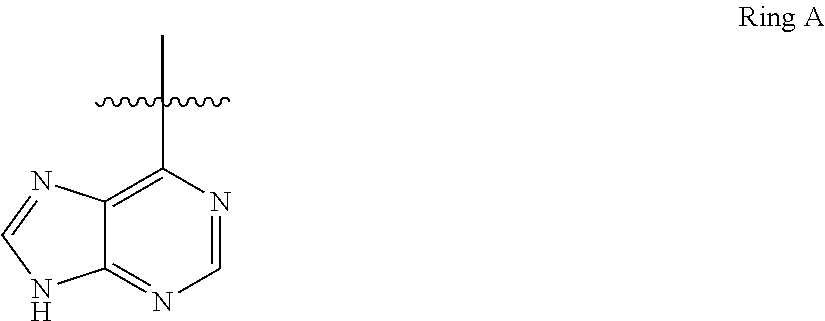

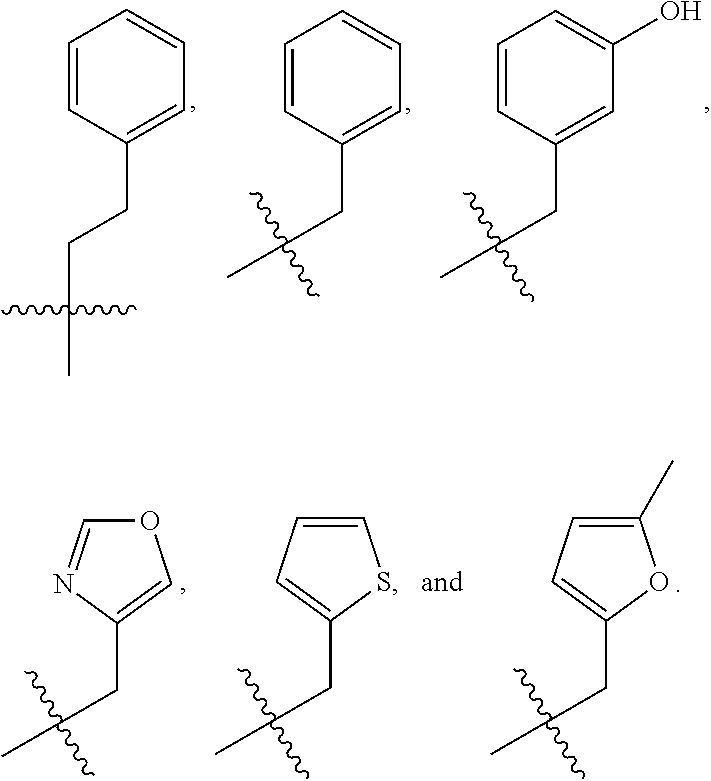





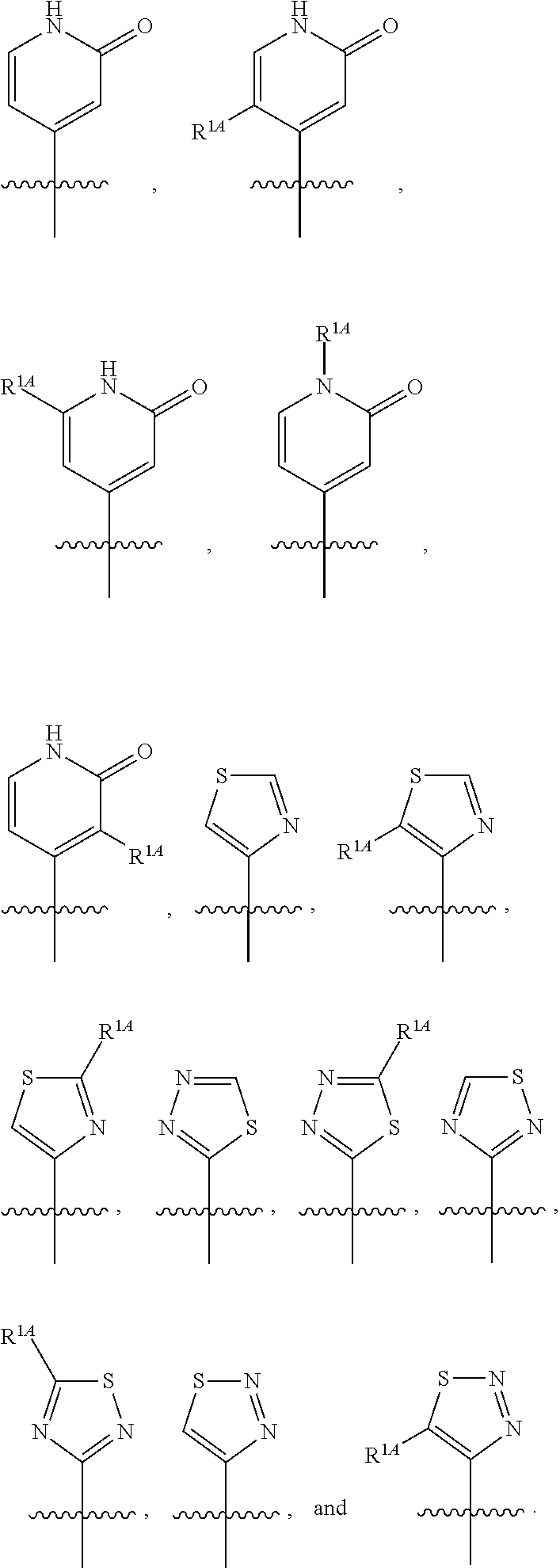


View All Diagrams
| United States Patent | 10,676,475 |
| Slaugenhaupt , et al. | June 9, 2020 |
Compounds for improving mRNA splicing
Abstract
Provided herein are compounds useful for improving mRNA splicing in a cell. Exemplary compounds provided herein are useful for improving mRNA splicing in genes comprising at least one exon ending in the nucleotide sequence CAA. Methods for preparing the compounds and methods of treating diseases of the central nervous system are also provided.
| Inventors: | Slaugenhaupt; Susan A. (Hignham, MA), Johnson; Graham (Sanbornton, NH), Paquette; William D. (Amsterdam, NY), Zhang; Wei (Schenectady, NY), Marugan; Juan (Gaithersburg, MD) | ||||||||||
|---|---|---|---|---|---|---|---|---|---|---|---|
| Applicant: |
|
||||||||||
| Assignee: | The General Hospital
Corporation (Boston, MA) The United States of America, as Represented by the Secretary, Department of Health and Human Services (Bethesda, MD) |
||||||||||
| Family ID: | 56406434 | ||||||||||
| Appl. No.: | 15/543,826 | ||||||||||
| Filed: | January 15, 2016 | ||||||||||
| PCT Filed: | January 15, 2016 | ||||||||||
| PCT No.: | PCT/US2016/013553 | ||||||||||
| 371(c)(1),(2),(4) Date: | July 14, 2017 | ||||||||||
| PCT Pub. No.: | WO2016/115434 | ||||||||||
| PCT Pub. Date: | July 21, 2016 |
Prior Publication Data
| Document Identifier | Publication Date | |
|---|---|---|
| US 20180118748 A1 | May 3, 2018 | |
Related U.S. Patent Documents
| Application Number | Filing Date | Patent Number | Issue Date | ||
|---|---|---|---|---|---|
| 62104547 | Jan 16, 2015 | ||||
| 62180380 | Jun 16, 2015 | ||||
| Current U.S. Class: | 1/1 |
| Current CPC Class: | C07D 513/04 (20130101); C07D 495/04 (20130101); A61P 25/28 (20180101); C07D 473/16 (20130101); C07D 405/12 (20130101); C07D 473/34 (20130101); C07D 487/04 (20130101); C07D 471/04 (20130101); C07D 417/12 (20130101) |
| Current International Class: | C07D 473/34 (20060101); C07D 487/04 (20060101); A61P 25/28 (20060101); C07D 513/04 (20060101); C07D 473/16 (20060101); C07D 471/04 (20060101); C07D 405/12 (20060101); C07D 417/12 (20060101); C07D 495/04 (20060101) |
References Cited [Referenced By]
U.S. Patent Documents
| 3037980 | June 1962 | Hitchings et al. |
| 7737110 | June 2010 | Slaugenhaupt et al. |
| 8258144 | September 2012 | Song |
| 8729025 | May 2014 | Slaugenhaupt et al. |
| 2005/0153989 | July 2005 | Grotzfeld et al. |
| 2007/0191293 | August 2007 | Langston et al. |
| 2014/0330006 | November 2014 | Hanson et al. |
| 3020829 | May 2016 | EP | |||
| 2011-136925 | Jul 2011 | JP | |||
| WO 2005/03290 | Apr 2005 | WO | |||
| WO 2008/006547 | Jan 2008 | WO | |||
| WO 2010/038060 | Apr 2010 | WO | |||
| WO 2010/090764 | Aug 2010 | WO | |||
| WO 2010/118367 | Oct 2010 | WO | |||
| WO 2011/041655 | Apr 2011 | WO | |||
| WO 2014/124458 | Aug 2014 | WO | |||
| WO 2016/011394 | Jan 2016 | WO | |||
Other References
|
Axelrod et al., "Kinetin improves IKBKAP mRNA splicing in patients with familial dysautonomia," Pediatric Research, Nov. 2011, 70(5):480-483. cited by applicant . Gold-von Simson et al., "Kinetin in Familial Dysautonomia Carriers: Implications for a New Therapeutic Strategy Targeting mRNA Splicing," Pediatric Research, 2009, 65(3):341-346. cited by applicant . International Preliminary Report on Patentability in International Application No. PCT/US2016/013553, dated Jul. 18, 2017, 7 pages. cited by applicant . International Search Report and Written Opinion in International Application No. PCT/US2016/013553, dated Jun. 17, 2017, 14 pages. cited by applicant . PubChem, Substance Record for SID 163507406, Create Date; Jun. 10, 2013. [retrieved on Mar. 16, 2016]. Retrieved from the Internet. <URL: https://pubchem.ncbi.nlm.nih.gov/substance/163507406> 5 pages. cited by applicant . Shetty et al., "Specific correction of a splice defect in brain by nutritional supplementation," Human Molecular Genetics, 2011, 20(21):4093-4101. cited by applicant . Yoshida et al., "Rectifier of aberrant mRNA splicing recovers tRNA modification in familial dysautonomia," PNAS, 2015, 112(9):2764-2769. cited by applicant . European Search Report in Application No. 16737944.5, dated Aug. 17, 2018, 18 pages. cited by applicant . Office Action in Israeli Application No. 253291, dated May 10, 2018, 8 pages. cited by applicant . Rivkin et al., "Purine derivatives as potent y-secretase modulators," Bioorganic & Medicinal Chemistry Letters, Apr. 2010, 20: 2279-2282. cited by applicant . Jorda et al., "Anti-leishmanial activity of disubstituted purines and related pyrazolo [4,3-d] pyrimidines," Bioorg Med Chem Lett. 2011, 21(14):4233-7. cited by applicant . Taiwan Search Report in Taiwanese Appln. No. 105101315, dated Dec. 13, 2019, 2 pages (with English translation). cited by applicant. |
Primary Examiner: Anderson; Rebecca L
Attorney, Agent or Firm: Fish & Richardson P.C.
Government Interests
FEDERALLY SPONSORED RESEARCH OR DEVELOPMENT
This invention was made with Government support under Grant No. U01NS078025, awarded by the National Institutes of Health. The Government has certain rights in the invention.
Parent Case Text
CROSS REFERENCE TO RELATED APPLICATIONS
This application is a 371 U.S. National Phase Application of PCT/US2016/013553, filed on Jan. 15, 2016, which claims the benefit of United States Provisional Application Nos. 62/104,547, filed Jan. 16, 2015, and 62/180,380, filed Jun. 16, 2015, the disclosures of each of which are incorporated herein by reference in their entirety.
Claims
What is claimed is:
1. A compound of Formula (I): ##STR00837## or a pharmaceutically acceptable salt thereof, wherein: L is selected from the group consisting of methylene, C.sub.2-6 alkenylene, and C.sub.2-6 alkynylene, wherein the C.sub.2-6 alkenylene and C.sub.2-6 alkynylene are each optionally substituted by 1, 2, 3, or 4 independently selected R.sup.20 groups; R.sup.1 is selected from the group consisting of C.sub.6-10 aryl, 2-benzofuranyl, 4-quinolinyl, and a 5-6 member heteroaryl, each optionally substituted by 1, 2, 3, or 4 independently selected R.sup.1A groups; each R.sup.1A is independently selected from halo, CN, NO.sub.2, C.sub.1-6 alkyl, C.sub.2-6 alkenyl, C.sub.2-6 alkynyl, C.sub.1-6 haloalkyl, C.sub.1-6 alkoxy, --C(.dbd.O)OH, --C(.dbd.O)C.sub.1-6 alkyl, --C(.dbd.O)C.sub.1-6 haloalkyl, and --C(.dbd.O)C.sub.1-6 alkoxy; R.sup.2 is selected from the group consisting of H, oxo, azido, halo, CN, NO.sub.2, C.sub.1-6 alkyl, C.sub.2-6 alkenyl, C.sub.2-6 alkynyl, C.sub.3-10 cycloalkyl, C.sub.6-10 aryl, 5-10 membered heteroaryl, 4-10 membered heterocycloalkyl OR.sup.a2, C(.dbd.O)R.sup.b2, C(.dbd.O)OR.sup.b2, NR.sup.c2R.sup.d2, C(.dbd.O)NR.sup.c2R.sup.d2, --OC(.dbd.O)NR.sup.c2R.sup.d2, NR.sup.c2C(.dbd.O)R.sup.b2, NR.sup.c2C(.dbd.O)OR.sup.b2, NR.sup.c2C(.dbd.O)NR.sup.c2R.sup.d2, NR.sup.c2S(.dbd.O).sub.2R.sup.b2, NR.sup.c2R.sup.d2, S(O)NR.sup.c2R.sup.d2, and S(O).sub.2NR.sup.c2R.sup.d2, wherein the C.sub.1-6 alkyl, C.sub.3-10 cycloalkyl, C.sub.6-10 aryl, 5-10 membered heteroaryl, and 4-10 membered heterocycloalkyl are each optionally substituted by 1, 2, 3, or 4 independently selected R.sup.20 groups; R.sup.3 is selected from the group consisting of H, oxo, azido, halo, CN, NO.sub.2, C.sub.1-6 alkyl, C.sub.2-6 alkenyl, C.sub.2-6 alkynyl, C.sub.3-10 cycloalkyl, C.sub.6-10 aryl, 5-10 membered heteroaryl, 4-10 membered heterocycloalkyl, OR.sup.a3, SR.sup.a3, C(.dbd.O)R.sup.b3, C(.dbd.O)OR.sup.b3, NR.sup.c3R.sup.d3, C(.dbd.O)NR.sup.c3R.sup.d3, OC(.dbd.O)NR.sup.c3R.sup.d3, NR.sup.c3C(.dbd.O)R.sup.b3, NR.sup.c3C(.dbd.O)OR.sup.b3, NR.sup.c3C(.dbd.O)NR.sup.c3R.sup.d3, NR.sup.c3S(.dbd.O).sub.2R.sup.b3, NR.sup.c3S(.dbd.O).sub.2NR.sup.c3R.sup.d3, S(O)NR.sup.c3R.sup.d3, and S(O).sub.2NR.sup.c3R.sup.d3, wherein the C.sub.1-6 alkyl, C.sub.3-10 cycloalkyl, C.sub.6-10 aryl, 5-10 membered heteroaryl, and 4-10 membered heterocycloalkyl are each optionally substituted by 1, 2, 3, or 4 independently selected R.sup.20 groups; R.sup.4 is selected from the group consisting of H, oxo, azido, halo, CN, NO.sub.2, C.sub.1-6 alkyl, C.sub.2-6 alkenyl, C.sub.2-6 alkynyl, C.sub.3-10 cycloalkyl, C.sub.6-10 aryl, 5-10 membered heteroaryl, 4-10 membered heterocycloalkyl, OR.sup.a4, C(.dbd.O)R.sup.b4, C(.dbd.O)OR.sup.b4, NR.sup.c4R.sup.d4, C(.dbd.O)NR.sup.c4R.sup.d4, --OC(.dbd.O)NR.sup.c4R.sup.d4, NR.sup.c4C(.dbd.O)R.sup.b4, NR.sup.c4C(.dbd.O)OR.sup.b4, NR.sup.c4C(.dbd.O)NR.sup.c4R.sup.d4, NR.sup.c4S(.dbd.O).sub.2R.sup.b4, NR.sup.c4S(.dbd.O).sub.2NR.sup.c4R.sup.d4, S(O)NR.sup.c4R.sup.d4, and S(O).sub.2NR.sup.c4R.sup.d4, wherein the C.sub.1-6 alkyl, C.sub.3-10 cycloalkyl, C.sub.6-10 aryl, 5-10 membered heteroaryl, and 4-10 membered heterocycloalkyl are each optionally substituted by 1, 2, 3, or 4 independently selected R.sup.20 groups; R.sup.5 is halo; R.sup.6 is selected from the group consisting of H, C.sub.1-6 haloalkyl, C.sub.1-6 hydroxyalkyl, and C.sub.1-6 alkoxy; each R.sup.a2, R.sup.b2, R.sup.c2, R.sup.d2, R.sup.a3, R.sup.b3, R.sup.c3, R.sup.d3, R.sup.a4, R.sup.b4, R.sup.c4, and R.sup.d4, is independently selected from the group consisting of H, C.sub.1-6 alkyl, C.sub.2-6 alkenyl, C.sub.2-6 alkynyl, C.sub.1-6 hydroxyalkyl, C.sub.1-6 haloalkyl, C.sub.1-6 alkoxy, --(C.sub.1-6 alkylene)-C.sub.1-6 alkoxy, C.sub.3-10 cycloalkyl, --(C.sub.1-6 alkylene)-C.sub.3-10 cycloalkyl, C.sub.6-10 aryl, 5-10 membered heteroaryl, 4-10 membered heterocycloalkyl, wherein the C.sub.1-6 alkyl, C.sub.2-6 alkenyl, C.sub.2-6 alkynyl, C.sub.3-10 cycloalkyl, --(C.sub.1-6 alkylene)-C.sub.3-10 cycloalkyl, C.sub.6-10 aryl, 5-10 membered heteroaryl, and 4-10 membered heterocycloalkyl are each optionally substituted by 1, 2, 3, or 4 independently selected R.sup.20 groups; or R.sup.c2 and R.sup.d2 together with the N atom to which they are connected, come together to form a 5-10 membered heteroaryl or 4-10 membered heterocycloalkyl ring, each optionally substituted by 1, 2, 3, or 4 independently selected R.sup.20 groups; or R.sup.c3 and R.sup.d3 together with the N atom to which they are connected, come together to form a 5-10 membered heteroaryl or 4-10 membered heterocycloalkyl ring, each optionally substituted by 1, 2, 3, or 4 independently selected R.sup.20 groups; or R.sup.c4 and R.sup.d4 together with the N atom to which they are connected, come together to form a 5-10 membered heteroaryl or 4-10 membered heterocycloalkyl ring, each optionally substituted by 1, 2, 3, or 4 independently selected R.sup.20 groups; and each R.sup.20 is independently selected from the group consisting of OH, SH, CN, NO.sub.2, halo, oxo, C.sub.1-4 alkyl, C.sub.2-4 alkenyl, C.sub.2-4 alkynyl, C.sub.1-4 haloalkyl, C.sub.1-4 cyanoalkyl, C.sub.1-4 hydroxyalkyl, C.sub.1-4 alkoxy, --(C.sub.1-4 alkyl)-(C.sub.1-4 alkoxy), --(C.sub.1-4 alkoxy)-(C.sub.1-4 alkoxy), C.sub.1-4 haloalkoxy, C.sub.3-6 cycloalkyl, phenyl, 5-6 membered heteroaryl, 5-6 membered heterocycloalkyl, amino, C.sub.1-4 alkylamino, di(C.sub.1-4 alkyl)amino, carbamyl, C.sub.1-4 alkylcarbamyl, di(C.sub.1-4 alkyl)carbamyl, carbamoyl, C.sub.1-4 alkylcarbamoyl, di(C.sub.1-4 alkyl)carbamoyl, C.sub.1-4 alkylcarbonyl, C.sub.1-4 alkoxycarbonyl, C.sub.1-4 alkylcarbonylamino, C.sub.1-4 alkylsulfonylamino, aminosulfonyl, C.sub.1-4 alkylaminosulfonyl, di(C.sub.1-4 alkyl)aminosulfonyl, aminosulfonylamino, C.sub.1-4 alkylaminosulfonylamino, di(C.sub.1-4 alkyl)aminosulfonylamino, aminocarbonylamino, C.sub.1-4 alkylaminocarbonylamino, and di(C.sub.1-4 alkyl)aminocarbonylamino.
2. The compound of claim 1, wherein L is methylene and R.sup.1 is selected from the group consisting of: ##STR00838## ##STR00839## ##STR00840##
3. The compound of claim 1, wherein R.sup.3 is selected from the group consisting of H, oxo, azido, CN, C.sub.1-6 alkyl, C.sub.3-6 cycloalkyl, phenyl, 5-6 membered heteroaryl, 5-6 membered heterocycloalkyl, OR.sup.a3, SR.sup.a3, NR.sup.c3R.sup.d3, C(.dbd.O)OR.sup.a3, --C(.dbd.O)NR.sup.c3R.sup.d3, --OC(.dbd.O)R.sup.b3, wherein the C.sub.1-6 alkyl, C.sub.3-6 cycloalkyl, phenyl, 5-6 membered heteroaryl and 5-6 membered heterocycloalkyl are each optionally substituted by 1, 2, 3, or 4 independently selected R.sup.20 groups; R.sup.5 is halo; and, R.sup.6 is hydrogen.
4. A pharmaceutical composition comprising a compound of claim 1, or a pharmaceutically acceptable salt thereof, and at least one pharmaceutically acceptable carrier.
5. The compound of claim 1, wherein the compound is selected from the group consisting of: ##STR00841## ##STR00842## ##STR00843## ##STR00844## ##STR00845## ##STR00846## ##STR00847## ##STR00848## ##STR00849## ##STR00850## ##STR00851## ##STR00852## ##STR00853## ##STR00854## ##STR00855## ##STR00856## ##STR00857## ##STR00858## ##STR00859## ##STR00860## ##STR00861## ##STR00862## ##STR00863## ##STR00864## ##STR00865## ##STR00866## ##STR00867## ##STR00868## ##STR00869## ##STR00870## ##STR00871## ##STR00872## ##STR00873## ##STR00874## ##STR00875## ##STR00876## ##STR00877## ##STR00878## ##STR00879## ##STR00880## ##STR00881## ##STR00882## ##STR00883## ##STR00884## ##STR00885## ##STR00886## ##STR00887## or a pharmaceutically acceptable salt thereof.
Description
TECHNICAL FIELD
The present disclosure relates to compounds for treating disorders associated with misspliced mRNA, and more particularly to kinetin derivatives for treating familial dysautonomia in a patient in need thereof.
BACKGROUND
Familial dysautonomia (FD) (MIM #2239001), also known as Riley Day syndrome or hereditary sensory and autonomic neuropathy III (HSAN-III), is the best-known and most common member of a group of congenital sensory and autonomic neuropathies (HSAN) characterized by widespread sensory and variable autonomic dysfunction. FD affects neuronal development and is associated with progressive neuronal degeneration. Multiple systems are impacted resulting in a markedly reduced quality of life and premature death. FD is caused by mutations in the IKBKAP gene and all cases described to date involve an intron 20 mutation that results in a unique pattern of tissue-specific exon skipping.
See also, for example, Shetty et al. Human Molecular Genetics, 2011, 20(21):4093-4101; Axelrod et al. Pediatric Research, 2011, 70(5):480-483; Gold-von Simson et al. Pediatric Research, 2009, 65(3):341-346; Yoshida et al. PNAS, 2015, 112(9):2764-2769; and International Patent Application Nos. WO 2015/005491, WO 2010/118367, and WO 2014/124458, the disclosures of each of which are incorporated by reference herein in their entireties.
It is appreciated that certain features of the disclosure, which are, for clarity, described in the context of separate embodiments, can also be provided in combination in a single embodiment. Conversely, various features of the disclosure which are, for brevity, described in the context of a single embodiment, can also be provided separately or in any suitable subcombination.
SUMMARY
The present application provides compounds of Formula (I):
##STR00001##
or a pharmaceutically acceptable salt thereof, wherein:
X.sup.1 is N or C;
X.sup.2 is selected from the group consisting of S, N, NR.sup.2, CR.sup.2, and CHR.sup.2;
X.sup.3 is selected from the group consisting of S, N, NR.sup.3, CR.sup.3, and CHR.sup.3;
X.sup.4 is selected from the group consisting of S, N, NR.sup.4, CR.sup.4, and CHR.sup.4;
X.sup.7 is N or CR.sup.7;
X.sup.8 is N or CR.sup.8;
L is absent or selected from the group consisting of C.sub.1-6 alkylene, C.sub.2-6 alkenylene, and C.sub.2-6 alkynylene, wherein the C.sub.1-6 alkylene, C.sub.2-6 alkenylene, and C.sub.2-6 alkynylene are each optionally substituted by 1, 2, 3, or 4 independently selected R.sup.20 groups;
R.sup.1 is selected from the group consisting of a C.sub.6-10 aryl, 2-benzofuranyl, 4-quinolinyl, a 5-6 member heteroaryl, and a 5-6 member heterocycloalkyl, each optionally substituted by 1, 2, 3, or 4 independently selected R.sup.1A groups;
each R.sup.1A is independently selected from halo, CN, NO.sub.2, C.sub.1-6 alkyl, C.sub.2-6 alkenyl, C.sub.2-6 alkynyl, C.sub.1-6 haloalkyl, C.sub.1-6 alkoxy, --C(.dbd.O)OH, --C(.dbd.O)C.sub.1-6 alkyl, --C(.dbd.O)C.sub.1-6 haloalkyl, and --C(.dbd.O)C.sub.1-6 alkoxy;
R.sup.2 is selected from the group consisting of H, oxo, azido, halo, CN, NO.sub.2, C.sub.1-6 alkyl, C.sub.2-6 alkenyl, C.sub.2-6 alkynyl, C.sub.3-10 cycloalkyl, C.sub.6-10 aryl, 5-10 membered heteroaryl, 4-10 membered heterocycloalkyl, OR.sup.a2, C(.dbd.O)R.sup.b2, C(.dbd.O)OR.sup.b2, NR.sup.c2R.sup.d2, C(.dbd.O)NR.sup.c2R.sup.d2, --OC(.dbd.O)NR.sup.c2R.sup.d2, NR.sup.c2C(.dbd.O)R.sup.b2, NR.sup.c2C(.dbd.O)OR.sup.b2, NR.sup.c2C(.dbd.O)NR.sup.c2R.sup.d2, NR.sup.c2S(.dbd.O).sub.2R.sup.b2, NR.sup.c2S(.dbd.O).sub.2NR.sup.c2R.sup.d2, S(O)NR.sup.c2R.sup.d2, and S(O).sub.2NR.sup.c2R.sup.d2, wherein the C.sub.1-6 alkyl, C.sub.3-10 cycloalkyl, C.sub.6-10 aryl, 5-10 membered heteroaryl, and 4-10 membered heterocycloalkyl are each optionally substituted by 1, 2, 3, or 4 independently selected R.sup.20 groups;
R.sup.3 is selected from the group consisting of H, oxo, azido, halo, CN, NO.sub.2, C.sub.1-6 alkyl, C.sub.2-6 alkenyl, C.sub.2-6 alkynyl, C.sub.3-10 cycloalkyl, C.sub.6-10 aryl, 5-10 membered heteroaryl, 4-10 membered heterocycloalkyl, OR.sup.a3, SR.sup.a3, C(.dbd.O)R.sup.b3, C(.dbd.O)OR.sup.b3, NR.sup.c3R.sup.d3, C(.dbd.O)NR.sup.c3R.sup.d3, --OC(.dbd.O)NR.sup.c3R.sup.d3, NR.sup.c3C(.dbd.O)R.sup.b3, NR.sup.c3C(.dbd.O)OR.sup.b3, NR.sup.c3C(.dbd.O)NR.sup.c3R.sup.d3, NR.sup.c3S(.dbd.O).sub.2R.sup.b3, NR.sup.c3S(.dbd.O).sub.2NR.sup.c3R.sup.d3, S(O)NR.sup.c3R.sup.d3, and S(O).sub.2NR.sup.c3R.sup.d3, wherein the C.sub.1-6 alkyl, C.sub.3-10 cycloalkyl, C.sub.6-10 aryl, 5-10 membered heteroaryl, and 4-10 membered heterocycloalkyl are each optionally substituted by 1, 2, 3, or 4 independently selected R.sup.20 groups;
R.sup.4 is selected from the group consisting of H, oxo, azido, halo, CN, NO.sub.2, C.sub.1-6 alkyl, C.sub.2-6 alkenyl, C.sub.2-6 alkynyl, C.sub.3-10 cycloalkyl, C.sub.6-10 aryl, 5-10 membered heteroaryl, 4-10 membered heterocycloalkyl, OR.sup.a4, C(.dbd.O)R.sup.b4, C(.dbd.O)OR.sup.b4, NR.sup.c4R.sup.d4, C(.dbd.O)NR.sup.c4R.sup.d4, --OC(.dbd.O)NR.sup.c4R.sup.d4, NR.sup.c4C(.dbd.O)R.sup.b4, NR.sup.c4C(.dbd.O)OR.sup.b4, NR.sup.c4C(.dbd.O)NR.sup.c4R.sup.d4, NR.sup.c4S(.dbd.O).sub.2R.sup.b4, NR.sup.c4S(.dbd.O).sub.2NR.sup.c4R.sup.d4, S(O)NR.sup.c4R.sup.d4, and S(O).sub.2NR.sup.c4R.sup.d4, wherein the C.sub.1-6 alkyl, C.sub.3-10 cycloalkyl, C.sub.6-10 aryl, 5-10 membered heteroaryl, and 4-10 membered heterocycloalkyl are each optionally substituted by 1, 2, 3, or 4 independently selected R.sup.20 groups;
R.sup.5 is selected from the group consisting of H, oxo, azido, halo, CN, NO.sub.2, C.sub.1-6 alkyl, C.sub.2-6 alkenyl, C.sub.2-6 alkynyl, C.sub.3-10 cycloalkyl, C.sub.6-10 aryl, 5-10 membered heteroaryl, 4-10 membered heterocycloalkyl, OR.sup.a5, SR.sup.a5, C(.dbd.O)R.sup.b5, C(.dbd.O)OR.sup.b5, NR.sup.c5R.sup.d5, C(.dbd.O)NR.sup.c5R.sup.d5, --OC(.dbd.O)NR.sup.c5R.sup.d5, NR.sup.c5C(.dbd.O)R.sup.b5, NR.sup.c5C(.dbd.O)OR.sup.b5, NR.sup.c5C(.dbd.O)NR.sup.c5R.sup.d5, NR.sup.c5S(.dbd.O).sub.2R.sup.b5, NR.sup.c5S(.dbd.O).sub.2NR.sup.c5R.sup.d5, S(O)NR.sup.c5R.sup.d5, and S(O).sub.2NR.sup.c5R.sup.d5, wherein the C.sub.1-6 alkyl, C.sub.3-10 cycloalkyl, C.sub.6-10 aryl, 5-10 membered heteroaryl, and 4-10 membered heterocycloalkyl are each optionally substituted by 1, 2, 3, or 4 independently selected R.sup.20 groups;
R.sup.6 is selected from the group consisting of H, C.sub.1-6 alkyl, C.sub.1-6 haloalkyl, C.sub.1-6 hydroxyalkyl, and C.sub.1-6 alkoxy;
R.sup.7 is selected from the group consisting of H, C.sub.1-6 alkyl, CN, NO.sub.2, OR.sup.a7, C(.dbd.O)R.sup.b7, C(.dbd.O)OR.sup.b7, NR.sup.c7R.sup.d7, C(.dbd.O)NR.sup.c7R.sup.d7, --OC(.dbd.O)NR.sup.c7R.sup.d7, NR.sup.c7C(.dbd.O)R.sup.b7, NR.sup.c7C(.dbd.O)OR.sup.b7, NR.sup.c7C(.dbd.O)NR.sup.c7R.sup.d7, NR.sup.c7S(.dbd.O).sub.2R.sup.b7, and NR.sup.c7S(.dbd.O).sub.2NR.sup.c7R.sup.d7;
R.sup.8 is selected from the group consisting of H, C.sub.1-6 alkyl, CN, NO.sub.2, OR.sup.a8, C(.dbd.O)R.sup.b8, C(.dbd.O)OR.sup.b8, NR.sup.c8R.sup.d8, C(.dbd.O)NR.sup.c8R.sup.d8, --OC(.dbd.O)NR.sup.c8R.sup.d8, NR.sup.c8C(.dbd.O)R.sup.b8, NR.sup.c8C(.dbd.O)OR.sup.b8, NR.sup.c8C(.dbd.O)NR.sup.c8R.sup.d8, NR.sup.c8S(.dbd.O).sub.2R.sup.b8, and NR.sup.c8S(.dbd.O).sub.2NR.sup.c8R.sup.d8;
each R.sup.a2, R.sup.b2, R.sup.c2, R.sup.d2, R.sup.a3, R.sup.b3, R.sup.c3, R.sup.d3, R.sup.a4, R.sup.b4, R.sup.c4, R.sup.d4, R.sup.a5, R.sup.b5, R.sup.c5, R.sup.d5, R.sup.a7, R.sup.b7, R.sup.c7, R.sup.d7, R.sup.a8, R.sup.b8, R.sup.c8, and R.sup.d8 is independently selected from the group consisting of H, C.sub.1-6 alkyl, C.sub.2-6 alkenyl, C.sub.2-6 alkynyl, C.sub.1-6 hydroxyalkyl, C.sub.1-6 haloalkyl, C.sub.1-6 alkoxy, --(C.sub.1-6 alkylene)-C.sub.1-6 alkoxy, C.sub.3-10 cycloalkyl, --(C.sub.1-6 alkylene)-C.sub.3-10 cycloalkyl, C.sub.6-10 aryl, 5-10 membered heteroaryl, 4-10 membered heterocycloalkyl, wherein the C.sub.1-6 alkyl, C.sub.2-6 alkenyl, C.sub.2-6 alkynyl, C.sub.3-10 cycloalkyl, --(C.sub.1-6 alkylene)-C.sub.3-10 cycloalkyl, C.sub.6-10 aryl, 5-10 membered heteroaryl, and 4-10 membered heterocycloalkyl are each optionally substituted by 1, 2, 3, or 4 independently selected R.sup.20 groups;
or R.sup.c2 and R.sup.d2 together with the N atom to which they are connected, come together to form a 5-10 membered heteroaryl or 4-10 membered heterocycloalkyl ring, each optionally substituted by 1, 2, 3, or 4 independently selected R.sup.20 groups;
or R.sup.c3 and R.sup.d3 together with the N atom to which they are connected, come together to form a 5-10 membered heteroaryl or 4-10 membered heterocycloalkyl ring, each optionally substituted by 1, 2, 3, or 4 independently selected R.sup.20 groups;
or R.sup.c4 and R.sup.d4 together with the N atom to which they are connected, come together to form a 5-10 membered heteroaryl or 4-10 membered heterocycloalkyl ring, each optionally substituted by 1, 2, 3, or 4 independently selected R.sup.20 groups;
each R.sup.20 is independently selected from the group consisting of OH, SH, CN, NO.sub.2, halo, oxo, C.sub.1-4 alkyl, C.sub.2-4 alkenyl, C.sub.2-4 alkynyl, C.sub.1-4 haloalkyl, C.sub.1-4 cyanoalkyl, C.sub.1-4 hydroxyalkyl, C.sub.1-4 alkoxy, --(C.sub.1-4 alkyl)-(C.sub.1-4 alkoxy), --(C.sub.1-4 alkoxy)-(C.sub.1-4 alkoxy), C.sub.1-4 haloalkoxy, C.sub.3-6 cycloalkyl, phenyl, 5-6 membered heteroaryl, 5-6 membered heterocycloalkyl, amino, C.sub.1-4 alkylamino, di(C.sub.1-4 alkyl)amino, carbamyl, C.sub.1-4 alkylcarbamoyl, di(C.sub.1-4 alkyl)carbamyl, carbamoyl, C.sub.1-4 alkylcarbamoyl, di(C.sub.1-4 alkyl)carbamoyl, C.sub.1-4 alkylcarbonyl, C.sub.1-4 alkoxycarbonyl, C.sub.1-4 alkylcarbonylamino, C.sub.1-4 alkylsulfonylamino, aminosulfonyl, C.sub.1-4 alkylaminosulfonyl, di(C.sub.1-4 alkyl)aminosulfonyl, aminosulfonylamino, C.sub.1-4 alkylaminosulfonylamino, di(C.sub.1-4 alkyl)aminosulfonylamino, aminocarbonylamino, C.sub.1-4 alkylaminocarbonylamino, and di(C.sub.1-4 alkyl)aminocarbonylamino;
wherein the ring comprising X.sup.1, X.sup.2, X.sup.3, and X.sup.4 forms a cycloalkyl, heteroaryl or heterocycloalkyl ring;
with the proviso that when the 9-membered ring comprising X.sup.1, X.sup.2, X.sup.3, X.sup.4, X.sup.7, and X.sup.8 forms Ring A:
##STR00002##
then -L-R.sup.1 does not form the following groups:
##STR00003## ##STR00004##
In some embodiments, X.sup.1 is N. In some embodiments, X.sup.1 is C.
In some embodiments, X.sup.2 is N. In some embodiments, X.sup.2 is NR.sup.2. In some embodiments, X.sup.2 is CR.sup.2. In some embodiments, X.sup.2 is CHR.sup.2.
In some embodiments, X.sup.3 is N. In some embodiments, X.sup.3 is NR.sup.3. In some embodiments, X.sup.3 is CR.sup.3. In some embodiments, X.sup.3 is CHR.sup.3.
In some embodiments, X.sup.4 is S. In some embodiments, X.sup.4 is N. In some embodiments, X.sup.4 is NR.sup.4. In some embodiments, X.sup.4 is CR.sup.4. In some embodiments, X.sup.4 is CHR.sup.4.
In some embodiments, X.sup.7 is N. In some embodiments, X.sup.7 is CR.sup.7.
In some embodiments, X.sup.8 is N. In some embodiments, X.sup.8 is CR.sup.8.
In some embodiments, L is C.sub.1-6 alkylene optionally substituted by 1, 2, 3, or 4 independently selected R.sup.20 groups. In some embodiments, L is unsubstituted C.sub.1-6 alkylene. In some embodiments, L is unsubstituted methylene or unsubstituted ethylene.
In some embodiments, R.sup.1 is selected from the group consisting of C.sub.6-10 aryl, 5-6 membered heteroaryl, and 5-6 membered heterocycloalkyl, each optionally substituted by 1, 2, 3, or 4 independently selected R.sup.1A groups. In some embodiments, R.sup.1 is 2-benzofuranyl or 4-quinolinyl, each optionally substituted by 1, 2, 3, or 4 independently selected R.sup.1A groups. In some embodiments, R.sup.1 is selected from the group consisting of 2-benzofuranyl, 4-quinolinyl, phenyl, 5-6 membered heteroaryl, and 5-6 membered heterocycloalkyl, each optionally substituted by 1 or 2 independently selected R.sup.1A groups. In some embodiments, R.sup.1 is selected from the group consisting of 2-benzofuranyl, 4-quinolinyl, 5-6 membered heteroaryl, and 5-6 membered heterocycloalkyl, each optionally substituted by 1 or 2 independently selected R.sup.1A groups. In some embodiments, R.sup.1 is selected from the group consisting of:
##STR00005## ##STR00006## ##STR00007## ##STR00008## ##STR00009## ##STR00010##
In some embodiments, each R.sup.1A is independently selected from the group consisting of halo, CN, C.sub.1-6 alkyl, C.sub.1-6 haloalkyl, C.sub.1-6 alkoxy, and --C(.dbd.O)OH. In some embodiments, each R.sup.1A is independently selected from the group consisting of CN, fluoro, chloro, methyl, trifluoromethyl, methoxy, and --C(.dbd.O)OH.
In some embodiments, R.sup.1 is selected from the group consisting of unsubstituted phenyl, unsubstituted 5-6 membered heteroaryl, and unsubstituted 5-6 membered heterocycloalkyl.
In some embodiments, R.sup.2 is selected from the group consisting of H, oxo, halo, CN, C.sub.1-6 alkyl, OR.sup.a2, NR.sup.c2R.sup.d2, 5-6 membered heteroaryl, 5-6 membered heterocycloalkyl, C(.dbd.O)OR.sup.a2, and C(.dbd.O)NR.sup.c2R.sup.d2, wherein the C.sub.1-6 alkyl and 4-10 membered heterocycloalkyl are each optionally substituted by 1, 2, 3, or 4 independently selected R.sup.20 groups. In some embodiments, R.sup.2 is selected from the group consisting of H, oxo, chloro, fluoro, bromo, CN, methyl, --CH.sub.2OH, --CH.sub.2OCH.sub.3, --CH.sub.2NHCH.sub.3, --CH.sub.2N(CH.sub.3).sub.2, NH.sub.2, --NHCH.sub.3, --N(CH.sub.3).sub.2, phenyl, 4-pyridinyl, C(.dbd.O)OCH.sub.3, C(.dbd.O)NH.sub.2, C(.dbd.O)NHCH.sub.3,
##STR00011##
In some embodiments, R.sup.3 is selected from the group consisting of H, oxo, azido, CN, C.sub.1-6 alkyl, C.sub.3-6 cycloalkyl, phenyl, 5-6 membered heteroaryl, 5-6 membered heterocycloalkyl, OR.sup.a3, SR.sup.a3, NR.sup.c3R.sup.d3, C(.dbd.O)OR.sup.a3, --C(.dbd.O)NR.sup.c3R.sup.d3, --OC(.dbd.O)R.sup.b3, wherein the C.sub.1-6 alkyl, C.sub.3-6 cycloalkyl, phenyl, 5-6 membered heteroaryl, 5-6 membered heterocycloalkyl, are each optionally substituted by 1, 2, 3, or 4 independently selected R.sup.20 groups. In some embodiments, R.sup.3 is selected from the group consisting of H, azido, CN, methyl, cyclopropyl, cyclobutyl, phenyl, 3-pyridinyl, N-morpholino, methoxy, ethoxy, n-propoxy, isopropoxy, n-butoxy, --OCH.sub.2CH.sub.2OH, --OCH.sub.2CH.sub.2CH.sub.2OH, --OCH.sub.2CH.sub.2OCH.sub.3, --OCH.sub.2CH.sub.2CH.sub.2OCH.sub.3, --ONHCH.sub.3, --OCH.sub.2CHF.sub.2, --OCH.sub.2CF.sub.3, --OCH.sub.2CH.sub.2CF.sub.3, --OCH.sub.2CHF.sub.2CH.sub.3, --OCH.sub.2CH.sub.2NHC(.dbd.O)CH.sub.3, cyclobutoxy, --OCH.sub.2CH.sub.2--O-phenyl, --SCH.sub.3, --NH.sub.2, --NHCH.sub.3, --NHCH.sub.2CH.sub.3, --N(CH.sub.3).sub.2, --NHCH.sub.2CH.sub.2CH.sub.2OH, --CH.sub.2OCH.sub.3, --CH.sub.2OH, --CH.sub.2NHCH.sub.3, --CH.sub.2N(CH.sub.3).sub.2, --C(.dbd.O)OCH.sub.3, --C(.dbd.O)NH.sub.2, --C(.dbd.O)NHCH.sub.3, --C(.dbd.O)N(CH.sub.3).sub.2, --NHCH.sub.2CH.sub.2OH, --C(.dbd.O)NHCH.sub.2CH.sub.2OH, --OC(.dbd.O)CH.sub.3, --OCH.sub.2-azetidinyl, --OCH.sub.2-oxetanyl,
##STR00012## ##STR00013##
In some embodiments, R.sup.4 is selected from the group consisting of H, oxo, azido, halo, CN, C.sub.1-6 alkyl, OR.sup.a4, NR.sup.c4R.sup.d4, and 4-10 membered heterocycloalkyl, wherein the C.sub.1-6 alkyl and 4-10 membered heterocycloalkyl are each optionally substituted by 1, 2, 3, or 4 independently selected R.sup.20 groups. In some embodiments, R.sup.4 is selected from the group consisting of H, halo, methyl, --CH.sub.2CH.sub.2F, --CH.sub.2CH.sub.2CF.sub.3, --CH.sub.2CH.sub.2OH, --CH.sub.2CH.sub.2CH.sub.2OH, --CH.sub.2CH.sub.2OCH.sub.3, --CH.sub.2C(.dbd.O)OH, --CH.sub.2C(.dbd.O)NH(CH.sub.3), --CH.sub.2C(.dbd.O)N(CH.sub.3).sub.2, --CH.sub.2CH.sub.2NHC(.dbd.O)CH.sub.3, --CH.sub.2CH.sub.2NHCH.sub.3, --CH.sub.2CH.sub.2N(CH.sub.3).sub.2,
##STR00014##
In some embodiments, R.sup.5 is selected from the group consisting of H, halo, CN, C.sub.1-6 alkyl, C.sub.1-6 haloalkyl, OR.sup.a5, SR.sup.a5, NR.sup.c5R.sup.d5, C.sub.3-6 cycloalkyl, C.sub.6-10 aryl, and 5-6 membered heteroaryl. In some embodiments, R.sup.5 is selected from the group consisting of H, fluoro, chloro, bromo, iodo, CN, methyl, isopropyl, OH, OCH.sub.3, NH.sub.2, --NHCH.sub.3, --N(CH.sub.3).sub.2, --SCH.sub.3, phenyl, cyclopropyl, and
##STR00015##
In some embodiments, R.sup.5 is chloro or fluoro.
In some embodiments, R.sup.7 is selected from the group consisting of H, CN, and C(.dbd.O)NR.sup.c7R.sup.d7.
In some embodiments, R.sup.7 is selected from the group consisting of H, CN, and C(.dbd.O)NH.sub.2.
In some embodiments, R.sup.6 is H.
In some embodiments, R.sup.8 is H.
In some embodiments:
X.sup.1 is N or C;
X.sup.2 is N, NR.sup.2, CR.sup.2, or CHR.sup.2;
X.sup.3 is N, NR.sup.3, CR.sup.3, or CHR.sup.3;
X.sup.4 is S, N, NR.sup.4, CR.sup.4, or CHR.sup.4;
X.sup.7 is N or CR.sup.7;
X.sup.8 is N or CR.sup.8;
L is unsubstituted C.sub.1-6 alkylene;
R.sup.1 is selected from the group consisting of 2-benzofuranyl, 4-quinolinyl, C.sub.6-10 aryl, 5-6 membered heteroaryl, 5-6 membered heterocycloalkyl, optionally substituted by 1, 2, 3, or 4 independently selected R.sup.1A groups;
each R.sup.1A is independently selected from the group consisting of halo, CN, C.sub.1-6 alkyl, C.sub.1-6 haloalkyl, C.sub.1-6 alkoxy, and --C(.dbd.O)OH;
R.sup.2 is selected from the group consisting of H, oxo, halo, CN, C.sub.1-6 alkyl, OR.sup.a2, NR.sup.c2R.sup.d2, 5-6 membered heteroaryl, 5-6 membered heterocycloalkyl, C(.dbd.O)OR.sup.a2, and C(.dbd.O)NR.sup.c2R.sup.d2, wherein the C.sub.1-6 alkyl and 4-10 membered heterocycloalkyl are each optionally substituted by 1, 2, 3, or 4 independently selected R.sup.20 groups;
R.sup.3 is selected from the group consisting of H, oxo, azido, CN, C.sub.1-6 alkyl, C.sub.3-6 cycloalkyl, phenyl, 5-6 membered heteroaryl, 5-6 membered heterocycloalkyl, OR.sup.a3, SR.sup.a3, NR.sup.c3R.sup.d3, C(.dbd.O)OR.sup.a3, --C(.dbd.O)NR.sup.c3R.sup.d3, --OC(.dbd.O)R.sup.b3, wherein the C.sub.1-6 alkyl, C.sub.3-6 cycloalkyl, phenyl, 5-6 membered heteroaryl, 5-6 membered heterocycloalkyl, are each optionally substituted by 1, 2, 3, or 4 independently selected R.sup.20 groups;
R.sup.4 is selected from the group consisting of H, oxo, azido, halo, CN, C.sub.1-6 alkyl, OR.sup.a4, NR.sup.c4R.sup.d4, and 4-10 membered heterocycloalkyl, wherein the C.sub.1-6 alkyl and 4-10 membered heterocycloalkyl are each optionally substituted by 1, 2, 3, or 4 independently selected R.sup.20 groups;
R.sup.5 is selected from the group consisting of H, halo, CN, C.sub.1-6 alkyl, C.sub.1-6 haloalkyl, OR.sup.a5, SR.sup.a5, NR.sup.c5R.sup.d5, C.sub.3-6 cycloalkyl, C.sub.6-10 aryl, and 5-6 membered heteroaryl;
R.sup.6 is H;
R.sup.7 is selected from the group consisting of H, CN, and C(.dbd.O)NR.sup.c7R.sup.d7; and
R.sup.8 is H.
In some embodiments:
X.sup.1 is N or C;
X.sup.2 is selected from the group consisting of N, NR.sup.2, CR.sup.2, and CH.sub.2;
X.sup.3 is selected from the group consisting of N, NR.sup.3, CR.sup.3, and CH.sub.2;
X.sup.4 is selected from the group consisting of S, N, NR.sup.4, CR.sup.4, and CH.sub.2;
X.sup.7 is N or CR.sup.7;
X.sup.8 is N or CR.sup.8;
L is unsubstituted methylene or unsubstituted ethylene; R.sup.1 is selected from the group consisting of 2-furanyl, 4-quinolinyl, C.sub.6-10 aryl, 5-6 membered heteroaryl, and 5-6 membered heterocycloalkyl, optionally substituted by 1, 2, 3, or 4 independently selected R.sup.1A groups;
each R.sup.1A is independently selected from the group consisting of halo, CN, C.sub.1-6 alkyl, C.sub.1-6 haloalkyl, C.sub.1-6 alkoxy, and --C(.dbd.O)OH;
R.sup.2 is selected from the group consisting of H, oxo, halo, CN, C.sub.1-6 alkyl, OR.sup.a2, NR.sup.c2R.sup.d2, 5-6 membered heteroaryl, 5-6 membered heterocycloalkyl, C(.dbd.O)OR.sup.a2, and C(.dbd.O)NR.sup.c2R.sup.d2, wherein the C.sub.1-6 alkyl and 4-10 membered heterocycloalkyl are each optionally substituted by 1, 2, 3, or 4 independently selected R.sup.20 groups;
R.sup.3 is selected from the group consisting of H, oxo, azido, CN, C.sub.1-6 alkyl, C.sub.3-6 cycloalkyl, phenyl, 5-6 membered heteroaryl, 5-6 membered heterocycloalkyl, OR.sup.a3, SR.sup.a3, NR.sup.c3R.sup.d3, C(.dbd.O)OR.sup.a3, --C(.dbd.O)NR.sup.c3R.sup.d3, --OC(.dbd.O)R.sup.b3, wherein the C.sub.1-6 alkyl, C.sub.3-6 cycloalkyl, phenyl, 5-6 membered heteroaryl, 5-6 membered heterocycloalkyl are each optionally substituted by 1, 2, 3, or 4 independently selected R.sup.20 groups;
R.sup.4 is selected from the group consisting of H, oxo, azido, halo, CN, C.sub.1-6 alkyl, OR.sup.a4, NR.sup.c4R.sup.d4, and 4-10 membered heterocycloalkyl, wherein the C.sub.1-6 alkyl and 4-10 membered heterocycloalkyl are each optionally substituted by 1, 2, 3, or 4 independently selected R.sup.20 groups;
R.sup.5 is selected from the group consisting of H, halo, CN, C.sub.1-6 alkyl, C.sub.1-6 haloalkyl, OR.sup.a5, SR.sup.a5, NR.sup.c5R.sup.d5, C.sub.3-6 cycloalkyl, C.sub.6-10 aryl, and 5-6 membered heteroaryl;
R.sup.6 is H;
R.sup.7 is selected from the group consisting of H, CN, and C(.dbd.O)NR.sup.c7R.sup.d7; and
R.sup.8 is H.
In some embodiments:
X.sup.1 is N or C;
X.sup.2 is selected from the group consisting of N, NR.sup.2, CR.sup.2, and CH.sub.2;
X.sup.3 is selected from the group consisting of N, NR.sup.3, CR.sup.3, and CH.sub.2;
X.sup.4 is selected from the group consisting of S, N, NR.sup.4, CR.sup.4, and CH.sub.2;
X.sup.7 is N or CR.sup.7;
X.sup.8 is N or CR.sup.8;
L is unsubstituted methylene or unsubstituted ethylene;
R.sup.1 is selected from the group consisting of 2-furanyl, 4-quinolinyl, phenyl, 5-6 membered heteroaryl, and 5-6 membered heterocycloalkyl, each optionally substituted by 1, 2, 3, or 4 independently selected R.sup.1A groups;
each R.sup.1A is independently selected from the group consisting of halo, CN, C.sub.1-6 alkyl, C.sub.1-6 haloalkyl, C.sub.1-6 alkoxy, and --C(.dbd.O)OH;
R.sup.2 is selected from the group consisting of H, oxo, halo, CN, C.sub.1-6 alkyl, OR.sup.a2, NR.sup.c2R.sup.d2, 5-6 membered heteroaryl, 5-6 membered heterocycloalkyl, C(.dbd.O)OR.sup.a2, and C(.dbd.O)NR.sup.c2R.sup.d2, wherein the C.sub.1-6 alkyl and 4-10 membered heterocycloalkyl are each optionally substituted by 1, 2, 3, or 4 independently selected R.sup.20 groups;
R.sup.3 is selected from the group consisting of H, oxo, azido, CN, C.sub.1-6 alkyl, C.sub.3-6 cycloalkyl, phenyl, 5-6 membered heteroaryl, 5-6 membered heterocycloalkyl, OR.sup.a3, SR.sup.a3, NR.sup.c3R.sup.d3, C(.dbd.O)OR.sup.a3, --C(.dbd.O)NR.sup.c3R.sup.d3, --OC(.dbd.O)R.sup.b3, wherein the C.sub.1-6 alkyl, C.sub.3-6 cycloalkyl, phenyl, 5-6 membered heteroaryl, 5-6 membered heterocycloalkyl are each optionally substituted by 1, 2, 3, or 4 independently selected R.sup.20 groups;
R.sup.4 is selected from the group consisting of H, oxo, azido, halo, CN, C.sub.1-6 alkyl, OR.sup.a4, NR.sup.c4R.sup.d4, and 4-10 membered heterocycloalkyl, wherein the C.sub.1-6 alkyl and 4-10 membered heterocycloalkyl are each optionally substituted by 1, 2, 3, or 4 independently selected R.sup.20 groups;
R.sup.5 is selected from the group consisting of H, halo, CN, C.sub.1-6 alkyl, C.sub.1-6 haloalkyl, OR.sup.a5, SR.sup.a5, NR.sup.c5R.sup.d5, C.sub.3-6 cycloalkyl, C.sub.6-10 aryl, and 5-6 membered heteroaryl;
R.sup.6 is H;
R.sup.7 is selected from the group consisting of H, CN, and C(.dbd.O)NR.sup.c7R.sup.d7; and
R.sup.8 is H.
In some embodiments:
X.sup.1 is N or C;
X.sup.2 is selected from the group consisting of N, NR.sup.2, CR.sup.2, and CH.sub.2;
X.sup.3 is selected from the group consisting of N, NR.sup.3, CR.sup.3, and CH.sub.2;
X.sup.4 is selected from the group consisting of S, N, NR.sup.4, CR.sup.4, and CH.sub.2;
X.sup.7 is N or CR.sup.7;
X.sup.8 is N or CR.sup.8;
L is unsubstituted methylene or unsubstituted ethylene;
R.sup.1 is selected from the group consisting of 2-furanyl, 4-quinolinyl, phenyl, 5-6 membered heteroaryl, and 5-6 membered heterocycloalkyl, each optionally substituted by 1 or 2 independently selected R.sup.1A groups;
each R.sup.1A is independently selected from the group consisting of halo, CN, C.sub.1-6 alkyl, C.sub.1-6 haloalkyl, C.sub.1-6 alkoxy, and --C(.dbd.O)OH;
R.sup.2 is selected from the group consisting of H, oxo, halo, CN, C.sub.1-6 alkyl, OR.sup.a2, NR.sup.c2R.sup.d2, 5-6 membered heteroaryl, 5-6 membered heterocycloalkyl, C(.dbd.O)OR.sup.a2, and C(.dbd.O)NR.sup.c2R.sup.d2, wherein the C.sub.1-6 alkyl and 4-10 membered heterocycloalkyl are each optionally substituted by 1, 2, 3, or 4 independently selected R.sup.20 groups;
R.sup.3 is selected from the group consisting of H, oxo, azido, CN, C.sub.1-6 alkyl, C.sub.3-6 cycloalkyl, phenyl, 5-6 membered heteroaryl, 5-6 membered heterocycloalkyl, OR.sup.a3, SR.sup.a3, NR.sup.c3R.sup.d3, C(.dbd.O)OR.sup.a3, --C(.dbd.O)NR.sup.c3R.sup.d3, --OC(.dbd.O)R.sup.b3, wherein the C.sub.1-6 alkyl, C.sub.3-6 cycloalkyl, phenyl, 5-6 membered heteroaryl, 5-6 membered heterocycloalkyl are each optionally substituted by 1, 2, 3, or 4 independently selected R.sup.20 groups;
R.sup.4 is selected from the group consisting of H, oxo, azido, halo, CN, C.sub.1-6 alkyl, OR.sup.a4, NR.sup.c4R.sup.d4, and 4-10 membered heterocycloalkyl, wherein the C.sub.1-6 alkyl and 4-10 membered heterocycloalkyl are each optionally substituted by 1, 2, 3, or 4 independently selected R.sup.20 groups;
R.sup.5 is selected from the group consisting of H, halo, CN, C.sub.1-6 alkyl, C.sub.1-6 haloalkyl, OR.sup.a5, SR.sup.a5, NR.sup.c5R.sup.d5, C.sub.3-6 cycloalkyl, C.sub.6-10 aryl, and 5-6 membered heteroaryl;
R.sup.6 is H;
R.sup.7 is selected from the group consisting of H, CN, and C(.dbd.O)NR.sup.c7R.sup.d7; and
R.sup.8 is H.
In some embodiments:
X.sup.1 is N or C;
X.sup.2 is selected from the group consisting of N, NR.sup.2, CR.sup.2, and CH.sub.2;
X.sup.3 is selected from the group consisting of N, NR.sup.3, CR.sup.3, and CH.sub.2;
X.sup.4 is selected from the group consisting of S, N, NR.sup.4, CR.sup.4, and CH.sub.2;
X.sup.7 is N or CR.sup.7;
X.sup.8 is N or CR.sup.8;
L is unsubstituted methylene or unsubstituted ethylene;
R.sup.1 is selected from the group consisting of unsubstituted 2-furanyl, unsubstituted 4-quinolinyl, unsubstituted phenyl, unsubstituted 5-6 membered heteroaryl;
R.sup.2 is selected from the group consisting of H, oxo, halo, CN, C.sub.1-6 alkyl, OR.sup.a2, NR.sup.c2R.sup.d2, 5-6 membered heteroaryl, 5-6 membered heterocycloalkyl, C(.dbd.O)OR.sup.a2, and C(.dbd.O)NR.sup.c2R.sup.d2, wherein the C.sub.1-6 alkyl and 4-10 membered heterocycloalkyl are each optionally substituted by 1, 2, 3, or 4 independently selected R.sup.20 groups;
R.sup.3 is selected from the group consisting of H, oxo, azido, CN, C.sub.1-6 alkyl, C.sub.3-6 cycloalkyl, phenyl, 5-6 membered heteroaryl, 5-6 membered heterocycloalkyl, OR.sup.a3, SR.sup.a3, NR.sup.c3R.sup.d3, C(.dbd.O)OR.sup.a3, --C(.dbd.O)NR.sup.c3R.sup.d3, --OC(.dbd.O)R.sup.b3, wherein the C.sub.1-6 alkyl, C.sub.3-6 cycloalkyl, phenyl, 5-6 membered heteroaryl, 5-6 membered heterocycloalkyl are each optionally substituted by 1, 2, 3, or 4 independently selected R.sup.20 groups;
R.sup.4 is selected from the group consisting of H, oxo, azido, halo, CN, C.sub.1-6 alkyl, OR.sup.a4, NR.sup.c4R.sup.d4, and 4-10 membered heterocycloalkyl, wherein the C.sub.1-6 alkyl and 4-10 membered heterocycloalkyl are each optionally substituted by 1, 2, 3, or 4 independently selected R.sup.20 groups;
R.sup.5 is selected from the group consisting of H, halo, CN, C.sub.1-6 alkyl, C.sub.1-6 haloalkyl, OR.sup.a5, SR.sup.a5, NR.sup.c5R.sup.d5, C.sub.3-6 cycloalkyl, C.sub.6-10 aryl, and 5-6 membered heteroaryl;
R.sup.6 is H;
R.sup.7 is selected from the group consisting of H, CN, and C(.dbd.O)NR.sup.c7R.sup.d7; and
R.sup.8 is H.
In some embodiments:
X.sup.1 is N or C;
X.sup.2 is selected from the group consisting of N, NR.sup.2, CR.sup.2, and CH.sub.2;
X.sup.3 is selected from the group consisting of N, NR.sup.3, CR.sup.3, and CH.sub.2;
X.sup.4 is selected from the group consisting of S, N, NR.sup.4, CR.sup.4, and CH.sub.2;
X.sup.7 is N or CR.sup.7;
X.sup.8 is N or CR.sup.8;
L is unsubstituted methylene or unsubstituted ethylene;
R.sup.1 is selected from the group consisting of:
##STR00016## ##STR00017## ##STR00018## ##STR00019## ##STR00020## ##STR00021##
R.sup.2 is selected from the group consisting of H, oxo, halo, CN, C.sub.1-6 alkyl, OR.sup.a2, NR.sup.c2R.sup.d2, 5-6 membered heteroaryl, 5-6 membered heterocycloalkyl, C(.dbd.O)OR.sup.a2, and C(.dbd.O)NR.sup.c2R.sup.d2, wherein the C.sub.1-6 alkyl and 4-10 membered heterocycloalkyl are each optionally substituted by 1, 2, 3, or 4 independently selected R.sup.20 groups;
R.sup.3 is selected from the group consisting of H, oxo, azido, CN, C.sub.1-6 alkyl, C.sub.3-6 cycloalkyl, phenyl, 5-6 membered heteroaryl, 5-6 membered heterocycloalkyl, OR.sup.a3, SR.sup.a3, NR.sup.c3R.sup.d3, C(.dbd.O)OR.sup.a3, --C(.dbd.O)NR.sup.c3R.sup.d3, --OC(.dbd.O)R.sup.b3, wherein the C.sub.1-6 alkyl, C.sub.3-6 cycloalkyl, phenyl, 5-6 membered heteroaryl, 5-6 membered heterocycloalkyl are each optionally substituted by 1, 2, 3, or 4 independently selected R.sup.20 groups;
R.sup.4 is selected from the group consisting of H, oxo, azido, halo, CN, C.sub.1-6 alkyl, OR.sup.a4, NR.sup.c4R.sup.d4, and 4-10 membered heterocycloalkyl, wherein the C.sub.1-6 alkyl and 4-10 membered heterocycloalkyl are each optionally substituted by 1, 2, 3, or 4 independently selected R.sup.20 groups;
R.sup.5 is selected from the group consisting of H, halo, CN, C.sub.1-6 alkyl, C.sub.1-6 haloalkyl, OR.sup.a5, SR.sup.a5, NR.sup.c5R.sup.d5, C.sub.3-6 cycloalkyl, C.sub.6-10 aryl, and 5-6 membered heteroaryl;
R.sup.6 is H;
R.sup.7 is selected from the group consisting of H, CN, and C(.dbd.O)NR.sup.c7R.sup.d7; and
R.sup.8 is H.
In some embodiments, the compound of Formula (I) is a compound of Formula (Ia):
##STR00022## or a pharmaceutically acceptable salt thereof.
In some embodiments, the compound of Formula (I) is a compound of Formula (Ib):
##STR00023## or a pharmaceutically acceptable salt thereof.
In some embodiments, the compound of Formula (I) is a compound of Formula (Ic):
##STR00024## or a pharmaceutically acceptable salt thereof.
In some embodiments, the compound of Formula (I) is a compound of Formula (Id):
##STR00025## or a pharmaceutically acceptable salt thereof.
In some embodiments, the compound of Formula (I) is a compound of Formula (Ie):
##STR00026## or a pharmaceutically acceptable salt thereof.
In some embodiments, the compound of Formula (I) is a compound of Formula (If):
##STR00027## or a pharmaceutically acceptable salt thereof.
In some embodiments, the compound of Formula (I) is a compound of Formula (Ig):
##STR00028## or a pharmaceutically acceptable salt thereof.
In some embodiments, the compound of Formula (I) is a compound of Formula (Ih):
##STR00029## or a pharmaceutically acceptable salt thereof.
In some embodiments, the compound of Formula (I) is a compound of Formula (Ij):
##STR00030## or a pharmaceutically acceptable salt thereof.
In some embodiments, the compound of Formula (I) is a compound of Formula (Ik):
##STR00031## or a pharmaceutically acceptable salt thereof.
In some embodiments, the compound of Formula (I) is a compound of Formula (Im):
##STR00032## or a pharmaceutically acceptable salt thereof.
In some embodiments, the compound of Formula (I) is a compound of Formula (In):
##STR00033## or a pharmaceutically acceptable salt thereof.
In some embodiments, the compound of Formula (I) is a compound of Formula (Io):
##STR00034## or a pharmaceutically acceptable salt thereof.
In some embodiments, the compound of Formula (I) is a compound of Formula (Ip):
##STR00035## or a pharmaceutically acceptable salt thereof.
In some embodiments, the compound of Formula (I) is a compound of Formula (Iq):
##STR00036## or a pharmaceutically acceptable salt thereof.
In some embodiments, the compound of Formula (I) is a compound of Formula (Ir):
##STR00037## or a pharmaceutically acceptable salt thereof.
In some embodiments, the compound of Formula (I) is a compound of Formula (Is):
##STR00038## or a pharmaceutically acceptable salt thereof.
In some embodiments, the compound of Formula (I) is a compound of Formula (It):
##STR00039## or a pharmaceutically acceptable salt thereof.
In some embodiments, the compound of Formula (I) is selected from the group of compounds provided in Table A, or a pharmaceutically acceptable salt thereof.
The present application further provides a compound of Formula (II):
##STR00040## or a pharmaceutically acceptable salt thereof, wherein:
X.sup.1 is N or C;
X.sup.2 is selected from the group consisting of S, N, NR.sup.2, CR.sup.2, and CHR.sup.2;
X.sup.4 is selected from the group consisting of S, N, NR.sup.4, CR.sup.4, and CHR.sup.4;
X.sup.7 is N or CR.sup.7;
X.sup.8 is N or CR.sup.8;
L is absent or selected from the group consisting of C.sub.1-6 alkylene, C.sub.2-6 alkenylene, and C.sub.2-6 alkynylene, wherein the C.sub.1-6 alkylene, C.sub.2-6 alkenylene, and C.sub.2-6 alkynylene are each optionally substituted by 1, 2, 3, or 4 independently selected R.sup.20 groups;
R.sup.1 is selected from the group consisting of a C.sub.6-10 aryl, C.sub.3-10 cycloalkyl, 5-10 membered heteroaryl, and a 4-10 membered heterocycloalkyl, each optionally substituted by 1, 2, 3, or 4 independently selected R.sup.1A groups;
each R.sup.1A is independently selected from halo, CN, NO.sub.2, C.sub.1-6 alkyl, C.sub.2-6 alkenyl, C.sub.2-6 alkynyl, C.sub.1-6 haloalkyl, C.sub.1-6 alkoxy, --C(.dbd.O)OH, --C(.dbd.O)C.sub.1-6 alkyl, --C(.dbd.O)C.sub.1-6 haloalkyl, and --C(.dbd.O)C.sub.1-6 alkoxy;
R.sup.2 is selected from the group consisting of H, oxo, azido, halo, CN, NO.sub.2, C.sub.1-6 alkyl, C.sub.2-6 alkenyl, C.sub.2-6 alkynyl, C.sub.3-10 cycloalkyl, C.sub.6-10 aryl, 5-10 membered heteroaryl, 4-10 membered heterocycloalkyl, OR.sup.a2, C(.dbd.O)R.sup.b2, C(.dbd.O)OR.sup.b2, NR.sup.c2R.sup.d2, C(.dbd.O)NR.sup.c2R.sup.d2, --OC(.dbd.O)NR.sup.c2R.sup.d2, NR.sup.c2C(.dbd.O)R.sup.b2, NR.sup.c2C(.dbd.O)OR.sup.b2, NR.sup.c2C(.dbd.O)NR.sup.c2R.sup.d2, NR.sup.c2S(.dbd.O).sub.2R.sup.b2, NR.sup.c2S(.dbd.O).sub.2NR.sup.c2R.sup.d2, S(O)NR.sup.c2R.sup.d2, and S(O).sub.2NR.sup.c2R.sup.d2, wherein the C.sub.1-6 alkyl, C.sub.3-10 cycloalkyl, C.sub.6-10 aryl, 5-10 membered heteroaryl, and 4-10 membered heterocycloalkyl are each optionally substituted by 1, 2, 3, or 4 independently selected R.sup.20 groups;
R.sup.4 is selected from the group consisting of H, oxo, azido, halo, CN, NO.sub.2, C.sub.1-6 alkyl, C.sub.2-6 alkenyl, C.sub.2-6 alkynyl, C.sub.3-10 cycloalkyl, C.sub.6-10 aryl, 5-10 membered heteroaryl, 4-10 membered heterocycloalkyl, OR.sup.a4, C(.dbd.O)R.sup.b4, C(.dbd.O)OR.sup.b4, NR.sup.c4R.sup.d4, C(.dbd.O)NR.sup.c4R.sup.d4, --OC(.dbd.O)NR.sup.c4R.sup.d4, NR.sup.c4C(.dbd.O)R.sup.b4, NR.sup.c4C(.dbd.O)OR.sup.b4, NR.sup.c4C(.dbd.O)NR.sup.c4R.sup.d4 NR.sup.c4S(.dbd.O).sub.2R.sup.b4, NR.sup.c4S(.dbd.O).sub.2NR.sup.c4R.sup.d4, S(O)NR.sup.c4R.sup.d4, and S(O).sub.2NR.sup.c4R.sup.d4, wherein the C.sub.1-6 alkyl, C.sub.3-10 cycloalkyl, C.sub.6-10 aryl, 5-10 membered heteroaryl, and 4-10 membered heterocycloalkyl are each optionally substituted by 1, 2, 3, or 4 independently selected R.sup.20 groups;
R.sup.5 is selected from the group consisting of H, oxo, azido, halo, CN, NO.sub.2, C.sub.1-6 alkyl, C.sub.2-6 alkenyl, C.sub.2-6 alkynyl, C.sub.3-10 cycloalkyl, C.sub.6-10 aryl, 5-10 membered heteroaryl, 4-10 membered heterocycloalkyl, OR.sup.a5, SR.sup.a5, C(.dbd.O)R.sup.b5, C(.dbd.O)OR.sup.b5, NR.sup.c5R.sup.d5, C(.dbd.O)NR.sup.c5R.sup.d5, --OC(.dbd.O)NR.sup.c5R.sup.d5, NR.sup.c5C(.dbd.O)R.sup.b5, NR.sup.c5C(.dbd.O)OR.sup.b5, NR.sup.c5C(.dbd.O)NR.sup.c5R.sup.d5, NR.sup.c5S(.dbd.O).sub.2R.sup.b5, NR.sup.c5S(.dbd.O).sub.2NR.sup.c5R.sup.d5, S(O)NR.sup.c5R.sup.d5, and S(O).sub.2NR.sup.c5R.sup.d5, wherein the C.sub.1-6 alkyl, C.sub.3-10 cycloalkyl, C.sub.6-10 aryl, 5-10 membered heteroaryl, and 4-10 membered heterocycloalkyl are each optionally substituted by 1, 2, 3, or 4 independently selected R.sup.20 groups;
R.sup.6 is selected from the group consisting of H, C.sub.1-6 alkyl, C.sub.1-6 haloalkyl, C.sub.1-6 hydroxyalkyl, and C.sub.1-6 alkoxy, wherein the C.sub.1-6 alkyl is optionally substituted by 1, 2, 3, or 4 independently selected R.sup.20 groups;
R.sup.7 is selected from the group consisting of H, C.sub.1-6 alkyl, CN, NO.sub.2, OR.sup.a7, C(.dbd.O)R.sup.b7, C(.dbd.O)OR.sup.b7, NR.sup.c7R.sup.d7, C(.dbd.O)NR.sup.c7R.sup.d7, --OC(.dbd.O)NR.sup.c7R.sup.d7, NR.sup.c7C(.dbd.O)R.sup.b7, NR.sup.c7C(.dbd.O)OR.sup.b7, NR.sup.c7C(.dbd.O)NR.sup.c7R.sup.d7 NR.sup.c7S(.dbd.O).sub.2R.sup.b7, and NR.sup.c7S(.dbd.O).sub.2NR.sup.c7R.sup.d7;
R.sup.8 is selected from the group consisting of H, C.sub.1-6 alkyl, CN, NO.sub.2, OR.sup.a8, C(.dbd.O)R.sup.b8, C(.dbd.O)OR.sup.b8, NR.sup.c8R.sup.d8, C(.dbd.O)NR.sup.c8R.sup.d8, --OC(.dbd.O)NR.sup.c8R.sup.d8, NR.sup.c8C(.dbd.O)R.sup.b8, NR.sup.c8C(.dbd.O)OR.sup.b8, NR.sup.c8C(.dbd.O)NR.sup.c8R.sup.d8, NR.sup.c8S(.dbd.O).sub.2R.sup.b8, and NR.sup.c8S(.dbd.O).sub.2NR.sup.c8R.sup.d8;
R.sup.a3 is selected from the group consisting of H, C.sub.1-6 alkyl, C.sub.1-6 haloalkyl, C.sub.1-6 hydroxyalkyl, --(C.sub.1-6 alkylene)-C.sub.1-6 alkoxy, --(C.sub.1-6 alkylene)-C.sub.6-10 aryloxy, C.sub.6-10 aryl, --(C.sub.1-6 alkylene)-C.sub.6-10 aryl, C.sub.3-10 cycloalkyl, --(C.sub.1-6 alkylene)-C.sub.3-10 cycloalkyl, 5-10 membered heteroaryl, --(C.sub.1-6 alkylene)-(5-10 membered heteroaryl), 4-10 membered heterocycloalkyl, -(4-10 membered heterocycloalkyl)-C(.dbd.O)OR.sup.3f, --(C.sub.1-6 alkylene)-(4-10 membered heterocycloalkyl), --NR.sup.3eR.sup.3f, --(C.sub.1-6 alkyl)-NR.sup.3eR.sup.3f, and --(C.sub.1-6 alkylene)-NR.sup.3eC(.dbd.O)R.sup.4e, wherein said C.sub.1-6 alkyl, C.sub.6-10 aryl, --(C.sub.1-6 alkylene)-C.sub.6-10 aryl, C.sub.3-10 cycloalkyl, --(C.sub.1-6 alkylene)-C.sub.3-10 cycloalkyl, 5-10 membered heteroaryl, --(C.sub.1-6 alkylene)-(5-10 membered heteroaryl), 4-10 membered heterocycloalkyl, and --(C.sub.1-6 alkylene)-(4-10 membered heterocycloalkyl) are each optionally substituted by 1, 2, 3, or 4 R.sup.20 groups;
each R.sup.a2, R.sup.b2, R.sup.c2, R.sup.d2, R.sup.a4, R.sup.b4, R.sup.c4, R.sup.d4, R.sup.a5, R.sup.b5, R.sup.c5, R.sup.d5, R.sup.a7, R.sup.b7, R.sup.c7, R.sup.d7, R.sup.a8, R.sup.b8, R.sup.c8, and R.sup.d8 is independently selected from the group consisting of H, C.sub.1-6 alkyl, C.sub.2-6 alkenyl, C.sub.2-6 alkynyl, C.sub.1-6 hydroxyalkyl, C.sub.1-6 haloalkyl, C.sub.1-6 alkoxy, --(C.sub.1-6 alkylene)-C.sub.1-6 alkoxy, C.sub.3-10 cycloalkyl, --(C.sub.1-6 alkylene)-C.sub.3-10 cycloalkyl, C.sub.6-10 aryl, 5-10 membered heteroaryl, 4-10 membered heterocycloalkyl, wherein the C.sub.1-6 alkyl, C.sub.2-6 alkenyl, C.sub.2-6 alkynyl, C.sub.3-10 cycloalkyl, --(C.sub.1-6 alkylene)-C.sub.3-10 cycloalkyl, C.sub.6-10 aryl, 5-10 membered heteroaryl, and 4-10 membered heterocycloalkyl are each optionally substituted by 1, 2, 3, or 4 independently selected R.sup.20 groups;
or R.sup.c2 and R.sup.d2 together with the N atom to which they are connected, come together to form a 5-10 membered heteroaryl or 4-10 membered heterocycloalkyl ring, each optionally substituted by 1, 2, 3, or 4 independently selected R.sup.20 groups;
or R.sup.c4 and R.sup.d4 together with the N atom to which they are connected, come together to form a 5-10 membered heteroaryl or 4-10 membered heterocycloalkyl ring, each optionally substituted by 1, 2, 3, or 4 independently selected R.sup.20 groups;
each R.sup.3e and R.sup.3f is independently selected from the group consisting of H and C.sub.1-6 alkyl;
each R.sup.20 is independently selected from the group consisting of OH, SH, CN, NO.sub.2, halo, oxo, C.sub.1-4 alkyl, C.sub.2-4 alkenyl, C.sub.2-4 alkynyl, C.sub.1-4 haloalkyl, C.sub.1-4 cyanoalkyl, C.sub.1-4 hydroxyalkyl, C.sub.1-4 alkoxy, --(C.sub.1-4 alkyl)-(C.sub.1-4 alkoxy), --(C.sub.1-4 alkoxy)-(C.sub.1-4 alkoxy), C.sub.1-4 haloalkoxy, C.sub.3-6 cycloalkyl, phenyl, 5-6 membered heteroaryl, 5-6 membered heterocycloalkyl, amino, C.sub.1-4 alkylamino, di(C.sub.1-4 alkyl)amino, carbamyl, C.sub.1-4 alkylcarbamoyl, di(C.sub.1-4 alkyl)carbamyl, carbamoyl, C.sub.1-4 alkylcarbamoyl, di(C.sub.1-4 alkyl)carbamoyl, C.sub.1-4 alkylcarbonyl, C.sub.1-4 alkoxycarbonyl, C.sub.1-4 alkylcarbonylamino, C.sub.1-4 alkylsulfonylamino, aminosulfonyl, C.sub.1-4 alkylaminosulfonyl, di(C.sub.1-4 alkyl)aminosulfonyl, aminosulfonylamino, C.sub.1-4 alkylaminosulfonylamino, di(C.sub.1-4 alkyl)aminosulfonylamino, aminocarbonylamino, C.sub.1-4 alkylaminocarbonylamino, and di(C.sub.1-4 alkyl)aminocarbonylamino;
wherein the ring comprising X.sup.1, X.sup.2, and X.sup.4 forms a cycloalkyl, heteroaryl or heterocycloalkyl ring.
In some embodiments, X.sup.1 is N. In some embodiments, X.sup.1 is C.
In some embodiments, X.sup.2 is N. In some embodiments, X.sup.2 is NR.sup.2. In some embodiments, X.sup.2 is CR.sup.2. In some embodiments, X.sup.2 is CHR.sup.2.
In some embodiments, X.sup.4 is N. In some embodiments, X.sup.4 is NR.sup.4. In some embodiments, X.sup.4 is CR.sup.4. In some embodiments, X.sup.4 is CHR.sup.4.
In some embodiments, X.sup.7 is N. In some embodiments, X.sup.7 is CR.sup.7.
In some embodiments, X.sup.8 is N. In some embodiments, X.sup.8 is CR.sup.8.
In some embodiments, L is C.sub.1-6 alkylene optionally substituted by 1, 2, 3, or 4 independently selected R.sup.20 groups. In some embodiments, L is unsubstituted C.sub.1-6 alkylene. In some embodiments, L is unsubstituted methylene or unsubstituted ethylene.
In some embodiments, R.sup.1 is selected from the group consisting of C.sub.6-10 aryl, 5-6 membered heteroaryl, and 5-6 membered heterocycloalkyl, each optionally substituted by 1, 2, 3, or 4 independently selected R.sup.1A groups. In some embodiments, R.sup.1 is selected from the group consisting of 5-6 membered heteroaryl, and 5-6 membered heterocycloalkyl, each optionally substituted by 1, 2, 3, or 4 independently selected R.sup.1A groups. In some embodiments, R.sup.1 is selected from the group consisting of:
##STR00041## ##STR00042## ##STR00043## ##STR00044##
In some embodiments, R.sup.1 is selected from the group consisting of:
##STR00045##
In some embodiments, R.sup.2 is H or C.sub.1-6 alkyl. In some embodiments, R.sup.2 is H or methyl.
In some embodiments, R.sup.4 is H or C.sub.1-6 alkyl, wherein the C.sub.1-6 alkyl is optionally substituted by 1, 2, 3, or 4 independently selected R.sup.20 groups. In some embodiments, R.sup.4 is H or --CH.sub.2CH.sub.2OH.
In some embodiments, R.sup.5 is selected from the group consisting of H, halo, CN, and OR.sup.a4. In some embodiments, R.sup.5 is selected from the group consisting of H, Cl, CN, and --OCH.sub.3.
In some embodiments, R.sup.6 is H or C.sub.1-6 alkyl, wherein the C.sub.1-6 alkyl is optionally substituted by 1, 2, 3, or 4 independently selected R.sup.20 groups. In some embodiments, R.sup.6 is selected from the group consisting of H, methyl, and --CH.sub.2CH.sub.2OH.
In some embodiments, R.sup.a3 is selected from the group consisting of C.sub.1-6 alkyl, C.sub.1-6 haloalkyl, C.sub.1-6 hydroxyalkyl, --(C.sub.1-6 alkylene)-C.sub.1-6 alkoxy, --(C.sub.1-6 alkylene)-C.sub.6-10 aryloxy, C.sub.3-10 cycloalkyl, --(C.sub.1-6 alkylene)-C.sub.3-10 cycloalkyl, --(C.sub.1-6 alkylene)-(5-10 membered heteroaryl), 4-10 membered heterocycloalkyl, -(4-10 membered heterocycloalkyl)-C(.dbd.O)OR.sup.3f, --(C.sub.1-6 alkylene)-(4-10 membered heterocycloalkyl), --NR.sup.3eR.sup.3f, --(C.sub.1-6 alkyl)-NR.sup.3eR.sup.3f, and --(C.sub.1-6 alkylene)-NR.sup.3eC(.dbd.O)R.sup.4e, wherein said C.sub.1-6 alkyl, C.sub.3-10 cycloalkyl, --(C.sub.1-6 alkylene)-C.sub.3-10 cycloalkyl, --(C.sub.1-6 alkylene)-(5-10 membered heteroaryl), 4-10 membered heterocycloalkyl, and --(C.sub.1-6 alkylene)-(4-10 membered heterocycloalkyl) are each optionally substituted by 1, 2, 3, or 4 R.sup.20 groups.
In some embodiments, R.sup.a3 is selected from the group consisting of H, C.sub.1-6 haloalkyl, C.sub.1-6 hydroxyalkyl, --(C.sub.1-6 alkylene)-C.sub.1-6 alkoxy, --(C.sub.1-6 alkylene)-C.sub.6-10 aryloxy, C.sub.6-10 aryl, --(C.sub.1-6 alkylene)-C.sub.6-10 aryl, C.sub.3-10 cycloalkyl, --(C.sub.1-6 alkylene)-C.sub.3-10 cycloalkyl, 5-10 membered heteroaryl, --(C.sub.1-6 alkylene)-(5-10 membered heteroaryl), 4-10 membered heterocycloalkyl, -(4-10 membered heterocycloalkyl)-C(.dbd.O)OR.sup.3f, --(C.sub.1-6 alkylene)-(4-10 membered heterocycloalkyl), --NR.sup.3eR.sup.3f, --(C.sub.1-6 alkyl)-NR.sup.3eR.sup.3f, and --(C.sub.1-6 alkylene)-NR.sup.3eC(.dbd.O)R.sup.4e, wherein said C.sub.1-6 alkyl, C.sub.6-10 aryl, --(C.sub.1-6 alkylene)-C.sub.6-10 aryl, C.sub.3-10 cycloalkyl, --(C.sub.1-6 alkylene)-C.sub.3-10 cycloalkyl, 5-10 membered heteroaryl, --(C.sub.1-6 alkylene)-(5-10 membered heteroaryl), 4-10 membered heterocycloalkyl, and --(C.sub.1-6 alkylene)-(4-10 membered heterocycloalkyl) are each optionally substituted by 1, 2, 3, or 4 R.sup.20 groups.
In some embodiments, R.sup.a3 is selected from the group consisting of C.sub.1-6 alkyl, C.sub.1-6 haloalkyl, C.sub.1-6 hydroxyalkyl, --(C.sub.1-6 alkylene)-C.sub.1-6 alkoxy, --(C.sub.1-6 alkylene)-C.sub.6-10 aryloxy, C.sub.6-10 aryl, --(C.sub.1-6 alkylene)-C.sub.6-10 aryl, C.sub.3-10 cycloalkyl, --(C.sub.1-6 alkylene)-C.sub.3-10 cycloalkyl, 5-10 membered heteroaryl, --(C.sub.1-6 alkylene)-(5-10 membered heteroaryl), 4-10 membered heterocycloalkyl, -(4-10 membered heterocycloalkyl)-C(.dbd.O)OR.sup.3f, --(C.sub.1-6 alkylene)-(4-10 membered heterocycloalkyl), --NR.sup.3eR.sup.3f, --(C.sub.1-6 alkyl)-NR.sup.3eR.sup.3f, and --(C.sub.1-6 alkylene)-NR.sup.3eC(.dbd.O)R.sup.4e, wherein said C.sub.1-6 alkyl, C.sub.6-10 aryl, --(C.sub.1-6 alkylene)-C.sub.6-10 aryl, C.sub.3-10 cycloalkyl, --(C.sub.1-6 alkylene)-C.sub.3-10 cycloalkyl, 5-10 membered heteroaryl, --(C.sub.1-6 alkylene)-(5-10 membered heteroaryl), 4-10 membered heterocycloalkyl, and --(C.sub.1-6 alkylene)-(4-10 membered heterocycloalkyl) are each optionally substituted by 1, 2, 3, or 4 R.sup.20 groups.
In some embodiments, R.sup.a3 is selected from the group consisting of C.sub.1-6 haloalkyl, C.sub.1-6 hydroxyalkyl, --(C.sub.1-6 alkylene)-C.sub.1-6 alkoxy, --(C.sub.1-6 alkylene)-C.sub.6-10 aryloxy, C.sub.6-10 aryl, --(C.sub.1-6 alkylene)-C.sub.6-10 aryl, C.sub.3-10 cycloalkyl, --(C.sub.1-6 alkylene)-C.sub.3-10 cycloalkyl, 5-10 membered heteroaryl, --(C.sub.1-6 alkylene)-(5-10 membered heteroaryl), 4-10 membered heterocycloalkyl, -(4-10 membered heterocycloalkyl)-C(.dbd.O)OR.sup.3f, --(C.sub.1-6 alkylene)-(4-10 membered heterocycloalkyl), --NR.sup.3eR.sup.3f, --(C.sub.1-6 alkyl)-NR.sup.3eR.sup.3f, and --(C.sub.1-6 alkylene)-NR.sup.3eC(.dbd.O)R.sup.4e, wherein said C.sub.1-6 alkyl, C.sub.6-10 aryl, --(C.sub.1-6 alkylene)-C.sub.6-10 aryl, C.sub.3-10 cycloalkyl, --(C.sub.1-6 alkylene)-C.sub.3-10 cycloalkyl, 5-10 membered heteroaryl, --(C.sub.1-6 alkylene)-(5-10 membered heteroaryl), 4-10 membered heterocycloalkyl, and --(C.sub.1-6 alkylene)-(4-10 membered heterocycloalkyl) are each optionally substituted by 1, 2, 3, or 4 R.sup.20 groups.
In some embodiments, R.sup.a3 is selected from the group consisting of C.sub.1-6 alkyl, C.sub.1-6 haloalkyl, C.sub.1-6 hydroxyalkyl, --(C.sub.1-6 alkylene)-C.sub.1-6 alkoxy, --(C.sub.1-6 alkylene)-C.sub.5-6 aryloxy, C.sub.4-6 cycloalkyl, --(C.sub.1-6 alkylene)-C.sub.4-6 cycloalkyl, --(C.sub.1-6 alkylene)-(5-6 membered heteroaryl), 4-6 membered heterocycloalkyl, -(4-6 membered heterocycloalkyl)-C(.dbd.O)OR.sup.3f, --(C.sub.1-6 alkylene)-(4-6 membered heterocycloalkyl), --NR.sup.3eR.sup.3f, --(C.sub.1-6 alkylene)-NR.sup.3eR.sup.3f, and --(C.sub.1-6 alkylene)-NR.sup.3eC(.dbd.O)R.sup.4e, wherein the --(C.sub.1-6 alkylene)-C.sub.1-6 alkoxy is substituted by phenyl.
In some embodiments, R.sup.a3 is selected from the group consisting of methyl, ethyl, n-propyl, isopropyl, n-butyl, --CH.sub.2CH.sub.2OH, --CH.sub.2CH.sub.2CH.sub.2OH, --CH.sub.2CHF.sub.2, --CH.sub.2CF.sub.3, --CH.sub.2CH.sub.2CF.sub.3, --CH.sub.2CHF.sub.2CH.sub.3, --CH.sub.2CH.sub.2OCH.sub.3, --CH.sub.2CH.sub.2CH.sub.2OCH.sub.3, --NHCH.sub.3, --CH.sub.2CH.sub.2NHC(.dbd.O)CH.sub.3, cyclobutyl, --CH.sub.2-cyclobutyl, --CH.sub.2-cyclopentyl, --CH.sub.2CH.sub.2--O-phenyl, azetidinyl, --CH.sub.2-azetidinyl, oxetanyl, --CH.sub.2-oxetanyl, --CH.sub.2-thiazolyl,
##STR00046##
In some embodiments:
X.sup.1 is C;
X.sup.2 is N or NR.sup.2;
X.sup.4 N or NR.sup.4;
X.sup.7 is N; and
X.sup.8 is N.
In some embodiments:
X.sup.1 is C;
X.sup.2 is N or NR.sup.2;
X.sup.4 N or NR.sup.4;
X.sup.7 is N;
X.sup.8 is N;
L is C.sub.1-6 alkylene optionally substituted by 1, 2, 3, or 4 independently selected R.sup.20 groups;
R.sup.1 is selected from the group consisting of C.sub.6-10 aryl, 5-6 membered heteroaryl, and 5-6 membered heterocycloalkyl, each optionally substituted by 1, 2, 3, or 4 independently selected R.sup.1A groups;
each R.sup.1A is independently selected from halo, CN, NO.sub.2, C.sub.1-6 alkyl, C.sub.2-6 alkenyl, C.sub.2-6 alkynyl, C.sub.1-6 haloalkyl, C.sub.1-6 alkoxy, --C(.dbd.O)OH, --C(.dbd.O)C.sub.1-6 alkyl, --C(.dbd.O)C.sub.1-6 haloalkyl, and --C(.dbd.O)C.sub.1-6 alkoxy;
R.sup.2 is H or C.sub.1-6 alkyl;
R.sup.a3 is selected from the group consisting of C.sub.1-6 alkyl, C.sub.1-6 haloalkyl, C.sub.1-6 hydroxyalkyl, --(C.sub.1-6 alkylene)-C.sub.1-6 alkoxy, --(C.sub.1-6 alkylene)-C.sub.6-10 aryloxy, C.sub.3-10 cycloalkyl, --(C.sub.1-6 alkylene)-C.sub.3-10 cycloalkyl, --(C.sub.1-6 alkylene)-(5-10 membered heteroaryl), 4-10 membered heterocycloalkyl, -(4-10 membered heterocycloalkyl)-C(.dbd.O)OR.sup.3f, --(C.sub.1-6 alkylene)-(4-10 membered heterocycloalkyl), --NR.sup.3eR.sup.3f, --(C.sub.1-6 alkyl)-NR.sup.3eR.sup.3f, and --(C.sub.1-6 alkylene)-NR.sup.3eC(.dbd.O)R.sup.4e, wherein said C.sub.1-6 alkyl, C.sub.3-10 cycloalkyl, --(C.sub.1-6 alkylene)-C.sub.3-10 cycloalkyl, --(C.sub.1-6 alkylene)-(5-10 membered heteroaryl), 4-10 membered heterocycloalkyl, and --(C.sub.1-6 alkylene)-(4-10 membered heterocycloalkyl) are each optionally substituted by 1, 2, 3, or 4 R.sup.20 groups;
R.sup.4 is H or C.sub.1-6 alkyl, wherein the C.sub.1-6 alkyl is optionally substituted by 1, 2, 3, or 4 independently selected R.sup.20 groups;
R.sup.5 is selected from the group consisting of H, halo, CN, and OR.sup.a4;
R.sup.6 is H or C.sub.1-6 alkyl;
each R.sup.3e and R.sup.3f is independently selected from the group consisting of H and C.sub.1-6 alkyl; and
each R.sup.20 is independently selected from the group consisting of OH, SH, CN, NO.sub.2, halo, oxo, C.sub.1-4 alkyl, C.sub.2-4 alkenyl, C.sub.2-4 alkynyl, C.sub.1-4 haloalkyl, C.sub.1-4 cyanoalkyl, C.sub.1-4 hydroxyalkyl, C.sub.1-4 alkoxy, --(C.sub.1-4 alkyl)-(C.sub.1-4 alkoxy), --(C.sub.1-4 alkoxy)-(C.sub.1-4 alkoxy), C.sub.1-4 haloalkoxy, C.sub.3-6 cycloalkyl, phenyl, 5-6 membered heteroaryl, 5-6 membered heterocycloalkyl, amino, C.sub.1-4 alkylamino, di(C.sub.1-4 alkyl)amino, carbamyl, C.sub.1-4 alkylcarbamoyl, di(C.sub.1-4 alkyl)carbamyl, carbamoyl, C.sub.1-4 alkylcarbamoyl, di(C.sub.1-4 alkyl)carbamoyl, C.sub.1-4 alkylcarbonyl, C.sub.1-4 alkoxycarbonyl, C.sub.1-4 alkylcarbonylamino, C.sub.1-4 alkylsulfonylamino, aminosulfonyl, C.sub.1-4 alkylaminosulfonyl, di(C.sub.1-4 alkyl)aminosulfonyl, aminosulfonylamino, C.sub.1-4 alkylaminosulfonylamino, di(C.sub.1-4 alkyl)aminosulfonylamino, aminocarbonylamino, C.sub.1-4 alkylaminocarbonylamino, and di(C.sub.1-4 alkyl)aminocarbonylamino.
In some embodiments:
X.sup.1 is C;
X.sup.2 is N or NR.sup.2;
X.sup.4 N or NR.sup.4;
X.sup.7 is N;
X.sup.8 is N;
L is unsubstituted C.sub.1-6 alkylene;
R.sup.1 is selected from the group consisting of 5-6 membered heteroaryl, and 5-6 membered heterocycloalkyl, each optionally substituted by 1, 2, 3, or 4 independently selected R.sup.1A groups;
each R.sup.1A is independently selected from halo, CN, NO.sub.2, C.sub.1-6 alkyl, C.sub.2-6 alkenyl, C.sub.2-6 alkynyl, C.sub.1-6 haloalkyl, C.sub.1-6 alkoxy, --C(.dbd.O)OH, --C(.dbd.O)C.sub.1-6 alkyl, --C(.dbd.O)C.sub.1-6 haloalkyl, and --C(.dbd.O)C.sub.1-6 alkoxy;
R.sup.2 is H or C.sub.1-6 alkyl;
R.sup.4 is H or C.sub.1-6 alkyl, wherein the C.sub.1-6 alkyl is optionally substituted by 1, 2, 3, or 4 independently selected R.sup.20 groups;
R.sup.5 is selected from the group consisting of H, halo, CN, and OR.sup.a4;
R.sup.6 is H or C.sub.1-6 alkyl, wherein the C.sub.1-6 alkyl is optionally substituted by 1, 2, 3, or 4 independently selected R.sup.20 groups;
R.sup.a3 is selected from the group consisting of C.sub.1-6 alkyl, C.sub.1-6 haloalkyl, C.sub.1-6 hydroxyalkyl, --(C.sub.1-6 alkylene)-C.sub.1-6 alkoxy, --(C.sub.1-6 alkylene)-C.sub.5-6 aryloxy, C.sub.4-6 cycloalkyl, --(C.sub.1-6 alkylene)-C.sub.4-6 cycloalkyl, --(C.sub.1-6 alkylene)-(5-6 membered heteroaryl), 4-6 membered heterocycloalkyl, -(4-6 membered heterocycloalkyl)-C(.dbd.O)OR.sup.3f, --(C.sub.1-6 alkylene)-(4-6 membered heterocycloalkyl), --NR.sup.3eR.sup.3f, --(C.sub.1-6 alkylene)-NR.sup.3eR.sup.3f, and --(C.sub.1-6 alkylene)-NR.sup.3eC(.dbd.O)R.sup.4e, wherein the --(C.sub.1-6 alkylene)-C.sub.1-6 alkoxy is substituted by phenyl;
each R.sup.3e and R.sup.3f is independently selected from the group consisting of H and C.sub.1-6 alkyl; and
each R.sup.20 is independently selected from the group consisting of OH, SH, CN, NO.sub.2, halo, oxo, C.sub.1-4 alkyl, C.sub.2-4 alkenyl, C.sub.2-4 alkynyl, C.sub.1-4 haloalkyl, C.sub.1-4 cyanoalkyl, C.sub.1-4 hydroxyalkyl, C.sub.1-4 alkoxy, --(C.sub.1-4 alkyl)-(C.sub.1-4 alkoxy), --(C.sub.1-4 alkoxy)-(C.sub.1-4 alkoxy), C.sub.1-4 haloalkoxy, C.sub.3-6 cycloalkyl, phenyl, 5-6 membered heteroaryl, 5-6 membered heterocycloalkyl, amino, C.sub.1-4 alkylamino, di(C.sub.1-4 alkyl)amino, carbamyl, C.sub.1-4 alkylcarbamoyl, di(C.sub.1-4 alkyl)carbamyl, carbamoyl, C.sub.1-4 alkylcarbamoyl, di(C.sub.1-4 alkyl)carbamoyl, C.sub.1-4 alkylcarbonyl, C.sub.1-4 alkoxycarbonyl, C.sub.1-4 alkylcarbonylamino, C.sub.1-4 alkylsulfonylamino, aminosulfonyl, C.sub.1-4 alkylaminosulfonyl, di(C.sub.1-4 alkyl)aminosulfonyl, aminosulfonylamino, C.sub.1-4 alkylaminosulfonylamino, di(C.sub.1-4 alkyl)aminosulfonylamino, aminocarbonylamino, C.sub.1-4 alkylaminocarbonylamino, and di(C.sub.1-4 alkyl)aminocarbonylamino.
In some embodiments:
X.sup.1 is C;
X.sup.2 is N or NR.sup.2;
X.sup.4 is N or NR.sup.4;
X.sup.7 is N;
X.sup.8 is N;
L is unsubstituted methylene or unsubstituted ethylene;
R.sup.1 is selected from the group consisting of 5-6 membered heteroaryl, and 5-6 membered heterocycloalkyl;
R.sup.2 is H or C.sub.1-6 alkyl;
R.sup.4 is H or C.sub.1-6 alkyl, wherein the C.sub.1-6 alkyl is optionally substituted by 1 R.sup.20 group;
R.sup.5 is selected from the group consisting of H, halo, CN, and OR.sup.a4;
R.sup.6 is H or C.sub.1-6 alkyl, wherein the C.sub.1-6 alkyl is optionally substituted by 1 R.sup.20 group;
R.sup.a3 is selected from the group consisting of C.sub.1-6 alkyl, C.sub.1-6 haloalkyl, C.sub.1-6 hydroxyalkyl, --(C.sub.1-6 alkylene)-C.sub.1-6 alkoxy, --(C.sub.1-6 alkylene)-C.sub.5-6 aryloxy, C.sub.4-6 cycloalkyl, --(C.sub.1-6 alkylene)-C.sub.4-6 cycloalkyl, --(C.sub.1-6 alkylene)-(5-6 membered heteroaryl), 4-6 membered heterocycloalkyl, -(4-6 membered heterocycloalkyl)-C(.dbd.O)OR.sup.3f, --(C.sub.1-6 alkylene)-(4-6 membered heterocycloalkyl), --NR.sup.3eR.sup.3f, --(C.sub.1-6 alkylene)-NR.sup.3eR.sup.3f, and --(C.sub.1-6 alkylene)-NR.sup.3eC(.dbd.O)R.sup.4e, wherein the --(C.sub.1-6 alkylene)-C.sub.1-6 alkoxy is substituted by phenyl;
R.sup.a4 is C.sub.1-6 alkyl;
each R.sup.3e and R.sup.3f is independently selected from the group consisting of H and C.sub.1-6 alkyl; and
each R.sup.20 is OH.
In some embodiments, the compound of Formula (II) is a compound of Formula (IIa):
##STR00047## or a pharmaceutically acceptable salt thereof,
wherein, R.sup.a3 is selected from the group consisting of H, C.sub.1-6 alkyl, C.sub.1-6 haloalkyl, C.sub.1-6-hydroxyalkyl, --(C.sub.1-6 alkylene)-C.sub.1-6 alkoxy, --(C.sub.1-6 alkylene)-C.sub.6-10 aryloxy, C.sub.6-10-aryl, --(C.sub.1-6 alkylene)-C.sub.6-10 aryl, C.sub.3-10-cycloalkyl, --(C.sub.1-6-alkylene)-C.sub.3-10-cycloalkyl, 5-10 membered heteroaryl, --(C.sub.1-6 alkylene)-(5-10 membered heteroaryl), 4-10 membered heterocycloalkyl, -(4-10 membered heterocycloalkyl)-C(.dbd.O)OR.sup.3f, --(C.sub.1-6 alkylene)-(4-10 membered heterocycloalkyl), --NR.sup.3eR.sup.3f, --(C.sub.1-6 alkyl)-NR.sup.3eR.sup.3f, and --(C.sub.1-6 alkylene)-NR.sup.3eC(.dbd.O)R.sup.4e, wherein said C.sub.1-6 alkyl, C.sub.6-10 aryl, --(C.sub.1-6 alkylene)-C.sub.6-10 aryl, C.sub.3-10-cycloalkyl, --(C.sub.1-6 alkylene)-C.sub.3-10 cycloalkyl, 5-10 membered heteroaryl, --(C.sub.1-6 alkylene)-(5-10 membered heteroaryl), 4-10 membered heterocycloalkyl, and --(C.sub.1-6 alkylene)-(4-10 membered heterocycloalkyl) are each optionally substituted by 1, 2, 3, or 4 R.sup.20 groups.
In some embodiments, the compound of Formula (II) is a compound of Formula (IIb):
##STR00048## or a pharmaceutically acceptable salt thereof,
wherein, R.sup.a3 is selected from the group consisting of H, C.sub.1-6 alkyl, C.sub.1-6 haloalkyl, C.sub.1-6-hydroxyalkyl, --(C.sub.1-6 alkylene)-C.sub.1-6 alkoxy, --(C.sub.1-6 alkylene)-C.sub.6-10 aryloxy, C.sub.6-10-aryl, --(C.sub.1-6 alkylene)-C.sub.6-10 aryl, C.sub.3-10-cycloalkyl, --(C.sub.1-6-alkylene)-C.sub.3-10-cycloalkyl, 5-10 membered heteroaryl, --(C.sub.1-6 alkylene)-(5-10 membered heteroaryl), 4-10 membered heterocycloalkyl, -(4-10 membered heterocycloalkyl)-C(.dbd.O)OR.sup.3f, --(C.sub.1-6 alkylene)-(4-10 membered heterocycloalkyl), --NR.sup.3eR.sup.3f, --(C.sub.1-6 alkyl)-NR.sup.3eR.sup.3f, and --(C.sub.1-6 alkylene)-NR.sup.3eC(.dbd.O)R.sup.4e, wherein said C.sub.1-6 alkyl, C.sub.6-10 aryl, --(C.sub.1-6 alkylene)-C.sub.6-10 aryl, C.sub.3-10-cycloalkyl, --(C.sub.1-6 alkylene)-C.sub.3-10 cycloalkyl, 5-10 membered heteroaryl, --(C.sub.1-6 alkylene)-(5-10 membered heteroaryl), 4-10 membered heterocycloalkyl, and --(C.sub.1-6 alkylene)-(4-10 membered heterocycloalkyl) are each optionally substituted by 1, 2, 3, or 4 R.sup.20 groups.
In some embodiments, the compound of Formula (II) is selected from the group of compounds provided in Table B, or a pharmaceutically acceptable salt thereof.
The present application further provides a pharmaceutical composition comprising a compound provided herein, or a pharmaceutically acceptable salt thereof, and at least one pharmaceutically acceptable carrier.
The present application further provides a method of treating a disease associated with one or more mRNA splicing defects in a subject in need thereof, the method comprising administering to the subject a therapeutically effective amount of a compound provided herein, or a pharmaceutically acceptable salt thereof.
In some embodiments, the disease associated with one or more mRNA splicing defects comprises a disease of the central nervous system. In some embodiments, disease associated with one or more mRNA splicing defects is a disease of the central nervous system. In some embodiments, the methods include delivering the compound to the central nervous system of a subject.
In some embodiments, the disease associated with one or more mRNA splicing defects is selected from the group consisting of amyotrophic lateral sclerosis (ALS), atypical cystic fibrosis, autism, autism spectrum disorders, Charcot-Marie-Tooth disease, CHARGE syndrome, dementia, epilepsy, epileptic encephalopathy, familial dysautonomia (FD), familial isolated growth hormone deficiency type II (IGHD II), Frasier syndrome, frontotemporal dementia and Parkinson's linked to Chromosome 17 (FTDP-17), Huntington's disease, Marfan syndrome, mental retardation, Menkes Disease (MD), muscular dystrophies, myopathies, myotonic dystrophy type 1 (DM1), myotonic dystrophy type 2 (DM2), neurofibromatosis 1 (NF1, von Recklinghausen NF; peripheral NF), occipital horn syndrome, Parkinson's disease, retinoblastoma, schizophrenia, tuberous sclerosis, and the gene-associated diseases listed in Table 1. In some embodiments, the disease associated with one or more mRNA splicing defects is selected from the group consisting of familial dysautonomia and neurofibromatosis 1. In some embodiments, the disease associated with one or more mRNA splicing defects is familial dysautonomia. In some embodiments, the disease associated with one or more mRNA splicing defects is neurofibromatosis 1. In some embodiments, the disease associated with one or more mRNA splicing defects is a disease listed in Table 1.
In some embodiments, the one or more mRNA splicing defects is associated with one or more genes comprising at least one exon comprising the nucleotide sequence CAA. In some embodiments, the one or more mRNA splicing defects is associated with one gene comprising at least one exon comprising the nucleotide sequence CAA. In some embodiments, the one or more mRNA splicing defects is associated with one or more genes selected from the group consisting of BMP2K, ABI2, IKBKAP, FIG4, DNAJC6, WDR45, LRRK2, LRSAM1, SBF2, C19orf12, ARFGEF2, ARHGEF6, CC2D2A, CHD8, CUL4B, KDM5C, MBD5, OPHN1, PGAP1, SLC9A9, SLC35A3, CACNA1S, CDKL5, FMR1, HDAC8, MECP2, SLC6A8, SYNGAP1, CHD2, CHRNA4, DEPDC5, GOSR2, GRIN2A, SCN1A, SCN9A, STXBP1, SZT2, DMD, COL6A3, DYNC2H1, FKTN, IGHMBP2, LAMA2, MTM1, NEB, PLEC, MICU1, SMCHD1, DES, RYR1, TSC1, TSC2, FBN1, RB1, and CHD7.
In some embodiments, the one or more mRNA splicing defects is associated with one gene selected from the group consisting of BMP2K, ABI2, IKBKAP, FIG4, DNAJC6, WDR45, LRRK2, LRSAM1, SBF2, C19orf12, ARFGEF2, ARHGEF6, CC2D2A, CHD8, CUL4B, KDM5C, MBD5, OPHN1, PGAP1, SLC9A9, SLC35A3, CACNA1S, CDKL5, FMR1, HDAC8, MECP2, SLC6A8, SYNGAP1, CHD2, CHRNA4, DEPDC5, GOSR2, GRIN2A, SCN1A, SCN9A, STXBP1, SZT2, DMD, COL6A3, DYNC2H1, FKTN, IGHMBP2, LAMA2, MTM1, NEB, PLEC, MICU1, SMCHD1, DES, RYR1, TSC1, TSC2, FBN1, RB1, and CHD7. In some embodiments, the one or more genes is selected from the group provided in Table 1. In some embodiments, the gene is selected from the group provided in Table 1. In some embodiments, the gene is associated with a condition listed in Table 1 as associated with a gene provided therein.
The present application further provides, a method of improving mRNA splicing of a gene (e.g., a gene in a cell), comprising contacting a cell expressing the gene with a compound provided herein, or a pharmaceutically acceptable salt thereof. In some embodiments, the gene is selected from the group consisting of BMP2K, ABI2, IKBKAP, FIG4, DNAJC6, WDR45, LRRK2, LRSAM1, SBF2, C19orf12, ARFGEF2, ARHGEF6, CC2D2A, CHD8, CUL4B, KDM5C, MBD5, OPHN1, PGAP1, SLC9A9, SLC35A3, CACNA1S, CDKL5, FMR1, HDAC8, MECP2, SLC6A8, SYNGAP1, CHD2, CHRNA4, DEPDC5, GOSR2, GRIN2A, SCN1A, SCN9A, STXBP1, SZT2, DMD, COL6A3, DYNC2H1, FKTN, IGHMBP2, LAMA2, MTM1, NEB, PLEC, MICU1, SMCHD1, DES, RYR1, TSC1, TSC2, FBN1, RB1, and CHD7. In some embodiments, the gene is selected from the group provided in Table 1. In some embodiments, the contacting the cell is performed in vitro. In some embodiments, the contacting the cell is performed in vivo. In some embodiments, the method of improving mRNA splicing in a gene comprises improving exon inclusion.
The present application further provides a method of improving mRNA splicing in a cell, comprising contacting the cell with an effective amount of a compound provided herein, or a pharmaceutically acceptable salt thereof, wherein the improving comprises improving mRNA splicing in a gene.
The present application further provides a method of improving mRNA splicing in a cell, comprising contacting the cell with a compound provided herein, or a pharmaceutically acceptable salt thereof, wherein the improving comprises improving mRNA splicing in a gene selected from the group consisting of BMP2K, ABI2, IKBKAP, FIG4, DNAJC6, WDR45, LRRK2, LRSAM1, SBF2, C19orf12, ARFGEF2, ARHGEF6, CC2D2A, CHD8, CUL4B, KDM5C, MBD5, OPHN1, PGAP1, SLC9A9, SLC35A3, CACNA1S, CDKL5, FMR1, HDAC8, MECP2, SLC6A8, SYNGAP1, CHD2, CHRNA4, DEPDC5, GOSR2, GRIN2A, SCN1A, SCN9A, STXBP1, SZT2, DMD, COL6A3, DYNC2H1, FKTN, IGHMBP2, LAMA2, MTM1, NEB, PLEC, MICU1, SMCHD1, DES, RYR1, TSC1, TSC2, FBN1, RB1, and CHD7. In some embodiments, the gene is selected from the group provided in Table 1. In some embodiments, the contacting the cell is performed in vitro. In some embodiments, the contacting the cell is performed in vivo. In some embodiments, the method of improving mRNA splicing in a gene comprises improving exon inclusion.
In some embodiments, the methods described herein can include assaying mRNA splicing in a cell in the presence of a compound as provided herein, and detecting an improvement in mRNA splicing (e.g., increasing the rate of exon inclusion) in the cell.
In some embodiments, the methods described herein are practiced on a cell or a subject who has a genetic mutation that causes an mRNA splicing defect, i.e., impaired or abnormal mRNA splicing that differs from mRNA splicing in a wild-type cell. The methods can include identifying a subject who has such a genetic mutation and/or identifying a subject who has a condition associated with an mRNA splicing defect as described herein or known in the art.
Unless otherwise defined, all technical and scientific terms used herein have the same meaning as commonly understood by one of ordinary skill in the art to which this invention belongs. Methods and materials are described herein for use in the present invention; other, suitable methods and materials known in the art can also be used. The materials, methods, and examples are illustrative only and not intended to be limiting. All publications, patent applications, patents, sequences, database entries, and other references mentioned herein are incorporated by reference in their entirety. In case of conflict, the present specification, including definitions, will control.
DESCRIPTION OF DRAWINGS
FIG. 1A shows percent exon 20 inclusion in C57BI6-FD mouse liver after administration of compound (100) at 10 mg/kg/day; 30 mg/kg/day; and 60 mg/kg/day; and administration of kinetin at 400 mg/kg/day.
FIG. 1B shows percent exon 20 inclusion in C57BI6-FD mouse liver after administration of compound (230) at 10 mg/kg/day; 30 mg/kg/day; and 60 mg/kg/day.
FIG. 1C shows percent exon 20 inclusion in C57BI6-FD mouse liver after administration of compound (270) at 10 mg/kg/day; 30 mg/kg/day; and 60 mg/kg/day.
FIG. 2A shows percent exon 20 inclusion in C57BI6-FD mouse heart after administration of compound (100) at 10 mg/kg/day; 30 mg/kg/day; and 60 mg/kg/day; and administration of kinetin at 400 mg/kg/day.
FIG. 2B shows percent exon 20 inclusion in C57BI6-FD mouse heart after administration of compound (230) at 10 mg/kg/day; 30 mg/kg/day; and 60 mg/kg/day.
FIG. 2C shows percent exon 20 inclusion in C57BI6-FD mouse heart after administration of compound (270) at 10 mg/kg/day; 30 mg/kg/day; and 60 mg/kg/day.
FIG. 3A shows percent exon 20 inclusion in C57BI6-FD mouse kidney after administration of compound (100) at 10 mg/kg/day; 30 mg/kg/day; and 60 mg/kg/day; and administration of kinetin at 400 mg/kg/day.
FIG. 3B shows percent exon 20 inclusion in C57BI6-FD mouse kidney after administration of compound (230) at 10 mg/kg/day; 30 mg/kg/day; and 60 mg/kg/day.
FIG. 3C shows percent exon 20 inclusion in C57BI6-FD mouse kidney after administration of compound (270) at 10 mg/kg/day; 30 mg/kg/day; and 60 mg/kg/day.
FIG. 4A shows percent exon 20 inclusion in C57BI6-FD mouse brain after administration of compound (100) at 10 mg/kg/day; 30 mg/kg/day; and 60 mg/kg/day; and administration of kinetin at 400 mg/kg/day.
FIG. 4B shows percent exon 20 inclusion in C57BI6-FD mouse brain after administration of compound (230) at 10 mg/kg/day; 30 mg/kg/day; and 60 mg/kg/day.
FIG. 4C shows percent exon 20 inclusion in C57BI6-FD mouse brain after administration of compound (270) at 10 mg/kg/day; 30 mg/kg/day; and 60 mg/kg/day.
FIG. 5 shows percent exon 20 inclusion in C57BI6-FD mouse trigeminal nerve after administration of compound (270) at 10 mg/kg/day; 30 mg/kg/day; and 60 mg/kg/day.
FIG. 6 shows percent exon 20 inclusion in C57BI6-FD mouse sciatic nerve after administration of compound (270) at 10 mg/kg/day; 30 mg/kg/day; and 60 mg/kg/day.
FIG. 7 shows results of a Western Blot on familial dysautonomia (FD) human fibroblast treated for five days with representative compounds (230), (302), (270), and (100).
DETAILED DESCRIPTION
Mutations that alter mRNA splicing have been estimated to account for as many as 20-30% of all disease-causing mutations, and studies have demonstrated that alternatively spliced isoforms are highly prevalent in the brain. These data collectively suggest that defects in alternative splicing may be a driver of neurodegenerative disease.
Oral administration of kinetin (N.sup.6-furfuryladenine) in mice (400 mg/kg/day for 7 days) has been shown to improve IKBKAP splicing in vivo in certain tissues, including the brain. Further, preliminary testing in human patients and carriers of familial dysautonomia led to increased normal IKBKAP mRNA in peripheral blood in humans (see e.g., U.S. Pat. Nos. 8,729,025 and 7,737,110, the disclosures of which are each incorporated by reference herein in their entireties). However, high doses were necessary to achieve splicing changes. Accordingly, the present application provides compounds useful for therapeutically targeting mRNA splicing mechanisms.
The present application provides compounds of Formula (I):
##STR00049## or a pharmaceutically acceptable salt thereof, wherein:
X.sup.1 is N or C;
X.sup.2 is selected from the group consisting of S, N, NR.sup.2, CR.sup.2, and CHR.sup.2;
X.sup.3 is selected from the group consisting of S, N, NR.sup.3, CR.sup.3, and CHR.sup.3;
X.sup.4 is selected from the group consisting of S, N, NR.sup.4, CR.sup.4, and CHR.sup.4;
X.sup.7 is N or CR.sup.7;
X.sup.8 is N or CR.sup.8;
L is absent or selected from the group consisting of C.sub.1-6 alkylene, C.sub.2-6 alkenylene, and C.sub.2-6 alkynylene, wherein the C.sub.1-6 alkylene, C.sub.2-6 alkenylene, and C.sub.2-6 alkynylene are each optionally substituted by 1, 2, 3, or 4 independently selected R.sup.20 groups;
R.sup.1 is selected from the group consisting of a C.sub.6-10 aryl, 2-benzofuranyl, 4-quinolinyl, a 5-6 member heteroaryl, and a 5-6 member heterocycloalkyl, each optionally substituted by 1, 2, 3, or 4 independently selected R.sup.1A groups;
each R.sup.1A is independently selected from halo, CN, NO.sub.2, C.sub.1-6 alkyl, C.sub.2-6 alkenyl, C.sub.2-6 alkynyl, C.sub.1-6 haloalkyl, C.sub.1-6 alkoxy, --C(.dbd.O)OH, --C(.dbd.O)C.sub.1-6 alkyl, --C(.dbd.O)C.sub.1-6 haloalkyl, and --C(.dbd.O)C.sub.1-6 alkoxy;
R.sup.2 is selected from the group consisting of H, oxo, azido, halo, CN, NO.sub.2, C.sub.1-6 alkyl, C.sub.2-6 alkenyl, C.sub.2-6 alkynyl, C.sub.3-10 cycloalkyl, C.sub.6-10 aryl, 5-10 membered heteroaryl, 4-10 membered heterocycloalkyl, OR.sup.a2, C(.dbd.O)R.sup.b2, C(.dbd.O)OR.sup.b2, NR.sup.c2R.sup.d2, C(.dbd.O)NR.sup.c2R.sup.d2, --OC(.dbd.O)NR.sup.c2R.sup.d2, NR.sup.c2C(.dbd.O)R.sup.b2, NR.sup.c2C(.dbd.O)OR.sup.b2, NR.sup.c2C(.dbd.O)NR.sup.c2R.sup.d2, NR.sup.c2S(.dbd.O).sub.2R.sup.b2, NR.sup.c2S(.dbd.O).sub.2NR.sup.c2R.sup.d2, S(O)NR.sup.c2R.sup.d2, and S(O).sub.2NR.sup.c2R.sup.d2, wherein the C.sub.1-6 alkyl, C.sub.3-10 cycloalkyl, C.sub.6-10 aryl, 5-10 membered heteroaryl, and 4-10 membered heterocycloalkyl are each optionally substituted by 1, 2, 3, or 4 independently selected R.sup.20 groups;
R.sup.3 is selected from the group consisting of H, oxo, azido, halo, CN, NO.sub.2, C.sub.1-6 alkyl, C.sub.2-6 alkenyl, C.sub.2-6 alkynyl, C.sub.3-10 cycloalkyl, C.sub.6-10 aryl, 5-10 membered heteroaryl, 4-10 membered heterocycloalkyl, OR.sup.a3, SR.sup.a3, C(.dbd.O)R.sup.b3, C(.dbd.O)OR.sup.b3, NR.sup.c3R.sup.d3, C(.dbd.O)NR.sup.c3R.sup.d3, --OC(.dbd.O)NR.sup.c3R.sup.d3, NR.sup.c3C(.dbd.O)R.sup.b3, NR.sup.c3C(.dbd.O)OR.sup.b3, NR.sup.c3C(.dbd.O)NR.sup.c3R.sup.d3, NR.sup.c3S(.dbd.O).sub.2R.sup.b3, NR.sup.c3S(.dbd.O).sub.2NR.sup.c3R.sup.d3, S(O)NR.sup.c3R.sup.d3, and S(O).sub.2NR.sup.c3R.sup.d3, wherein the C.sub.1-6 alkyl, C.sub.3-10 cycloalkyl, C.sub.6-10 aryl, 5-10 membered heteroaryl, and 4-10 membered heterocycloalkyl are each optionally substituted by 1, 2, 3, or 4 independently selected R.sup.20 groups;
R.sup.4 is selected from the group consisting of H, oxo, azido, halo, CN, NO.sub.2, C.sub.1-6 alkyl, C.sub.2-6 alkenyl, C.sub.2-6 alkynyl, C.sub.3-10 cycloalkyl, C.sub.6-10 aryl, 5-10 membered heteroaryl, 4-10 membered heterocycloalkyl, OR.sup.a4, C(.dbd.O)R.sup.b4, C(.dbd.O)OR.sup.b4, NR.sup.c4R.sup.d4, C(.dbd.O)NR.sup.c4R.sup.d4, --OC(.dbd.O)NR.sup.c4R.sup.d4, NR.sup.c4C(.dbd.O)R.sup.b4, NR.sup.c4C(.dbd.O)OR.sup.b4, NR.sup.c4C(.dbd.O)NR.sup.c4R.sup.d4 NR.sup.c4S(.dbd.O).sub.2R.sup.b4, NR.sup.c4S(.dbd.O).sub.2NR.sup.c4R.sup.d4, S(O)NR.sup.c4R.sup.d4, and S(O).sub.2NR.sup.c4R.sup.d4, wherein the C.sub.1-6 alkyl, C.sub.3-10 cycloalkyl, C.sub.6-10 aryl, 5-10 membered heteroaryl, and 4-10 membered heterocycloalkyl are each optionally substituted by 1, 2, 3, or 4 independently selected R.sup.20 groups;
R.sup.5 is selected from the group consisting of H, oxo, azido, halo, CN, NO.sub.2, C.sub.1-6 alkyl, C.sub.2-6 alkenyl, C.sub.2-6 alkynyl, C.sub.3-10 cycloalkyl, C.sub.6-10 aryl, 5-10 membered heteroaryl, 4-10 membered heterocycloalkyl, OR.sup.a5, SR.sup.a5, C(.dbd.O)R.sup.b5, C(.dbd.O)OR.sup.b5, NR.sup.c5R.sup.d5, C(.dbd.O)NR.sup.c5R.sup.d5, --OC(.dbd.O)NR.sup.c5R.sup.d5, NR.sup.c5C(.dbd.O)R.sup.b5, NR.sup.c5C(.dbd.O)OR.sup.b5, NR.sup.c5C(.dbd.O)NR.sup.c5R.sup.d5, NR.sup.c5S(.dbd.O).sub.2R.sup.b5, NR.sup.c5S(.dbd.O).sub.2NR.sup.c5R.sup.d5, S(O)NR.sup.c5R.sup.d5, and S(O).sub.2NR.sup.c5R.sup.d5, wherein the C.sub.1-6 alkyl, C.sub.3-10 cycloalkyl, C.sub.6-10 aryl, 5-10 membered heteroaryl, and 4-10 membered heterocycloalkyl are each optionally substituted by 1, 2, 3, or 4 independently selected R.sup.20 groups;
R.sup.6 is selected from the group consisting of H, C.sub.1-6 alkyl, C.sub.1-6 haloalkyl, C.sub.1-6 hydroxyalkyl, and C.sub.1-6 alkoxy;
R.sup.7 is selected from the group consisting of H, C.sub.1-6 alkyl, CN, NO.sub.2, OR.sup.a7, C(.dbd.O)R.sup.b7, C(.dbd.O)OR.sup.b7, NR.sup.c7R.sup.d7, C(.dbd.O)NR.sup.c7R.sup.d7, --OC(.dbd.O)NR.sup.c7R.sup.d7, NR.sup.c7C(.dbd.O)R.sup.b7, NR.sup.c7C(.dbd.O)OR.sup.b7 NR.sup.c7C(.dbd.O)NR.sup.c7R.sup.d7, NR.sup.c7S(.dbd.O).sub.2R.sup.b7, and NR.sup.c7S(.dbd.O).sub.2NR.sup.c7R.sup.d7;
R.sup.8 is selected from the group consisting of H, C.sub.1-6 alkyl, CN, NO.sub.2, OR.sup.a8, C(.dbd.O)R.sup.b8, C(.dbd.O)OR.sup.b8, NR.sup.c8R.sup.d8, C(.dbd.O)NR.sup.c8R.sup.d8, --OC(.dbd.O)NR.sup.c8R.sup.d8, NR.sup.c8C(.dbd.O)R.sup.b8, NR.sup.c8C(.dbd.O)OR.sup.b8, NR.sup.c8C(.dbd.O)NR.sup.c8R.sup.d8, NR.sup.c8S(.dbd.O).sub.2R.sup.b8, and NR.sup.c8S(.dbd.O).sub.2NR.sup.c8R.sup.d8;
each R.sup.a2, R.sup.b2, R.sup.c2, R.sup.d2, R.sup.a3, R.sup.b3, R.sup.c3, R.sup.d3, R.sup.a4, R.sup.b4, R.sup.c4, R.sup.d4, R.sup.a5, R.sup.b5, R.sup.c5, R.sup.d5, R.sup.a7, R.sup.b7, R.sup.c7, R.sup.d7, R.sup.a8, R.sup.b8, R.sup.c8, and R.sup.d8 is independently selected from the group consisting of H, C.sub.1-6 alkyl, C.sub.2-6 alkenyl, C.sub.2-6 alkynyl, C.sub.1-6 hydroxyalkyl, C.sub.1-6 haloalkyl, C.sub.1-6 alkoxy, --(C.sub.1-6 alkylene)-C.sub.1-6 alkoxy, C.sub.3-10 cycloalkyl, --(C.sub.1-6 alkylene)-C.sub.3-10 cycloalkyl, C.sub.6-10 aryl, 5-10 membered heteroaryl, 4-10 membered heterocycloalkyl, wherein the C.sub.1-6 alkyl, C.sub.2-6 alkenyl, C.sub.2-6 alkynyl, C.sub.3-10 cycloalkyl, --(C.sub.1-6 alkylene)-C.sub.3-10 cycloalkyl, C.sub.6-10 aryl, 5-10 membered heteroaryl, and 4-10 membered heterocycloalkyl are each optionally substituted by 1, 2, 3, or 4 independently selected R.sup.20 groups; or R.sup.c2 and R.sup.d2 together with the N atom to which they are connected, come together to form a 5-10 membered heteroaryl or 4-10 membered heterocycloalkyl ring, each optionally substituted by 1, 2, 3, or 4 independently selected R.sup.20 groups;
or R.sup.c3 and R.sup.d3 together with the N atom to which they are connected, come together to form a 5-10 membered heteroaryl or 4-10 membered heterocycloalkyl ring, each optionally substituted by 1, 2, 3, or 4 independently selected R.sup.20 groups;
or R.sup.c4 and R.sup.d4 together with the N atom to which they are connected, come together to form a 5-10 membered heteroaryl or 4-10 membered heterocycloalkyl ring, each optionally substituted by 1, 2, 3, or 4 independently selected R.sup.20 groups;
each R.sup.20 is independently selected from the group consisting of OH, SH, CN, NO.sub.2, halo, oxo, C.sub.1-4 alkyl, C.sub.2-4 alkenyl, C.sub.2-4 alkynyl, C.sub.1-4 haloalkyl, C.sub.1-4 cyanoalkyl, C.sub.1-4 hydroxyalkyl, C.sub.1-4 alkoxy, --(C.sub.1-4 alkyl)-(C.sub.1-4 alkoxy), --(C.sub.1-4 alkoxy)-(C.sub.1-4 alkoxy), C.sub.1-4 haloalkoxy, C.sub.3-6 cycloalkyl, phenyl, 5-6 membered heteroaryl, 5-6 membered heterocycloalkyl, amino, C.sub.1-4 alkylamino, di(C.sub.1-4 alkyl)amino, carbamyl, C.sub.1-4 alkylcarbamoyl, di(C.sub.1-4 alkyl)carbamyl, carbamoyl, C.sub.1-4 alkylcarbamoyl, di(C.sub.1-4 alkyl)carbamoyl, C.sub.1-4 alkylcarbonyl, C.sub.1-4 alkoxycarbonyl, C.sub.1-4 alkylcarbonylamino, C.sub.1-4 alkylsulfonylamino, aminosulfonyl, C.sub.1-4 alkylaminosulfonyl, di(C.sub.1-4 alkyl)aminosulfonyl, aminosulfonylamino, C.sub.1-4 alkylaminosulfonylamino, di(C.sub.1-4 alkyl)aminosulfonylamino, aminocarbonylamino, C.sub.1-4 alkylaminocarbonylamino, and di(C.sub.1-4 alkyl)aminocarbonylamino;
wherein the ring comprising X.sup.1, X.sup.2, X.sup.3, and X.sup.4 forms a cycloalkyl, heteroaryl or heterocycloalkyl ring;
with the proviso that when the 9-membered ring comprising X.sup.1, X.sup.2, X.sup.3, X.sup.4, X.sup.7, and X.sup.8 forms Ring A:
##STR00050## then -L-R.sup.1 does not form the following groups:
##STR00051## ##STR00052##
In some embodiments, X.sup.1 is N. In some embodiments, X.sup.1 is C.
In some embodiments, X.sup.2 is S. In some embodiments, wherein X.sup.2 is N. In some embodiments, X.sup.2 is NR.sup.2. In some embodiments, X.sup.2 is CR.sup.2. In some embodiments, is CHR.sup.2.
In some embodiments, X.sup.3 is S. In some embodiments, X.sup.3 is N. In some embodiments, X.sup.3 is NR.sup.3. In some embodiments, X.sup.3 is CR.sup.3. In some embodiments, X.sup.3 is CHR.sup.3.
In some embodiments, X.sup.4 is S. In some embodiments, X.sup.4 is N. In some embodiments, X.sup.4 is NR.sup.4. In some embodiments, X.sup.4 is CR.sup.4. In some embodiments, is CHR.sup.4.
In some embodiments, X.sup.7 is N. In some embodiments, X.sup.7 is CR.sup.7.
In some embodiments, X.sup.8 is N. In some embodiments, X.sup.8 is CR.sup.8. In some embodiments, X.sup.8 is CH.
In some embodiments, L is C.sub.1-6 alkylene optionally substituted by 1, 2, 3, or 4 independently selected R.sup.20 groups. In some embodiments, L is unsubstituted C.sub.1-6 alkylene. In some embodiments, L is unsubstituted methylene or unsubstituted ethylene.
In some embodiments, R.sup.1 is selected from the group consisting of C.sub.6-10 aryl, 5-6 membered heteroaryl, and 5-6 membered heterocycloalkyl, each optionally substituted by 1, 2, 3, or 4 independently selected R.sup.1A groups. In some embodiments, R.sup.1 is 2-benzofuranyl or 4-quinolinyl, each optionally substituted by 1, 2, 3, or 4 independently selected R.sup.1A groups. In some embodiments, R.sup.1 is selected from the group consisting of 2-benzofuranyl, 4-quinolinyl, phenyl, 5-6 membered heteroaryl, and 5-6 membered heterocycloalkyl, each optionally substituted by 1 or 2 independently selected R.sup.1A groups. In some embodiments, R.sup.1 is selected from the group consisting of unsubstituted phenyl, unsubstituted 5-6 membered heteroaryl, and unsubstituted 5-6 membered heterocycloalkyl. In some embodiments, R.sup.1 is selected from the group consisting of 2-benzofuranyl, 4-quinolinyl, 5-6 membered heteroaryl, and 5-6 membered heterocycloalkyl, each optionally substituted by 1 or 2 independently selected R.sup.1A groups. In some embodiments, R.sup.1 is selected from the group consisting of:
##STR00053## ##STR00054## ##STR00055## ##STR00056## ##STR00057## ##STR00058## ##STR00059##
In some embodiments, each R.sup.1A is independently selected from the group consisting of halo, CN, C.sub.1-6 alkyl, C.sub.1-6 haloalkyl, C.sub.1-6 alkoxy, and --C(.dbd.O)OH. In some embodiments, each R.sup.1A is independently selected from the group consisting of CN, fluoro, chloro, methyl, trifluoromethyl, methoxy, and --C(.dbd.O)OH.
In some embodiments, R.sup.2 is selected from the group consisting of H, oxo, halo, CN, C.sub.1-6 alkyl, OR.sup.a2, NR.sup.c2R.sup.d2, 5-6 membered heteroaryl, 5-6 membered heterocycloalkyl, C(.dbd.O)OR.sup.a2, and C(.dbd.O)NR.sup.c2R.sup.d2, wherein the C.sub.1-6 alkyl and 4-10 membered heterocycloalkyl are each optionally substituted by 1, 2, 3, or 4 independently selected R.sup.20 groups. In some embodiments, R.sup.2 is selected from the group consisting of H, oxo, chloro, fluoro, bromo, CN, methyl, --CH.sub.2OH, --CH.sub.2OCH.sub.3, --CH.sub.2NHCH.sub.3, --CH.sub.2N(CH.sub.3).sub.2, NH.sub.2, --NHCH.sub.3, --N(CH.sub.3).sub.2, phenyl, 4-pyridinyl, C(.dbd.O)OCH.sub.3, C(.dbd.O)NH.sub.2, C(.dbd.O)NHCH.sub.3,
##STR00060##
In some embodiments, R.sup.3 is selected from the group consisting of H, oxo, azido, CN, C.sub.1-6 alkyl, C.sub.3-6 cycloalkyl, phenyl, 5-6 membered heteroaryl, 5-6 membered heterocycloalkyl, OR.sup.a3, SR.sup.a3, NR.sup.c3R.sup.d3, C(.dbd.O)OR.sup.a3, --C(.dbd.O)NR.sup.c3R.sup.d3, --OC(.dbd.O)R.sup.b3 wherein the C.sub.1-6 alkyl, C.sub.3-6 cycloalkyl, phenyl, 5-6 membered heteroaryl, 5-6 membered heterocycloalkyl, are each optionally substituted by 1, 2, 3, or 4 independently selected R.sup.20 groups. In some embodiments, R.sup.3 is --OR.sup.a3. In some embodiments, R.sup.3 is selected from the group consisting of H, azido, CN, methyl, cyclopropyl, cyclobutyl, phenyl, 3-pyridinyl, N-morpholino, methoxy, ethoxy, n-propoxy, isopropoxy, n-butoxy, --OCH.sub.2CH.sub.2OH, --OCH.sub.2CH.sub.2CH.sub.2OH, --OCH.sub.2CH.sub.2OCH.sub.3, --OCH.sub.2CH.sub.2CH.sub.2OCH.sub.3, --ONHCH.sub.3, --OCH.sub.2CHF.sub.2, --OCH.sub.2CF.sub.3, --OCH.sub.2CH.sub.2CF.sub.3, --OCH.sub.2CHF.sub.2CH.sub.3, --OCH.sub.2CH.sub.2NHC(.dbd.O)CH.sub.3, cyclobutoxy, --OCH.sub.2CH.sub.2--O-phenyl, --SCH.sub.3, --NH.sub.2, --NHCH.sub.3, --NHCH.sub.2CH.sub.3, --N(CH.sub.3).sub.2, --NHCH.sub.2CH.sub.2CH.sub.2OH, --CH.sub.2OCH.sub.3, --CH.sub.2OH, --CH.sub.2NHCH.sub.3, --CH.sub.2N(CH.sub.3).sub.2, --C(.dbd.O)OCH.sub.3, --C(.dbd.O)NH.sub.2, --C(.dbd.O)NHCH.sub.3, --C(.dbd.O)N(CH.sub.3).sub.2, --NHCH.sub.2CH.sub.2OH, --C(.dbd.O)NHCH.sub.2CH.sub.2OH, --OC(.dbd.O)CH.sub.3, --OCH.sub.2-azetidinyl, --OCH.sub.2-oxetanyl,
##STR00061## ##STR00062##
In some embodiments, R.sup.4 is selected from the group consisting of H, oxo, azido, halo, CN, C.sub.1-6 alkyl, OR.sup.a4, NR.sup.c4R.sup.d4, and 4-10 membered heterocycloalkyl, wherein the C.sub.1-6 alkyl and 4-10 membered heterocycloalkyl are each optionally substituted by 1, 2, 3, or 4 independently selected R.sup.20 groups. In some embodiments, R.sup.4 is selected from the group consisting of H, halo, methyl, --CH.sub.2CH.sub.2F, --CH.sub.2CH.sub.2CF.sub.3, --CH.sub.2CH.sub.2OH, --CH.sub.2CH.sub.2CH.sub.2OH, --CH.sub.2CH.sub.2OCH.sub.3, --CH.sub.2C(.dbd.O)OH, --CH.sub.2C(.dbd.O)NH(CH.sub.3), --CH.sub.2C(.dbd.O)N(CH.sub.3).sub.2, --CH.sub.2CH.sub.2NHC(.dbd.O)CH.sub.3, --CH.sub.2CH.sub.2NHCH.sub.3, --CH.sub.2CH.sub.2N(CH.sub.3).sub.2,
##STR00063##
In some embodiments, R.sup.5 is selected from the group consisting of H, halo, CN, C.sub.1-6 alkyl, C.sub.1-6 haloalkyl, OR.sup.a5, SR.sup.a5, NR.sup.c5R.sup.d5, C.sub.3-6 cycloalkyl, C.sub.6-10 aryl, and 5-6 membered heteroaryl. In some embodiments, R.sup.5 is selected from the group consisting of H, fluoro, chloro, bromo, iodo, CN, methyl, isopropyl, OH, OCH.sub.3, NH.sub.2, --NHCH.sub.3, --N(CH.sub.3).sub.2, --SCH.sub.3, phenyl, cyclopropyl, and
##STR00064##
In some embodiments, R.sup.5 is chloro or fluoro. In some embodiments, R.sup.5 is chloro. In some embodiments, R.sup.5 is fluoro.
In some embodiments, R.sup.6 is H or C.sub.1-6 alkyl. In some embodiments, R.sup.6 is H. In some embodiments, R.sup.6 is C.sub.1-6 alkyl. In some embodiments, R.sup.6 is C.sub.1-6 haloalkyl. In some embodiments, R.sup.6 is C.sub.1-6 hydroxyalkyl. In some embodiments, R.sup.6 is C.sub.1-6 alkoxy.
In some embodiments, R.sup.7 is selected from the group consisting of H, CN, and C(.dbd.O)NR.sup.c7R.sup.d7. In some embodiments, R.sup.7 is selected from the group consisting of H, CN, and C(.dbd.O)NH.sub.2.
In some embodiments, R.sup.8 is H or C.sub.1-6 alkyl. In some embodiments, R.sup.8 is H.
In some embodiments:
X.sup.1 is N or C;
X.sup.2 is N, NR.sup.2, CR.sup.2, or CHR.sup.2;
X.sup.3 is N, NR.sup.3, CR.sup.3, or CHR.sup.3;
X.sup.4 is S, N, NR.sup.4, CR.sup.4, or CHR.sup.4;
X.sup.7 is N or CR.sup.7;
X.sup.8 is N or CR.sup.8;
L is unsubstituted C.sub.1-6 alkylene;
R.sup.1 is selected from the group consisting of 2-benzofuranyl, 4-quinolinyl, C.sub.6-10 aryl, 5-6 membered heteroaryl, 5-6 membered heterocycloalkyl, optionally substituted by 1, 2, 3, or 4 independently selected R.sup.1A groups;
each R.sup.1A is independently selected from the group consisting of halo, CN, C.sub.1-6 alkyl, C.sub.1-6 haloalkyl, C.sub.1-6 alkoxy, and --C(.dbd.O)OH;
R.sup.2 is selected from the group consisting of H, oxo, halo, CN, C.sub.1-6 alkyl, OR.sup.a2, NR.sup.c2R.sup.d2, 5-6 membered heteroaryl, 5-6 membered heterocycloalkyl, C(.dbd.O)OR.sup.a2, and C(.dbd.O)NR.sup.c2R.sup.d2, wherein the C.sub.1-6 alkyl and 4-10 membered heterocycloalkyl are each optionally substituted by 1, 2, 3, or 4 independently selected R.sup.20 groups;
R.sup.3 is selected from the group consisting of H, oxo, azido, CN, C.sub.1-6 alkyl, C.sub.3-6 cycloalkyl, phenyl, 5-6 membered heteroaryl, 5-6 membered heterocycloalkyl, OR.sup.a3, SR.sup.a3, NR.sup.c3R.sup.d3, C(.dbd.O)OR.sup.a3, --C(.dbd.O)NR.sup.c3R.sup.d3, --OC(.dbd.O)R.sup.b3, wherein the C.sub.1-6 alkyl, C.sub.3-6 cycloalkyl, phenyl, 5-6 membered heteroaryl, 5-6 membered heterocycloalkyl, are each optionally substituted by 1, 2, 3, or 4 independently selected R.sup.20 groups;
R.sup.4 is selected from the group consisting of H, oxo, azido, halo, CN, C.sub.1-6 alkyl, OR.sup.a4, NR.sup.c4R.sup.d4, and 4-10 membered heterocycloalkyl, wherein the C.sub.1-6 alkyl and 4-10 membered heterocycloalkyl are each optionally substituted by 1, 2, 3, or 4 independently selected R.sup.20 groups;
R.sup.5 is selected from the group consisting of H, halo, CN, C.sub.1-6 alkyl, C.sub.1-6 haloalkyl, OR.sup.a5, SR.sup.a5, NR.sup.c5R.sup.d5, C.sub.3-6 cycloalkyl, C.sub.6-10 aryl, and 5-6 membered heteroaryl;
R.sup.6 is H;
R.sup.7 is selected from the group consisting of H, CN, and C(.dbd.O)NR.sup.c7R.sup.d7; and
R.sup.8 is H.
In some embodiments:
X.sup.1 is N or C;
X.sup.2 is selected from the group consisting of N, NR.sup.2, CR.sup.2, and CH.sub.2;
X.sup.3 is selected from the group consisting of N, NR.sup.3, CR.sup.3, and CH.sub.2;
X.sup.4 is selected from the group consisting of S, N, NR.sup.4, CR.sup.4, and CH.sub.2;
X.sup.7 is N or CR.sup.7;
X.sup.8 is N or CR.sup.8;
L is unsubstituted methylene or unsubstituted ethylene;
R.sup.1 is selected from the group consisting of 2-furanyl, 4-quinolinyl, C.sub.6-10 aryl, 5-6 membered heteroaryl, and 5-6 membered heterocycloalkyl, optionally substituted by 1, 2, 3, or 4 independently selected R.sup.1A groups;
each R.sup.1A is independently selected from the group consisting of halo, CN, C.sub.1-6 alkyl, C.sub.1-6 haloalkyl, C.sub.1-6 alkoxy, and --C(.dbd.O)OH;
R.sup.2 is selected from the group consisting of H, oxo, halo, CN, C.sub.1-6 alkyl, OR.sup.a2, NR.sup.c2R.sup.d2, 5-6 membered heteroaryl, 5-6 membered heterocycloalkyl, C(.dbd.O)OR.sup.a2, and C(.dbd.O)NR.sup.c2R.sup.d2, wherein the C.sub.1-6 alkyl and 4-10 membered heterocycloalkyl are each optionally substituted by 1, 2, 3, or 4 independently selected R.sup.20 groups;
R.sup.3 is selected from the group consisting of H, oxo, azido, CN, C.sub.1-6 alkyl, C.sub.3-6 cycloalkyl, phenyl, 5-6 membered heteroaryl, 5-6 membered heterocycloalkyl, OR.sup.a3, SR.sup.a3, NR.sup.c3R.sup.d3, C(.dbd.O)OR.sup.a3, --C(.dbd.O)NR.sup.c3R.sup.d3, --OC(.dbd.O)R.sup.b3, wherein the C.sub.1-6 alkyl, C.sub.3-6 cycloalkyl, phenyl, 5-6 membered heteroaryl, 5-6 membered heterocycloalkyl are each optionally substituted by 1, 2, 3, or 4 independently selected R.sup.20 groups;
R.sup.4 is selected from the group consisting of H, oxo, azido, halo, CN, C.sub.1-6 alkyl, OR.sup.a4, NR.sup.c4R.sup.d4, and 4-10 membered heterocycloalkyl, wherein the C.sub.1-6 alkyl and 4-10 membered heterocycloalkyl are each optionally substituted by 1, 2, 3, or 4 independently selected R.sup.20 groups;
R.sup.5 is selected from the group consisting of H, halo, CN, C.sub.1-6 alkyl, C.sub.1-6 haloalkyl, OR.sup.a5, SR.sup.a5, NR.sup.c5R.sup.d5, C.sub.3-6 cycloalkyl, C.sub.6-10 aryl, and 5-6 membered heteroaryl;
R.sup.6 is H;
R.sup.7 is selected from the group consisting of H, CN, and C(.dbd.O)NR.sup.c7R.sup.d7; and
R.sup.8 is H.
In some embodiments:
X.sup.1 is N or C;
X.sup.2 is selected from the group consisting of N, NR.sup.2, CR.sup.2, and CH.sub.2;
X.sup.3 is selected from the group consisting of N, NR.sup.3, CR.sup.3, and CH.sub.2;
X.sup.4 is selected from the group consisting of S, N, NR.sup.4, CR.sup.4, and CH.sub.2;
X.sup.7 is N or CR.sup.7;
X.sup.8 is N or CR.sup.8;
L is unsubstituted methylene or unsubstituted ethylene;
R.sup.1 is selected from the group consisting of 2-furanyl, 4-quinolinyl, phenyl, 5-6 membered heteroaryl, and 5-6 membered heterocycloalkyl, each optionally substituted by 1, 2, 3, or 4 independently selected R.sup.1A groups;
each R.sup.1A is independently selected from the group consisting of halo, CN, C.sub.1-6 alkyl, C.sub.1-6 haloalkyl, C.sub.1-6 alkoxy, and --C(.dbd.O)OH;
R.sup.2 is selected from the group consisting of H, oxo, halo, CN, C.sub.1-6 alkyl, OR.sup.a2, NR.sup.c2R.sup.d2, 5-6 membered heteroaryl, 5-6 membered heterocycloalkyl, C(.dbd.O)OR.sup.a2, and C(.dbd.O)NR.sup.c2R.sup.d2, wherein the C.sub.1-6 alkyl and 4-10 membered heterocycloalkyl are each optionally substituted by 1, 2, 3, or 4 independently selected R.sup.20 groups;
R.sup.3 is selected from the group consisting of H, oxo, azido, CN, C.sub.1-6 alkyl, C.sub.3-6 cycloalkyl, phenyl, 5-6 membered heteroaryl, 5-6 membered heterocycloalkyl, OR.sup.a3, SR.sup.a3, NR.sup.c3R.sup.d3, C(.dbd.O)OR.sup.a3, --C(.dbd.O)NR.sup.c3R.sup.d3, --OC(.dbd.O)R.sup.b3, wherein the C.sub.1-6 alkyl, C.sub.3-6 cycloalkyl, phenyl, 5-6 membered heteroaryl, 5-6 membered heterocycloalkyl are each optionally substituted by 1, 2, 3, or 4 independently selected R.sup.20 groups;
R.sup.4 is selected from the group consisting of H, oxo, azido, halo, CN, C.sub.1-6 alkyl, OR.sup.a4, NR.sup.c4R.sup.d4, and 4-10 membered heterocycloalkyl, wherein the C.sub.1-6 alkyl and 4-10 membered heterocycloalkyl are each optionally substituted by 1, 2, 3, or 4 independently selected R.sup.20 groups;
R.sup.5 is selected from the group consisting of H, halo, CN, C.sub.1-6 alkyl, C.sub.1-6 haloalkyl, OR.sup.a5, SR.sup.a5, NR.sup.c5R.sup.d5, C.sub.3-6 cycloalkyl, C.sub.6-10 aryl, and 5-6 membered heteroaryl;
R.sup.6 is H;
R.sup.7 is selected from the group consisting of H, CN, and C(.dbd.O)NR.sup.c7R.sup.d7; and
R.sup.8 is H.
In some embodiments:
X.sup.1 is N or C;
X.sup.2 is selected from the group consisting of N, NR.sup.2, CR.sup.2, and CH.sub.2;
X.sup.3 is selected from the group consisting of N, NR.sup.3, CR.sup.3, and CH.sub.2;
X.sup.4 is selected from the group consisting of S, N, NR.sup.4, CR.sup.4, and CH.sub.2;
X.sup.7 is N or CR.sup.7;
X.sup.8 is N or CR.sup.8;
L is unsubstituted methylene or unsubstituted ethylene;
R.sup.1 is selected from the group consisting of 2-furanyl, 4-quinolinyl, phenyl, 5-6 membered heteroaryl, and 5-6 membered heterocycloalkyl, each optionally substituted by 1 or 2 independently selected R.sup.1A groups;
each R.sup.1A is independently selected from the group consisting of halo, CN, C.sub.1-6 alkyl, C.sub.1-6 haloalkyl, C.sub.1-6 alkoxy, and --C(.dbd.O)OH;
R.sup.2 is selected from the group consisting of H, oxo, halo, CN, C.sub.1-6 alkyl, OR.sup.a2, NR.sup.c2R.sup.d2, 5-6 membered heteroaryl, 5-6 membered heterocycloalkyl, C(.dbd.O)OR.sup.a2, and C(.dbd.O)NR.sup.c2R.sup.d2, wherein the C.sub.1-6 alkyl and 4-10 membered heterocycloalkyl are each optionally substituted by 1, 2, 3, or 4 independently selected R.sup.20 groups;
R.sup.3 is selected from the group consisting of H, oxo, azido, CN, C.sub.1-6 alkyl, C.sub.3-6 cycloalkyl, phenyl, 5-6 membered heteroaryl, 5-6 membered heterocycloalkyl, OR.sup.a3, SR.sup.a3, NR.sup.c3R.sup.d3, C(.dbd.O)OR.sup.a3, --C(.dbd.O)NR.sup.c3R.sup.d3, --OC(.dbd.O)R.sup.b3, wherein the C.sub.1-6 alkyl, C.sub.3-6 cycloalkyl, phenyl, 5-6 membered heteroaryl, 5-6 membered heterocycloalkyl are each optionally substituted by 1, 2, 3, or 4 independently selected R.sup.20 groups;
R.sup.4 is selected from the group consisting of H, oxo, azido, halo, CN, C.sub.1-6 alkyl, OR.sup.a4, NR.sup.c4R.sup.d4, and 4-10 membered heterocycloalkyl, wherein the C.sub.1-6 alkyl and 4-10 membered heterocycloalkyl are each optionally substituted by 1, 2, 3, or 4 independently selected R.sup.20 groups;
R.sup.5 is selected from the group consisting of H, halo, CN, C.sub.1-6 alkyl, C.sub.1-6 haloalkyl, OR.sup.a5, SR.sup.a5, NR.sup.c5R.sup.d5, C.sub.3-6 cycloalkyl, C.sub.6-10 aryl, and 5-6 membered heteroaryl;
R.sup.6 is H;
R.sup.7 is selected from the group consisting of H, CN, and C(.dbd.O)NR.sup.c7R.sup.d7; and
R.sup.8 is H.
In some embodiments:
X.sup.1 is N or C;
X.sup.2 is selected from the group consisting of N, NR.sup.2, CR.sup.2, and CH.sub.2;
X.sup.3 is selected from the group consisting of N, NR.sup.3, CR.sup.3, and CH.sub.2;
X.sup.4 is selected from the group consisting of S, N, NR.sup.4, CR.sup.4, and CH.sub.2;
X.sup.7 is N or CR.sup.7;
X.sup.8 is N or CR.sup.8;
L is unsubstituted methylene or unsubstituted ethylene;
R.sup.1 is selected from the group consisting of unsubstituted 2-furanyl, unsubstituted 4-quinolinyl, unsubstituted phenyl, unsubstituted 5-6 membered heteroaryl;
R.sup.2 is selected from the group consisting of H, oxo, halo, CN, C.sub.1-6 alkyl, OR.sup.a2, NR.sup.c2R.sup.d2, 5-6 membered heteroaryl, 5-6 membered heterocycloalkyl, C(.dbd.O)OR.sup.a2, and C(.dbd.O)NR.sup.c2R.sup.d2, wherein the C.sub.1-6 alkyl and 4-10 membered heterocycloalkyl are each optionally substituted by 1, 2, 3, or 4 independently selected R.sup.20 groups;
R.sup.3 is selected from the group consisting of H, oxo, azido, CN, C.sub.1-6 alkyl, C.sub.3-6 cycloalkyl, phenyl, 5-6 membered heteroaryl, 5-6 membered heterocycloalkyl, OR.sup.a3, SR.sup.a3, NR.sup.c3R.sup.d3, C(.dbd.O)OR.sup.a3, --C(.dbd.O)NR.sup.c3R.sup.d3, --OC(.dbd.O)R.sup.b3, wherein the C.sub.1-6 alkyl, C.sub.3-6 cycloalkyl, phenyl, 5-6 membered heteroaryl, 5-6 membered heterocycloalkyl are each optionally substituted by 1, 2, 3, or 4 independently selected R.sup.20 groups;
R.sup.4 is selected from the group consisting of H, oxo, azido, halo, CN, C.sub.1-6 alkyl, OR.sup.a4, NR.sup.c4R.sup.d4, and 4-10 membered heterocycloalkyl, wherein the C.sub.1-6 alkyl and 4-10 membered heterocycloalkyl are each optionally substituted by 1, 2, 3, or 4 independently selected R.sup.20 groups;
R.sup.5 is selected from the group consisting of H, halo, CN, C.sub.1-6 alkyl, C.sub.1-6 haloalkyl, OR.sup.a5, SR.sup.a5, NR.sup.c5R.sup.d5, C.sub.3-6 cycloalkyl, C.sub.6-10 aryl, and 5-6 membered heteroaryl;
R.sup.6 is H;
R.sup.7 is selected from the group consisting of H, CN, and C(.dbd.O)NR.sup.c7R.sup.d7; and
R.sup.8 is H.
In some embodiments:
X.sup.1 is N or C;
X.sup.2 is selected from the group consisting of N, NR.sup.2, CR.sup.2, and CH.sub.2;
X.sup.3 is selected from the group consisting of N, NR.sup.3, CR.sup.3, and CH.sub.2;
X.sup.4 is selected from the group consisting of S, N, NR.sup.4, CR.sup.4, and CH.sub.2;
X.sup.7 is N or CR.sup.7;
X.sup.8 is N or CR.sup.8;
L is unsubstituted methylene or unsubstituted ethylene;
R.sup.1 is selected from the group consisting of:
##STR00065## ##STR00066## ##STR00067## ##STR00068## ##STR00069## ##STR00070##
R.sup.2 is selected from the group consisting of H, oxo, halo, CN, C.sub.1-6 alkyl, OR.sup.a2, NR.sup.c2R.sup.d2, 5-6 membered heteroaryl, 5-6 membered heterocycloalkyl, C(.dbd.O)OR.sup.a2, and C(.dbd.O)NR.sup.c2R.sup.d2, wherein the C.sub.1-6 alkyl and 4-10 membered heterocycloalkyl are each optionally substituted by 1, 2, 3, or 4 independently selected R.sup.20 groups;
R.sup.3 is selected from the group consisting of H, oxo, azido, CN, C.sub.1-6 alkyl, C.sub.3-6 cycloalkyl, phenyl, 5-6 membered heteroaryl, 5-6 membered heterocycloalkyl, OR.sup.a3, SR.sup.a3, NR.sup.c3R.sup.d3, C(.dbd.O)OR.sup.a3, --C(.dbd.O)NR.sup.c3R.sup.d3, --OC(.dbd.O)R.sup.b3, wherein the C.sub.1-6 alkyl, C.sub.3-6 cycloalkyl, phenyl, 5-6 membered heteroaryl, 5-6 membered heterocycloalkyl are each optionally substituted by 1, 2, 3, or 4 independently selected R.sup.20 groups;
R.sup.4 is selected from the group consisting of H, oxo, azido, halo, CN, C.sub.1-6 alkyl, OR.sup.a4, NR.sup.c4R.sup.d4, and 4-10 membered heterocycloalkyl, wherein the C.sub.1-6 alkyl and 4-10 membered heterocycloalkyl are each optionally substituted by 1, 2, 3, or 4 independently selected R.sup.20 groups;
R.sup.5 is selected from the group consisting of H, halo, CN, C.sub.1-6 alkyl, C.sub.1-6 haloalkyl, OR.sup.a5, SR.sup.a5, NR.sup.c5R.sup.d5, C.sub.3-6 cycloalkyl, C.sub.6-10 aryl, and 5-6 membered heteroaryl;
R.sup.6 is H;
R.sup.7 is selected from the group consisting of H, CN, and C(.dbd.O)NR.sup.c7R.sup.d7; and
R.sup.8 is H.
In some embodiments, the compound of Formula (I) is a compound of Formula (Ia):
##STR00071## or a pharmaceutically acceptable salt thereof, wherein:
variables L, R.sup.1, R.sup.2, R.sup.3, R.sup.4, R.sup.5, R.sup.6 of Formula (Ia) are defined according to the definitions described herein for compounds of Formula (I).
In some embodiments, L is absent or selected from the group consisting of an unsubstituted C.sub.1-6 alkylene, an unsubstituted C.sub.2-6 alkenylene, and a C.sub.2-6 alkynylene. In some embodiments, L is selected from the group consisting of an unsubstituted C.sub.1-6 alkylene, an unsubstituted C.sub.2-6 alkenylene, and a C.sub.2-6 alkynylene. In some embodiments, L is an unsubstituted C.sub.1-6 alkylene. In some embodiments, L is an unsubstituted methylene or an unsubstituted ethylene. In some embodiments, L is an unsubstituted methylene.
In some embodiments, R.sup.1 is a 5-6 membered heteroaryl or a 5-6 membered heterocycloalkyl, each optionally substituted by 1, 2, 3, or 4 independently selected R.sup.1A groups. In some embodiments, R.sup.1 is a 5-6 membered heteroaryl optionally substituted by 1, 2, 3, or 4 independently selected R.sup.1A groups. In some embodiments, R.sup.1 is an unsubstituted 5-6 membered heteroaryl or an unsubstituted 5-6 membered heterocycloalkyl. In some embodiments, R.sup.1 is an unsubstituted 5-6 membered heteroaryl.
In some embodiments, R.sup.2, R.sup.3, and R.sup.4 are each independently selected from H and C.sub.1-6 alkyl. In some embodiments, R.sup.2, R.sup.3, and R.sup.4 are each H.
In some embodiments, R.sup.5 is selected from the group consisting of H and halo. In some embodiments, R.sup.5 is halo. In some embodiments, R.sup.5 is chloro or fluoro. In some embodiments, R.sup.5 is chloro.
In some embodiments, R.sup.6 is H or C.sub.1-6 alkyl. In some embodiments, R.sup.6 is H.
In some embodiments, the compound of Formula (Ia) is selected from the group consisting of:
##STR00072## or a pharmaceutically acceptable salt thereof.
In some embodiments, the compound of Formula (I) is a compound of Formula (Ib):
##STR00073## or a pharmaceutically acceptable salt thereof, wherein:
variables L, R.sup.1, R.sup.2, R.sup.4, R.sup.5, and R.sup.6 of Formula (Ib) are defined according to the definitions described herein for compounds of Formula (I). In some embodiments, R.sup.6 is H.
In some embodiments, the compound of Formula (I) is a compound of Formula (Ic):
##STR00074## or a pharmaceutically acceptable salt thereof, wherein:
variables L, R.sup.1, R.sup.3, R.sup.4, R.sup.5, and R.sup.6 of Formula (Ic) are defined according to the definitions described herein for compounds of Formula (I). In some embodiments, R.sup.6 is H. In some embodiments, R.sup.3 is --OR.sup.a3.
In some embodiments, the compound of Formula (I) is a compound of Formula (Id):
##STR00075## or a pharmaceutically acceptable salt thereof, wherein:
variables L, R.sup.1, R.sup.3, R.sup.4, R.sup.5, R.sup.6 of Formula (Id) are defined according to the definitions described herein for compounds of Formula (I). In some embodiments, R.sup.6 is H.
In some embodiments, the compound of Formula (I) is a compound of Formula (Ie):
##STR00076## or a pharmaceutically acceptable salt thereof, wherein:
variables L, R.sup.1, R.sup.3, R.sup.5, and R.sup.6 of Formula (Ie) are defined according to the definitions described herein for compounds of Formula (I). In some embodiments, R.sup.6 is H.
In some embodiments, the compound of Formula (I) is a compound of Formula (If):
##STR00077## or a pharmaceutically acceptable salt thereof, wherein:
variables L, R.sup.1, R.sup.2, R.sup.3, R.sup.4, R.sup.5, and R.sup.6 of Formula (If) are defined according to the definitions described herein for compounds of Formula (I). In some embodiments, R.sup.6 is H.
In some embodiments, the compound of Formula (I) is a compound of Formula (Ig):
##STR00078## or a pharmaceutically acceptable salt thereof, wherein:
variables L, R.sup.1, R.sup.2, R.sup.3, R.sup.5, R.sup.6 and R.sup.7 of Formula (Ig) are defined according to the definitions described herein for compounds of Formula (I). In some embodiments, R.sup.6 is H.
In some embodiments, the compound of Formula (I) is a compound of Formula (Ih):
##STR00079## or a pharmaceutically acceptable salt thereof, wherein:
variables L, R.sup.1, R.sup.3, R.sup.5, R.sup.6 of Formula (Ih) are defined according to the definitions described herein for compounds of Formula (I). In some embodiments, R.sup.6 is H.
In some embodiments, the compound of Formula (I) is a compound of Formula (Ij):
##STR00080## or a pharmaceutically acceptable salt thereof, wherein:
variables L, R.sup.1, R.sup.4, R.sup.5, and R.sup.6 of Formula (Ij) are defined according to the definitions described herein for compounds of Formula (I).
In some embodiments, L is absent or selected from the group consisting of an unsubstituted C.sub.1-6 alkylene, an unsubstituted C.sub.2-6 alkenylene, and a C.sub.2-6 alkynylene. In some embodiments, L is selected from the group consisting of an unsubstituted C.sub.1-6 alkylene, an unsubstituted C.sub.2-6 alkenylene, and a C.sub.2-6 alkynylene. In some embodiments, L is an unsubstituted C.sub.1-6 alkylene. In some embodiments, L is an unsubstituted methylene or an unsubstituted ethylene. In some embodiments, L is an unsubstituted methylene.
In some embodiments, R.sup.1 is a 5-6 membered heteroaryl or a 5-6 membered heterocycloalkyl, each optionally substituted by 1, 2, 3, or 4 independently selected R.sup.1A groups. In some embodiments, R.sup.1 is a 5-6 membered heteroaryl optionally substituted by 1, 2, 3, or 4 independently selected R.sup.1A groups. In some embodiments, R.sup.1 is an unsubstituted 5-6 membered heteroaryl or an unsubstituted 5-6 membered heterocycloalkyl. In some embodiments, R.sup.1 is an unsubstituted 5-6 membered heteroaryl. In some embodiments, R.sup.1 is an unsubstituted 5-membered heteroaryl.
In some embodiments, R.sup.5 is H or halo. In some embodiments, R.sup.5 is halo. In some embodiments, R.sup.5 is chloro or fluoro. In some embodiments, R.sup.5 is chloro.
In some embodiments, R.sup.6 is H or C.sub.1-6 alkyl. In some embodiments, R.sup.6 is H.
In some embodiments, the compound of Formula (Ij) is:
##STR00081## or a pharmaceutically acceptable salt thereof.
In some embodiments, the compound of Formula (I) is a compound of Formula (Ik):
##STR00082## or a pharmaceutically acceptable salt thereof, wherein:
variables L, R.sup.1, R.sup.3, R.sup.5, R.sup.6, and R.sup.7 of Formula (Ik) are defined according to the definitions described herein for compounds of Formula (I). In some embodiments, R.sup.6 is H.
In some embodiments, the compound of Formula (I) is a compound of Formula (Im):
##STR00083## or a pharmaceutically acceptable salt thereof, wherein:
variables L, R.sup.1, R.sup.3, R.sup.4, R.sup.5, R.sup.6, and R.sup.7 of Formula (Im) are defined according to the definitions described herein for compounds of Formula (I). In some embodiments, R.sup.6 is H.
In some embodiments, the compound of Formula (I) is a compound of Formula (In):
##STR00084## or a pharmaceutically acceptable salt thereof, wherein:
variables L, R.sup.1, R.sup.2, R.sup.3, R.sup.4, R.sup.5, and R.sup.6 of Formula (In) are defined according to the definitions described herein for compounds of Formula (I). In some embodiments, R.sup.6 is H.
In some embodiments, the compound of Formula (I) is a compound of Formula (Io):
##STR00085## or a pharmaceutically acceptable salt thereof, wherein:
variables L, R.sup.1, R.sup.3, R.sup.4, R.sup.5, R.sup.6, and R.sup.7 of Formula (Io) are defined according to the definitions described herein for compounds of Formula (I). In some embodiments, R.sup.6 is H.
In some embodiments, the compound of Formula (I) is a compound of Formula (Ip):
##STR00086## or a pharmaceutically acceptable salt thereof, wherein:
variables L, R.sup.1, R.sup.2, R.sup.3, R.sup.4, R.sup.5, and R.sup.6 of Formula (Ip) are defined according to the definitions described herein for compounds of Formula (I). In some embodiments, R.sup.6 is H.
In some embodiments, the compound of Formula (I) is a compound of Formula (Iq):
##STR00087## or a pharmaceutically acceptable salt thereof, wherein:
variables L, R.sup.1, R.sup.3, R.sup.4, R.sup.5, R.sup.6, and R.sup.7 of Formula (Iq) are defined according to the definitions described herein for compounds of Formula (I). In some embodiments, R.sup.6 is H.
In some embodiments, the compound of Formula (I) is a compound of Formula (Ir):
##STR00088## or a pharmaceutically acceptable salt thereof, wherein:
variables L, R.sup.1, R.sup.2, R.sup.3, R.sup.5, and R.sup.6 of Formula (Ir) are defined according to the definitions described herein for compounds of Formula (I). In some embodiments, R.sup.6 is H.
In some embodiments, the compound of Formula (I) is a compound of Formula (Is):
##STR00089## or a pharmaceutically acceptable salt thereof, wherein:
variables L, R.sup.1, R.sup.2, R.sup.3, R.sup.4, R.sup.5, R.sup.6, and R.sup.8 of Formula (Is) are defined according to the definitions described herein for compounds of Formula (I). In some embodiments, R.sup.6 is H. In some embodiments, R.sup.8 is H. In some embodiments, R.sup.6 and R.sup.8 are each H.
In some embodiments, the compound of Formula (I) is a compound of Formula (It):
##STR00090## or a pharmaceutically acceptable salt thereof, wherein:
variables L, R.sup.1, R.sup.2, R.sup.3, R.sup.4, R.sup.5, R.sup.6 of Formula (It) are defined according to the definitions described herein for compounds of Formula (I). In some embodiments, R.sup.6 is H. In some embodiments, R.sup.8 is H. In some embodiments, R.sup.6 and R.sup.8 are each H.
In some embodiments, the compound of Formula (I) is selected from the group of compounds provided in Table A, or a pharmaceutically acceptable salt thereof.
TABLE-US-00001 TABLE A ##STR00091## (1) ##STR00092## (2) ##STR00093## (3) ##STR00094## (4) ##STR00095## (5) ##STR00096## (6) ##STR00097## (7) ##STR00098## (8) ##STR00099## (9) ##STR00100## (10) ##STR00101## (11) ##STR00102## (12) ##STR00103## (13) ##STR00104## (14) ##STR00105## (15) ##STR00106## (16) ##STR00107## (17) ##STR00108## (18) ##STR00109## (19) ##STR00110## (20) ##STR00111## (21) ##STR00112## (22) ##STR00113## (23) ##STR00114## (24) ##STR00115## (25) ##STR00116## (26) ##STR00117## (27) ##STR00118## (28) ##STR00119## (29) ##STR00120## (30) ##STR00121## (31) ##STR00122## (32) ##STR00123## (33) ##STR00124## (34) ##STR00125## (35) ##STR00126## (36) ##STR00127## (37) ##STR00128## (38) ##STR00129## (39) ##STR00130## (40) ##STR00131## (41) ##STR00132## (42) ##STR00133## (43) ##STR00134## (44) ##STR00135## (45) ##STR00136## (46) ##STR00137## (47) ##STR00138## (48) ##STR00139## (49) ##STR00140## (50) ##STR00141## (51) ##STR00142## (52) ##STR00143## (53) ##STR00144## (54) ##STR00145## (55) ##STR00146## (56) ##STR00147## (57) ##STR00148## (58) ##STR00149## (59) ##STR00150## (60) ##STR00151## (61) ##STR00152## (62) ##STR00153## (63) ##STR00154## (64) ##STR00155## (65) ##STR00156## (66) ##STR00157## (67) ##STR00158## (68) ##STR00159## (69) ##STR00160## (70) ##STR00161## (71) ##STR00162## (72) ##STR00163## (73) ##STR00164## (74) ##STR00165## (75) ##STR00166## (76) ##STR00167## (77) ##STR00168## (78) ##STR00169## (79) ##STR00170## (80) ##STR00171## (81) ##STR00172## (82) ##STR00173## (83) ##STR00174## (84) ##STR00175## (85) ##STR00176## (86) ##STR00177## (87) ##STR00178## (88) ##STR00179## (89) ##STR00180## (90) ##STR00181## (91) ##STR00182## (92) ##STR00183## (93) ##STR00184## (94) ##STR00185## (95) ##STR00186## (96) ##STR00187## (97) ##STR00188## (98) ##STR00189## (99) ##STR00190## (100) ##STR00191## (101) ##STR00192## (102) ##STR00193## (103) ##STR00194## (104) ##STR00195## (105) ##STR00196## (106) ##STR00197## (107) ##STR00198## (108) ##STR00199## (109) ##STR00200## (110) ##STR00201## (111) ##STR00202## (112) ##STR00203## (113) ##STR00204## (114) ##STR00205## (115) ##STR00206## (116) ##STR00207## (117) ##STR00208## (118) ##STR00209## (119) ##STR00210## (120) ##STR00211## (121) ##STR00212## (122) ##STR00213## (123) ##STR00214## (124)
##STR00215## (125) ##STR00216## (126) ##STR00217## (127) ##STR00218## (128) ##STR00219## (129) ##STR00220## (130) ##STR00221## (131) ##STR00222## (132) ##STR00223## (133) ##STR00224## (134) ##STR00225## (135) ##STR00226## (136) ##STR00227## (137) ##STR00228## (138) ##STR00229## (139) ##STR00230## (140) ##STR00231## (141) ##STR00232## (142) ##STR00233## (143) ##STR00234## (144) ##STR00235## (145) ##STR00236## (146) ##STR00237## (147) ##STR00238## (148) ##STR00239## (149) ##STR00240## (150) ##STR00241## (151) ##STR00242## (152) ##STR00243## (153) ##STR00244## (154) ##STR00245## (155) ##STR00246## (156) ##STR00247## (157) ##STR00248## (158) ##STR00249## (159) ##STR00250## (160) ##STR00251## (161) ##STR00252## (162) ##STR00253## (163) ##STR00254## (164) ##STR00255## (165) ##STR00256## (166) ##STR00257## (167) ##STR00258## (168) ##STR00259## (169) ##STR00260## (170) ##STR00261## (171) ##STR00262## (172) ##STR00263## (173) ##STR00264## (174) ##STR00265## (175) ##STR00266## (176) ##STR00267## (177) ##STR00268## (178) ##STR00269## (179) ##STR00270## (180) ##STR00271## (181) ##STR00272## (182) ##STR00273## (183) ##STR00274## (184) ##STR00275## (185) ##STR00276## (186) ##STR00277## (187) ##STR00278## (188) ##STR00279## (189) ##STR00280## (190) ##STR00281## (191) ##STR00282## (192) ##STR00283## (193) ##STR00284## (194) ##STR00285## (195) ##STR00286## (196) ##STR00287## (197) ##STR00288## (198) ##STR00289## (199) ##STR00290## (200) ##STR00291## (201) ##STR00292## (202) ##STR00293## (203) ##STR00294## (204) ##STR00295## (205) ##STR00296## (206) ##STR00297## (207) ##STR00298## (208) ##STR00299## (209) ##STR00300## (210) ##STR00301## (211) ##STR00302## (212) ##STR00303## (213) ##STR00304## (214) ##STR00305## (215) ##STR00306## (216) ##STR00307## (217) ##STR00308## (218) ##STR00309## (219) ##STR00310## (220) ##STR00311## (221) ##STR00312## (222) ##STR00313## (223) ##STR00314## (224) ##STR00315## (225) ##STR00316## (226) ##STR00317## (227) ##STR00318## (228) ##STR00319## (229) ##STR00320## (230) ##STR00321## (231) ##STR00322## (232) ##STR00323## (233) ##STR00324## (234) ##STR00325## (235) ##STR00326## (236) ##STR00327## (237) ##STR00328## (238) ##STR00329## (239) ##STR00330## (240) ##STR00331## (241) ##STR00332## (242) ##STR00333## (243) ##STR00334## (244) ##STR00335## (245) ##STR00336## (246) ##STR00337## (247) ##STR00338## (248) ##STR00339## (249) ##STR00340## (250)
##STR00341## (251) ##STR00342## (252) ##STR00343## (253) ##STR00344## (254) ##STR00345## (255) ##STR00346## (256) ##STR00347## (257) ##STR00348## (258) ##STR00349## (259) ##STR00350## (260) ##STR00351## (261) ##STR00352## (262) ##STR00353## (263) ##STR00354## (264) ##STR00355## (265) ##STR00356## (266) ##STR00357## (267) ##STR00358## (268) ##STR00359## (269) ##STR00360## (270) ##STR00361## (271) ##STR00362## (272) ##STR00363## (273) ##STR00364## (274) ##STR00365## (275) ##STR00366## (276) ##STR00367## (277) ##STR00368## (278) ##STR00369## (279) ##STR00370## (280) ##STR00371## (281) ##STR00372## (282) ##STR00373## (283) ##STR00374## (284) ##STR00375## (285) ##STR00376## (286) ##STR00377## (287) ##STR00378## (288) ##STR00379## (289) ##STR00380## (290) ##STR00381## (291) ##STR00382## (292) ##STR00383## (293) ##STR00384## (294) ##STR00385## (295) ##STR00386## (296) ##STR00387## (297) ##STR00388## (298) ##STR00389## (299) ##STR00390## (300) ##STR00391## (301) ##STR00392## (302) ##STR00393## (303) ##STR00394## (304) ##STR00395## (305) ##STR00396## (306) ##STR00397## (307) ##STR00398## (308) ##STR00399## (309) ##STR00400## (310) ##STR00401## (311) ##STR00402## (312) ##STR00403## (313) ##STR00404## (314) ##STR00405## (315) ##STR00406## (316) ##STR00407## (317) ##STR00408## (318) ##STR00409## (319) ##STR00410## (320) ##STR00411## (321) ##STR00412## (322) ##STR00413## (323) ##STR00414## (324) ##STR00415## (325) ##STR00416## (326) ##STR00417## (327) ##STR00418## (328) ##STR00419## (329) ##STR00420## (330) ##STR00421## (331) ##STR00422## (332) ##STR00423## (333) ##STR00424## (334) ##STR00425## (335) ##STR00426## (336) ##STR00427## (337) ##STR00428## (338) ##STR00429## (339) ##STR00430## (340) ##STR00431## (341) ##STR00432## (342) ##STR00433## (343) ##STR00434## (344) ##STR00435## (346) ##STR00436## (347) ##STR00437## (348) ##STR00438## (349) ##STR00439## (350) ##STR00440## (351) ##STR00441## (352) ##STR00442## (353) ##STR00443## (354) ##STR00444## (355) ##STR00445## (356) ##STR00446## (357) ##STR00447## (358) ##STR00448## (359) ##STR00449## (360) ##STR00450## (361) ##STR00451## (362) ##STR00452## (363) ##STR00453## (364) ##STR00454## (365) ##STR00455## (366) ##STR00456## (367) ##STR00457## (368) ##STR00458## (369) ##STR00459## (370) ##STR00460## (371) ##STR00461## (372) ##STR00462## (373) ##STR00463## (374) ##STR00464## (375) ##STR00465## (376)
##STR00466## (377) ##STR00467## (378) ##STR00468## (379) ##STR00469## (380) ##STR00470## (381) ##STR00471## (382) ##STR00472## (383) ##STR00473## (384) ##STR00474## (385) ##STR00475## (386) ##STR00476## (387) ##STR00477## (388) ##STR00478## (389) ##STR00479## (390) ##STR00480## (391) ##STR00481## (392) ##STR00482## (393) ##STR00483## (394) ##STR00484## (395) ##STR00485## (396) ##STR00486## (397) ##STR00487## (398) ##STR00488## (399) ##STR00489## (400) ##STR00490## (401) ##STR00491## (402) ##STR00492## (465) ##STR00493## (466) ##STR00494## (467) ##STR00495## (468) ##STR00496## (469) ##STR00497## (470) ##STR00498## (471) ##STR00499## (472) ##STR00500## (473) ##STR00501## (474) ##STR00502## (475) ##STR00503## (476) ##STR00504## (477) ##STR00505## (478) ##STR00506## (479) ##STR00507## (480) ##STR00508## (481) ##STR00509## (482) ##STR00510## (483) ##STR00511## (484) ##STR00512## (485) ##STR00513## (486) ##STR00514## (487) ##STR00515## (488) ##STR00516## (489) ##STR00517## (490) ##STR00518## (491) ##STR00519## (492) ##STR00520## (493) ##STR00521## (494) ##STR00522## (495) ##STR00523## (496) ##STR00524## (497) ##STR00525## (498) ##STR00526## (499) ##STR00527## (500) ##STR00528## (501) ##STR00529## (502) ##STR00530## (503) ##STR00531## (504) ##STR00532## (505) ##STR00533## (506) ##STR00534## (507) ##STR00535## (508) ##STR00536## (509) ##STR00537## (510) ##STR00538## (511)
In some embodiments, the compound of Formula (I) is selected from the group of compounds provided in Table A-2, or a pharmaceutically acceptable salt thereof.
TABLE-US-00002 TABLE A-2 ##STR00539## (302) ##STR00540## (230) ##STR00541## (271) ##STR00542## (269) ##STR00543## (270) ##STR00544## (275) ##STR00545## (274) ##STR00546## (107) ##STR00547## (100) ##STR00548## (285) ##STR00549## (468)
In some embodiments, the compound of Formula (I) is selected from the group of compounds provided in Table A-3, or a pharmaceutically acceptable salt thereof.
TABLE-US-00003 TABLE A-3 ##STR00550## (302) ##STR00551## (270) ##STR00552## (230) ##STR00553## (271)
The present application further provides compounds of Formula (II):
##STR00554## or a pharmaceutically acceptable salt thereof, wherein:
X.sup.1 is N or C;
X.sup.2 is selected from the group consisting of S, N, NR.sup.2, CR.sup.2, and CHR.sup.2;
X.sup.4 is selected from the group consisting of S, N, NR.sup.4, CR.sup.4, and CHR.sup.4;
X.sup.7 is N or CR.sup.7;
X.sup.8 is N or CR.sup.8;
L is absent or selected from the group consisting of C.sub.1-6 alkylene, C.sub.2-6 alkenylene, and C.sub.2-6 alkynylene, wherein the C.sub.1-6 alkylene, C.sub.2-6 alkenylene, and C.sub.2-6 alkynylene are each optionally substituted by 1, 2, 3, or 4 independently selected R.sup.20 groups;
R.sup.1 is selected from the group consisting of a C.sub.6-10 aryl, C.sub.3-10 cycloalkyl, 5-10 membered heteroaryl, and a 4-10 membered heterocycloalkyl, each optionally substituted by 1, 2, 3, or 4 independently selected R.sup.1A groups;
each R.sup.1A is independently selected from halo, CN, NO.sub.2, C.sub.1-6 alkyl, C.sub.2-6 alkenyl, C.sub.2-6 alkynyl, C.sub.1-6 haloalkyl, C.sub.1-6 alkoxy, --C(.dbd.O)OH, --C(.dbd.O)C.sub.1-6 alkyl, --C(.dbd.O)C.sub.1-6 haloalkyl, and --C(.dbd.O)C.sub.1-6 alkoxy;
R.sup.2 is selected from the group consisting of H, oxo, azido, halo, CN, NO.sub.2, C.sub.1-6 alkyl, C.sub.2-6 alkenyl, C.sub.2-6 alkynyl, C.sub.3-10 cycloalkyl, C.sub.6-10 aryl, 5-10 membered heteroaryl, 4-10 membered heterocycloalkyl, OR.sup.a2, C(.dbd.O)R.sup.b2, C(.dbd.O)OR.sup.b2, NR.sup.c2R.sup.d2, C(.dbd.O)NR.sup.c2R.sup.d2, --OC(.dbd.O)NR.sup.c2R.sup.d2, NR.sup.c2C(.dbd.O)R.sup.b2, NR.sup.c2C(.dbd.O)OR.sup.b2, NR.sup.c2C(.dbd.O)NR.sup.c2R.sup.d2, NR.sup.c2S(.dbd.O).sub.2R.sup.b2, NR.sup.c2S(.dbd.O).sub.2NR.sup.c2R.sup.d2, S(O)NR.sup.c2R.sup.d2, and S(O).sub.2NR.sup.c2R.sup.d2, wherein the C.sub.1-6 alkyl, C.sub.3-10 cycloalkyl, C.sub.6-10 aryl, 5-10 membered heteroaryl, and 4-10 membered heterocycloalkyl are each optionally substituted by 1, 2, 3, or 4 independently selected R.sup.20 groups;
R.sup.4 is selected from the group consisting of H, oxo, azido, halo, CN, NO.sub.2, C.sub.1-6 alkyl, C.sub.2-6 alkenyl, C.sub.2-6 alkynyl, C.sub.3-10 cycloalkyl, C.sub.6-10 aryl, 5-10 membered heteroaryl, 4-10 membered heterocycloalkyl, OR.sup.a4, C(.dbd.O)R.sup.b4, C(.dbd.O)OR.sup.b4, NR.sup.c4R.sup.d4, C(.dbd.O)NR.sup.c4R.sup.d4, --OC(.dbd.O)NR.sup.c4R.sup.d4, NR.sup.c4C(.dbd.O)R.sup.b4, NR.sup.c4C(.dbd.O)OR.sup.b4, NR.sup.c4C(.dbd.O)NR.sup.c4R.sup.d4 NR.sup.c4S(.dbd.O).sub.2R.sup.b4, NR.sup.c4S(.dbd.O).sub.2NR.sup.c4R.sup.d4, S(O)NR.sup.c4R.sup.d4, and S(O).sub.2NR.sup.c4R.sup.d4, wherein the C.sub.1-6 alkyl, C.sub.3-10 cycloalkyl, C.sub.6-10 aryl, 5-10 membered heteroaryl, and 4-10 membered heterocycloalkyl are each optionally substituted by 1, 2, 3, or 4 independently selected R.sup.20 groups;
R.sup.5 is selected from the group consisting of H, oxo, azido, halo, CN, NO.sub.2, C.sub.1-6 alkyl, C.sub.2-6 alkenyl, C.sub.2-6 alkynyl, C.sub.3-10 cycloalkyl, C.sub.6-10 aryl, 5-10 membered heteroaryl, 4-10 membered heterocycloalkyl, OR.sup.5, SR.sup.a5, C(.dbd.O)R.sup.b5, C(.dbd.O)OR.sup.b5, NR.sup.c5R.sup.d5, C(.dbd.O)NR.sup.c5R.sup.d5, --OC(.dbd.O)NR.sup.c5R.sup.d5, NR.sup.c5C(.dbd.O)R.sup.b5, NR.sup.c5C(.dbd.O)OR.sup.b5, NR.sup.c5C(.dbd.O)NR.sup.c5R.sup.d5, NR.sup.c5S(.dbd.O).sub.2R.sup.b5, NR.sup.c5S(.dbd.O).sub.2NR.sup.c5R.sup.d5, S(O)NR.sup.c5R.sup.d5, and S(O).sub.2NR.sup.c5R.sup.d5, wherein the C.sub.1-6 alkyl, C.sub.3-10 cycloalkyl, C.sub.6-10 aryl, 5-10 membered heteroaryl, and 4-10 membered heterocycloalkyl are each optionally substituted by 1, 2, 3, or 4 independently selected R.sup.20 groups;
R.sup.6 is selected from the group consisting of H, C.sub.1-6 alkyl, C.sub.1-6 haloalkyl, C.sub.1-6 hydroxyalkyl, and C.sub.1-6 alkoxy, wherein the C.sub.1-6 alkyl is optionally substituted by 1, 2, 3, or 4 independently selected R.sup.20 groups;
R.sup.7 is selected from the group consisting of H, C.sub.1-6 alkyl, CN, NO.sub.2, OR.sup.a7, C(.dbd.O)R.sup.b7, C(.dbd.O)OR.sup.b7, NR.sup.c7R.sup.d7, C(.dbd.O)NR.sup.c7R.sup.d7, --OC(.dbd.O)NR.sup.c7R.sup.d7, NR.sup.c7C(.dbd.O)R.sup.b7, NR.sup.c7C(.dbd.O)OR.sup.b7, NR.sup.c7C(.dbd.O)NR.sup.c7R.sup.d7 NR.sup.c7S(.dbd.O).sub.2R.sup.b7, and NR.sup.c7S(.dbd.O).sub.2NR.sup.c7R.sup.d7;
R.sup.8 is selected from the group consisting of H, C.sub.1-6 alkyl, CN, NO.sub.2, OR.sup.a8, C(.dbd.O)R.sup.b8, C(.dbd.O)OR.sup.b8, NR.sup.c8R.sup.d8, C(.dbd.O)NR.sup.c8R.sup.d8, --OC(.dbd.O)NR.sup.c8R.sup.d8, NR.sup.c8C(.dbd.O)R.sup.b8, NR.sup.c8C(.dbd.O)OR.sup.b8, NR.sup.c8C(.dbd.O)NR.sup.c8R.sup.d8, NR.sup.c8S(.dbd.O).sub.2R.sup.b8, and NR.sup.c8S(.dbd.O).sub.2NR.sup.c8R.sup.d8;
R.sup.a3 is selected from the group consisting of H, C.sub.1-6 alkyl, C.sub.1-6 haloalkyl, C.sub.1-6 hydroxyalkyl, --(C.sub.1-6 alkylene)-C.sub.1-6 alkoxy, --(C.sub.1-6 alkylene)-C.sub.6-10 aryloxy, C.sub.6-10 aryl, --(C.sub.1-6 alkylene)-C.sub.6-10 aryl, C.sub.3-10 cycloalkyl, --(C.sub.1-6 alkylene)-C.sub.3-10 cycloalkyl, 5-10 membered heteroaryl, --(C.sub.1-6 alkylene)-(5-10 membered heteroaryl), 4-10 membered heterocycloalkyl, -(4-10 membered heterocycloalkyl)-C(.dbd.O)OR.sup.3f, --(C.sub.1-6 alkylene)-(4-10 membered heterocycloalkyl), --NR.sup.3eR.sup.3f, --(C.sub.1-6 alkyl)-NR.sup.3eR.sup.3f, and --(C.sub.1-6 alkylene)-NR.sup.3eC(.dbd.O)R.sup.4e, wherein said C.sub.1-6 alkyl, C.sub.6-10 aryl, --(C.sub.1-6 alkylene)-C.sub.6-10 aryl, C.sub.3-10 cycloalkyl, --(C.sub.1-6 alkylene)-C.sub.3-10 cycloalkyl, 5-10 membered heteroaryl, --(C.sub.1-6 alkylene)-(5-10 membered heteroaryl), 4-10 membered heterocycloalkyl, and --(C.sub.1-6 alkylene)-(4-10 membered heterocycloalkyl) are each optionally substituted by 1, 2, 3, or 4 R.sup.20 groups;
each R.sup.a2, R.sup.b2, R.sup.c2, R.sup.d2, R.sup.a4, R.sup.b4, R.sup.c4, R.sup.d4, R.sup.a5, R.sup.b5, R.sup.c5, R.sup.d5, R.sup.a7, R.sup.b7, R.sup.c7, R.sup.d7, R.sup.a8, R.sup.b8, R.sup.c8, and R.sup.d8 is independently selected from the group consisting of H, C.sub.1-6 alkyl, C.sub.2-6 alkenyl, C.sub.2-6 alkynyl, C.sub.1-6 hydroxyalkyl, C.sub.1-6 haloalkyl, C.sub.1-6 alkoxy, --(C.sub.1-6 alkylene)-C.sub.1-6 alkoxy, C.sub.3-10 cycloalkyl, --(C.sub.1-6 alkylene)-C.sub.3-10 cycloalkyl, C.sub.6-10 aryl, 5-10 membered heteroaryl, 4-10 membered heterocycloalkyl, wherein the C.sub.1-6 alkyl, C.sub.2-6 alkenyl, C.sub.2-6 alkynyl, C.sub.3-10 cycloalkyl, --(C.sub.1-6 alkylene)-C.sub.3-10 cycloalkyl, C.sub.6-10 aryl, 5-10 membered heteroaryl, and 4-10 membered heterocycloalkyl are each optionally substituted by 1, 2, 3, or 4 independently selected R.sup.20 groups;
or R.sup.c2 and R.sup.d2 together with the N atom to which they are connected, come together to form a 5-10 membered heteroaryl or 4-10 membered heterocycloalkyl ring, each optionally substituted by 1, 2, 3, or 4 independently selected R.sup.20 groups;
or R.sup.c4 and R.sup.d4 together with the N atom to which they are connected, come together to form a 5-10 membered heteroaryl or 4-10 membered heterocycloalkyl ring, each optionally substituted by 1, 2, 3, or 4 independently selected R.sup.20 groups;
each R.sup.3e and R.sup.3f is independently selected from the group consisting of H and C.sub.1-6 alkyl;
each R.sup.20 is independently selected from the group consisting of OH, SH, CN, NO.sub.2, halo, oxo, C.sub.1-4 alkyl, C.sub.2-4 alkenyl, C.sub.2-4 alkynyl, C.sub.1-4 haloalkyl, C.sub.1-4 cyanoalkyl, C.sub.1-4 hydroxyalkyl, C.sub.1-4 alkoxy, --(C.sub.1-4 alkyl)-(C.sub.1-4 alkoxy), --(C.sub.1-4 alkoxy)-(C.sub.1-4 alkoxy), C.sub.1-4 haloalkoxy, C.sub.3-6 cycloalkyl, phenyl, 5-6 membered heteroaryl, 5-6 membered heterocycloalkyl, amino, C.sub.1-4 alkylamino, di(C.sub.1-4 alkyl)amino, carbamyl, C.sub.1-4 alkylcarbamoyl, di(C.sub.1-4 alkyl)carbamyl, carbamoyl, C.sub.1-4 alkylcarbamoyl, di(C.sub.1-4 alkyl)carbamoyl, C.sub.1-4 alkylcarbonyl, C.sub.1-4 alkoxycarbonyl, C.sub.1-4 alkylcarbonylamino, C.sub.1-4 alkylsulfonylamino, aminosulfonyl, C.sub.1-4 alkylaminosulfonyl, di(C.sub.1-4 alkyl)aminosulfonyl, aminosulfonylamino, C.sub.1-4 alkylaminosulfonylamino, di(C.sub.1-4 alkyl)aminosulfonylamino, aminocarbonylamino, C.sub.1-4 alkylaminocarbonylamino, and di(C.sub.1-4 alkyl)aminocarbonylamino;
wherein the ring comprising X.sup.1, X.sup.2, and X.sup.4 forms a cycloalkyl, heteroaryl or heterocycloalkyl ring.
In some embodiments, X.sup.1 is N. In some embodiments, X.sup.1 is C.
In some embodiments, X.sup.2 is N. In some embodiments, X.sup.2 is NR.sup.2. In some embodiments, X.sup.2 is CR.sup.2. In some embodiments, X.sup.2 is CHR.sup.2. In some embodiments, X.sup.2 is S.
In some embodiments, X.sup.4 is N. In some embodiments, X.sup.4 is NR.sup.4. In some embodiments, X.sup.4 is CR.sup.4. In some embodiments, X.sup.4 is CHR.sup.4. In some embodiments, X.sup.4 is S.
In some embodiments, X.sup.7 is N. In some embodiments, X.sup.7 is CR.sup.7.
In some embodiments, X.sup.8 is N. In some embodiments, X.sup.8 is CR.sup.8.
In some embodiments, L is C.sub.1-6 alkylene optionally substituted by 1, 2, 3, or 4 independently selected R.sup.20 groups. In some embodiments, L is unsubstituted C.sub.1-6 alkylene. In some embodiments, L is unsubstituted methylene or unsubstituted ethylene.
In some embodiments, R.sup.1 is selected from the group consisting of C.sub.6-10 aryl, 5-6 membered heteroaryl, and 5-6 membered heterocycloalkyl, each optionally substituted by 1, 2, 3, or 4 independently selected R.sup.1A groups. In some embodiments, R.sup.1 is selected from the group consisting of 5-6 membered heteroaryl, and 5-6 membered heterocycloalkyl, each optionally substituted by 1, 2, 3, or 4 independently selected R.sup.1A groups.
In some embodiments, R.sup.1 is selected from the group consisting of:
##STR00555## ##STR00556## ##STR00557##
In some embodiments, R.sup.1 is selected from the group consisting of:
##STR00558##
In some embodiments, R.sup.2 is H or C.sub.1-6 alkyl. In some embodiments, R.sup.2 is H or methyl.
In some embodiments, R.sup.4 is H or C.sub.1-6 alkyl, wherein the C.sub.1-6 alkyl is optionally substituted by 1, 2, 3, or 4 independently selected R.sup.20 groups. In some embodiments, R.sup.4 is H or --CH.sub.2CH.sub.2OH.
In some embodiments, R.sup.5 is selected from the group consisting of H, halo, CN, and OR.sup.a4. In some embodiments, R.sup.5 is selected from the group consisting of H, Cl, CN, and --OCH.sub.3.
In some embodiments, R.sup.6 is H or C.sub.1-6 alkyl, wherein the C.sub.1-6 alkyl is optionally substituted by 1, 2, 3, or 4 independently selected R.sup.20 groups. In some embodiments, R.sup.6 is selected from the group consisting of H, methyl, and --CH.sub.2CH.sub.2OH.
In some embodiments, R.sup.a3 is selected from the group consisting of C.sub.1-6 alkyl, C.sub.1-6 haloalkyl, C.sub.1-6 hydroxyalkyl, --(C.sub.1-6 alkylene)-C.sub.1-6 alkoxy, --(C.sub.1-6 alkylene)-C.sub.6-10 aryloxy, C.sub.3-10 cycloalkyl, --(C.sub.1-6 alkylene)-C.sub.3-10 cycloalkyl, --(C.sub.1-6 alkylene)-(5-10 membered heteroaryl), 4-10 membered heterocycloalkyl, -(4-10 membered heterocycloalkyl)-C(.dbd.O)OR.sup.3f, --(C.sub.1-6 alkylene)-(4-10 membered heterocycloalkyl), --NR.sup.3eR.sup.3f, --(C.sub.1-6 alkyl)-NR.sup.3eR.sup.3f, and --(C.sub.1-6 alkylene)-NR.sup.3eC(.dbd.O)R.sup.4e, wherein said C.sub.1-6 alkyl, C.sub.3-10 cycloalkyl, --(C.sub.1-6 alkylene)-C.sub.3-10 cycloalkyl, --(C.sub.1-6 alkylene)-(5-10 membered heteroaryl), 4-10 membered heterocycloalkyl, and --(C.sub.1-6 alkylene)-(4-10 membered heterocycloalkyl) are each optionally substituted by 1, 2, 3, or 4 R.sup.20 groups. In some embodiments, R.sup.a3 is selected from the group consisting of C.sub.1-6 alkyl, C.sub.1-6 haloalkyl, C.sub.1-6 hydroxyalkyl, --(C.sub.1-6 alkylene)-C.sub.1-6 alkoxy, --(C.sub.1-6 alkylene)-C.sub.5-6 aryloxy, C.sub.4-6 cycloalkyl, --(C.sub.1-6 alkylene)-C.sub.4-6 cycloalkyl, --(C.sub.1-6 alkylene)-(5-6 membered heteroaryl), 4-6 membered heterocycloalkyl, -(4-6 membered heterocycloalkyl)-C(.dbd.O)OR.sup.3f, --(C.sub.1-6 alkylene)-(4-6 membered heterocycloalkyl), --NR.sup.3eR.sup.3f, --(C.sub.1-6 alkylene)-NR.sup.3eR.sup.3f, and --(C.sub.1-6 alkylene)-NR.sup.3eC(.dbd.O)R.sup.4e, wherein the --(C.sub.1-6 alkylene)-C.sub.1-6 alkoxy is substituted by phenyl. In some embodiments, R.sup.a3 is selected from the group consisting of methyl, ethyl, n-propyl, isopropyl, n-butyl, --CH.sub.2CH.sub.2OH, --CH.sub.2CH.sub.2CH.sub.2OH, --CH.sub.2CHF.sub.2, --CH.sub.2CF.sub.3, --CH.sub.2CH.sub.2CF.sub.3, --CH.sub.2CHF.sub.2CH.sub.3, --CH.sub.2CH.sub.2OCH.sub.3, --CH.sub.2CH.sub.2CH.sub.2OCH.sub.3, --NHCH.sub.3, --CH.sub.2CH.sub.2NHC(.dbd.O)CH.sub.3, cyclobutyl, --CH.sub.2-cyclobutyl, --CH.sub.2-cyclopentyl, --CH.sub.2CH.sub.2--O-phenyl, azetidinyl, --CH.sub.2-azetidinyl, oxetanyl, --CH.sub.2-oxetanyl, --CH.sub.2-thiazolyl,
##STR00559##
In some embodiments:
X.sup.1 is C;
X.sup.2 is N or NR.sup.2;
X.sup.4 N or NR.sup.4;
X.sup.7 is N; and
X.sup.8 is N.
In some embodiments:
X.sup.1 is C;
X.sup.2 is N or NR.sup.2;
X.sup.4 N or NR.sup.4;
X.sup.7 is N;
X.sup.8 is N;
L is C.sub.1-6 alkylene optionally substituted by 1, 2, 3, or 4 independently selected R.sup.20 groups;
R.sup.1 is selected from the group consisting of C.sub.6-10 aryl, 5-6 membered heteroaryl, and 5-6 membered heterocycloalkyl, each optionally substituted by 1, 2, 3, or 4 independently selected R.sup.1A groups;
each R.sup.1A is independently selected from halo, CN, NO.sub.2, C.sub.1-6 alkyl, C.sub.2-6 alkenyl, C.sub.2-6 alkynyl, C.sub.1-6 haloalkyl, C.sub.1-6 alkoxy, --C(.dbd.O)OH, --C(.dbd.O)C.sub.1-6 alkyl, --C(.dbd.O)C.sub.1-6 haloalkyl, and --C(.dbd.O)C.sub.1-6 alkoxy;
R.sup.2 is H or C.sub.1-6 alkyl;
R.sup.a3 is selected from the group consisting of C.sub.1-6 alkyl, C.sub.1-6 haloalkyl, C.sub.1-6 hydroxyalkyl, --(C.sub.1-6 alkylene)-C.sub.1-6 alkoxy, --(C.sub.1-6 alkylene)-C.sub.6-10 aryloxy, C.sub.3-10 cycloalkyl, --(C.sub.1-6 alkylene)-C.sub.3-10 cycloalkyl, --(C.sub.1-6 alkylene)-(5-10 membered heteroaryl), 4-10 membered heterocycloalkyl, -(4-10 membered heterocycloalkyl)-C(.dbd.O)OR.sup.3f, --(C.sub.1-6 alkylene)-(4-10 membered heterocycloalkyl), --NR.sup.3eR.sup.3f, --(C.sub.1-6 alkyl)-NR.sup.3eR.sup.3f, and --(C.sub.1-6 alkylene)-NR.sup.3eC(.dbd.O)R.sup.4e, wherein said C.sub.1-6 alkyl, C.sub.3-10 cycloalkyl, --(C.sub.1-6 alkylene)-C.sub.3-10 cycloalkyl, --(C.sub.1-6 alkylene)-(5-10 membered heteroaryl), 4-10 membered heterocycloalkyl, and --(C.sub.1-6 alkylene)-(4-10 membered heterocycloalkyl) are each optionally substituted by 1, 2, 3, or 4 R.sup.20 groups;
R.sup.4 is H or C.sub.1-6 alkyl, wherein the C.sub.1-6 alkyl is optionally substituted by 1, 2, 3, or 4 independently selected R.sup.20 groups;
R.sup.5 is selected from the group consisting of H, halo, CN, and OR.sup.a4;
R.sup.6 is H or C.sub.1-6 alkyl;
each R.sup.3e and R.sup.3f is independently selected from the group consisting of H and C.sub.1-6 alkyl; and
each R.sup.20 is independently selected from the group consisting of OH, SH, CN, NO.sub.2, halo, oxo, C.sub.1-4 alkyl, C.sub.2-4 alkenyl, C.sub.2-4 alkynyl, C.sub.1-4 haloalkyl, C.sub.1-4 cyanoalkyl, C.sub.1-4 hydroxyalkyl, C.sub.1-4 alkoxy, --(C.sub.1-4 alkyl)-(C.sub.1-4 alkoxy), --(C.sub.1-4 alkoxy)-(C.sub.1-4 alkoxy), C.sub.1-4 haloalkoxy, C.sub.3-6 cycloalkyl, phenyl, 5-6 membered heteroaryl, 5-6 membered heterocycloalkyl, amino, C.sub.1-4 alkylamino, di(C.sub.1-4 alkyl)amino, carbamyl, C.sub.1-4 alkylcarbamoyl, di(C.sub.1-4 alkyl)carbamyl, carbamoyl, C.sub.1-4 alkylcarbamoyl, di(C.sub.1-4 alkyl)carbamoyl, C.sub.1-4 alkylcarbonyl, C.sub.1-4 alkoxycarbonyl, C.sub.1-4 alkylcarbonylamino, C.sub.1-4 alkylsulfonylamino, aminosulfonyl, C.sub.1-4 alkylaminosulfonyl, di(C.sub.1-4 alkyl)aminosulfonyl, aminosulfonylamino, C.sub.1-4 alkylaminosulfonylamino, di(C.sub.1-4 alkyl)aminosulfonylamino, aminocarbonylamino, C.sub.1-4 alkylaminocarbonylamino, and di(C.sub.1-4 alkyl)aminocarbonylamino.
In some embodiments:
X.sup.1 is C;
X.sup.2 is N or NR.sup.2;
X.sup.4 N or NR.sup.4;
X.sup.7 is N;
X.sup.8 is N;
L is unsubstituted C.sub.1-6 alkylene;
R.sup.1 is selected from the group consisting of 5-6 membered heteroaryl, and 5-6 membered heterocycloalkyl, each optionally substituted by 1, 2, 3, or 4 independently selected R.sup.1A groups;
each R.sup.1A is independently selected from halo, CN, NO.sub.2, C.sub.1-6 alkyl, C.sub.2-6 alkenyl, C.sub.2-6 alkynyl, C.sub.1-6 haloalkyl, C.sub.1-6 alkoxy, --C(.dbd.O)OH, --C(.dbd.O)C.sub.1-6 alkyl, --C(.dbd.O)C.sub.1-6 haloalkyl, and --C(.dbd.O)C.sub.1-6 alkoxy;
R.sup.2 is H or C.sub.1-6 alkyl;
R.sup.4 is H or C.sub.1-6 alkyl, wherein the C.sub.1-6 alkyl is optionally substituted by 1, 2, 3, or 4 independently selected R.sup.20 groups;
R.sup.5 is selected from the group consisting of H, halo, CN, and OR.sup.a4;
R.sup.6 is H or C.sub.1-6 alkyl, wherein the C.sub.1-6 alkyl is optionally substituted by 1, 2, 3, or 4 independently selected R.sup.20 groups;
R.sup.a3 is selected from the group consisting of C.sub.1-6 alkyl, C.sub.1-6 haloalkyl, C.sub.1-6 hydroxyalkyl, --(C.sub.1-6 alkylene)-C.sub.1-6 alkoxy, --(C.sub.1-6 alkylene)-C.sub.5-6 aryloxy, C.sub.4-6 cycloalkyl, --(C.sub.1-6 alkylene)-C.sub.4-6 cycloalkyl, --(C.sub.1-6 alkylene)-(5-6 membered heteroaryl), 4-6 membered heterocycloalkyl, -(4-6 membered heterocycloalkyl)-C(.dbd.O)OR.sup.3f, --(C.sub.1-6 alkylene)-(4-6 membered heterocycloalkyl), --NR.sup.3eR.sup.3f, --(C.sub.1-6 alkylene)-NR.sup.3eR.sup.3f, and --(C.sub.1-6 alkylene)-NR.sup.3eC(.dbd.O)R.sup.4e, wherein the --(C.sub.1-6 alkylene)-C.sub.1-6 alkoxy is substituted by phenyl;
each R.sup.3e and R.sup.3f is independently selected from the group consisting of H and C.sub.1-6 alkyl; and
each R.sup.20 is independently selected from the group consisting of OH, SH, CN, NO.sub.2, halo, oxo, C.sub.1-4 alkyl, C.sub.2-4 alkenyl, C.sub.2-4 alkynyl, C.sub.1-4 haloalkyl, C.sub.1-4 cyanoalkyl, C.sub.1-4 hydroxyalkyl, C.sub.1-4 alkoxy, --(C.sub.1-4 alkyl)-(C.sub.1-4 alkoxy), --(C.sub.1-4 alkoxy)-(C.sub.1-4 alkoxy), C.sub.1-4 haloalkoxy, C.sub.3-6 cycloalkyl, phenyl, 5-6 membered heteroaryl, 5-6 membered heterocycloalkyl, amino, C.sub.1-4 alkylamino, di(C.sub.1-4 alkyl)amino, carbamyl, C.sub.1-4 alkylcarbamoyl, di(C.sub.1-4 alkyl)carbamyl, carbamoyl, C.sub.1-4 alkylcarbamoyl, di(C.sub.1-4 alkyl)carbamoyl, C.sub.1-4 alkylcarbonyl, C.sub.1-4 alkoxycarbonyl, C.sub.1-4 alkylcarbonylamino, C.sub.1-4 alkylsulfonylamino, aminosulfonyl, C.sub.1-4 alkylaminosulfonyl, di(C.sub.1-4 alkyl)aminosulfonyl, aminosulfonylamino, C.sub.1-4 alkylaminosulfonylamino, di(C.sub.1-4 alkyl)aminosulfonylamino, aminocarbonylamino, C.sub.1-4 alkylaminocarbonylamino, and di(C.sub.1-4 alkyl)aminocarbonylamino.
In some embodiments:
X.sup.1 is C;
X.sup.2 is N or NR.sup.2;
X.sup.4 is N or NR.sup.4;
X.sup.7 is N;
X.sup.8 is N;
L is unsubstituted methylene or unsubstituted ethylene;
R.sup.1 is selected from the group consisting of 5-6 membered heteroaryl, and 5-6 membered heterocycloalkyl;
R.sup.2 is H or C.sub.1-6 alkyl;
R.sup.4 is H or C.sub.1-6 alkyl, wherein the C.sub.1-6 alkyl is optionally substituted by 1 R.sup.20 group;
R.sup.5 is selected from the group consisting of H, halo, CN, and OR.sup.a4;
R.sup.6 is H or C.sub.1-6 alkyl, wherein the C.sub.1-6 alkyl is optionally substituted by 1 R.sup.20 group;
R.sup.a3 is selected from the group consisting of C.sub.1-6 alkyl, C.sub.1-6 haloalkyl, C.sub.1-6 hydroxyalkyl, --(C.sub.1-6 alkylene)-C.sub.1-6 alkoxy, --(C.sub.1-6 alkylene)-C.sub.5-6 aryloxy, C.sub.4-6 cycloalkyl, --(C.sub.1-6 alkylene)-C.sub.4-6 cycloalkyl, --(C.sub.1-6 alkylene)-(5-6 membered heteroaryl), 4-6 membered heterocycloalkyl, -(4-6 membered heterocycloalkyl)-C(.dbd.O)OR.sup.3f, --(C.sub.1-6 alkylene)-(4-6 membered heterocycloalkyl), --NR.sup.3eR.sup.3f, --(C.sub.1-6 alkylene)-NR.sup.3eR.sup.3f, and --(C.sub.1-6 alkylene)-NR.sup.3eC(.dbd.O)R.sup.4e, wherein the --(C.sub.1-6 alkylene)-C.sub.1-6 alkoxy is substituted by phenyl;
R.sup.a4 is C.sub.1-6 alkyl;
each R.sup.3e and R.sup.3f is independently selected from the group consisting of H and C.sub.1-6 alkyl; and
each R.sup.20 is OH.
In some embodiments, the compound of Formula (II) is a compound of Formula (IIa):
##STR00560## or a pharmaceutically acceptable salt thereof.
In some embodiments, the compound of Formula (II) is a compound of Formula (IIb):
##STR00561## or a pharmaceutically acceptable salt thereof.
In some embodiments, the compound of Formula (II) is selected from the group of compounds provided in Table B, or a pharmaceutically acceptable salt thereof.
TABLE-US-00004 TABLE B ##STR00562## (2) ##STR00563## (124) ##STR00564## (184) ##STR00565## (230) ##STR00566## (233) ##STR00567## (239) ##STR00568## (249) ##STR00569## (259) ##STR00570## (260) ##STR00571## (261) ##STR00572## (265) ##STR00573## (267) ##STR00574## (269) ##STR00575## (270) ##STR00576## (271) ##STR00577## (272) ##STR00578## (273) ##STR00579## (274) ##STR00580## (275) ##STR00581## (276) ##STR00582## (277) ##STR00583## (278) ##STR00584## (280) ##STR00585## (282) ##STR00586## (287) ##STR00587## (289) ##STR00588## (290) ##STR00589## (291) ##STR00590## (292) ##STR00591## (293) ##STR00592## (294) ##STR00593## (296) ##STR00594## (297) ##STR00595## (299) ##STR00596## (300) ##STR00597## (302) ##STR00598## (305) ##STR00599## (306) ##STR00600## (307) ##STR00601## (308) ##STR00602## (309) ##STR00603## (310) ##STR00604## (311) ##STR00605## (312) ##STR00606## (315) ##STR00607## (317) ##STR00608## (318) ##STR00609## (319) ##STR00610## (320) ##STR00611## (321) ##STR00612## (324) ##STR00613## (326) ##STR00614## (327) ##STR00615## (328) ##STR00616## (329) ##STR00617## (331) ##STR00618## (332) ##STR00619## (333) ##STR00620## (334) ##STR00621## (335) ##STR00622## (336) ##STR00623## (337) ##STR00624## (338) ##STR00625## (339) ##STR00626## (340) ##STR00627## (341) ##STR00628## (346) ##STR00629## (347) ##STR00630## (348) ##STR00631## (349) ##STR00632## (351) ##STR00633## (362) ##STR00634## (365) ##STR00635## (370) ##STR00636## (374) ##STR00637## (375) ##STR00638## (376) ##STR00639## (382) ##STR00640## (384) ##STR00641## (385) ##STR00642## (386) ##STR00643## (387) ##STR00644## (388) ##STR00645## (389) ##STR00646## (390) ##STR00647## (391) ##STR00648## (392) ##STR00649## (393) ##STR00650## (394) ##STR00651## (395) ##STR00652## (396) ##STR00653## (397) ##STR00654## (398) ##STR00655## (399) ##STR00656## (400) ##STR00657## (401) ##STR00658## (402) ##STR00659## (468) ##STR00660## (469) ##STR00661## (471) ##STR00662## (472) ##STR00663## (473) ##STR00664## (474) ##STR00665## (475) ##STR00666## (476) ##STR00667## (477) ##STR00668## (478) ##STR00669## (479) ##STR00670## (480) ##STR00671## (481) ##STR00672## (482) ##STR00673## (483) ##STR00674## (484) ##STR00675## (485) ##STR00676## (486) ##STR00677## (488) ##STR00678## (489) ##STR00679## (490) ##STR00680## (491) ##STR00681## (492) ##STR00682## (493) ##STR00683## (496) ##STR00684## (497) ##STR00685## (499)
##STR00686## (500) ##STR00687## (504) ##STR00688## (505) ##STR00689## (506) ##STR00690## (507) ##STR00691## (511)
In some embodiments, the compound of Formula (II) is selected from the group of compounds provided in Table B-2, or a pharmaceutically acceptable salt thereof.
TABLE-US-00005 TABLE B-2 ##STR00692## (302) ##STR00693## (230) ##STR00694## (271) ##STR00695## (269) ##STR00696## (270) ##STR00697## (275) ##STR00698## (274)
In some embodiments, the compound of Formula (II) is selected from the group of compounds provided in Table B-3, or a pharmaceutically acceptable salt thereof.
TABLE-US-00006 TABLE B-3 ##STR00699## (302) ##STR00700## (270) ##STR00701## (230) ##STR00702## (271)
In some embodiments, the compound of Formula (I) or the compound of Formula (II) is not a compound provided in Table C.
TABLE-US-00007 TABLE C ##STR00703## (403) ##STR00704## (404) ##STR00705## (405) ##STR00706## (406) ##STR00707## (407) ##STR00708## (408) ##STR00709## (409) ##STR00710## (410) ##STR00711## (411) ##STR00712## (412) ##STR00713## (413) ##STR00714## (414) ##STR00715## (415) ##STR00716## (416) ##STR00717## (417) ##STR00718## (418) ##STR00719## (419) ##STR00720## (420) ##STR00721## (421) ##STR00722## (422) ##STR00723## (423) ##STR00724## (424) ##STR00725## (425) ##STR00726## (426) ##STR00727## (427) ##STR00728## (428) ##STR00729## (429) ##STR00730## (430) ##STR00731## (431) ##STR00732## (432) ##STR00733## (433) ##STR00734## (434) ##STR00735## (435) ##STR00736## (436) ##STR00737## (437) ##STR00738## (438) ##STR00739## (439) ##STR00740## (440) ##STR00741## (441) ##STR00742## (442) ##STR00743## (443) ##STR00744## (444) ##STR00745## (445) ##STR00746## (446) ##STR00747## (447) ##STR00748## (448) ##STR00749## (449) ##STR00750## (450) ##STR00751## (451) ##STR00752## (452) ##STR00753## (453) ##STR00754## (454) ##STR00755## (455) ##STR00756## (456) ##STR00757## (457) ##STR00758## (458) ##STR00759## (459) ##STR00760## (460) ##STR00761## (461) ##STR00762## (462) ##STR00763## (463) ##STR00764## (464) ##STR00765## (512)
General Definitions
The following abbreviations may be used herein: ADME (Absorption, Distribution, Metabolism, and Excretion); aq. (aqueous); n-BuOH (n-butanol); calc. (calculated); d (doublet); dd (doublet of doublets); DBTCE (dibromotetrachloroethane); DCM (dichloromethane); DIPEA (N,N-diisopropylethylamine); DMA (dimethylacetamide); DMEM (Dulbecco's Modified Eagle's Media); DMF (N,N-dimethylformamide); eq. or equiv. (equivalents); Et (ethyl); EtOAc (ethyl acetate); EtOH (ethanol); FD (familial dysautonomia); g (gram(s)); h (hour(s)); HPLC (high performance liquid chromatography); Hz (hertz); IPA (isopropyl alcohol); J (coupling constant); KOH (potassium hydroxide); LCMS (liquid chromatography-mass spectrometry); LDA (lithium diisopropylamide); m (multiplet); M (molar); Me (methyl); MeI (methyl iodide); MeCN (acetonitrile); MeOH (methanol); mg (milligram(s)); min. (minutes(s)); mL (milliliter(s)); mmol (millimole(s)); MS (Mass spectrometry); Na.sub.2SO.sub.4 (sodium sulfate); nM (nanomolar); NMR (nuclear magnetic resonance spectroscopy); PBS (phosphate buffered saline); t (triplet or tertiary); TEA (triethylamine); THF (tetrahydrofuran); TLC (thin layer chromatography); g (microgram(s)); .mu.L (microliter(s)); .mu.M (micromolar); wt % (weight percent).
Synthesis
As will be appreciated, the compounds provided herein, including salts thereof, can be prepared using known organic synthesis techniques and can be synthesized according to any of numerous possible synthetic routes.
The compounds of Formula (I) and Formula (II) can be prepared, for example, using a process as illustrated in Scheme I. A mixture of the desired chloropyrrolopyrimidine or purine i-A, desired aminomethyl heterocycle or appropriately substituted aryl or benzyl amine ii-A, and amine base (e.g. triethylamine or diisopropylethylamine) in an appropriate solvent (e.g., 1,4-dioxane) are stirred at 50-150.degree. C. in a sealed tube to afford a compound iii-A.
##STR00766##
The compounds of Formula (I) can also be prepared, for example, according to the procedure illustrated in Scheme II. A mixture of the desired chloropyrazolopyrimidine i-B, desired aminomethyl heterocycle or appropriately substituted aryl or benzyl amine ii-B, and amine base (e.g., triethylamine or diisopropylethylamine) in an appropriate solvent (e.g., 1,4-dioxane) are stirred at 50-150.degree. C. in a sealed tube to afford the desired product iii-B.
##STR00767##
The compounds of Formula (I) can also be prepared, for example, according to the procedure illustrated in Scheme III. A mixture of 5,6-diaminouracil sulfate salt i-C, the desired carboxylic acid or acid chloride ii-C, POCl.sub.3, and NH.sub.4Cl are stirred at 100.degree. C. until the reaction is complete by LC-MS and/or TLC analysis. The reaction mixture is cooled to room temperature and carefully poured over ice. Subsequent neutralization of the reaction solution and purification using standard techniques affords the desired compound iii-C. A mixture of the desired chloropurine iv-C, desired aminomethyl heterocycle or appropriately substituted aryl or benzyl amine iv-C (1.1 equiv), and amine base (e.g., triethylamine or diisopropylethylamine) in an appropriate solvent (e.g. 1,4-dioxane) are stirred at 50-150.degree. C. in a sealed tube to afford the desired product v-C.
##STR00768##
The compounds of Formula (I) and Formula (II) can also be prepared, for example, according to the procedure illustrated in Scheme IV. 2,6-Dichloropurine i-D, dihydropyran, and para-toluenesulfonic acid in an appropriate solvent (e.g., ethyl acetate) are stirred at 65.degree. C. overnight. After this time, the reaction is cooled to room temperature and washed with saturated basic solution (e.g., NaHCO.sub.3 solution) followed by brine. The solution was dried over Na.sub.2SO.sub.4, filtered and concentrated under reduced pressure to afford a clear residue. The resulting residue is then triturated with an appropriate alcoholic solvent (e.g., MeOH) to afford ii-D.
To a solution of 2,6-dichloro-9-(tetrahydro-2H-pyran-2-yl)-9H-purine ii-D in an appropriate solvent (e.g., THF) is added LDA (3 equiv) at -78.degree. C. and stirred for about 20 to about 40 minutes. After this time, a solution of dibromotetrachloroethane in an appropriate solvent (e.g., THF) is added slowly and stirred at -78.degree. C. for about 90 to about 120 minutes to afford the title compound iii-D.
8-Bromo-2,6-dichloro-9-(tetrahydro-2H-pyran-2-yl)-9H-purine is reacted with an appropriately substituted heterocyclic, aryl, or benzyl amine (e.g., 2-(aminomethyl)thiazole dihydrochloride, 4-(aminomethyl)pyridine, 4-(aminomethyl)pyrimidine hydrochloride, or furfurylamine) in the presence of an amine base (e.g., trimethylamine) in an appropriate solvent (e.g., 1,4-dioxane) to afford the desired compound of iv-D. The compound iv-D is then reacted with an appropriate substituted alkyl alcohol in the presence of a base (e.g., potassium tert-butoxide, sodium hydride, or sodium hydroxide) at about 60 to about 90.degree. C. to afford the desired compound v-D.
Lastly, the THP protected alkoxy purine v-D in an appropriate solvent (e.g., MeOH) is reated with excess strong acid (e.g. trifluoroacetic acid) at 0.degree. C. Upon addition of the TFA, the reaction mixture is stirred and heated at about 40.degree. C. to about 55.degree. C. until the reaction is complete by LC-MS and/or TLC analysis. Subsequent purification affords the desired compound vi-D. The product structure was confirmed by .sup.1H NMR and/or by mass analysis.
##STR00769## The compounds of Formula (I) and Formula (II) can also be prepared, for example, according to the procedure illustrated in Scheme V. A mixture of compound i-E and the desired amine ii-E is stirred at about 40.degree. C. to about 60.degree. C. until the reaction is complete by LC-MS and/or TLC analysis. Subsequent purification affords the desired compound iii-E. To a solution of THP protected amino purine iii-E in an appropriate solvent (e.g., MeOH) is added an excess of strong acid (e.g., trifluoroacetic acid) at 0.degree. C. Upon addition of the acid, the reaction mixture is stirred and heated to about 65.degree. C. until the reaction is complete by LC-MS and/or TLC analysis. Subsequent purification affords the desired compound iii-E.
##STR00770##
The compounds of Formula (I) can also be prepared, for example, according to the procedure illustrated in Scheme VI. A mixture of the desired chlorothiazolopyrimidines i-F, desired aminomethyl heterocycle or appropriately substituted aryl or benzylamine ii-F, and amine base (e.g., trimethylamine) in an appropriate solvent (e.g., 1,4-dioxane) is stirred at room temperature until the reaction was complete by LC-MS and/or TLC analysis. Subsequent purification affords the desired compound iii-F.
##STR00771##
The compounds of Formula (I) and Formula (II) can also be prepared, for example, according to the procedure illustrated in Scheme VII. A mixture of the desired chlorotriazolopyrimidines i-G, desired aminomethyl heterocycle or appropriately substituted aryl or benzylamine ii-G, and amine base (e.g., triethylamine) in an appropriate solvent (e.g., 1,4-dioxane) is stirred at room temperature until the reaction is complete by LC-MS and/or TLC analysis. Subsequent purification affords the desired product iii-G.
##STR00772##
The compounds of Formula (I) and Formula (II) can also be prepared, for example, according to the procedure illustrated in Scheme VIII. A mixture of the desired chloroimidazopyrimidines i-H, desired aminomethyl heterocycle or appropriately substituted aryl or benzylamine ii-H, and amine base (e.g., triethylamine) in an appropriate solvent (e.g. 1,4-dioxane) is stirred at about 70.degree. C. until the reaction is complete by LC-MS and/or TLC analysis. Subsequent purification afford the desired product iii-H.
##STR00773##
The compounds of Formula (I) and Formula (II) can also be prepared, for example, according to the procedure illustrated in Scheme IX. A mixture of the dichloroimidazopyrimidines i-J, desired aminomethyl heterocycle i-J, and amine base (e.g., trimethylamine) in an appropriate solvent (e.g., 1,4-dioxane) is stirred at about 55.degree. C. until the reaction is complete by LC-MS and/or TLC analysis. Subsequent purification affords the desired product iii-J.
##STR00774##
It will be appreciated by one skilled in the art that the processes described herein are not the exclusive means by which compounds provided herein may be synthesized and that a broad repertoire of synthetic organic reactions is available to be potentially employed in synthesizing compounds provided herein. The person skilled in the art knows how to select and implement appropriate synthetic routes. Suitable synthetic methods of starting materials, intermediates and products may be identified by reference to the literature, including reference sources such as: Advances in Heterocyclic Chemistry, Vols. 1-107 (Elsevier, 1963-2012); Journal of Heterocyclic Chemistry Vols. 1-49 (Journal of Heterocyclic Chemistry, 1964-2012); Carreira, et al. (Ed.) Science of Synthesis, Vols. 1-48 (2001-2010) and Knowledge Updates KU2010/1-4; 2011/1-4; 2012/1-2 (Thieme, 2001-2012); Katritzky, et al. (Ed.) Comprehensive Organic Functional Group Transformations, (Pergamon Press, 1996); Katritzky et al. (Ed.); Comprehensive Organic Functional Group Transformations II (Elsevier, 2.sup.nd Edition, 2004); Katritzky et al. (Ed.), Comprehensive Heterocyclic Chemistry (Pergamon Press, 1984); Katritzky et al., Comprehensive Heterocyclic Chemistry II, (Pergamon Press, 1996); Smith et al., March's Advanced Organic Chemistry: Reactions, Mechanisms, and Structure, 6.sup.th Ed. (Wiley, 2007); Trost et al. (Ed.), Comprehensive Organic Synthesis (Pergamon Press, 1991).
The reactions for preparing compounds described herein can be carried out in suitable solvents which can be readily selected by one of skill in the art of organic synthesis. Suitable solvents can be substantially non-reactive with the starting materials (reactants), the intermediates, or products at the temperatures at which the reactions are carried out, (e.g., temperatures which can range from the solvent's freezing temperature to the solvent's boiling temperature). A given reaction can be carried out in one solvent or a mixture of more than one solvent. Depending on the particular reaction step, suitable solvents for a particular reaction step can be selected by the skilled artisan.
Preparation of compounds described herein can involve the protection and deprotection of various chemical groups. The need for protection and deprotection, and the selection of appropriate protecting groups, can be readily determined by one skilled in the art. The chemistry of protecting groups can be found, for example, in T. W. Greene and P. G. M. Wuts, Protective Groups in Organic Synthesis, 3.sup.rd Ed., Wiley & Sons, Inc., New York (1999).
Reactions can be monitored according to any suitable method known in the art. For example, product formation can be monitored by spectroscopic means, such as nuclear magnetic resonance spectroscopy (e.g., .sup.1H or .sup.13C), infrared spectroscopy, spectrophotometry (e.g., UV-visible), mass spectrometry, or by chromatographic methods such as high performance liquid chromatography (HPLC), liquid chromatography-mass spectroscopy (LCMS), or thin layer chromatography (TLC). Compounds can be purified by those skilled in the art by a variety of methods, including high performance liquid chromatography (HPLC) and normal phase silica chromatography.
At various places in the present specification, divalent linking substituents are described. It is specifically intended that each divalent linking substituent include both the forward and backward forms of the linking substituent. For example, --NR(CR'R'').sub.n-- includes both --NR(CR'R'').sub.n-- and --(CR'R'').sub.nNR--. Where the structure clearly requires a linking group, the Markush variables listed for that group are understood to be linking groups.
The term "n-membered" where n is an integer typically describes the number of ring-forming atoms in a moiety where the number of ring-forming atoms is n. For example, piperidinyl is an example of a 6-membered heterocycloalkyl ring, pyrazolyl is an example of a 5-membered heteroaryl ring, pyridyl is an example of a 6-membered heteroaryl ring, and 1,2,3,4-tetrahydro-naphthalene is an example of a 10-membered cycloalkyl group.
As used herein, the phrase "optionally substituted" means unsubstituted or substituted. As used herein, the term "substituted" means that a hydrogen atom is removed and replaced by a substituent. It is to be understood that substitution at a given atom is limited by valency.
Throughout the definitions, the term "C.sub.n-m" indicates a range which includes the endpoints, wherein n and m are integers and indicate the number of carbons. Examples include C.sub.1-4, C.sub.1-6, and the like.
As used herein, the term "C.sub.n-m alkyl", employed alone or in combination with other terms, refers to a saturated hydrocarbon group that may be straight-chain or branched, having n to m carbons. Examples of alkyl moieties include, but are not limited to, chemical groups such as methyl, ethyl, n-propyl, isopropyl, n-butyl, tert-butyl, isobutyl, sec-butyl; higher homologs such as 2-methyl-1-butyl, n-pentyl, 3-pentyl, n-hexyl, 1,2,2-trimethylpropyl, and the like. In some embodiments, the alkyl group contains from 1 to 6 carbon atoms, from 1 to 4 carbon atoms, from 1 to 3 carbon atoms, or 1 to 2 carbon atoms.
As used herein, "C.sub.n-m alkenyl" refers to an alkyl group having one or more double carbon-carbon bonds and having n to m carbons. Example alkenyl groups include, but are not limited to, ethenyl, n-propenyl, isopropenyl, n-butenyl, sec-butenyl, and the like. In some embodiments, the alkenyl moiety contains 2 to 6, 2 to 4, or 2 to 3 carbon atoms.
As used herein, "C.sub.n-m alkynyl" refers to an alkyl group having one or more triple carbon-carbon bonds and having n to m carbons. Example alkynyl groups include, but are not limited to, ethynyl, propyn-1-yl, propyn-2-yl, and the like. In some embodiments, the alkynyl moiety contains 2 to 6, 2 to 4, or 2 to 3 carbon atoms.
As used herein, the term "C.sub.n-m alkylene", employed alone or in combination with other terms, refers to a divalent alkyl linking group having n to m carbons. Examples of alkylene groups include, but are not limited to, ethan-1,2-diyl, propan-1,3-diyl, propan-1,2-diyl, butan-1,4-diyl, butan-1,3-diyl, butan-1,2-diyl, 2-methyl-propan-1,3-diyl, and the like. In some embodiments, the alkylene moiety contains 2 to 6, 2 to 4, 2 to 3, 1 to 6, 1 to 4, or 1 to 2 carbon atoms.
As used herein, the term "C.sub.n-m alkoxy", employed alone or in combination with other terms, refers to a group of formula --O-alkyl, wherein the alkyl group has n to m carbons. Example alkoxy groups include methoxy, ethoxy, propoxy (e.g., n-propoxy and isopropoxy), tert-butoxy, and the like. In some embodiments, the alkyl group has 1 to 6, 1 to 4, or 1 to 3 carbon atoms.
As used herein, the term "C.sub.n-m aryloxy", employed alone or in combination with other terms, refers to a group of formula --O-aryl, wherein the aryl group has n to m carbon atoms. Example aryloxy group include, phenoxy and naphthyloxy.
As used herein, the term "C.sub.n-m alkylamino" refers to a group of formula --NH(alkyl), wherein the alkyl group has n to m carbon atoms. In some embodiments, the alkyl group has 1 to 6, 1 to 4, or 1 to 3 carbon atoms.
As used herein, the term "C.sub.n-m alkoxycarbonyl" refers to a group of formula --C(O)O-alkyl, wherein the alkyl group has n to m carbon atoms. In some embodiments, the alkyl group has 1 to 6, 1 to 4, or 1 to 3 carbon atoms.
As used herein, the term "C.sub.n-m alkylcarbonyl" refers to a group of formula --C(O)-- alkyl, wherein the alkyl group has n to m carbon atoms. In some embodiments, the alkyl group has 1 to 6, 1 to 4, or 1 to 3 carbon atoms.
As used herein, the term "C.sub.n-m alkylcarbonylamino" refers to a group of formula --NHC(O)-alkyl, wherein the alkyl group has n to m carbon atoms. In some embodiments, the alkyl group has 1 to 6, 1 to 4, or 1 to 3 carbon atoms.
As used herein, the term "C.sub.n-m alkylsulfonylamino" refers to a group of formula --NHS(O).sub.2-alkyl, wherein the alkyl group has n to m carbon atoms. In some embodiments, the alkyl group has 1 to 6, 1 to 4, or 1 to 3 carbon atoms.
As used herein, the term "aminosulfonyl" refers to a group of formula --S(O).sub.2NH.sub.2.
As used herein, the term "C.sub.n-m alkylaminosulfonyl" refers to a group of formula --S(O).sub.2NH(alkyl), wherein the alkyl group has n to m carbon atoms. In some embodiments, the alkyl group has 1 to 6, 1 to 4, or 1 to 3 carbon atoms.
As used herein, the term "di(C.sub.n-m alkyl)aminosulfonyl" refers to a group of formula --S(O).sub.2N(alkyl).sub.2, wherein each alkyl group independently has n to m carbon atoms. In some embodiments, each alkyl group has, independently, 1 to 6, 1 to 4, or 1 to 3 carbon atoms.
As used herein, the term "aminosulfonylamino" refers to a group of formula --NHS(O).sub.2NH.sub.2.
As used herein, the term "C.sub.n-m alkylaminosulfonylamino" refers to a group of formula --NHS(O).sub.2NH(alkyl), wherein the alkyl group has n to m carbon atoms. In some embodiments, the alkyl group has 1 to 6, 1 to 4, or 1 to 3 carbon atoms.
As used herein, the term "di(C.sub.n-m alkyl)aminosulfonylamino" refers to a group of formula --NHS(O).sub.2N(alkyl).sub.2, wherein each alkyl group independently has n to m carbon atoms. In some embodiments, each alkyl group has, independently, 1 to 6, 1 to 4, or 1 to 3 carbon atoms.
As used herein, the term "aminocarbonylamino", employed alone or in combination with other terms, refers to a group of formula --NHC(O)NH.sub.2.
As used herein, the term "C.sub.n-m alkylaminocarbonylamino" refers to a group of formula --NHC(O)NH(alkyl), wherein the alkyl group has n to m carbon atoms. In some embodiments, the alkyl group has 1 to 6, 1 to 4, or 1 to 3 carbon atoms.
As used herein, the term "di(C.sub.n-m alkyl)aminocarbonylamino" refers to a group of formula --NHC(O)N(alkyl).sub.2, wherein each alkyl group independently has n to m carbon atoms. In some embodiments, each alkyl group has, independently, 1 to 6, 1 to 4, or 1 to 3 carbon atoms.
As used herein, the term "C.sub.n-m alkylcarbamoyl" refers to a group of formula --C(O)--NH(alkyl), wherein the alkyl group has n to m carbon atoms. In some embodiments, the alkyl group has 1 to 6, 1 to 4, or 1 to 3 carbon atoms.
As used herein, the term "C.sub.n-m alkylcarbamoyl" refers to a group of formula --OC(O)NH(alkyl), wherein the alkyl group has n to m carbon atoms. In some embodiments, the alkyl group has 1 to 6, 1 to 4, or 1 to 3 carbon atoms.
As used herein, the term "thio" refers to a group of formula --SH.
As used herein, the term "C.sub.n-m alkylsulfinyl" refers to a group of formula --S(O)-- alkyl, wherein the alkyl group has n to m carbon atoms. In some embodiments, the alkyl group has 1 to 6, 1 to 4, or 1 to 3 carbon atoms.
As used herein, the term "C.sub.n-m alkylsulfonyl" refers to a group of formula --S(O).sub.2-alkyl, wherein the alkyl group has n to m carbon atoms. In some embodiments, the alkyl group has 1 to 6, 1 to 4, or 1 to 3 carbon atoms.
As used herein, the term "amino" refers to a group of formula --NH.sub.2.
As used herein, the term "aryl," employed alone or in combination with other terms, refers to an aromatic hydrocarbon group, which may be monocyclic or polycyclic (e.g., having 2, 3 or 4 fused rings). The term "C.sub.n-m aryl" refers to an aryl group having from n to m ring carbon atoms. Aryl groups include, e.g., phenyl, naphthyl, anthracenyl, phenanthrenyl, indanyl, indenyl, and the like. In some embodiments, aryl groups have from 6 to about 20 carbon atoms, from 6 to about 15 carbon atoms, or from 6 to about 10 carbon atoms. In some embodiments, the aryl group is a substituted or unsubstituted phenyl.
As used herein, the term "carbamyl" to a group of formula --C(O)NH.sub.2.
As used herein, the term "carbonyl", employed alone or in combination with other terms, refers to a --C(.dbd.O)-- group, which may also be written as C(O).
As used herein, the term "carbamoyl" refers to a group of formula --OC(O)NH.sub.2.
As used herein, the term "cyano-C.sub.1-3 alkyl" refers to a group of formula --(C.sub.1-3 alkylene)-CN.
As used herein, the term "HO--C.sub.1-3 alkyl" refers to a group of formula --(C.sub.1-3 alkylene)-OH.
As used herein, the term "di(C.sub.n-m-alkyl)amino" refers to a group of formula --N(alkyl).sub.2, wherein the two alkyl groups each has, independently, n to m carbon atoms. In some embodiments, each alkyl group independently has 1 to 6, 1 to 4, or 1 to 3 carbon atoms.
As used herein, the term "di(C.sub.n-m-alkyl)carbamyl" refers to a group of formula --C(O)N(alkyl).sub.2, wherein the two alkyl groups each has, independently, n to m carbon atoms. In some embodiments, each alkyl group independently has 1 to 6, 1 to 4, or 1 to 3 carbon atoms.
As used herein, the term "di(C.sub.n-m-alkyl)carbamoyl" refers to a group of formula --OC(O)N(alkyl).sub.2, wherein the two alkyl groups each has, independently, n to m carbon atoms. In some embodiments, each alkyl group independently has 1 to 6, 1 to 4, or 1 to 3 carbon atoms.
As used herein, "halo" refers to F, Cl, Br, or I. In some embodiments, a halo is F, Cl, Br, or I. In some embodiments, a halo is F, Cl, or Br. In some embodiments, a halo is Cl. In some embodiments, a halo is F.
As used herein, "C.sub.n-m haloalkoxy" refers to a group of formula --O-haloalkyl having n to m carbon atoms. An example haloalkoxy group is OCF.sub.3. In some embodiments, the haloalkoxy group is fluorinated only. In some embodiments, the alkyl group has 1 to 6, 1 to 4, or 1 to 3 carbon atoms.
As used herein, the term "C.sub.n-m haloalkyl", employed alone or in combination with other terms, refers to an alkyl group having from one halogen atom to 2s+1 halogen atoms which may be the same or different, where "s" is the number of carbon atoms in the alkyl group, wherein the alkyl group has n to m carbon atoms. In some embodiments, the haloalkyl group is fluorinated only. In some embodiments, the alkyl group has 1 to 6, 1 to 4, or 1 to 3 carbon atoms.
As used herein, "cycloalkyl" refers to non-aromatic cyclic hydrocarbons including cyclized alkyl and/or alkenyl groups. Cycloalkyl groups can include mono- or polycyclic (e.g., having 2, 3 or 4 fused rings) groups and spirocycles. Cycloalkyl groups can have 3, 4, 5, 6, 7, 8, 9, or 10 ring-forming carbons (C.sub.3-10). Ring-forming carbon atoms of a cycloalkyl group can be optionally substituted by oxo or sulfido (e.g., C(O) or C(S)). Cycloalkyl groups also include cycloalkylidenes. Example cycloalkyl groups include cyclopropyl, cyclobutyl, cyclopentyl, cyclohexyl, cycloheptyl, cyclopentenyl, cyclohexenyl, cyclohexadienyl, cycloheptatrienyl, norbornyl, norpinyl, norcarnyl, and the like. In some embodiments, cycloalkyl is cyclopropyl, cyclobutyl, cyclopentyl, cyclohexyl, cyclopentyl, or adamantyl. In some embodiments, the cycloalkyl has 6-10 ring-forming carbon atoms. In some embodiments, cycloalkyl is adamantyl. Also included in the definition of cycloalkyl are moieties that have one or more aromatic rings fused (i.e., having a bond in common with) to the cycloalkyl ring, for example, benzo or thienyl derivatives of cyclopentane, cyclohexane, and the like. A cycloalkyl group containing a fused aromatic ring can be attached through any ring-forming atom including a ring-forming atom of the fused aromatic ring.
As used herein, "heteroaryl" refers to a monocyclic or polycyclic aromatic heterocycle having at least one heteroatom ring member selected from sulfur, oxygen, and nitrogen. In some embodiments, the heteroaryl ring has 1, 2, 3, or 4 heteroatom ring members independently selected from nitrogen, sulfur and oxygen. In some embodiments, any ring-forming N in a heteroaryl moiety can be an N-oxide. In some embodiments, the heteroaryl has 5-10 ring atoms and 1, 2, 3 or 4 heteroatom ring members independently selected from nitrogen, sulfur and oxygen. In some embodiments, the heteroaryl has 5-6 ring atoms and 1 or 2 heteroatom ring members independently selected from nitrogen, sulfur and oxygen. In some embodiments, the heteroaryl is a five-membered or six-membered heteroaryl ring. A five-membered heteroaryl ring is a heteroaryl with a ring having five ring atoms wherein one or more (e.g., 1, 2, or 3) ring atoms are independently selected from N, O, and S. Exemplary five-membered ring heteroaryls are thienyl, furyl, pyrrolyl, imidazolyl, thiazolyl, oxazolyl, pyrazolyl, isothiazolyl, isoxazolyl, 1,2,3-triazolyl, tetrazolyl, 1,2,3-thiadiazolyl, 1,2,3-oxadiazolyl, 1,2,4-triazolyl, 1,2,4-thiadiazolyl, 1,2,4-oxadiazolyl, 1,3,4-triazolyl, 1,3,4-thiadiazolyl, and 1,3,4-oxadiazolyl. A six-membered heteroaryl ring is a heteroaryl with a ring having six ring atoms wherein one or more (e.g., 1, 2, or 3) ring atoms are independently selected from N, O, and S. Exemplary six-membered ring heteroaryls are pyridyl, pyrazinyl, pyrimidinyl, triazinyl and pyridazinyl.
As used herein, "heterocycloalkyl" refers to non-aromatic monocyclic or polycyclic heterocycles having one or more ring-forming heteroatoms selected from O, N, or S. Included in heterocycloalkyl are monocyclic 4-, 5-, 6-, and 7-membered heterocycloalkyl groups. Heterocycloalkyl groups can also include spirocycles. Example heterocycloalkyl groups include pyrrolidin-2-on-yl, 1,3-isoxazolidin-2-on-yl, pyranyl, tetrahydropyranyl, oxetanyl, azetidinyl, morpholinyl, thiomorpholinyl, piperazinyl, tetrahydrofuranyl, tetrahydrothienyl, piperidinyl, pyrrolidinyl, isoxazolidinyl, isothiazolidinyl, pyrazolidinyl, oxazolidinyl, thiazolidinyl, imidazolidinyl, azepanyl, benzazapene, and the like. Ring-forming carbon atoms and heteroatoms of a heterocycloalkyl group can be optionally substituted by oxo or sulfido (e.g., C(O), S(O), C(S), or S(O).sub.2, etc.). The heterocycloalkyl group can be attached through a ring-forming carbon atom or a ring-forming heteroatom. In some embodiments, the heterocycloalkyl group contains 0 to 3 double bonds. In some embodiments, the heterocycloalkyl group contains 0 to 2 double bonds. Also included in the definition of heterocycloalkyl are moieties that have one or more aromatic rings fused (i.e., having a bond in common with) to the cycloalkyl ring, for example, benzo or thienyl derivatives of piperidine, morpholine, azepine, etc. A heterocycloalkyl group containing a fused aromatic ring can be attached through any ring-forming atom including a ring-forming atom of the fused aromatic ring. In some embodiments, the heterocycloalkyl has 4-10, 4-7 or 4-6 ring atoms with 1 or 2 heteroatoms independently selected from nitrogen, oxygen, or sulfur and having one or more oxidized ring members.
At certain places, the definitions or embodiments refer to specific rings (e.g., a furan ring, a pyridine ring, etc.). Unless otherwise indicated, these rings can be attached to any ring member provided that the valency of the atom is not exceeded. For example, an azetidine ring may be attached at any position of the ring, whereas a pyridin-3-yl ring is attached at the 3-position.
The term "compound" as used herein is meant to include all stereoisomers, geometric isomers, tautomers, and isotopes of the structures depicted. Compounds herein identified by name or structure as one particular tautomeric form are intended to include other tautomeric forms unless otherwise specified.
Compounds provided herein also include tautomeric forms. Tautomeric forms result from the swapping of a single bond with an adjacent double bond together with the concomitant migration of a proton. Tautomeric forms include prototropic tautomers which are isomeric protonation states having the same empirical formula and total charge. Example prototropic tautomers include ketone-enol pairs, amide-imidic acid pairs, lactam-lactim pairs, enamine-imine pairs, and annular forms where a proton can occupy two or more positions of a heterocyclic system, for example, 1H- and 3H-imidazole, 1H-, 2H- and 4H-1,2,4-triazole, 1H- and 2H-isoindole, and 1H- and 2H-pyrazole. Tautomeric forms can be in equilibrium or sterically locked into one form by appropriate substitution.
All compounds, and pharmaceutically acceptable salts thereof, can be found together with other substances such as water and solvents (e.g. hydrates and solvates) or can be isolated.
In some embodiments, preparation of compounds can involve the addition of acids or bases to affect, for example, catalysis of a desired reaction or formation of salt forms such as acid addition salts.
Example acids can be inorganic or organic acids and include, but are not limited to, strong and weak acids. Some example acids include hydrochloric acid, hydrobromic acid, sulfuric acid, phosphoric acid, p-toluenesulfonic acid, 4-nitrobenzoic acid, methanesulfonic acid, benzenesulfonic acid, trifluoroacetic acid, and nitric acid. Some weak acids include, but are not limited to acetic acid, propionic acid, butanoic acid, benzoic acid, tartaric acid, pyroglutamic acid, gulonic acid, pentanoic acid, hexanoic acid, heptanoic acid, octanoic acid, nonanoic acid, and decanoic acid. Also included are organic diacids such as malonic, fumaric and maleic acid.
Example bases include lithium hydroxide, sodium hydroxide, potassium hydroxide, lithium carbonate, sodium carbonate, potassium carbonate, and sodium bicarbonate. Some example strong bases include, but are not limited to, hydroxide, alkoxides, metal amides, metal hydrides, metal dialkylamides and arylamines, wherein; alkoxides include lithium, sodium and potassium salts of methyl, ethyl and t-butyl oxides; metal amides include sodium amide, potassium amide and lithium amide; metal hydrides include sodium hydride, potassium hydride and lithium hydride; and metal dialkylamides include lithium, sodium, and potassium salts of methyl, ethyl, n-propyl, iso-propyl, n-butyl, tert-butyl, trimethylsilyl and cyclohexyl substituted amides.
In some embodiments, the compounds provided herein, or salts thereof, are substantially isolated. By "substantially isolated" is meant that the compound is at least partially or substantially separated from the environment in which it was formed or detected. Partial separation can include, for example, a composition enriched in the compounds provided herein. Substantial separation can include compositions containing at least about 50%, at least about 60%, at least about 70%, at least about 80%, at least about 90%, at least about 95%, at least about 97%, or at least about 99% by weight of the compounds provided herein, or salt thereof. Methods for isolating compounds and their salts are routine in the art.
The expressions, "ambient temperature" and "room temperature" or "rt" as used herein, are understood in the art, and refer generally to a temperature, e.g. a reaction temperature, that is about the temperature of the room in which the reaction is carried out, for example, a temperature from about 20.degree. C. to about 30.degree. C.
The phrase "pharmaceutically acceptable" is employed herein to refer to those compounds, materials, compositions, and/or dosage forms which are, within the scope of sound medical judgment, suitable for use in contact with the tissues of human beings and animals without excessive toxicity, irritation, allergic response, or other problem or complication, commensurate with a reasonable benefit/risk ratio.
The present application also includes pharmaceutically acceptable salts of the compounds described herein. As used herein, "pharmaceutically acceptable salts" refers to derivatives of the disclosed compounds wherein the parent compound is modified by converting an existing acid or base moiety to its salt form. Examples of pharmaceutically acceptable salts include, but are not limited to, mineral or organic acid salts of basic residues such as amines; alkali or organic salts of acidic residues such as carboxylic acids; and the like. The pharmaceutically acceptable salts of the present application include the conventional non-toxic salts of the parent compound formed, for example, from non-toxic inorganic or organic acids. The pharmaceutically acceptable salts of the present application can be synthesized from the parent compound which contains a basic or acidic moiety by conventional chemical methods. Generally, such salts can be prepared by reacting the free acid or base forms of these compounds with a stoichiometric amount of the appropriate base or acid in water or in an organic solvent, or in a mixture of the two; generally, non-aqueous media like ether, ethyl acetate, alcohols (e.g., methanol, ethanol, iso-propanol, or butanol) or acetonitrile (MeCN) are preferred. Lists of suitable salts are found in Remington's Pharmaceutical Sciences, 17th ed., Mack Publishing Company, Easton, Pa., 1985, p. 1418 and Journal of Pharmaceutical Science, 66, 2 (1977). Conventional methods for preparing salt forms are described, for example, in Handbook of Pharmaceutical Salts: Properties, Selection, and Use, Wiley-VCH, 2002.
Methods of Use
Provided herein are methods of treating a disease in a subject in need thereof. As used herein, the term "subject," refers to any animal, including mammals. For example, mice, rats, other rodents, rabbits, dogs, cats, swine, cattle, sheep, horses, primates, and humans. In some embodiments, the subject is a human. In some embodiments, the method comprises administering to the subject a therapeutically effective amount of a compound provided herein (e.g., a compound of Formula (I)), or a pharmaceutically acceptable salt thereof. In some embodiments, the disease is a disease associated with one or more mRNA splicing defects.
The present application further provides a method of treating a disease associated with one or more mRNA splicing defects in a subject in need thereof, comprising administering to the subject a therapeutically effective amount of a compound provided herein (i.e., a compound of Formula (I)). In some embodiments, the disease associated with the one or more mRNA splicing defects is a disease of the central nervous system.
In some embodiments of the methods provided herein, the compound is selected from the group of compounds provided in Table A, or a pharmaceutically acceptable salt thereof. In some embodiments, the compound is selected from the group of compounds provided in Table A-2, or a pharmaceutically acceptable salt thereof. In some embodiments, the compound is selected from the group of compounds provided in Table A-3, or a pharmaceutically acceptable salt thereof. In some embodiments, the compound is selected from the group of compounds provided in Table B, or a pharmaceutically acceptable salt thereof. In some embodiments, the compound is selected from the group of compounds provided in Table B-2, or a pharmaceutically acceptable salt thereof. In some embodiments, the compound is selected from the group of compounds provided in Table B-3, or a pharmaceutically acceptable salt thereof. In some embodiments, the compound is selected from the group of compounds provided in Table C, or a pharmaceutically acceptable salt thereof.
Example diseases of the central nervous system include, but are not limited to, Alzheimer's disease, amyotrophic lateral sclerosis (ALS), attention deficit/hyperactivity disorder (ADHD), atypical cystic fibrosis, autism, autism spectrum disorders, Bell's Palsy, bipolar disorder, catalepsy, Cerebal Palsy, Charcot-Marie-Tooth disease, Charge syndrome, depression, dementia, epilepsy, epileptic encephalopathy, encephalitis, familial dysautomonia (FD), familial isolated growth hormone deficiency type II (IGHD II), Frasier syndrome, frontotemporal dementia and Parkinson's linked to Chromosome 17 (FTDP-17), Huntington's disease, locked-in syndrome, major depressive disorder, Marfan syndrome, meningitis, mental retardation, Menkes Disease (MD), migraine, multiple sclerosis (MS), muscular dystrophies (e.g., Duchenne Muscular Dystrophy, Becker Muscular Dystrophy, Ullrich congenital muscular dystrophy, Asphyxiating thoracic dystrophy, Fukuyama Muscular dystrophy, Spinal muscular atrophy with respiratory distress 1, Congenital Muscular dystrophy 1A, Muscular dystrophy with epidermolysis bullosa, Facioscapulohumeral-like muscular dystrophy), myopathies (e.g., Bethlem myopathy, Collagen VI myopathy, Myotubular myopathy, Nemaline myopathy, Proximal myopathy and learning difficulties, Desmin related Myopathy and Congenital Myopathy with cores), neurofibromatosis 1 (NF1, von Recklinghausen NF; peripheral NF), neurofibromatosis 2 (NF2), occipital horn syndrome, Parkinson's disease, retinoblastoma, Rett syndrome, schizophrenia, tropical spastic paraparesis, Tourette's syndrome, and tuberous sclerosis. In some embodiments, the disease associated with one or more mRNA splicing defects is a disease listed in Table 1.
In some embodiments, the disease associated with one or more mRNA splicing defects is selected from the group consisting of amyotrophic lateral sclerosis (ALS), atypical cystic fibrosis, autism, autism spectrum disorders, Charcot-Marie-Tooth disease, Charge syndrome, dementia, epilepsy, epileptic encephalopathy, familial dysautonomia (FD), familial isolated growth hormone deficiency type II (IGHD II), Frasier syndrome, frontotemporal dementia and Parkinson's linked to Chromosome 17 (FTDP-17), Huntington's disease, Marfan syndrome, mental retardation, Menkes Disease (MD), muscular dystrophies (e.g., Duchenne Muscular Dystrophy, Becker Muscular Dystrophy, Ullrich congenital muscular dystrophy, Asphyxiating thoracic dystrophy, Fukuyama Muscular dystrophy, Spinal muscular atrophy with respiratory distress 1, Congenital Muscular dystrophy 1A, Muscular dystrophy with epidermolysis bullosa, Facioscapulohumeral-like muscular dystrophy), myopathies (e.g., Bethlem myopathy, Collagen VI myopathy, Myotubular myopathy, Nemaline myopathy, Proximal myopathy and learning difficulties, Desmin related Myopathy and Congenital Myopathy with cores), myotonic dystrophy type 1 (DM1), myotonic dystrophy type 2 (DM2), neurofibromatosis 1 (NF1, von Recklinghausen NF; peripheral NF), occipital horn syndrome, Parkinson's disease, retinoblastoma, schizophrenia, and tuberous sclerosis.
In some embodiments, the disease associated with one or more mRNA splicing defects is a disease listed in Table 1; for example, bilateral temporooccipital polymicrogyria; amyotrophic lateral sclerosis; Charcot-Marie-Tooth disease; Yunis-Varon syndrome; juvenile onset Parkinson disease 19; juvenile-onset neurodegeneration with brain iron accumulation; Parkinson disease 8; autosomal recessive spastic paraplegia 43; periventricular heterotopia with microcephaly; X linked mental retardation 46; Coach syndrome; Joubert syndrome 9; Meckel syndrome 6; X linked mental retardation syndromic 15, Cabezas type; X linked mental retardation syndromic, Claes-Jensen type; autosomal dominant mental retardation 1; X linked mental retardation, with cerebellar hypoplasia and distinctive facial appearance; autosomal recessive mental retardation 42; arthrogryposis; hypokalemic periodic paralysis, type 1; malignant hyperthermia susceptibility 5; susceptibility to thyrotoxic periodic paralysis 1; Angelman syndrome-like; early infantile epileptic encephalopathy; Fragile X syndrome; Fragile X-tremor/ataxia syndrome; premature ovarian failure 1; Cornelia de Lange syndrome 5; Wilson-Turner syndrome; Angelman syndrome; neonatal severe encephalopathy; X-linked syndromic, Lubs type mental retardation; X-linked syndromic mental retardation 13; Rett syndrome; preserved speech variant Rett syndrome; X-linked autism susceptibility 3; cerebral creatine deficiency syndrome 1; autosomal dominant mental retardation 5; childhood onset epileptic encephalopathy; epilepsy; Dravet syndrome; primary erythermalgia; familial febrile seizures 3B; autosomal recessive HSAN2D; paroxysmal extreme pain disorder/small fiber neuropathy; Dravet syndrome modifier of epileptic encephalopathy; early infantile 4 and 18; dilated cardiomyopathy 3B; Bethlem myopathy; short-rib thoracic dysplasia 3 with or without polydactyly cardiomyopathy, dilated, 1X; neuronopathy type VI; epidermolysis bullosa simplex with pyloric atresia; epidermolysis bullosa simplex, Ogna type; King-Denborough syndrome; minicore myopathy with external ophthalmoplegia; congnenital neuromuscular disease with uniform type 1 fiber; malignant hyperthermia susceptibility 1; Taylor balloon cell type focal cortical dysplasia; lymphangioleiomyomatosis; tuberous sclerosis-1; somatic lymphangioleiomyomatosis; tuberous sclerosis-2; acromicric dysplasia; ascending and dissection aortic aneurysm; familial ectopia lentis; Mass syndrome; stiff skin syndrome; dominant Weill-Marchesani syndrome 2; somatic bladder cancer; somatic osteosarcoma; retinoblastoma; small cell lung cancer; somatic Charge syndrome; hypogonadotropic hypogonadism 5 with or without anosmia; and, idiopathic scoliosis 3.
In some embodiments, the disease associated with one or more mRNA splicing defects is selected from familial dysautonomia and neurofibromatosis 1. In some embodiments, the disease associated with one or more mRNA splicing defects is familial dysautonomia. In some embodiments, the disease associated with one or more mRNA splicing defects is neurofibromatosis 1.
In some embodiments, the one or more mRNA splicing defects is associated with one or more genes comprising at least one exon comprising the nucleotide sequence CAA. In some embodiments, the one or more genes comprising at least one exon comprising the nucleotide sequence CAA is associated with a disease of the central nervous system. In some embodiments, the one or more genes comprising at least one exon comprising the nucleotide sequence CAA is selected from the group provided in Table 1, wherein all references cited herein are incorporated by reference herein in their entirety.
TABLE-US-00008 TABLE 1 Human Gene GeneBank Acc. No. Associated Name for Human Gene Diseases References Inhibitor of kappa NG_008788.1 Dysautonomia, Anderson et al., Am. J. Hum. light polypeptide familial Genet. 68: 753-758, 2001; gene enhancer in B Slaugenhaup et al. Am. J., Hum. cells, kinase Genet. 68: 598-605, 2001 complex-associated protein (IKBKAP) SAC domain- NG_007977.1 Polymicrogyria, Chow et al Nature 448: 68-72, containing inositol bilateral 2007; Chow et al., Am. J. Hum. phosphatase 3 temporooccipital, Genet. 84: 85-88, 2009; Campeau (FIG. 4) Amyotrophic lateral et al., Am. J. Hum. Genet. 92: 781- sclerosis 11, 791, 2013; Baulac et al., Neurology Charcot-Marie- 82: 1068-1075, 2014 Tooth disease, type 4J, Yunis-Varon syndrome DNAJ/HSP40 NG_033843.1 Parkinson disease Edvardson et al., PLoS One 7: homology subfamily 19, juvenile-onset e36458, 2012; Koroglu et al., C member 6 Parkinsonism Relat. Disord. 19: (DNAJC6) 320-324, 2013 WD40 repeat- NG_033004.1 Neurodegeneration Haack et al., Am. J. Hum. Genet. containing protein with brain iron 91: 1144-1149, 2012; Saitsu et al., 45 (WDR45) accumulation 5 Nature Genet. 45: 445-449, 2013. Leucine-rich repeat NG_011709.1 Parkinson disease 8 Zimprich et al., Neuron 44: 601- kinase 2 (LRRK2) 607, 2004; Tan et al., Hum. Mutat. 31: 561-568, 2010 Leucine-rich repeat- NG_032008.1 Charcot-Marie- Guernsey et al., PLOS Genet. 6: and sterile alpha Toothe disease, e1001081, 2010; Nicolaou et al., motif-containing 1 axonal, type 2P Europ. J. Hum. Genet. 21: 190- (LRSAM1) 194, 2013 SET-binding factor NG_008074.1 Charcot-Marie- Senderek et al., Hum. Molec. 2 (SBF2) Tooth disease, type Genet. 12: 349-356, 2003; 4B2 Azzedine et al., Am. J. Hum. Genet. 72: 1141-1153, 2003 Chromosome 10 NG_031970.1 Spastic paraplegia Hogarth et al., Neurology 80: 268- open reading frame 43, autosomal 275, 2013; Meilleur et al., 12 (C19orf12) recessive; Neurogenetics 11: 313-318, 2010 Neurodegeneration with brain iron accumulation 4 ADP-ribosylation NG_011490.1 Periventricular Banne et al., J. Med. Genet. 50: factor guanine heterotopia with 772-775, 2013 nucleotide-exchange microcephaly factor 2 (brefeldin A-inhibited) (ARFGEF2) RHO guanine NG_008873.1 Mental retardation, Yntema et al., J. Med. Genet. 35: nucleoside exchange X-linked 46 801-805, 1998; Kutsche et al., factor 6(ARHGEF6) Nature Genet. 26: 247-250, 2000 Coiled-coil and C2 NG_013035.1 COACH syndrome; Noor et al., DNA Res. 7: 65-73, domain-containing Joubert syndrome 9; 2000; Tallila et al., Am. J. Hum. protein 2A Meckel syndrome 6 Genet. 82: 1361-1367, 2008; (CC2D2A) Doherty et al., J. Med. Genet. 47: 8-21, 2010 Chromodomain NG_021249.1 Autism, O'Roak et al., Science 338: 1619- helicase DNA- susceptibility 1622, 2012 binding protein 8 (CHD8) Cullin 4b (CUL4B) NG_009388.1 Mental retardation, Tarpey et al., Nature Genet. 41: X-linked, syndromic 535-543, 2009 15 (Cabezas type) Lysine-specific NG_008085.1 Mental retardation, Jensen et al., Am. J. Hum. Genet. demethylase 5C X-linked, 76: 227-236, 2005 (KDM5C) syndromic, Claes- Jensen type Methyl-CpG- NG_017003.1 Mental retardation, Wagenstaller et al., Am. J. Hum. binding domain autosomal dominant Genet. 81: 768-779, 2007 protein 5 (MBD5) 1 Oligophrenin1 NG_008960.1 Mental retardation, Zanni et al., Neurology 65: 1364- (OPHN1) X-linked, with 1369, 2005 cerebellar hypoplasia and distinctive facial appearance Post-GPI attachment NC_000002.12 Mental retardation, Murakami et al., PLoS Genet. 10: to proteins 1 Range: autosomal recessive e1004320, 2014 (PGAP1) 196833004 . . . 196926995 42 Solute carrier family NG_017077.1 Autism Morrow et al., Science 321: 218- 9 (sodium/hydrogen susceptibility 223, 2008 exchanger) member 9 (SLC9A9) Solute carrier family NG_033857.1 Arthrogryposis, Edvardson et al., J. Med. Genet. 35 (UDP-N- mental retardation, 50: 733-739, 2013. acetylglucosamine and seizures transporter) member 3 (SLC35A3) Calcium channel, NG_009816.1 Hypokalemic Ptacek et al., Cell 77: 863-868, voltage-dependent, periodic paralysis, 1994; Monnier et al., Am. J. Hum. L Type, alpha-1S type 1; Malignant Genet. 60: 1316-1325, 1997; Kung subunit hyperthermia et al., J. Clin. Endocr. Metab. 89: (CACNA1S) susceptibility 5; 1340-1345, 2004 Thyrotoxic periodic paralysis, susceptibility to, 1 Cyclin-dependent NG_008475.1 Angelman Van Esch et al., Am. J. Med. kinase-like 5 syndrome-like; Genet. 143A: 364-369, 2007; (CDKL5) Epileptic Nemos et al., Clin. Genet. 76: 357- encephalopathy, 371, 2009. early infantile, 2 Fragile X mental NG_007529.1 Fragile X syndrome; Devys et al., Nature Genet. 4: 335- retardation protein Fragile X 340, 1993; Allingham-Hawkins et (FMR1) tremor/ataxia al., Am. J. Med. Genet. 83: 322- syndrome; 325, 1999; Leehey et al., Arch. Premature ovarian Neurol. 60: 117-121, 2003 failure 1 Histone deacetylase NG_015851.1 Cornelia de Lange Harakalova et al., J. Med. Genet. 8 (HDAC8) syndrome 5; Wilson- 49: 539-543, 2012; Deardorff et Turner syndrome al., Nature 489: 313-317, 2012 Methyl-CpG- NG_007107.2 Angelman Wan et al., Hum. Molec. Genet. binding protein 2 syndrome; 10: 1085-1092, 2001; Xiang et al., (MECP2) Encephalopathy, J. Med. Genet. 37: 250-255, 2000; neonatal severe; Meloni et al., Am. J. Hum. Genet. Mental retardation, 67: 982-985, 2000; Watson et al., X-linked syndromic, J. Med. Genet. 38: 224-228, 2001; Lubs type; Mental Carney et al., Pediat. Neurol. 28: retardation, X- 205-211, 2003 linked, syndromic 13; Rett syndrome; Rett syndrome, preserved speech variant; Autism susceptibility, X- linked 3 Solute carrier family NG_012016.1 Cerebral creatine Salomons et al., Am. J. Hum. 6 (neurotransmitter deficiency syndrome Genet. 68: 1497-1500, 2001 transporter creatine) 1 member 8(SLC6A8) Synaptic RAS- NG_016137.1 Mental retardation, Hamdan et al., Biol. Psychiat. 69: GTPase-activating autosomal dominant 898-901, 2011 protein 1 5 (SYNGAP1) Chromodomain NG_012826.1 Epileptic Carvill et al., Nature Genet. 45: helicase DNA- encephalopathy, 825-830, 2013 binding protein 2 childhood-onset (CHD2) Cholinergic NG_011931.1 Epilepsy, nocturnal Steinlein et al., Nature Genet. 11: receptor, neuronal frontal lobe, 1; 201-203, 1995; Li et al., Hum. nicotinic, alpha Nicotine addiction, Molec. Genet. 14: 1211-1219, polypeptide 4 susceptibility to 2005 (CHRNA4) DEP domain- NG_034067.1 Epilepsy, familial Dibbens et al., Nature Genet. 45: containing protein 5 focal, with variable 546-551, 2013 (DEPDC5) foci Golgi SNAP NG_031806.1 Epilepsy, Corbett et al., Am. J. Hum. Genet. receptor complex progressive 88: 657-663, 2011 member 2 (GOSR2) myoclonic 6 Glutamate receptor, NG_011812.1 Epilepsy, focal, with Carvill et al., Nature Genet. 45: ionotropic, N- speech disorder and 1073-1076, 2013 methyl-D-aspartate, with or without subunit 2A mental retardation (GRIN2A) Sodium channel, NG_011906.1 Dravet syndrome; Baulac et al., Am. J. Hum. Genet. neuronal type 1, Epilepsy, 65: 1078-1085, 1999; Claes et al., alpha subunit generalized, with Am. J. Hum. Genet. 68: 1327- (SCN1A) febrile seizures plus, 1332, 2001; Ohmori et al., type 2; Febrile Biochem. Biophys. Res. Commun. seizures, familial, 295: 17-23, 2002 3A; Migraine, familial hemiplegic, 3 Sodium channel, NG_012798.1 Epilepsy, Yang et al., J. Med. Genet. 41: voltage-gated, type generalized, with 171-174, 2004; Faber et al., Ann. 1X, alpha subunit febrile seizures plus, Neurol. 71: 26-39, 2012; Goldberg (SCN9A) type 7; et al., Clin. Genet. 71: 311-319, Erythermalgia, 2007; Catterall et al., Neuron 52: primary; Febrile 743-749, 2006; Singh et al., PLoS seizures, familial, Genet. 5: e1000649, 2009 3B; HSAN2D, autosomal recessive; Paroxysmal extreme pain disorder, Small fiber neuropathy; Dravet syndrome, modifier of Syntaxin-binding NG_016623.1 Epileptic Saitsu et al., Nature Genet. 40: protein 1 (STXBP1) encephalopathy, 782-788, 2008 early infantile, 4 Seizure threshold 2 NG_029091.1 Epileptic Basel-Vanagaite et al., Am. J. (SZT2) encephalopathy, Hum. Genet. 93: 524-529, 2013 early infantile, 18 Dystrophin (DMD) NG_012232.1 Becker muscular Gurvich et al., Hum. Mutat. 30: dystrophy; 633-640, 2009; Muntoni et al., Cardiomyopathy, Am. J. Hum. Genet. 56: 151-157, dilated, 3B; 1995; Daoud et al., Hum. Molec. Duchenne muscular Genet. 18: 3779-3794, 2009 dystrophy Collagen type VI, NG_008676.1 Bethlem myopathy; Demir et al., Am. J. Hum. Genet. alpha-3 (COL6A3) Ullrich congenital 70: 1446-1458, 2002; Lampe et al., muscular dystrophy J. Med. Genet. 42: 108-120, 2005 Dynein, cytoplasmic NG_016423.1 Short-rib thoracic Dagoneau et al., Am. J. Hum. 2 heavy chain 1 dysplasia 3 with or Genet. 84: 706-711, 2009 (DYNC2H1) without polydactyly Fukutin (FKTN) NG_008754.1 Cardiomyopathy, Taniguchi-Ikeda et al., 478: 127- dilated, 1X; 131, 2011 Muscular dystrophy- dystroglycanopathy (congenital with brain and eye anomalies), type A4, B4 and C4 Immunoglobin 2 NG_007976.1 Charcot-Marie- Grohmann et al., Nature Genet. 29: MU-binding Tooth disease, 75-77, 2001; Cottenie et al., Am. J. protein2 axonal, type 2S; Hum. Genet. 95: 590-601, 2014 (IGHMBP2) Neuronopathy, distal hereditary motor, type VI Laminin alpha-2 NG_008678.1 Muscular dystrophy, Tezak et al., Hum. Mutat. 21: 103- (LAMA2) congenital merosin- 111, 2003; Oliveira et al., Clin. deficient; Muscular Genet. 74: 502-512, 2008 dystrophy, congenital, due to partial LAMA2 deficiency Myotubularin 1 NG_008199.1 Myotubular Tanner et al., Hum. Mutat. 11: 62- (MTM1) myopathy, X-linked 68, 1998 Nebulin (NEB) NG_009382.2 Nemaline myopathy Donner et al., Europ. J. Hum. 2, autosomal Genet. 12: 744-751, 2004;
recessive Lehtokari et al., Hum. Mutat. 27: 946-956, 2006 Plectin (PLEC) NG_012492.1 Epidermolysis Pulkkinen et al., Hum. Molec. bullosa simplex with Genet. 5: 1539-1546, 1996; pyloric atresia; Pfendner et al., J. Invest. Derm. Epidermolysis 124: 111-115, 2005 bullosa simplex, Ogna type; Muscular dystrophy with epidermolysis bullosa simplex; Muscular dystrophy, limb-girdle, type 2Q Mitochondrial NG_033179.1 Myopathy with Logan et al., Nature Genet. 46: calcium uptake extrapyramidal signs 188-193, 2014 protein 1 (MICU1) Structural NG_031972.1 Fascioscapulohumeral Lemmers et al., Nature Genet. 44: maintenance of muscular dystrophy 2, 1370-1374, 2012 chromosomes digenic flexible hinge domain-containing protein 1 (SMCHD1) Desmin (DES) NG_008043.1 Muscular dystrophy, Dalakas et al., New Eng. J. Med. limb-girdle, type 2R; 342: 770-780, 2000; Li et al., Cardiomyopathy, Circulation 100: 461-464, 1999; dilated, 1I; Walter et al., Brain 130: 1485- Myopathy, 1496, 2007; Cetin et al., J. Med. myofibrillar, 1; Genet. 50: 437-443, 2013 Scapuloperoneal syndrome, neurogenic, Kaeser type Ryanodine receptor NG_008866.1 Central core disease; Sambuughin et al., Am. J. Hum. 1 (RYR1) King-Denborough Genet. 69: 204-208, 2001; Tilgen syndrome; Minicore et al., Hum. Molec. Genet. 10: myopathy with 2879-2887, 2001; Monnier et al., external Hum. Molec. Genet. 12: 1171- ophthalmoplegia; 1178, 2003; D'Arcy et al., Neuromuscular Neurology 71: 776-777, 2008 disease, congenital, with uniform type 1 fiber; Malignant hyperthermia susceptibility 1 Hamartin(TSC1) NG_012386.1 Focal cortical Iyer et al., Science 338: 222, 2012; dysplasia, Taylor Becker et al., Ann. Neurol. 52: 29- balloon cell type; 37, 2002; Jones et al., Hum. Lymphangioleiomyomatosis; Molec. Genet. 6: 2155-2161, 1997 Tuberous sclerosis-1 Tuberin (TSC2) NG_005895.1 Lymphangioleiomyomatosis, Carbonara et al., Genes somatic; Tuberous Chromosomes Cancer 15: 18-25, sclerosis-2 1996; Carsillo et al., Proc. Nat. Acad. Sci. 97: 6085-6090, 2000 Fibrillin 1 (FBN1) NG_008805.2 Acromicric Dietz et al., Nature 352: 337-339, dysplasia; Aortic 1991; Faivre et al., J. Med. Genet. aneurysm, 40: 34-36, 2003; Loeys et al., Sci. ascending, and Transl. Med. 2: 23ra20, 2010; Le dissection; Ectopia Goff et al., Am. J. Hum. Genet. 89: lentis, familial; 7-14, 2011 Marfan syndrome; MASS syndrome; Stiff skin syndrome; Weill-Marchesani syndrome 2, dominant Retinoblastoma 1 NG_009009.1 Bladder cancer, Yandell et al., New Eng. J. Med. (RB1) somatic; 321: 1689-1695, 1989; Harbour et Osteosarcoma, al., Science 241: 353-357, 1988 somatic; Retinoblastoma; Retinoblastoma, trilateral; Small cell cancer of the lung, somatic Chromodomain NG_007009.1 CHARGE Lalani et al., Am. J. Hum. Genet. helicase DNA- syndrome; 78: 303-314, 2006; Kim et al., Am. binding protein 7 Hypogonadotropic J. Hum. Genet. 83: 511-519, 2008; (CHD7) hypogonadism 5 Gao et al., Am. J. Hum. Genet. 80: with or without 957-965, 2007; Felix et al., Am. J. anosmia; Scoliosis, Med. Genet. 140A: 2110-2114, idiopathic 3 2006; Pleasance et al., Nature 463: 184-190, 2010
In some embodiments, the one or more mRNA splicing defects is associated with one or more genes selected from the group consisting of BMP2K, ABI2, IKBKAP, FIG4, DNAJC6, WDR45, LRRK2, LRSAM1, SBF2, C19orf12, ARFGEF2, ARHGEF6, CC2D2A, CHD8, CUL4B, KDM5C, MBD5, OPHN1, PGAP1, SLC9A9, SLC35A3, CACNA1S, CDKL5, FMR1, HDAC8, MECP2, SLC6A8, SYNGAP1, CHD2, CHRNA4, DEPDC5, GOSR2, GRIN2A, SCN1A, SCN9A, STXBP1, SZT2, DMD, COL6A3, DYNC2H1, FKTN, IGHMBP2, LAMA2, MTM1, NEB, PLEC, MICU1, SMCHD1, DES, RYR1, TSC1, TSC2, FBN1, RB1, and CHD7. In some embodiments, the one or more mRNA splicing defects is associated with one or more genes selected from the group provided in Table 1; in some embodiments, the mRNA splicing defect causes or contributes to a disease listed in Table 1.
The present application further provides a method of improving mRNA splicing of a gene, e.g., in a cell or a subject, e.g., in a cell or a subject who has an mRNA splicing defect, e.g., a genetic mutation associated with an mRNA splicing defect or a disease associated with an mRNA splicing defect. In some embodiments, the gene comprises at least one exon comprising the nucleotide sequence CAA. In some embodiments, the method of improving mRNA splicing of a gene comprises contacting the gene (e.g., in a cell or subject expressing the gene) with a compound provided herein (e.g., a compound of Formula (I)). In some embodiments, the method of improving mRNA splicing of a gene comprises contacting a gene (e.g., a cell expressing a gene) selected from the group consisting of BMP2K, ABI2, IKBKAP, FIG4, DNAJC6, WDR45, LRRK2, LRSAM1, SBF2, C19orf12, ARFGEF2, ARHGEF6, CC2D2A, CHD8, CUL4B, KDM5C, MBD5, OPHN1, PGAP1, SLC9A9, SLC35A3, CACNA1S, CDKL5, FMR1, HDAC8, MECP2, SLC6A8, SYNGAP1, CHD2, CHRNA4, DEPDC5, GOSR2, GRIN2A, SCN1A, SCN9A, STXBP1, SZT2, DMD, COL6A3, DYNC2H1, FKTN, IGHMBP2, LAMA2, MTM1, NEB, PLEC, MICU1, SMCHD1, DES, RYR1, TSC1, TSC2, FBN1, RB1, and CHD7 with a compound provided herein (e.g., a compound of Formula (I)); in some embodiments, the cell has an mRNA splicing defect in processing transcripts from the gene, e.g., the cell has a mutation that causes a mRNA splicing defect in processing transcripts from the gene. In some embodiments, the method of improving mRNA splicing of a gene comprises improving exon inclusion (e.g., wherein the mRNA splicing defect results in aberrant exon exclusion when compared to a wild-type cell or mRNA).
In some embodiments, the method of improving mRNA splicing of a gene comprises improving exon inclusion, wherein the gene is selected from the group consisting of BMP2K, ABI2, IKBKAP, FIG4, DNAJC6, WDR45, LRRK2, LRSAM1, SBF2, C19orf12, ARFGEF2, ARHGEF6, CC2D2A, CHD8, CUL4B, KDM5C, MBD5, OPHN1, PGAP1, SLC9A9, SLC35A3, CACNA1S, CDKL5, FMR1, HDAC8, MECP2, SLC6A8, SYNGAP1, CHD2, CHRNA4, DEPDC5, GOSR2, GRIN2A, SCN1A, SCN9A, STXBP1, SZT2, DMD, COL6A3, DYNC2H1, FKTN, IGHMBP2, LAMA2, MTM1, NEB, PLEC, MICU1, SMCHD1, DES, RYR1, TSC1, TSC2, FBN1, RB1, and CHD. In some embodiments, the method of improving mRNA splicing of a gene comprises improving exon inclusion, wherein the gene is selected from the group provided in Table 1.
In some embodiments, contacting the gene is performed in vitro. In some embodiments, contacting the gene is performed in vivo, e.g., in a subject who has a disease described herein and/or listed in Table 1.
In some embodiments, the compound (i.e., a compound of Formula (I)) for use in the methods described herein may be used in combination with one or more of the compounds provided and described in the present disclosure.
As used herein, the expression "EC.sub.k" refers to the compound concentration at which the maximum kinetin efficacy (200 .mu.M) is reached.
As used herein, the phrase "therapeutically effective amount" refers to the amount of active compound or pharmaceutical agent that elicits the biological or medicinal response that is being sought in a tissue, system, animal, individual or human by a researcher, veterinarian, medical doctor or other clinician. In some embodiments, the dosage of the compound, or a pharmaceutically acceptable salt thereof, administered to a subject or individual is about 1 mg to about 2 g, about 1 mg to about 1000 mg, about 1 mg to about 500 mg, about 1 mg to about 100 mg, about 1 mg to 50 mg, or about 50 mg to about 500 mg.
As used herein, the term "treating" or "treatment" refers to one or more of (1) preventing the disease; for example, preventing a disease, condition or disorder in an individual who may be predisposed to the disease, condition or disorder but does not yet experience or display the pathology or symptomatology of the disease; (2) inhibiting the disease; for example, inhibiting a disease, condition or disorder in an individual who is experiencing or displaying the pathology or symptomatology of the disease, condition or disorder (i.e., arresting further development of the pathology and/or symptomatology); and (3) ameliorating the disease; for example, ameliorating a disease, condition or disorder in an individual who is experiencing or displaying the pathology or symptomatology of the disease, condition or disorder (i.e., reversing the pathology and/or symptomatology) such as decreasing the severity of disease or reducing or alleviating one or more symptoms of the disease.
Also provided herein are methods for increasing IKAP protein expression in a patient in need thereof, the method comprising administering an effective amount of a compound provide herein, (i.e., a compound of Formula (I), or a pharmaceutically acceptable salt thereof), to the patient. For example, such methods include increasing IKAP protein expression in serum samples from the patient. Further provided herein are methods for increasing the mean percentage of IKAP protein expression in a patient in need thereof, the method comprising administering an effective amount of a compound provided herein (i.e., a compound of Formula (I), or a pharmaceutically acceptable salt thereof, to the patient.
Also provided herein are methods for increasing IKAP protein expression in a cell (e.g., ex vivo or in vivo), the method comprising contacting the cell with a therapeutically effective amount of a compound provided herein, (i.e., a compound of Formula (I), or a pharmaceutically acceptable salt thereof). In some embodiments the method is an in vitro method. In some embodiments, the method is an in vivo method. In some embodiments, the amount IKAP protein expression is increased in a cell selected from the group consisting of a lung cell, a muscle cell, a liver cell, a heart cell, a brain cell, a kidney cell, and a nerve cell (e.g., a sciatic nerve cell or a trigeminal nerve cell), or any combination thereof. In some embodiments thereof, the amount of IKAP protein expression is increased in the plasma.
Also provided herein are methods for increasing IKAP protein level in a patient in need thereof, the method comprising administering an effective amount of a compound provide herein, (i.e., a compound of Formula (I), or a pharmaceutically acceptable salt thereof), to the patient. For example, such methods include increasing IKAP protein level in serum samples from the patient. Further provided herein are methods for increasing the mean percentage of IKAP protein level in a patient in need thereof, the method comprising administering an effective amount of a compound provided herein (i.e., a compound of Formula (I), or a pharmaceutically acceptable salt thereof, to the patient.
Also provided herein are methods for increasing IKAP protein level in a cell (e.g., ex vivo or in vivo), the method comprising contacting the cell with a therapeutically effective amount of a compound provided herein, (i.e., a compound of Formula (I), or a pharmaceutically acceptable salt thereof). In some embodiments the method is an in vitro method. In some embodiments, the method is an in vivo method. In some embodiments, the amount IKAP protein level is increased in a cell selected from the group consisting of a lung cell, a muscle cell, a liver cell, a heart cell, a brain cell, a kidney cell, and a nerve cell (e.g., a sciatic nerve cell or a trigeminal nerve cell), or any combination thereof. In some embodiments thereof, the amount of IKAP protein level is increased in the plasma.
Also provided herein are methods for increasing WT IKBKAP mRNA in a patient in need thereof, the method comprising administering an effective amount of a compound provide herein, (i.e., a compound of Formula (I), or a pharmaceutically acceptable salt thereof), to the patient. For example, such methods include increasing WT IKBKAP mRNA concentration in serum samples from the patient. Further provided herein are methods for increasing the mean percentage exon inclusion (i.e. the percentage of correctly spliced or WT IKBKAP mRNA) in a patient in need thereof, the method comprising administering an effective amount of a compound provided herein (i.e., a compound of Formula (I), or a pharmaceutically acceptable salt thereof, to the patient.
In some embodiments, WT IKBKAP mRNA can be measured in the serum, for example, in blood samples obtained from the patient prior to administration of a compound as provided herein and in blood samples obtained from the patient following administration of a compound as provided herein. In some embodiments, the blood samples obtained from the patient following administration are obtained after one day, two days, three days, four days, five days, six days, seven days, eight days, nine days, ten days, fourteen days, twenty-one days, twenty-eight days, and/or thirty days of administration of the compound as provided herein. See, for example, F. B. Axelrod et al., Pediatr Res (2011) 70(5): 480-483; and R. S. Shetty et al., Human Molecular Genetics (2011) 20(21): 4093-4101, both of which are incorporated by reference in their entirety.
Further provided herein is a method of increasing WT IKBKAP mRNA in a cell, the method comprising contacting the cell with a therapeutically effective amount of a compound provided herein (i.e., a compound of Formula (I)). The amount of WT IKBKAP mRNA in the treated cell is increased relative to a cell in a subject not administered a compound provided herein. The method of increasing the amount of WT IKBKAP mRNA in a cell may be performed by contacting the cell with a compound provided herein (i.e., a compound of Formula (I), or a pharmaceutically acceptable salt form thereof), in vitro, thereby increasing the amount WT IKBKAP mRNA of a cell in vitro. Uses of such an in vitro method of increasing the amount of WT IKBKAP mRNA include, but are not limited to, use in a screening assay (for example, wherein a compound provided herein is used as a positive control or standard compared to a compound or compounds of unknown activity or potency in increasing the amount WT IKBKAP mRNA). In some embodiments, the amount of WT IKBKAP mRNA is increased in a cell selected from the group consisting of a lung cell, a muscle cell, a liver cell, a heart cell, a brain cell, a kidney cell, and a nerve cell (e.g., a sciatic nerve cell or a trigeminal nerve cell), or any combination thereof. In some embodiments thereof, the amount of WT IKBKAP mRNA is increased in the plasma.
The method of increasing WT IKBKAP mRNA in a cell may be performed, for example, by contacting a cell, (e.g., a lung cell, a muscle cell, a liver cell, a heart cell, a brain cell, a kidney cell, or a nerve cell), with a compound provided herein (i.e. a compound of Formula (I), or a pharmaceutically acceptable salt thereof), in vivo, thereby increasing the amount of WT IKBKAP mRNA in a subject in vivo. The contacting is achieved by causing a compound provided herein, or a pharmaceutically acceptable salt form thereof, to be present in a subject in an amount effective to achieve an increase in the amount of WT IKBKAP mRNA. This may be achieved, for example, by administering an effective amount of a compound provided herein, or a pharmaceutically acceptable salt form thereof, to a subject. Uses of such an in vivo method of increasing the amount of WT IKBKAP mRNA include, but are not limited to, use in methods of treating a disease or condition, wherein an increase in the amount of WT IKBKAP mRNA is beneficial. In some embodiments thereof, the amount of WT IKBKAP mRNA is increased in a cell selected from the group consisting of a lung cell, a muscle cell, a liver cell, a heart cell, a brain cell, a kidney cell, and a nerve cell (e.g., a sciatic nerve cell or a trigeminal nerve cell), or any combination thereof, for example in a patient suffering from a disease or disorder provided herein (e.g., familial dysautonomia or neurofibromatosis 1). The method is preferably performed by administering an effective amount of a compound provided herein, or a pharmaceutically acceptable salt form thereof, to a subject who is suffering from familial dysautonomia or neurofibromatosis 1.
Combination Therapies
In some embodiments, one or more of the compounds provided herein may be administered to a subject in need thereof in combination with at least one additional pharmaceutical agent. In some embodiments, the additional pharmaceutical agent is a compound provided herein (e.g., a compound of Formula (I)).
Additional examples of suitable additional pharmaceutical agents for use in combination with the compounds of the present application for treatment of the diseases provided herein include, but are not limited to, antioxidants, anti-inflammatory agents, steroids, immunosuppressants, or other agents such as therapeutic antibodies. In some embodiments, the compounds provided herein may be administered to a subject in need thereof in combination with at least one additional pharmaceutical agent for the treatment of familial dysautonomia. In some embodiments, the additional pharmaceutical agent is phosphatidylserine.
Pharmaceutical Compositions and Formulations
When employed as pharmaceuticals, the compounds provided herein can be administered in the form of pharmaceutical compositions; thus, the methods described herein can include administering the pharmaceutical compositions. These compositions can be prepared as described herein or elsewhere, and can be administered by a variety of routes, depending upon whether local or systemic treatment is desired and upon the area to be treated. Administration may be pulmonary (e.g., by inhalation or insufflation of powders or aerosols, including by nebulizer; intratracheal or intranasal), oral, or parenteral. Parenteral administration may include, but is not limited to intravenous, intraarterial, subcutaneous, intraperitoneal, intramuscular injection or infusion; or intracranial, (e.g., intrathecal, intraocular, or intraventricular) administration. Parenteral administration can be in the form of a single bolus dose, or may be, for example, by a continuous perfusion pump. Conventional pharmaceutical carriers, aqueous, powder or oily bases, thickeners and the like may be necessary or desirable. In some embodiments, the compounds provided herein are suitable for oral and parenteral administration. In some embodiments, the compounds provided herein are suitable for oral administration. In some embodiments, the compounds provided herein are suitable for parenteral administration. In some embodiments, the compounds provided herein are suitable for intravenous administration. In some embodiments, the compounds provided herein are suitable for transdermal administration (e.g., administration using a patch or microneedle). Pharmaceutical compositions for topical administration may include transdermal patches (e.g., normal or electrostimulated), ointments, lotions, creams, gels, drops, suppositories, sprays, liquids and powders. Conventional pharmaceutical carriers, aqueous, powder or oily bases, thickeners and the like may be necessary or desirable.
Also provided are pharmaceutical compositions which contain, as the active ingredient, a compound provided herein (e.g., a compound of Formula (I)), or a pharmaceutically acceptable salt thereof, in combination with one or more pharmaceutically acceptable carriers (excipients). In making the compositions provided herein, the active ingredient is typically mixed with an excipient, diluted by an excipient or enclosed within such a carrier in the form of, for example, a capsule, sachet, paper, or other container. When the excipient serves as a diluent, it can be a solid, semi-solid, or liquid material, which acts as a vehicle, carrier or medium for the active ingredient. Thus, the compositions can be in the form of tablets, pills, powders, lozenges, sachets, cachets, elixirs, suspensions, emulsions, solutions, syrups, aerosols (as a solid or in a liquid medium), ointments, soft and hard gelatin capsules, suppositories, sterile injectable solutions, and sterile packaged powders.
Some examples of suitable excipients include, without limitation, lactose, dextrose, sucrose, sorbitol, mannitol, starches, gum acacia, calcium phosphate, alginates, tragacanth, gelatin, calcium silicate, microcrystalline cellulose, polyvinylpyrrolidone, cellulose, water, syrup, and methyl cellulose. The formulations can additionally include, without limitation, lubricating agents such as talc, magnesium stearate, and mineral oil; wetting agents; emulsifying and suspending agents; preserving agents such as methyl- and propylhydroxy-benzoates; sweetening agents; flavoring agents, or combinations thereof.
The active compound can be effective over a wide dosage range and is generally administered in a pharmaceutically effective amount. It will be understood, however, that the amount of the compound actually administered and the schedule of administration will usually be determined by a physician, according to the relevant circumstances, including the condition to be treated, the chosen route of administration, the actual compound administered, the age, weight, and response of the individual subject, the severity of the subject's symptoms, and the like.
Kits
Also provided herein are kits including a compound provided herein, more particularly to a compound of Formula (I) or Formula (II), or a pharmaceutically acceptable salt thereof. In some embodiments, a kit can include one or more delivery systems, e.g., for a compound provided herein, or a pharmaceutically acceptable salt thereof, and directions for use of the kit (e.g., instructions for treating a subject). In some embodiments, a kit can include a compound provided herein, or a pharmaceutically acceptable salt thereof, and one or more additional agents as provided herein.
In some embodiments, the compound is selected from the group of compounds provided in Table A, or a pharmaceutically acceptable salt thereof. In some embodiments, the compound is selected from the group of compounds provided in Table A-2, or a pharmaceutically acceptable salt thereof. In some embodiments, the compound is selected from the group of compounds provided in Table A-3, or a pharmaceutically acceptable salt thereof. In some embodiments, the compound is selected from the group of compounds provided in Table B, or a pharmaceutically acceptable salt thereof. In some embodiments, the compound is selected from the group of compounds provided in Table B-2, or a pharmaceutically acceptable salt thereof. In some embodiments, the compound is selected from the group of compounds provided in Table B-3, or a pharmaceutically acceptable salt thereof. In some embodiments, the compound is selected from the group of compounds provided in Table C, or a pharmaceutically acceptable salt thereof.
In some embodiments, the kit can include one or more compounds or additional pharmaceutical agents as provided herein, or a pharmaceutically acceptable salt thereof, and a label that indicates that the contents are to be administered to a subject resistant to a standard of care agent or adjuvant used for the treatment of familial dysautonomia or neurofibromatosis 1. In some embodiments, the additional pharmaceutical agent is phosphatidylserine. In another embodiment, the kit can include a compound provided herein, or a pharmaceutically acceptable salt thereof, and a label that indicates that the contents are to be administered to a subject with cells expressing abnormal WT IKBKAP mRNA splicing. In another embodiment, the kit can include one or more compounds or additional pharmaceutical agents as provided herein, or a pharmaceutically acceptable salt thereof, and a label that indicates that the contents are to be administered to a subject having a disease of the central nervous system resulting from abnormal mRNA splicing. In another embodiment, the kit can include one or more compounds or additional pharmaceutical agents as provided herein, or a pharmaceutically acceptable salt thereof, and a label that indicates that the contents are to be administered to a subject having familial dysautonomia or neurofibromatosis 1. In some embodiments, a kit can include one or more compounds as provided herein, or a pharmaceutically acceptable salt thereof, and a label that indicates that the contents are to be administered with one or more additional pharmaceutical agents as provided herein.
Examples
The invention is further described in the following examples, which do not limit the scope of the invention described in the claims.
General Methods
All reactions were performed under a dry atmosphere of nitrogen unless otherwise specified. Indicated reaction temperatures refer to the reaction bath, while room temperature (rt) is noted as 25.degree. C. Commercial grade reagents and anhydrous solvents were used as received from vendors and no attempts were made to purify or dry these components further. Removal of solvents under reduced pressure was accomplished with a Buchi rotary evaporator at approximately 28 mm Hg pressure using a Teflon-linked KNF vacuum pump. Thin layer chromatography was performed using 1''.times.3'' AnalTech No. 02521 silica gel plates with fluorescent indicator. Visualization of TLC plates was made by observation with either short wave UV light (254 nm lamp), 10% phosphomolybdic acid in ethanol or in iodine vapors. Preparative thin layer chromatography was performed using Analtech, 20.times.20 cm, 1000 micron preparative TLC plates. Flash column chromatography was carried out using a Teledyne Isco CombiFlash Companion Unit with RediSep.RTM.Rf silica gel columns. If needed, products were purified by reverse phase chromatography, using a Teledyne Isco CombiFlash Companion Unit with RediSep.RTM.Gold C18 reverse phase column. Proton NMR spectra were obtained either on 300 MHz Bruker Nuclear Magnetic Resonance Spectrometer or 500 MHz Bruker Nuclear Magnetic Resonance Spectrometer and chemical shifts Bruker Nuclear Magnetic Resonance Spectrometer and chemical shifts (6 are reported in parts per million (ppm) and coupling constant (J) values are given in Hz, with the following spectral pattern designations: s, singlet; d, doublet; t, triplet, q, quartet; dd, doublet of doublets; m, multiplet; br, broad. Tetramethylsilane was used as an internal reference. Melting points are uncorrected and were obtained using a MEL-TEMP Electrothermal melting point apparatus. Mass spectroscopic analyses were performed using positive mode electron spray ionization (ESI) on a Varian ProStar LC-MS with a 1200 L quadrupole mass spectrometer. High pressure liquid chromatography (HPLC) purity analysis was performed using a Varian Pro Star HPLC system with a binary solvent system A and B using a gradient elusion [A, H.sub.2O with 0.1% trifluoroacetic acid (TFA); B, CH.sub.3CN with 0.1% TFA] and flow rate=1 mL/min, with UV detection at 254 nm. All final compounds were purified to .gtoreq.95% purity by the Varian Pro Star HPLC system using the following methods: A) Phenomenex Luna C18(2) column (4.60.times.250 mm); mobile phase, A=H.sub.2O with 0.1% TFA and B=CH.sub.3CN with 0.1% TFA; gradient: 10-100% B (0.0-20.0 min); UV detection at 254 nm. B) Phenomenex Luna C18(2) column (4.60.times.250 mm); mobile phase, A=H.sub.2O with 0.1% TFA and B=CH.sub.3CN with 0.1% TFA; gradient: 10-95% B (0.0-10.0 min); hold 95% B (6.0 min); UV detection at 254 nm.
Intermediate 1. 2-(4,6-Dichloro-1H-pyrazolo[3,4-d]pyrimidin-1-yl)ethanol
##STR00775##
A solution of 2,4,6-trichloropyrimidine-5-carboxaldehyde (414 mg, 1.96 mmol) in EtOH (14 mL) at -78.degree. C. was treated with a solution of (2-hydroxyethyl)hydrazine (0.15 mL, 2.2 mmol) and TEA (0.57 mL, 4.1 mmol) in EtOH (2 mL) via dropwise addition and stirred for 30 min. The mixture was then allowed to warm to 0.degree. C. while stirring for an additional 30 min, and then 2N HCl was added dropwise until pH=6. The solvents were removed by rotary evaporation and the crude residue was purified by chromatography on silica gel (gradient 0-100% EtOAc in hexanes) to afford the title compound (262 mg, 57%): .sup.1H NMR (300 MHz, CDCl.sub.3) .delta. 8.57 (s, 1H), 4.87 (t, J=5.4 Hz, 1H), 4.48-4.43 (m, 2H), 3.87-3.80 (m, 2H).
Intermediate 2. 4,6-Dichloro-1-(2-fluoroethyl)-1H-pyrazolo[3,4-d]pyrimidine
##STR00776##
A solution of 2-(4,6-dichloro-1H-pyrazolo[3,4-d]pyrimidin-1-yl)ethanol (100.4 mg, 0.431 mmol) in dichloromethane (2 mL) at -78.degree. C. was treated with Deoxo-Fluor (0.09 mL, 0.49 mmol) via dropwise addition and stirred for 30 min. The mixture was then allowed to warm to room temperature while stirring for an additional 30 min, then water (5 mL) and sat. aq. NaHCO.sub.3 (3 mL) were added. The layers were separated, and the aqueous layer was extracted with dichloromethane (2.times.10 mL). The combined organic extracts were dried over Na.sub.2SO.sub.4, filtered and concentrated to dryness. The crude residue was purified by chromatography on silica gel (gradient 0-10% methanol in DCM) to afford the title compound (18.3 mg, 18%) as an off-white solid: .sup.1H NMR (300 MHz, DMSO-d.sub.6) .delta. 8.63 (s, 1H), 4.95 (t, J=4.4 Hz, 1H), 4.82-4.75 (m, 2H), 4.73-4.69 (m, 2H).
Intermediate 3. Ethyl N-((1H-1,2,4-triazol-5-yl)carbamothioyl)carbamate
##STR00777##
A solution of 3-amino-1,2,4-triazole (521 mg, 6.20 mmol) in DMF (7 mL) at 10.degree. C. was treated with ethoxycarbonyl isothiocyanate (0.70 mL, 6.19 mmol) via dropwise addition, and the mixture was allowed to room temperature while stirring for 16 h. Water (75 mL) was added, and the mixture was extracted with EtOAc (3.times.50 mL). The combined organic extracts were dried over Na.sub.2SO.sub.4, filtered and concentrated in vacuo to afford the title compound (960 mg, 72%) as a yellow solid: .sup.1H NMR (500 MHz, DMSO-d.sub.6) .delta. 13.99 (br s, 1H), 12.10-11.71 (br d, 1H), 11.45 (br s, 1H), 8.53 (s, 1H), 4.27-4.16 (m, 2H), 1.25 (t, J=7.1 Hz, 3H).
Intermediate 4. Disodium 5-sulfido-[1,2,4]triazolo[1,5-a][1,3,5]triazin-7-olate
##STR00778##
A solution of ethyl N-((1H-1,2,4-triazol-5-yl)carbamothioyl)carbamate (960 mg, 4.46 mmol) in EtOH (18 mL) was treated with aqueous NaOH (2N, 5.0 mL, 10 mmol), warmed to reflux for 30 min, then cooled to room temperature. The precipitated solid was collected on a fritted funnel and rinsed with cold EtOH (2.times.20 mL), then dried under vacuum at 60.degree. C. for 1 h to afford the title compound (913 mg, 96%) as an off-white solid: .sup.1H NMR (500 MHz, DMSO-d.sub.6) .delta. 7.57 (s, 1H).
Intermediate 5. 5-thioxo-5,6-dihydro-[1,2,4]triazolo[1,5-a][1,3,5]triazin-7(4H)-one
##STR00779##
A solution of 5-sulfido-[1,2,4]triazolo[1,5-a][1,3,5]triazin-7-olate disodium salt (721 mg, 3.38 mmol) in water (21 mL) was treated with aq. HCl solution (2N, 7 mL, 14 mmol) and stirred for 10 min. The precipitated solid was collected on a fritted funnel dried under vacuum at 60.degree. C. for 1 h to afford the title compound (480 mg, 84%) as an off-white solid: .sup.1H NMR (500 MHz, DMSO-d.sub.6) .delta. 14.23 (br s, 1H), 13.04 (br s, 1H), 8.17 (s, 1H).
Intermediate 6. 5-(methylthio)-[1,2,4]triazolo[1,5-a][1,3,5]triazin-7(6H)-one
##STR00780##
A solution of 5-thioxo-5,6-dihydro-[1,2,4]triazolo[1,5-a][1,3,5]triazin-7(4H)-one (149 mg, 0.881 mmol) in THF (0.6 mL) was treated with sodium methoxide solution (0.5 M in methanol, 1.85 mL, 0.925 mmol) and stirred for 2 min. Iodomethane solution (1.0 M in THF, 0.92 mL, 0.92 mmol) was added and the mixture was stirred for 16 h. The solvents were removed by rotary evaporation, and the residue was suspended in water (5 mL) and filtered. The collected solid was washed with additional water (5 mL) and dried under vacuum at 60.degree. C. for 1 h to afford the title compound (80.5 mg, 50%) as a white solid: .sup.1H NMR (500 MHz, DMSO-d.sub.6) .delta. 13.40 (br s, 1H), 8.31 (s, 1H), 2.57 (s, 3H).
Intermediate 7. Triethyl ethane-1,1,2-tricarboxylate
##STR00781##
Diethyl malonate (20 mL, 132 mmol) was added dropwise to a solution of ethanolic sodium ethoxide (21% by weight, approx. 2.65 M, 50 mL, 133 mmol) in EtOH (80 mL) at 0.degree. C. and stirred for 30 min. Ethyl chloroacetate (14 mL, 131 mmol) was added dropwise, the mixture was heated to reflux for 3.25 h and then cooled to room temperature. All volatiles were removed by rotary evaporation, the residue was partitioned between EtOAc (400 mL) and water (300 mL), and the layers were separated. The organic layer was washed with sat. aq. NaCl solution (200 mL), dried over Na.sub.2SO.sub.4, filtered and concentrated in vacuo to afford the title compound (30.5 g, 94% crude) as an orange oil: .sup.1H NMR (300 MHz, CDCl.sub.3) .delta. 4.25-4.14 (m, 6H), 3.83 (t, J=7.3 Hz, 1H), 2.92 (d, J=7.4 Hz, 2H), 1.31-1.23 (m, 9H).
Intermediate 8. Ethyl 2-(2,4,6-trioxohexahydropyrimidin-5-yl)acetate
##STR00782##
A mixture of triethyl ethane-1,1,2-tricarboxylate (30.5 g, 124 mmol), urea (7.44 g, 124 mmol) and ethanolic sodium ethoxide solution (21% by weight, approx. 2.65 M, 73 mL, 194 mmol) in EtOH (180 mL) was heated to reflux for 17 h, then cooled to room temperature. All volatiles were removed by rotary evaporation, and water (400 mL) was added. Aqueous 2N HCl was added to adjust the solution to pH=3, and the mixture was extracted with EtOAc (3.times.150 mL). The combined organic extracts were dried over Na.sub.2SO.sub.4, filtered and concentrated in vacuo to afford the title compound (8.0 g, 30%) as a tan solid: .sup.1H NMR (300 MHz, CDCl.sub.3) .delta. 8.28 (br s, 1H), 8.18 (br s, 1H), 4.80 (br s, 1H), 4.18-4.08 (m, 2H), 1.30-1.25 (m, 3H).
Intermediate 9. Ethyl 2-(2,4,6-trichloropyrimidin-5-yl)acetate
##STR00783##
A mixture of ethyl 2-(2,4,6-trioxohexahydropyrimidin-5-yl)acetate (8.0 g, 37.4 mmol) and DIPEA (10 mL, 57 mmol) in phosphorous(V) oxychloride (50 mL) was heated to reflux for 3 h, then carefully poured onto ice water (500 g) and stirred for 1 h. Potassium carbonate was added to adjust pH to 3, and the mixture was extracted with EtOAc (3.times.200 mL). The combined organic extracts were dried over Na.sub.2SO.sub.4, filtered and concentrated in vacuo. The crude residue was purified by chromatography on silica gel (gradient 0-50% EtOAc in hexanes) to afford the title compound (3.20 g, 32%) as an off white solid: .sup.1H NMR (300 MHz, CDCl.sub.3) .delta. 4.23 (q, J=7.1 Hz, 2H), 3.94 (s, 2H), 1.29 (t, J=7.1 Hz, 3H).
Intermediate 10. Ethyl 2-(4-amino-2,6-dichloropyrimidin-5-yl)acetate
##STR00784##
A solution of ethyl 2-(2,4,6-trichloropyrimidin-5-yl)acetate (880 mg, 3.27 mmol) in DMF (15 mL) was treated with sodium azide (213 mg, 3.28 mmol) and stirred at room temperature for 2 h. Water (200 mL) was added, and the mixture was extracted with EtOAc (3.times.50 mL). The combined organic extracts were dried over Na.sub.2SO.sub.4, filtered and concentrated in vacuo. The crude residue (1.02 g, quant.) was dissolved in THF (7 mL) and water (3.5 mL), then treated with trimethylphosphine solution (1.0 M in THF, 3.5 mL, 3.5 mmol) and stirred at room temperature for 20 h. EtOAc (75 mL) was added, and the organic layer was washed with water (2.times.20 mL), dried over Na.sub.2SO.sub.4, filtered and concentrated in vacuo. The crude residue was purified by chromatography on silica gel (gradient 0-80% EtOAc in hexanes) to afford the title compound (517 mg, 64% over 2 steps) as a white solid: .sup.1H NMR (300 MHz, CDCl.sub.3) .delta. 5.73 (br s, 2H), 4.20 (q, J=7.1 Hz, 2H), 3.66 (s, 2H), 1.29 (t, J=7.1 Hz, 3H).
Intermediate 11. 2,4-dichloro-5H-pyrrolo[2,3-d]pyrimidin-6(7H)-one
##STR00785##
A solution of ethyl 2-(4-amino-2,6-dichloropyrimidin-5-yl)acetate (197 mg, 0.788 mmol) in DMF (8 mL) at 0.degree. C. was treated with sodium hydride (60% dispersion in mineral oil, 70 mg, 1.75 mmol) and stirred for 40 min. Aqueous lithium chloride solution (5% solution, 40 mL) was added, and the mixture was extracted with EtOAc (3.times.50 mL). The combined organic extracts were dried over Na.sub.2SO.sub.4, filtered and concentrated in vacuo. The residue was purified by chromatography on silica gel (gradient 0-10% methanol in DCM) to afford the title compound (46 mg, 29%) as a yellow solid: .sup.1H NMR (300 MHz, DMSO-d.sub.6) .delta. 12.02 (br s, 1H), 3.65 (s, 2H).
Intermediate 12. 2,6-Dichloro-7-methyl-7H-purine
##STR00786##
To a solution of 2,6-dichloro-7H-purine (1.05 g, 5.56 mmol) in THF (8 mL) at 0.degree. C. under nitrogen was added NaH (60% in mineral oil, 525 mg, 13.1 mmol) in one portion and, after stirring for 30 min at 0.degree. C., iodomethane (0.38 mL, 6.12 mmol) was added. The mixture was stirred at 0.degree. C. for 1 h and then at room temperature for 16 h. After this time, the reaction mixture was diluted with EtOAc and washed with water and brine. The organic layer was concentrated under reduced pressure and the residue obtained was purified by column chromatography (silica, 0-30% EtOAc in CH.sub.2Cl.sub.2) to provide isomers 2,6-dichloro-9-methyl-9H-purine (491 mg, 43%) and 2,6-dichloro-7-methyl-7H-purine (312 mg, 28%): ESI MS (M+H) 203; 2,6-dichloro-9-methyl-9H-purine .sup.1H NMR (300 MHz, DMSO-d.sub.6) .delta. 8.69 (s, 1H), 3.83 (s, 3H) and 2,6-dichloro-7-methyl-7H-purine .sup.1H NMR (300 MHz, DMSO-d.sub.6) .delta. 8.81 (s, 1H), 4.07 (s, 3H).
Intermediate 13. 8-Bromo-2,6-dichloro-7-methyl-7H-purine
##STR00787##
A suspension of 2,6-dichloro-7-methyl-7H-purine (250 mg, 1.23 mmol) in THF (10 mL) under nitrogen was cooled to -78.degree. C., and then LDA (2.0 M in THF/heptane/ethylbenzene, 1.80 mL, 3.60 mmol) was added to obtain a dark solution, which was stirred for 15 min. After this time, a solution of 1,2-dibromo-1,1,2,2-tetrachloroethane (1.20 g, 3.69 mmol) in THF (2 mL) was added and the reaction mixture was stirred at -78.degree. C. for 1 h. A saturated solution of NH.sub.4Cl was added, and then the mixture was extracted with EtOAc. The organic layer was dried over sodium sulfate and then concentrated. The residue was purified by column chromatography (silica, 0-3% MeOH in CH.sub.2Cl.sub.2) to provide 8-bromo-2,6-dichloro-7-methyl-7H-purine (135 mg, 39%): ESI MS (M+H) 281; .sup.1H NMR (500 MHz, DMSO-d.sub.6) .delta. 4.02 (s, 3H).
Intermediate 14. 2,6-Dichloro-7-methyl-8-propoxy-7H-purine
##STR00788##
Sodium hydride (60% in mineral oil, 20 mg, 0.50 mmol) was carefully added to n-propanol (35 mg, 0.58 mmol) to obtain a solution which was added to a solution of 8-bromo-2,6-dichloro-7-methyl-7H-purine (125 mg, 0.44 mmol) in THF (2 mL). The resulting mixture was stirred at room temperature for 1.5 h. After this time the mixture was concentrated and the residue purified by column chromatography (silica, 0-10% EtOAc in CH.sub.2Cl.sub.2) to provide 2,6-dichloro-7-methyl-8-propoxy-7H-purine (68 mg, 59%): ESI MS (M+H) 261; .sup.1H NMR (500 MHz, DMSO-d.sub.6) .delta. 4.58 (t, J=6.5 Hz, 2H), 3.74 (s, 3H), 1.87-1.81 (m, 2H), 1.01 (t, J=7.4 Hz, 3H).
Intermediate 15. 2-Bromo-5,7-dichlorothiazolo[5,4-d]pyrimidine
##STR00789##
A solution of 2-bromo-5,7-dichlorothiazolo[5,4-d]pyrimidine (180 mg, 0.87 mmol) in THF (8 mL) under nitrogen was cooled to -78.degree. C. LDA (2.0 M in THF/heptane/ethylbenzene, 1.30 mL, 2.60 mmol) was added slowly and the mixture was stirred for 10 min. After this time, a solution of 1,2-dibromo-1,1,2,2-tetrachloroethane (850 mg, 2.61 mmol) in THF (2 mL) was added and the reaction mixture was stirred at -78.degree. C. for 1.5 h. A saturated solution of NH.sub.4Cl was added, and then the mixture was extracted with EtOAc. The organic layer was dried over sodium sulfate and then concentrated. The residue was purified by column chromatography (silica, 0-20% EtOAc, hexanes) to provide 2-bromo-5,7-dichlorothiazolo[5,4-d]pyrimidine (134 mg, 54%): ESI MS (M+H) 284.
Intermediate 16. (E)-6-Chloro-5-((4-chlorophenyl)diazenyl)pyrimidine-2,4-diamine
##STR00790##
To a suspension of 4-chloroaniline (1.28 g, 10 mmol) in water (9 mL) was added concentrated HCl (2.75 mL, 33 mmol) and then stirred for 10 minutes. A solution of NaNO.sub.2 (725 mg, 10.5 mmol) in water (9 mL) was added dropwise at 0.degree. C. resulting in a clear solution. In a separate flask, acetic acid (45 mL, 81 mmol) and NaOAc (18 g, 216 mmol) were added to a suspension of 6-chloropyrimidine-2,4-diamine (1.3 g, 9 mmol) in water (45 mL). The clear solution from above was then added dropwise to the suspension and the reaction was allowed to stir overnight at room temperature. The resulting solid that formed was isolated by suction filtration to afford the title compound (3 g, >100%): .sup.1H NMR (300 MHz, DMSO-d.sub.6) .delta. 9.26 (s, 1H), 8.17 (s, 1H), 7.81 (d, J=8.7 Hz, 2H), 7.54 (d, J=8.7 Hz, 2H), 7.34 (br s, 2H).
Intermediate 17. 6-Chloropyrimidine-2,4,5-triamine
##STR00791##
To a suspension of (E)-6-Chloro-5-((4-chlorophenyl)diazenyl)pyrimidine-2,4-diamine (2.2 g, 7 mmol) in THF (70 mL) was added acetic acid (10 mL) followed by Zn dust (3.3 g, 50 mmol) at 0.degree. C. The reaction was stirred for 30 minutes then filtered through a pad of Celite. The filtrate was concentrated under reduced pressure and the residue was purified by silica gel chromatography (0-30% 90:9:1 mixture of CH.sub.2Cl.sub.2/CH.sub.3OH/concentrated NH.sub.4OH in Cl.sub.2Cl.sub.2) to afford the title compound (300 mg, 27%): .sup.1H NMR (500 MHz, DMSO-d.sub.6) .delta. 6.33 (s, 2H), 5.48 (s, 2H), 3.88 (s, 2H).
Intermediate 18: 7-Chloro-3H-[1,2,3]triazolo[4,5-d]pyrimidin-5-amine
##STR00792##
To a solution of 6-chloropyrimidine-2,4,5-triamine (290 mg, 1.8 mmol) in water (25 mL) and acetic acid (6 mL) was added a solution of NaNO.sub.2 (150 mg, 2.16 mmol) in water (3 mL) at 0.degree. C. After 1 h at 0.degree. C., a precipitate formed which was isolated by suction filtration washing with water. The solid was dissolved in EtOH and concentrated under reduced pressure to afford the title compound as a gray solid (150 mg, 49%): .sup.1H NMR (300 MHz, DMSO-d.sub.6) .delta. 15.90 (s, 1H), 7.49 (s, 2H).
Example 1. General Procedure A
##STR00793##
A mixture of the desired pyrrolopyrimidine or purine i-A (1 equiv), desired aminomethyl heterocycle or benzylamine ii-A (1.1 equiv), and triethylamine (NEt.sub.3) or diisopropylethylamine (DIPEA) (1.5-3.5 equiv) in a suitable solvent (e.g., 1,4-dioxane, THF, EtOH, n-BuOH) was stirred at 50-150.degree. C. in a reaction flask or sealed tube until the reaction was complete by LC-MS and/or TLC analysis. Following completion, the reaction mixture was cooled to room temperature, diluted with CH.sub.2Cl.sub.2 and washed with saturated NaHCO.sub.3 solution. The organic extract was dried over Na.sub.2SO.sub.4, filtered and concentrated under reduced pressure. The resulting residue was purified by silica gel chromatography (typical eluents included, for example, a mixture of hexanes and EtOAc, or a mixture of CH.sub.2Cl.sub.2 and MeOH, or an 80:18:2 mixture of CH.sub.2Cl.sub.2/CH.sub.3OH/concentrated NH.sub.4OH) to afford the desired product iii-A. The product structures prepared according to General Procedure A were confirmed by .sup.1H NMR and/or by mass analysis.
Example 2. General Procedure B
##STR00794##
A mixture of the desired chloropyrazolopyrimidine i-B (1 equiv), desired aminomethyl heterocycle or benzylamine ii-B (1.1 equiv), and triethylamine (NEt.sub.3) or diisopropylethylamine (DIPEA) (1.5-3.5 equiv) in a suitable solvent (e.g. 1,4-dioxane, THF, EtOH, n-BuOH) was stirred at 50-150.degree. C. in a sealed tube until the reaction was complete by LC-MS and/or TLC analysis. Following completion, the reaction mixture was cooled to room temperature, diluted with CH.sub.2Cl.sub.2, and washed with saturated NaHCO.sub.3 solution. The organic extract was dried over Na.sub.2SO.sub.4, filtered and concentrated under reduced pressure. The resulting residue was purified by silica gel chromatography (typical eluents included, for example, a mixture of hexanes and EtOAc, or a mixture of CH.sub.2Cl.sub.2 and MeOH, or an 80:18:2 mixture of CH.sub.2Cl.sub.2/CH.sub.3OH/concentrated NH.sub.4OH) to afford the desired product iii-B. The product structures prepared according to General Procedure B were confirmed by .sup.1H NMR and/or by mass analysis.
Example 3. General Procedure C
##STR00795##
Step 1. General Procedure C1 for Purine Ring Formation
A mixture of 5,6-diaminouracil sulfate salt i-C or 6-chloropyrimidine-4,5-diamine (1 equiv), the desired carboxylic acid or acid chloride ii-C (1.1 equiv), POCl.sub.3 (4 mL/100 mg of i-C), and NH.sub.4Cl (6 equiv) was stirred at 100.degree. C. until the reaction was complete by LC-MS and/or TLC analysis. The reaction mixture was cooled to room temperature and carefully poured over ice (caution: exothermic reaction upon addition to water). The pH was adjusted to .about.7 with concentrated NH.sub.4OH then the aqueous layer was extracted with EtOAc (2.times.) and the combined organic extracts were dried over Na.sub.2SO.sub.4, filtered and concentrated under reduced pressure. The resulting residue was purified by silica gel chromatography (typical eluents included, for example, a mixture of hexanes and EtOAc, or a mixture of CH.sub.2Cl.sub.2 and MeOH, or an 80:18:2 mixture of CH.sub.2Cl.sub.2/CH.sub.3OH/concentrated NH.sub.4OH) to afford the desired product iii-C. The product structures prepared according to General Procedure C1 were confirmed by .sup.1H NMR and/or by mass analysis.
Step 2. General Procedure C2 for Amine Addition
A mixture of the desired chloropurine iii-C (1 equiv), desired aminomethyl heterocycle or benzylamine iv-C (1.1 equiv), and triethylamine (NEt.sub.3) or diisopropylethylamine (DIPEA) (1.5 equiv) in a suitable solvent (e.g. 1,4-dioxane; .about.0.25 M) was stirred at 50-150.degree. C. in a sealed tube until the reaction was complete by LC-MS and/or TLC analysis. The reaction mixture was then cooled to room temperature, diluted with CH.sub.2Cl.sub.2 and washed with saturated NaHCO.sub.3 solution. The organic extract was dried over Na.sub.2SO.sub.4, filtered and concentrated under reduced pressure. The resulting residue was purified by silica gel chromatography (typical eluents included, for example, a mixture of hexanes and EtOAc, or a mixture of CH.sub.2Cl.sub.2 and MeOH, or an 80:18:2 mixture of CH.sub.2Cl.sub.2/CH.sub.3OH/concentrated NH.sub.4OH) to afford the desired product v-C. The product structures prepared by General Procedure C2 was confirmed by .sup.1H NMR and/or by mass analysis.
Example 4. General Procedure D
##STR00796##
Step 1. 2,6-dichloro-9-(tetrahydro-2H-pyran-2-yl)-9H-purine
2,6-Dichloropurine i-D (1 equiv), dihydropyran (1.05 equiv), and para-toluenesulfonic acid (0.11 equiv) in EtOAc (.about.0.5 M) were stirred at 65.degree. C. overnight. After this time, the reaction was cooled to room temperature and washed with saturated NaHCO.sub.3 solution followed by brine. The solution was dried over Na.sub.2SO.sub.4, filtered and concentrated under reduced pressure to afford a clear residue. The resulting residue was triturated with MeOH and the resulting white solid was collected by suction filtration to afford ii-D as a white solid; ESI MS (M+H) 273.
Step 2. 8-bromo-2,6-dichloro-9-(tetrahydro-2H-pyran-2-yl)-9H-purine
To a solution of 2,6-dichloro-9-(tetrahydro-2H-pyran-2-yl)-9H-purine ii-D (1 equiv) in THF (.about.0.1 M) was added LDA (3 equiv) at -78.degree. C. and stirred for 20 minutes. After this time, a solution of dibromotetrachloroethane (DBTCE, 3 equiv) in THF (.about.0.4 M) was added slowly and stirred at -78.degree. C. for 90 minutes. The reaction was quenched with saturated NH.sub.4Cl solution and diluted with EtOAc. The layers were separated and the organic layer was washed with brine, dried over Na.sub.2SO.sub.4, filtered and concentrated under reduced pressure. The resulting residue purified by silica gel chromatography (EtOAc/hexanes) to afford the title compound iii-D. .sup.1H NMR (500 MHz, DMSO-d.sub.6) 5.69 (dd, J=11.5, 2.5 Hz, 1H), 4.09-4.05 (m, 1H), 3.71 (td, J=11.5, 3.5 Hz, 1H), 2.83-2.75 (m, 1H), 2.02-2.00 (m, 1H), 1.96-1.93 (m, 1H), 1.78-1.69 (m, 1H), 1.66-1.58 (m, 2H).
Step 3a. 8-bromo-2-chloro-9-(tetrahydro-2H-pyran-2-yl)-N-(thiazol-2-ylmeth- yl)-9H-purin-6-amine
8-Bromo-2,6-dichloro-9-(tetrahydro-2H-pyran-2-yl)-9H-purine (1 equiv), 2-(aminomethyl)thiazole dihydrochloride (1.1 equiv) and triethylamine or DIPEA (3 equiv) in 1,4-dioxane (.about.0.4 M) were stirred at room temperature overnight. The reaction mixture was then concentrated under reduced pressure and purified by silica gel chromatography (EtOAc/hexanes) to afford the title compound (iv-D(a)) as a yellow solid. .sup.1H NMR (500 MHz, DMSO-d.sub.6) .delta. 9.29 (s, 1H), 7.73 (d, J=3.5 Hz, 1H), 7.60 (d, J=3.0 Hz, 1H), 5.58 (dd, J=11.0, 2.0 Hz, 1H), 4.89 (d, J=6.0 Hz, 2H), 4.06 (s, 1H), 3.66 (td, J=11.5, 3.5 Hz, 1H), 2.87-2.78 (m, 1H), 2.00 (s, 1H), 1.90-1.85 (m, 1H), 1.74-1.55 (m, 3H).
Step 3b. 8-bromo-2-chloro-N-(pyridin-4-ylmethyl)-9-(tetrahydro-2H-pyran-2-- yl)-9H-purin-6-amine
8-Bromo-2,6-dichloro-9-(tetrahydro-2H-pyran-2-yl)-9H-purine, 4-(aminomethyl)pyridine (1.1 equiv) and triethylamine or DIPEA (1.5 equiv) in 1,4-dioxane (.about.0.4 M) were stirred at room temperature overnight. The reaction mixture was then concentrated under reduced pressure and purified by silica gel chromatography (EtOAc/hexanes) to afford the title compound (iv-D(b)) as a yellow solid. .sup.1H NMR (500 MHz, CDCl.sub.3) .delta. 8.57 (dd, J=4.5, 1.5 Hz, 2H), 7.253-7.250 (m, 2H), 6.08 (br s, 1H), 5.67 (dd, J=11.5, 2.5 Hz, 1H), 4.83 (br s, 2H), 4.19-4.16 (m, 1H), 3.71 (td, J=12.0, 2.5 Hz, 1H), 2.96-2.90 (m, 1H), 2.12-2.09 (m, 1H), 1.86-1.59 (m, 4H).
Step 3c. 8-bromo-2-chloro-N-(pyrimidin-4-ylmethyl)-9-(tetrahydro-2H-pyran-- 2-yl)-9H-purin-6-amine
8-Bromo-2,6-dichloro-9-(tetrahydro-2H-pyran-2-yl)-9H-purine (1 equiv), 4-(aminomethyl)pyrimidine hydrochloride (1.1 equiv) and triethylamine or DIPEA (2 equiv) in 1,4-dioxane (.about.0.4 M) were stirred at room temperature overnight. The reaction mixture was then concentrated under reduced pressure and purified by silica gel chromatography (EtOAc/hexanes) to afford the title compound (iv-D(c)) as a yellow solid. .sup.1H NMR (300 MHz, CDCl.sub.3) .delta. 9.19 (d, J=1.5 Hz, 1H), 8.70 (d, J=5.4 Hz, 1H), 7.34 (d, J=5.7 Hz, 1H), 6.94 (br s, 1H), 5.68 (dd, J=11.4, 2.4 Hz, 1H), 4.90 (br s, 2H), 4.20-4.16 (m, 1H), 3.72 (td, J=12.0, 2.7 Hz, 1H), 3.00-2.88 (m, 1H), 2.13-2.04 (m, 1H), 1.87-1.59 (m, 4H).
Step 3d. 8-bromo-2-chloro-N-(furan-2-ylmethyl)-9-(tetrahydro-2H-pyran-2-yl- )-9H-purin-6-amine
8-Bromo-2,6-dichloro-9-(tetrahydro-2H-pyran-2-yl)-9H-purine (1 equiv), furfurylamine (1.1 equiv), and triethylamine or DIPEA (2 equiv) in 1,4-dioxane (.about.0.4 M) were stirred at room temperature overnight. The reaction mixture was then concentrated under reduced pressure and purified by silica gel chromatography (EtOAc/hexanes) to afford the title compound (iv-D(d)) as a yellow solid. .sup.1H NMR (500 MHz, DMSO-d.sub.6) 8.95 (s, 1H), 7.56 (s, 1H), 6.38-6.37 (m, 1H), 6.26 (d, J=2.5 Hz, 1H), 5.56 (d, J=10 Hz, 1H), 4.60 (d, J=5.5 Hz, 2H), 4.06-4.03 (m, 1H), 3.66 (td, J=11.5, 3.5 Hz, 1H), 2.85-2.78 (m, 1H), 1.98 (d, J=13.5 Hz, 1H), 1.88-1.85 (m, 1H), 1.71-1.67 (m, 1H), 1.59-1.55 (m, 2H).
Step 4a. General Procedure D1 for formation of C8-alkoxy purines
To a mixture of the desired intermediate iv-D(a-d) (1 equiv) and the desired alkyl alcohol (excess, >10 equiv) in a microwave vial was added potassium tert-butoxide (2-10 equiv). 1,4-Dioxane or THF (.about.0.3 M) can be used as a solvent, if necessary. The reaction vial was sealed and heated at 60-80.degree. C. until the reaction was complete by LC-MS and/or TLC analysis. The mixture was then diluted with EtOAc, washed with water then brine. The organic layer was dried over Na.sub.2SO.sub.4, filtered, concentrated under reduced pressure, and purified by silica gel chromatography (typical eluents included either a mixture of hexanes and EtOAc or a mixture of CH.sub.2Cl.sub.2 and MeOH or an 80:18:2 mixture of CH.sub.2Cl.sub.2/CH.sub.3OH/concentrated NH.sub.4OH) to afford the desired product v-D. The product structures prepared according to General Procedure D1 were confirmed by .sup.1H NMR and/or by mass analysis.
Step 4b. General Procedure D2 for Formation of C8-Alkoxy Purines
To a mixture of the desired intermediate iv-D(a-d) (1 equiv) and the desired alkyl alcohol (2.fwdarw.10 equiv) in a microwave vial was added sodium hydride (2 equiv). 1,4-Dioxane or THF (.about.0.3 M) can be used as a solvent, if necessary. The reaction vial was sealed and heated at 85.degree. C. until the reaction was complete by LC-MS and/or TLC analysis. The mixture was then diluted with CH.sub.2Cl.sub.2, washed with saturated NH.sub.4Cl, and then extracted with CH.sub.2Cl.sub.2. The organic layers were washed with brine, dried over Na.sub.2SO.sub.4, filtered, concentrated under reduced pressure, and purified by silica gel chromatography (typical eluents included either a mixture of hexanes and EtOAc or a mixture of CH.sub.2Cl.sub.2 and MeOH or an 80:18:2 mixture of CH.sub.2Cl.sub.2/CH.sub.3OH/concentrated NH.sub.4OH) to afford the desired product v-D. The product structures prepared according to General Procedure D2 were confirmed by .sup.1H NMR and/or by mass analysis.
Step 4c. General Procedure D3 for formation of C8-alkoxy purines
To a mixture of desired intermediate iv-D(a-d) (1 equiv) and the desired alkyl alcohol (20 equiv) in 1,4-dioxane (.about.0.4 M) was added 2 N NaOH (1 mL). The reaction was heated at 85.degree. C. until the reaction was complete by LC-MS and/or TLC analysis. The mixture was then diluted with CH.sub.2Cl.sub.2, washed with saturated NH.sub.4Cl, and then extracted with CH.sub.2Cl.sub.2. The organic layers were washed with brine, dried over Na.sub.2SO.sub.4, filtered, concentrated under reduced pressure, and purified by silica gel chromatography (typical eluents included either a mixture of hexanes and EtOAc or a mixture of CH.sub.2Cl.sub.2 and MeOH or an 80:18:2 mixture of CH.sub.2Cl.sub.2/CH.sub.3OH/concentrated NH.sub.4OH) to afford the desired product v-D. The product structures prepared according to General Procedure D3 were confirmed by .sup.1H NMR and/or by mass analysis.
Step 5. General Procedure D4 for THP Deprotection
To a solution of THP protected alkoxy purine v-D (1 equiv) in MeOH (.about.0.07 M) was added TFA (excess, .gtoreq.20 equiv) at 0.degree. C. The reaction mixture was then heated at 45-70.degree. C. until the reaction was complete by LC-MS and/or TLC analysis. The mixture was concentrated under reduced pressure then diluted with CH.sub.2Cl.sub.2 and washed with saturated NaHCO.sub.3 solution. The aqueous layer was extracted with CH.sub.2Cl.sub.2, and the combined organic layers were dried over Na.sub.2SO.sub.4, filtered, concentrated under reduced pressure and purified by silica gel chromatography (typical eluents included either a mixture of hexanes and EtOAc or a mixture of CH.sub.2Cl.sub.2 and MeOH or an 80:18:2 mixture of CH.sub.2Cl.sub.2/CH.sub.3OH/concentrated NH.sub.4OH) to afford the desired product vi-D. The product structures prepared according to General Procedure D4 were confirmed by .sup.1H NMR and/or by mass analysis.
Example 5. General Procedure E
##STR00797##
Step 1. General Procedure E1 for Formation of C8-Alkoxy Purines
A mixture of intermediate i-E (1 equiv) and the desired amine ii-E (excess), in solvent (typically NMP, DMF, or THF), was stirred at 50.degree. C. until the reaction was complete by LC-MS and/or TLC analysis. The mixture was then diluted with CH.sub.2Cl.sub.2, washed with saturated NH.sub.4Cl solution, and then the aqueous layer was extracted with CH.sub.2Cl.sub.2. The combined organic layers were washed with brine, dried over Na.sub.2SO.sub.4, filtered, concentrated under reduced pressure, and purified by silica gel chromatography (typical eluents included, for example, a mixture of hexanes and EtOAc, or a mixture of CH.sub.2Cl.sub.2 and MeOH, or an 80:18:2 mixture of CH.sub.2Cl.sub.2/CH.sub.3OH/concentrated NH.sub.4OH).
Step 2. General Procedure E2 for THP Deprotection
To a solution of THP protected amino purine iii-E (1 equiv) in MeOH (.about.0.05 M) was added TFA (excess, .gtoreq.20 equiv) at 0.degree. C. The reaction mixture stirred was then heated at 65.degree. C. until the reaction was complete by LC-MS and/or TLC analysis. The mixture was concentrated under reduced pressure then diluted with CH.sub.2Cl.sub.2 and washed with saturated NaHCO.sub.3 solution. The aqueous layer was extracted with CH.sub.2Cl.sub.2, and the combined organic layers were dried over Na.sub.2SO.sub.4, filtered, concentrated under reduced pressure and purified by silica gel chromatography to afford the desired product iv-E (typical eluents included, for example, a mixture of hexanes and EtOAc, or a mixture of CH.sub.2Cl.sub.2 and MeOH, or an 80:18:2 mixture of CH.sub.2Cl.sub.2/CH.sub.3OH/concentrated NH.sub.4OH).
Example 6. General Procedure F
##STR00798##
A mixture of the desired chlorothiazolopyrimidines i-F (1 equiv), desired aminomethyl heterocycle or benzylamine ii-F (1.1 equiv), and triethylamine (NEt.sub.3) (1.5 equiv) in 1,4-dioxane (.about.0.1 M) was stirred at room temperature until the reaction was complete by LC-MS and/or TLC analysis. The reaction mixture was concentrated to dryness then re-dissolved in CH.sub.2Cl.sub.2 and washed with saturated NaHCO.sub.3 solution. The organic extract was dried over Na.sub.2SO.sub.4, filtered and concentrated under reduced pressure. The resulting residue was purified by silica gel chromatography (typical eluents included, for example, a mixture of hexanes and EtOAc, or a mixture of CH.sub.2Cl.sub.2 and MeOH, or an 80:18:2 mixture of CH.sub.2Cl.sub.2/CH.sub.3OH/concentrated NH.sub.4OH) to afford the desired product iii-F. The product structures prepared according to General Procedure F were confirmed by .sup.1H NMR and/or by mass analysis.
Example 7. General Procedure G
##STR00799##
A mixture of the desired chlorotriazolopyrimidines i-G (1 equiv), desired aminomethyl heterocycle or benzylamine ii-G (1.2 equiv), and triethylamine (NEt.sub.3) (1.5-3.5 equiv) in 1,4-dioxane (.about.0.2 M) was stirred at room temperature until the reaction was complete by LC-MS and/or TLC analysis. The crude reaction mixture was directly purified by silica gel chromatography (typical eluents included either a mixture of hexanes and EtOAc or a mixture of CH.sub.2Cl.sub.2 and MeOH or an 80:18:2 mixture of CH.sub.2Cl.sub.2/CH.sub.3OH/concentrated NH.sub.4OH) to afford the desired product iii-G. The product structures prepared according to General Procedure G were confirmed by .sup.1H NMR and/or by mass analysis.
Example 8. General Procedure H
##STR00800##
A mixture of the desired chloroimidazopyrimidines i-H (1 equiv), desired aminomethyl heterocycle or benzylamine ii-H (1.2 equiv), and triethylamine (NEt.sub.3) (1.5-3.5 equiv) in 1,4-dioxane (.about.0.1 M) was stirred at 70.degree. C. until the reaction was complete by LC-MS and/or TLC analysis. The crude reaction mixture was directly purified by silica gel chromatography (typical eluents included, for example, a mixture of hexanes and EtOAc, or a mixture of CH.sub.2Cl.sub.2 and MeOH, or an 80:18:2 mixture of CH.sub.2Cl.sub.2/CH.sub.3OH/concentrated NH.sub.4OH) to afford the desired product iii-H. The product structures prepared according to General Procedure H were confirmed by .sup.1H NMR and/or by mass analysis.
Example 9. General Procedure J
##STR00801##
A mixture of the dichloroimidazopyrimidines i-J (1 equiv), desired aminomethyl heterocycle i-J (1.2 equiv), and triethylamine (NEt.sub.3) (1.5-3.5 equiv) in 1,4-dioxane (0.2 M) was stirred at 55.degree. C. until the reaction was complete by LC-MS and/or TLC analysis. The crude reaction mixture was directly purified by silica gel chromatography (typical eluents included either a mixture of hexanes and EtOAc or a mixture of CH.sub.2Cl.sub.2 and MeOH or a 90:9:1 mixture of CH.sub.2Cl.sub.2/CH.sub.3OH/concentrated NH.sub.4OH) to afford the desired product iii-J. The product structures prepared according to General Procedure J were confirmed by .sup.1H NMR and/or by mass analysis.
Example 10. 6-Chloro-N-(furan-2-ylmethyl)-1H-pyrazolo[3,4-d]pyrimidin-4-amine
##STR00802##
A mixture of 4,6-dichloro-1H-pyrazolo[3,4-d]pyrimidine (100 mg, 0.53 mmol), furfurylamine (0.051 mL, 0.58 mmol) and NEt.sub.3 (0.11 mL, 0.79 mmol) in 1,4-dioxane (2 mL) was heated in a sealed tube at 150.degree. C. for 30 minutes then cooled to room temperature. The solvent was removed under reduced pressure and the residue was re-dissolved in CH.sub.2Cl.sub.2 and washed with saturated NaHCO.sub.3 solution, dried over Na.sub.2SO.sub.4, filtered and concentrated under reduced pressure. The crude residue was purified by silica gel chromatography (20-100% EtOAc in hexanes) to afford the title compound as a light yellow solid (65 mg, 49%): ESI MS [M+H].sup.+ 250; .sup.1H NMR (300 MHz, DMSO-d.sub.6) .delta. 13.59 (s, 1H), 9.12 (t, J=4.8 Hz, 1H), 8.14 (s, 1H), 7.63 (s, 1H), 6.44-6.38 (m, 2H), 4.84 (t, J=5.4 Hz, 2H).
Example 11. 2-(6-Chloro-4-((furan-2-ylmethyl)amino)-1H-pyrazolo[3,4-d]pyrimidin-1-yl)- ethanol
##STR00803##
A mixture of 2-(4,6-dichloro-1H-pyrazolo[3,4-d]pyrimidin-1-yl)ethanol (57 mg, 0.244 mmol), furfurylamine (32 mg, 0.329 mmol) and DIPEA (0.12 mL, 0.687 mmol) in 1,4-dioxane (1.0 mL) was heated in a sealed tube at 100.degree. C. for 1.5 h, then cooled to room temperature. The mixture was immediately concentrated and the crude residue was purified by chromatography on silica gel (gradient 0-10% methanol in DCM) to afford the title compound (67 mg, 93%) as an off-white solid: ESI MS [M+H].sup.+ 294; .sup.1H NMR (300 MHz, DMSO-d.sub.6) .delta. 9.17 (t, J=5.4 Hz, 1H), 8.15 (s, 1H), 7.63 (s, 1H), 6.44-6.38 (m, 2H), 4.84 (t, J=5.7 Hz, 1H), 4.70 (d, J=5.5 Hz, 2H), 4.26 (t, J=5.7 Hz, 2H), 3.77 (q, J=5.8 Hz, 2H).
Example 12. 6-Chloro-1-(2-fluoroethyl)-N-(furan-2-ylmethyl)-1H-pyrazolo[3,4-d]pyrimid- in-4-amine
##STR00804##
A mixture of 4,6-dichloro-1-(2-fluoroethyl)-1H-pyrazolo[3,4-d]pyrimidine (29.7 mg, 0.126 mmol), furfurylamine (36.3 mg, 0.374 mmol) and DIPEA (0.20 mL, 1.14 mmol) in 1,4-dioxane (2.4 mL) was heated in a sealed tube at 150.degree. C. for 1 h, then cooled to room temperature. The solvents were removed by rotary evaporation, and the crude residue was purified by chromatography on silica gel (gradient 0-100% EtOAc in hexanes). The isolated chromatography product was then dissolved in acetonitrile/water, frozen and lyophilized to afford the title compound (18.2 mg, 48%) as an off-white solid: mp 125-128.degree. C.; ESI MS [M+H].sup.+ m/z 296; .sup.1H NMR (300 MHz, DMSO-d.sub.6) .delta. 9.22 (t, J=5.4 Hz, 1H), 8.20 (s, 1H), 7.64 (dd, J=0.8, 1.8 Hz, 1H), 6.45-6.42 (m, 1H), 6.40-6.38 (m, 1H), 4.89 (t, J=4.9 Hz, 1H), 4.75-4.68 (m, 3H), 4.59 (t, J=4.9 Hz, 1H), 4.50 (t, J=4.9 Hz, 1H).
Example 13. 2-(6-Chloro-4-((pyridin-4-ylmethyl)amino)-1H-pyrazolo[3,4-d]pyrimidin-1-y- l)ethanol
##STR00805##
A mixture of 2-(4,6-dichloro-H-pyrazolo[3,4-d]pyrimidin-1-yl)ethanol (30 mg, 0.129 mmol), 4-(aminomethyl)pyridine (18.5 mg, 0.171 mmol) and DIPEA (0.12 mL, 0.687 mmol) in 1,4-dioxane (1.2 mL) was heated in a sealed tube at 100.degree. C. for 45 min, then cooled to room temperature. The solvents were removed by rotary evaporation, and the crude residue was purified by chromatography on silica gel (gradient 0-100% CMA in dichloromethane). The product isolated from chromatography was dissolved in acetonitrile/water, frozen and lyophilized to afford the title compound (27.1 mg, 69%) as a light tan solid: ESI MS [M+H].sup.+ m/z 305; .sup.1H NMR (300 MHz, DMSO-d.sub.6) .delta. 9.29 (t, J=5.8 Hz, 1H), 8.52 (dd, J=1.6, 4.4 Hz, 2H), 8.18 (s, 1H), 7.34 (d, J=5.9 Hz, 2H), 4.84 (t, J=5.7 Hz, 1H), 4.74 (d, J=5.9 Hz, 2H), 4.28 (t, J=5.8 Hz, 2H), 3.78 (q, J=5.8 Hz, 2H).
Example 14. 6-Chloro-N-(pyridin-4-ylmethyl)-1H-pyrazolo[3,4-d]pyrimidin-4-amine
##STR00806##
A mixture of 4,6-dichloro-1H-pyrazolo[3,4-d]pyrimidine (83 mg, 0.439 mmol), 4-(aminomethyl)pyridine (67 mg, 0.619 mmol) and DIPEA (0.30 mL, 1.72 mmol) in 1,4-dioxane (2.0 mL) was heated in a sealed tube at 100.degree. C. for 45 min, then cooled to room temperature. The solvents were removed by rotary evaporation, and the crude residue was purified by chromatography on silica gel (gradient 0-100% CMA in dichloromethane). The product isolated from chromatography was dissolved in acetonitrile/water, frozen and lyophilized to afford the title compound (43.8 mg, 38%) as an off-white solid: ESI MS [M+H].sup.+ m/z 261; .sup.1H NMR (300 MHz, DMSO-d.sub.6) .delta. 13.63 (br s, 1H), 9.25 (t, J=6.3 Hz, 1H), 8.53 (d, J=5.9 Hz, 2H), 8.17 (s, 1H), 7.35 (d, J=5.8 Hz, 2H), 4.73 (d, J=5.7 Hz, 2H).
Example 15. 6-Chloro-N-(pyrimidin-4-ylmethyl)-1H-pyrazolo[3,4-d]pyrimidin-4-amine
##STR00807##
A mixture of 4,6-dichloro-1H-pyrazolo[3,4-d]pyrimidine (29 mg, 0.153 mmol), 4-(aminomethyl)pyrimidine hydrochloride (31.8 mg, 0.218 mmol) and DIPEA (0.14 mL, 0.802 mmol) in 1,4-dioxane (1.0 mL) was heated in a sealed tube at 100.degree. C. for 90 min, then cooled to room temperature. The solvents were removed by rotary evaporation, and the crude residue was purified by chromatography on silica gel (gradient 0-10% MeOH in dichloromethane). The product isolated from chromatography was dissolved in acetonitrile/water, frozen and lyophilized to afford the title compound (35.3 mg, 88%) as an off-white solid: ESI MS [M+H].sup.+ m/z 262; .sup.1H NMR (500 MHz, DMSO-d.sub.6) .delta. 13.64 (br s, 1H), 9.34 (t, J=5.9 Hz, 1H), 9.14 (d, J=1.3 Hz, 1H), 8.74 (d, J=5.2 Hz, 1H), 8.20 (s, 1H), 7.48 (d, J=4.3 Hz, 1H), 4.79 (d, J=5.9 Hz, 2H).
Example 16. 6-Chloro-N-(thiazol-2-ylmethyl)-1H-pyrazolo[3,4-d]pyrimidin-4-amine
##STR00808##
A mixture of 4,6-dichloro-1H-pyrazolo[3,4-d]pyrimidine (53.6 mg, 0.284 mmol), 2-(aminomethyl)thiazole dihydrochloride (75.4 mg, 0.403 mmol) and DIPEA (0.30 mL, 1.72 mmol) in 1,4-dioxane (1.2 mL) was heated in a sealed tube at 125.degree. C. for 3 h, then cooled to room temperature. The solvents were removed by rotary evaporation, and the crude residue was purified by chromatography on silica gel (gradient 0-10% MeOH in dichloromethane). The product isolated from chromatography was dissolved in acetonitrile/water, frozen and lyophilized, then dried under vacuum at 75.degree. C. for 16 h to afford the title compound (45.5 mg, 60%) as an off-white solid: ESI MS [M+H].sup.+ m/z 267; .sup.1H NMR (300 MHz, DMSO-d.sub.6) .delta. 13.63 (br s, 1H), 9.52 (t, J=5.9 Hz, 1H), 8.17 (s, 1H), 7.77 (d, J=3.2 Hz, 1H), 7.66 (d, J=3.3 Hz, 1H), 4.98 (d, J=6.0 Hz, 2H).
Example 17. 5-(methylthio)-N-(thiazol-2-ylmethyl)-[1,2,4]triazolo[1,5-a][1,3,5]triazi- n-7-amine
##STR00809##
Step 1. 5-(methylthio)-[1,2,4]triazolo[1,5-a][1,3,5]triazin-7-yl trifluoromethanesulfonate
##STR00810##
A solution of 5-(methylthio)-[1,2,4]triazolo[1,5-a][1,3,5]triazin-7(6H)-one (79 mg, 0.431 mmol) in pyridine (1.0 mL) at 0.degree. C. was treated with trifluoromethanesulfonic anhydride (0.08 mL, 0.48 mmol) and was allowed to warm to room temperature while stirring for 16 h. All volatiles were removed by rotary evaporation, and the crude residue (130 mg) was used immediately in the following step.
Step 2. 5-(methylthio)-N-(thiazol-2-ylmethyl)-[1,2,4]triazolo[1,5-a][1,3,5- ]triazin-7-amine
A mixture of crude 5-(methylthio)-[1,2,4]triazolo[1,5-a][1,3,5]triazin-7-yl trifluoromethanesulfonate (130 mg, 0.43 mmol), 2-(aminomethyl)thiazole dihydrochloride (99 mg, 0.529 mmol) and DIPEA (0.33 mL, 1.89 mmol) in 1,4-dioxane (2.0 mL) was stirred at room temperature 16.5 h. All volatiles were removed by rotary evaporation, and the crude residue was purified by chromatography on silica gel (gradient 0-20% methanol in DCM) to afford the title compound (22 mg, 18% over 2 steps) as an off-white solid: ESI MS m/z 280 [M+H].sup.+; .sup.1H NMR (500 MHz, DMSO-d.sub.6) .delta. 9.99 (t, J=6.0 Hz, 1H), 8.45 (s, 1H), 7.76 (d, J=3.3 Hz, 1H), 7.67 (d, J=3.3 Hz, 1H), 4.97 (d, J=6.1 Hz, 2H), 2.50 (s, 3H).
Example 18. 2-chloro-4-((pyridin-4-ylmethyl)amino)-5H-pyrrolo[2,3-d]pyrimidin-6(7H)-o- ne
##STR00811##
A mixture of 2,4-dichloro-5H-pyrrolo[2,3-d]pyrimidin-6(7H)-one (29.5 mg, 0.145 mmol), 4-(aminomethyl)pyridine (18.6 mg, 0.172 mmol) and DIPEA (0.04 mL, 0.23 mmol) in 1,4-dioxane (1.2 mL) was heated in a sealed tube at 60.degree. C. for 6.5 h, then cooled to room temperature. The mixture was immediately concentrated and the crude residue was purified by chromatography on silica gel (gradient 0-100% CMA in dichloromethane). The isolated product was dissolved in acetonitrile/water, frozen and lyophilized to afford the title compound (5.0 mg, 93%) as an off-white solid: ESI MS [M+H].sup.+ m/z 276; .sup.1H NMR (300 MHz, DMSO-d.sub.6) .delta. 11.30 (br s, 1H), 8.48 (dd, J=1.6, 4.4 Hz, 2H), 8.09 (br s, 1H), 7.26 (d, J=5.7 Hz, 2H), 4.47 (d, J=6.2 Hz, 2H), 3.41 (s, 2H).
Example 19. 2-Chloro-7-methyl-N-(thiazol-2-ylmethyl)-7H-purin-6-amine
##STR00812##
A mixture of 2,6-dichloro-7-methyl-7H-purine (60 mg, 0.30 mmol), thiazol-2-ylmethanamine dihydrochloride (67 mg, 0.36 mmol) and triethylamine (0.15 mL, 1.05 mmol) in 1,4-dioxane (2 mL) was stirred at 75.degree. C. overnight. After this time the mixture was concentrated and the residue purified by column chromatography (silica gel, 0-6% MeOH in CH.sub.2Cl.sub.2) to afford the title compound as a white solid (48 mg, 58%): ESI MS (M+H) m/z 281; .sup.1H NMR (300 MHz, DMSO-d.sub.6) .delta. 8.27 (br s, 2H), 7.75 (d, J=3.3 Hz, 1H), 7.63 (d, J=3.3 Hz, 1H), 4.95 (d, J=5.7 Hz, 2H), 4.03 (s, 3H).
Example 20. 2-Chloro-N-(furan-2-ylmethyl)-7-methyl-7H-purin-6-amine
##STR00813##
A mixture of 2,6-dichloro-7-methyl-7H-purine (60 mg, 0.30 mmol), furfurylamine (0.028 mL, 0.31 mmol) and triethylamine (0.043 mL, 0.59 mmol) in 1,4-dioxane (5 mL) was stirred at 50.degree. C. overnight. After this time the mixture was concentrated and the residue purified by column chromatography (silica gel, 0-6% MeOH in CH.sub.2Cl.sub.2) to afford the title compound as an off-white solid (69 mg, 88%): ESI MS (M+H) m/z 264; .sup.1H NMR (500 MHz, DMSO-d.sub.6) .delta. 8.21 (s, 1H), 7.84 (s, 1H), 7.58 (s, 1H), 6.41-6.34 (m, 2H), 4.66 (d, J=5.5 Hz, 2H), 4.01 (s, 3H).
Example 21. 2-Chloro-7-methyl-N-(pyridin-4-ylmethyl)-7H-purin-6-amine
##STR00814##
A mixture of 2,6-dichloro-7-methyl-7H-purine (60 mg, 0.30 mmol), 4-(aminomethyl)pyridine (0.031 mL, 0.31 mmol) and triethylamine (0.0.43 mL, 0.59 mmol) in 1,4-dioxane (5 mL) was stirred at 50.degree. C. overnight. After this time the mixture was concentrated and the residue purified by column chromatography (silica gel, 0-6% MeOH, CH.sub.2Cl.sub.2) to afford the title compound as an off-white solid (43 mg, 53%): ESI MS (M+H) m/z 275; .sup.1H NMR (500 MHz, DMSO-d.sub.6) .delta. 8.49 (d, J=6.0 Hz, 2H), 8.24 (s, 1H), 7.97 (br s, 1H), 7.38 (d, J=6.0 Hz, 2H), 4.70 (t, J=6.0 Hz, 2H), 4.07 (s, 3H).
Example 22. 2-Chloro-7-methyl-N-(pyrimidin-4-ylmethyl)-7H-purin-6-amine
##STR00815##
A mixture of 2,6-dichloro-7-methyl-7H-purine (60 mg, 0.30 mmol), 4-(aminomethyl)pyrimidine hydrochloride (45 mg, 0.31 mmol) and triethylamine (0.043 mL, 0.59 mmol) in 1,4-dioxane (5 mL) was stirred at 50.degree. C. overnight. After this time the mixture was concentrated and the residue purified by column chromatography (silica gel, 0-6% MeOH, CH.sub.2Cl.sub.2) to afford the title compound as a tan solid (57 mg, 70%): ESI MS (M+H) m/z 276; .sup.1H NMR (500 MHz, DMSO-d.sub.6) .delta. 9.12 (d, J=1.0 Hz, 1H), 8.71 (d, J=5.5 Hz, 2H), 8.27 (s, 1H), 8.01 (s, 1H), 7.54 (d, J=5.5 Hz, 1H), 4.75 (d, J=6.0 Hz, 2H), 4.09 (s, 3H).
Example 23. 2-Chloro-7-methyl-8-propoxy-N-(pyridin-4-ylmethyl)-7H-purin-6-amine
##STR00816##
A mixture of 2,6-dichloro-7-methyl-8-propoxy-7H-purine (40 mg, 0.15 mmol), 4-(aminomethyl)pyridine (60 mg, 0.54 mmol) and triethylamine (0.04 mL, 0.29 mmol) in 1,4-dioxane was stirred at 90.degree. C. for 8 h. After this time the mixture was concentrated and the residue purified by column chromatography (silica, 0-5% MeOH in CH.sub.2Cl.sub.2) to provide 2-chloro-7-methyl-8-propoxy-N-(pyridin-4-ylmethyl)-7H-purin-6-amine (9 mg, 18%): ESI MS (M+H) 333; .sup.1H NMR (500 MHz, DMSO-d.sub.6) .delta. 8.49-8.48 (m, 2H), 7.66 (t, J=5.7 Hz, 1H), 7.36-7.34 (m, 2H), 4.65 (d, J=5.7 Hz, 2H), 4.44 (t, J=6.5 Hz, 2H), 3.76 (s, 3H), 1.84-1.76 (m, 2H), 0.99 (t, J=7.4 Hz, 3H).
Example 24. 2-Chloro-7-methyl-8-propoxy-N-(thiazol-2-ylmethyl)-7H-purin-6-amine
##STR00817##
A mixture of 2,6-dichloro-7-methyl-8-propoxy-7H-purine (28 mg, 0.11 mmol), thiazol-2-ylmethanamine dihydrochloride (70 mg, 0.37 mmol) and triethylamine (0.16 mL, 1.14 mmol) in DMSO (1.5 mL) was stirred at 60.degree. C. for 2 h. After this time the mixture was cooled to room temperature, diluted with EtOAc and washed with water and brine. The organic layer was concentrated and the resulting residue was purified by column chromatography (silica, 0-5% MeOH in CH.sub.2Cl.sub.2) to provide 2-chloro-7-methyl-8-propoxy-N-(thiazol-2-ylmethyl)-7H-purin-6-amine (21 mg, 56%): ESI MS (M+H) 339; .sup.1H NMR (500 MHz, DMSO-d.sub.6) .delta. 7.93 (s, 1H), 7.73 (d, J=3.3 Hz, 1H), 7.61 (d, J=3.3 Hz, 1H), 4.90 (s, 2H), 4.44 (t, J=6.5 Hz, 2H), 3.73 (s, 3H), 1.84-1.76 (m, 2H), 0.99 (t, J=7.4 Hz, 3H).
Example 25. 2-Chloro-7-methyl-8-propoxy-N-(pyrimidin-4-ylmethyl)-7H-purin-6-amine
##STR00818##
A mixture of 2,6-dichloro-7-methyl-8-propoxy-7H-purine (36 mg, 0.14 mmol), 4-(aminomethyl)pyrimidine hydrochloride (70 mg, 0.48 mmol) and triethylamine (0.20 mL, 1.43 mmol) in DMSO (1.5 mL) was stirred at 50.degree. C. for 7 h. After this time the mixture was cooled to room temperature, diluted with EtOAc and washed with water and brine. The organic layer was concentrated and the resulting residue was purified by column chromatography (silica, 0-7% MeOH in CH.sub.2Cl.sub.2) to provide 2-chloro-7-methyl-8-propoxy-N-(pyrimidin-4-ylmethyl)-7H-purin-6-amine (24 mg, 51%): ESI MS (M+H) 334; .sup.1H NMR (500 MHz, DMSO-d.sub.6) .delta. 9.11 (d, J=1.3 Hz, 1H), 8.71 (d, J=5.2 Hz, 1H), 7.70 (t, J=5.8 Hz, 1H), 7.50 (dd, J=5.2, 1.3 Hz, 1H), 4.70 (d, J=5.8 Hz, 2H), 4.45 (t, J=6.5 Hz, 2H), 3.31 (s, 3H), 1.85-1.77 (m, 2H), 1.00 (t, J=7.4 Hz, 3H).
Example 26. 5-Chloro-N-(furan-2-ylmethyl)thiazolo[5,4-d]pyrimidin-7-amine
##STR00819##
Following general procedure F, 5,7-Dichlorothiazolo[5,4-d]pyrimidine and furfurylamine were converted to 5-chloro-N-(furan-2-ylmethyl)thiazolo[5,4-d]pyrimidin-7-amine as a white solid (35 mg, 60%): ESI MS (M+H).sup.+ m/z 267; .sup.1H NMR (300 MHz, DMSO-d.sub.6) .delta. 9.27-9.21 (m, 2H), 7.58 (dd, J=1.8, 0.9 Hz, 1H), 6.40 (dd, J=3.0, 1.8 Hz, 1H), 6.31 (d, J=2.4 Hz, 1H), 4.66 (d, J=6.0 Hz, 2H).
Example 27. 5-Chloro-N-(pyridin-4-ylmethyl)thiazolo[5,4-d]pyrimidin-7-amine
##STR00820##
Following general procedure F, 5,7-Dichlorothiazolo[5,4-d]pyrimidine and 4-(aminomethyl)pyridine were converted to 5-chloro-N-(pyridin-4-ylmethyl)thiazolo[5,4-d]pyrimidin-7-amine as a white solid (55 mg, 83%): ESI MS (M+H).sup.+ m/z 278; .sup.1H NMR (300 MHz, DMSO-d.sub.6) .delta. 9.38 (t, J=6.3 Hz, 1H), 9.31 (s, 1H), 8.50 (d, J=6.0 Hz, 2H), 7.33 (d, J=6.0 Hz, 2H), 4.70 (d, J=6.3 Hz, 2H).
Example 28. 5-Chloro-2-(cyclobutylmethoxy)-N-(thiazol-2-ylmethyl)thiazolo[5,4-d]pyrim- idin-7-amine
##STR00821##
Step 1. 2-Bromo-5-chloro-N-(thiazol-2-ylmethyl)thiazolo[5,4-d]pyrimidin-7-- amine
##STR00822##
A mixture of 2-bromo-5,7-dichlorothiazolo[5,4-d]pyrimidine (50 mg, 0.18 mmol), thiazol-2-ylmethanamine dihydrochloride (100 mg, 0.53 mmol) and triethylamine (0.23 mL, 1.65 mmol) in DMSO (3 mL) was stirred at 50.degree. C. for 2 h. After this time the mixture was cooled to room temperature, diluted with EtOAc and washed with water and brine. The organic layer was dried over sodium sulfate, filtered and concentrated to obtain 2-bromo-5-chloro-N-(thiazol-2-ylmethyl)thiazolo[5,4-d]pyrimidin-7-- amine (69 mg), which was used in the next step without further purification: ESI MS (M+H) 362; .sup.1H NMR (500 MHz, DMSO-d.sub.6) .delta. 9.65 (t, J=5.8 Hz, 1H), 7.75 (d, J=3.2 Hz, 1H), 7.64 (d, J=3.2 Hz, 1H), 4.93 (d, J=6.0 Hz, 2H).
Step 2. 5-Chloro-2-(cyclobutylmethoxy)-N-(thiazol-2-ylmethyl)thiazolo[5,4-- d]pyrimidin-7-amine
Sodium hydride (60% in mineral oil, 8 mg, 0.20 mmol) was carefully added to cyclobutylmethanol (1.0 mL) followed by 2-bromo-5-chloro-N-(thiazol-2-ylmethyl)thiazolo[5,4-d]pyrimidin-7-amine (69 mg, 0.19 mmol). The resulting mixture was stirred at 70.degree. C. for 20 min. After this time the mixture was diluted with EtOAc and washed with water and brine. The organic layer was dried over sodium sulfate, filtered, and concentrated. The residue was purified by column chromatography (silica, 0-4% MeOH, CH.sub.2Cl.sub.2) to provide 5-chloro-2-(cyclobutylmethoxy)-N-(thiazol-2-ylmethyl)thiazolo[5,4-d]pyrim- idin-7-amine (8 mg, 12% over two steps): ESI MS (M+H).sup.+ 368; .sup.1H NMR (500 MHz, DMSO-d.sub.6) .delta. 8.89 (d, J=5.8 Hz, 1H), 7.74 (d, J=3.3 Hz, 1H), 7.62 (d, J=3.3 Hz, 1H), 4.90 (d, J=5.8 Hz, 2H), 4.57 (d, J=6.8 Hz, 2H), 2.86-2.80 (m, 1H), 2.11-2.06 (m, 2H), 1.96-1.81 (m, 4H).
Example 29. N.sup.7-(furan-2-ylmethyl)-3H-[1,2,3]triazolo[4,5-d]pyrimidine-5,7-diamin- e
##STR00823##
To a solution of 7-chloro-3H-[1,2,3]triazolo[4,5-d]pyrimidin-5-amine (31 mg, 0.18 mmol) in 1,4-dioxane (2 mL) was added furfurylamine (0.024 mL, 0.27 mmol) followed by triethylamine (0.075 mL, 0.54 mmol). The reaction was heated at 80.degree. C. for 30 minutes then cooled to room temperature. The reaction mixture was partitioned between dichloromethane and saturated NaHCO.sub.3 solution and the organic layer was collected and dried over sodium sulfate. The crude material was purified by silica gel chromatography (CH.sub.2Cl.sub.2 to 3% MeOH in CH.sub.2Cl.sub.2) to afford the title compound as an-off white solid (30 mg, 73%): ESI MS (M+H).sup.+ m/z 232; .sup.1H NMR (500 MHz, DMSO-d.sub.6) .delta. 14.50 (bs s, 1H), 7.91 (br s, 1H), 7.47 (dd, J=1.5, 0.5 Hz, 1H), 6.34 (dd, J=3.0, 1.5 Hz, 1H), 6.29 (dd, J=3.0, 1.0 Hz, 1H), 5.87 (br s, 2H), 4.78 (s, 2H).
Example 30. 5-Chloro-N-(furan-2-ylmethyl)-3H-[1,2,3]triazolo[4,5-d]pyrimidin-7-amine
##STR00824##
To a solution of LiCl (23 mg, 0.55 mmol) in N,N-dimethylacetamide (DMA, 1 mL) at 0.degree. C. was added N.sup.7-(furan-2-ylmethyl)-3H-[1,2,3]triazolo[4,5-d]pyrimidine-5,7-diamin- e (32 mg, 0.14 mmol), isoamyl nitrite (0.045 mL, 0.22 mmol), followed by thionyl chloride (0.013 mL, 0.17 mmol). The reaction was stirred overnight at room temperature. After this time, the reaction mixture was diluted with EtOAc and washed with water (3.times.15 mL), dried over Na.sub.2SO.sub.4, filtered and concentrated under reduced pressure. The crude material was purified by silica gel chromatography (CH.sub.2Cl.sub.2 to 4% MeOH in CH.sub.2Cl.sub.2) to afford the title compound as a white solid (8 mg, 23%): ESI MS (M-H).sup.- m/z 249; .sup.1H NMR (500 MHz, DMSO-d.sub.6) .delta. 16.11 (br s, 1H), 9.07 (br s, 1H), 7.50-7.46 (m, 1H), 6.36-6.28 (m, 2H), 4.80 (br s, 2H).
Example 31. 5-Chloro-N-(thiazol-2-ylmethyl)-[1,2,4]triazolo[1,5-a]pyrimidin-7-amine
##STR00825##
Following general procedure G, 5,7-Dichloro-[1,2,4]triazolo[1,5-a]pyrimidine and 2-(aminomethyl)thiazole dihydrochloride were converted to 5-chloro-N-(thiazol-2-ylmethyl)-[1,2,4]triazolo[1,5-a]pyrimidin-7-amine as a white solid (53 mg, 80%). ESI MS (M+H) m/z 267; .sup.1H NMR (300 MHz, DMSO-d.sub.6) .delta. 9.48 (s, 1H), 8.56 (s, 1H), 7.80 (d, J=3.3 Hz, 1H), 7.10 (d, J=3.3 Hz, 1H), 6.69 (s, 1H), 5.01 (s, 2H).
Example 32. 5-Chloro-N-(furan-2-ylmethyl)-[1,2,4]triazolo[1,5-a]pyrimidin-7-amine
##STR00826##
Following general procedure G, 5,7-Dichloro-[1,2,4]triazolo[1,5-a]pyrimidine and furfurylamine were converted to 5-chloro-N-(furan-2-ylmethyl)-[1,2,4]triazolo[1,5-a]pyrimidin-7-amine as a light yellow solid (20 mg, 51%). ESI MS (M+H) m/z 250; .sup.1H NMR (300 MHz, DMSO-d.sub.6) .delta. 9.25 (br s, 1H), 8.51 (s, 1H), 7.63 (dd, J=1.8, 0.9 Hz, 1H), 6.68 (s, 1H), 6.47 (d, J=2.4 Hz, 1H), 6.42 (dd, J=3.3, 1.8 Hz, 1H), 4.66 (d, J=5.1 Hz, 2H).
Example 33. 5-Chloro-N-(pyridin-4-ylmethyl)-[1,2,4]triazolo[1,5-a]pyrimidin-7-amine
##STR00827##
Following general procedure G, 5,7-Dichloro-[1,2,4]triazolo[1,5-a]pyrimidine and 4-(aminomethyl)pyridine were converted to 5-chloro-N-(pyridin-4-ylmethyl)-[1,2,4]triazolo[1,5-a]pyrimidin-7-amine as a light yellow solid (50 mg, 87%). ESI MS (M+H) m/z 261; .sup.1H NMR (300 MHz, DMSO-d.sub.6) .delta. 9.38 (s, 1H), 8.55-8.51 (m, 3H), 7.38 (d, J=6.0 Hz, 2H), 6.53 (s, 1H), 4.72 (s, 2H).
Example 34. 5-Chloro-N-(pyrimidin-4-ylmethyl)-[1,2,4]triazolo[1,5-a]pyrimidin-7-amine
##STR00828##
Following general procedure G, 5,7-Dichloro-[1,2,4]triazolo[1,5-a]pyrimidine and 4-(aminomethyl)pyrimidine hydrochloride were converted to 5-chloro-N-(pyrimidin-4-ylmethyl)-[1,2,4]triazolo[1,5-a]pyrimidin-7-amine as an off-white solid (41 mg, 75%). ESI MS (M+H) m/z 262; .sup.1H NMR (300 MHz, DMSO-d.sub.6) .delta. 9.22 (br s, 1H), 9.14 (d, J=1.2 Hz, 1H), 8.76 (d, J=5.4 Hz, 1H), 8.56 (s, 1H), 7.53 (dd, J=5.4, 1.5 Hz, 1H), 6.60 (s, 1H), 4.81 (d, J=5.1 Hz, 2H).
Example 35. 7-Chloro-N-(thiazol-2-ylmethyl)imidazo[1,2-a]pyrimidin-5-amine
##STR00829##
Following general procedure H, 5,7-Dichloroimidazo[1,2-a]pyrimidine and 2-(aminomethyl)thiazole dihydrochloride were converted to 7-chloro-N-(thiazol-2-ylmethyl)imidazo[1,2-a]pyrimidin-5-amine as a light yellow solid (22 mg, 40%). ESI MS (M+H) m/z 266; .sup.1H NMR (300 MHz, DMSO-d.sub.6) .delta. 9.02 (s, 1H), 7.96 (d, J=1.5 Hz, 1H), 7.81 (d, J=3.3 Hz, 1H), 7.72 (d, J=3.3 Hz, 1H), 7.58 (d, J=1.5 Hz, 1H), 6.34 (s, 1H), 5.02 (s, 2H).
Example 36. 7-Chloro-N-(furan-2-ylmethyl)imidazo[1,2-a]pyrimidin-5-amine
##STR00830##
Following general procedure H, 5,7-Dichloroimidazo[1,2-a]pyrimidine and furfurylamine were converted to 7-chloro-N-(furan-2-ylmethyl)imidazo[1,2-a]pyrimidin-5-amine as a white solid (20 mg, 40%). ESI MS (M+H) m/z 249; .sup.1H NMR (500 MHz, DMSO-d.sub.6) .delta. 8.65 (br s, 1H), 7.95 (s, 1H), 7.64 (dd, J=2.0, 1.0 Hz, 1H), 7.53 (d, J=2.0 Hz, 1H), 6.51-6.44 (m, 2H), 6.34 (s, 1H), 4.65 (s, 2H).
Example 38. 7-chloro-N-(pyrimidin-4-ylmethyl)imidazo[1,2-a]pyrimidin-5-amine
##STR00831##
Following general procedure H, 5,7-Dichloroimidazo[1,2-a]pyrimidine and 4-(aminomethyl)pyrimidine hydrochloride were converted to 7-chloro-N-(pyrimidin-4-ylmethyl)imidazo[1,2-a]pyrimidin-5-amine as an off-white solid (22 mg, 42%). ESI MS (M+H) m/z 261; .sup.1H NMR (300 MHz, DMSO-d.sub.6) .delta. 9.14 (d, J=1.5 Hz, 1H), 8.84 (t, J=6.3 Hz, 1H), 7.78 (d, J=5.1 Hz, 1H), 7.98 (d, J=1.5 Hz, 1H), 7.58-7.56 (m, 2H), 6.18 (s, 1H), 4.80 (d, J=6.0 Hz, 2H).
Example 39. 5-chloro-N-(thiazol-2-ylmethyl)pyrazolo[1,5-a]pyrimidin-7-amine
##STR00832##
Following general procedure H, 5,7-Dichloropyrazolo[1,5-a]pyrimidine and 2-(aminomethyl)thiazole dihydrochloride were converted to 5-chloro-N-(thiazol-2-ylmethyl)pyrazolo[1,5-a]pyrimidin-7-amine as an off-white solid (82 mg, 88%). ESI MS (M+H) m/z 266; .sup.1H NMR (300 MHz, DMSO-d.sub.6) .delta. 9.14 (br s, 1H), 8.19 (d, J=2.4 Hz, 1H), 7.79 (d, J=3.3 Hz, 1H), 7.69 (d, J=3.3 Hz, 1H), 6.47 (d, J=2.1 Hz, 1H), 6.32 (s, 1H), 4.98 (br s, 2H).
Example 40. 5-Chloro-N-(furan-2-ylmethyl)pyrazolo[1,5-a]pyrimidin-7-amine
##STR00833##
Following general procedure H, 5,7-Dichloropyrazolo[1,5-a]pyrimidine a and furfurylamine were converted to 5-chloro-N-(furan-2-ylmethyl)pyrazolo[1,5-a]pyrimidin-7-amine as a light yellow solid (62 mg, 70%). ESI MS (M+H) m/z 249; .sup.1H NMR (500 MHz, DMSO-d.sub.6) .delta. 8.65 (br s, 1H), 8.14 (d, J=2.4 Hz, 1H), 7.62 (dd, J=1.8, 0.9 Hz, 1H), 6.45-6.41 (m, 3H), 6.35 (s, 1H), 4.64 (br s, 2H).
Example 41. 5-chloro-N-(pyrimidin-4-ylmethyl)pyrazolo[1,5-a]pyrimidin-7-amine
##STR00834##
Following general procedure H, 5,7-Dichloropyrazolo[1,5-a]pyrimidine a and 4-(aminomethyl)pyrimidine hydrochloride were converted to 5-chloro-N-(pyrimidin-4-ylmethyl)pyrazolo[1,5-a]pyrimidin-7-amine as a white solid (69 mg, 77%). ESI MS (M+H) m/z 261; .sup.1H NMR (300 MHz, DMSO-d.sub.6) .delta. 9.15 (d, J=1.2 Hz, 1H), 8.90 (br s, 1H), 8.76 (d, J=5.1 Hz, 1H), 8.19 (d, J=2.4 Hz, 1H), 7.49 (dd, J=5.4, 1.5 Hz, 1H), 6.47 (d, J=2.4 Hz, 1H), 6.23 (s, 1H), 4.79 (d, J=5.4 Hz, 2H).
Example 42. 2-Chloro-N-(furan-2-ylmethyl)thieno[2,3-d]pyrimidin-4-amine
##STR00835##
To a solution of 2,4-dichlorothieno[2,3-d]pyrimidine (142 mg, 0.69 mmol) in 1,4-dioxane (10 mL) was added furfurylamine (0.07 mL, 0.76 mmol) followed by triethylamine (0.14 mL, 1.03 mmol). The reaction was heated at 100.degree. C. for 4 h then cooled to room temperature. The reaction mixture was partitioned between dichloromethane and saturated NaHCO.sub.3 solution and the organic layer was collected and dried over sodium sulfate. The crude material was purified by silica gel chromatography (5-50% EtOAc in hexanes) to afford the title compound as a white solid (158 mg, 86%): ESI MS (M+H).sup.+ m/z 266; .sup.1H NMR (300 MHz, DMSO-d.sub.6) .delta. 8.91 (t, J=5.4 Hz, 1H), 7.65-7.60 (m, 3H), 6.43 (dd, J=3.3, 1.8 Hz, 1H), 6.37 (d, J=2.7 Hz, 1H), 4.69 (d, J=5.4 Hz, 2H).
Example 43. 2-Chloro-N-(furan-2-ylmethyl)-6,7-dihydro-5H-cyclopenta[d]pyrimidin-4-ami- ne
##STR00836##
To a solution of 2,4-dichloro-6,7-dihydro-5H-cyclopenta[d]pyrimidine (188 mg, 0.99 mmol) in 1,4-dioxane (10 mL) was added furfurylamine (0.096 mL, 1.09 mmol) followed by triethylamine (0.14 mL, 1.48 mmol). The reaction was heated at 100.degree. C. for 2 h then cooled to room temperature. The reaction mixture was partitioned between dichloromethane and saturated NaHCO.sub.3 solution and the organic layer was collected and dried over sodium sulfate. The crude material was purified by silica gel chromatography (5-50% EtOAc in hexanes) to afford the title compound as a white solid (135 mg, 55%): ESI MS (M+H).sup.+ m/z 250; .sup.1H NMR (300 MHz, DMSO-d.sub.6) .delta. 7.85 (t, J=5.7 Hz, 1H), 7.58 (dd, J=1.8, 0.6 Hz, 1H), 6.39 (dd, J=3.3, 1.8 Hz, 1H), 6.27 (dd, J=3.3, 0.6 Hz, 1H), 4.52 (d, J=5.7 Hz, 2H), 2.72 (t, J=7.5 Hz, 2H), 2.62 (t, J=7.5 Hz, 2H), 2.05-1.95 (m, 2H).
Table 2 shows a list of representative compounds that were prepared using the methods described herein and characterized via mass spectrometry.
TABLE-US-00009 TABLE 2 Cpd No. m/z (1) 240 (2) 317 (3) 215 (4) 308 (4) 216 (5) 308 (7) 227 (8) 231 (9) 270 (10) 294 (11) 258 (12) 244 (13) 280 (14) 240 (15) 284 (16) 233 (17) 284 (18) 284 (19) 245 (20) 230 (21) 232 (22) 215 (23) 294 (24) 284 (25) 254 (26) 308 (27) 241 (28) 258 (29) 254 (30) 241 (31) 242 (32) 254 (33) 284 (34) 230 (35) 251 (36) 246 (37) 226 (38) 292 (39) 294 (40) 270 (41) 241 (42) 251 (43) 233 (44) 284 (45) 230 (46) 230 (47) 241 (48) 215 (49) 242 (50) 218 (51) 229 (52) 232 (53) 262 (54) 230 (55) 249 (57) 249 (58) 234 (59) 282 (60) 259 (61) 266 (62) 244 (63) 228 (64) 228 (65) 256 (66) 215 (67) 258 (68) 228 (69) 232 (70) 284 (71) 307 (72) 341 (73) 294 (74) 259 (75) 307 (76) 341 (77) 293 (78) 307 (79) 341 (80) 260 (81) 267 (82) 229 (83) 291 (84) 263 (86) 325 (87) 230 (88) 327 (89) 326 (90) 264 (91) 306 (92) 292 (93) 326 (94) 307 (95) 290 (96) 256 (97) 292 (98) 307 (99) 341 (100) 260 (101) 289 (102) 335 (103) 275 (104) 321 (105) 307 (106) 303 (107) 266 (108) 307 (109) 279 (110) 261 (111) 311 (112) 279 (113) 279 (114) 278 (115) 263 (116) 284 (117) 321 (118) 293 (119) 274 (120) 274 (121) 318 (122) 304 (123) 280 (124) 280 (125) 324 (126) 275 (127) 305 (128) 319 (129) 262 (130) 326 (131) 267 (132) 331 (133) 291 (134) 261 (135) 322 (136) 300 (136) 275 (137) 308 (138) 323 (139) 331 (140) 293 (141) 301 (142) 307 (143) 341 (144) 302 (145) 272 (146) 265 (147) 305 (148) 291 (149) 258 (150) 295 (151) 285 (152) 284 (153) 334 (154) 307 (155) 321 (156) 289 (157) 310 (158) 293 (159) 281 (160) 345 (161) 320 (162) 275 (163) 299 (165) 292 (166) 293 (167) 307 (168) 346 (169) 254 (170) 279 (171) 272 (172) 306 (173) 332 (174) 261 (175) 251 (176) 261 (177) 292 (178) 250 (179) 262 (180) 306 (181) 292 (182) 333 (183) 332 (184) 291 (185) 311 (186) 307 (187) 306 (188) 275 (188) 292 (189) 274 (190) 346 (191) 307 (192) 312 (193) 306 (194) 306 (195) 320 (197) 374 (198) 249 (199) 291 (200) 414 (201) 292 (202) 323 (203) 334 (204) 293 (205) 283 (206) 320 (207) 294 (208) 300 (210) 295 (211) 327 (212) 329 (213) 306 (215) 316 (216) 302 (219) 321 (221) 336 (223) 272 (224) 280 (225) 323 (226) 278 (227) 279 (228) 294 (229) 295 (230) 297 (231) 304 (232) 308 (233) 294 (234) 315 (235) 293 (236) 316 (237) 290 (238) 293 (239) 308 (240) 321 (241) 291 (241) 281 (242) 304 (243) 293 (244) 290 (245) 296 (246) 331 (247) 291 (248) 276 (249) 324 (250) 318 (251) 260 (252) 307
(254) 293 (255) 277 (258) 319 (259) 320 (260) 309 (261) 292 (262) 307 (263) 274 (264) 342 (265) 339 (266) 294 (267) 334 (268) 275 (269) 322 (270) 348 (271) 325 (272) 333 (273) 305 (274) 325 (275) 310 (276) 341 (277) 319 (278) 341 (280) 295 (282) 319 (287) 335 (289) 337 (290) 335 (291) 349 (292) 308 (293) 324 (294) 331 (296) 338 (297) 324 (299) 359 (300) 336 (302) 365 (303) 308 (305) 333 (306) 352 (307) 345 (308) 334 (309) 322 (310) 327 (311) 322 (312) 369 (315) 321 (317) 321 (318) 339 (319) 336 (320) 306 (321) 332 (323) 251 (324) 351 (326) 346 (327) 432 (328) 341 (329) 380 (331) 360 (332) 365 (333) 321 (334) 359 (338) 348 (339) 363 (340) 375 (343) 249 (344) 367 (346) 353 (347) 347 (348) 380 (349) 342 (350) 260 (351) 311 (352) 278 (353) 261 (354) 277 (355) 260 (356) 261 (357) 261 (358) 262 (359) 274 (360) 262 (361) 261 (362) 387 (363) 280 (364) 280 (365) 276 (366) 275 (367) 251 (368) 281 (369) 274 (370) 311 (371) 245 (372) 266 (373) 266 (374) 292 (375) 297 (376) 297 (377) 283 (378) 267 (379) 250 (380) 244 (381) 267 (382) 341 (383) 276 (384) 330 (385) 288 (386) 341 (387) 370 (388) 361 (389) 325 (390) 344 (391) 379 (392) 365 (393) 369 (394) 396 (395) 347 (396) 377 (397) 366 (398) 362 (399) 379 (400) 530 (401) 403 (402) 394 (403) 230 (404) 227 (405) 284 (406) 217 (407) 230 (408) 217 (409) 228 (410) 217 (411) 230 (465) 216 (467) 240 (469) 378 (470) 297 (471) 450 (472) 350 (473) 367 (474) 378 (475) 367 (476) 395 (477) 322 (478) 336 (479) 335 (480) 350 (481) 386 (482) 383 (483) 373 (484) 332 (485) 349 (486) 318 (487) 278 (488) 387 (489) 334 (490) 356 (491) 339 (492) 370 (493) 353 (494) 278 (495) 278 (496) 361 (497) 339 (498) 267 (499) 379 (500) 374 (501) 267 (502) 269 (503) 252 (504) 355 (505) 364 (506) 374 (507) 374 (508) 351 (509) 368 (510) 310 (511) 341
Example 44. Primary Splicing Assay
The primary splicing assay was carried out using human embryonic kidney 293T (HEK293T) routinely maintained in Dulbecco's Modified Eagle's media (DMEM) (GIBCO ref. 11995-065). The media was supplemented with 2 mM L-glutamine, 1% penicillin/streptomycin and 10% fetal bovine serum (SIGMA cat. 12306C). Splicing analysis was made possible by using an FD (familial dysautomonia) IKBKAP minigene which contained exon 19 through exon 21, including intervening introns, and also the T.fwdarw.C Thymine to cytosine transition located 6 base-pairs from the end of IKBKAP exon 20; See SEQ ID NO:3 for the complete sequence of plasmid pcDNA3.1/VSHisTOPO with Renilla-Familial Dysautonomia minigene-Firefly. Firefly luciferase (SEQ ID NO: 14) was utilized as a splicing reporter, located downstream of exon 21, and Renilla luciferase (SEQ ID NO:13) was used as a control, located upstream of exon 19. The sequence of exon 19 is presented as SEQ ID NO:7; the Intron between Exon 19 and Exon 20 is SEQ ID NO:8; exon 20 is SEQ ID NO:9; the intron between Exon 19 and Exon 20 is SEQ ID NO: 10; exon 21 is SEQ ID NO: 11, and the spliced sequence of exons 19-20-21 is SEQ ID NO: 12. HEK293T cells were plated in a 6-well plate 24 hours prior to transfection. Transfection was carried out using a mixture of Opti-MEM (GIBCO ref. 31985), IKBKAP minigene, and Fugene HD (PROMEGA ref. E2311), incubated in DMEM media containing HEK293T cells at 37.degree. C. The ratio of Opti-MEM, minigene, and Fugene was kept at approximately 9:1.5:1, with a total volume of 150 .mu.L of transfection mixture applied per well.
After 4 hours of transfection, the cells were then plated in a 96-well plate coated with poly-L-lysine (SIGMA cat. P4707) for treatment scheduled 24 hours later. Treatment with compounds was performed at 8 concentrations, each diluted in PBS with a final DMSO concentration of 0.5%. After 24 hours of treatment, cells were washed in the poly-L-lysine coated 96-well plate using PBS and subsequently harvested using Passive Lysis Buffer (Promega cat. E196). Cell lysate was transferred to a black and white 96-well plate and analyzed for splicing correction using a Glomax luminometer (PROMEGA GloMax.RTM. 96 Microplate Luminometer w/Dual Injectors cat. E6521) and Promega Dual Glo Firefly and Stop and Glo Renilla reagents (Cat. E196). The compound's ability to correct splicing and promote exon 20 inclusion was marked by an increase in Firefly signal. Renilla signal, which is independent of exon 20 inclusion, was used to correct for cell number. Using the ratio of Firefly to Renilla signal, a dose response curve was produced, which referenced kinetin and DMSO Firefly/Renilla ratios as positive and negative controls, respectively.
Table 3 shows EC.sub.k data for representative compounds (Cpd #) tested in the Primary Assay and Table 4 shows the max efficacy (E.sub.max, %) for representative compounds (Cpd #) tested in the Primary Assay.
TABLE-US-00010 TABLE 3 Cpd # EC.sub.k (.mu.M) (5) 63.50 (15) 157.90 (25) 9.35 (28) 122.85 (32) 60.00 (34) 26.60 (37) 36.50 (48) 72.75 (49) 42.50 (55) 1.71 (56) 8.23 (57) 31.20 (58) 17.95 (73) 17.05 (77) 1-10 (RT-PCR).sup.b (81) 3.08 (84) 1-10 (RT-PCR).sup.a (90) 11.85 (94) 10-31.6 (RT-PCR).sup.a (95) 121.65 (100) 2.18 (104) 12.02 (105) 10.36/Firefly only.sup.c (107) 4.58/Firefly only.sup.c (109) 12.16/Firefly only.sup.c (110) 4.92/Firefly only.sup.c (111) 9.3/Firefly only.sup.c (112) 5.33/Firefly only.sup.c (113) 5.17 (114) 6.59/Firefly only.sup.c (115) 5.92 (116) 31.80 (118) 10.50 (119) 11.20 (120) 2.75 (121) 17.30 (122) 5.65 (123) 4.90 (124) 2.41 (125) 6.52 (126) 4.73 (127) 5.45 (128) 15.45 (129) 5.60 (130) 8.90 (131) 7.00 (133) 11.81 (134) 6.25 (135) 9.06 (136) 7.52 (137) 7.25 (138) 12.75 (142) 16.10 (144) 7.70 (146) 9.41 (150) 1-10 (RT-PCR).sup.a (154) 22.25 (155) 22.25 (156) 15.80 (158) 13.40 (159) 1-10 (RT-PCR).sup.a (162) 48.70 (170) 49.55 (181) 8.40 (184) 3.62 (188) 11.70 (191) 5.92 (192) 7.13 (194) 4.49 (198) 5.01 (202) 9.35 (205) 6.41 (207) 75.80 (208) 107.00 (209) 12.20 (210) 69.20 (211) 7.73 (214) 11.25 (217) 7.07 (218) 21.00 (220) 8.62 (222) 8.99 (224) 9.49 (225) 21.05 (226) 1.80 (227) 23.30 (228) 15.65 (230) 1.50 (233) 1.59 (234) 19.90 (238) 64.80 (239) 2.60 (240) 18.25 (243) 17.00 (244) 7.05 (245) 15.45 (247) 5.41 (249) 0.72 (250) 62.80 (251) 3.65 (253) 11.85 (254) 13.20 (256) 17.35 (258) 15.75 (259) 0.38 (260) 3.43 (261) 2.62 (262) 28.45 (263) 27.40 (265) 7.33 (266) 8.52 (267) 2.40 (269) 1.39 (270) 0.59 (271) 0.29 (272) 2.60 (273) 0.62 (274) 0.42 (275) 0.75 (276) 1.13 (277) 0.46 (278) 6.37 (282) 0.42 (285) 6.78 (287) 7.56 (289) 0.87 (290) 2.04 (291) 3.47 (292) 0.24 (293) 1.78 (294) 0.44 (296) 1.81 (297) 4.09 (299) 1.30 (300) 10.00 (302) 1.42 (303) 1.51 (304) 4.14 (305) 0.43 (306) 0.70 (307) 0.21 (308) 0.15 (309) 2.08 (310) 1.50 (311) 0.56 (312) 2.29 (313) 7.48 (314) 2.31 (315) 2.52 (316) 7.09 (317) 0.16 (318) 0.54 (319) 1.56 (320) 0.52 (321) 1.41 (324) 0.16 (326) 0.07 (327) 4.64 (328) 1.79 (329) 1.97 (331) 0.69 (332) 0.78 (334) 0.87 (338) 1.10 (339) 1.31 (340) 0.95 (341) 4.16 (346) 1.42 (347) 0.77 (348) 0.70 (349) 0.29 (362) 0.22 (372) 3.71 (375) 2.18 (377) 7.21 (380) 4.38 (382) 1.31 (384) 1.08 (387) 0.33 (388) 0.68 (389) 0.73 (390) 0.74 (391) 1.02 (392) 1.9 (393) 7.4 (395) 1.8 (398) 0.94 (466) 3.66 (471) 1.63 (472) 1.16 (473) 2.1 (475) 3.16 (477) 2.28 (479) 3.23 (480) 1.17 (481) 4.14 (482) 11.12 (483) 1.26 (486) 2.57 (487) 6.1 (488) 1.02 (489) 1.21 (490) 0.62 (491) 0.48 (493) 3.05 (496) 1.03 (497) 5.56 (499) 1.67 (500) 3 (505) 8.07 (506) 1.14 (507) 0.77 .sup.aFirefly inhibitor .sup.bRenilla interference .sup.cRenilla interference/Firefly only
TABLE-US-00011 TABLE 4 Cpd # E.sub.max (%) (1) 19 (3) 59 (6) 21 (7) 39 (8) 25 (10) 21 (12) .sup. 54.sup.a (13) 16 (14) 53 (16) 67 (18) 39 (20) 22 (22) 49 (23) 34 (26) 66 (28) 98 (36) 18 (38) 5 (41) 35 (44) 19 (45) 56 (47) 99 (54) 13 (55) 173 (56) 152 (58) 155 (60) 13 (65) 32 (67) 13 (68) 62 (72) 39 (73) 133 (74) 64 (76) 69 (77) 321 (RT-PCR).sup.b (79) 43 (83) 4 (84) 250.6 (RT-PCR).sup.a (85) 96 (86) 29 (87) 46 (88) 33 (89) 21 (90) 159 (93) 63 (94) 180.1 (RT-PCR).sup.a (95) 103 (96) 65 (99) 47 (100) 235 (102) 52 (104) 246 (105) 134.5/Firefly only.sup.c (106) 14 (107) 183.5/Firefly only.sup.c (108) 172 (RT-PCR).sup.a (109) 128/Firefly only.sup.c (110) 193/Firefly only.sup.c (111) 191/Firefly only.sup.c (112) 110.85/Firefly only.sup.c (113) 132 (114) 174/Firefly only.sup.c (115) 174 (116) 112 (117) 23 (118) 112 (119) 114 (120) 166 (121) 189 (122) 256 (123) 92 (124) 180 (125) 225 (126) 155 (127) 264 (128) 155 (129) 169 (130) 201 (131) 190 (132) 67.7 (RT-PCR).sup.a (133) 143 (134) 174 (135) 194 (136) 143 (137) 214 (138) 174 (139) 52.2 (RT-PCR).sup.a (141) 103 (142) 121 (143) 24 (144) 127 (145) 59 (146) 154 (147) 80 (148) 62 (150) 320 (RT-PCR).sup.a (151) 73 (152) 35 (153) 20 (154) 151 (155) .sup. 151.sup.a (156) 73 (158) 20 (159) .sup. 228.sup.a (160) 85 (161) 65 (162) 103 (163) 35 (164) 68 (165) 59 (166) 80 (167) 37 (168) 54 (170) 92 (171) 48 (172) 61 (173) 30 (174) 37 (175) 29 (176) 48 (177) 60 (178) 76 (179) 49 (180) 28 (181) 122 (182) 20 (184) 169 (185) 22 (186) 17 (187) 111 (188) 145 (189) 33 (190) 68 (191) 231 (192) 210 (194) 241 (195) 81 (196) 7 (197) 14 (198) 125 (199) 22 (200) 11 (201) 27 (202) 137 (203) 27.00.sup.a (204) 27 (205) 27 (206) 27 (207) 109 (208) 83 (209) 176 (210) 104 (211) 204 (212) 71 (213) 36 (214) 197 (216) 16 (217) 151 (218) 154 (220) 153 (221) 86 (222) 146 (223) 95 (224) 139 (225) 114 (226) 191 (227) 163 (228) 152 (229) 55 (230) 216 (231) 77 (232) 59 (233) 152 (234) 94 (235) 80 (236) 83 (237) 21 (238) 64 (239) 147 (240) 124 (241) 13 (242) 31 (243) 120 (244) 150 (245) 122 (246) 22 (247) 215 (248) 10 (249) 256 (250) 63 (251) 258 (252) 43 (253) 187 (254) 145 (255) 42 (256) 129 (257) 62 (258) 165 (259) 109 (260) 130 (261) 143 (262) 64 (263) 105 (264) 44 (265) 119 (266) 106 (267) 183 (268) 19 (269) 119 (270) 218 (271) 206 (272) 155 (273) 254 (274) 259 (275) 230 (276) 188 (277) 197 (278) 141 (279) 54 (280) 25 (281) 17 (282) 233 (283) 29 (284) 27 (285) 115 (286) 38 (287) 106 (288) 56 (289) 128 (290) 238 (291) 165 (292) 312 (293) 169 (294) 183 (295) 54 (296) 178 (297) 150 (298) 21 (299) 216 (300) 84 (301) 45 (302) 176 (303) 243 (304) 166 (305) 284
(306) 247 (307) 292 (308) 310 (309) 194 (310) 191 (311) 221 (312) 195 (313) 102 (314) 198 (315) 165 (316) 108 (317) 223 (318) 186 (319) 204 (320) 208 (321) 197 (322) 21 (323) 26 (324) 226 (325) 20 (326) 287 (327) 145 (328) 184 (329) 209 (330) 20 (331) 209 (332) 189 (333) 51 (334) 177 (335) 35 (336) 20 (337) 23 (338) 222 (339) 188 (340) 220 (341) 155 (342) 16 (344) 18.35 (346) 181 (347) 186.5 (348) 171 (349) 227 (350) 49.5 (351) 22 (352) 25 (353) 78 (354) 57.5 (355) 26 (356) 17 (359) 31.5 (360) 12.3 (361) 9.8 (362) 250 (363) 53.2 (364) 18.2 (365) 22.4 (366) 19.2 (367) 94 (368) 2.4 (369) 57.8 (370) 33 (371) 82 (372) 125.5 (373) 25.1 (374) 34.2 (375) 133.5 (376) 23.5 (377) 101.3 (378) 31.8 (379) 95 (380) 108 (381) 63.4 (382) 192.7 (383) 30.3 (384) 151.5 (385) 46 (386) 69.2 (387) 238.4 (388) 215.3 (389) 211 (390) 201 (391) 193.2 (392) 134.5 (393) 85.2 (394) 4.8 (395) 180.5 (396) 38.7 (397) 26.3 (398) 176 (400) 11.4 (401) 41.2 (402) 21 (403) 39 (404) 51 (406) 20 (411) 55 (415) 10.9 (426) 59 (438) 44 (441) 42.8 (442) 58.6 (456) 52.3 (458) 73.1 (463) 90 (465) 26.3/RT-PCR.sup.a (466) 221 (469) 13.3 (470) 76.8 (471) 149 (472) 151 (473) 130.2 (474) 24.9 (475) 136.5 (476) 25.5 (477) 107.5 (478) 84.1 (479) 143.5 (480) 155.5 (481) 93.4 (482) 99.1 (483) 138 (484) 40.2 (485) 72.3 (486) 150.5 (487) 114.2 (488) 206.5 (489) 131 (490) 176.5 (491) 155 (492) 54.5 (493) 168 (494) 14.1 (495) 13.9 (496) 233 (497) 120.5 (498) 37.7 (499) 156.5 (500) 141 (501) 18.1 (502) 28 (503) 27.2 (504) 80 (505) 139.5 (506) 144.5 (507) 167 (508) 80 (509) 40.8 (510) 20 (511) 35.15 (512) 43.7 .sup.aFirefly inhibitor .sup.bRenilla interference .sup.cRenilla interference/Firefly only
Example 45. Secondary Assay
Compounds with an EC.sub.k<2 .mu.M in the primary assay (see Example 44) were used in a secondary assay to treat FD fibroblast. The splicing analysis of IKBKAP in the FD fibroblast was used to validate the results of the most potent compounds obtained with the primary assay in vitro. FD fibroblasts GM04663 were purchased from the Coriell Cell Repository and were grown in Dulbecco's Modified Eagle's media (DMEM) (GIBCO ref 11995-065). The media was supplemented with 2 mM L-glutamine, 1% penicillin/streptomycin and 10% fetal bovine serum (SIGMA cat. 12306C). Cells were plated in 6-wells and were treated 24 hours after plating. Compounds are added to the media using two different concentrations (0.08 .mu.M and 0.8 .mu.M). Cells were also treated with Kinetin 200 .mu.M and DMSO 0.5%. Test compounds and kinetin were diluted in PBS with a final DMSO concentration of 0.5%. After 24 hours of treatment total RNA was extracted using QIAzol (QUIAGEN cat. 79306) following the manufacture's protocol. Reverse Transcription (RT) was then performed using 0.5 .mu.g of total RNA, oligo(dT), random primers, and Superscript III (INVITROGEN cat. 18080-044) reverse transcriptase according to manufacturer's protocol. For splicing assessment, semi-quantitative PCR was used with cDNA equivalents of 75 ng of starting RNA in a 20 .mu.L reaction mixture, with the use of Go Taq Green Master Mix (PROMEGA ref. M712C) and specific primers that recognize exon 19 (EXON19F: CCT GAG CAG CAA TCA TGT G; SEQ ID NO:1) and exon23 (EXON23R: TAC ATG GTC TTC GTG ACA TC; SEQ ID NO:2) of IKBKAP. The PCR reaction was carried out for 35 cycles (94.degree. C. for 30 seconds; 58.degree. C. for 30 seconds; 72.degree. C. for 30 seconds) in a C1000 ThermoCycler (BIORAD). The PCR products were separated in a 1.5% agarose (INVITROGEN ref 16500) gel stained with Ethidium Bromide (SIGMA E1501). The bands were visualized with UV light using the AlphaImager 2200 (ALPHA INNOTECH). IKBKAP wild type band is 363 base pairs (bp) and IKBKAP mutant band is 289 bp due to exon20 skipping. Relative band intensity was determined by evaluating the integrated density values as determined by ImageJ software. Splicing correction was measured as the ratio of wild type transcript to total transcript (mutant plus wild type). These values were normalized using the splicing correction values of Kinetin and DMSO treated samples as positive and negative controls. The results were used to confirm the data obtained with the primary assay and to discriminate compounds based on their potency in vitro.
Table 5 shows % exon inclusion data (normalized) for representative compounds at various concentrations (PM) using the secondary assay.
TABLE-US-00012 TABLE 5 % exon Compound Concentration Inclusion Standard No. (.mu.M) Normalized Deviation Kinetin 200 100 8.20 (271) 0.08 62.17 15.10 (271) 0.8 106.66 8.20 (274) 0.08 37.94 7.70 (274) 0.8 99.03 10.50 (320) 0.08 47.12 3.00 (320) 0.8 103.47 7.60 (302) 0.08 23.29 7.40 (302) 0.8 90.80 9.00 (319) 0.08 14.24 6.00 (319) 0.8 77.85 9.00 (347) 0.8 72.01 9.74 (347) 0.08 18.31 9.18 (346) 0.8 58.64 13.06 (346) 0.08 23.20 11.06 (100) 0.8 62.10 17.72 (100) 0.08 22.62 6.28 (348) 0.8 101.72 8.19 (348) 0.08 49.042 6.44 (349) 0.8 95.28 7.51 (349) 0.08 27.07 5.13 (362) 0.8 104.69 23.98 (362) 0.08 63.75 24.64 Kinetin 200 100 3.66 (275) 0.08 37.19 2.34 (275) 0.8 101.23 3.18 (269) 0.08 34.84 5.76 (269) 0.8 101.51 3.18 (230) 0.08 22.27 5.26 (230) 0.8 69.99 2.72 (270) 0.08 28.70 10.17 (270) 0.8 101.36 3.46 (372) 0.08 13.41 4.12 (372) 0.8 48.69 9.13 (107) 0.8 93.24 3.63 (107) 0.08 25.64 2.46 (285) 0.8 1.46 6.05 (285) 0.08 0.06 2.37
Example 46. In vivo Familial Dysautonomia Mouse Model
Compound (100)
Compound (100) was administered by oral gavage for eight days at 60 mg/kg/day, 30 mg/kg/day and 10 mg/kg/day to the mouse transgenic familial dysautonomia (FD) model. Every dosing group and the control group (vehicle) consisted of 6 mice. The mice were given food and water ad libitum, and changes in body weights were monitored on a daily basis. On the eighth day the mice were dosed for the last time and after 1 hour the mice were sacrificed and dissected. Plasma, liver, kidney, heart and brain were collected. The splicing analysis was performed in all tissues and confirmed the presence of (100) in the plasma. Compound (100) improved splicing in kidney, heart, and liver at all doses tested (doses=10, 30 and 60 mg/kg/day). In liver, compound (100) at 30 mg/kg/day reached the same level of correction observed with Kinetin treatment at 400 mg/kg/day. In heart, compound (100) at 10 mg/kg/day improved splicing better than Kinetin at 400 mg/kg/day. In kidney, there were no significant changes in splicing after treatment with kinetin at 400 mg/kg/day whereas improvements were observed using compound (100) even at 10 mg/kg/day. Compound (100) was evident in the brain and corrected splicing at 30 and 60 mg/kg whereas there was no significant change observed in the brain after 8 days of treatment with kinetin 400 mg/kg/day.
In liver, it was shown that the treatment with compound (100) at 30 mg/kg/day increased the level of the IKAP protein whereas there were no significant changes after treatment with kinetin at 400 mg/kg/day.
Compounds (230) and (270)
The following solutions were prepared daily: Compound (230) in 10% DMA/45% PEG 300/12% EtOH/33% sterile water; and Compound (270) in 10% DMA/45% PEG 300/12% EtOH/33% sterile water.
Six transgenic mice for each dose (60, mg/kg/day; 30 mg/kg/day; and 10 mg/kg/day) were fed using a 20 Gauge feeding needle (Fine Science Tools Inc., CA, USA) for a period of 8 days. Six transgenic mice were fed daily with 10% DMA/45% PEG 300/12% EtOH/33% sterile water solution for the same duration. The mice were given food and water ad libitum, and changes in body weights were monitored on a daily basis. On the eighth day the mice were dosed for the last time and after 1 hour were sacrificed and dissected. Plasma, lungs, muscle, liver, heart, brain, kidney, sciatic nerve, and trigeminal nerve were collected. Splicing was evaluating by RT-PCT and IKAP protein was evaluated using Western Blotting.
Results
The data shown in FIGS. 1A-6 for representative compounds (100), (230) and (270) demonstrate that the compounds are useful for improving inclusion of exon 20.
Example 47. Protein Isolation and Western Blot Analysis
Protein extracts were obtained by homogenizing liver or cell pellets in RIPA buffer (Tris-HCl 50 mM, pH 7.4; NaCl 150 mM; NP-40 1%; Sodium deoxycholate 0.5%; SDS 0.1%) containing protease inhibitor cocktail (Sigma), DTT (100 .mu.M) and PMSF (100 .mu.M). Insoluble debris were discarded after centrifugation and protein concentration was determined using Pierce.RTM. 400 BCA Protein Assay Kit (Thermo Scientific). 50 .mu.g of protein was separated on NuPage 4-12% Bis-Tris Gel (Invitrogen) and transferred into nitrocellulose membrane (Thermo Scientific). Membrane was blocked in 5% non-fat milk for one hour at room temperature and incubated overnight at 4.degree. C. with rabbit polyclonal antibody against the C-terminus region of the human IKAP protein (Anaspec, 1:2000) or mouse monoclonal antibody against human IKAP protein (Sigma, 1:2000) and with the rabbit polyclonal antibody against actin (Sigma, 1:2000).
Membranes were washed and incubated with secondary antibodies for 1 hour at room temperature. Protein bands were visualized by chemiluminescence (Pierce.RTM. 407 ECL Western 408 Blotting Substrate, Thermo Scientific) followed by exposure to autoradiographic film. IKAP levels in FD fibroblasts were compared with the level of protein found in heterozygote (HET) fibroblasts, as shown in FIG. 7.
OTHER EMBODIMENTS
It is to be understood that while the invention has been described in conjunction with the detailed description thereof, the foregoing description is intended to illustrate and not limit the scope of the invention, which is defined by the scope of the appended claims. Other aspects, advantages, and modifications are within the scope of the following claims.
SEQUENCE LISTINGS
1
14119DNAArtificial SequenceEXON19 Forward primer 1cctgagcagc aatcatgtg 19220DNAArtificial SequenceEXON23 Reverse primer 2tacatggtct tcgtgacatc 2039801DNAArtificial SequencepcDNA3.1/V5HisTOPO with Renilla-Familial Dysautonomia-Firefly 3gacggatcgg gagatctccc gatcccctat ggtcgactct cagtacaatc tgctctgatg 60ccgcatagtt aagccagtat ctgctccctg cttgtgtgtt ggaggtcgct gagtagtgcg 120cgagcaaaat ttaagctaca acaaggcaag gcttgaccga caattgcatg aagaatctgc 180ttagggttag gcgttttgcg ctgcttcgcg atgtacgggc cagatatacg cgttgacatt 240gattattgac tagttattaa tagtaatcaa ttacggggtc attagttcat agcccatata 300tggagttccg cgttacataa cttacggtaa atggcccgcc tggctgaccg cccaacgacc 360cccgcccatt gacgtcaata atgacgtatg ttcccatagt aacgccaata gggactttcc 420attgacgtca atgggtggac tatttacggt aaactgccca cttggcagta catcaagtgt 480atcatatgcc aagtacgccc cctattgacg tcaatgacgg taaatggccc gcctggcatt 540atgcccagta catgacctta tgggactttc ctacttggca gtacatctac gtattagtca 600tcgctattac catggtgatg cggttttggc agtacatcaa tgggcgtgga tagcggtttg 660actcacgggg atttccaagt ctccacccca ttgacgtcaa tgggagtttg ttttggcacc 720aaaatcaacg ggactttcca aaatgtcgta acaactccgc cccattgacg caaatgggcg 780gtaggcgtgt acggtgggag gtctatataa gcagagctct ctggctaact agagaaccca 840ctgcttactg gcttatcgaa attaatacga ctcactatag ggagacccaa gctggctagt 900taagcttggt accgagctcg gatccggtac tgttggtaaa gccaccatgg cttccaaggt 960gtacgacccc gagcaacgca aacgcatgat cactgggcct cagtggtggg ctcgctgcaa 1020gcaaatgaac gtgctggact ccttcatcaa ctactatgat tccgagaagc acgccgagaa 1080cgccgtgatt tttctgcatg gtaacgctgc ctccagctac ctgtggaggc acgtcgtgcc 1140tcacatcgag cccgtggcta gatgcatcat ccctgatctg atcggaatgg gtaagtccgg 1200caagagcggg aatggctcat atcgcctcct ggatcactac aagtacctca ccgcttggtt 1260cgagctgctg aaccttccaa agaaaatcat ctttgtgggc cacgactggg gggcttgtct 1320ggcctttcac tactcctacg agcaccaaga caagatcaag gccatcgtcc atgctgagag 1380tgtcgtggac gtgatcgagt cctgggacga gtggcctgac atcgaggagg atatcgccct 1440gatcaagagc gaagagggcg agaaaatggt gcttgagaat aacttcttcg tcgagaccat 1500gctcccaagc aagatcatgc ggaaactgga gcctgaggag ttcgctgcct acctggagcc 1560attcaaggag aagggcgagg ttagacggcc taccctctcc tggcctcgcg agatccctct 1620cgttaaggga ggcaagcccg acgtcgtcca gattgtccgc aactacaacg cctaccttcg 1680ggccagcgac gatctgccta agatgttcat cgagtccgac cctgggttct tttccaacgc 1740tattgtcgag ggagctaaga agttccctaa caccgagttc gtgaaggtga agggcctcca 1800cttcagccag gaggacgctc cagatgaaat gggtaagtac atcaagagct tcgtggagcg 1860cgtgctgaag aacgagcagg gatccactag tccaatgtgg tggaattgcc cttcattaca 1920ggccggcctg agcagcaatc atgtgtccca tggggaagtt ctgcggaaag tggagagggg 1980ttcacggatt gtcactgttg tgccccagga cacaaagctt gtattacagg taagctggtt 2040tttcagacaa gatagatagt ctgattgtca ttcagccaag taccaagcat aattcttgca 2100ggttgtattt taggctttct tattctttgt atcgtttatt gtaaaccttt ccttgatagt 2160tttctgttag ctttattcaa aggagtgttg atacaggctg tgaccataag gctcaaagcg 2220aaacttttct tgaaagtcaa gataaatata gagaacaaca agattctgct aaaagtgtgc 2280tgattttaga gagttgtggt aattctctgt gaagagttag gtaaaatggt gtatcctggc 2340tatttaaatg ttttctactt aattaaaaat gttactgctt taatttattt aagatgccaa 2400ggggaaactt agaagttgtt catcatcgag ccctggtttt agctcagatt cggaagtggt 2460tggacaagta agcgccattg tactgtttgc gactagttag cttgtgattt atgtgtgaag 2520acaataagta ttttattaca atttcgagaa cttaaaatta tgaaaagccc tcattaccta 2580tatcatcaat cagattctta gaggctcttt tttttttttt taactttttt actttaatgc 2640agtattttgt agtggagatt cctagcagaa agaatcgtga cactcatcat ataaaggagg 2700gcttctctta acctgaggga acacatgtgg gttttaggtg gcctgtgaac ccagggagat 2760tgtacacacc aaaccttgtc tttgtgtatt tattcaagta gaaagcccac agctttcaat 2820agatttacag cggggcctat gacccagaaa agcctgagct actcttgtga aggaaatgac 2880tgattttctg aacctatttg gaggaaactt tgtattggaa agatctatac taatgttttg 2940tttaaaaagt agacctgaat tccatgatga ttttctttgt tttttttttg agacagagtc 3000ttgctctgtc acccaggctg gagtacagtg gcgcaatctc ggcttactgc aacctctgcc 3060ttctgggttc aagcaatcct cccacttcag cctcccgcat agctaggatt acaggtgtgc 3120accacgcctg gctaattttt ttttttgtat tttcagtaga gacagggttt caccatgttg 3180gccaggctgg tctcaaactc ctgacctcaa gtgttctgcc cacctcggcc tcccaaagtg 3240ctaggattac aggtgtgaac caccgtgccc gggcttctgt aatgattttc tgttgtatgt 3300atgtgaagat gtagttctca gacagtcatg atgactaaat tacacctttt aagaaggtaa 3360atgaatgtgg tacctgattt ttttattctg taatttcaga gtagaaatcc agtgatagca 3420gcttggcatt ggggctgtaa tctgattata actggtttgt atcataatga aaatatgctg 3480ggcccatgga gctcagtttt tgtgaatatc ttttctattc tttctctgtc ttctcacaga 3540cttatgttta aagaggcatt tgaatgcatg agaaagctga gaatcaatct caatctgatt 3600tatgatcata accctaagct ggaagatgcc aaaaacatta agaagggccc agcgccattc 3660tacccactcg aagacgggac cgccggcgag cagctgcaca aagccatgaa gcgctacgcc 3720ctggtgcccg gcaccatcgc ctttaccgac gcacatatcg aggtggacat tacctacgcc 3780gagtacttcg agatgagcgt tcggctggca gaagctatga agcgctatgg gctgaataca 3840aaccatcgga tcgtggtgtg cagcgagaat agcttgcagt tcttcatgcc cgtgttgggt 3900gccctgttca tcggtgtggc tgtggcccca gctaacgaca tctacaacga gcgcgagctg 3960ctgaacagca tgggcatcag ccagcccacc gtcgtattcg tgagcaagaa agggctgcaa 4020aagatcctca acgtgcaaaa gaagctaccg atcatacaaa agatcatcat catggatagc 4080aagaccgact accagggctt ccaaagcatg tacaccttcg tgacttccca tttgccaccc 4140ggcttcaacg agtacgactt cgtgcccgag agcttcgacc gggacaaaac catcgccctg 4200atcatgaaca gtagtggcag taccggattg cccaagggcg tagccctacc gcaccgcacc 4260gcttgtgtcc gattcagtca tgcccgcgac cccatcttcg gcaaccagat catccccgac 4320accgctatcc tcagcgtggt gccatttcac cacggcttcg gcatgttcac cacgctgggc 4380tacttgatct gcggctttcg ggtcgtgctc atgtaccgct tcgaggagga gctattcttg 4440cgcagcttgc aagactataa gattcaatct gccctgctgg tgcccacact atttagcttc 4500ttcgctaaga gcactctcat cgacaagtac gacctaagca acttgcacga gatcgccagc 4560ggcggggcgc cgctcagcaa ggaggtaggt gaggccgtgg ccaaacgctt ccacctacca 4620ggcatccgcc agggctacgg cctgacagaa acaaccagcg ccattctgat cacccccgaa 4680ggggacgaca agcctggcgc agtaggcaag gtggtgccct tcttcgaggc taaggtggtg 4740gacttggaca ccggtaagac actgggtgtg aaccagcgcg gcgagctgtg cgtccgtggc 4800cccatgatca tgagcggcta cgttaacaac cccgaggcta caaacgctct catcgacaag 4860gacggctggc tgcacagcgg cgacatcgcc tactgggacg aggacgagca cttcttcatc 4920gtggaccggc tgaagagcct gatcaaatac aagggctacc aggtagcccc agccgaactg 4980gagagcatcc tgctgcaaca ccccaacatc ttcgacgccg gggtcgccgg cctgcccgac 5040gacgatgccg gcgagctgcc cgccgcagtc gtcgtgctgg aacacggtaa aaccatgacc 5100gagaaggaga tcgtggacta tgtggccagc caggttacaa ccgccaagaa gctgcgcggt 5160ggtgttgtgt tcgtggacga ggtgcctaaa ggactgaccg gcaagttgga cgcccgcaag 5220atccgcgaga ttctcattaa ggccaagaag ggcggcaaga tcgccgtgta ataattctag 5280agggcccgcg gttcgaaggt aagcctatcc ctaaccctct cctcggtctc gattctacgc 5340gtaccggtca tcatcaccat caccattgag tttaaacccg ctgatcagcc tcgactgtgc 5400cttctagttg ccagccatct gttgtttgcc cctcccccgt gccttccttg accctggaag 5460gtgccactcc cactgtcctt tcctaataaa atgaggaaat tgcatcgcat tgtctgagta 5520ggtgtcattc tattctgggg ggtggggtgg ggcaggacag caagggggag gattgggaag 5580acaatagcag gcatgctggg gatgcggtgg gctctatggc ttctgaggcg gaaagaacca 5640gctggggctc tagggggtat ccccacgcgc cctgtagcgg cgcattaagc gcggcgggtg 5700tggtggttac gcgcagcgtg accgctacac ttgccagcgc cctagcgccc gctcctttcg 5760ctttcttccc ttcctttctc gccacgttcg ccggctttcc ccgtcaagct ctaaatcggg 5820gcatcccttt agggttccga tttagtgctt tacggcacct cgaccccaaa aaacttgatt 5880agggtgatgg ttcacgtagt gggccatcgc cctgatagac ggtttttcgc cctttgacgt 5940tggagtccac gttctttaat agtggactct tgttccaaac tggaacaaca ctcaacccta 6000tctcggtcta ttcttttgat ttataaggga ttttggggat ttcggcctat tggttaaaaa 6060atgagctgat ttaacaaaaa tttaacgcga attaattctg tggaatgtgt gtcagttagg 6120gtgtggaaag tccccaggct ccccaggcag gcagaagtat gcaaagcatg catctcaatt 6180agtcagcaac caggtgtgga aagtccccag gctccccagc aggcagaagt atgcaaagca 6240tgcatctcaa ttagtcagca accatagtcc cgcccctaac tccgcccatc ccgcccctaa 6300ctccgcccag ttccgcccat tctccgcccc atggctgact aatttttttt atttatgcag 6360aggccgaggc cgcctctgcc tctgagctat tccagaagta gtgaggaggc ttttttggag 6420gcctaggctt ttgcaaaaag ctcccgggag cttgtatatc cattttcgga tctgatcaag 6480agacaggatg aggatcgttt cgcatgattg aacaagatgg attgcacgca ggttctccgg 6540ccgcttgggt ggagaggcta ttcggctatg actgggcaca acagacaatc ggctgctctg 6600atgccgccgt gttccggctg tcagcgcagg ggcgcccggt tctttttgtc aagaccgacc 6660tgtccggtgc cctgaatgaa ctgcaggacg aggcagcgcg gctatcgtgg ctggccacga 6720cgggcgttcc ttgcgcagct gtgctcgacg ttgtcactga agcgggaagg gactggctgc 6780tattgggcga agtgccgggg caggatctcc tgtcatctca ccttgctcct gccgagaaag 6840tatccatcat ggctgatgca atgcggcggc tgcatacgct tgatccggct acctgcccat 6900tcgaccacca agcgaaacat cgcatcgagc gagcacgtac tcggatggaa gccggtcttg 6960tcgatcagga tgatctggac gaagagcatc aggggctcgc gccagccgaa ctgttcgcca 7020ggctcaaggc gcgcatgccc gacggcgagg atctcgtcgt gacccatggc gatgcctgct 7080tgccgaatat catggtggaa aatggccgct tttctggatt catcgactgt ggccggctgg 7140gtgtggcgga ccgctatcag gacatagcgt tggctacccg tgatattgct gaagagcttg 7200gcggcgaatg ggctgaccgc ttcctcgtgc tttacggtat cgccgctccc gattcgcagc 7260gcatcgcctt ctatcgcctt cttgacgagt tcttctgagc gggactctgg ggttcgcgaa 7320atgaccgacc aagcgacgcc caacctgcca tcacgagatt tcgattccac cgccgccttc 7380tatgaaaggt tgggcttcgg aatcgttttc cgggacgccg gctggatgat cctccagcgc 7440ggggatctca tgctggagtt cttcgcccac cccaacttgt ttattgcagc ttataatggt 7500tacaaataaa gcaatagcat cacaaatttc acaaataaag catttttttc actgcattct 7560agttgtggtt tgtccaaact catcaatgta tcttatcatg tctgtatacc gtcgacctct 7620agctagagct tggcgtaatc atggtcatag ctgtttcctg tgtgaaattg ttatccgctc 7680acaattccac acaacatacg agccggaagc ataaagtgta aagcctgggg tgcctaatga 7740gtgagctaac tcacattaat tgcgttgcgc tcactgcccg ctttccagtc gggaaacctg 7800tcgtgccagc tgcattaatg aatcggccaa cgcgcgggga gaggcggttt gcgtattggg 7860cgctcttccg cttcctcgct cactgactcg ctgcgctcgg tcgttcggct gcggcgagcg 7920gtatcagctc actcaaaggc ggtaatacgg ttatccacag aatcagggga taacgcagga 7980aagaacatgt gagcaaaagg ccagcaaaag gccaggaacc gtaaaaaggc cgcgttgctg 8040gcgtttttcc ataggctccg cccccctgac gagcatcaca aaaatcgacg ctcaagtcag 8100aggtggcgaa acccgacagg actataaaga taccaggcgt ttccccctgg aagctccctc 8160gtgcgctctc ctgttccgac cctgccgctt accggatacc tgtccgcctt tctcccttcg 8220ggaagcgtgg cgctttctca atgctcacgc tgtaggtatc tcagttcggt gtaggtcgtt 8280cgctccaagc tgggctgtgt gcacgaaccc cccgttcagc ccgaccgctg cgccttatcc 8340ggtaactatc gtcttgagtc caacccggta agacacgact tatcgccact ggcagcagcc 8400actggtaaca ggattagcag agcgaggtat gtaggcggtg ctacagagtt cttgaagtgg 8460tggcctaact acggctacac tagaaggaca gtatttggta tctgcgctct gctgaagcca 8520gttaccttcg gaaaaagagt tggtagctct tgatccggca aacaaaccac cgctggtagc 8580ggtggttttt ttgtttgcaa gcagcagatt acgcgcagaa aaaaaggatc tcaagaagat 8640cctttgatct tttctacggg gtctgacgct cagtggaacg aaaactcacg ttaagggatt 8700ttggtcatga gattatcaaa aaggatcttc acctagatcc ttttaaatta aaaatgaagt 8760tttaaatcaa tctaaagtat atatgagtaa acttggtctg acagttacca atgcttaatc 8820agtgaggcac ctatctcagc gatctgtcta tttcgttcat ccatagttgc ctgactcccc 8880gtcgtgtaga taactacgat acgggagggc ttaccatctg gccccagtgc tgcaatgata 8940ccgcgagacc cacgctcacc ggctccagat ttatcagcaa taaaccagcc agccggaagg 9000gccgagcgca gaagtggtcc tgcaacttta tccgcctcca tccagtctat taattgttgc 9060cgggaagcta gagtaagtag ttcgccagtt aatagtttgc gcaacgttgt tgccattgct 9120acaggcatcg tggtgtcacg ctcgtcgttt ggtatggctt cattcagctc cggttcccaa 9180cgatcaaggc gagttacatg atcccccatg ttgtgcaaaa aagcggttag ctccttcggt 9240cctccgatcg ttgtcagaag taagttggcc gcagtgttat cactcatggt tatggcagca 9300ctgcataatt ctcttactgt catgccatcc gtaagatgct tttctgtgac tggtgagtac 9360tcaaccaagt cattctgaga atagtgtatg cggcgaccga gttgctcttg cccggcgtca 9420atacgggata ataccgcgcc acatagcaga actttaaaag tgctcatcat tggaaaacgt 9480tcttcggggc gaaaactctc aaggatctta ccgctgttga gatccagttc gatgtaaccc 9540actcgtgcac ccaactgatc ttcagcatct tttactttca ccagcgtttc tgggtgagca 9600aaaacaggaa ggcaaaatgc cgcaaaaaag ggaataaggg cgacacggaa atgttgaata 9660ctcatactct tcctttttca atattattga agcatttatc agggttattg tctcatgagc 9720ggatacatat ttgaatgtat ttagaaaaat aaacaaatag gggttccgcg cacatttccc 9780cgaaaagtgc cacctgacgt c 9801420DNAArtificial SequenceT7 promoter/priming site 4taatacgact cactataggg 20519DNAArtificial SequencePrimer (Luciferase) 146Rev 5ctcggcgtag gtaatgtcc 19619DNAArtificial SequencePrimer (Luciferase) 146Rev On Sequence 6ggacattacc tacgccgag 197116DNAHomo sapiensmisc_featureExon 19 7cattacaggc cggcctgagc agcaatcatg tgtcccatgg ggaagttctg cggaaagtgg 60agaggggttc acggattgtc actgttgtgc cccaggacac aaagcttgta ttacag 1168363DNAHomo sapiensmisc_featureIntron between Exon 19 and Exon 20 8taagctggtt tttcagacaa gatagatagt ctgattgtca ttcagccaag taccaagcat 60aattcttgca ggttgtattt taggctttct tattctttgt atcgtttatt gtaaaccttt 120ccttgatagt tttctgttag ctttattcaa aggagtgttg atacaggctg tgaccataag 180gctcaaagcg aaacttttct tgaaagtcaa gataaatata gagaacaaca agattctgct 240aaaagtgtgc tgattttaga gagttgtggt aattctctgt gaagagttag gtaaaatggt 300gtatcctggc tatttaaatg ttttctactt aattaaaaat gttactgctt taatttattt 360aag 363974DNAHomo sapiensmisc_featureExon 20 9atgccaaggg gaaacttaga agttgttcat catcgagccc tggttttagc tcagattcgg 60aagtggttgg acaa 74101072DNAHomo sapiensmisc_featureIntron between Exon 20 and Exon 21 10gtaagcgcca ttgtactgtt tgcgactagt tagcttgtga tttatgtgtg aagacaataa 60gtattttatt acaatttcga gaacttaaaa ttatgaaaag ccctcattac ctatatcatc 120aatcagattc ttagaggctc tttttttttt ttttaacttt tttactttaa tgcagtattt 180tgtagtggag attcctagca gaaagaatcg tgacactcat catataaagg agggcttctc 240ttaacctgag ggaacacatg tgggttttag gtggcctgtg aacccaggga gattgtacac 300accaaacctt gtctttgtgt atttattcaa gtagaaagcc cacagctttc aatagattta 360cagcggggcc tatgacccag aaaagcctga gctactcttg tgaaggaaat gactgatttt 420ctgaacctat ttggaggaaa ctttgtattg gaaagatcta tactaatgtt ttgtttaaaa 480agtagacctg aattccatga tgattttctt tgtttttttt ttgagacaga gtcttgctct 540gtcacccagg ctggagtaca gtggcgcaat ctcggcttac tgcaacctct gccttctggg 600ttcaagcaat cctcccactt cagcctcccg catagctagg attacaggtg tgcaccacgc 660ctggctaatt tttttttttg tattttcagt agagacaggg tttcaccatg ttggccaggc 720tggtctcaaa ctcctgacct caagtgttct gcccacctcg gcctcccaaa gtgctaggat 780tacaggtgtg aaccaccgtg cccgggcttc tgtaatgatt ttctgttgta tgtatgtgaa 840gatgtagttc tcagacagtc atgatgacta aattacacct tttaagaagg taaatgaatg 900tggtacctga tttttttatt ctgtaatttc agagtagaaa tccagtgata gcagcttggc 960attggggctg taatctgatt ataactggtt tgtatcataa tgaaaatatg ctgggcccat 1020ggagctcagt ttttgtgaat atcttttcta ttctttctct gtcttctcac ag 10721179DNAHomo sapiensmisc_featureExon 21 11acttatgttt aaagaggcat ttgaatgcat gagaaagctg agaatcaatc tcaatctgat 60ttatgatcat aaccctaag 7912269DNAHomo sapiensmisc_featureExons 19-20-21 12cattacaggc cggcctgagc agcaatcatg tgtcccatgg ggaagttctg cggaaagtgg 60agaggggttc acggattgtc actgttgtgc cccaggacac aaagcttgta ttacagatgc 120caaggggaaa cttagaagtt gttcatcatc gagccctggt tttagctcag attcggaagt 180ggttggacaa acttatgttt aaagaggcat ttgaatgcat gagaaagctg agaatcaatc 240tcaatctgat ttatgatcat aaccctaag 26913939DNARenilla reniformismisc_featureRENILLA LUCIFERASE 13atggcttcca aggtgtacga ccccgagcaa cgcaaacgca tgatcactgg gcctcagtgg 60tgggctcgct gcaagcaaat gaacgtgctg gactccttca tcaactacta tgattccgag 120aagcacgccg agaacgccgt gatttttctg catggtaacg ctgcctccag ctacctgtgg 180aggcacgtcg tgcctcacat cgagcccgtg gctagatgca tcatccctga tctgatcgga 240atgggtaagt ccggcaagag cgggaatggc tcatatcgcc tcctggatca ctacaagtac 300ctcaccgctt ggttcgagct gctgaacctt ccaaagaaaa tcatctttgt gggccacgac 360tggggggctt gtctggcctt tcactactcc tacgagcacc aagacaagat caaggccatc 420gtccatgctg agagtgtcgt ggacgtgatc gagtcctggg acgagtggcc tgacatcgag 480gaggatatcg ccctgatcaa gagcgaagag ggcgagaaaa tggtgcttga gaataacttc 540ttcgtcgaga ccatgctccc aagcaagatc atgcggaaac tggagcctga ggagttcgct 600gcctacctgg agccattcaa ggagaagggc gaggttagac ggcctaccct ctcctggcct 660cgcgagatcc ctctcgttaa gggaggcaag cccgacgtcg tccagattgt ccgcaactac 720aacgcctacc ttcgggccag cgacgatctg cctaagatgt tcatcgagtc cgaccctggg 780ttcttttcca acgctattgt cgagggagct aagaagttcc ctaacaccga gttcgtgaag 840gtgaagggcc tccacttcag ccaggaggac gctccagatg aaatgggtaa gtacatcaag 900agcttcgtgg agcgcgtgct gaagaacgag cagggatcc 939141653DNAArtificial SequenceFIREFLY LUCIFERASE (with Mutation ATG-CTG base 3619) 14ctggaagatg ccaaaaacat taagaagggc ccagcgccat tctacccact cgaagacggg 60accgccggcg agcagctgca caaagccatg aagcgctacg ccctggtgcc cggcaccatc 120gcctttaccg acgcacatat cgaggtggac attacctacg ccgagtactt cgagatgagc 180gttcggctgg cagaagctat gaagcgctat gggctgaata caaaccatcg gatcgtggtg 240tgcagcgaga atagcttgca gttcttcatg cccgtgttgg gtgccctgtt catcggtgtg 300gctgtggccc cagctaacga catctacaac gagcgcgagc tgctgaacag catgggcatc 360agccagccca ccgtcgtatt cgtgagcaag aaagggctgc aaaagatcct caacgtgcaa 420aagaagctac cgatcataca aaagatcatc atcatggata gcaagaccga ctaccagggc 480ttccaaagca tgtacacctt cgtgacttcc catttgccac ccggcttcaa cgagtacgac 540ttcgtgcccg agagcttcga ccgggacaaa accatcgccc tgatcatgaa cagtagtggc 600agtaccggat tgcccaaggg cgtagcccta ccgcaccgca ccgcttgtgt ccgattcagt 660catgcccgcg accccatctt cggcaaccag atcatccccg acaccgctat cctcagcgtg 720gtgccatttc accacggctt cggcatgttc accacgctgg gctacttgat ctgcggcttt 780cgggtcgtgc tcatgtaccg cttcgaggag gagctattct tgcgcagctt gcaagactat 840aagattcaat ctgccctgct ggtgcccaca ctatttagct tcttcgctaa gagcactctc 900atcgacaagt acgacctaag caacttgcac gagatcgcca gcggcggggc gccgctcagc 960aaggaggtag gtgaggccgt ggccaaacgc ttccacctac caggcatccg ccagggctac
1020ggcctgacag aaacaaccag cgccattctg atcacccccg aaggggacga caagcctggc 1080gcagtaggca aggtggtgcc cttcttcgag gctaaggtgg tggacttgga caccggtaag 1140acactgggtg tgaaccagcg cggcgagctg tgcgtccgtg gccccatgat catgagcggc 1200tacgttaaca accccgaggc tacaaacgct ctcatcgaca aggacggctg gctgcacagc 1260ggcgacatcg cctactggga cgaggacgag cacttcttca tcgtggaccg gctgaagagc 1320ctgatcaaat acaagggcta ccaggtagcc ccagccgaac tggagagcat cctgctgcaa 1380caccccaaca tcttcgacgc cggggtcgcc ggcctgcccg acgacgatgc cggcgagctg 1440cccgccgcag tcgtcgtgct ggaacacggt aaaaccatga ccgagaagga gatcgtggac 1500tatgtggcca gccaggttac aaccgccaag aagctgcgcg gtggtgttgt gttcgtggac 1560gaggtgccta aaggactgac cggcaagttg gacgcccgca agatccgcga gattctcatt 1620aaggccaaga agggcggcaa gatcgccgtg taa 1653
* * * * *
References
C00001

C00002

C00003

C00004

C00005

C00006

C00007

C00008

C00009

C00010

C00011

C00012

C00013

C00014
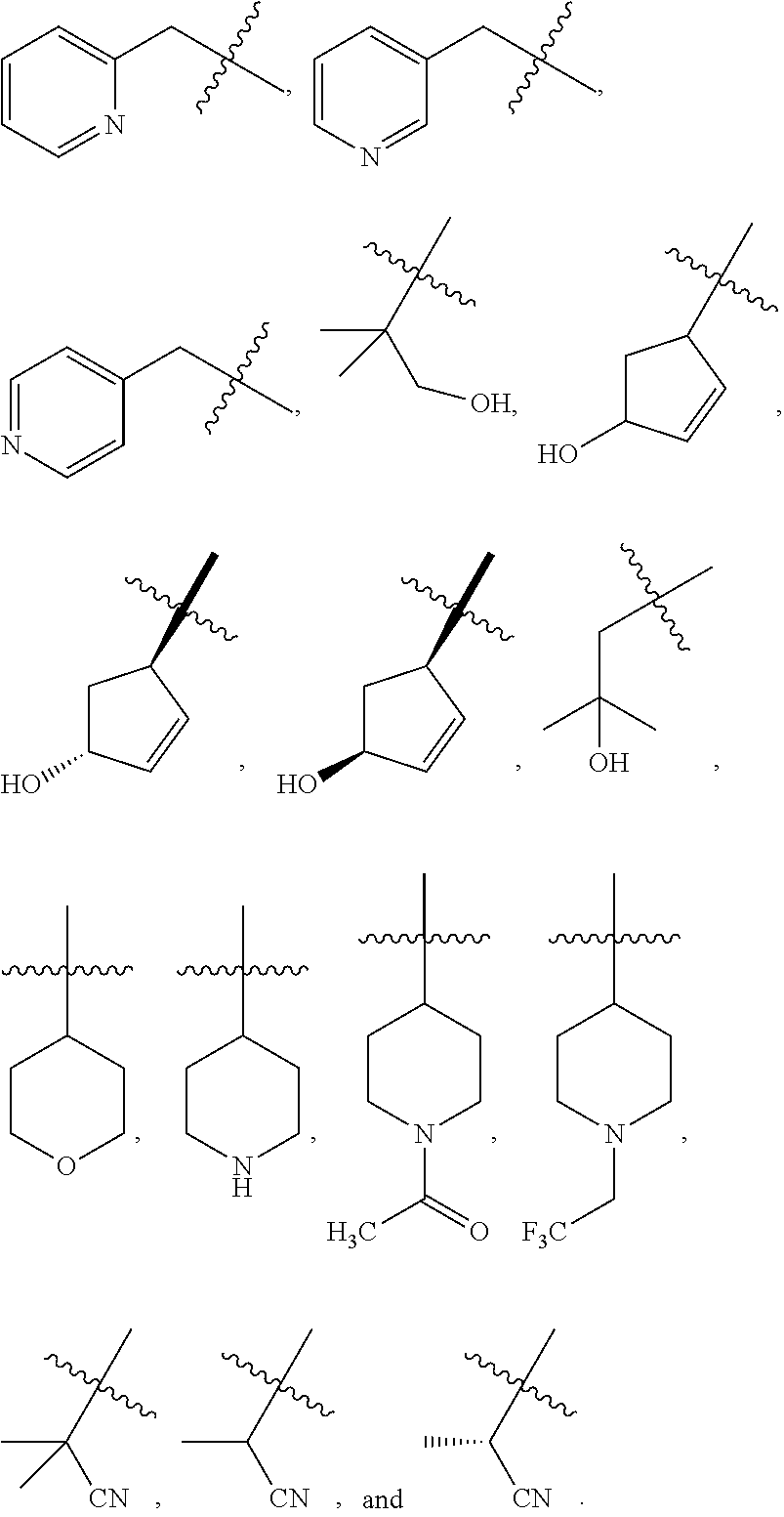
C00015

C00016

C00017

C00018

C00019

C00020

C00021
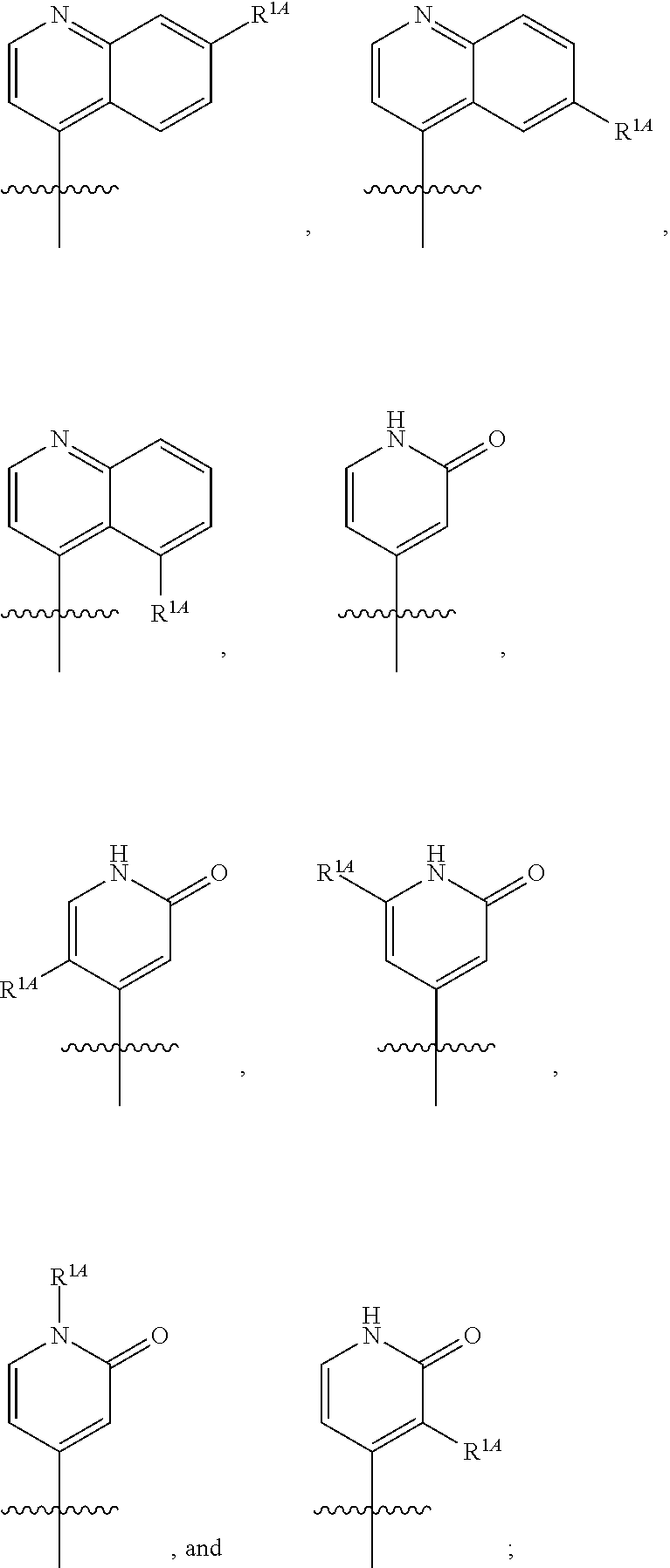
C00022
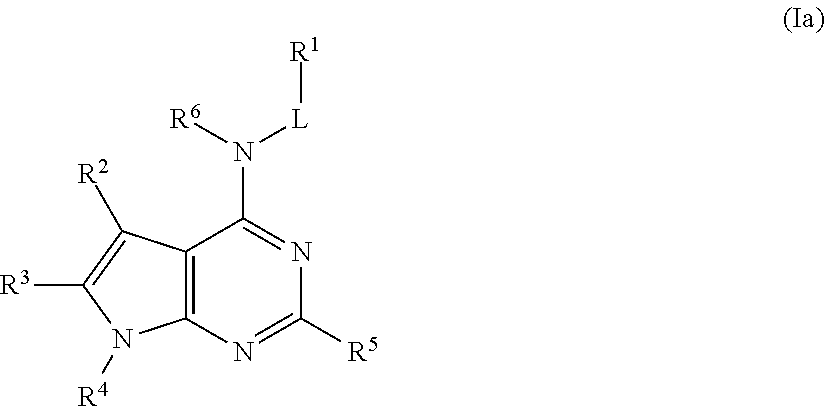
C00023
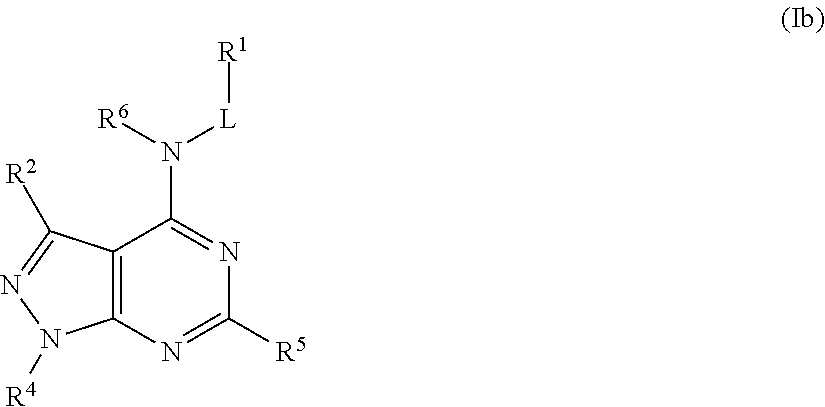
C00024
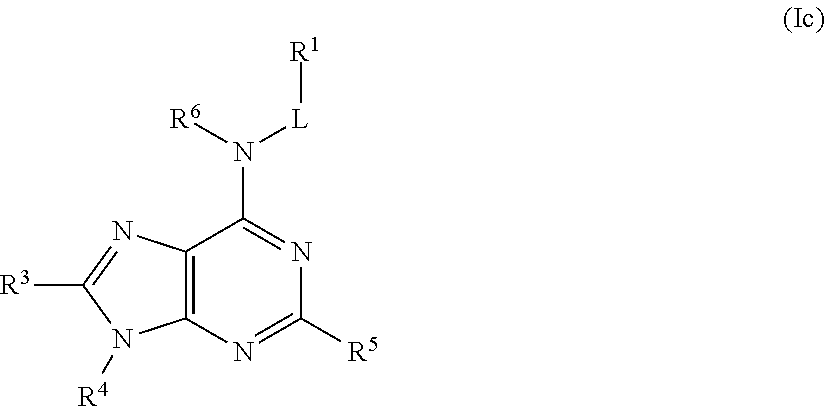
C00025
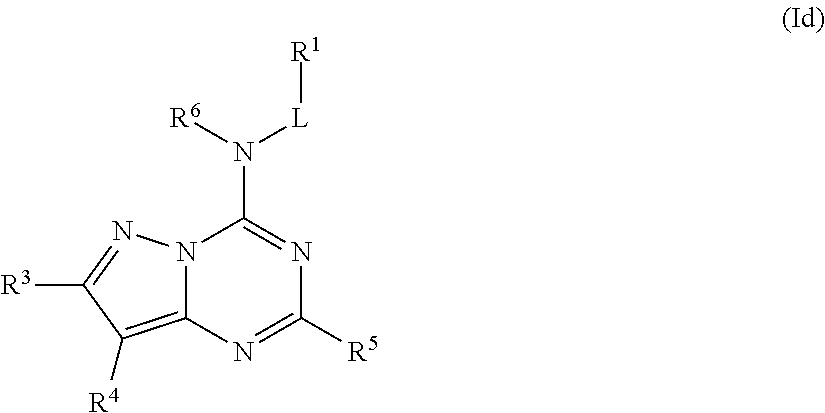
C00026
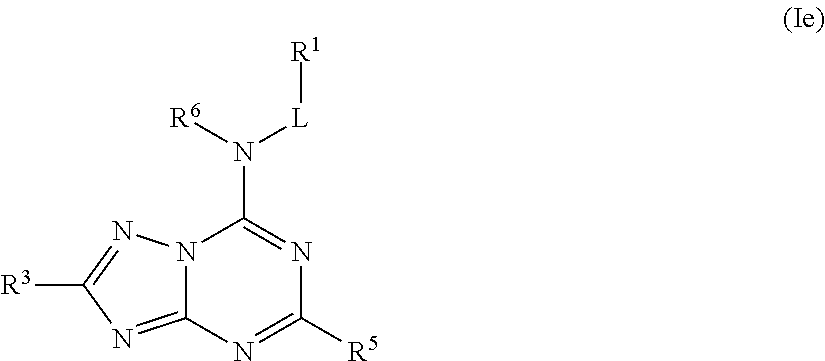
C00027
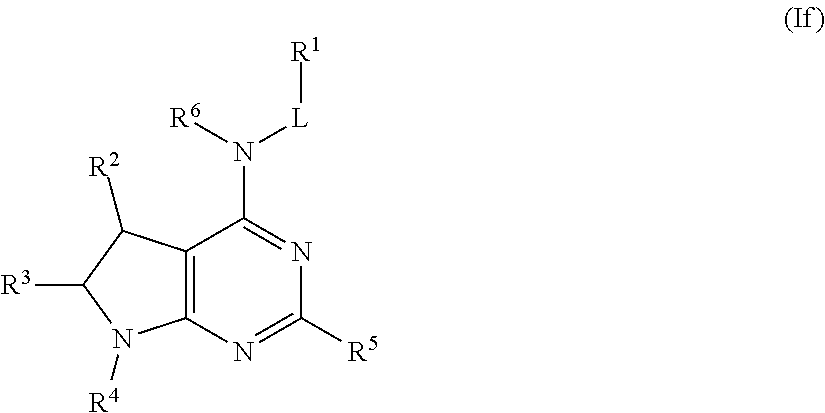
C00028

C00029
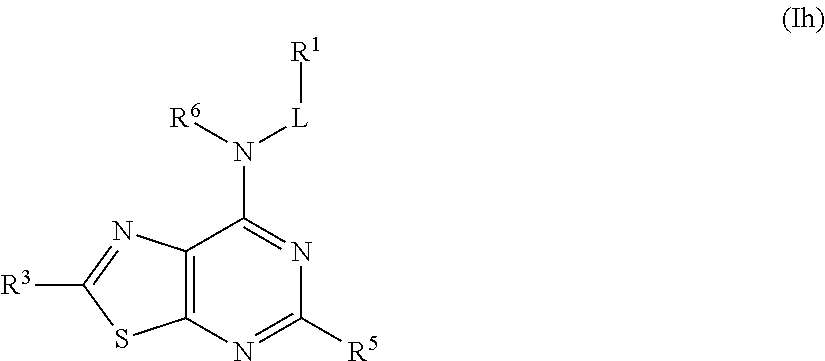
C00030
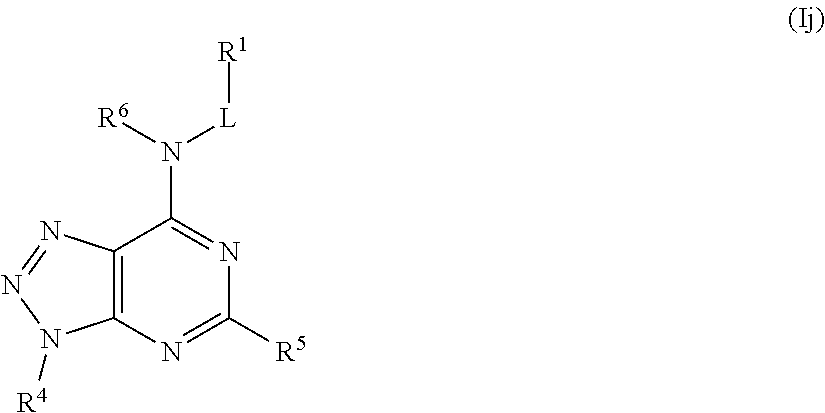
C00031
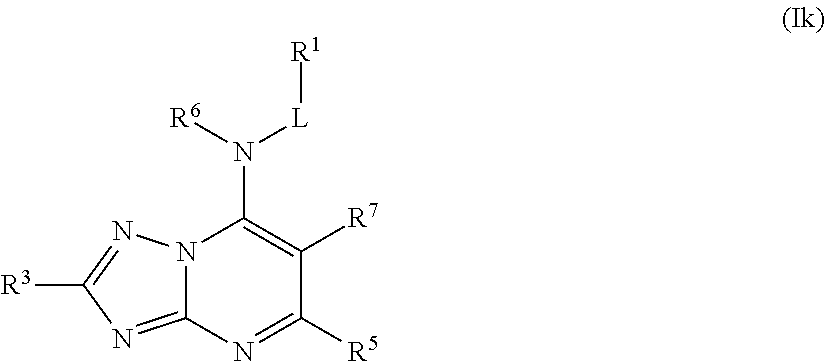
C00032

C00033
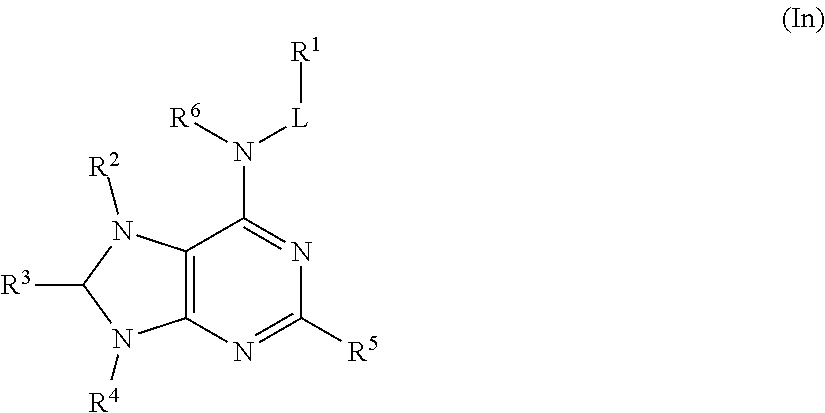
C00034
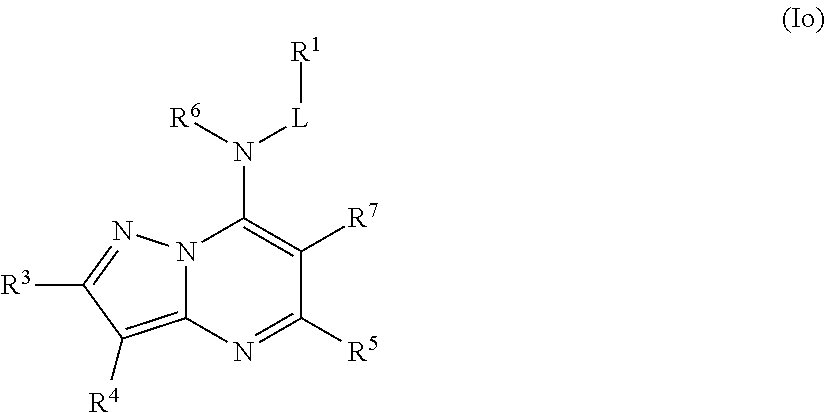
C00035

C00036
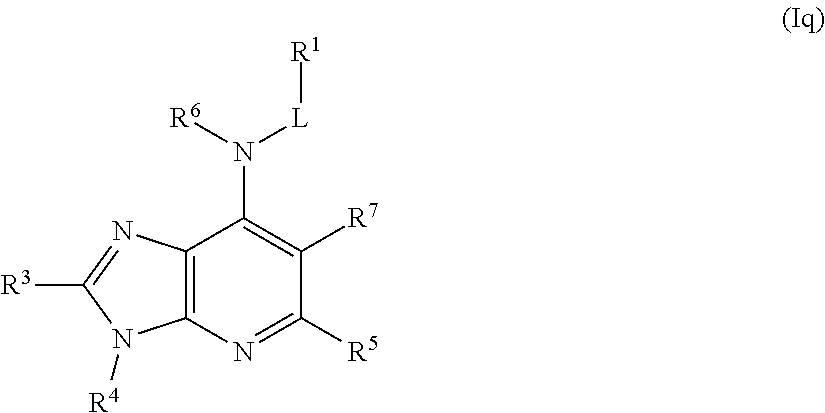
C00037

C00038
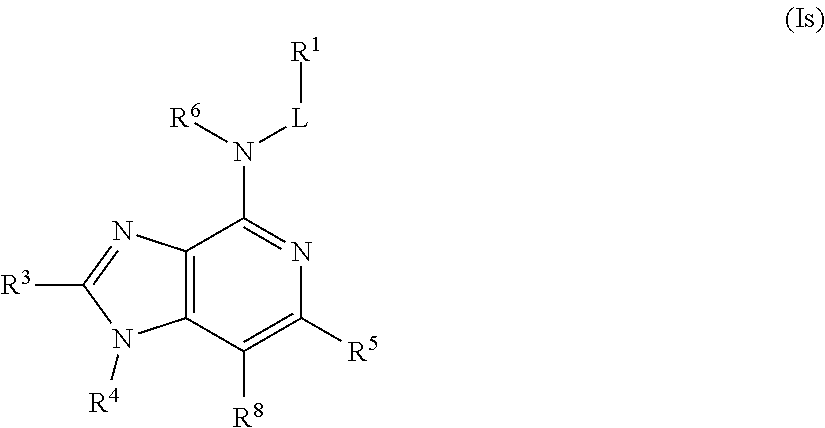
C00039
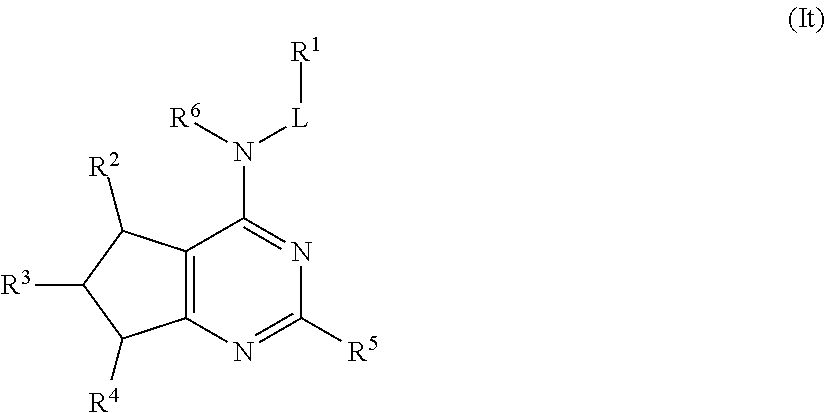
C00040

C00041

C00042

C00043

C00044
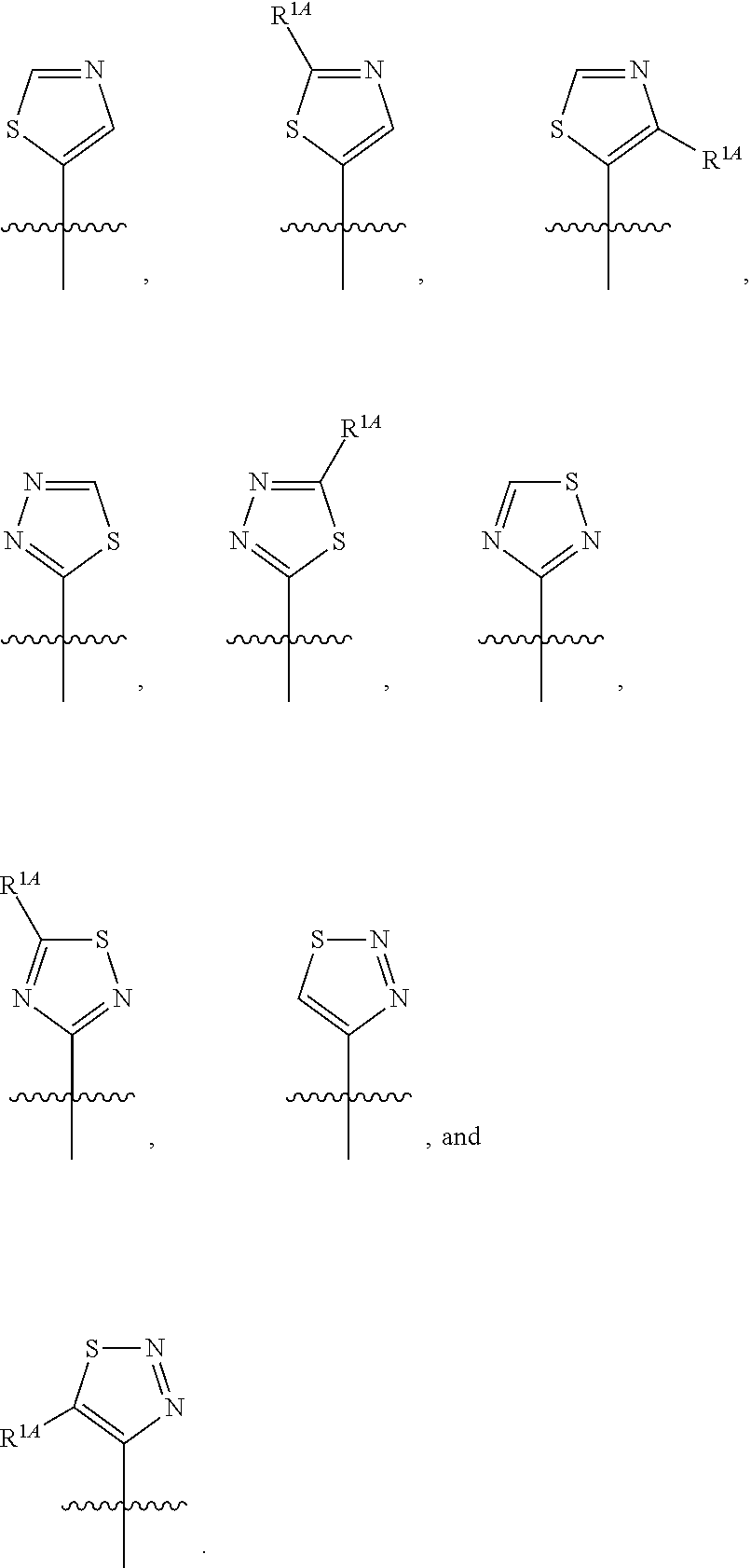
C00045
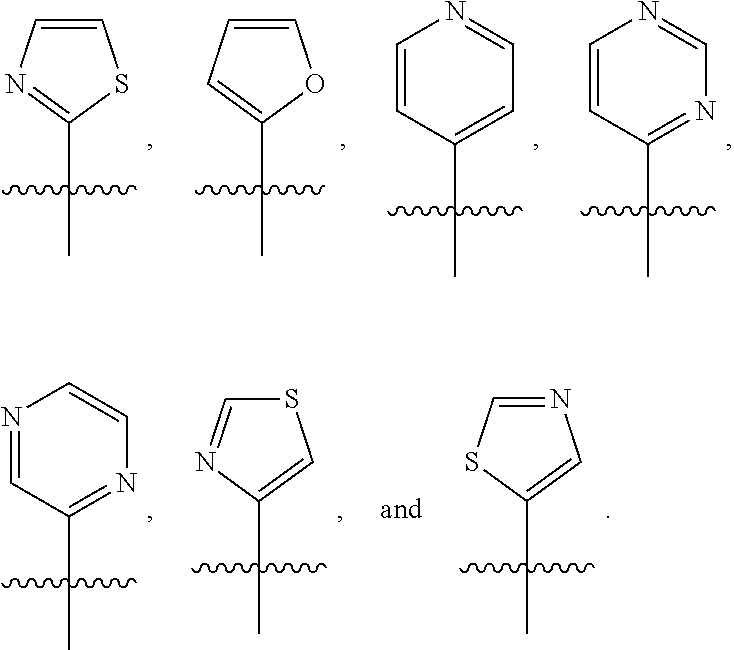
C00046
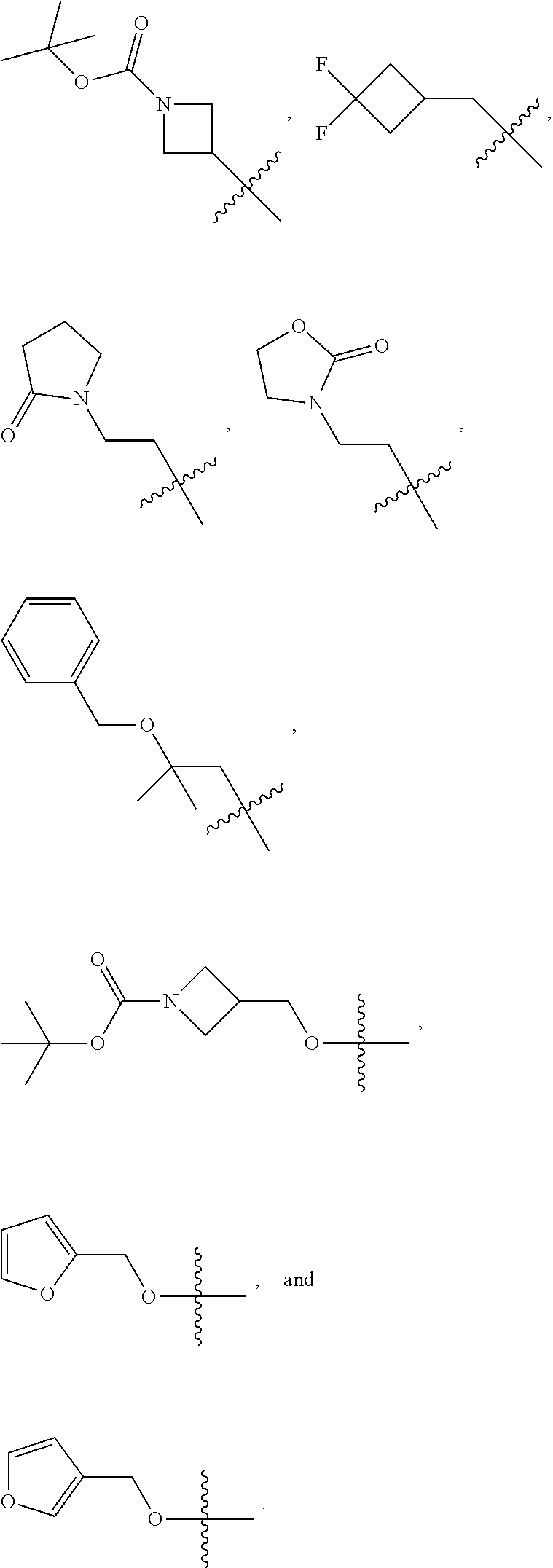
C00047
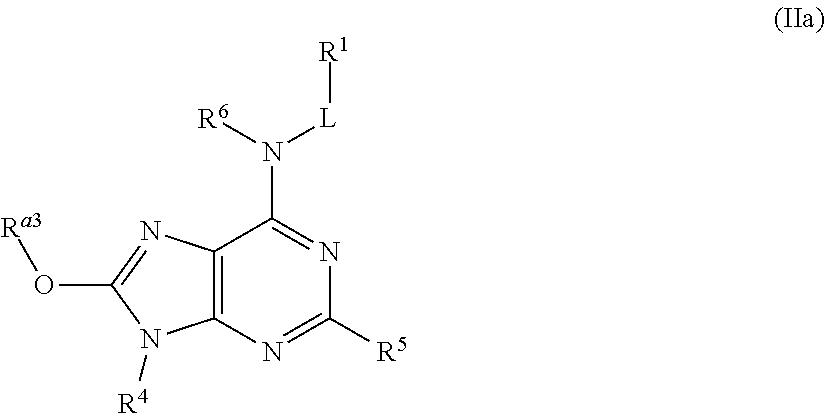
C00048

C00049
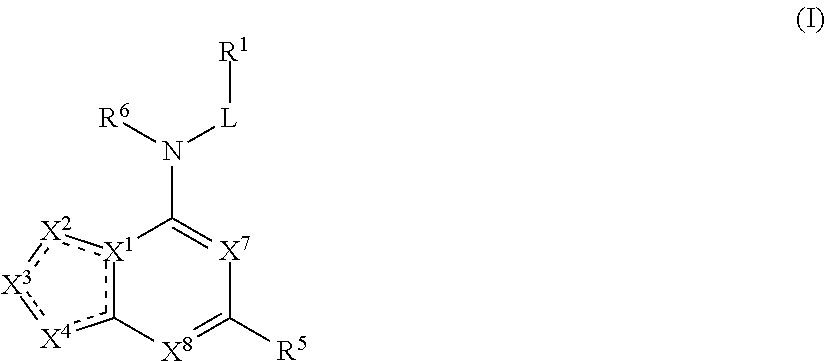
C00050
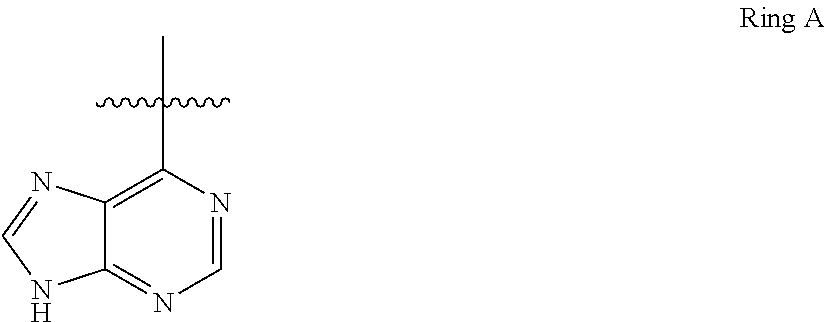
C00051

C00052

C00053

C00054

C00055

C00056

C00057

C00058

C00059

C00060

C00061

C00062

C00063

C00064
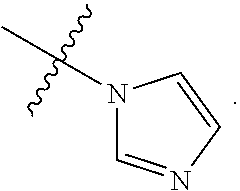
C00065

C00066

C00067

C00068

C00069

C00070

C00071

C00072

C00073

C00074
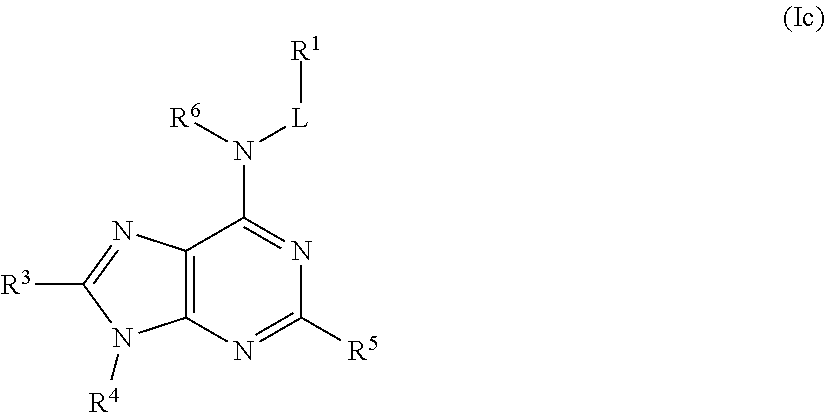
C00075

C00076
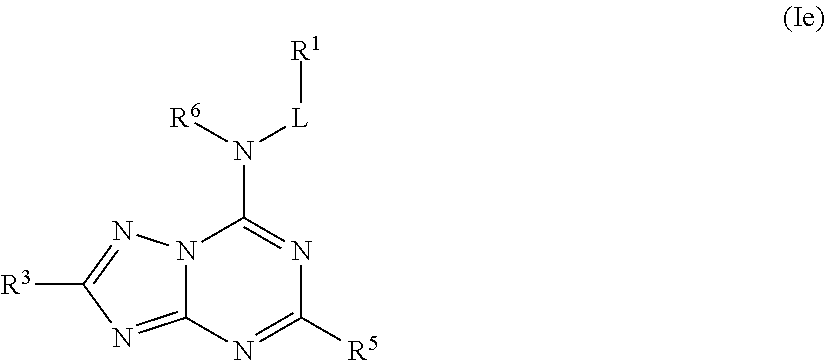
C00077
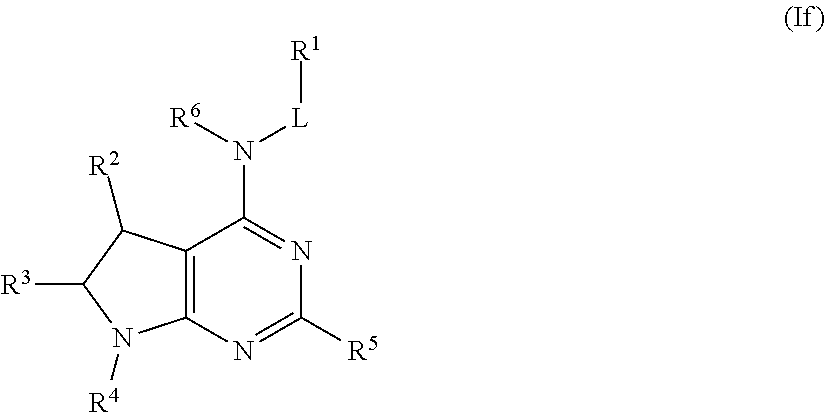
C00078

C00079
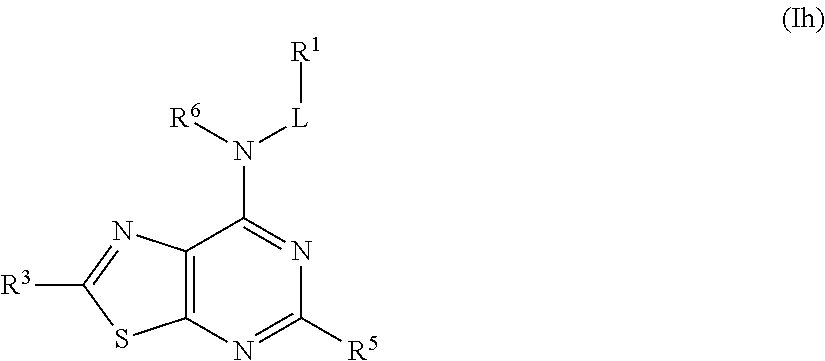
C00080
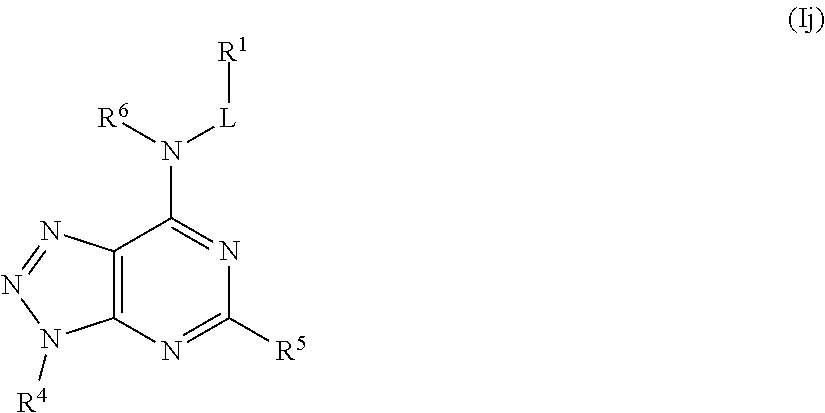
C00081
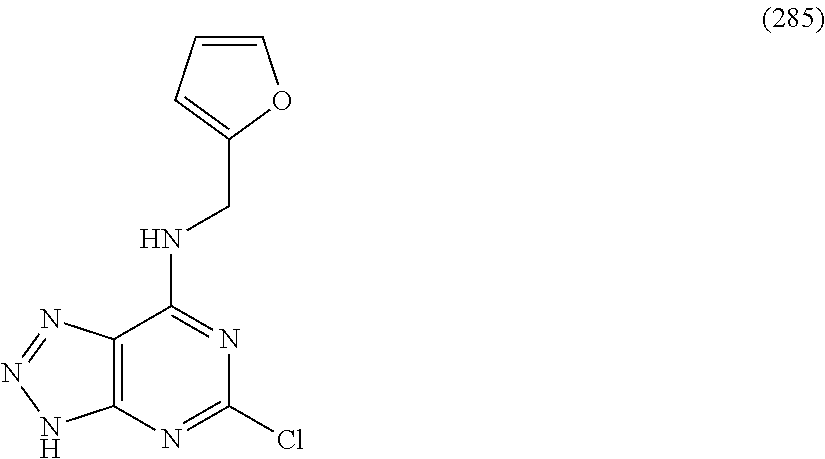
C00082
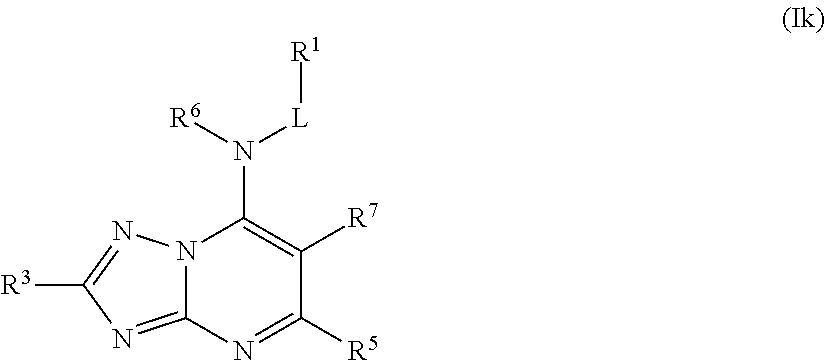
C00083
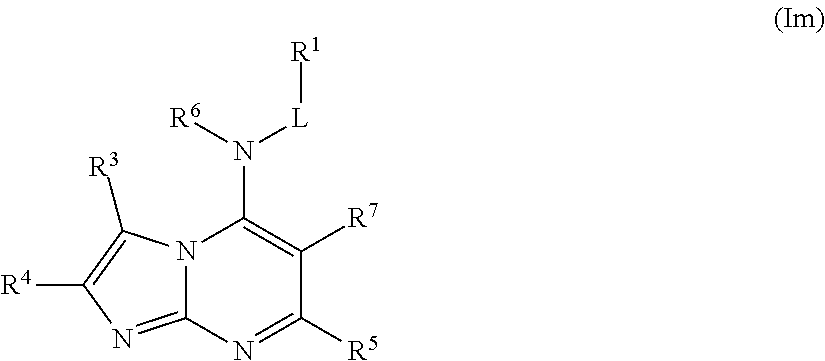
C00084
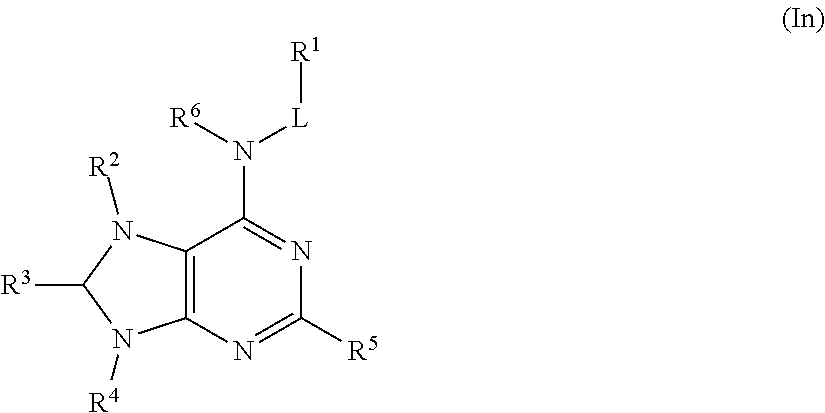
C00085
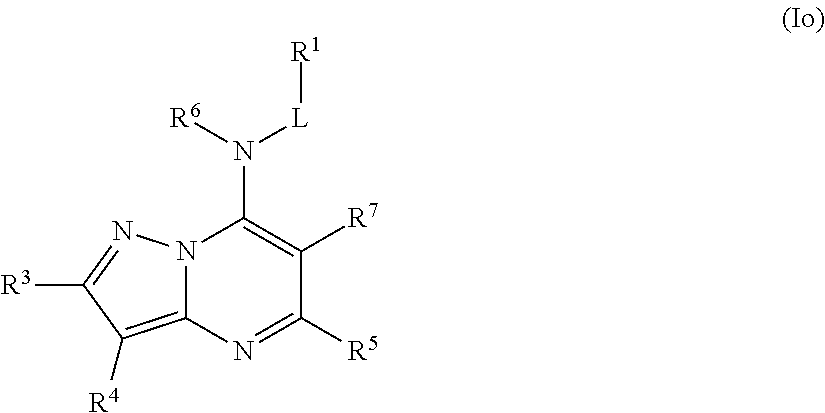
C00086
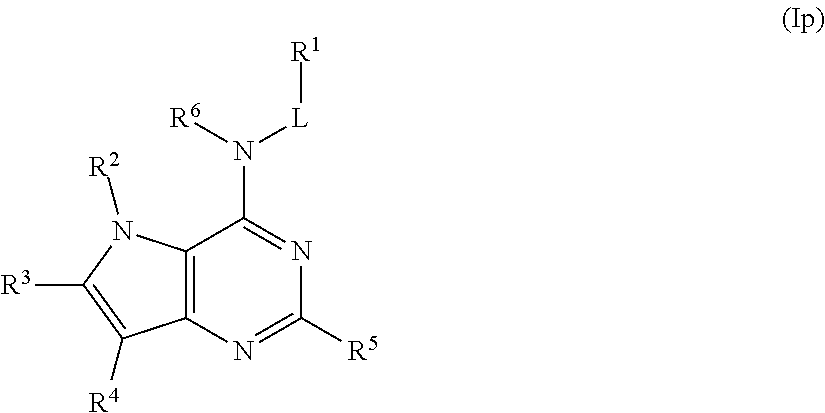
C00087

C00088
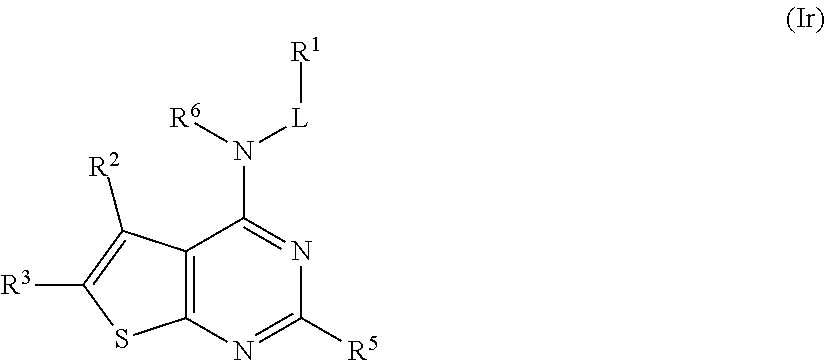
C00089
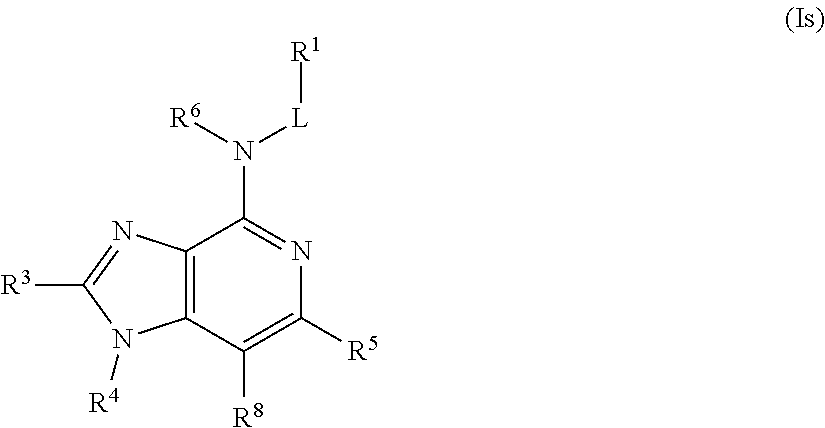
C00090
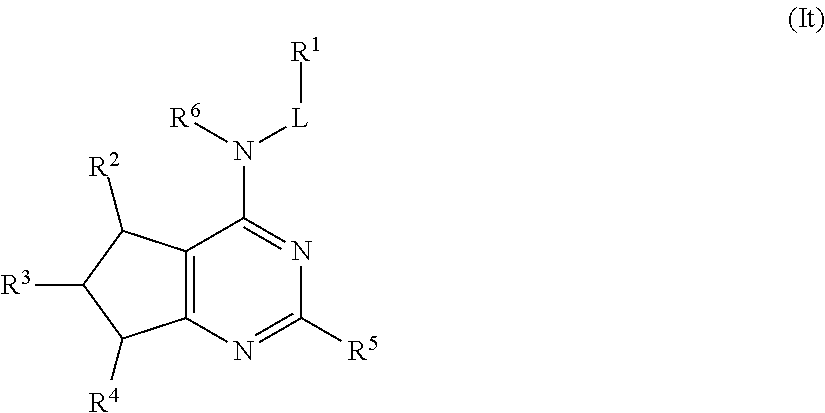
C00091

C00092
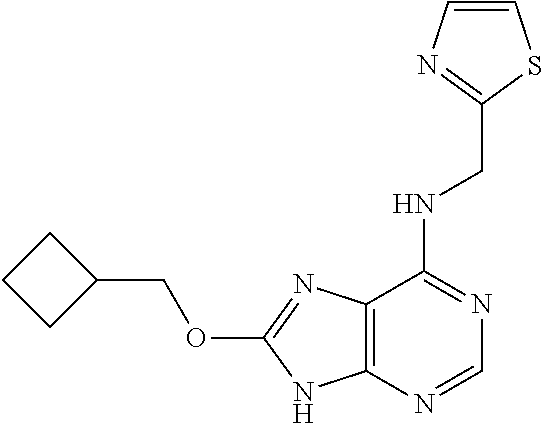
C00093

C00094
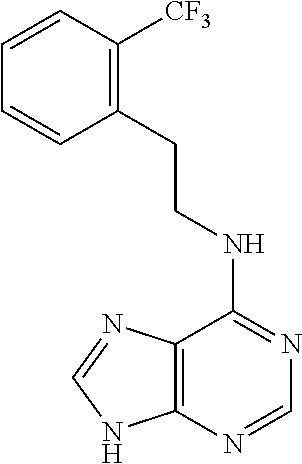
C00095
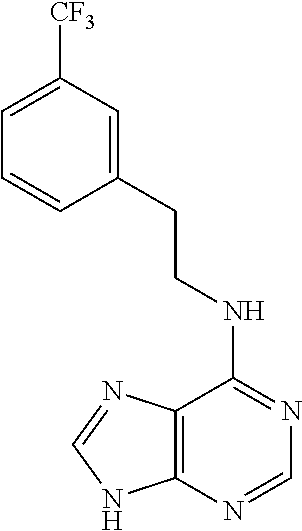
C00096

C00097

C00098

C00099
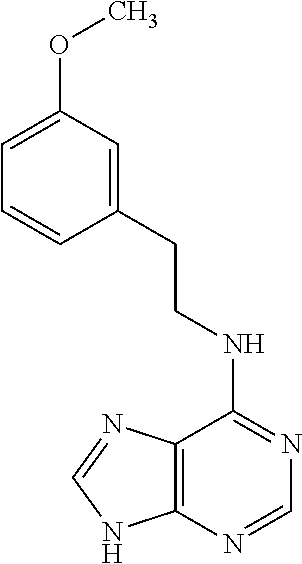
C00100
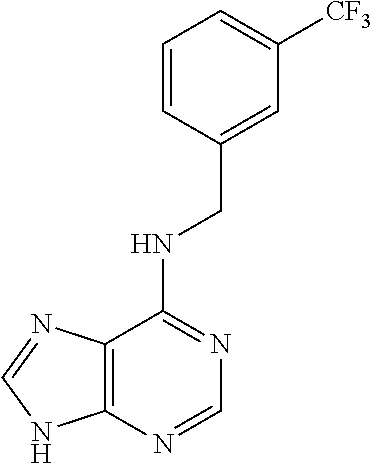
C00101
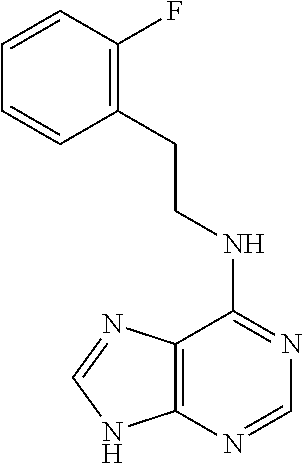
C00102
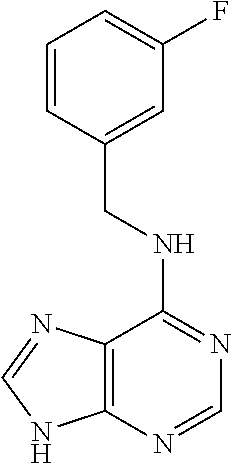
C00103
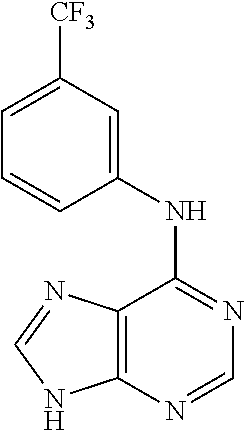
C00104
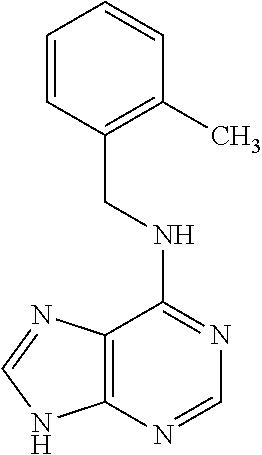
C00105
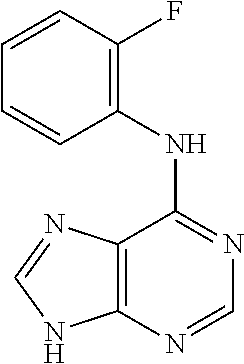
C00106
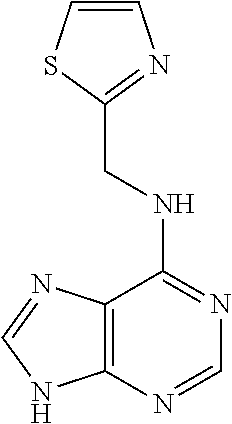
C00107
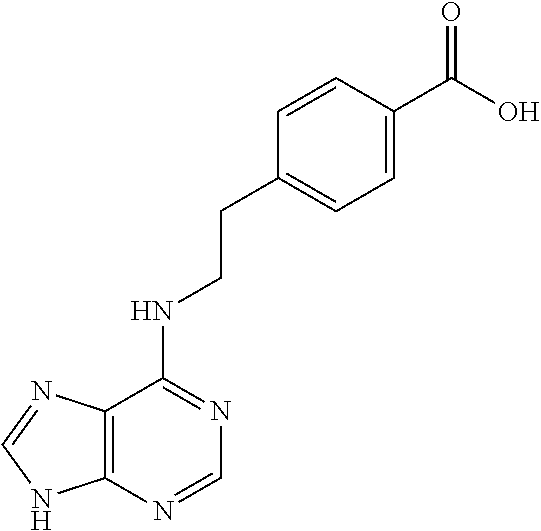
C00108
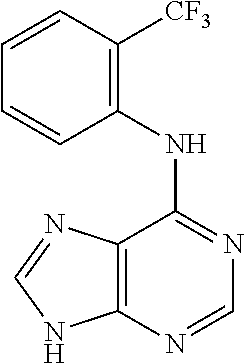
C00109
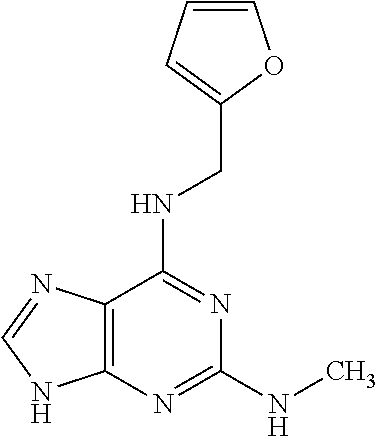
C00110
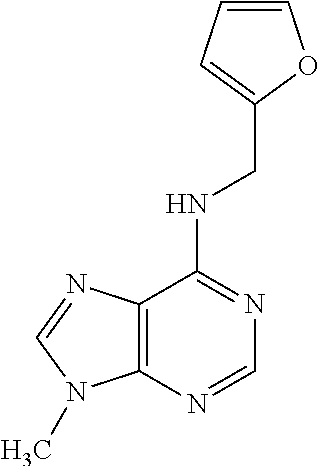
C00111
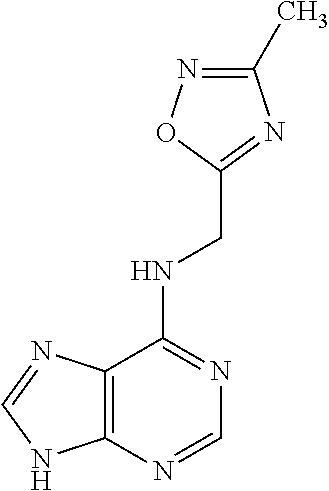
C00112
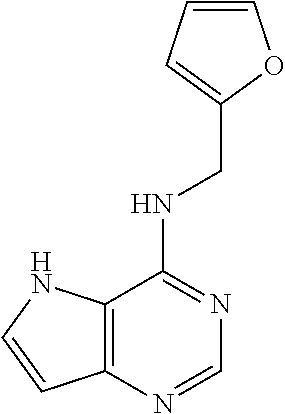
C00113
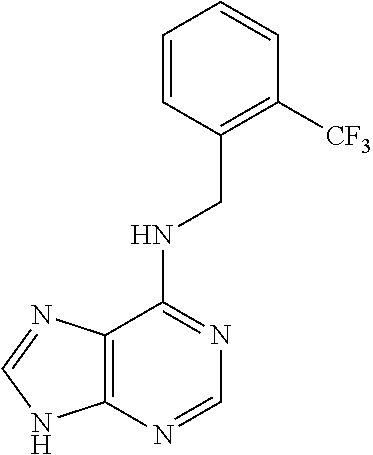
C00114

C00115
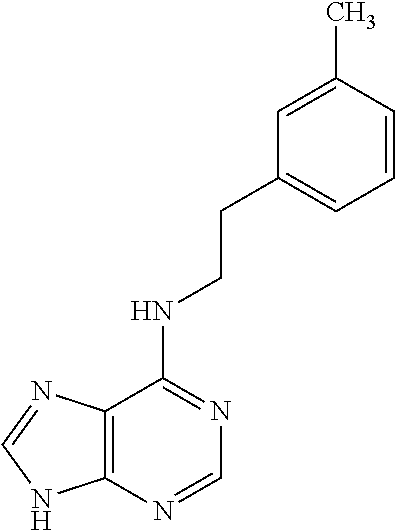
C00116
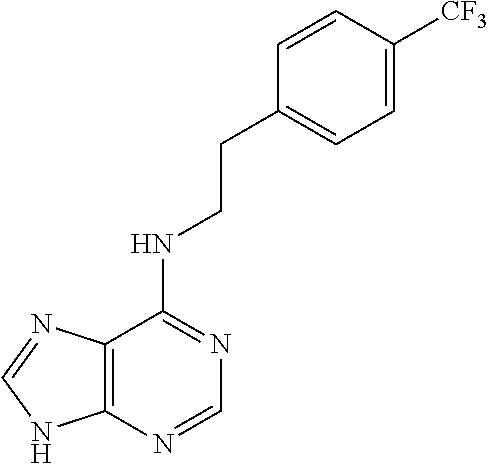
C00117
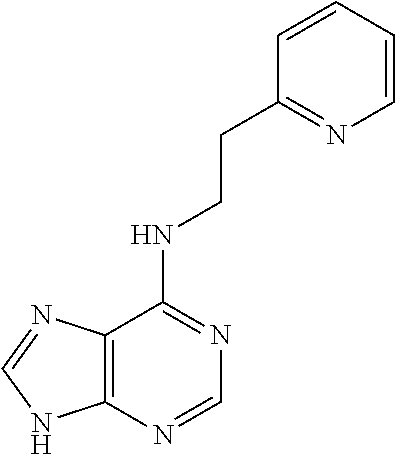
C00118
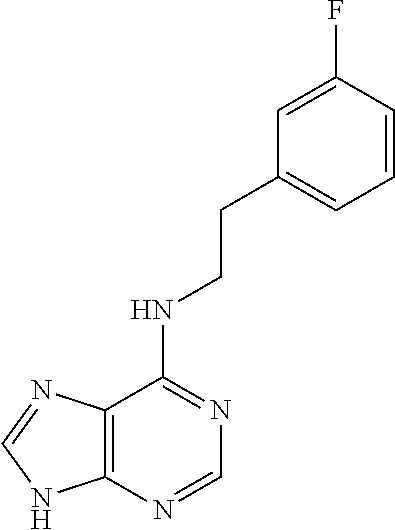
C00119
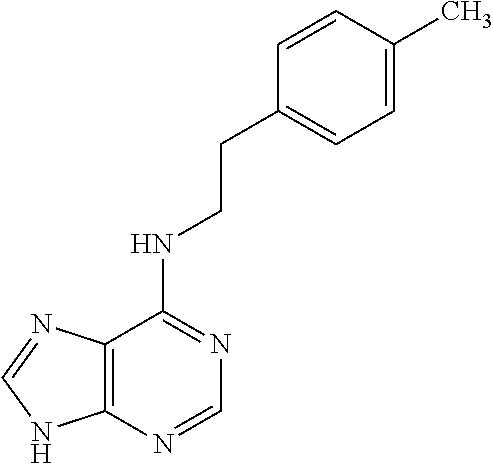
C00120
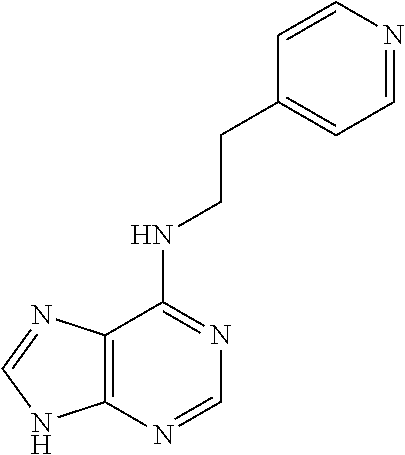
C00121
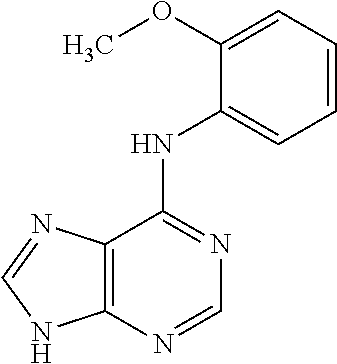
C00122
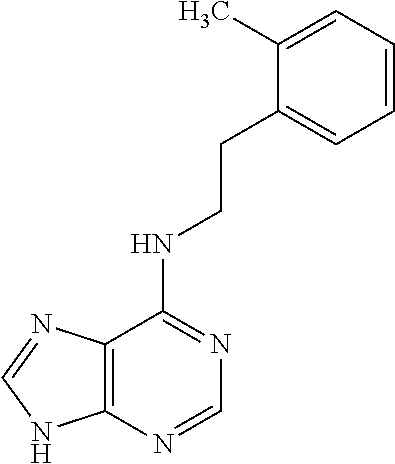
C00123
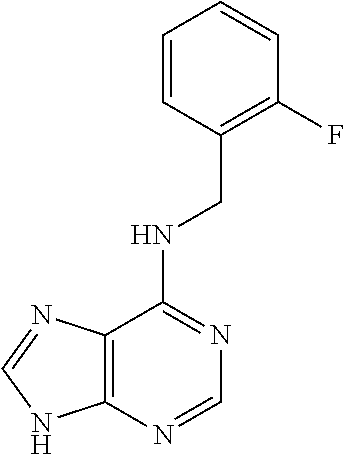
C00124
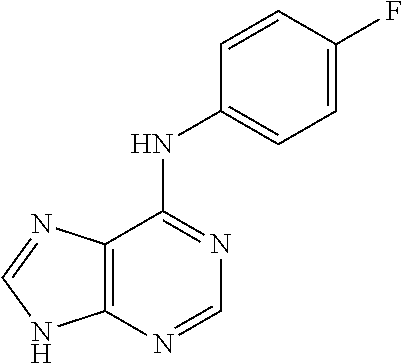
C00125
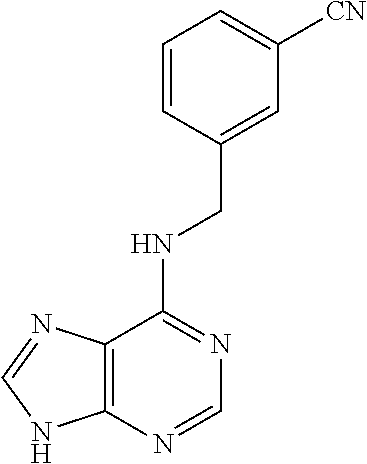
C00126

C00127
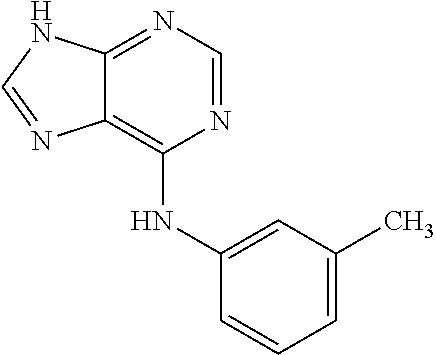
C00128
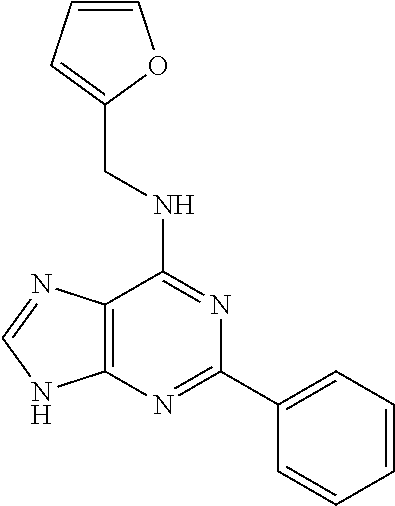
C00129
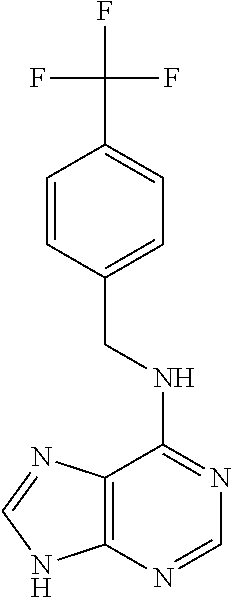
C00130
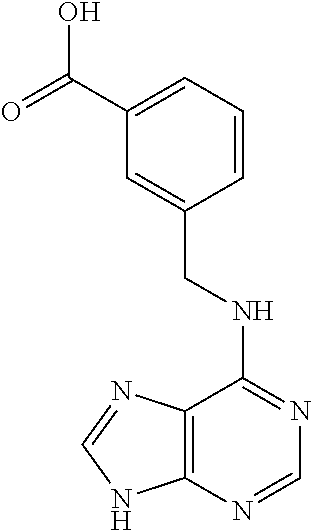
C00131
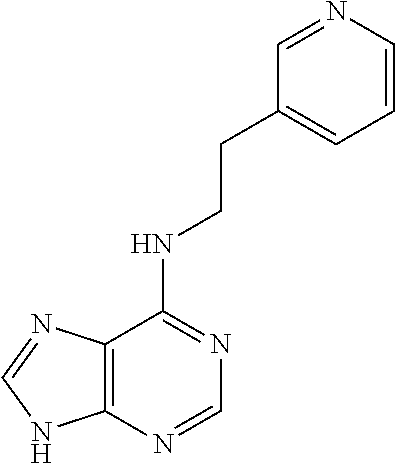
C00132
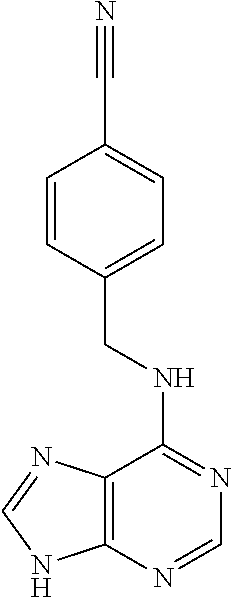
C00133
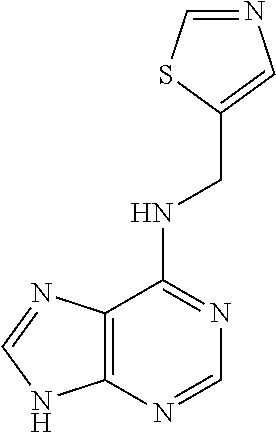
C00134
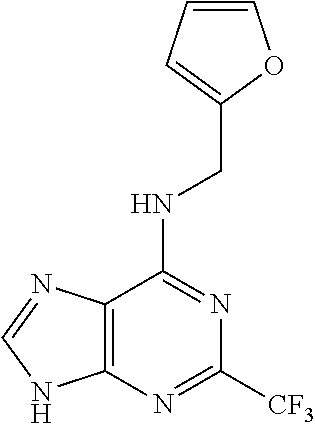
C00135
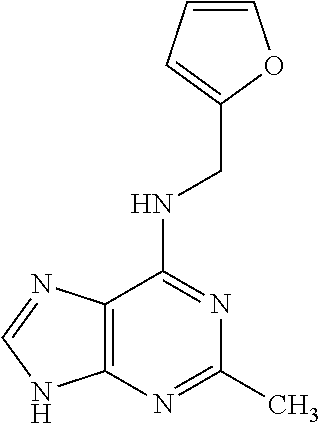
C00136
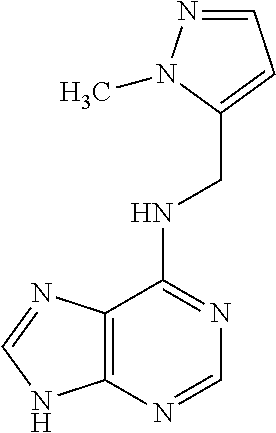
C00137
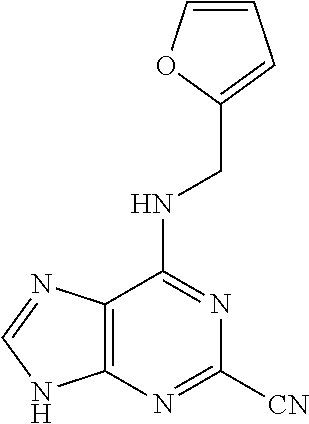
C00138

C00139

C00140

C00141
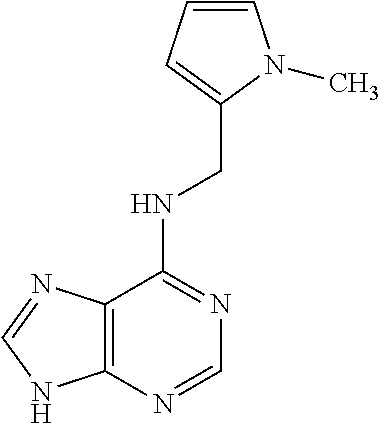
C00142
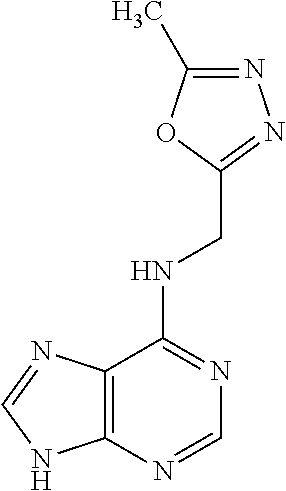
C00143
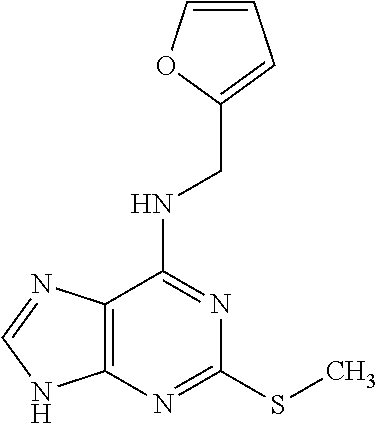
C00144
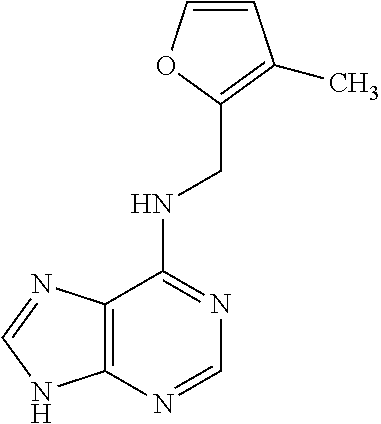
C00145
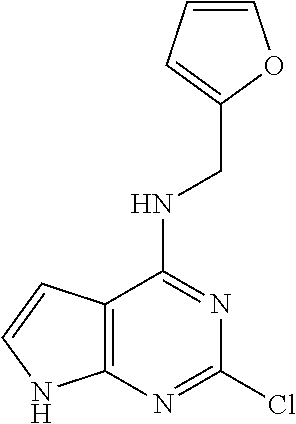
C00146
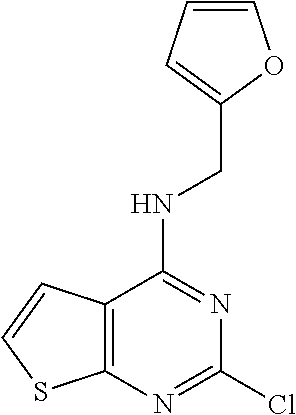
C00147

C00148

C00149
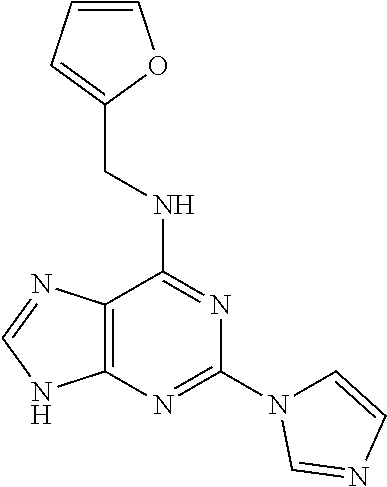
C00150
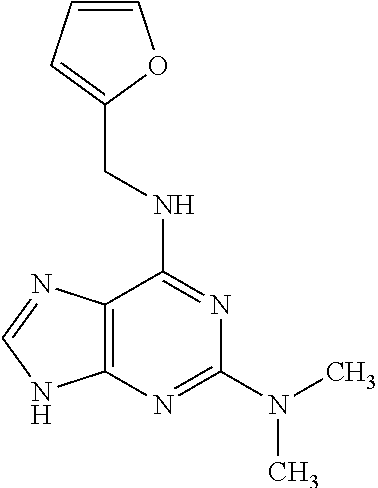
C00151

C00152

C00153
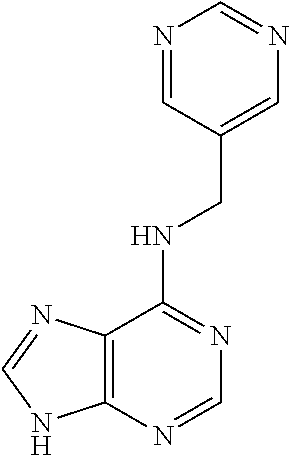
C00154

C00155
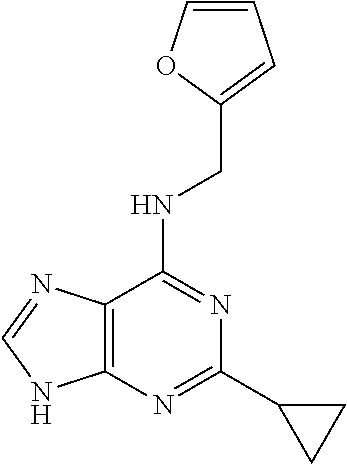
C00156
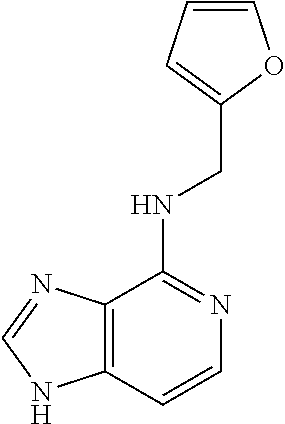
C00157

C00158

C00159
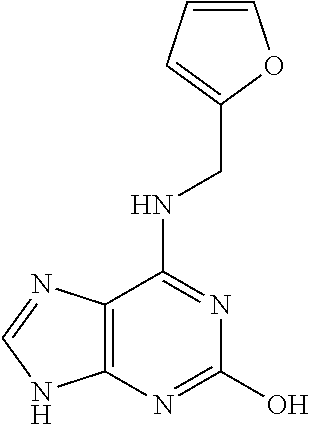
C00160

C00161

C00162
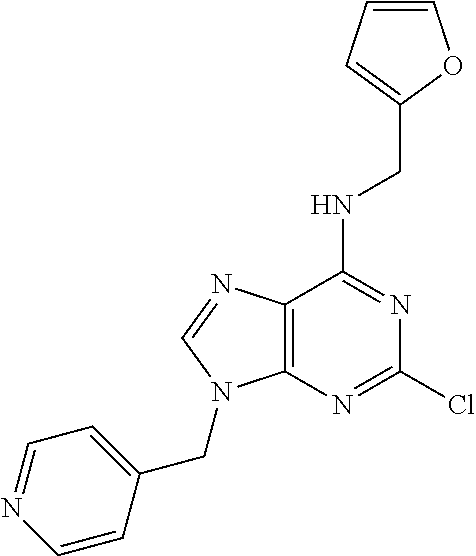
C00163
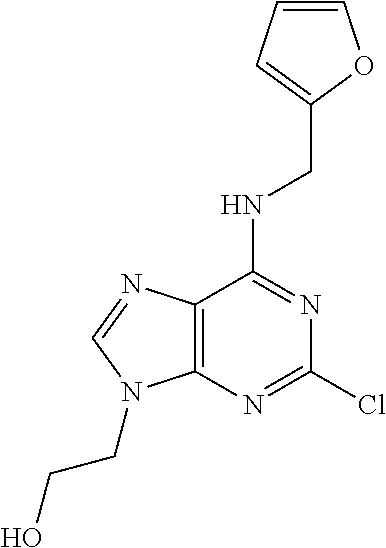
C00164
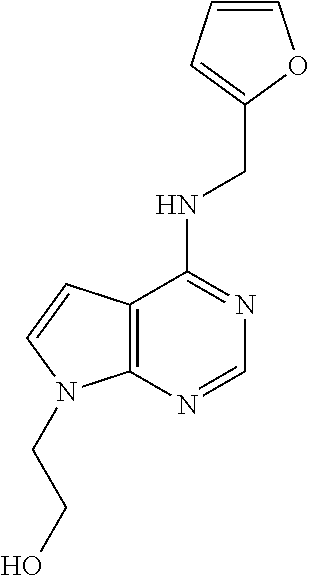
C00165
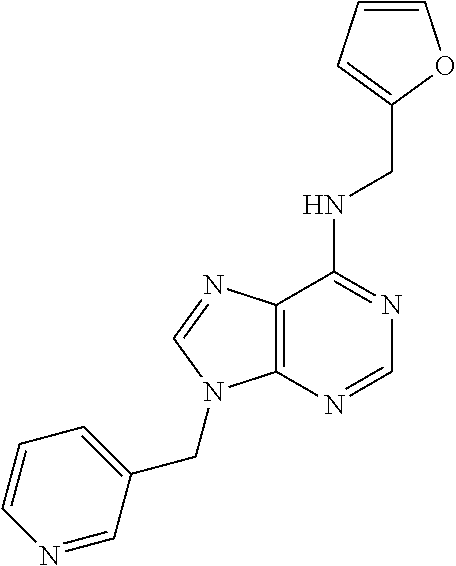
C00166

C00167
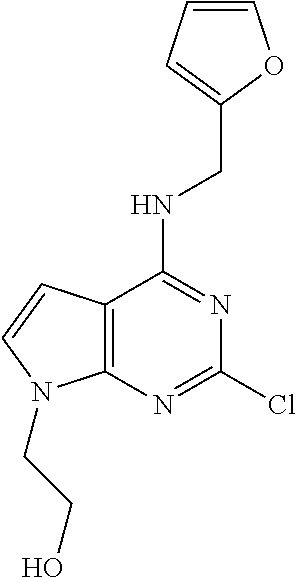
C00168
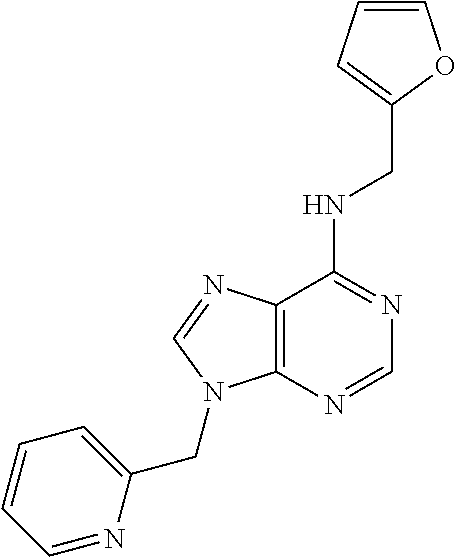
C00169

C00170

C00171

C00172

C00173
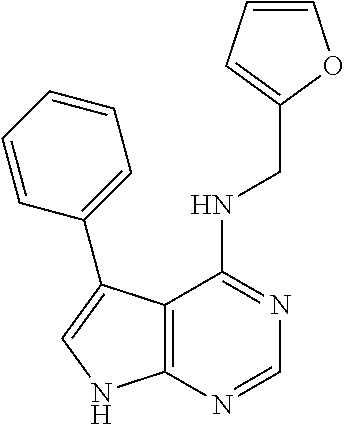
C00174
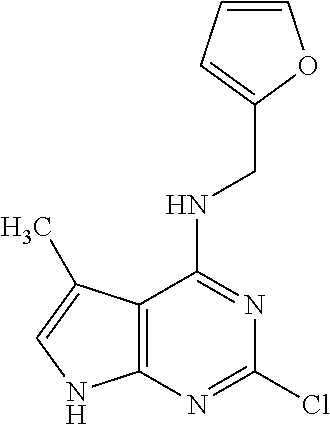
C00175
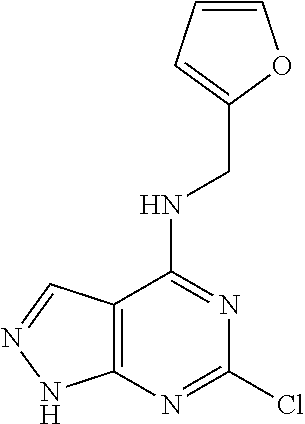
C00176

C00177

C00178
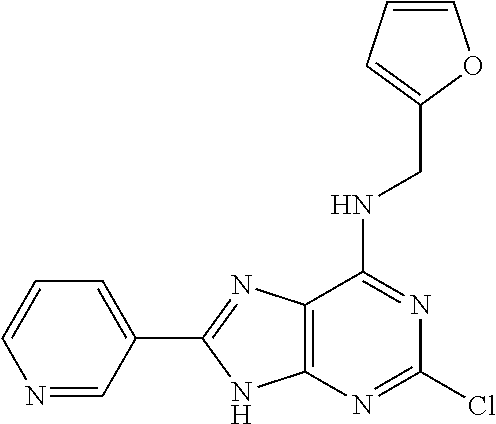
C00179
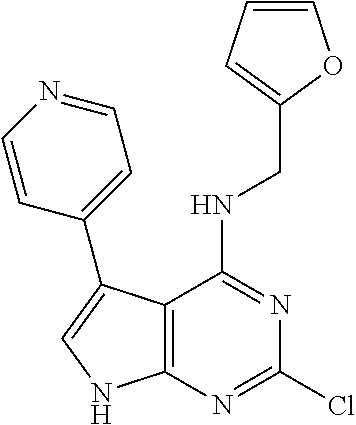
C00180

C00181
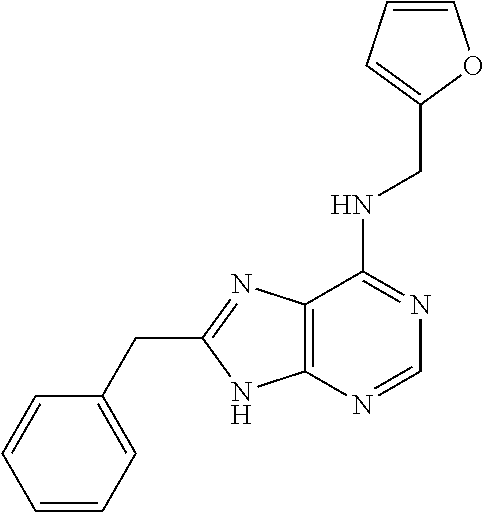
C00182

C00183

C00184
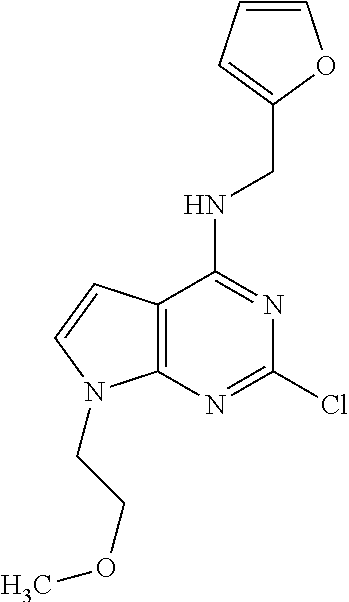
C00185
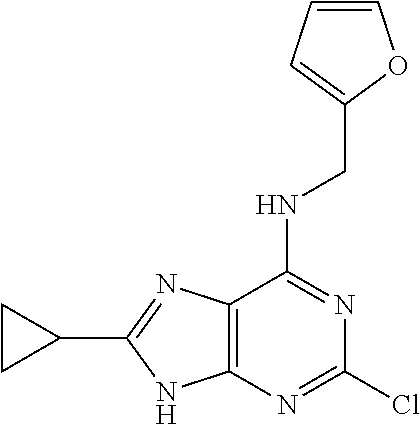
C00186
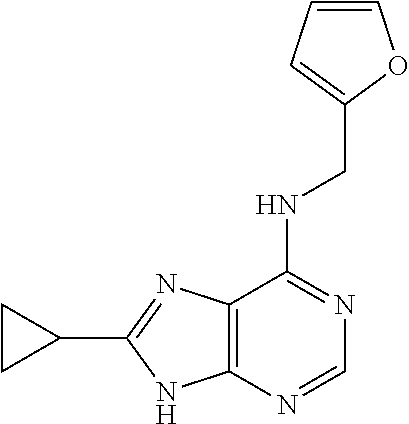
C00187
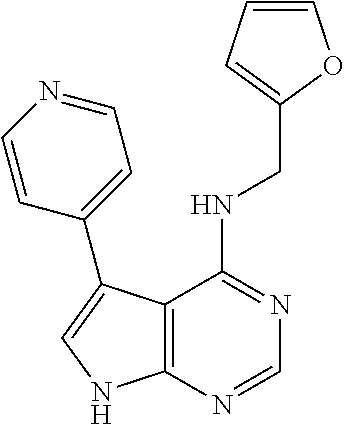
C00188
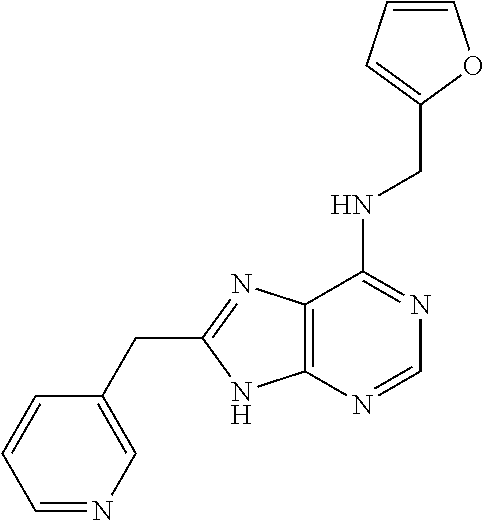
C00189

C00190

C00191
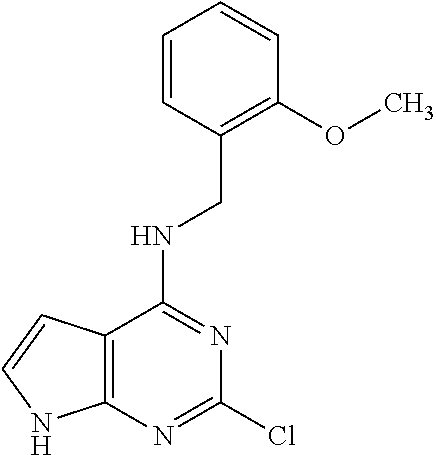
C00192
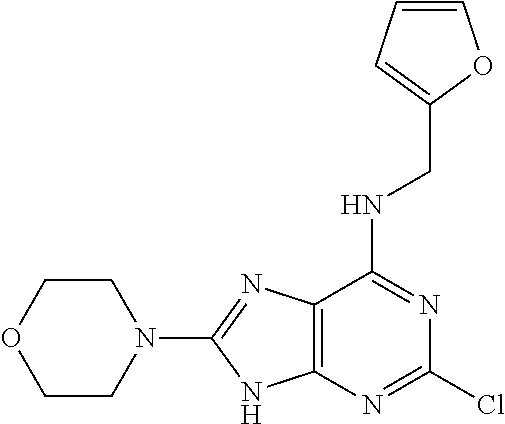
C00193
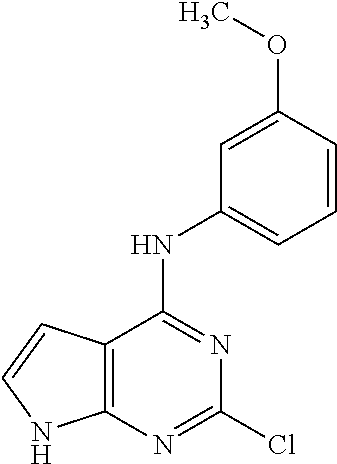
C00194
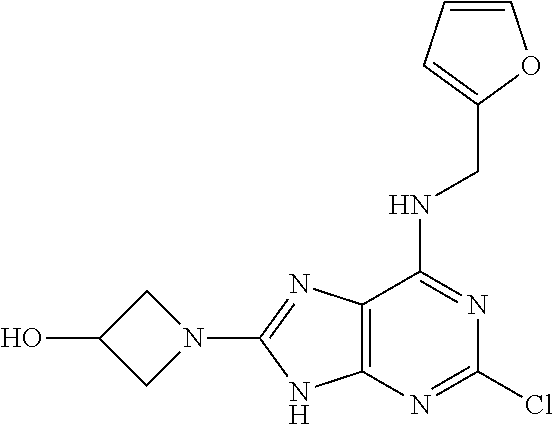
C00195

C00196
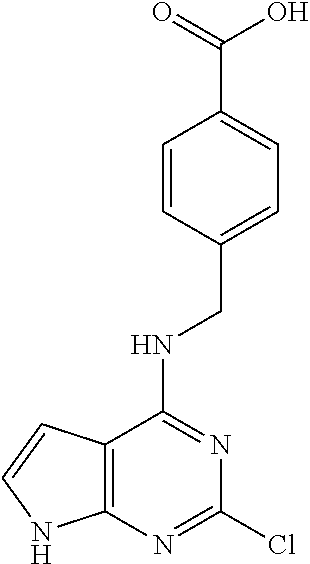
C00197

C00198
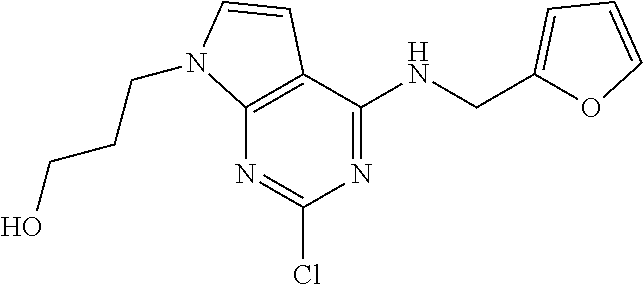
C00199
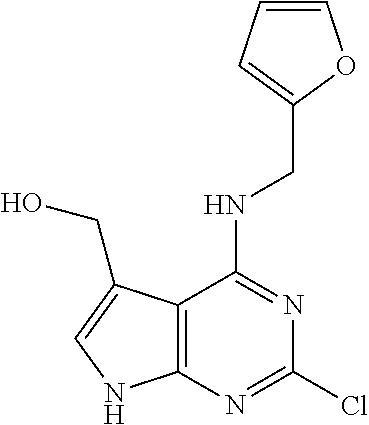
C00200
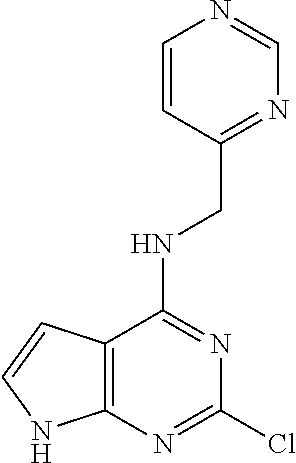
C00201

C00202
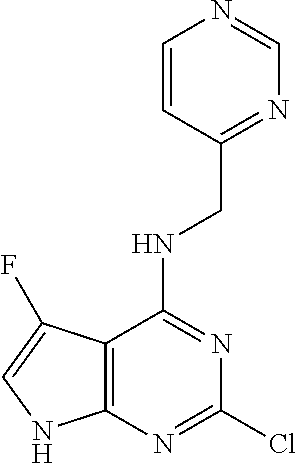
C00203
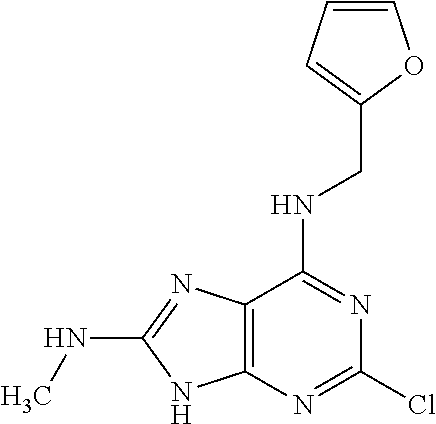
C00204

C00205
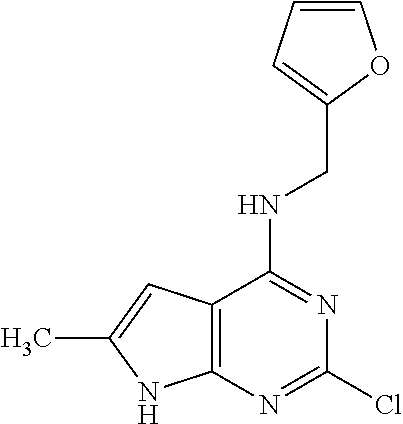
C00206

C00207

C00208

C00209
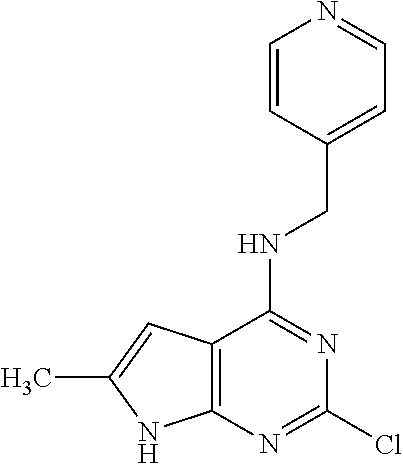
C00210
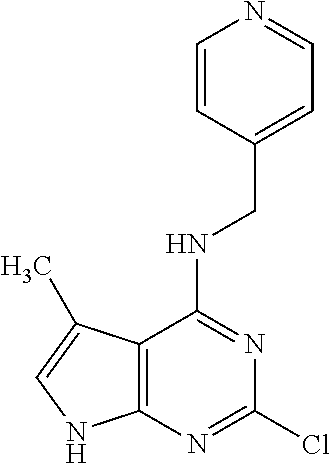
C00211

C00212
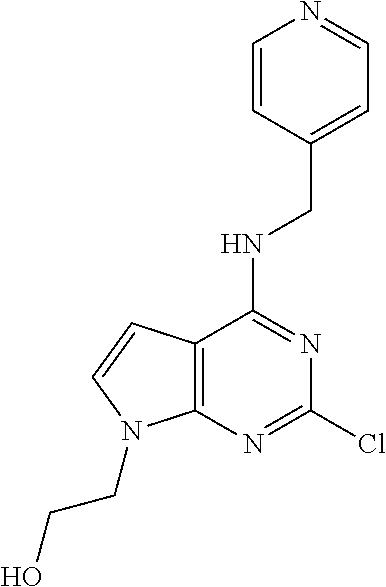
C00213
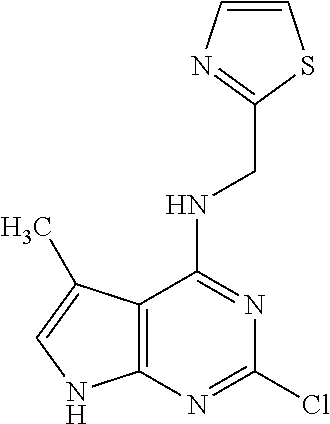
C00214
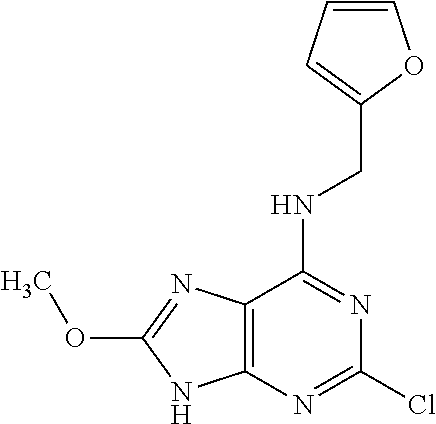
C00215

C00216
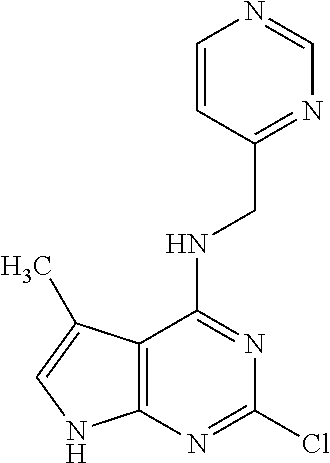
C00217
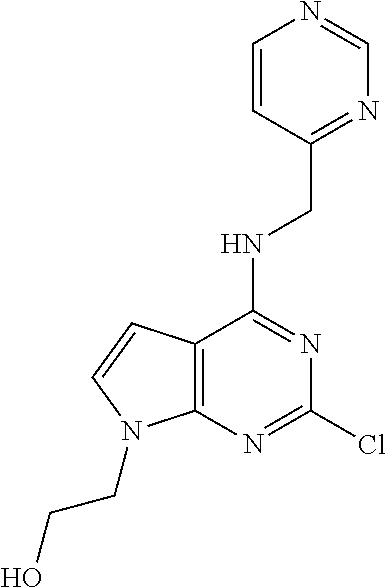
C00218
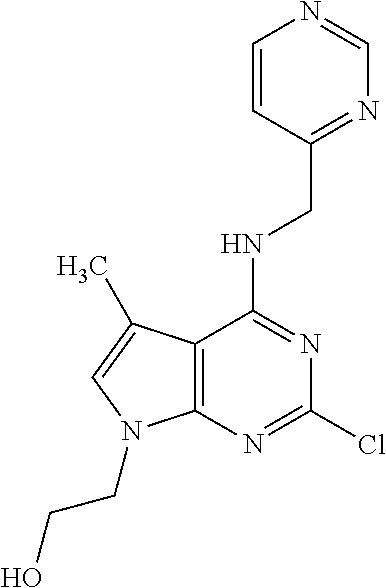
C00219
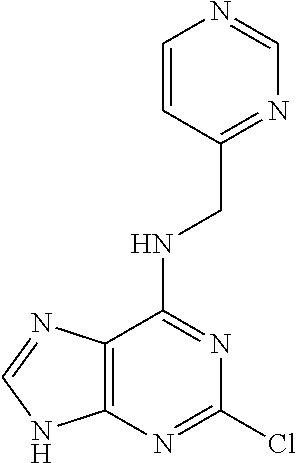
C00220

C00221
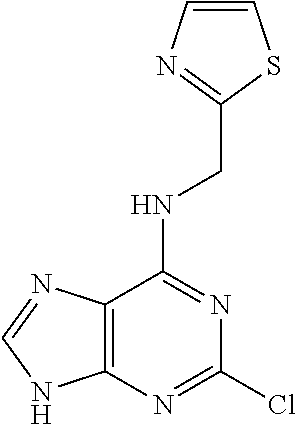
C00222
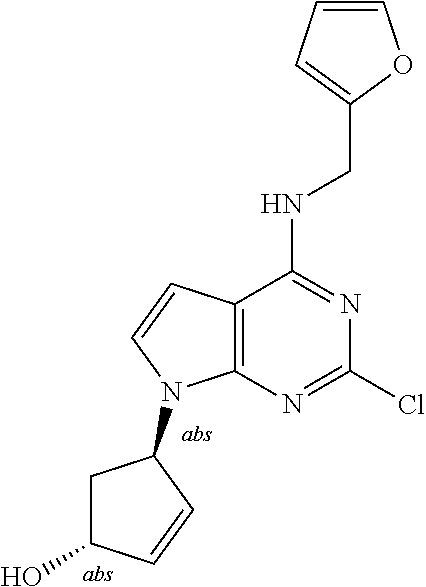
C00223
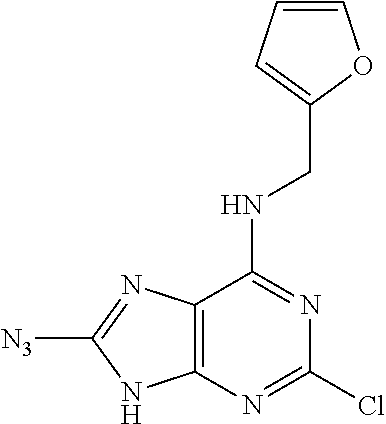
C00224
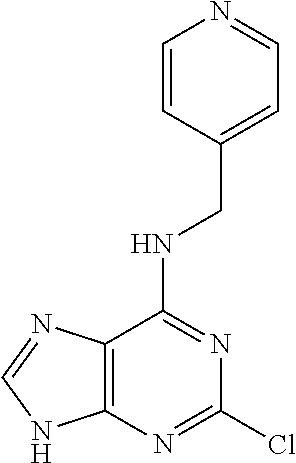
C00225

C00226
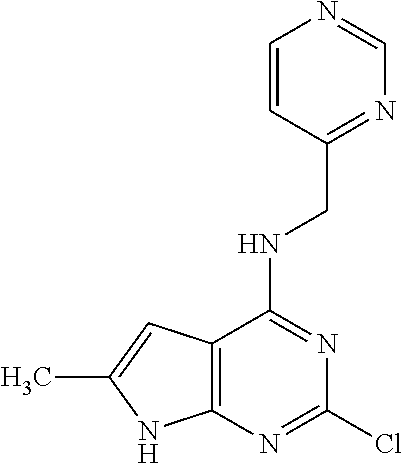
C00227
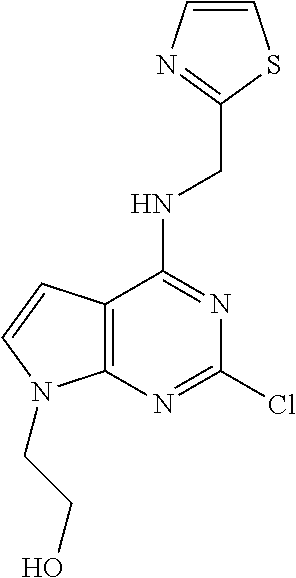
C00228
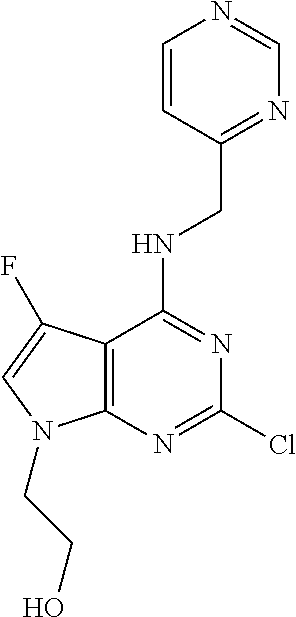
C00229
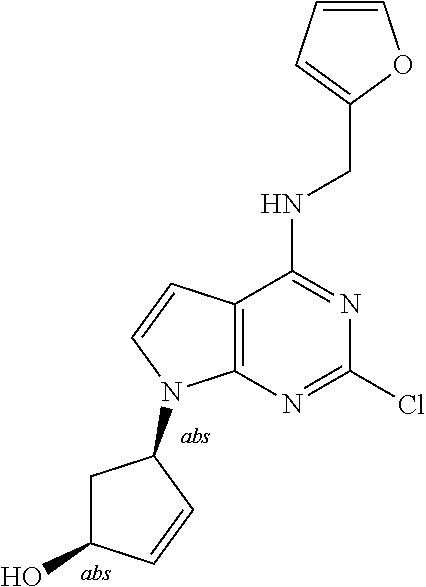
C00230
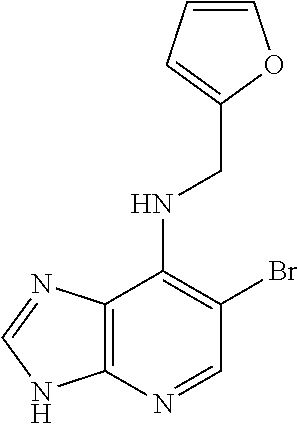
C00231

C00232
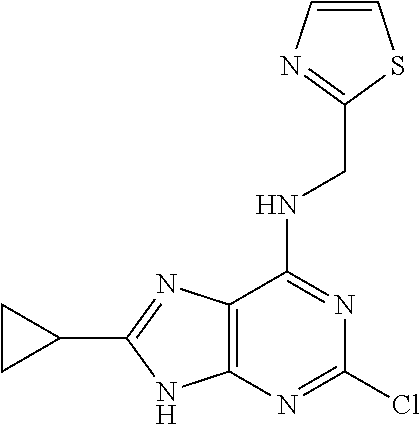
C00233
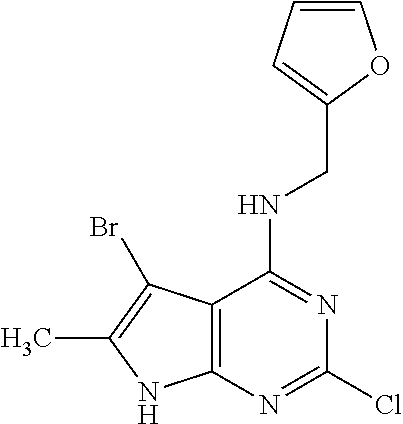
C00234
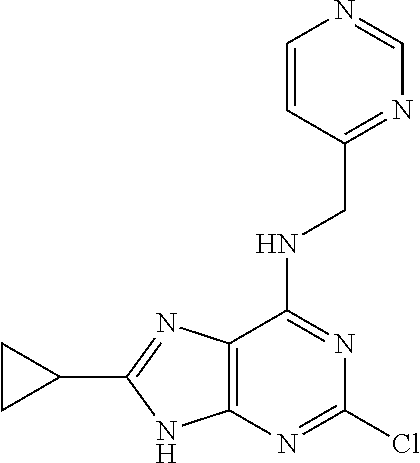
C00235

C00236
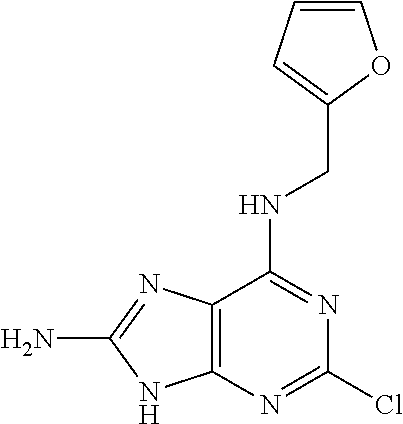
C00237
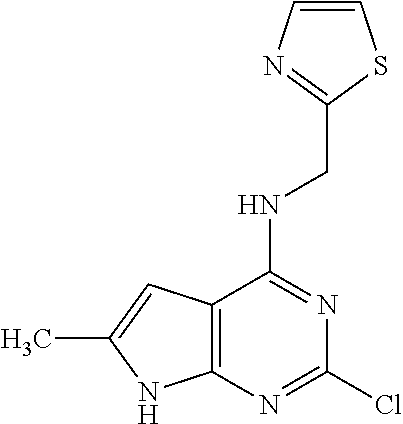
C00238
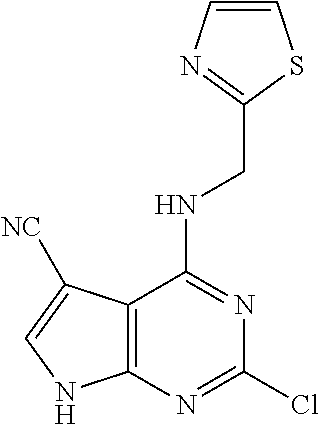
C00239

C00240
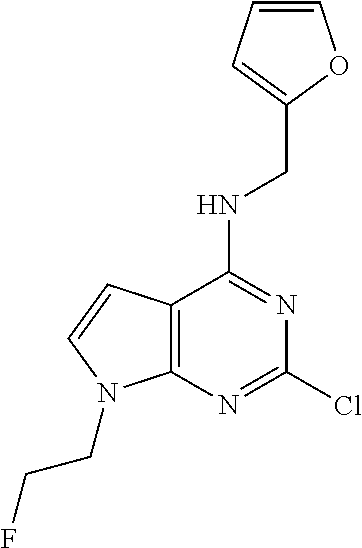
C00241
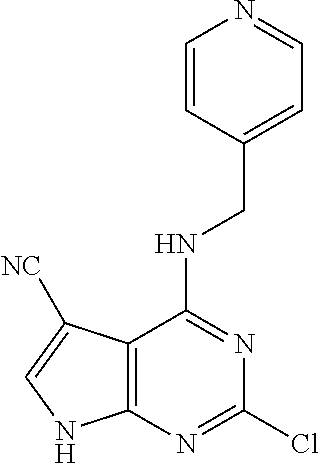
C00242
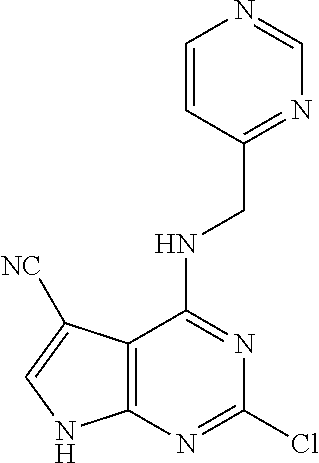
C00243
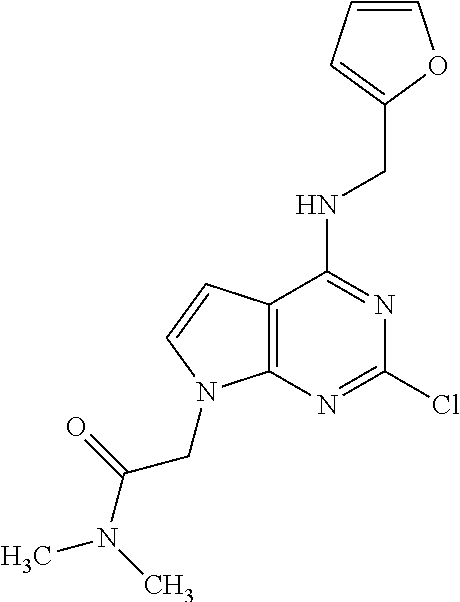
C00244

C00245

C00246
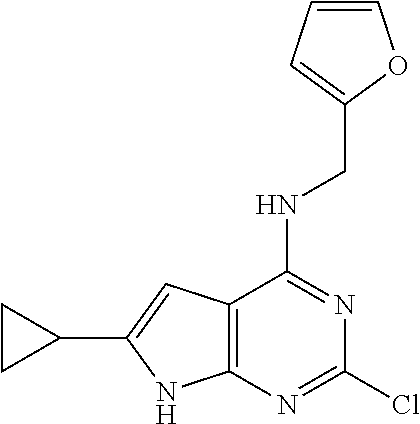
C00247

C00248
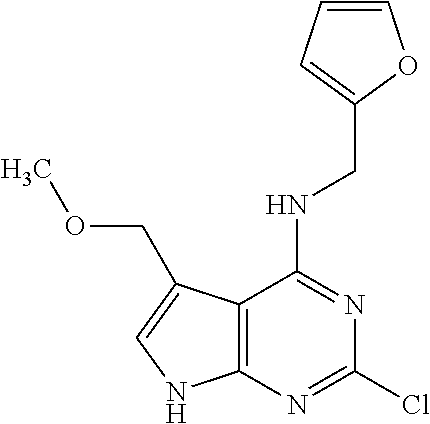
C00249

C00250
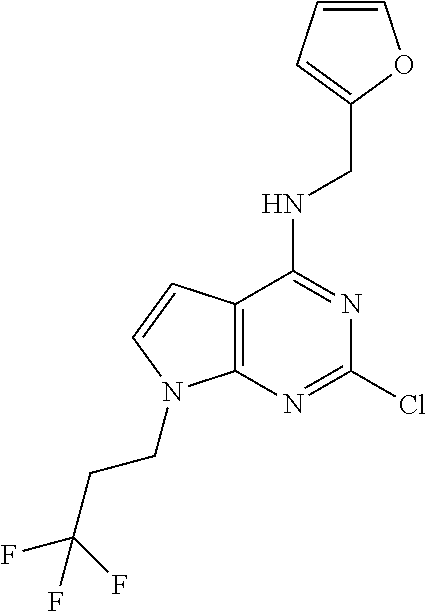
C00251
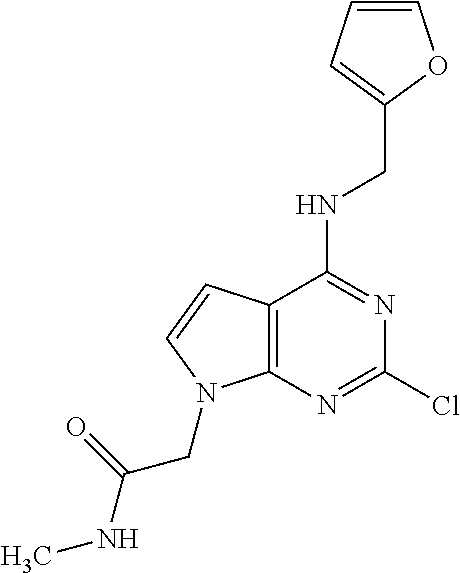
C00252
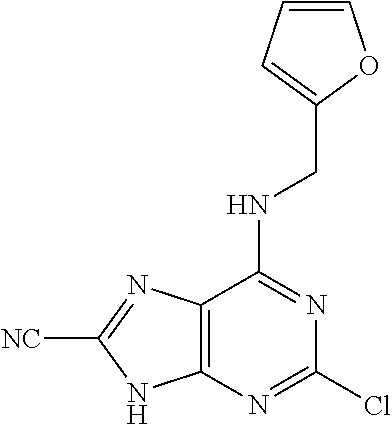
C00253
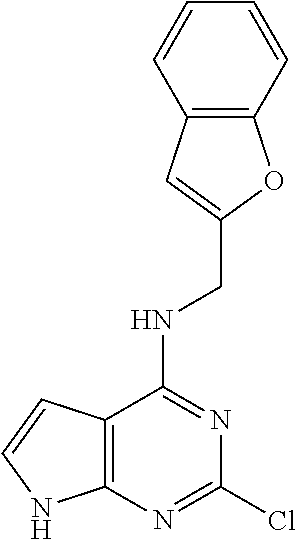
C00254

C00255
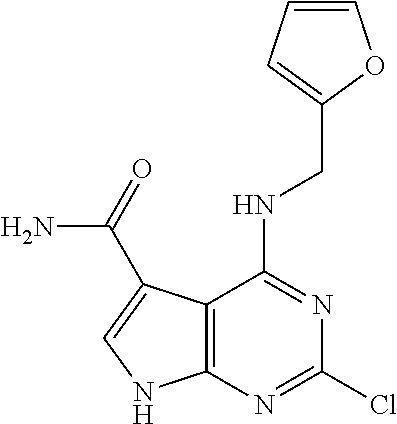
C00256
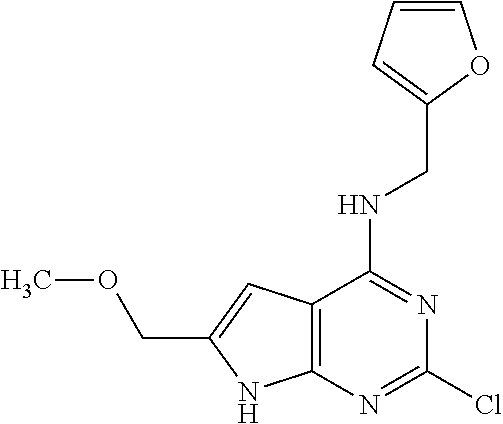
C00257

C00258

C00259
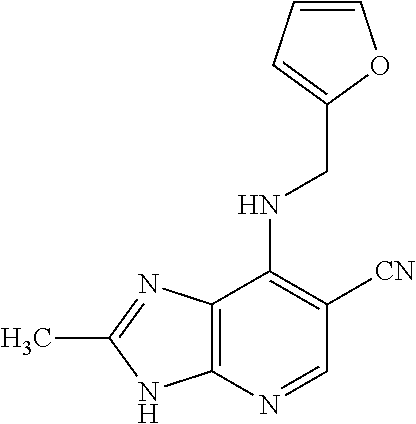
C00260

C00261

C00262

C00263
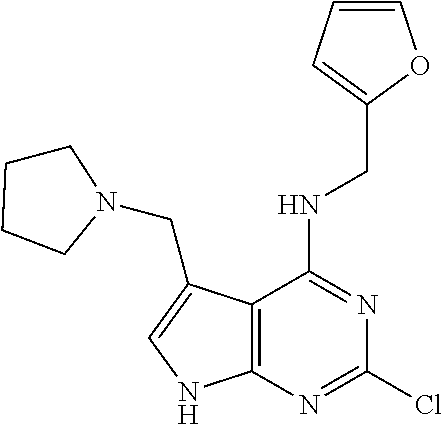
C00264
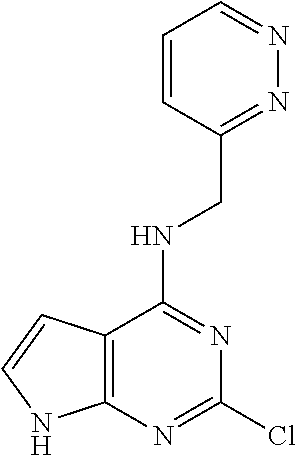
C00265

C00266
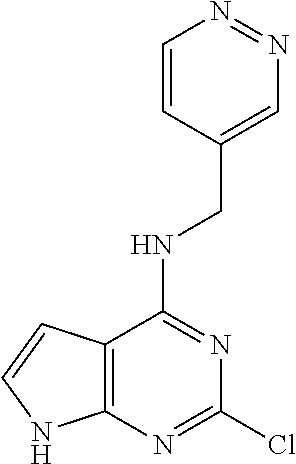
C00267

C00268

C00269

C00270

C00271
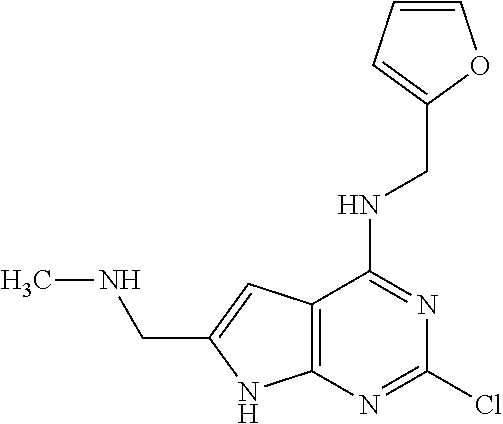
C00272
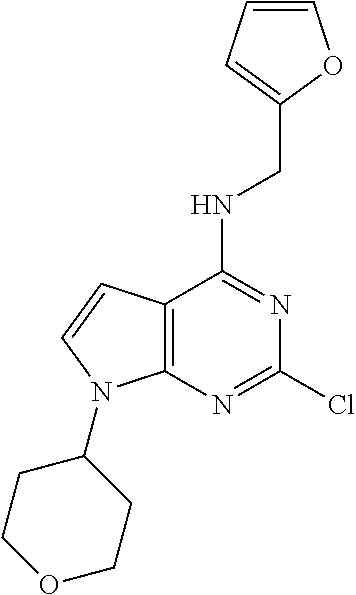
C00273

C00274
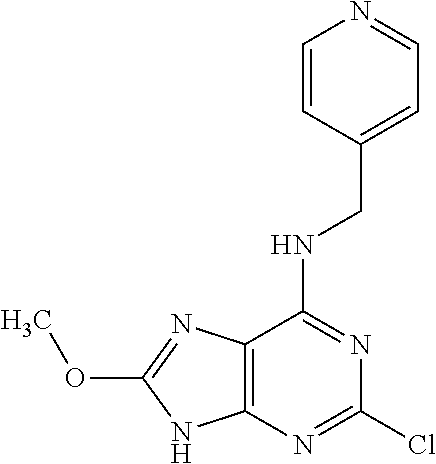
C00275

C00276

C00277
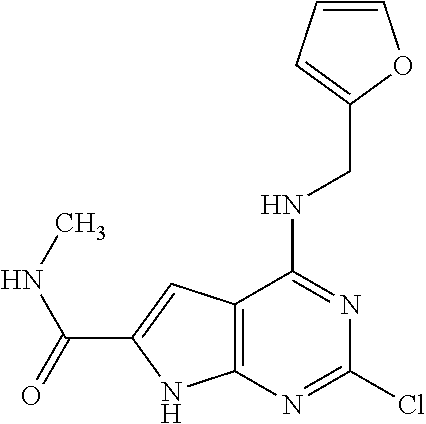
C00278

C00279
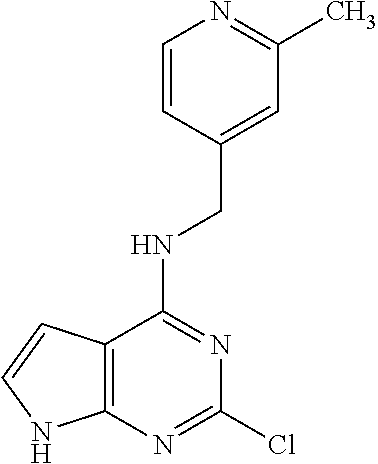
C00280

C00281
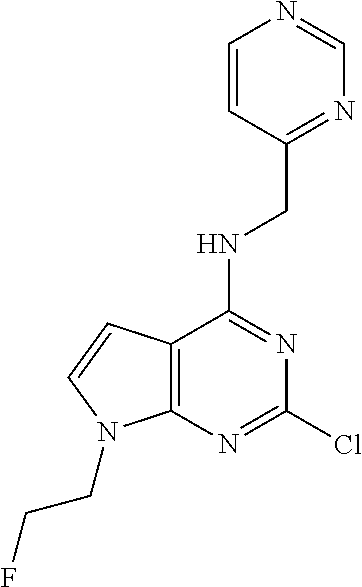
C00282
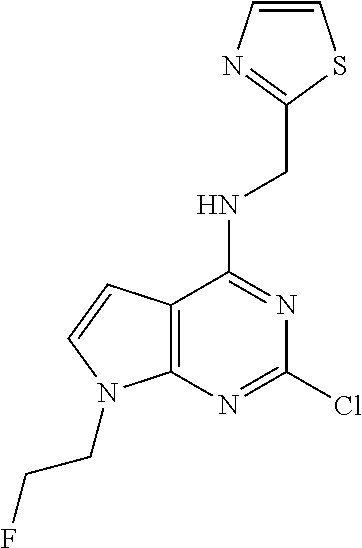
C00283
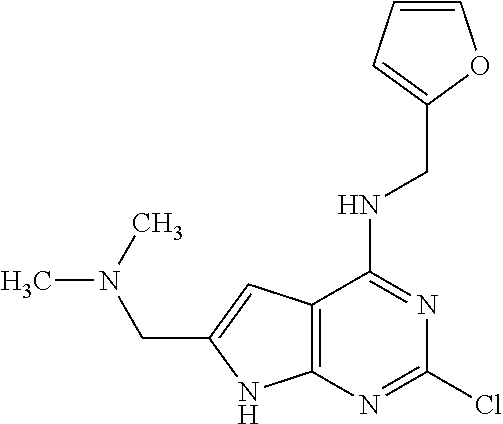
C00284

C00285
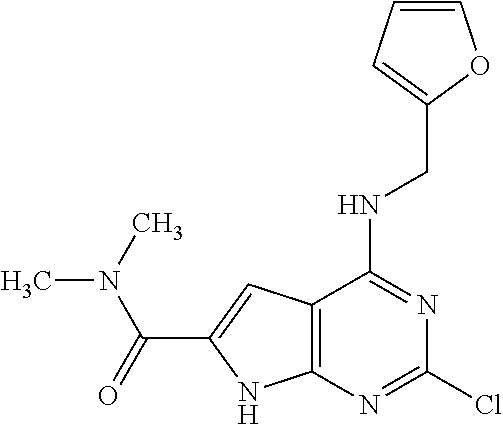
C00286

C00287

C00288
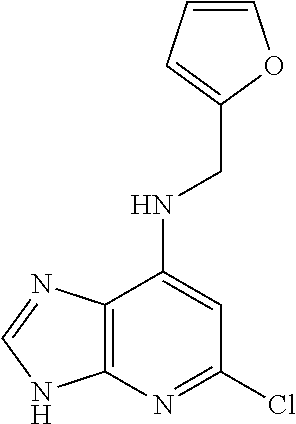
C00289

C00290

C00291
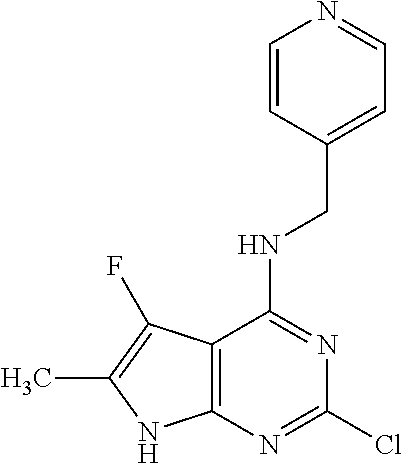
C00292
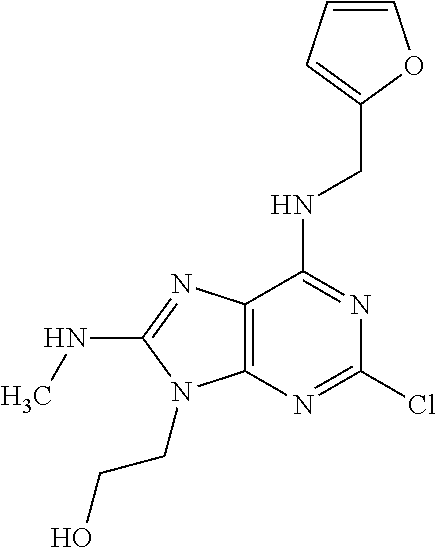
C00293

C00294
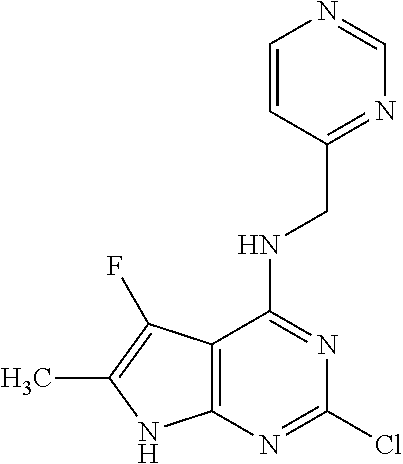
C00295
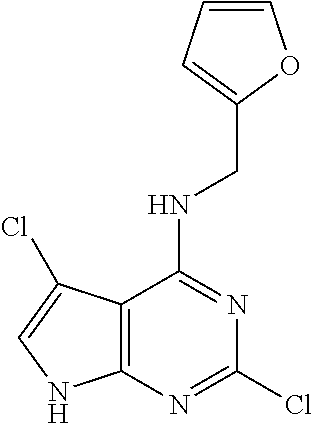
C00296
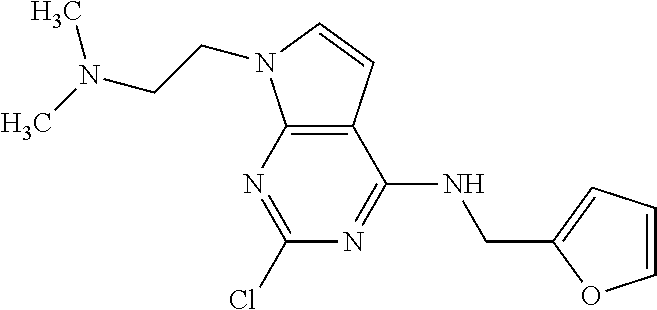
C00297

C00298

C00299
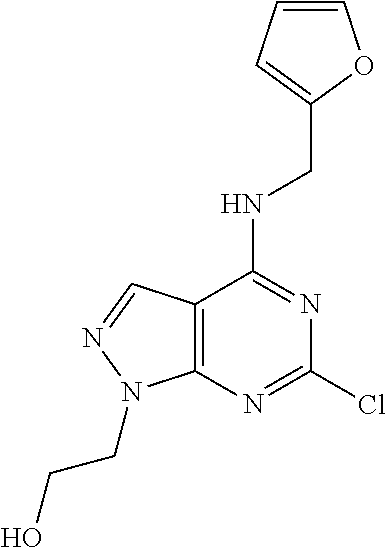
C00300
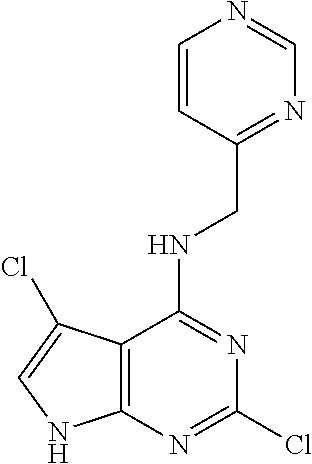
C00301
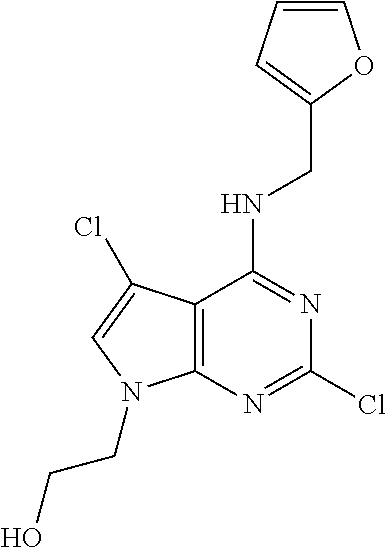
C00302

C00303
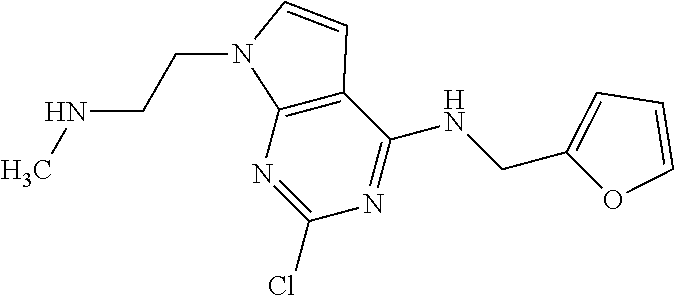
C00304
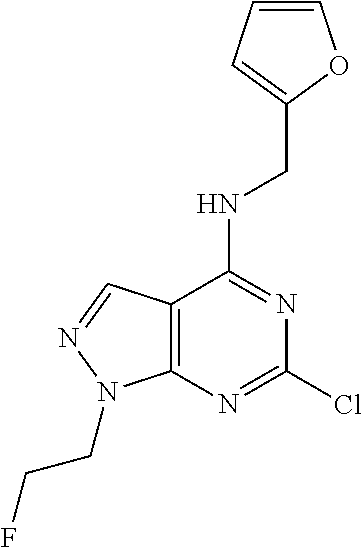
C00305
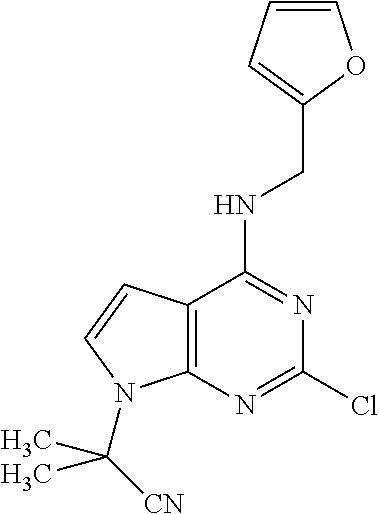
C00306
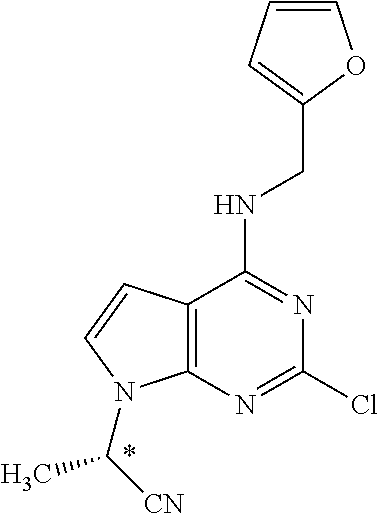
C00307
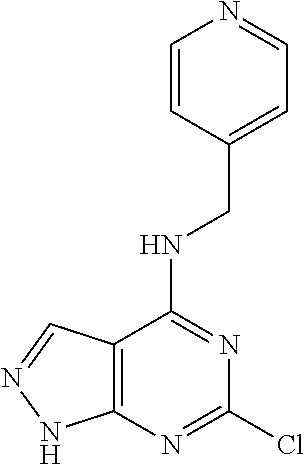
C00308
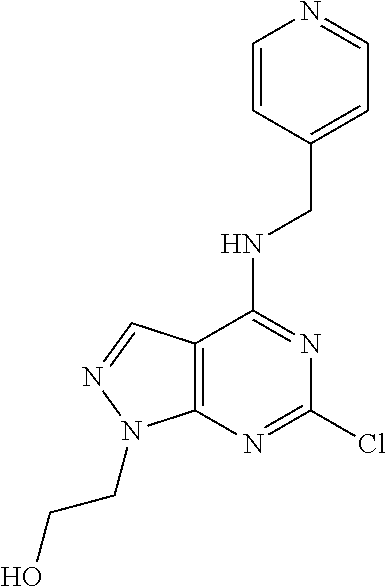
C00309
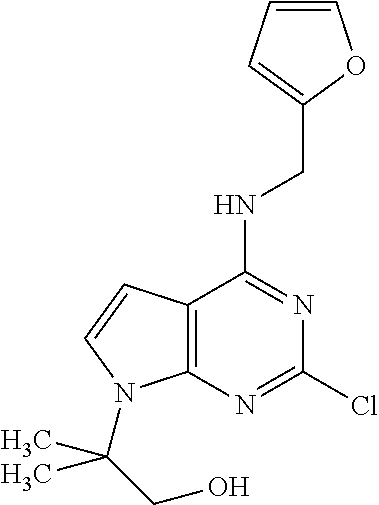
C00310
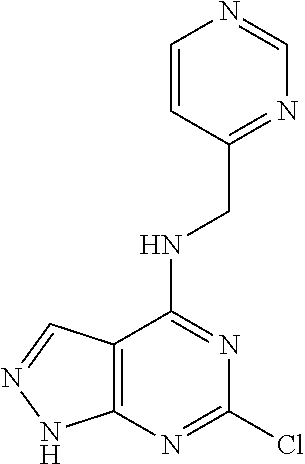
C00311
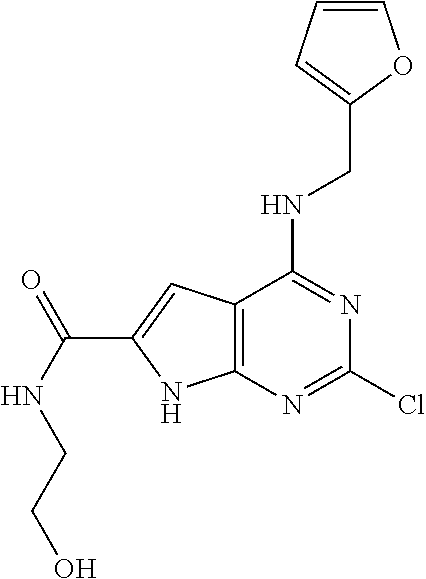
C00312
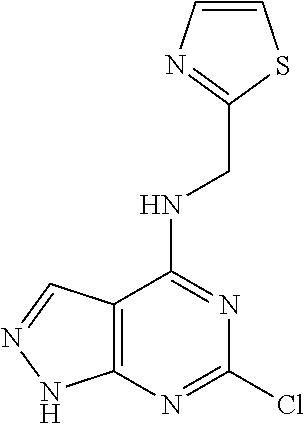
C00313
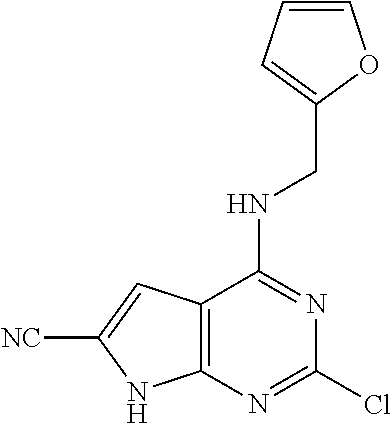
C00314
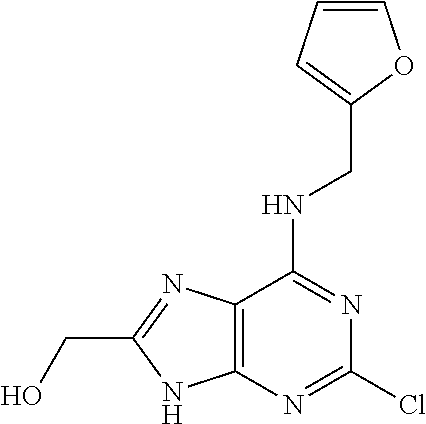
C00315
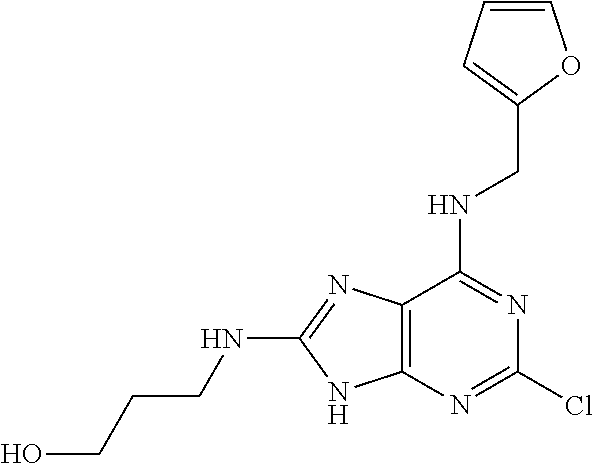
C00316
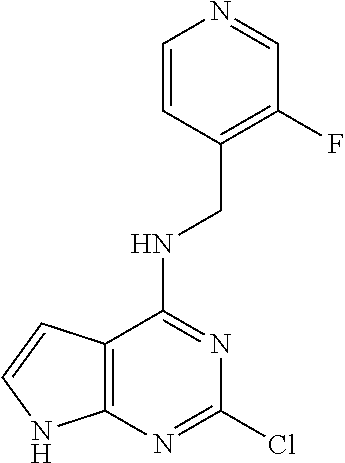
C00317
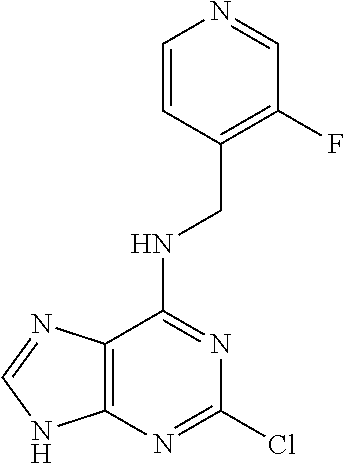
C00318
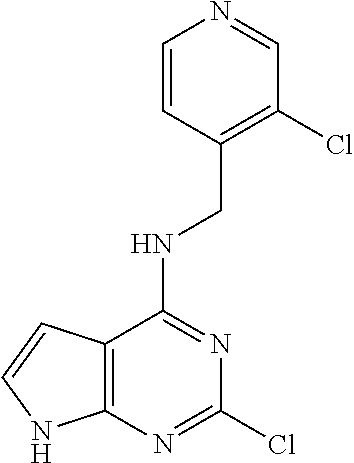
C00319
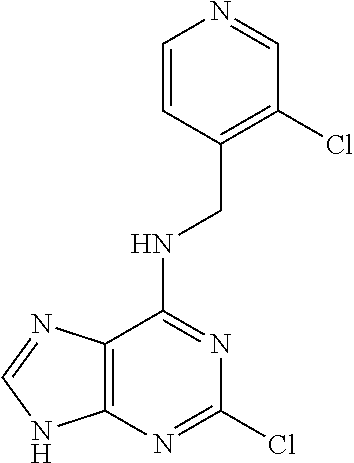
C00320
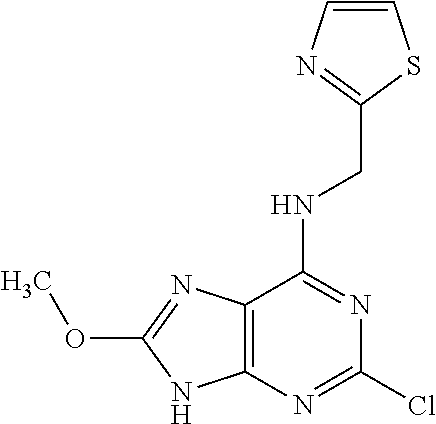
C00321
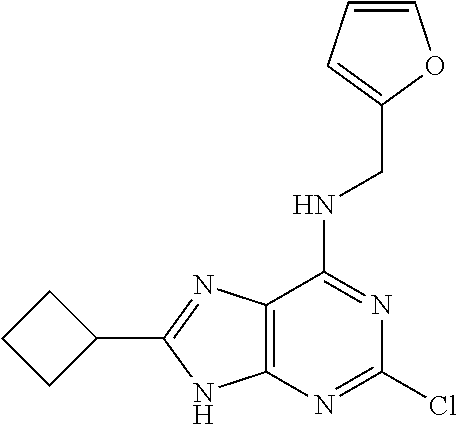
C00322
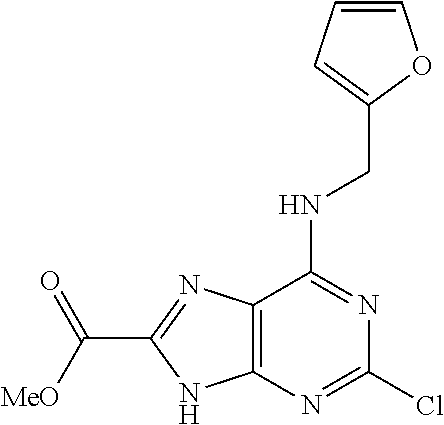
C00323
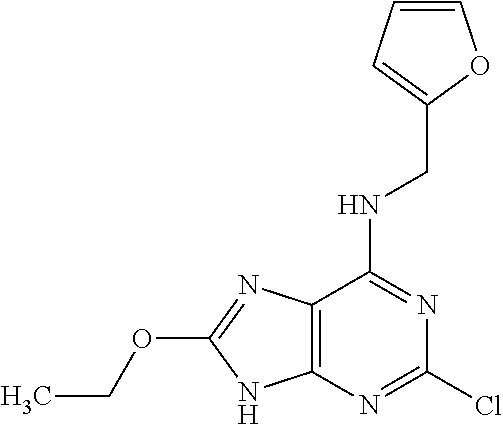
C00324
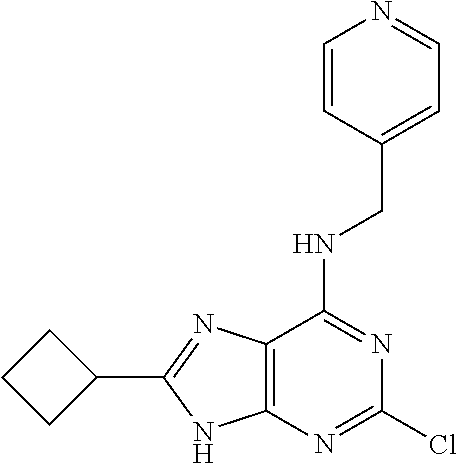
C00325
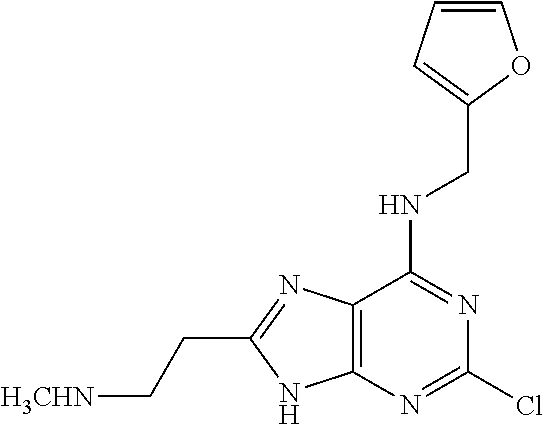
C00326
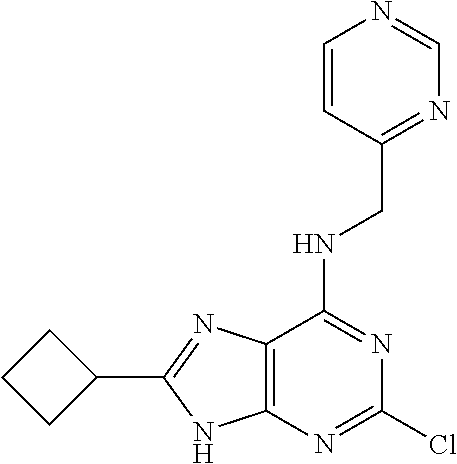
C00327
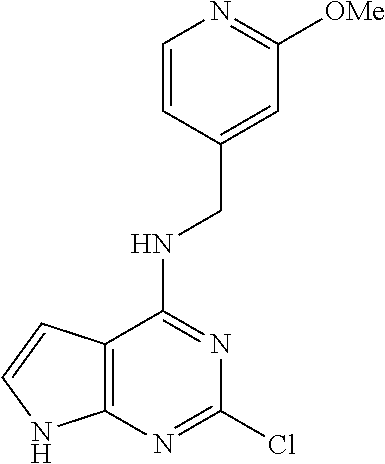
C00328
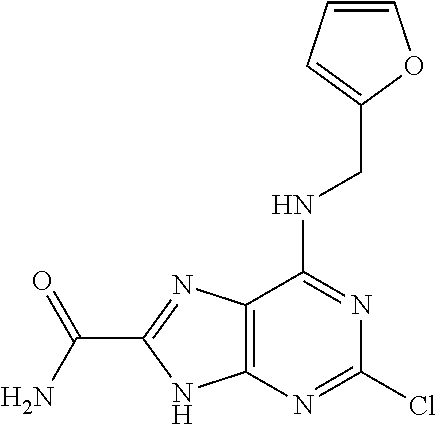
C00329

C00330

C00331
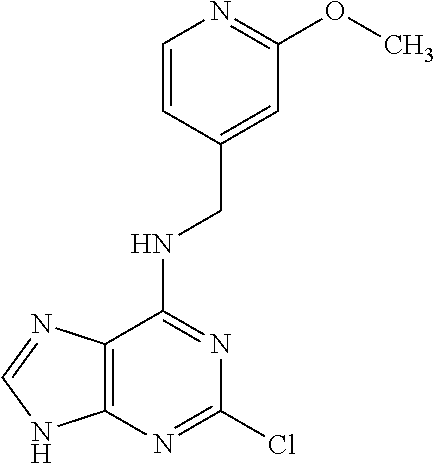
C00332
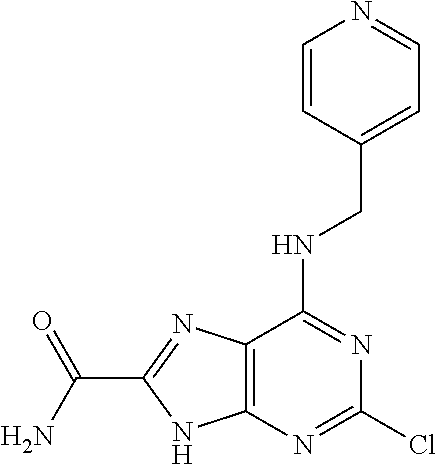
C00333
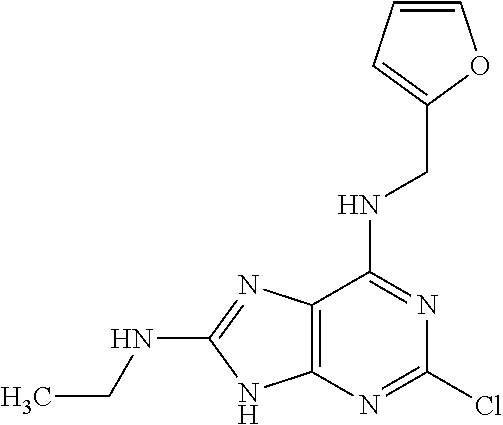
C00334
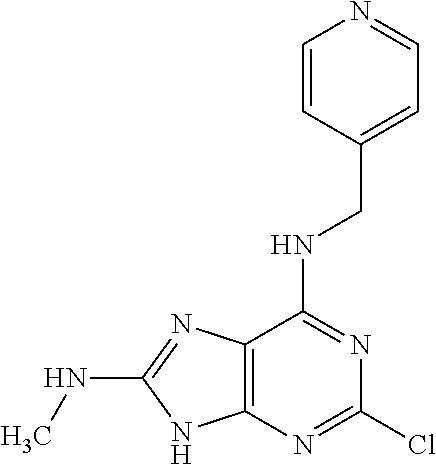
C00335
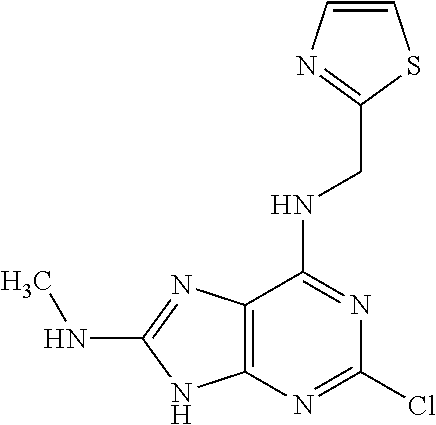
C00336

C00337
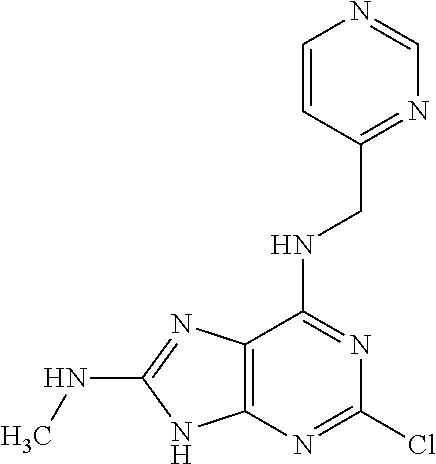
C00338
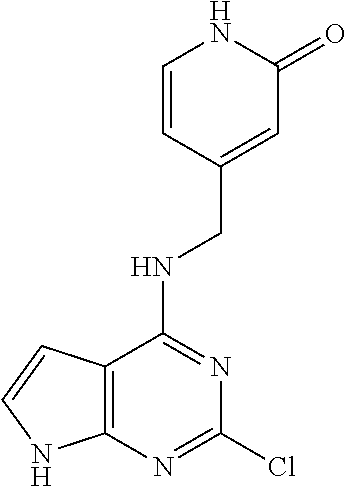
C00339
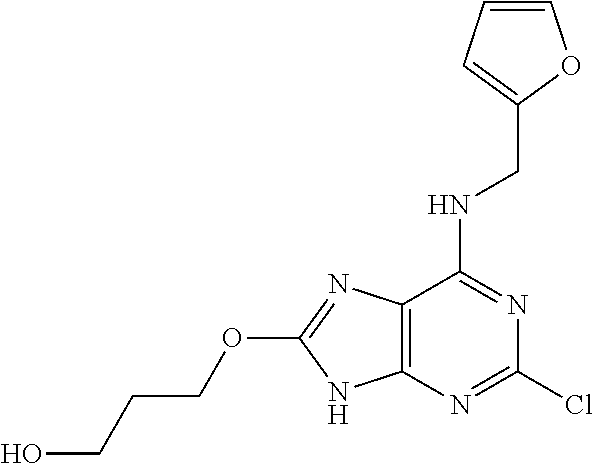
C00340

C00341
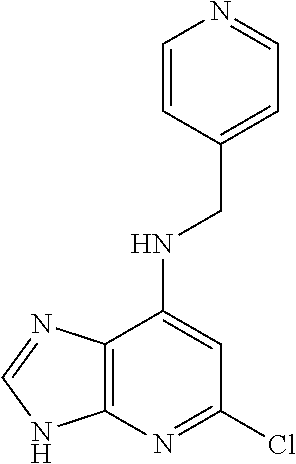
C00342

C00343
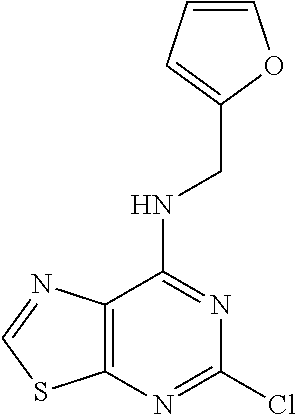
C00344
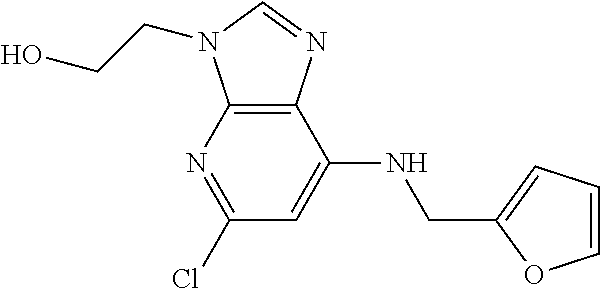
C00345
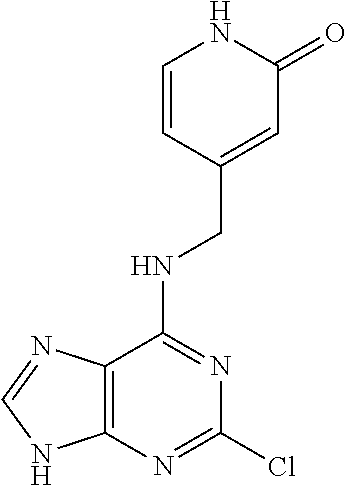
C00346
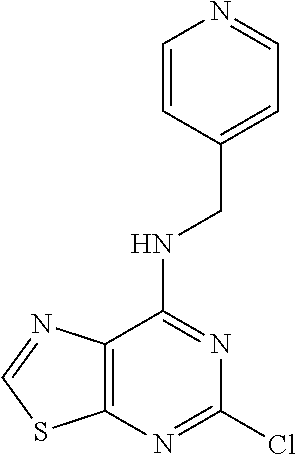
C00347

C00348
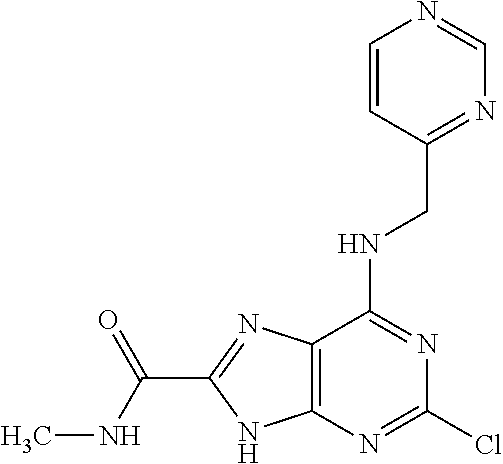
C00349

C00350
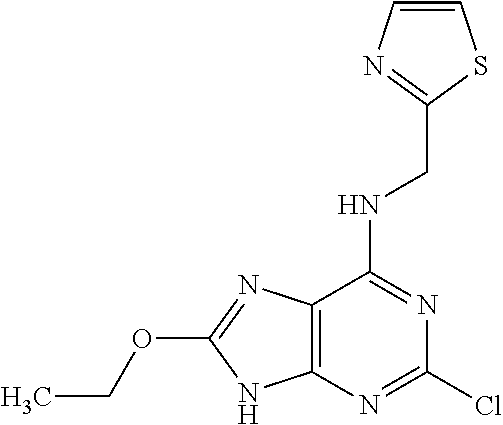
C00351
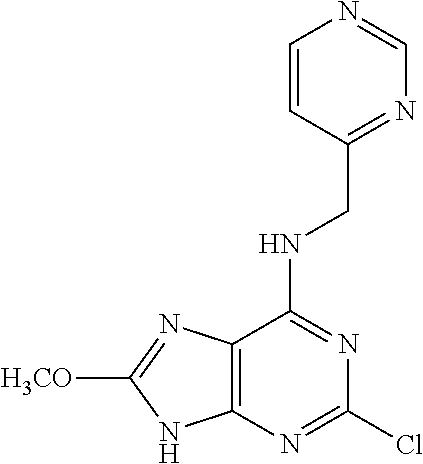
C00352
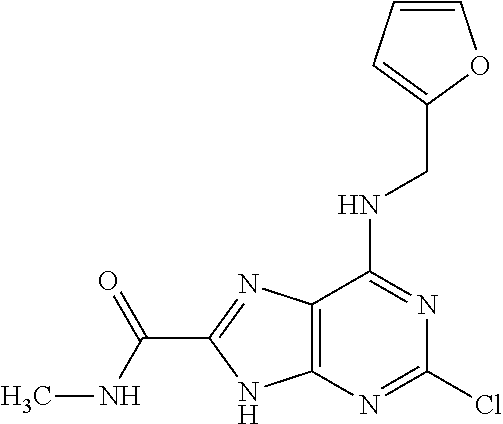
C00353

C00354
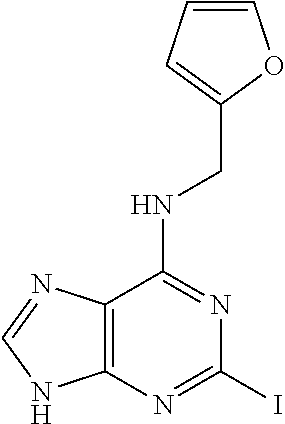
C00355
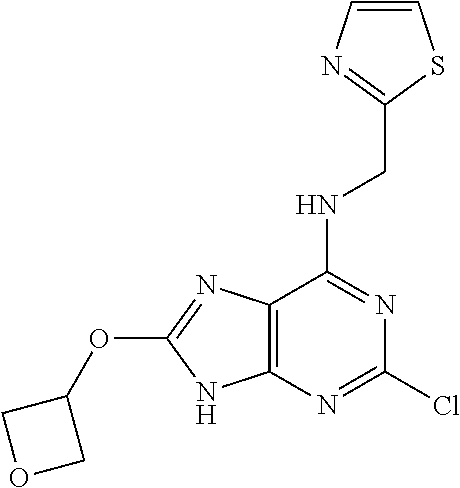
C00356

C00357

C00358
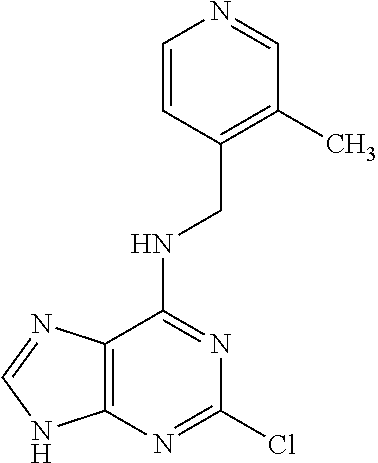
C00359

C00360
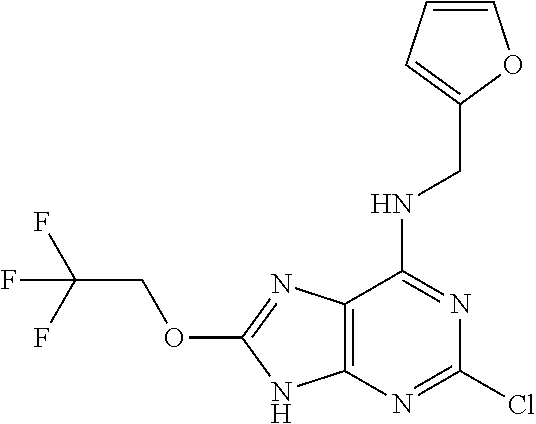
C00361
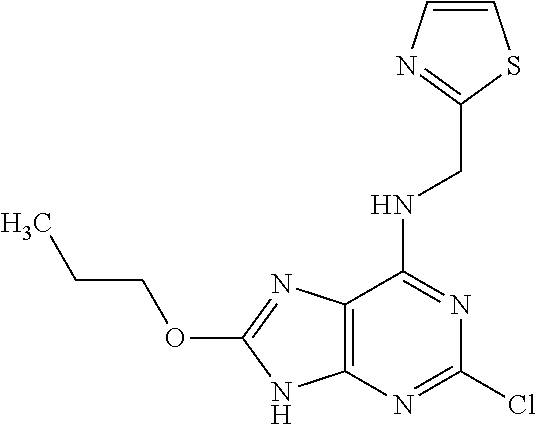
C00362
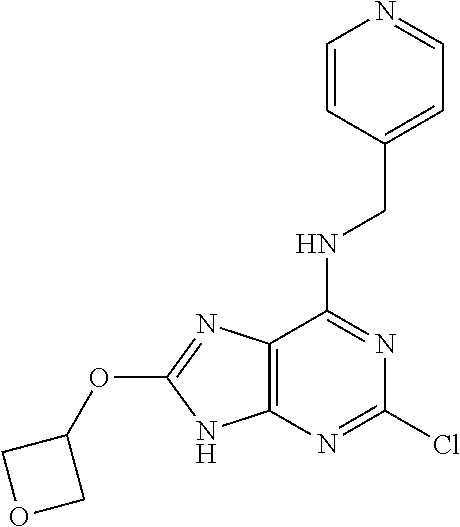
C00363
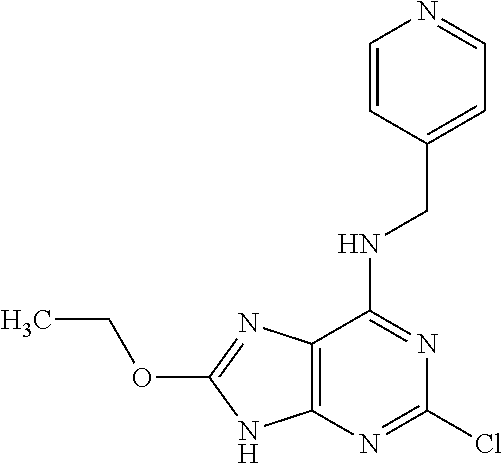
C00364
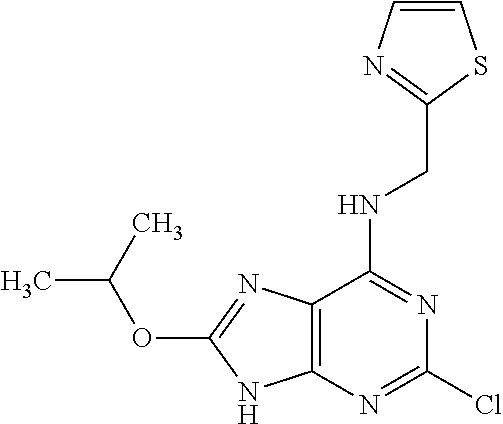
C00365
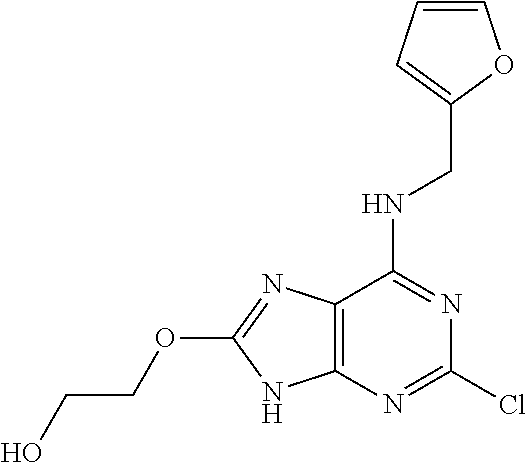
C00366
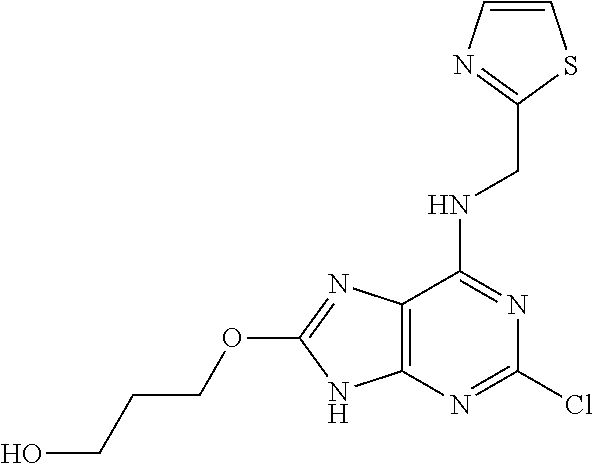
C00367
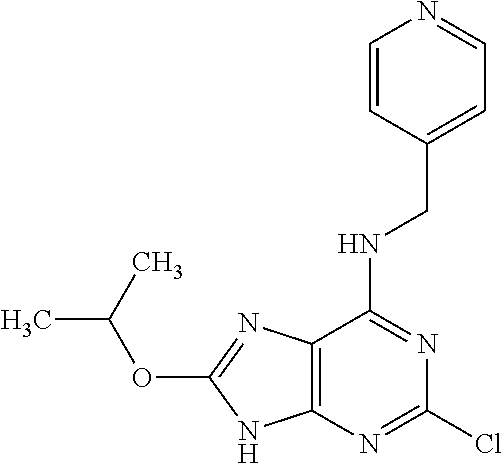
C00368

C00369

C00370
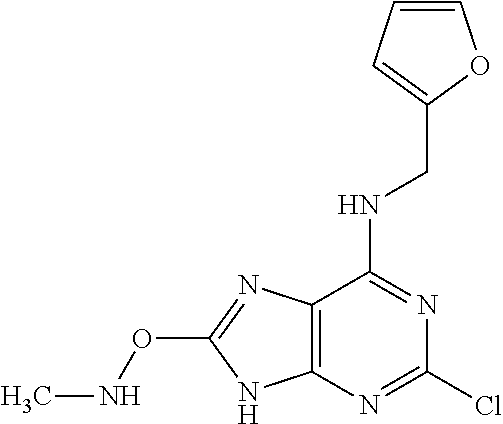
C00371

C00372

C00373
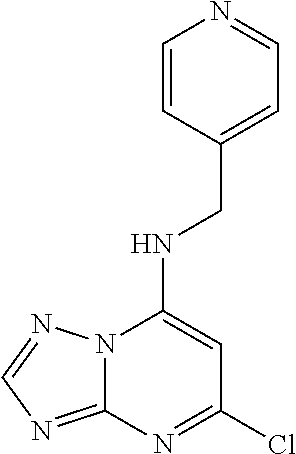
C00374
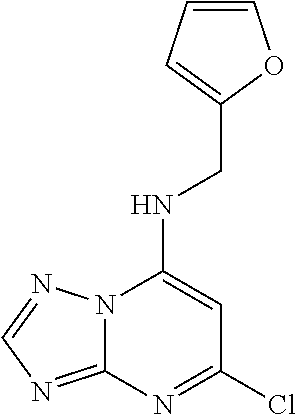
C00375
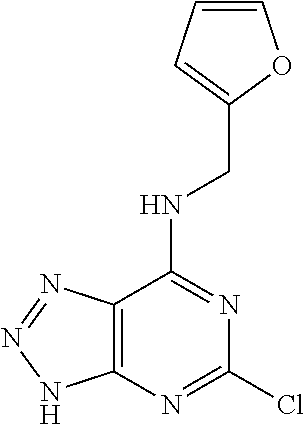
C00376
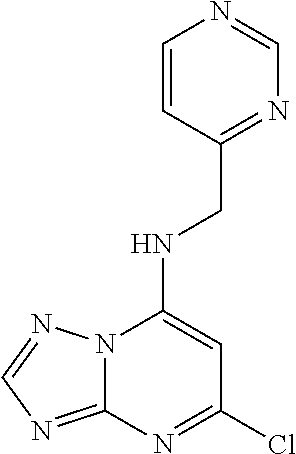
C00377
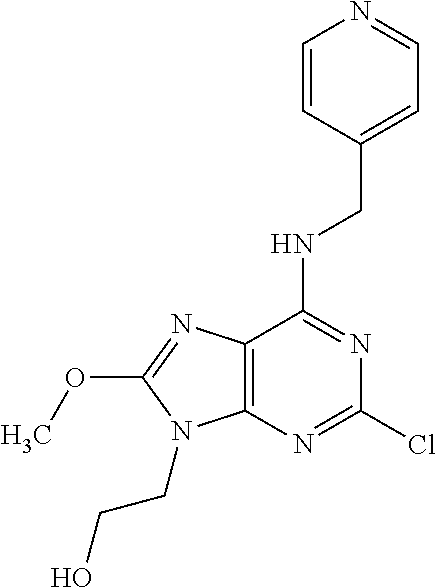
C00378
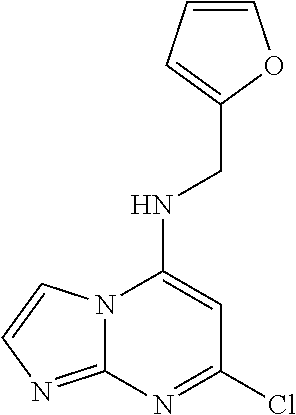
C00379
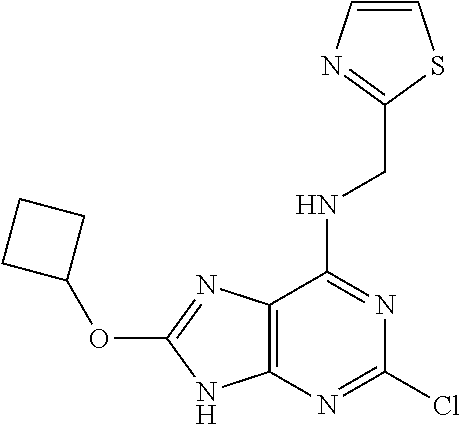
C00380
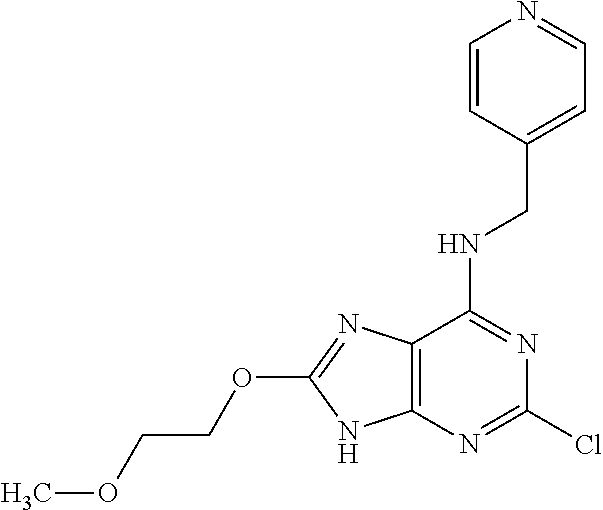
C00381
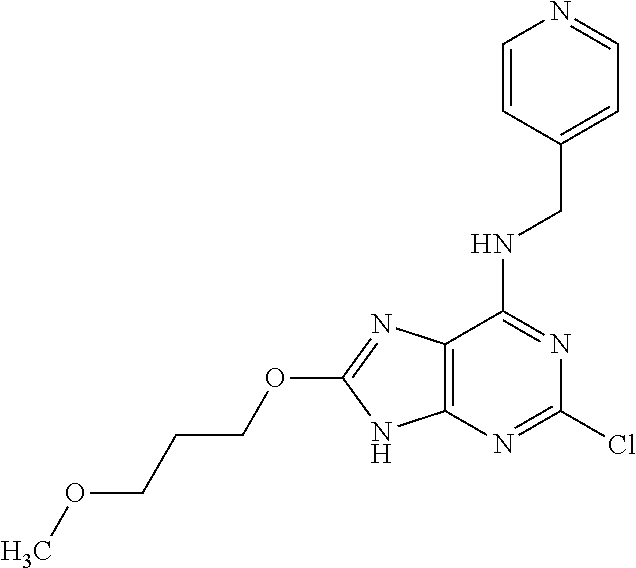
C00382
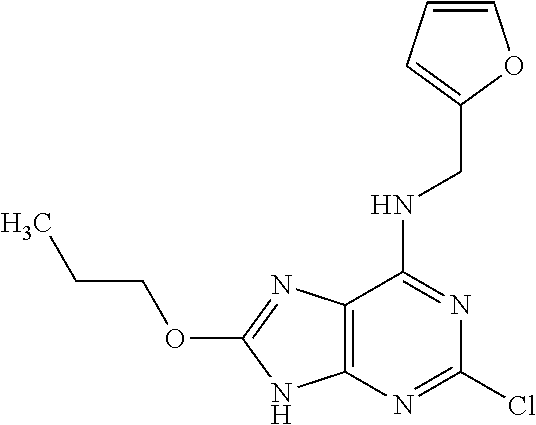
C00383
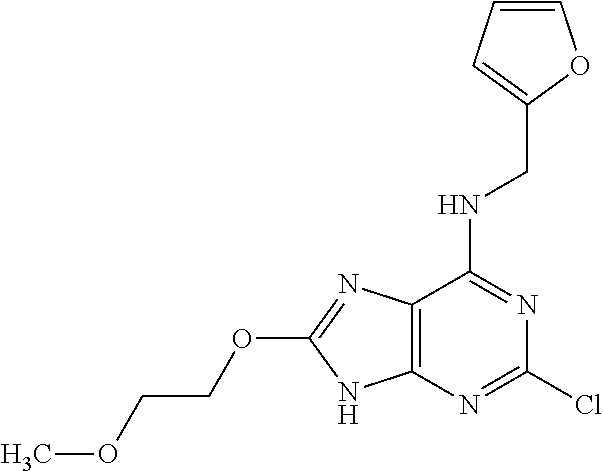
C00384
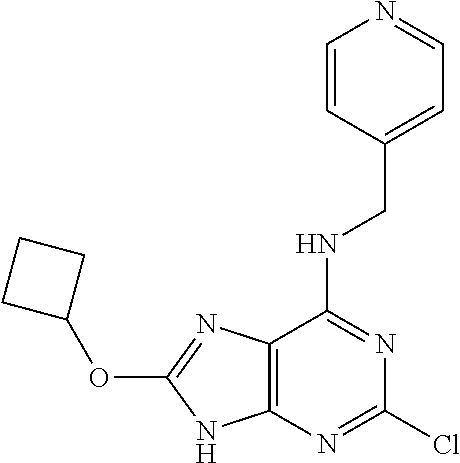
C00385
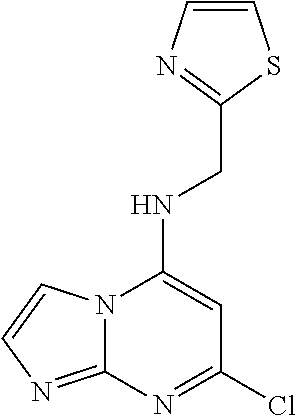
C00386
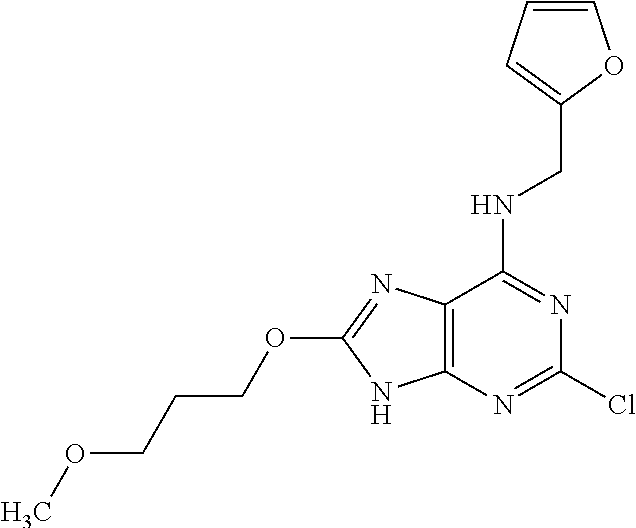
C00387
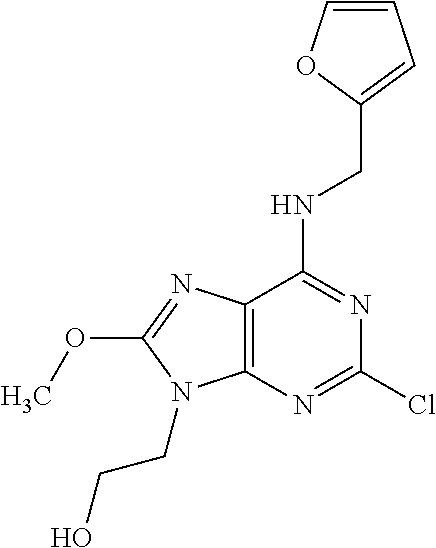
C00388
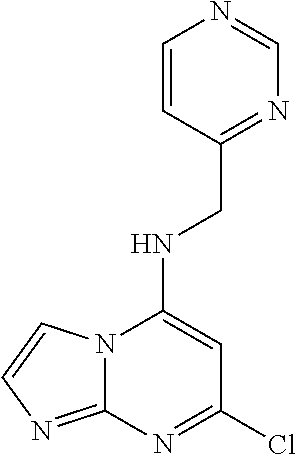
C00389
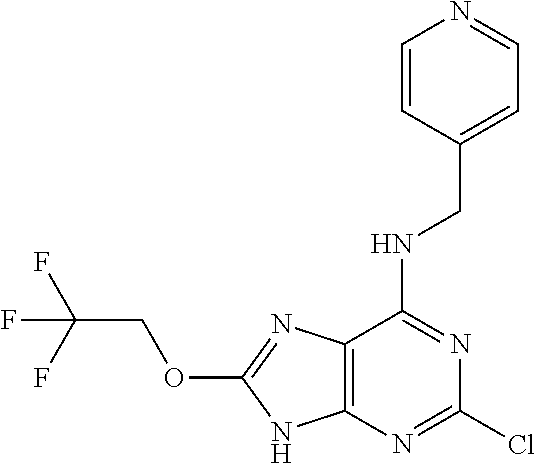
C00390

C00391
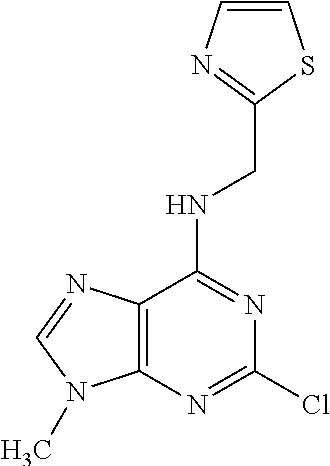
C00392
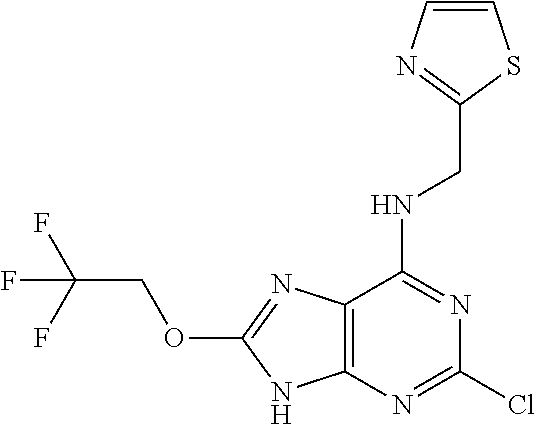
C00393
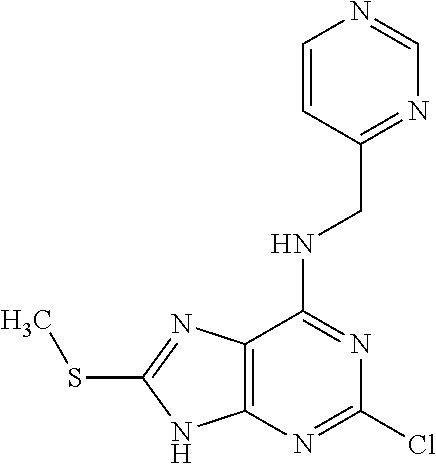
C00394

C00395
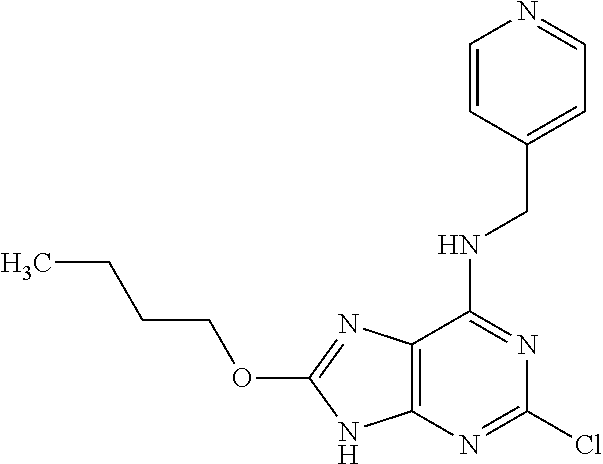
C00396
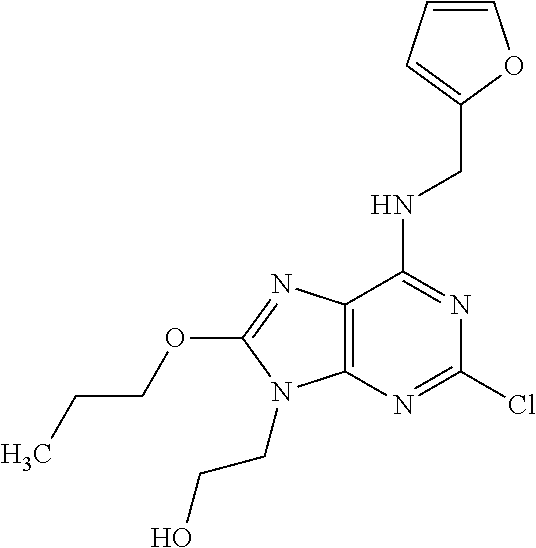
C00397
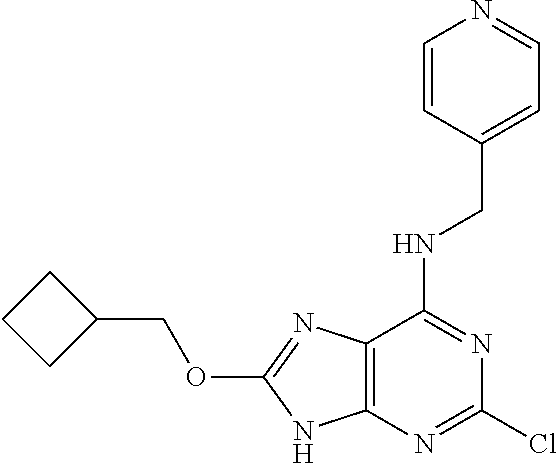
C00398

C00399

C00400

C00401
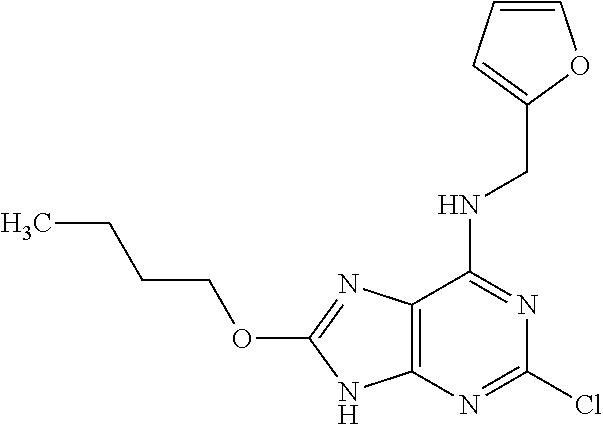
C00402
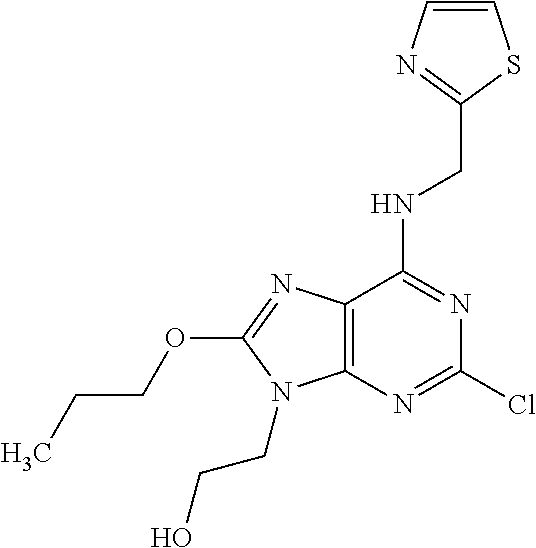
C00403
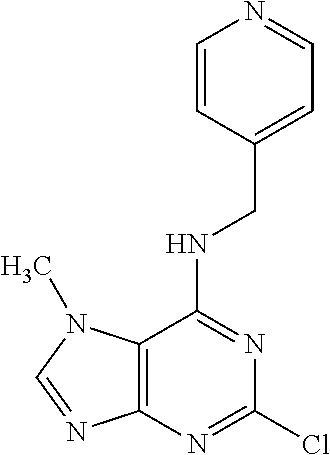
C00404
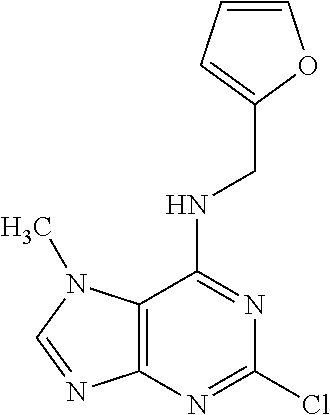
C00405
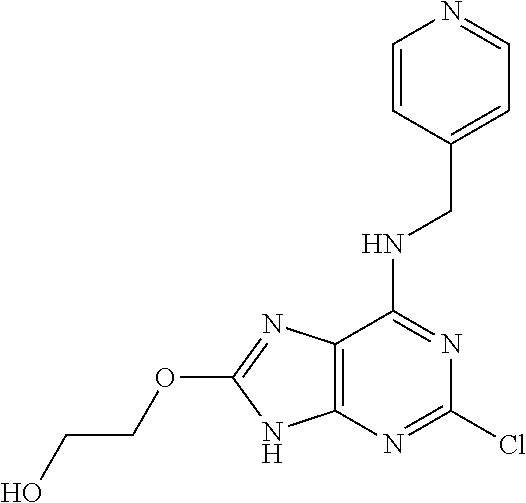
C00406
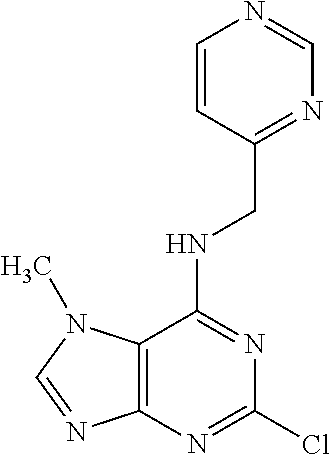
C00407
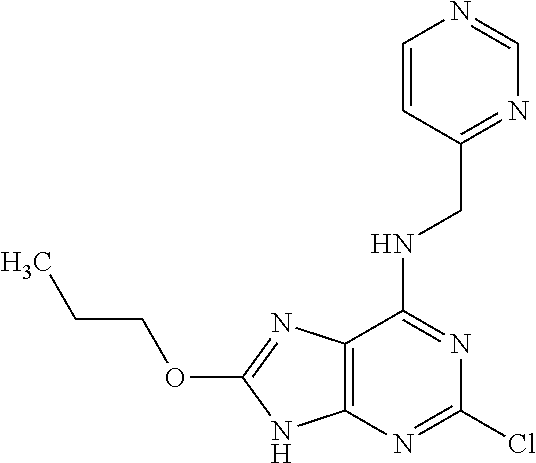
C00408
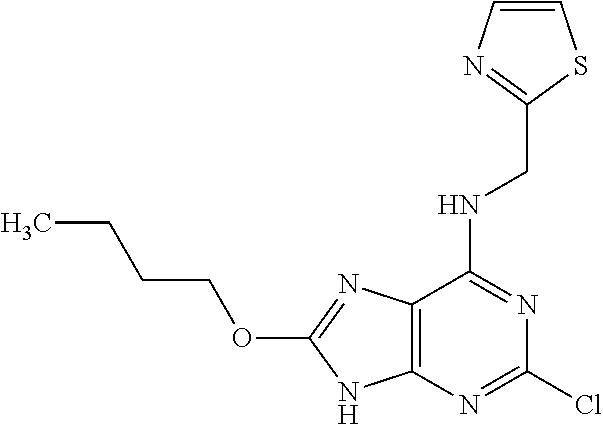
C00409

C00410
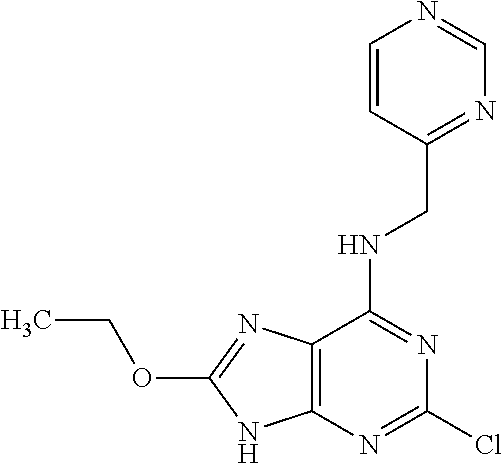
C00411

C00412
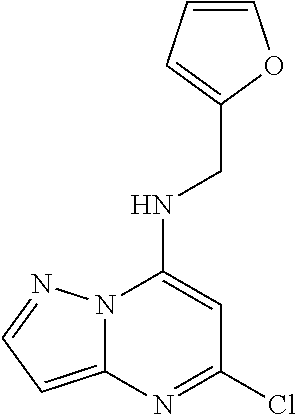
C00413
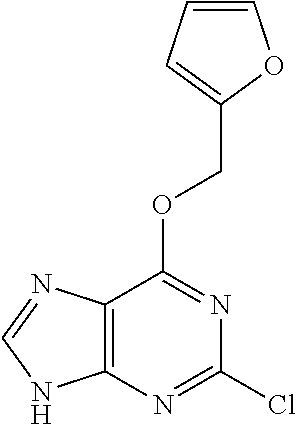
C00414

C00415
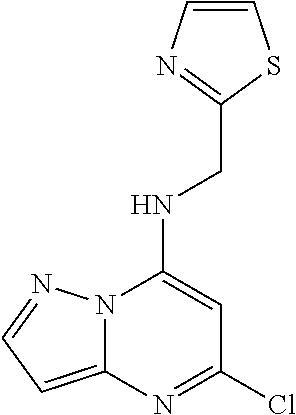
C00416

C00417

C00418
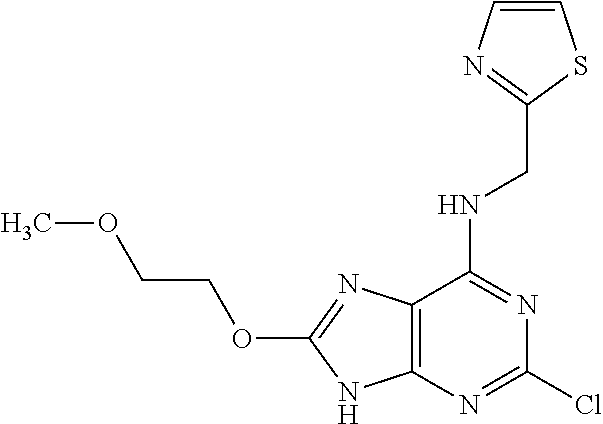
C00419
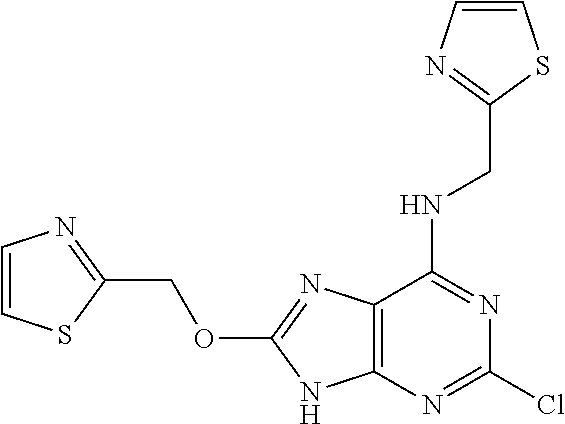
C00420
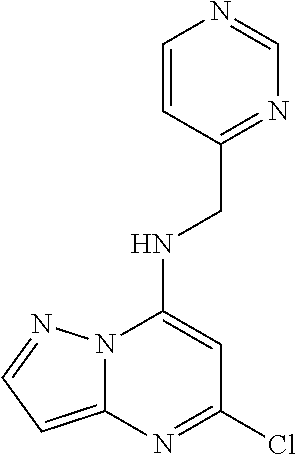
C00421
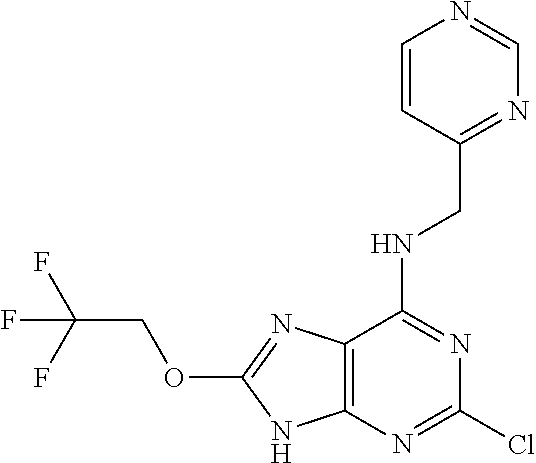
C00422

C00423
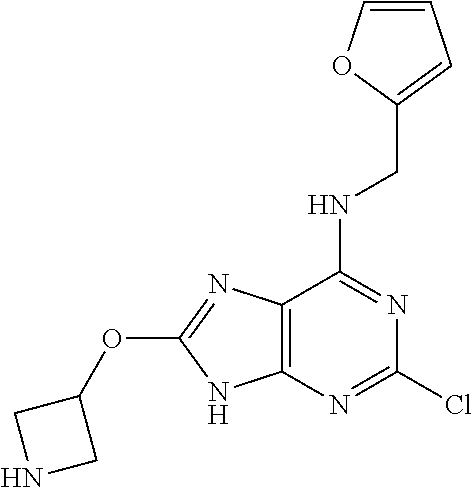
C00424
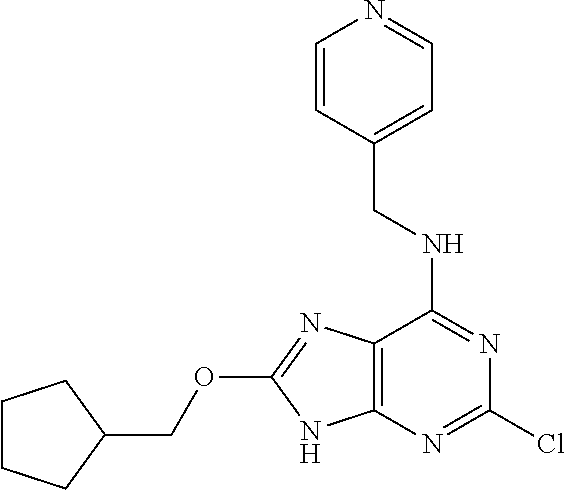
C00425

C00426
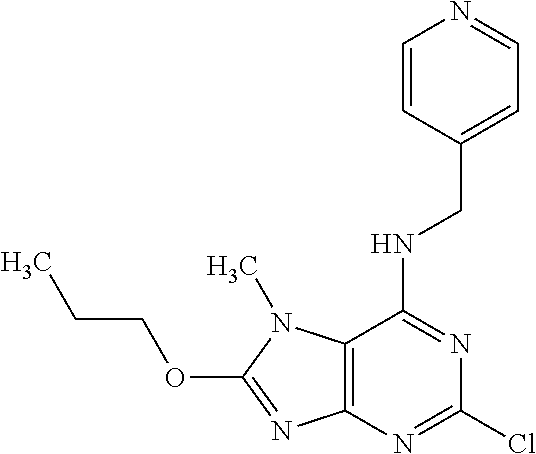
C00427
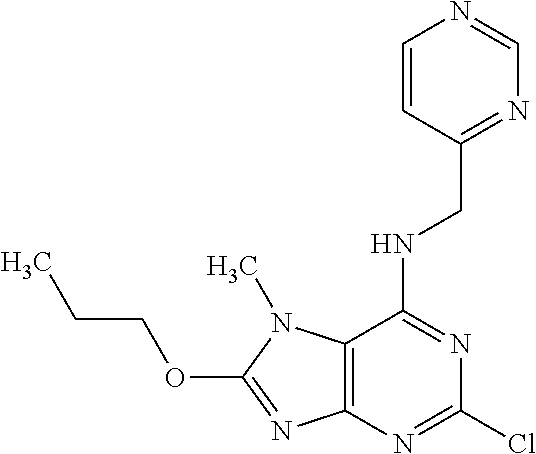
C00428
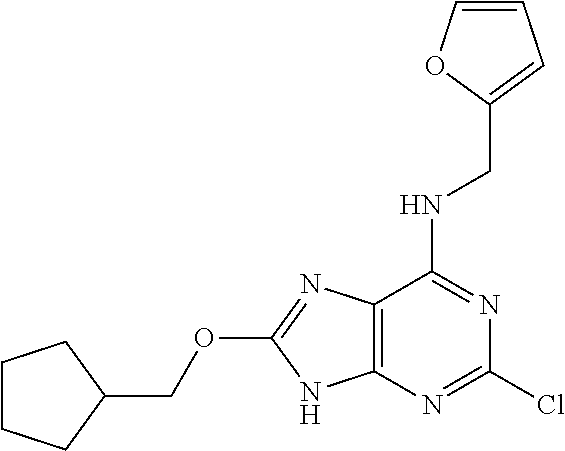
C00429
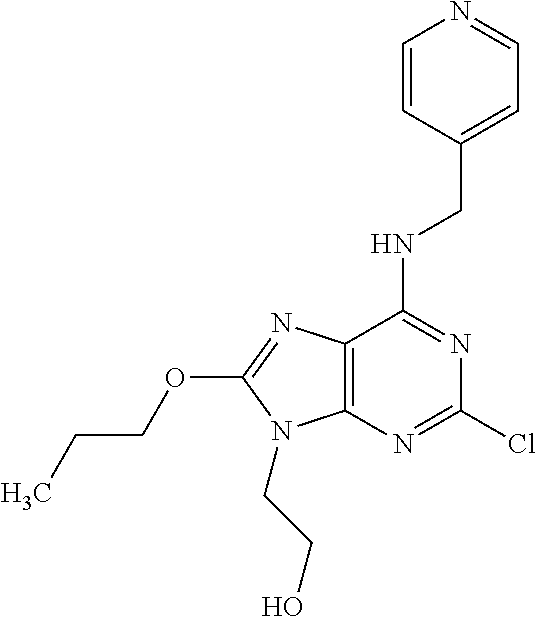
C00430
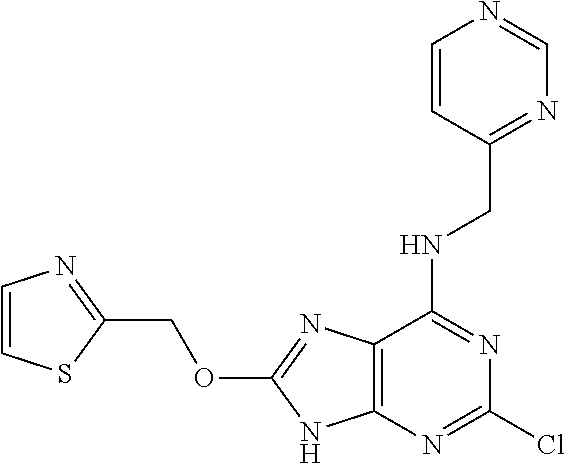
C00431

C00432
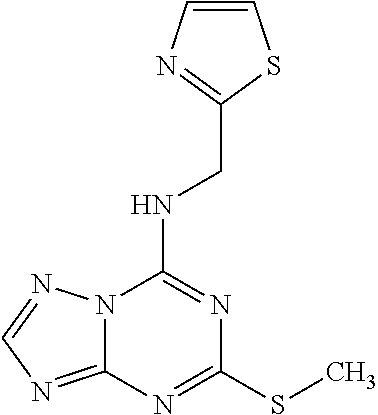
C00433

C00434
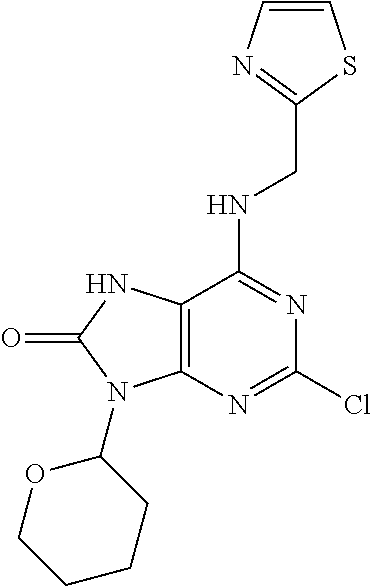
C00435

C00436
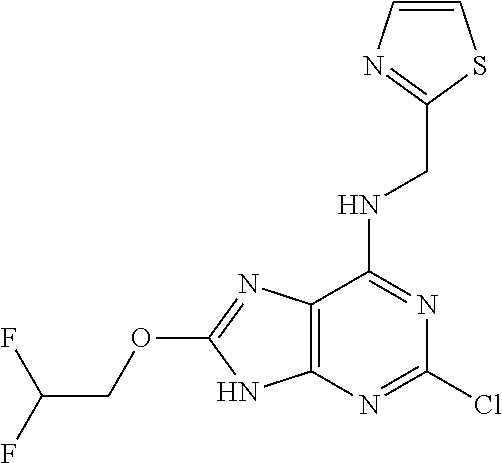
C00437
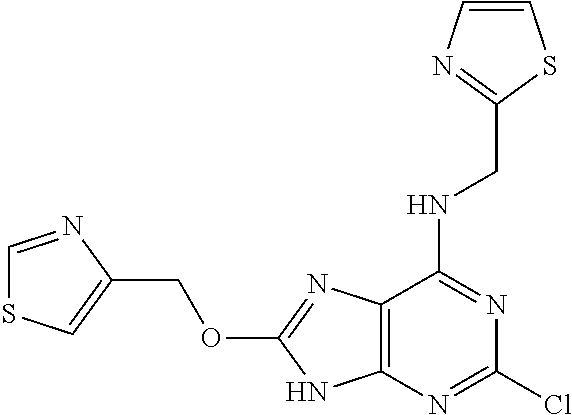
C00438
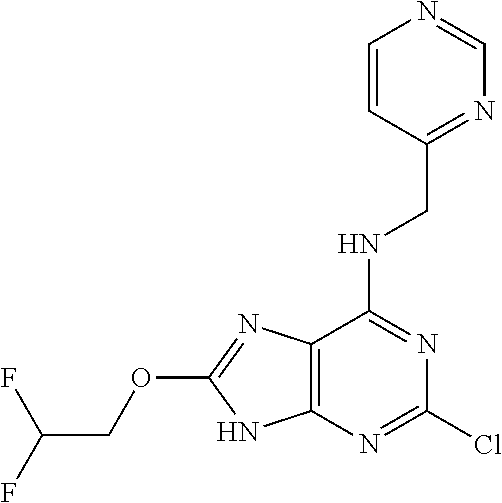
C00439

C00440
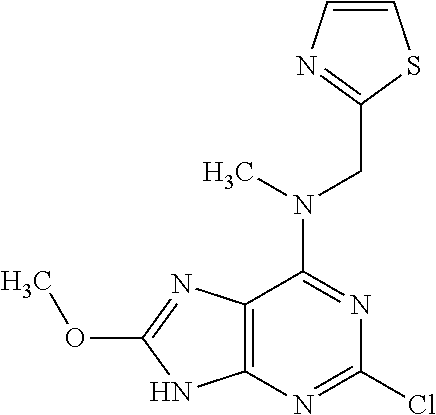
C00441
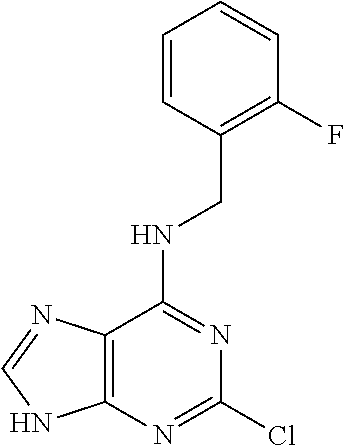
C00442

C00443
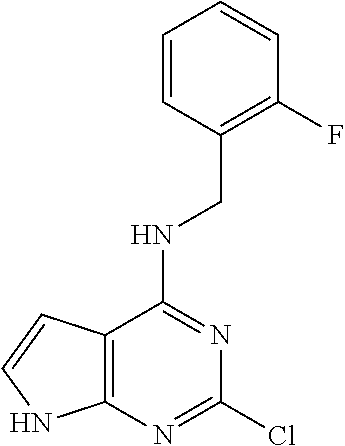
C00444
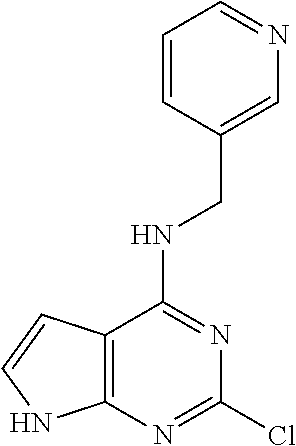
C00445
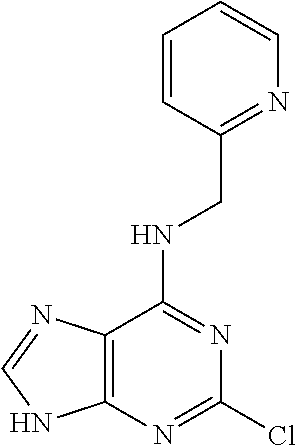
C00446

C00447
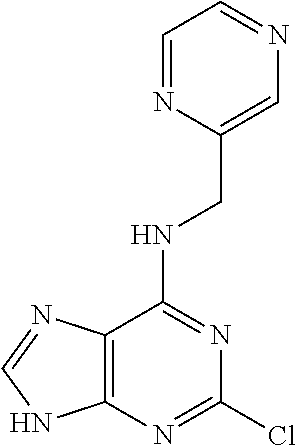
C00448
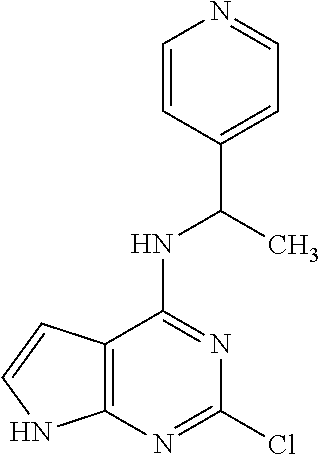
C00449
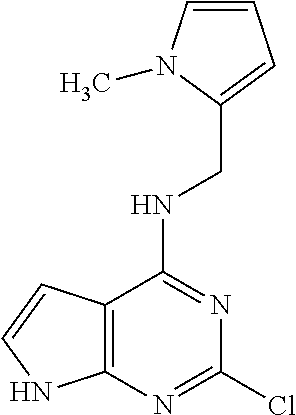
C00450
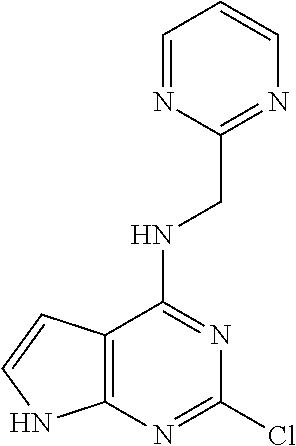
C00451

C00452

C00453
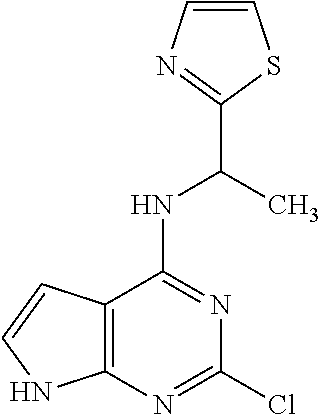
C00454
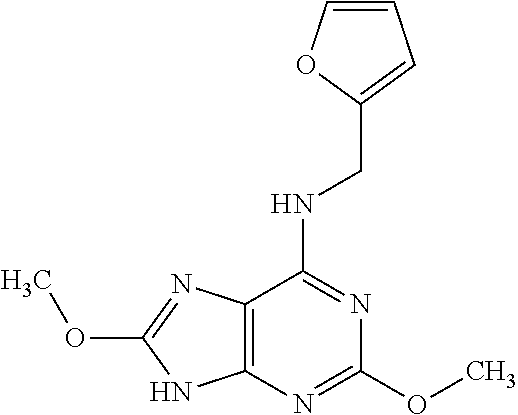
C00455
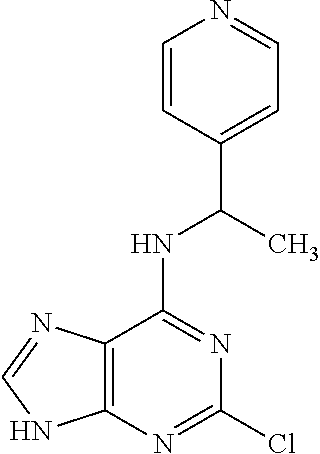
C00456
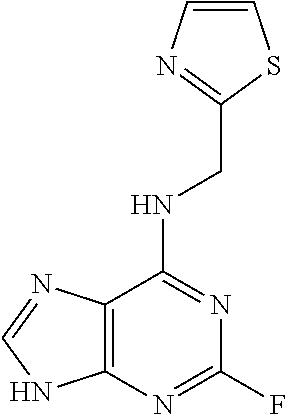
C00457
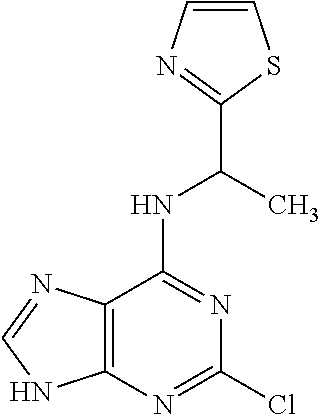
C00458

C00459

C00460
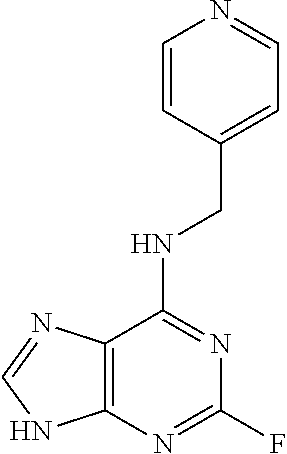
C00461
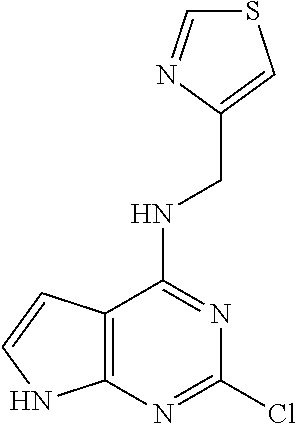
C00462
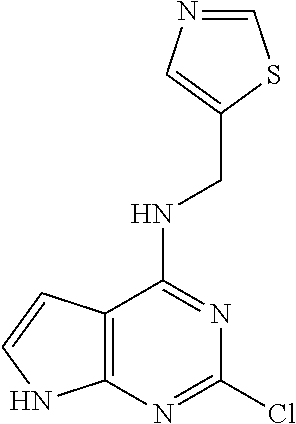
C00463

C00464
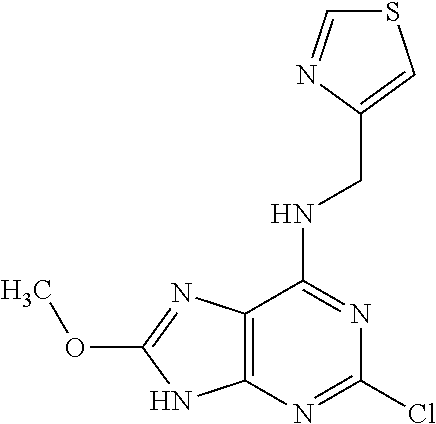
C00465
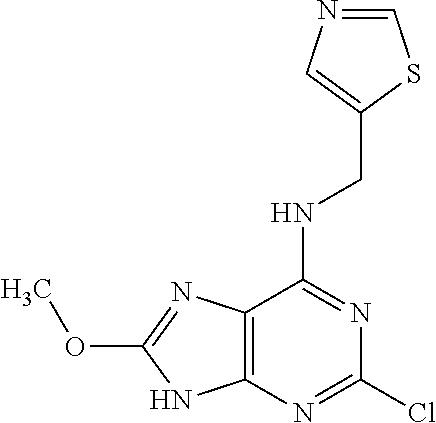
C00466

C00467
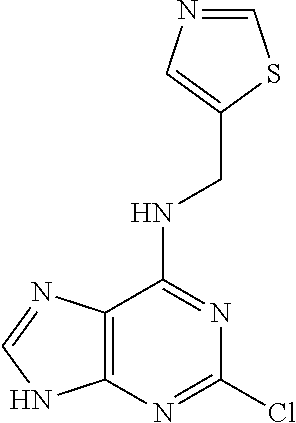
C00468
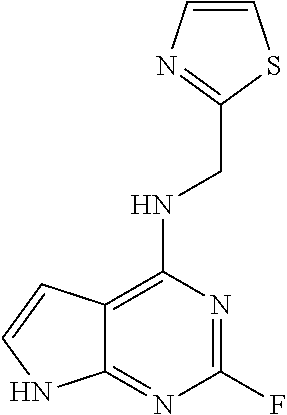
C00469
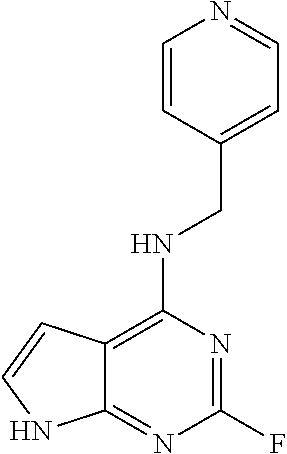
C00470
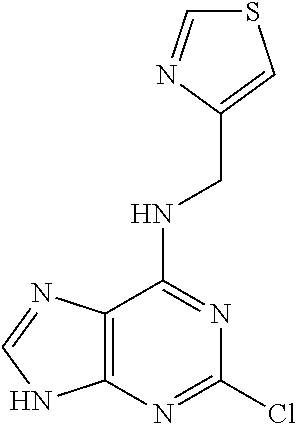
C00471
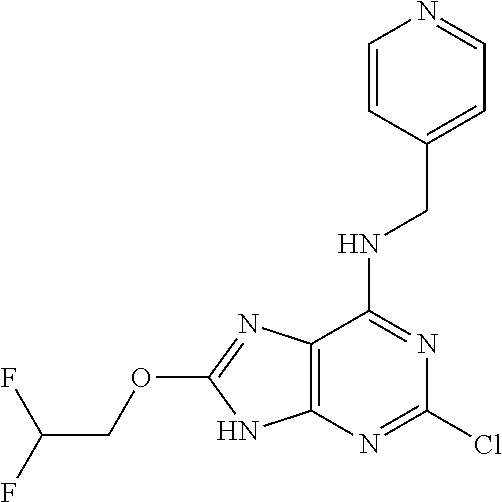
C00472

C00473
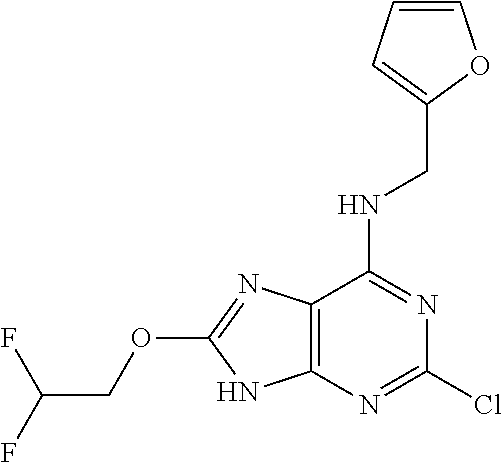
C00474
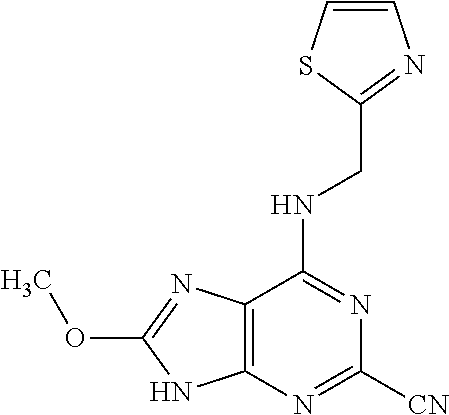
C00475
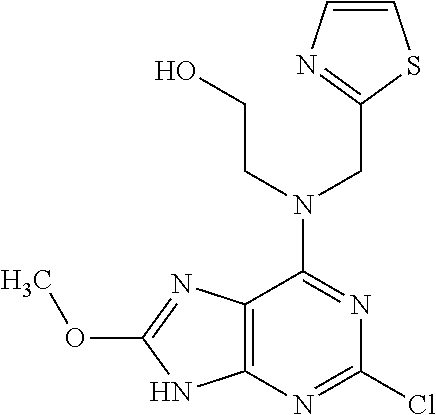
C00476

C00477
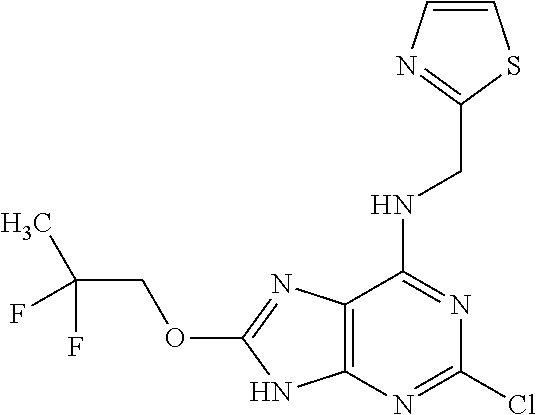
C00478
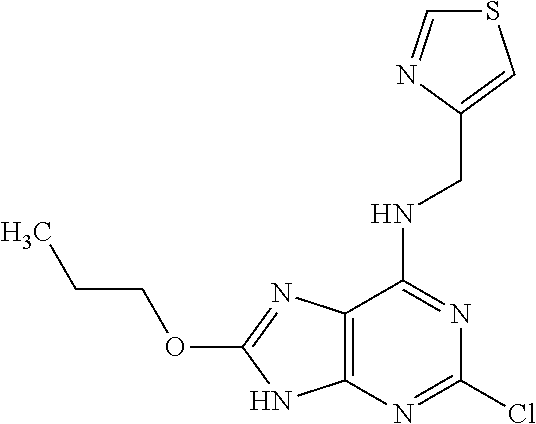
C00479

C00480
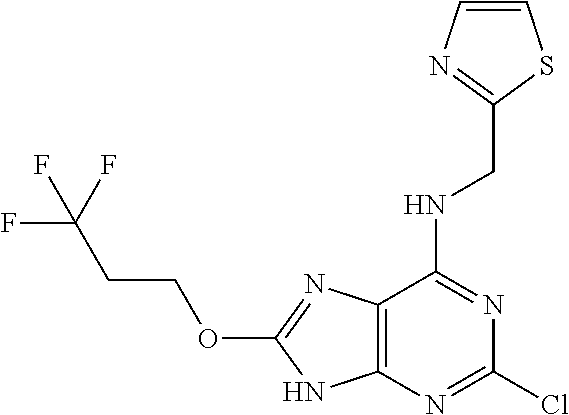
C00481

C00482

C00483
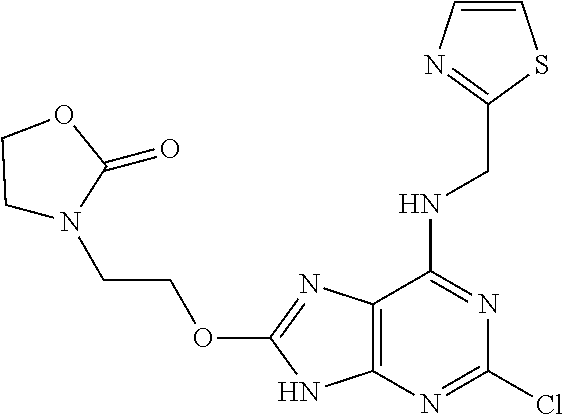
C00484
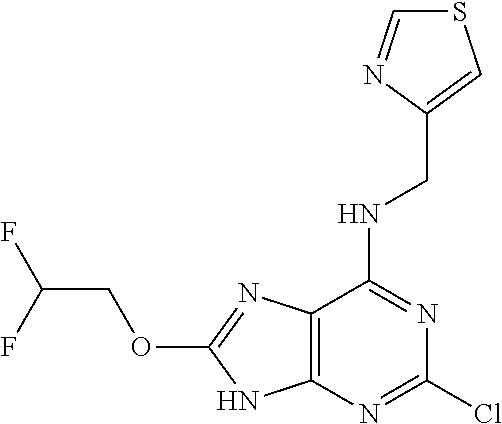
C00485
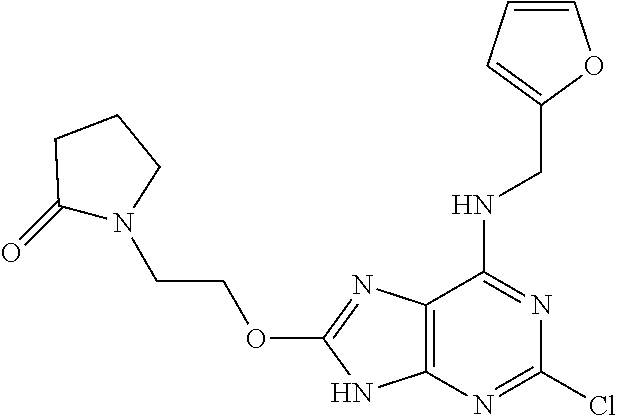
C00486

C00487
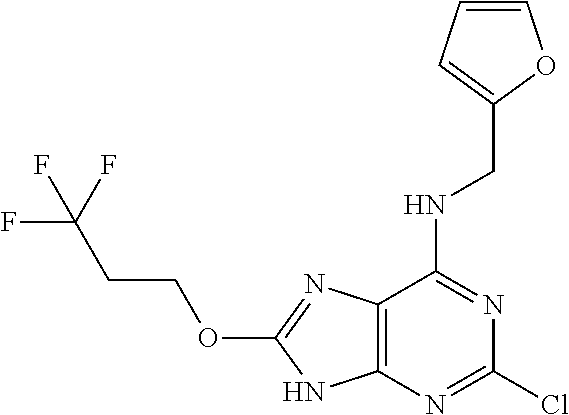
C00488

C00489

C00490
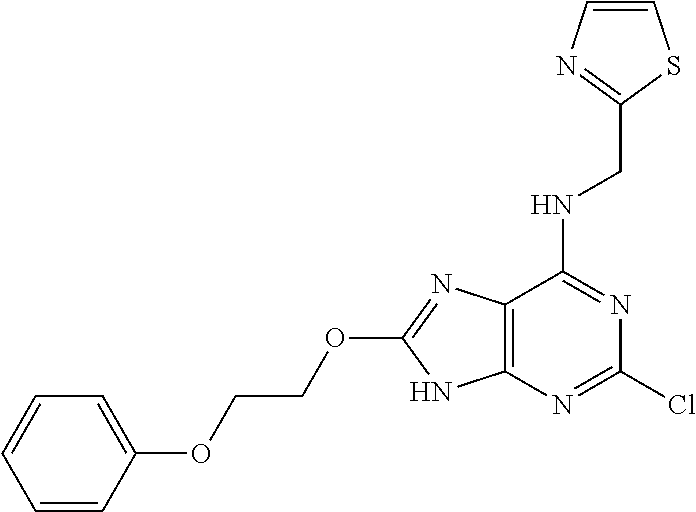
C00491
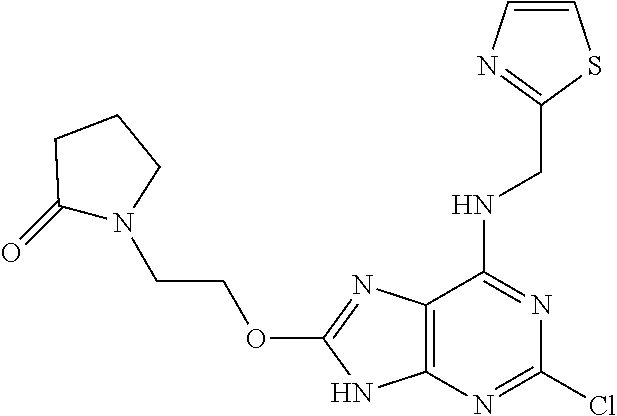
C00492
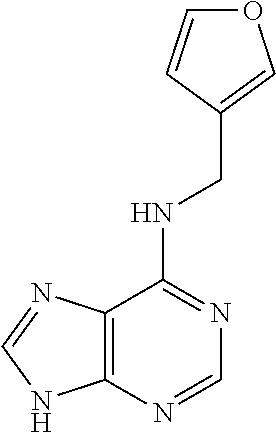
C00493

C00494
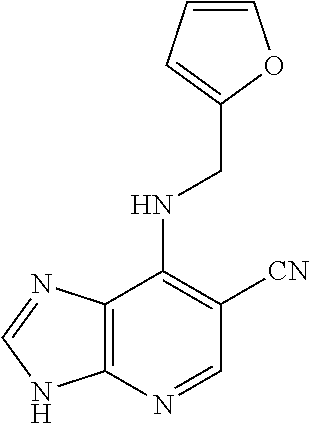
C00495

C00496
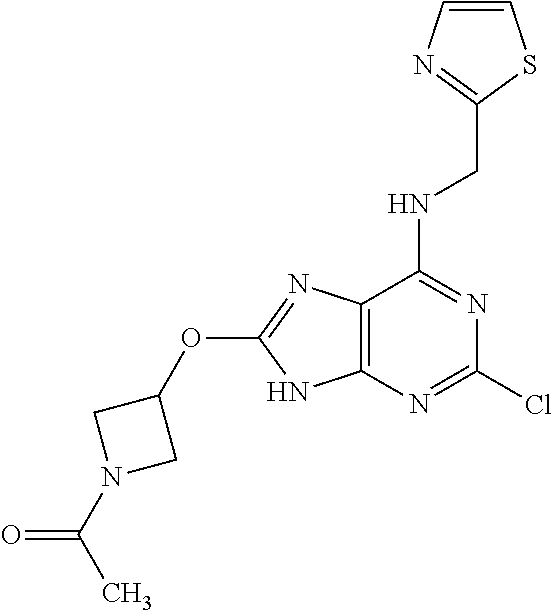
C00497
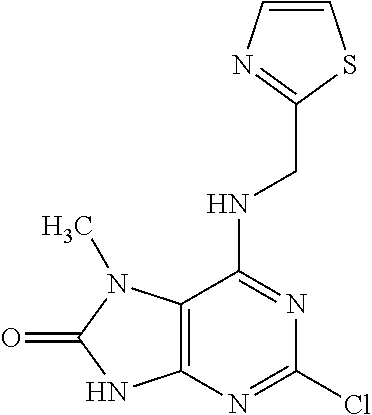
C00498
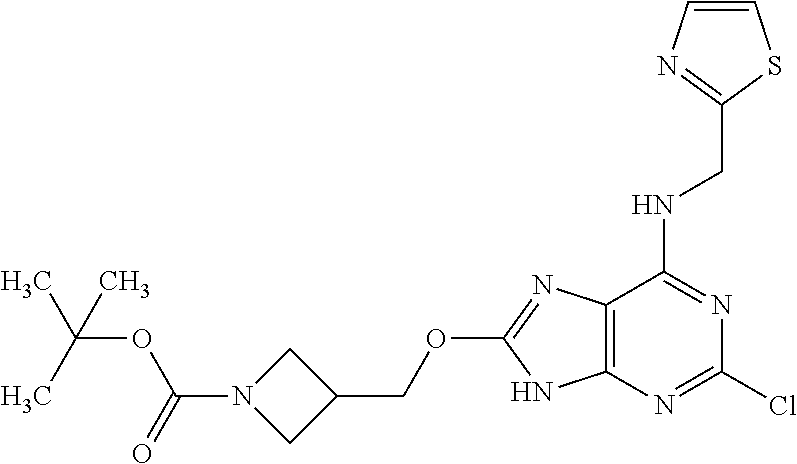
C00499
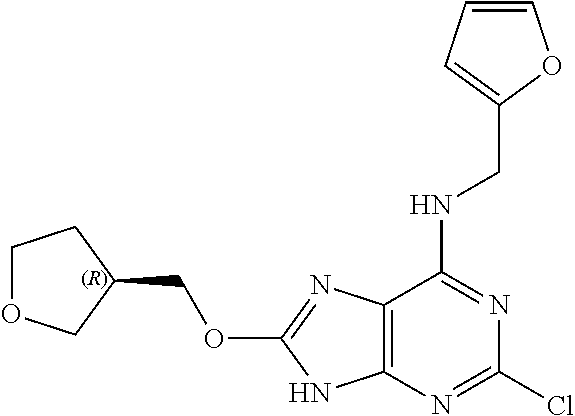
C00500
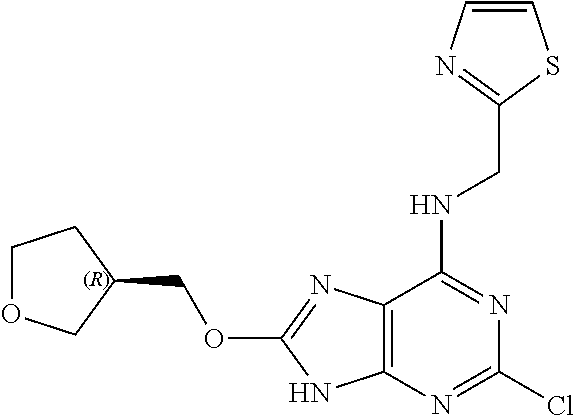
C00501
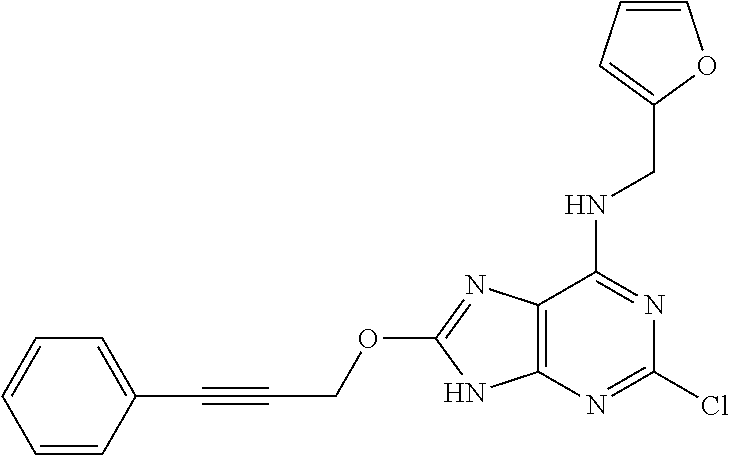
C00502
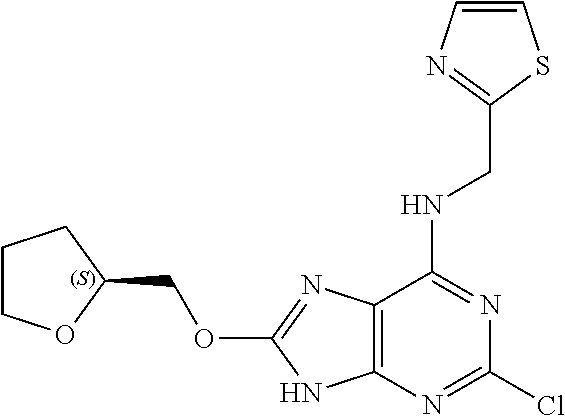
C00503
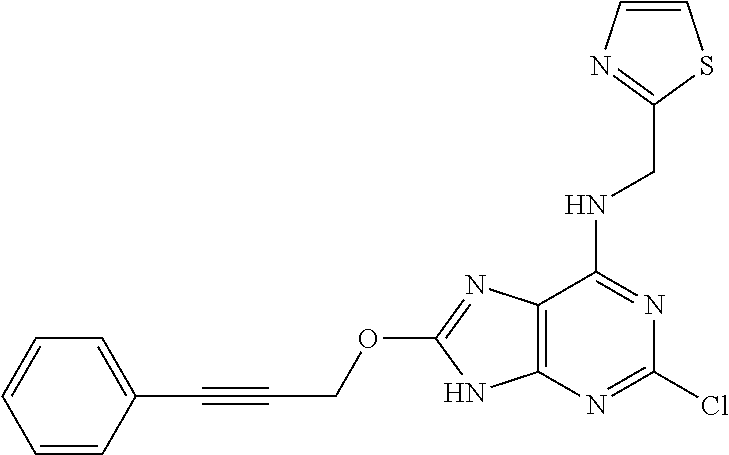
C00504
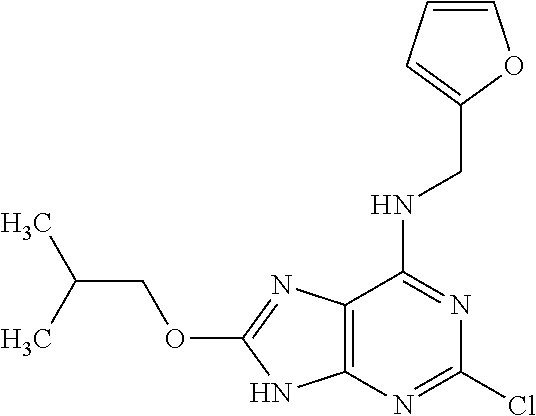
C00505

C00506
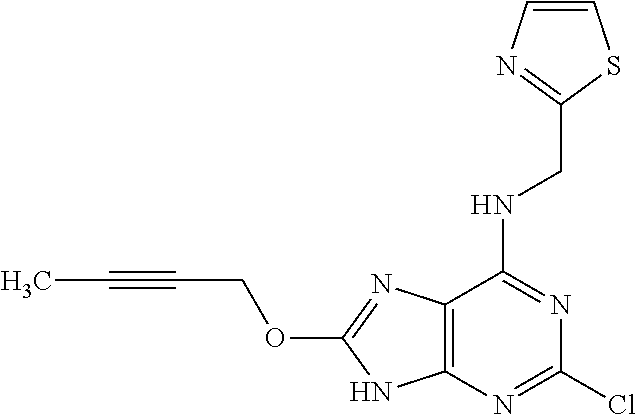
C00507
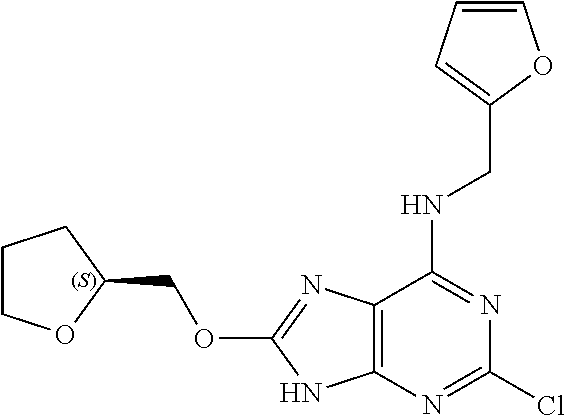
C00508
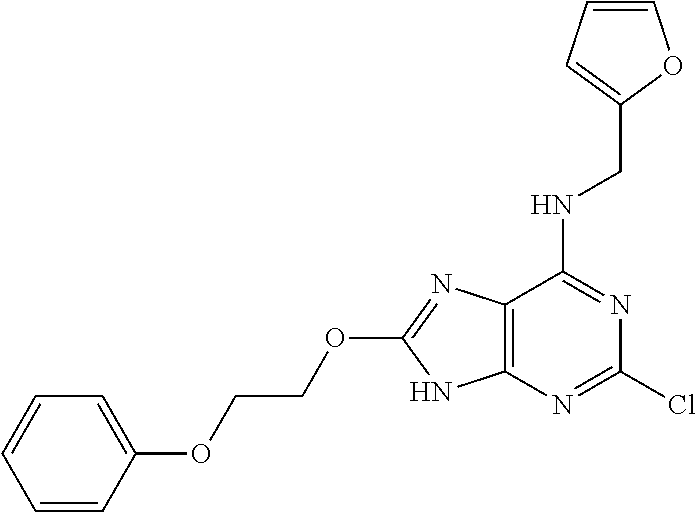
C00509
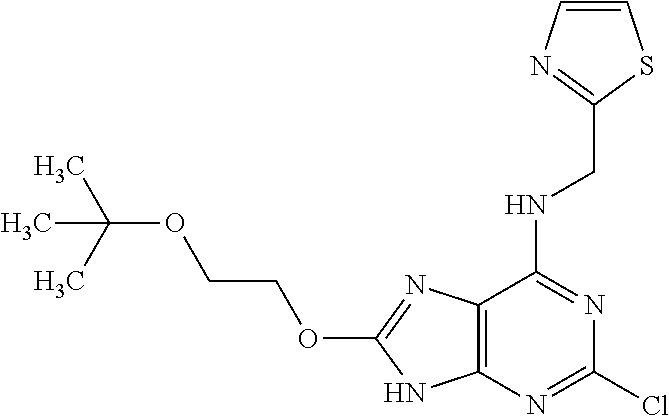
C00510
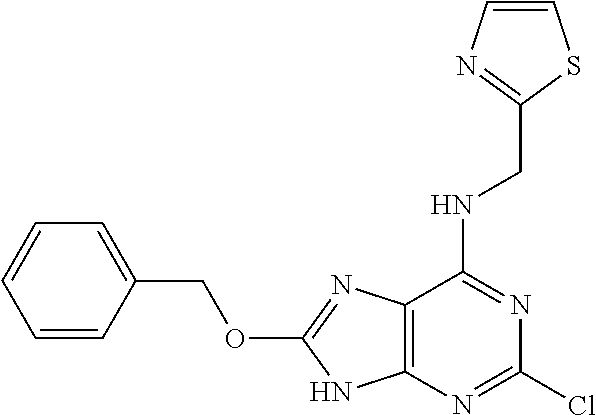
C00511
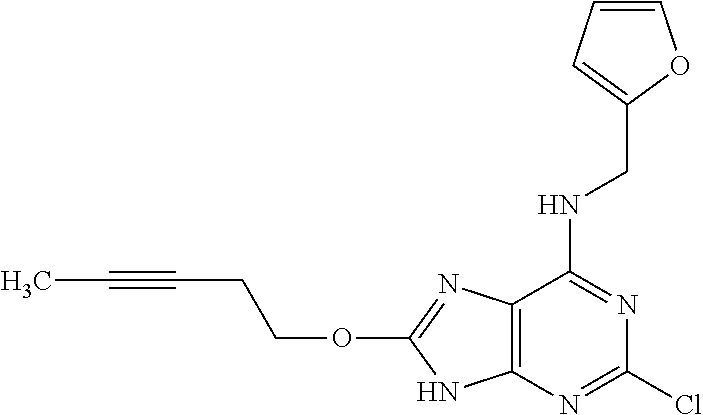
C00512
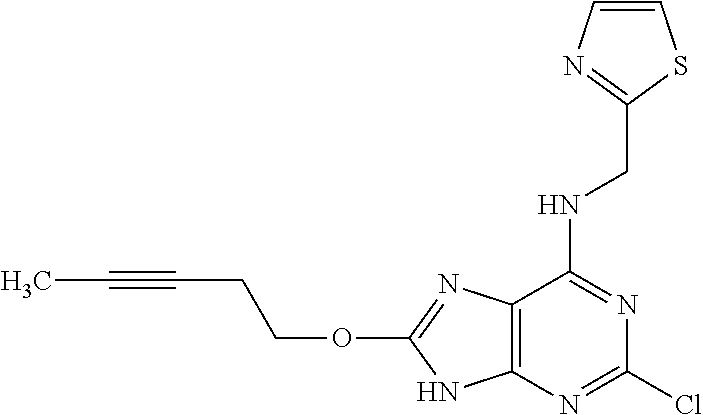
C00513

C00514
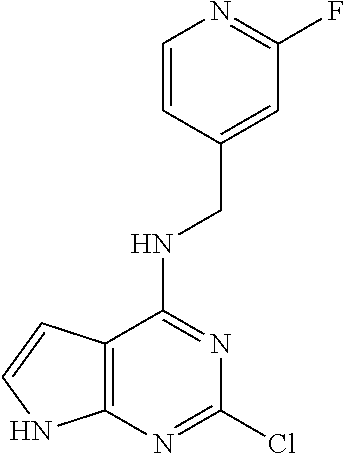
C00515
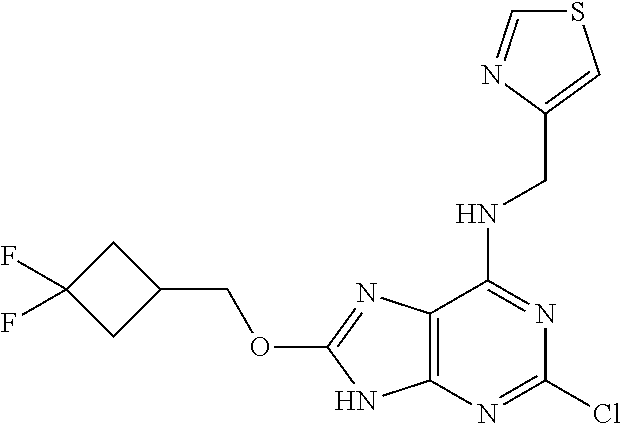
C00516
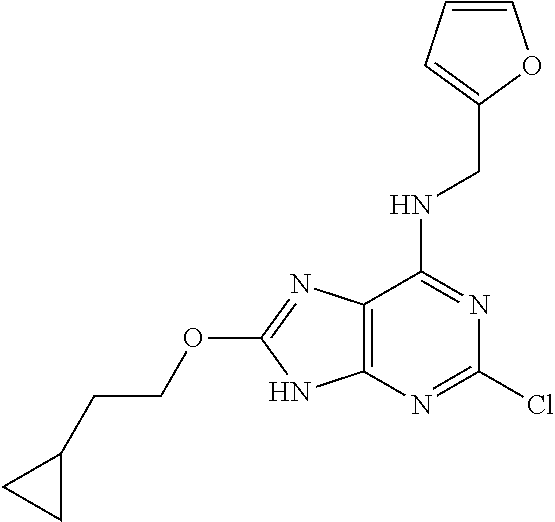
C00517
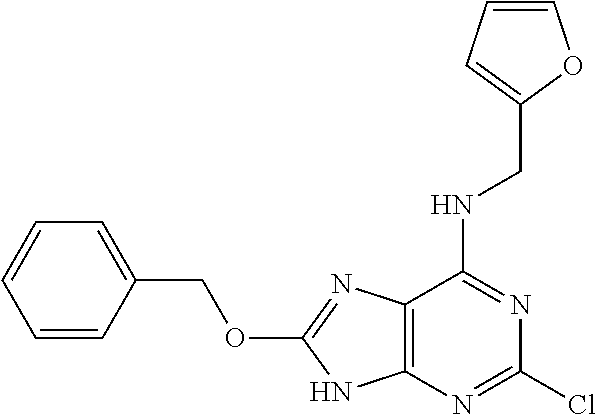
C00518
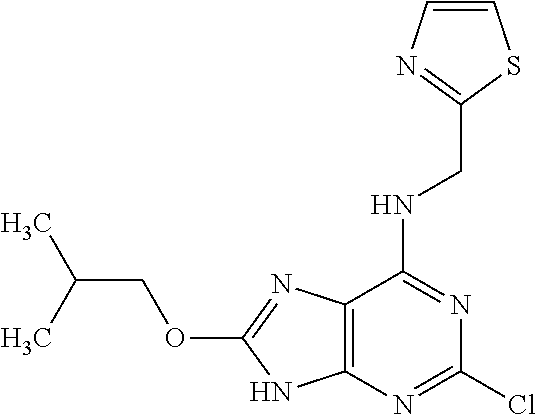
C00519
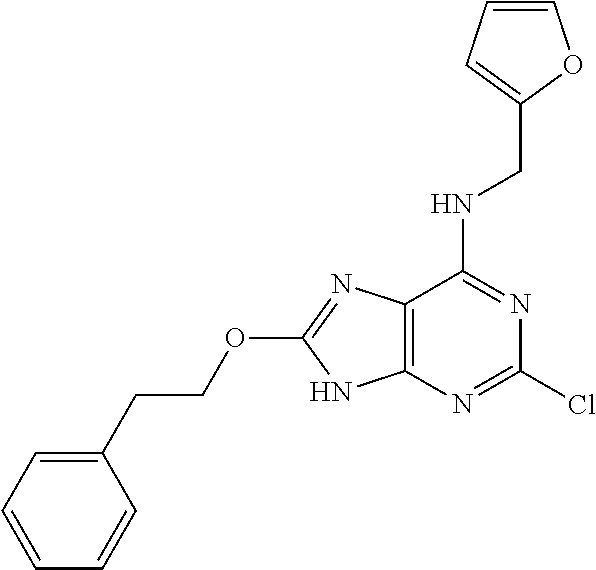
C00520

C00521
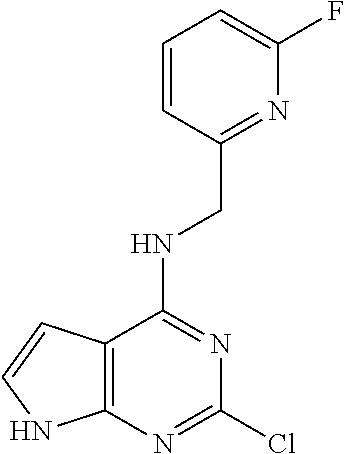
C00522

C00523

C00524
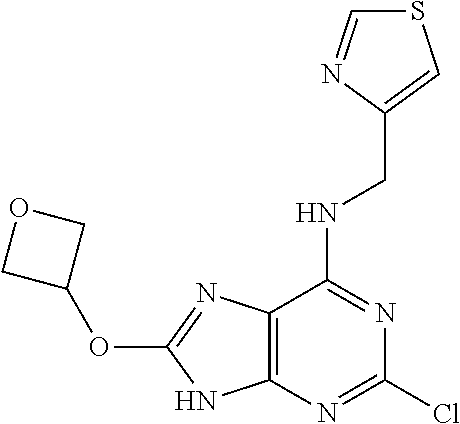
C00525

C00526
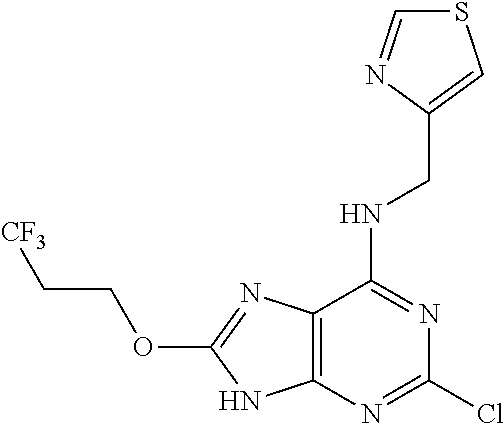
C00527
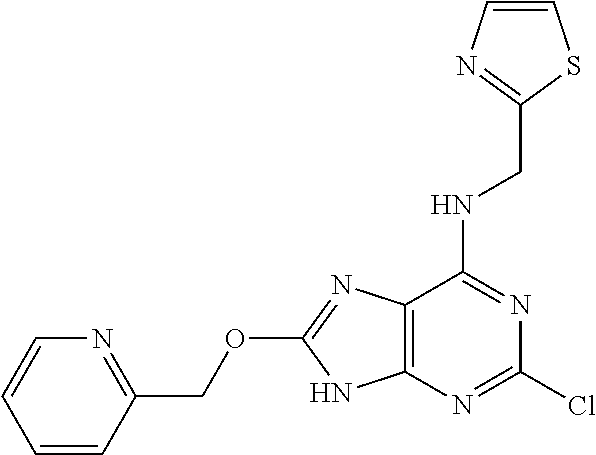
C00528

C00529

C00530
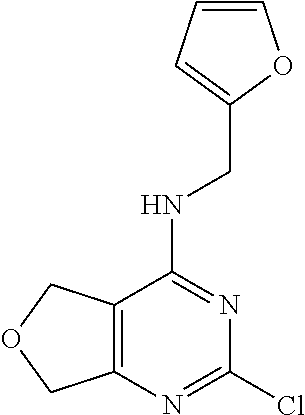
C00531
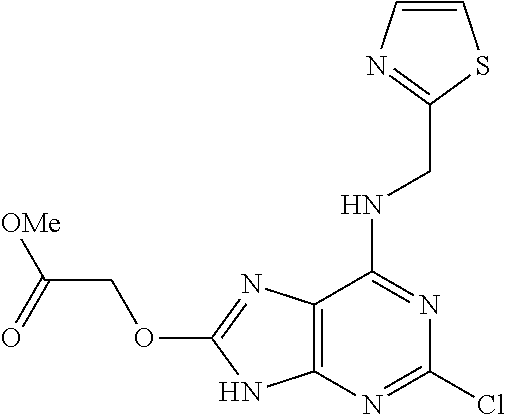
C00532
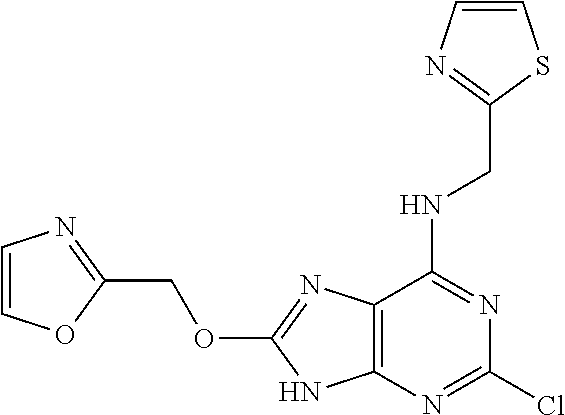
C00533
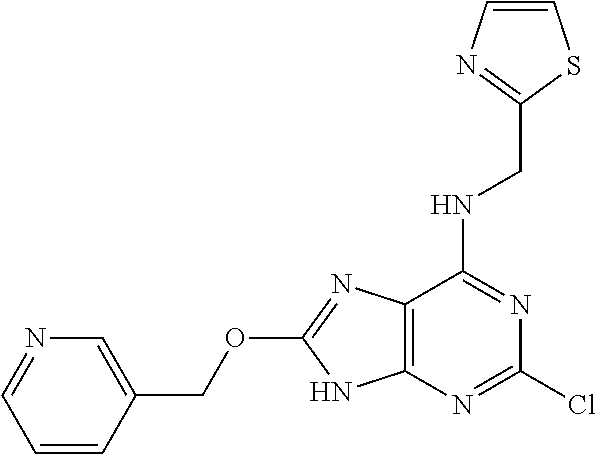
C00534
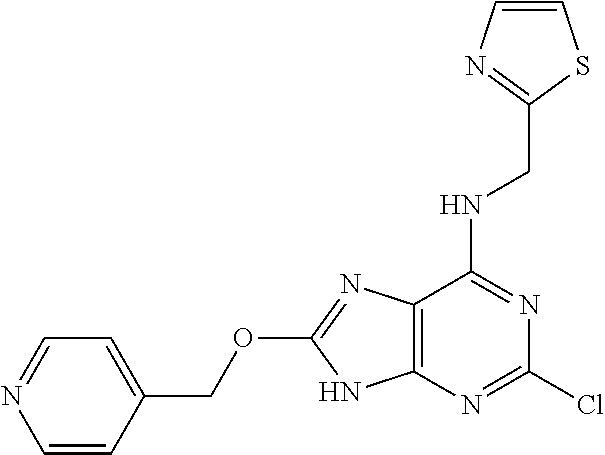
C00535
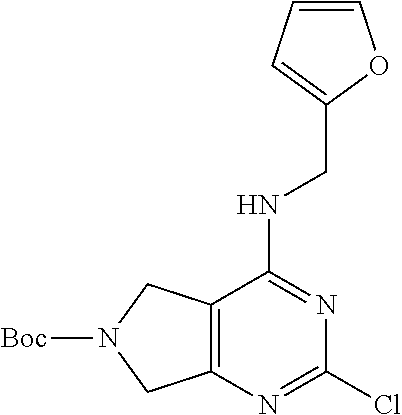
C00536
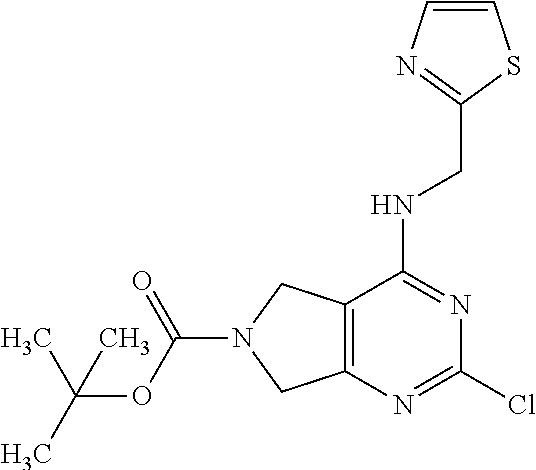
C00537
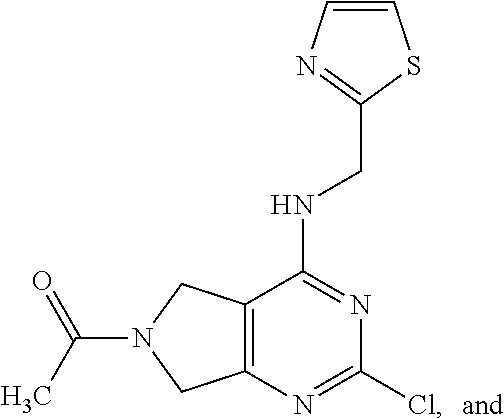
C00538
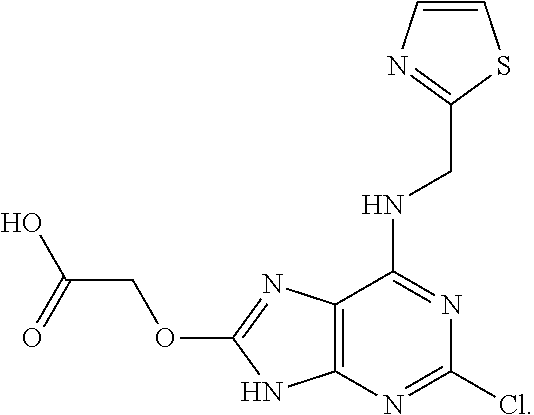
C00539
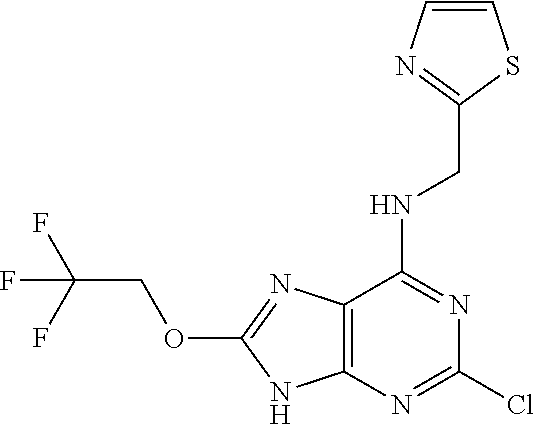
C00540
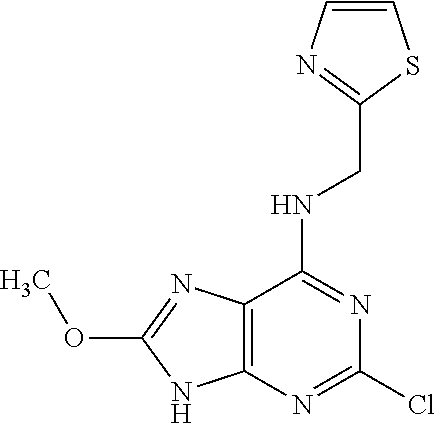
C00541
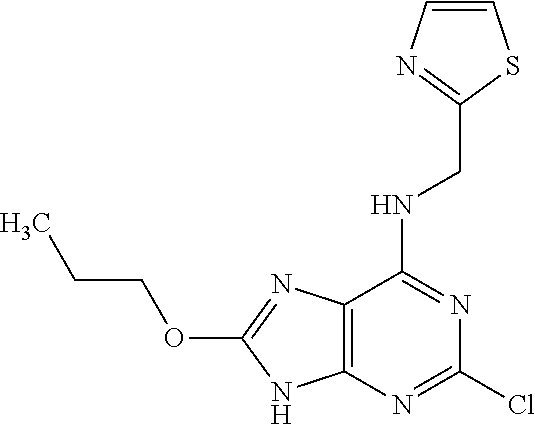
C00542
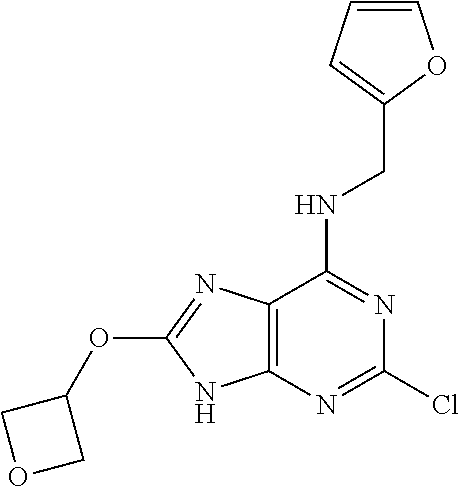
C00543
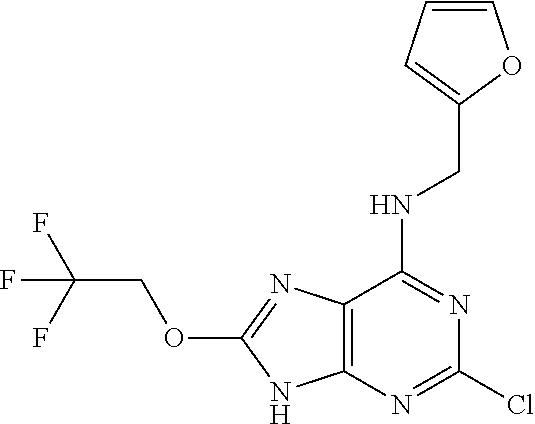
C00544
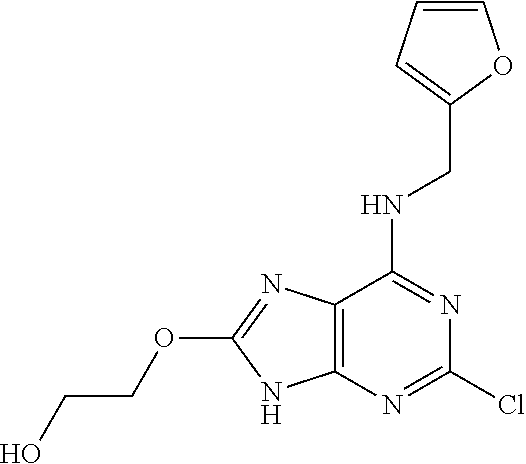
C00545

C00546

C00547

C00548
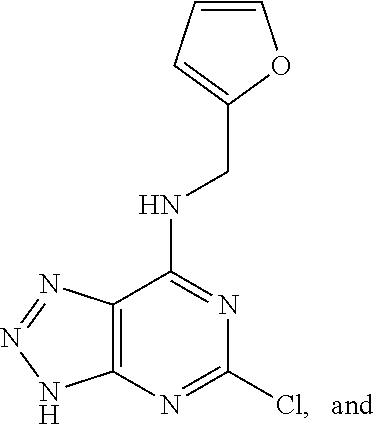
C00549

C00550
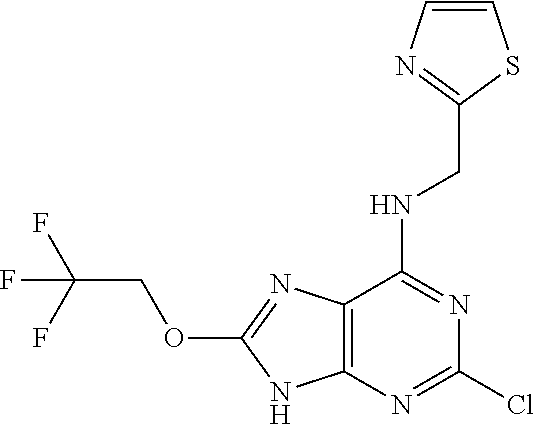
C00551

C00552
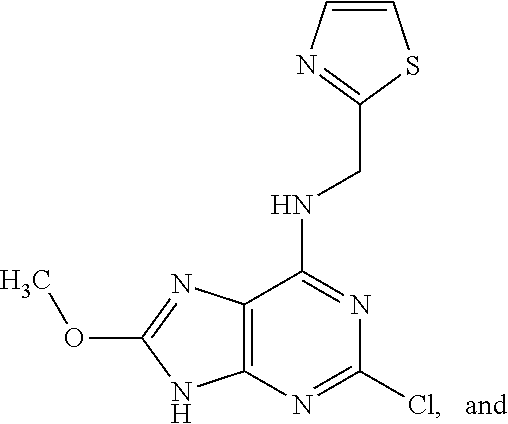
C00553
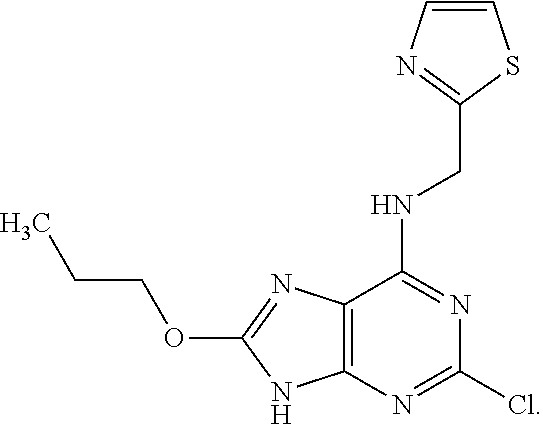
C00554

C00555

C00556

C00557
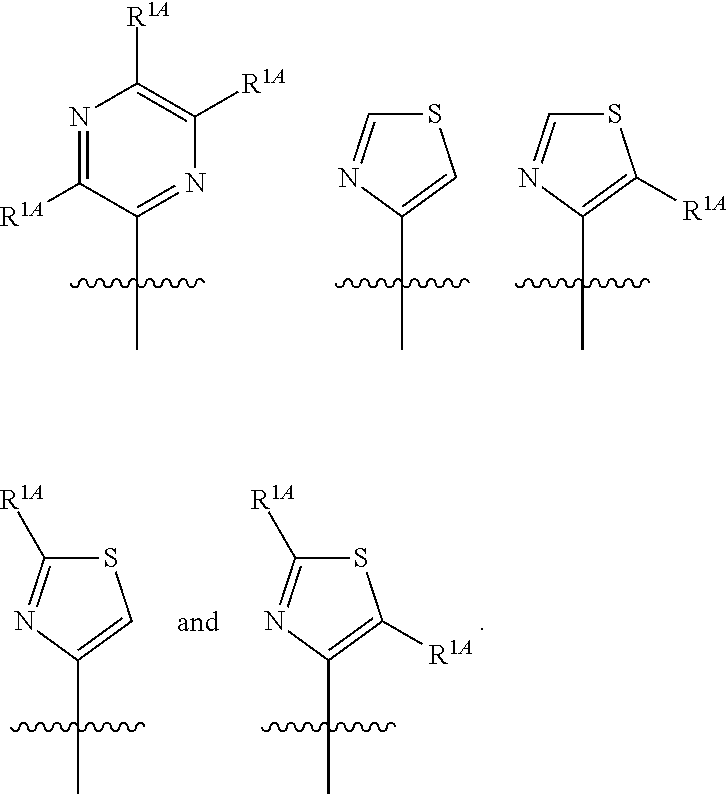
C00558
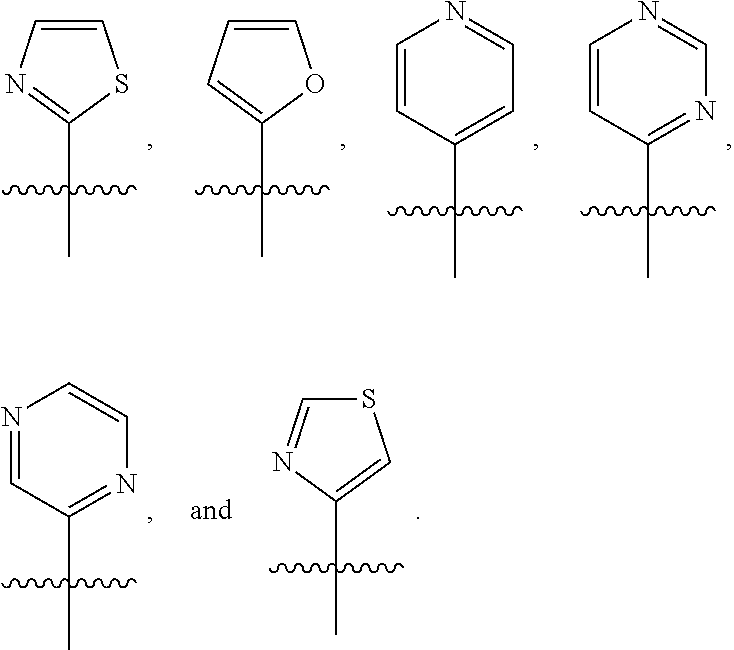
C00559
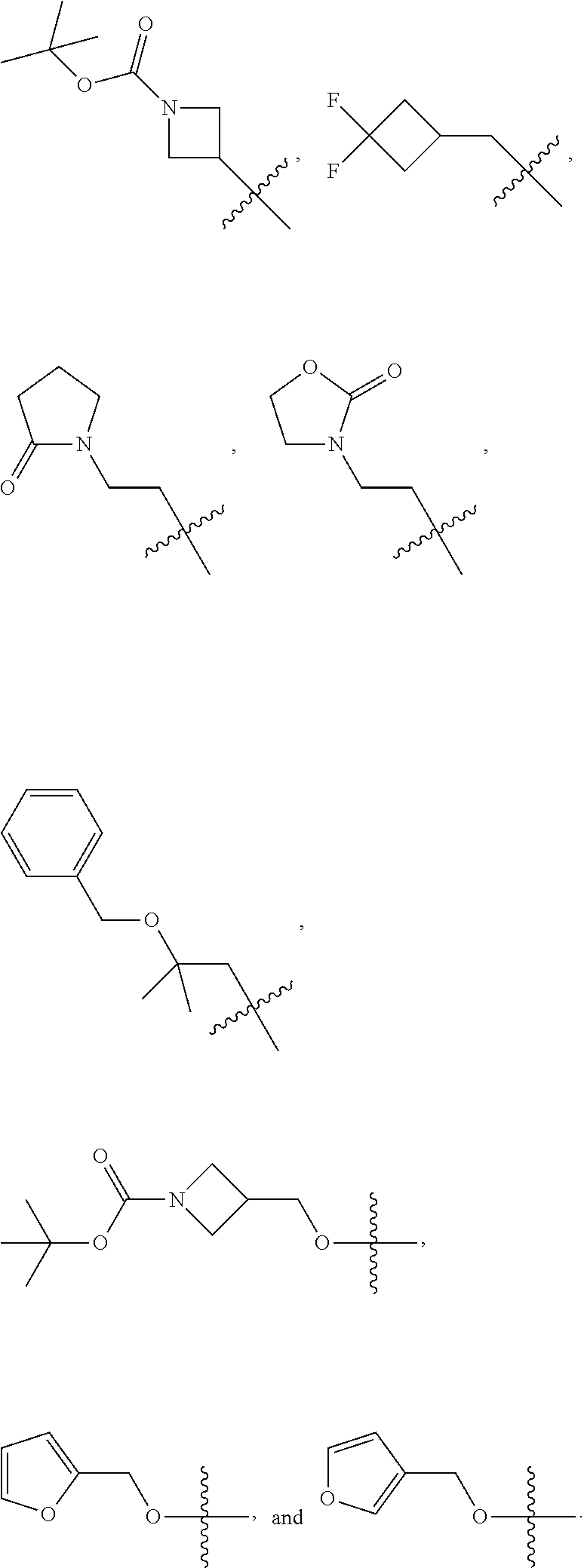
C00560
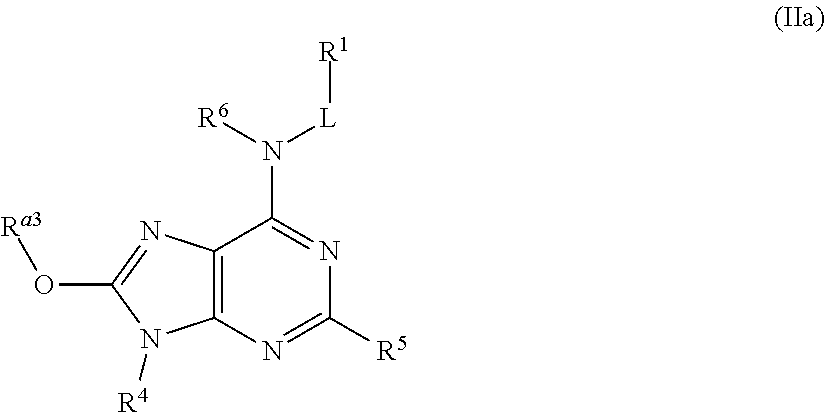
C00561

C00562

C00563
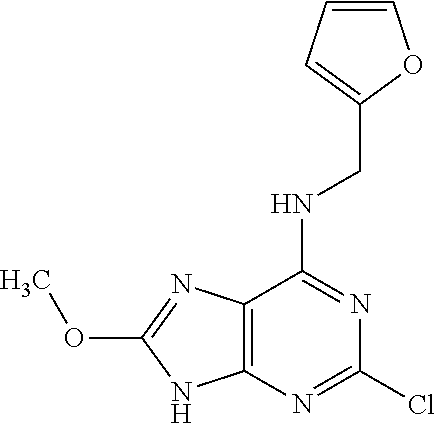
C00564
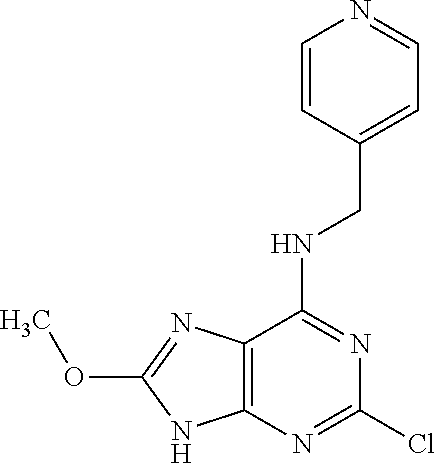
C00565

C00566
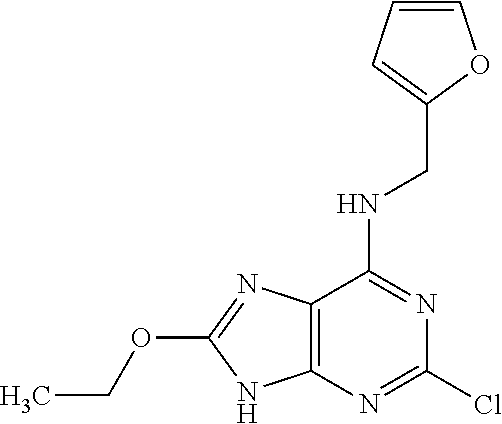
C00567
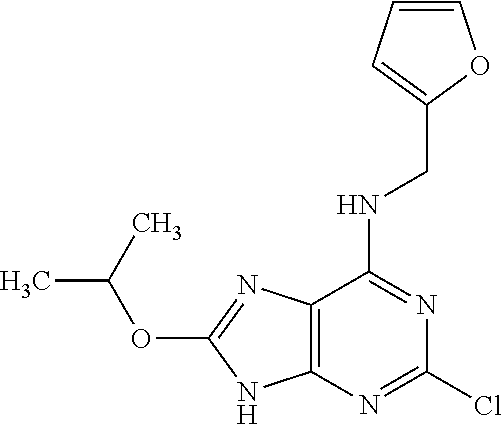
C00568
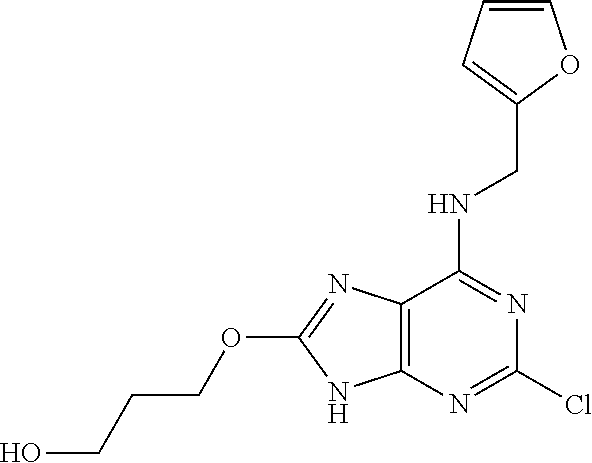
C00569
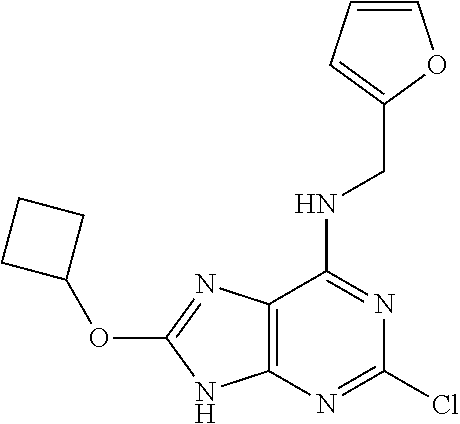
C00570
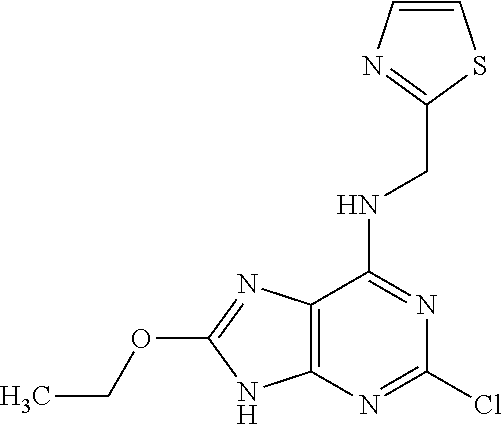
C00571
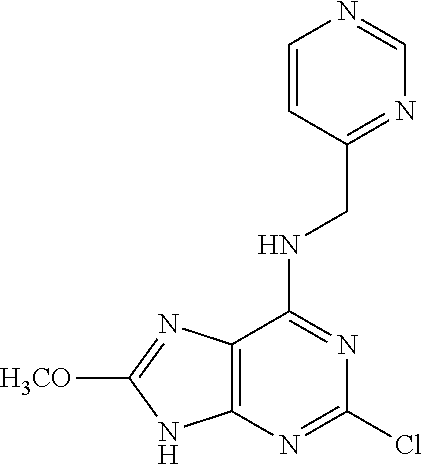
C00572

C00573
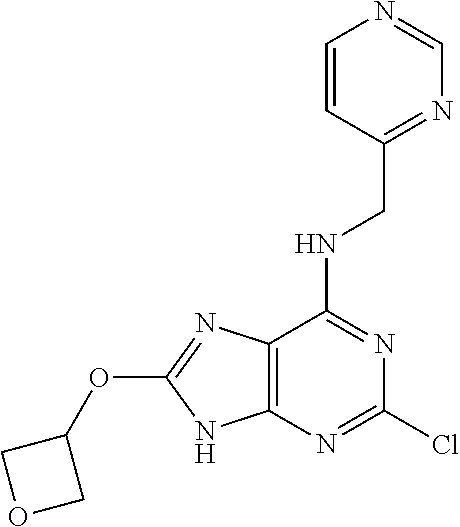
C00574

C00575

C00576
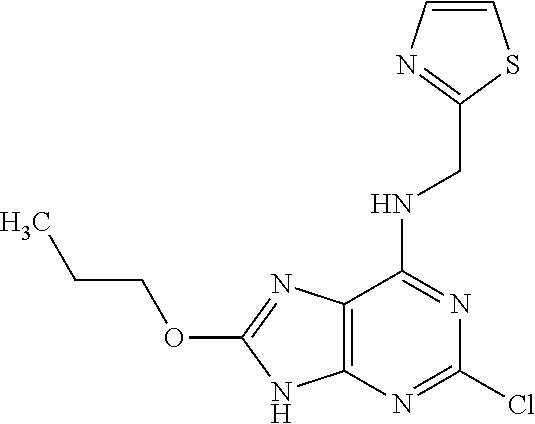
C00577
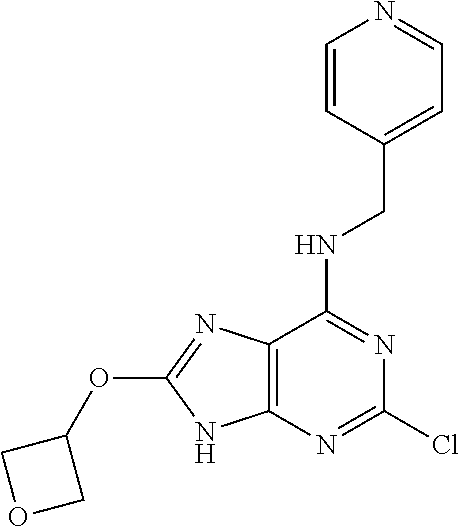
C00578

C00579
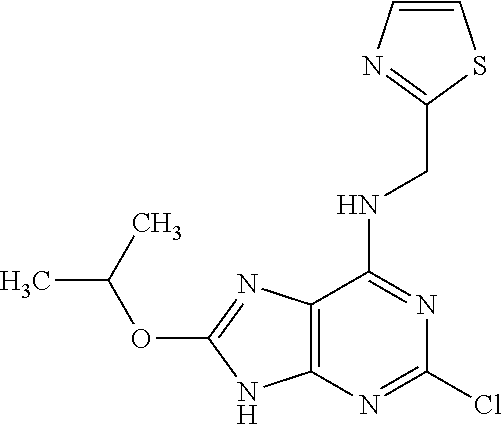
C00580
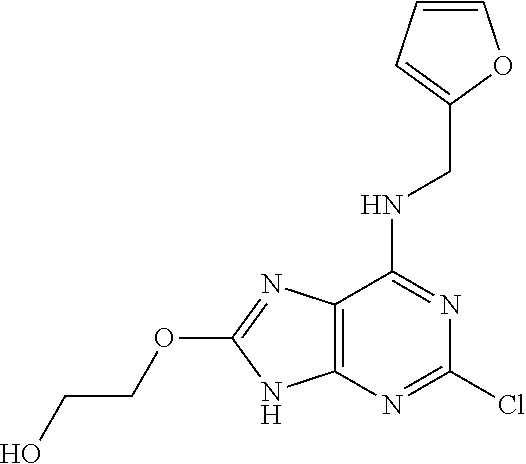
C00581
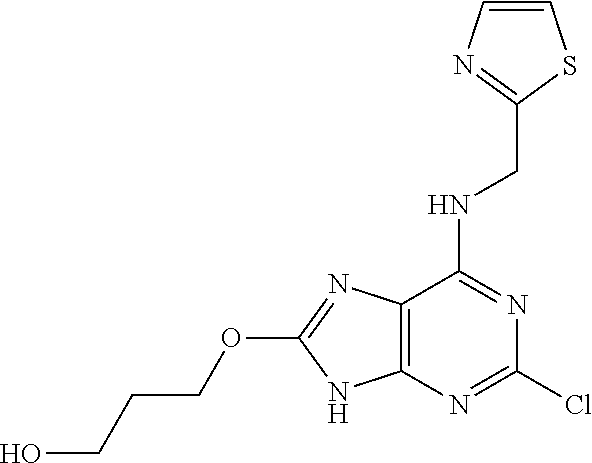
C00582

C00583
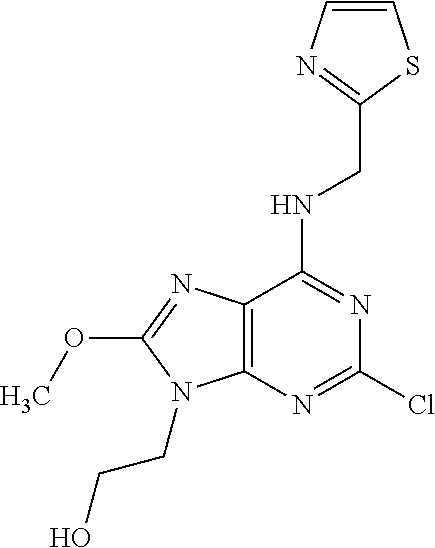
C00584

C00585
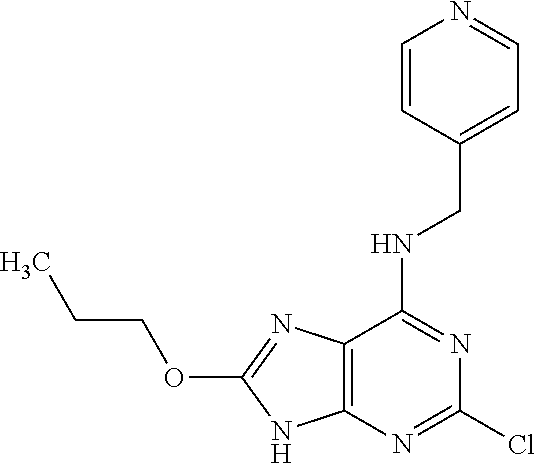
C00586
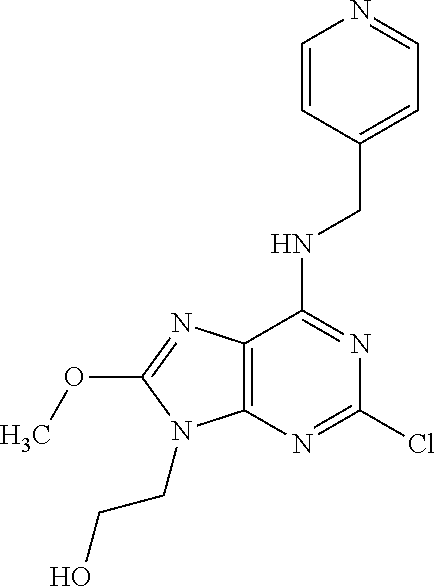
C00587
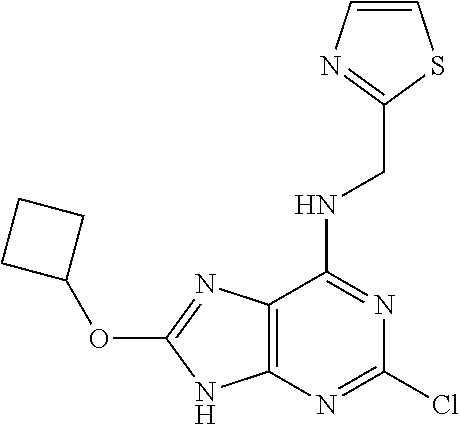
C00588

C00589
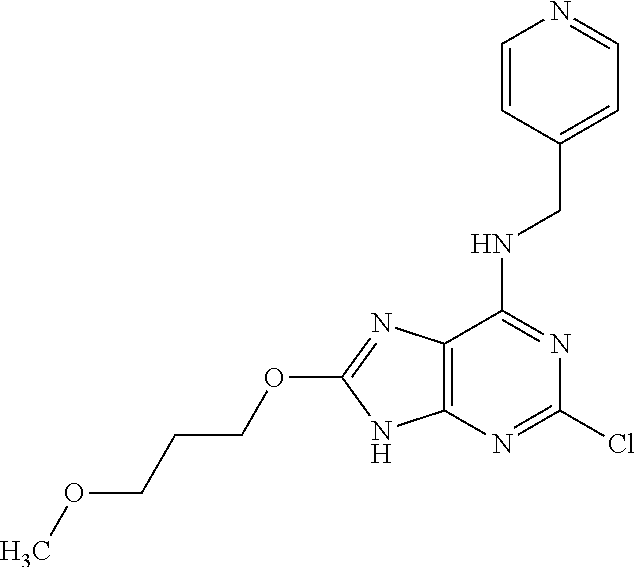
C00590

C00591
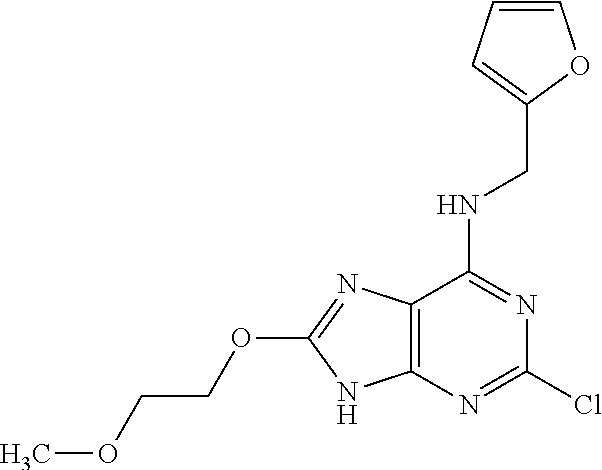
C00592

C00593

C00594

C00595

C00596
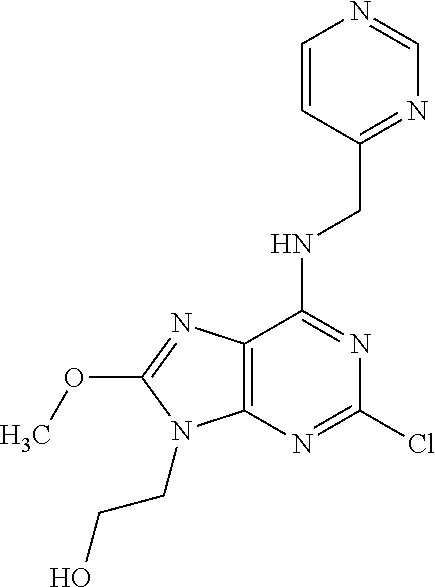
C00597
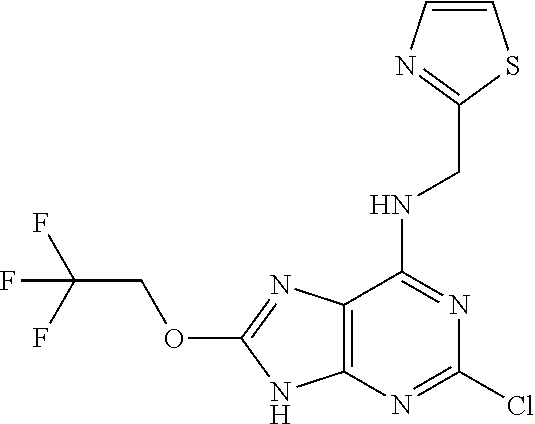
C00598
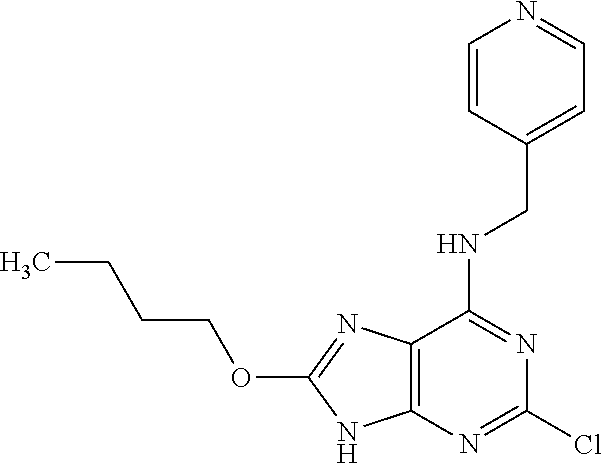
C00599
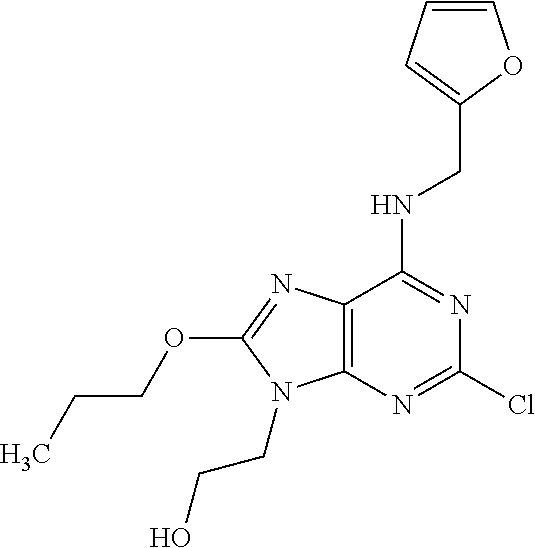
C00600
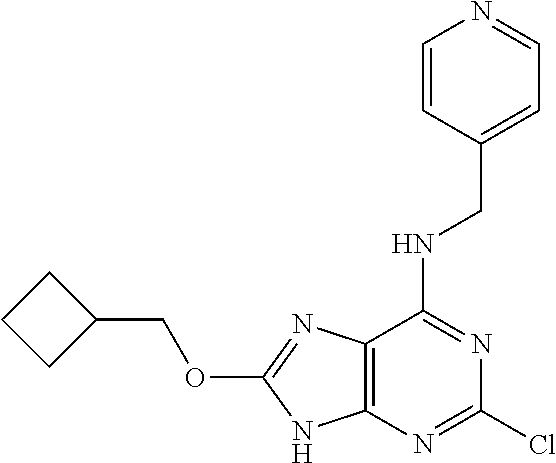
C00601

C00602
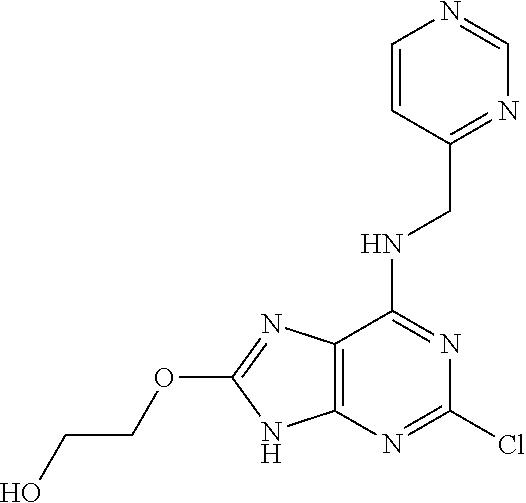
C00603
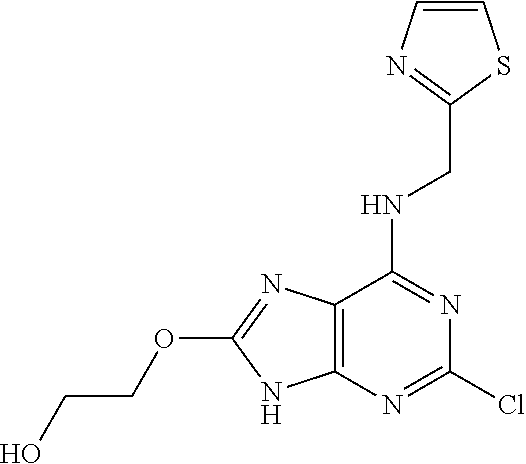
C00604
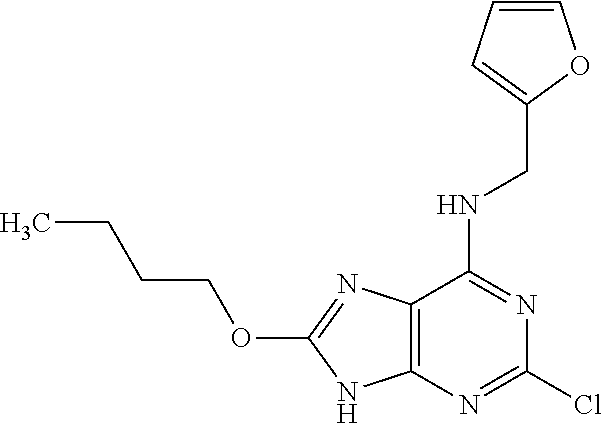
C00605

C00606
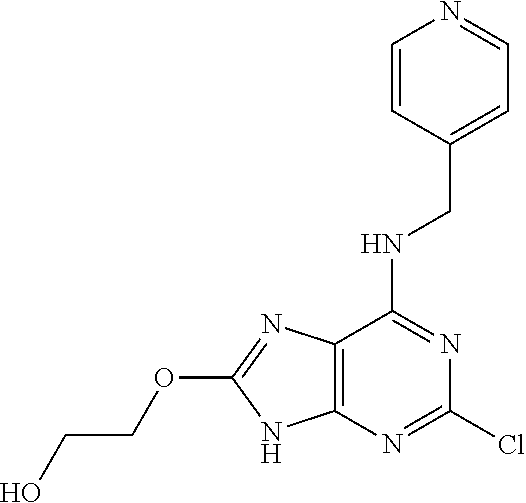
C00607
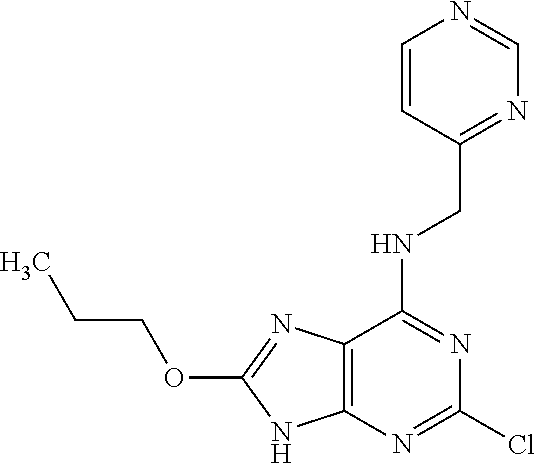
C00608

C00609
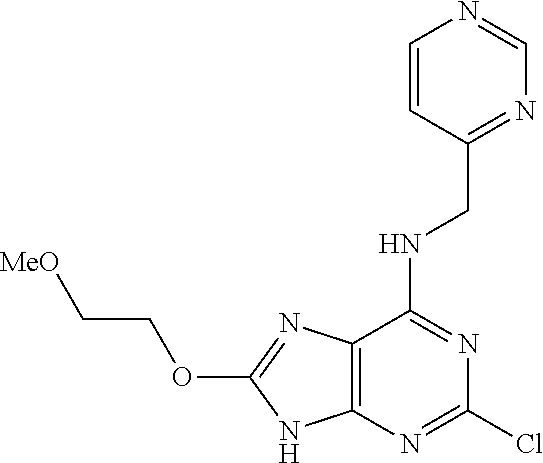
C00610

C00611

C00612

C00613

C00614
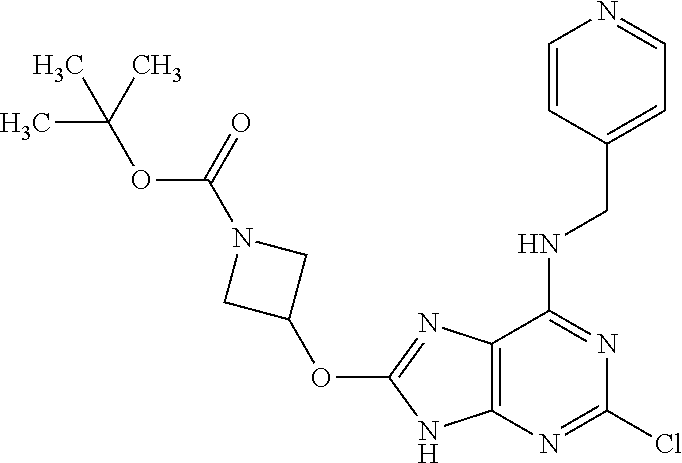
C00615
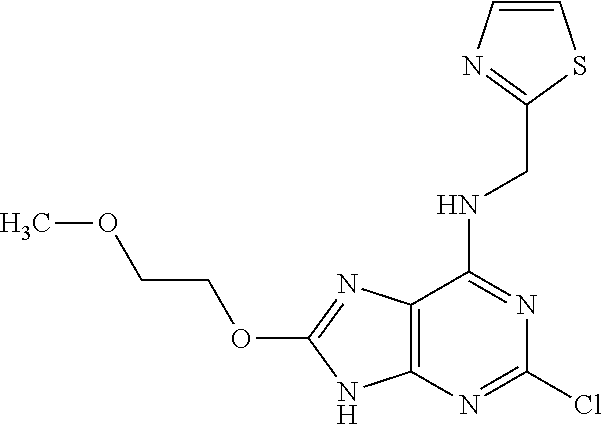
C00616

C00617

C00618
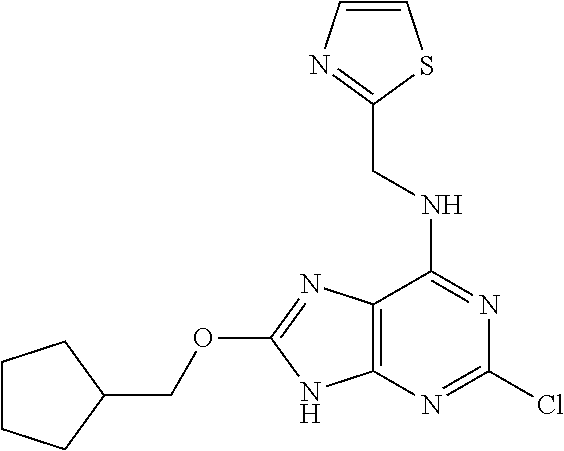
C00619
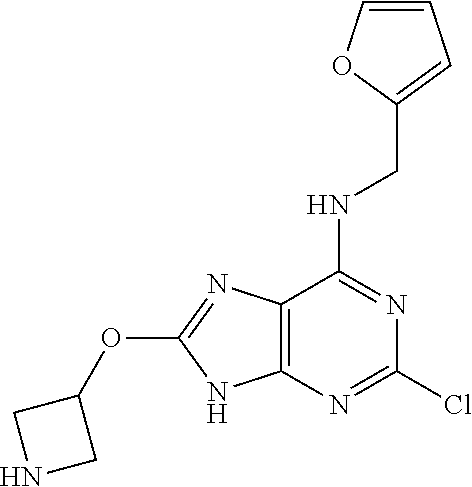
C00620
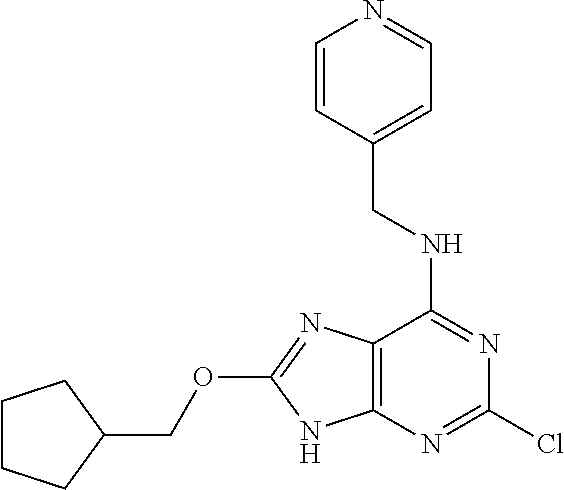
C00621
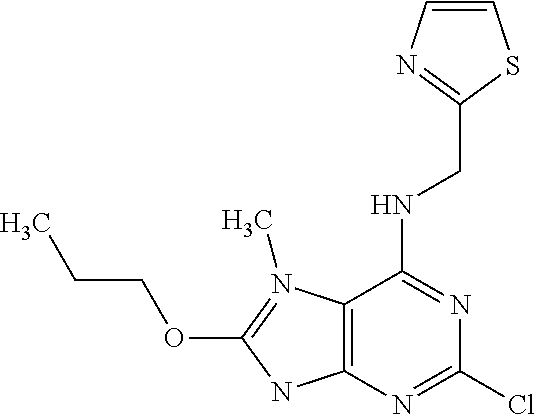
C00622

C00623
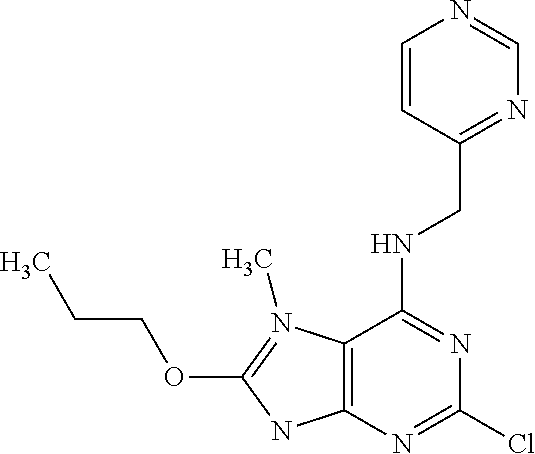
C00624
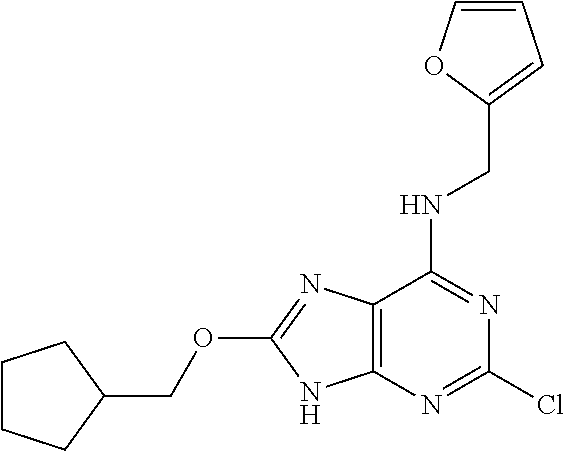
C00625
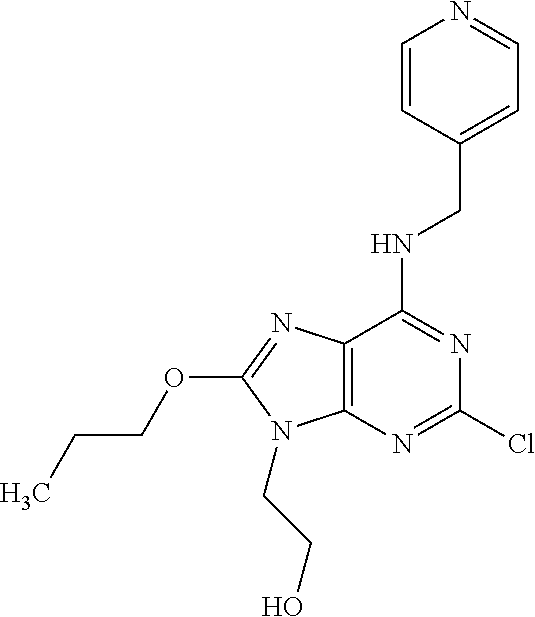
C00626
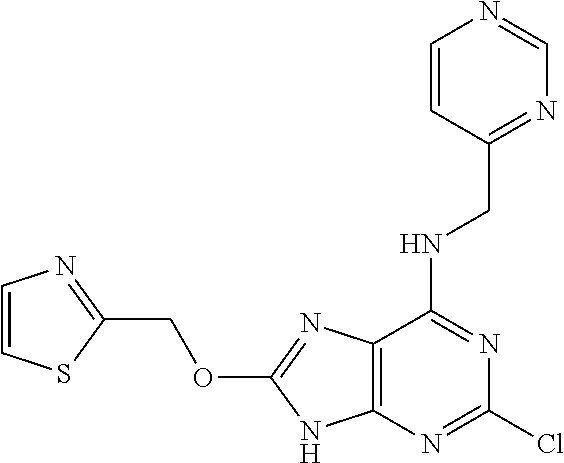
C00627
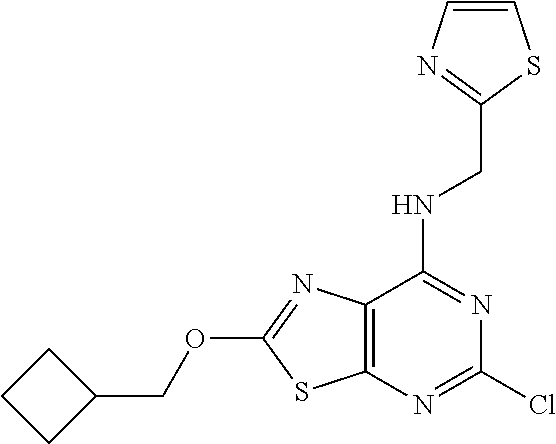
C00628
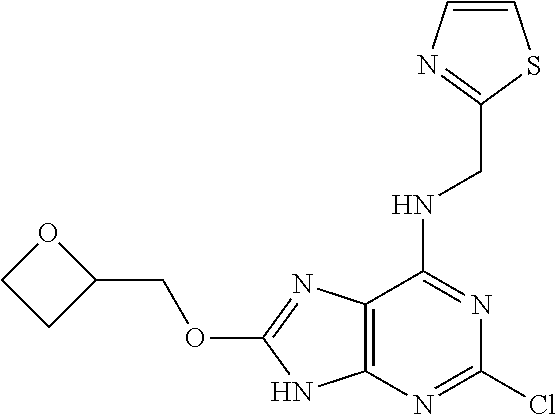
C00629
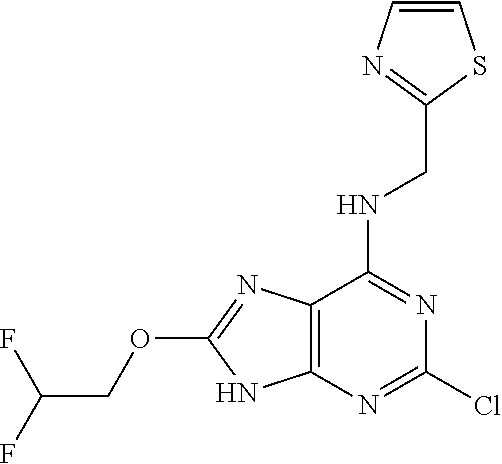
C00630
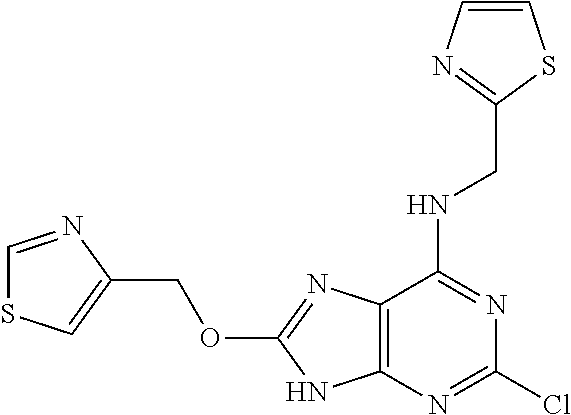
C00631

C00632
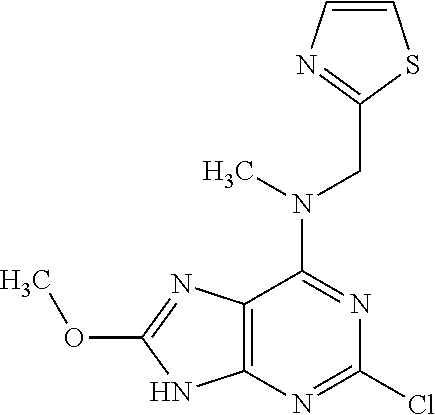
C00633

C00634
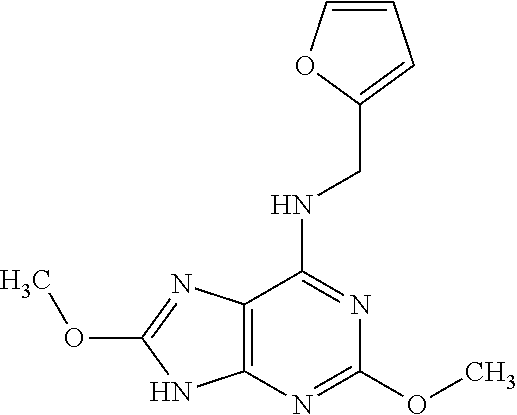
C00635
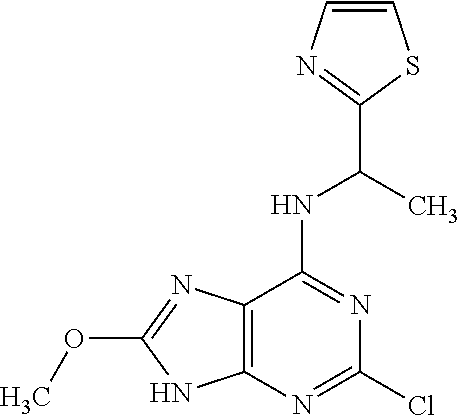
C00636

C00637
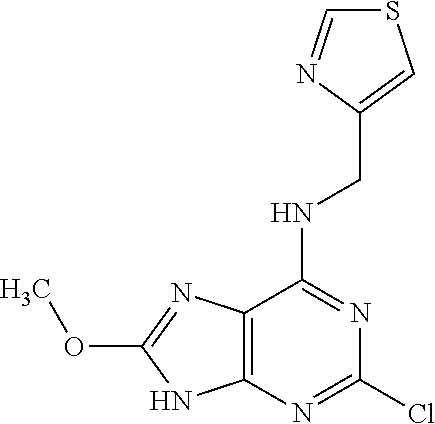
C00638
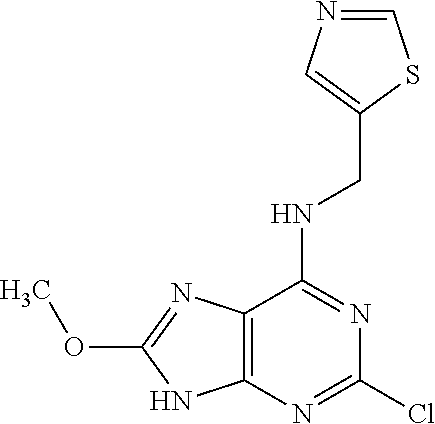
C00639
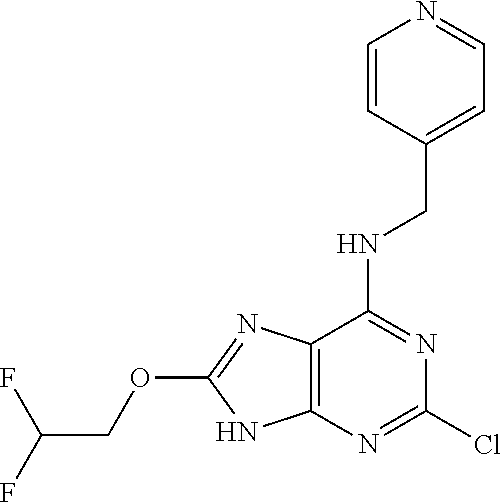
C00640
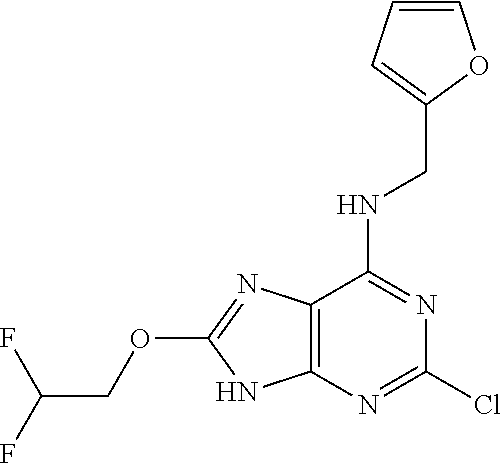
C00641
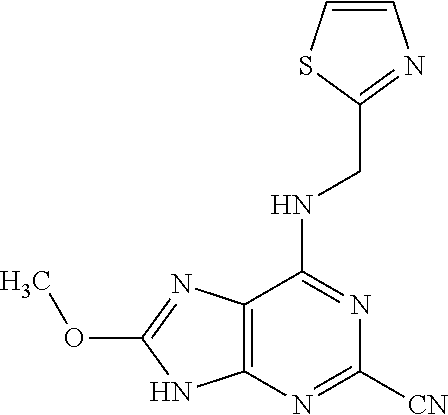
C00642
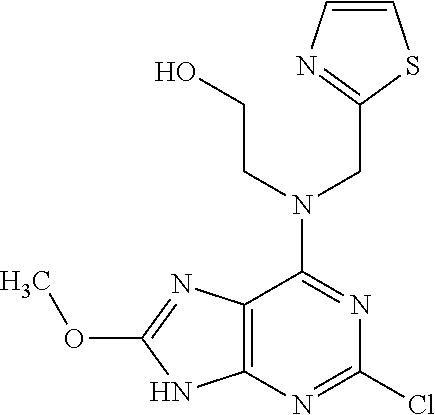
C00643
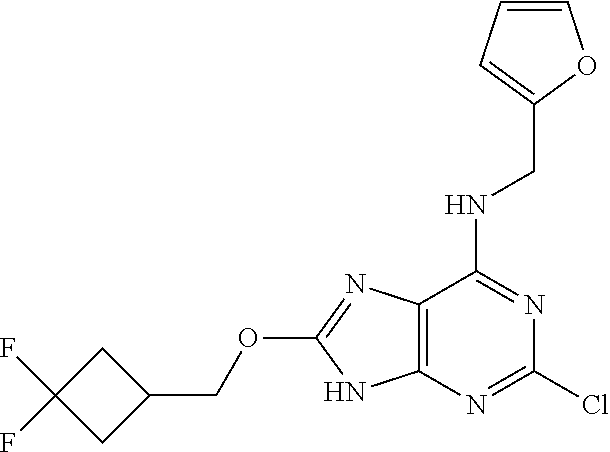
C00644
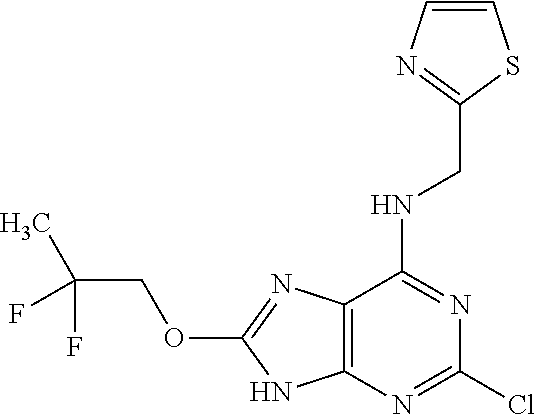
C00645
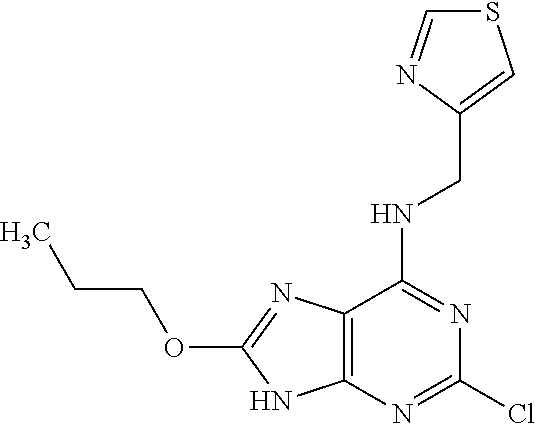
C00646

C00647

C00648
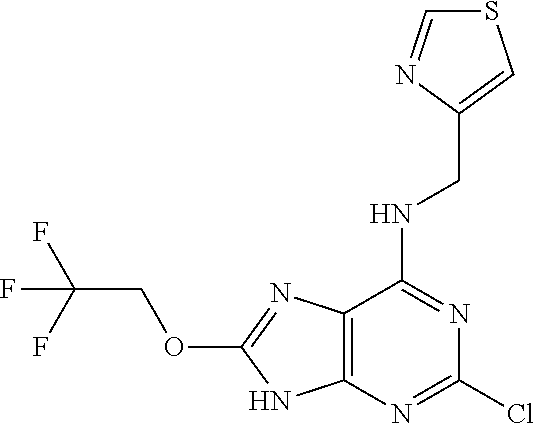
C00649
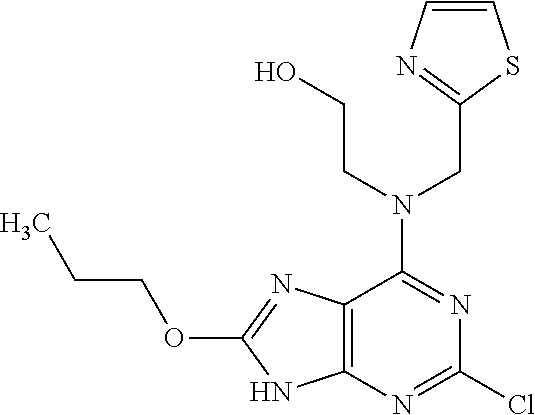
C00650
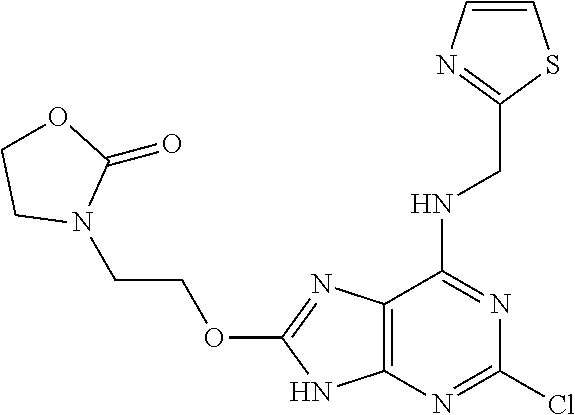
C00651
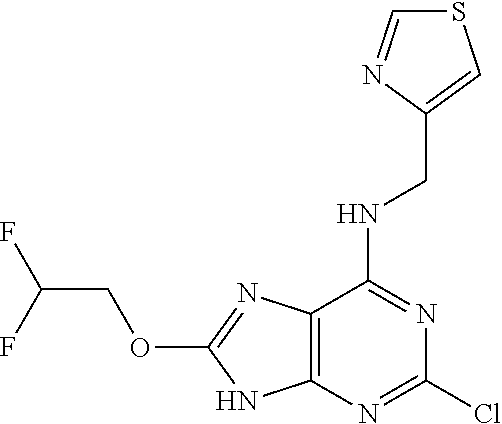
C00652
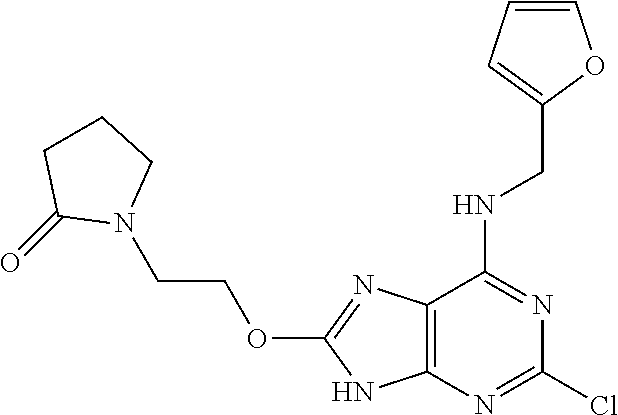
C00653

C00654

C00655
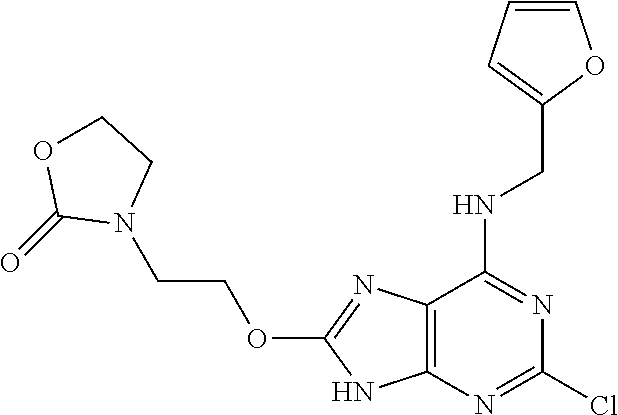
C00656
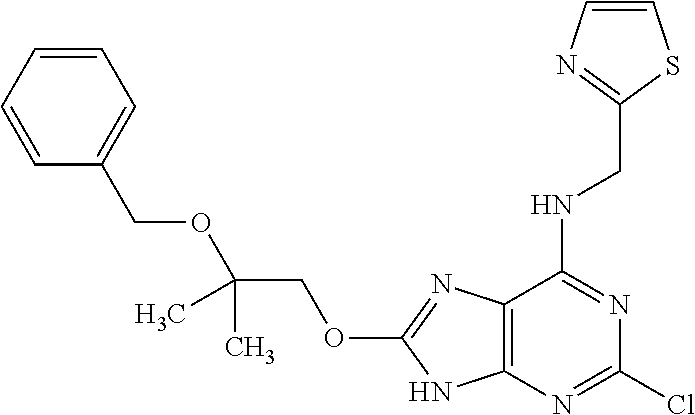
C00657

C00658
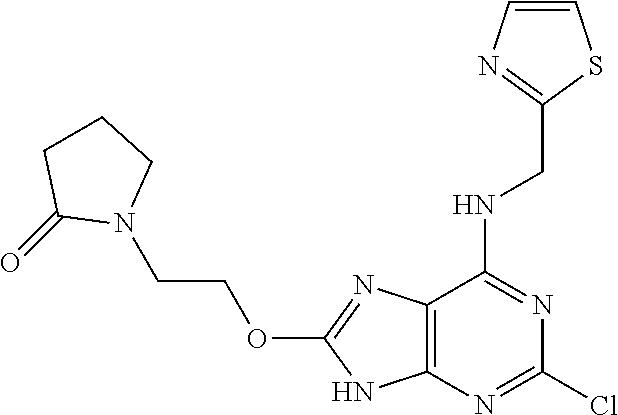
C00659
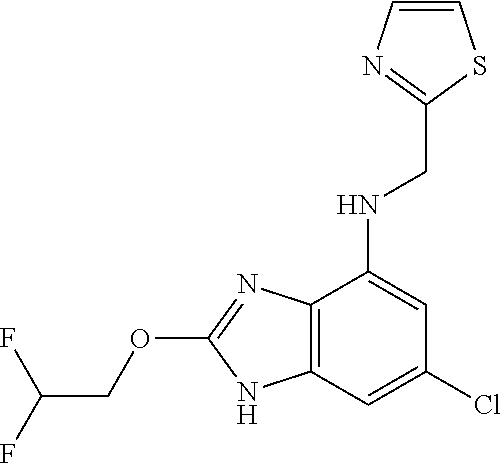
C00660
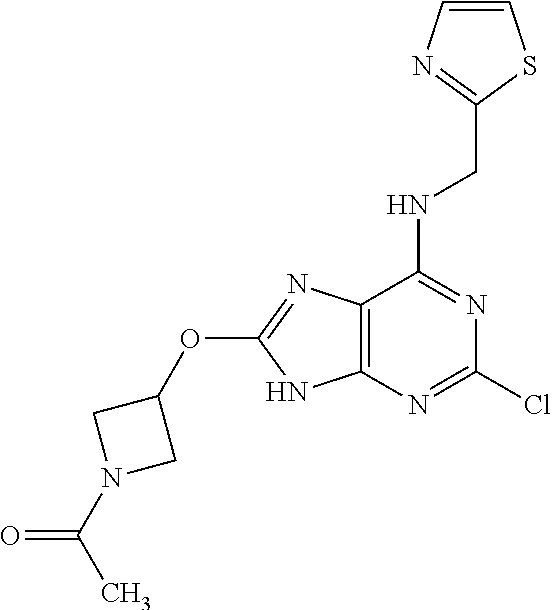
C00661
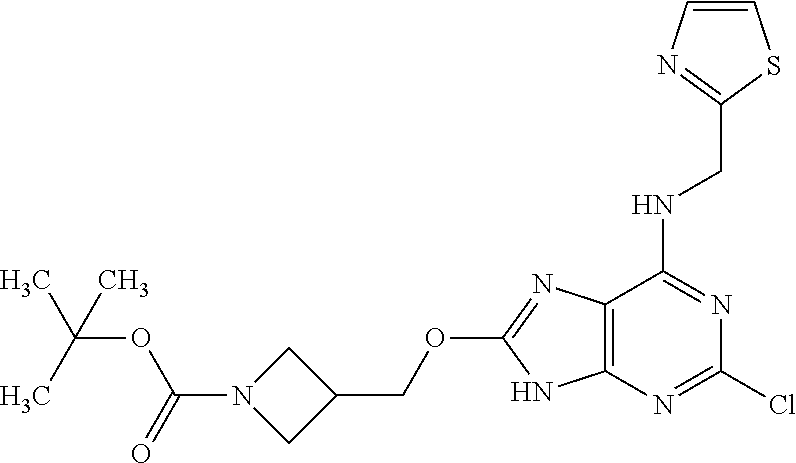
C00662
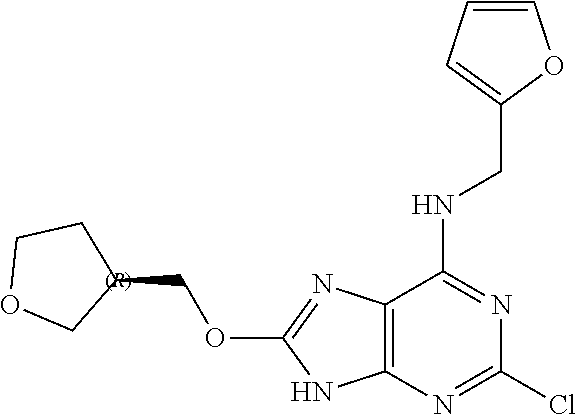
C00663
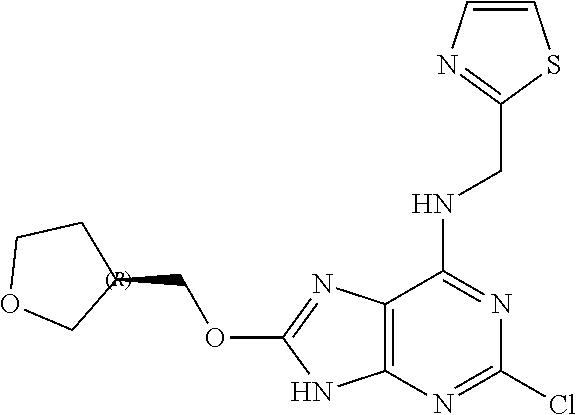
C00664
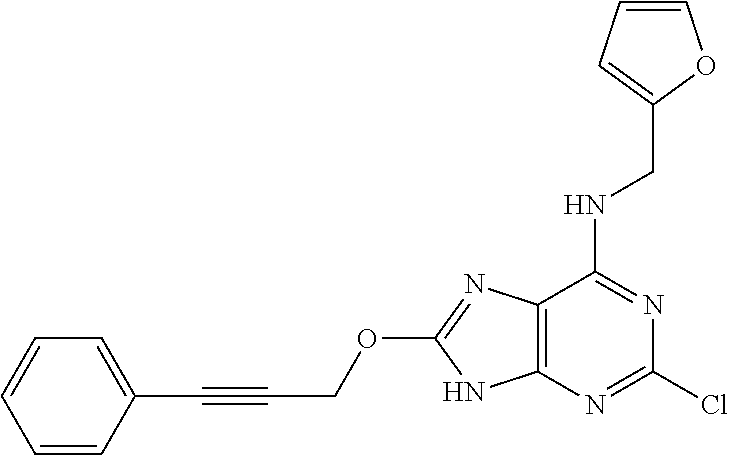
C00665
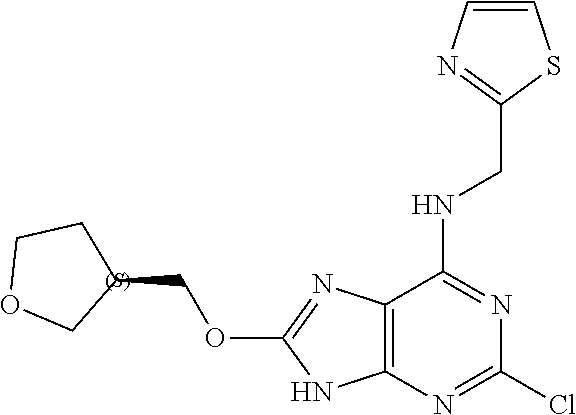
C00666
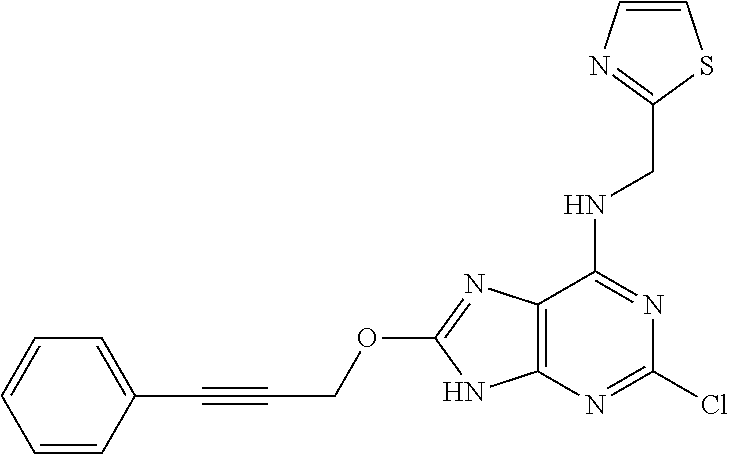
C00667
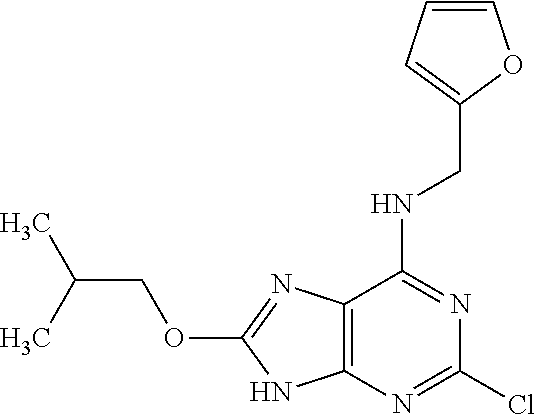
C00668
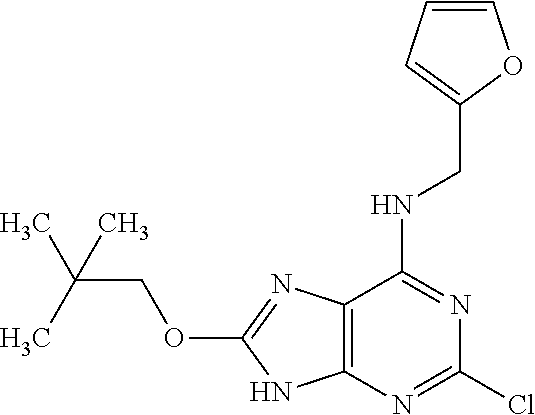
C00669
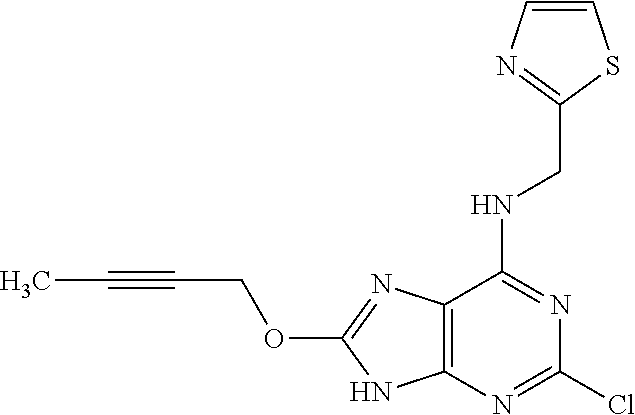
C00670
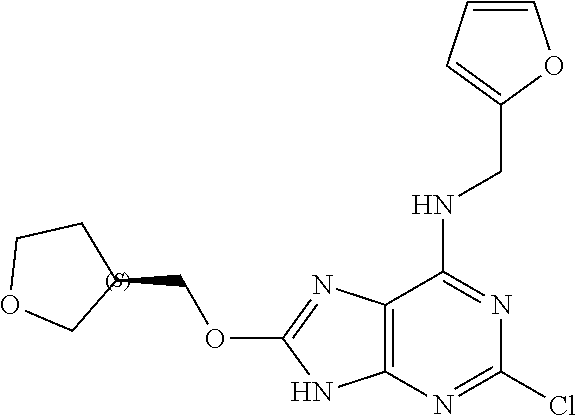
C00671
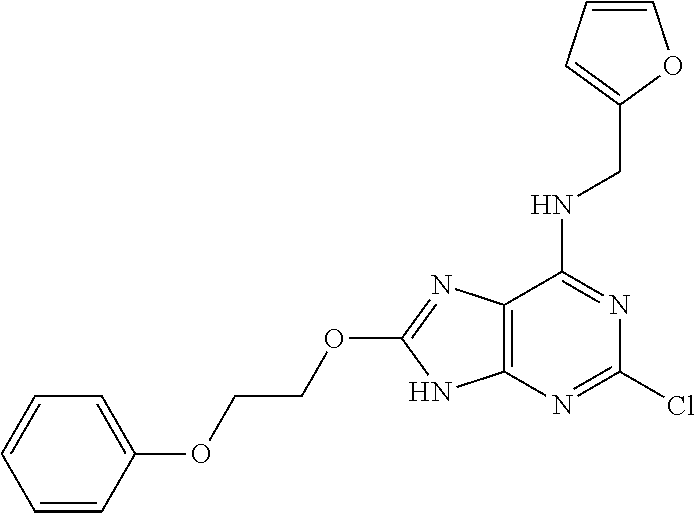
C00672
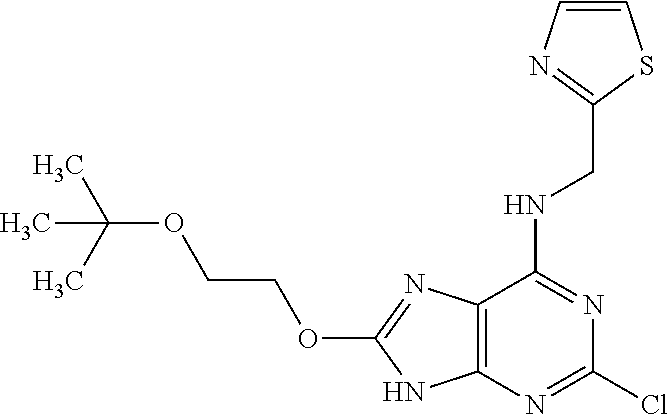
C00673
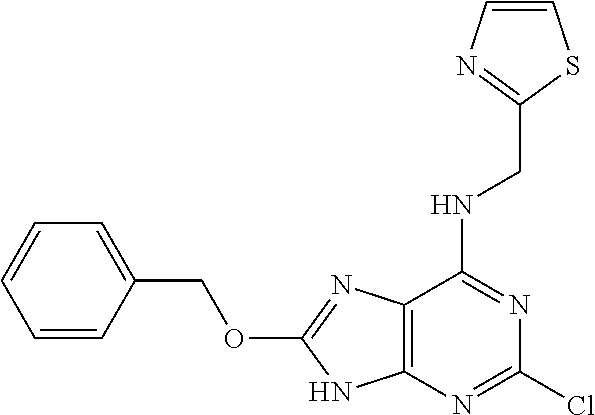
C00674
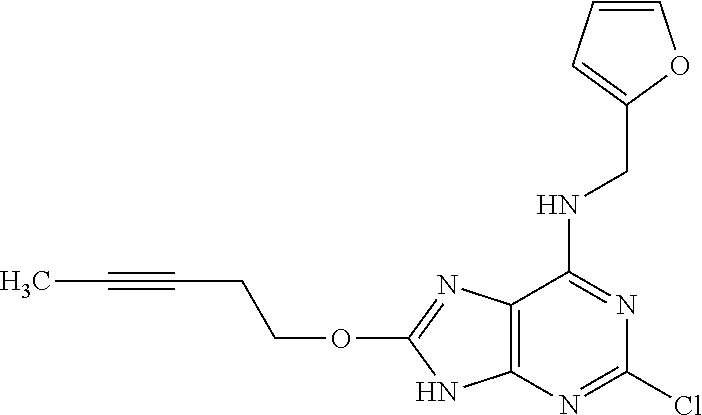
C00675

C00676
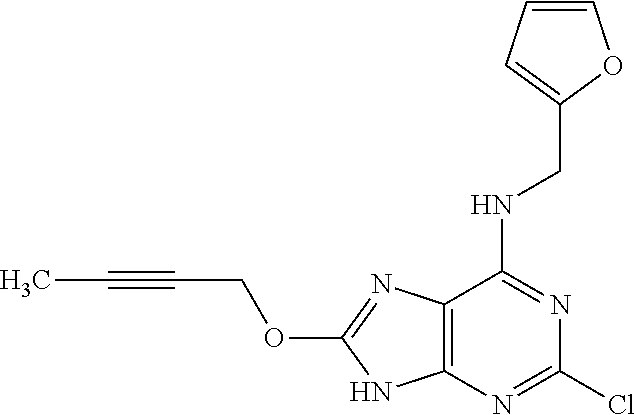
C00677
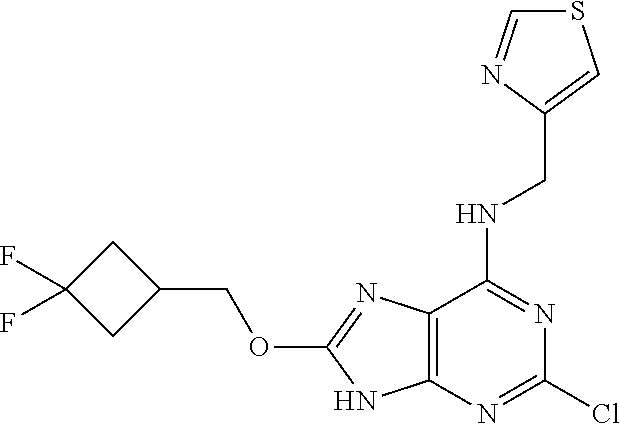
C00678
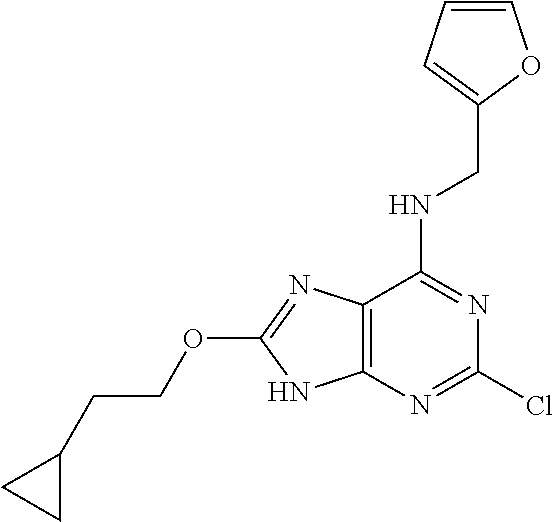
C00679
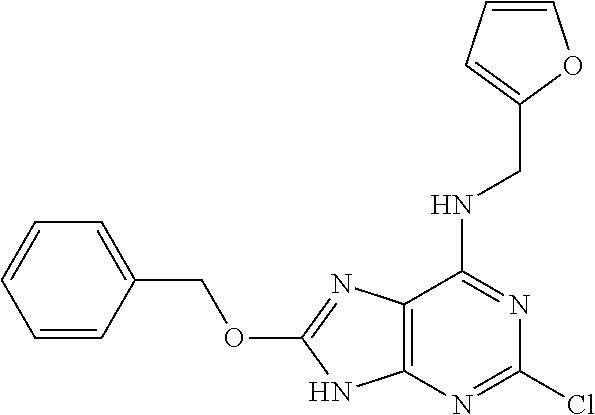
C00680
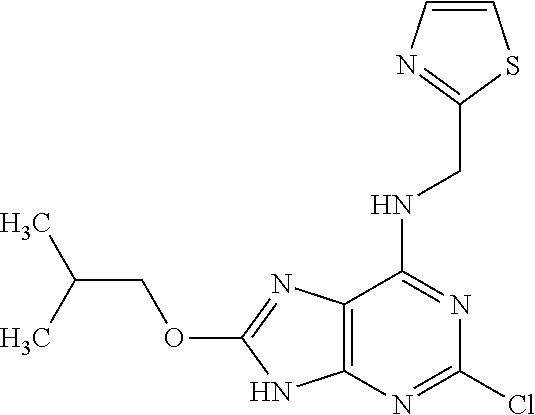
C00681
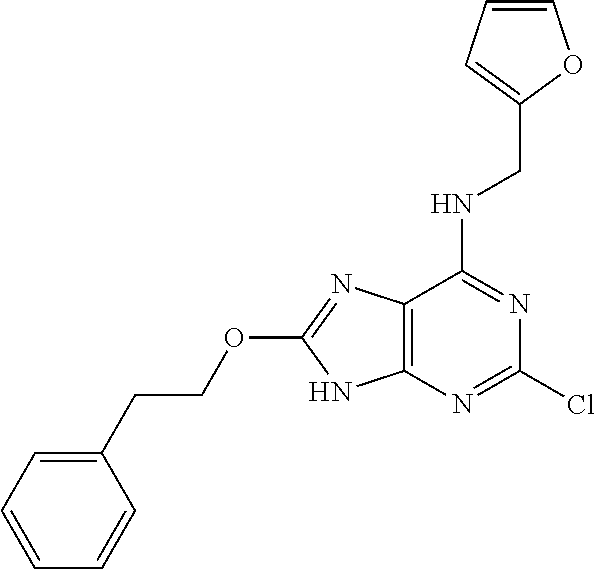
C00682
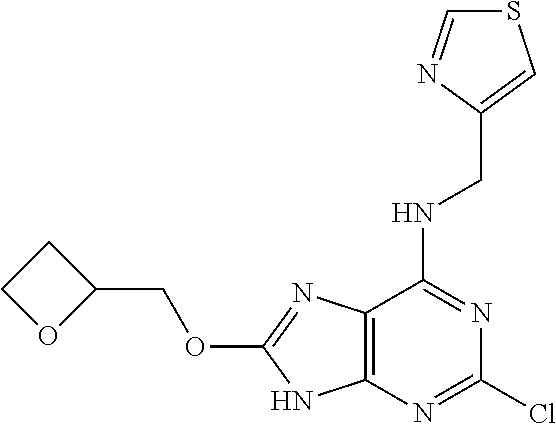
C00683
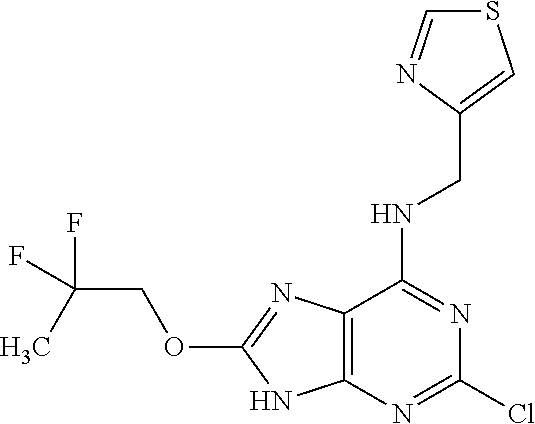
C00684
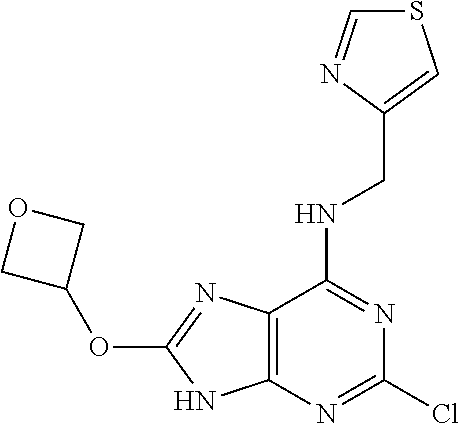
C00685
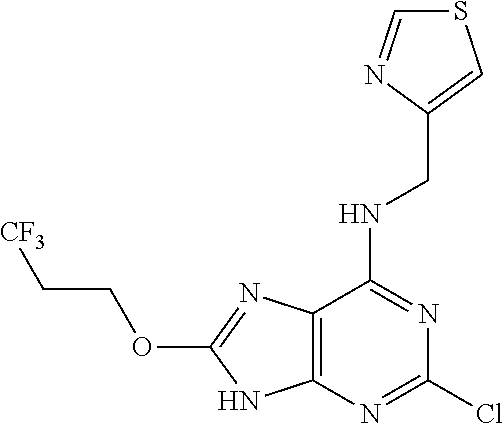
C00686
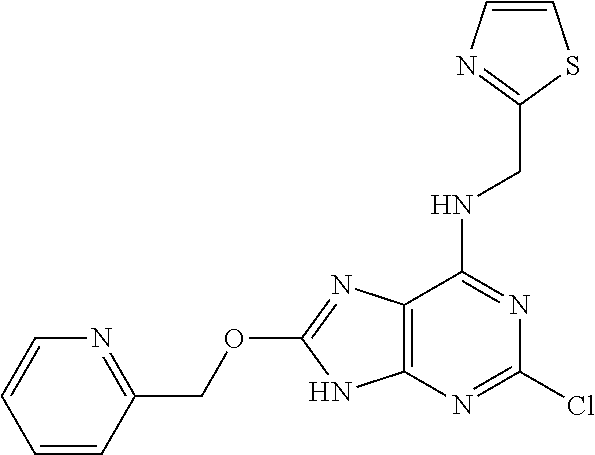
C00687
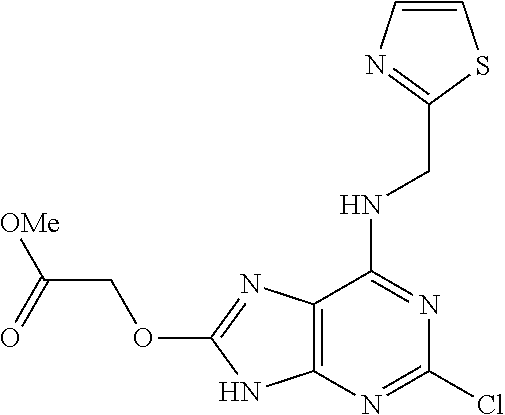
C00688
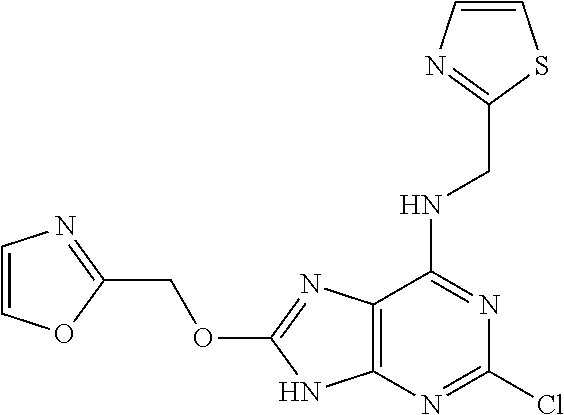
C00689
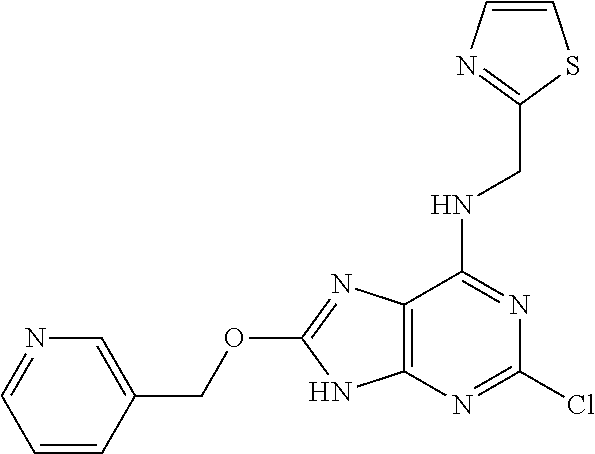
C00690
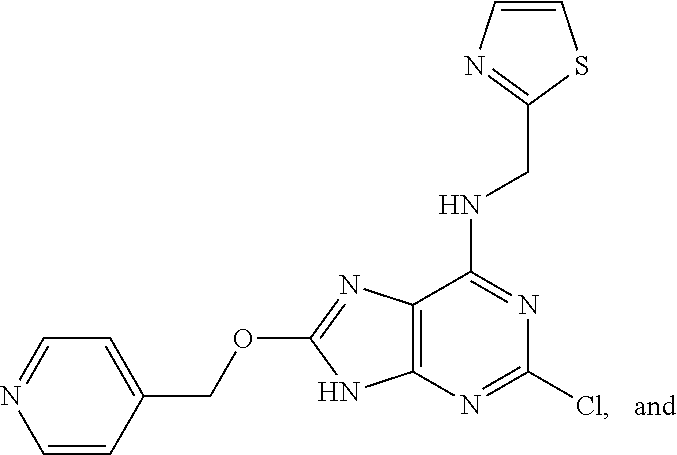
C00691

C00692
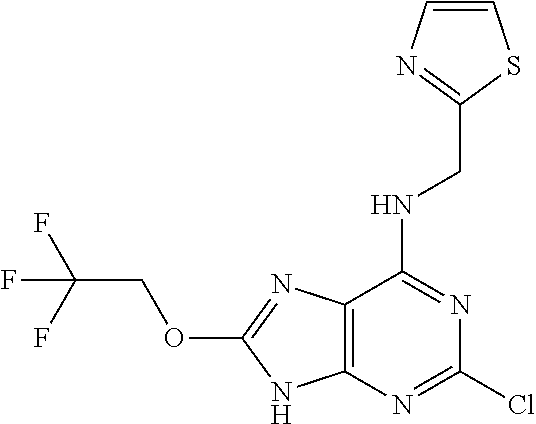
C00693
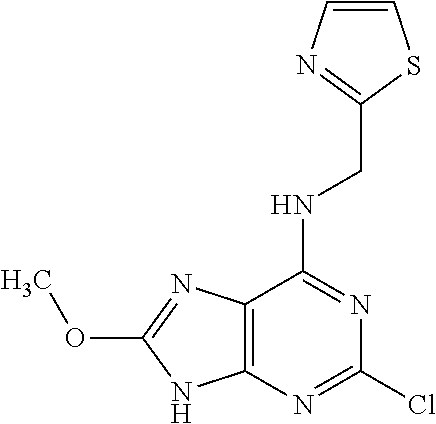
C00694
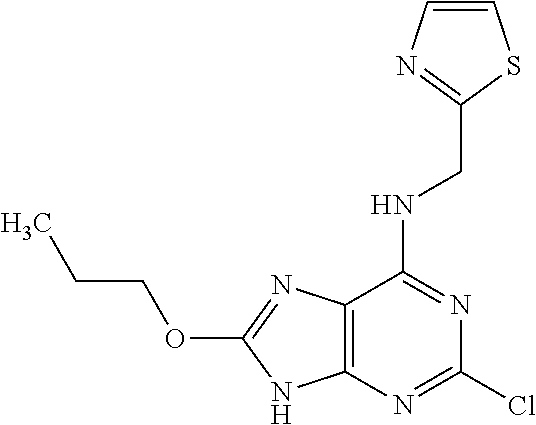
C00695
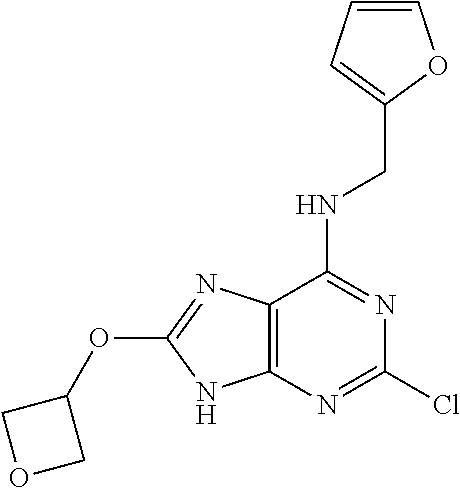
C00696
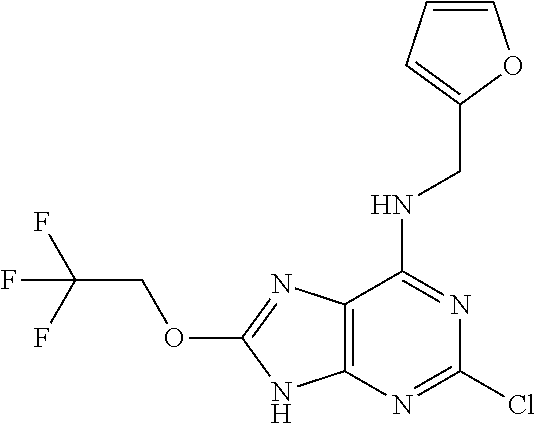
C00697
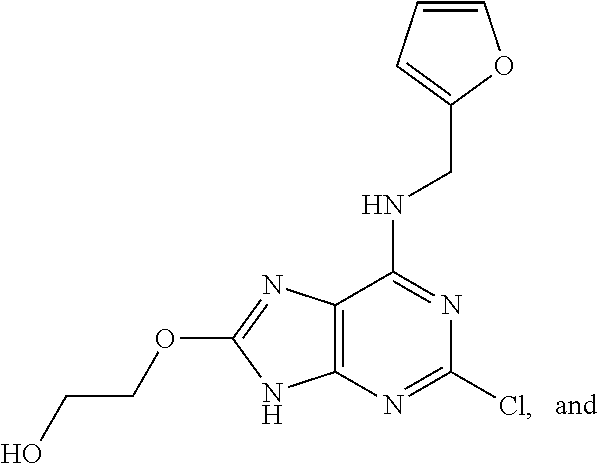
C00698
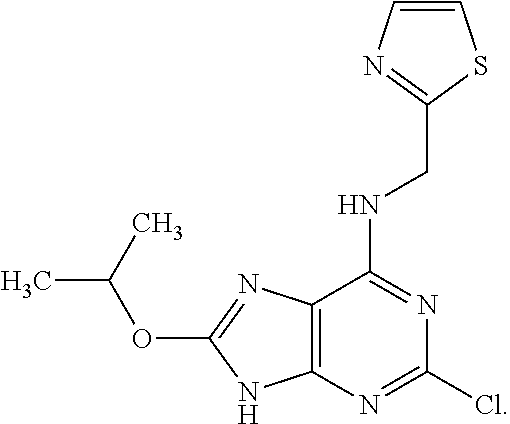
C00699
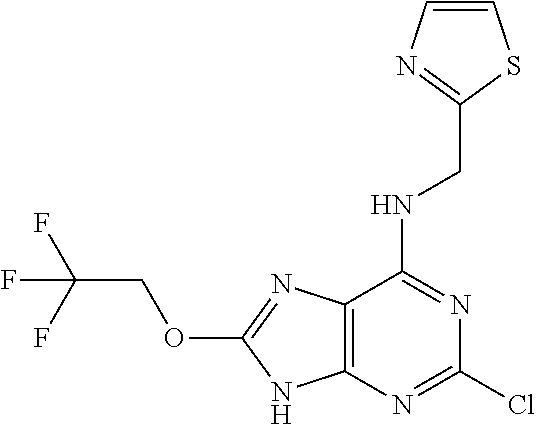
C00700
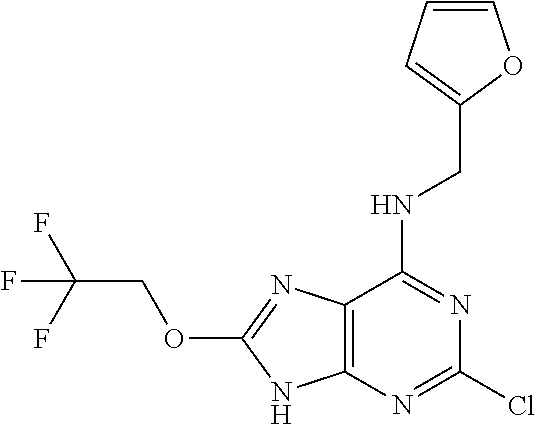
C00701

C00702

C00703
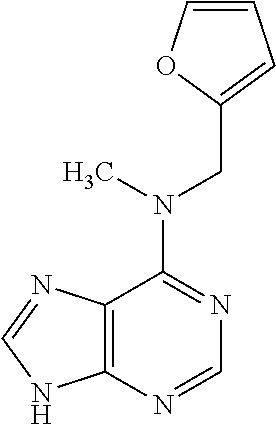
C00704
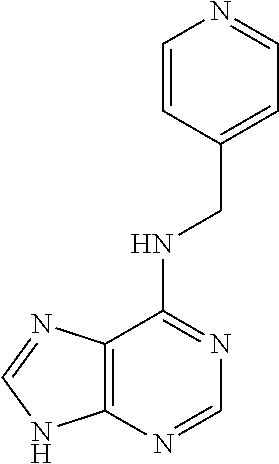
C00705

C00706
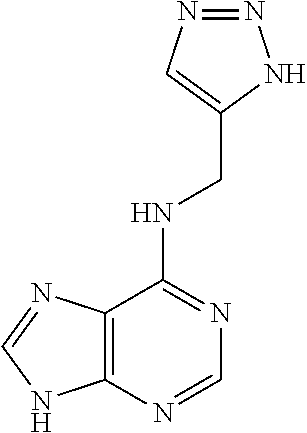
C00707

C00708
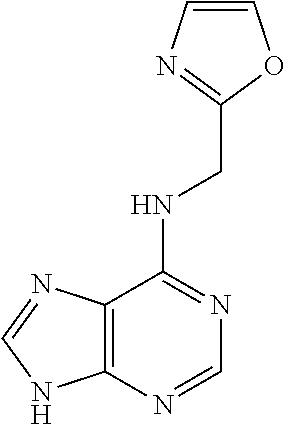
C00709
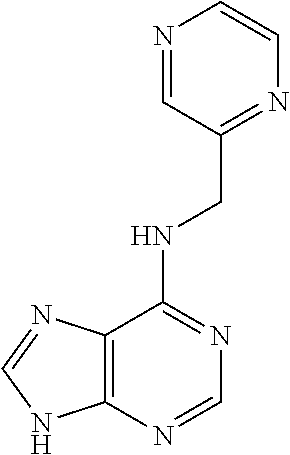
C00710

C00711
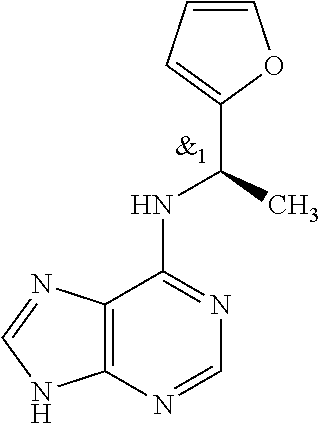
C00712

C00713
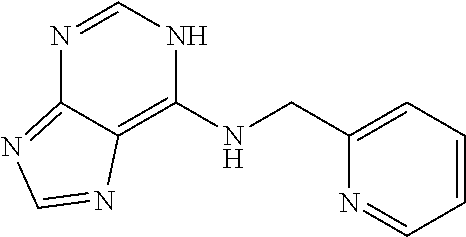
C00714
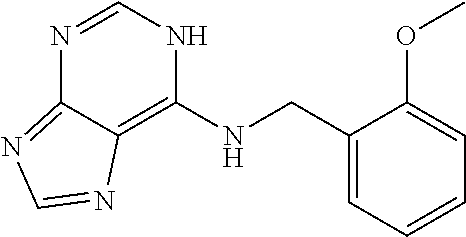
C00715
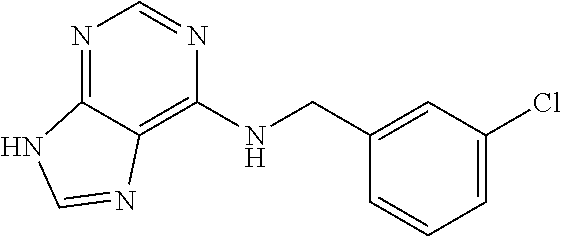
C00716

C00717
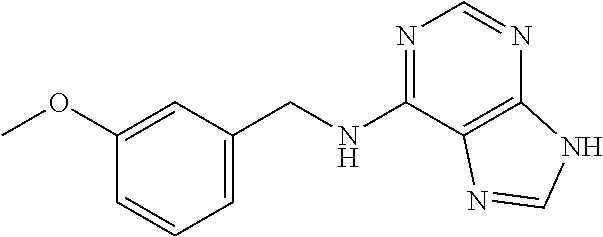
C00718

C00719

C00720
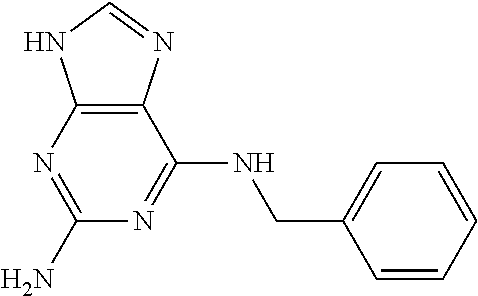
C00721
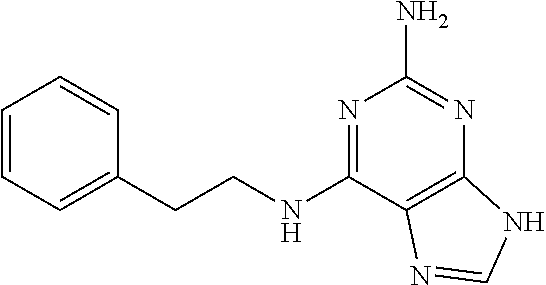
C00722
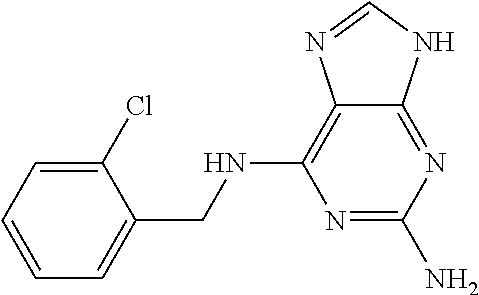
C00723

C00724

C00725

C00726
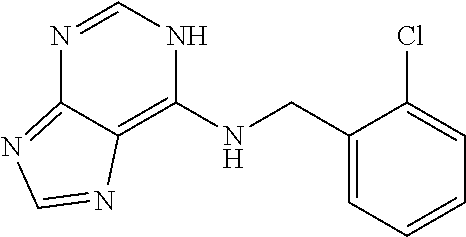
C00727

C00728
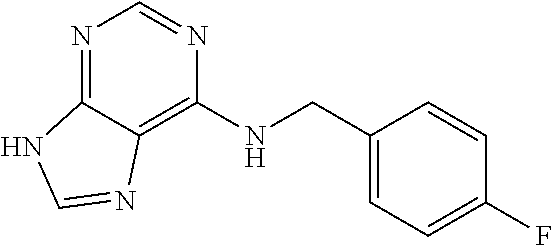
C00729
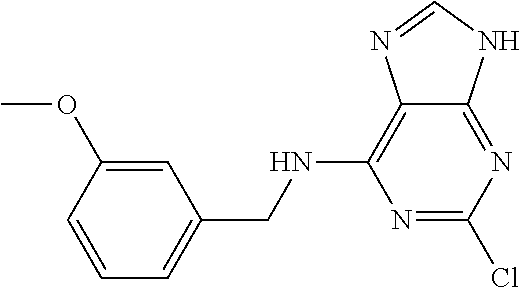
C00730

C00731

C00732

C00733

C00734

C00735
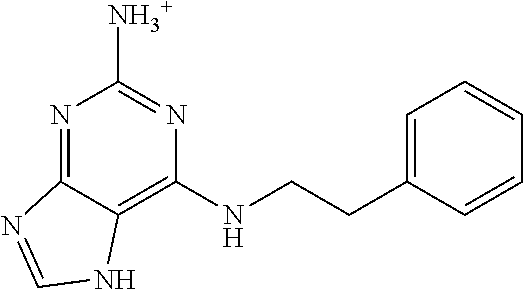
C00736
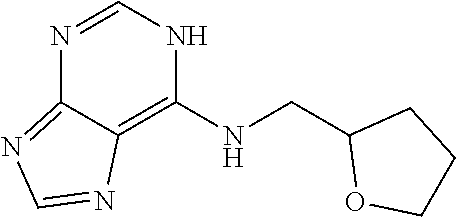
C00737
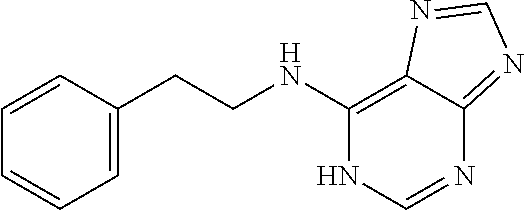
C00738
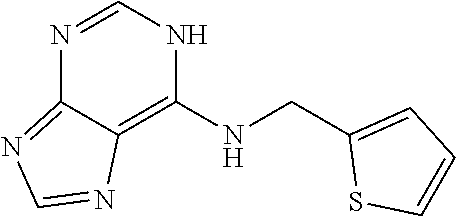
C00739
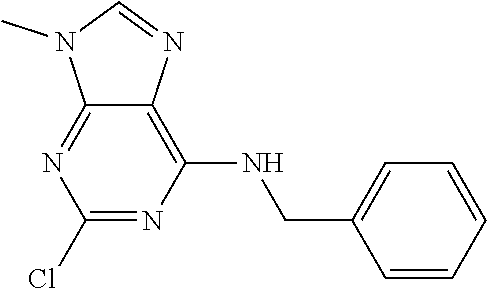
C00740
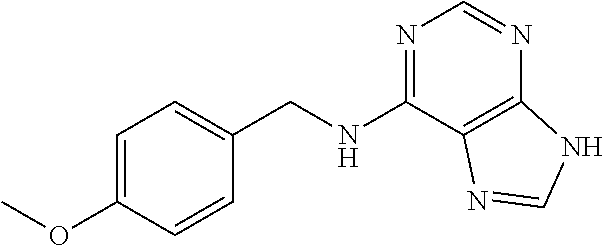
C00741

C00742

C00743

C00744
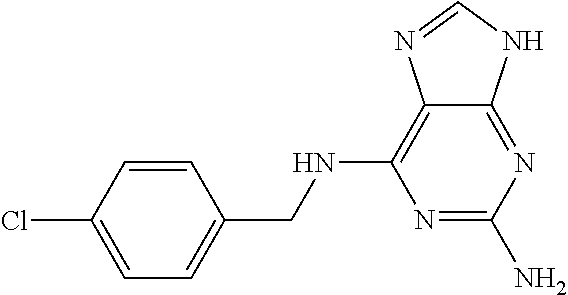
C00745
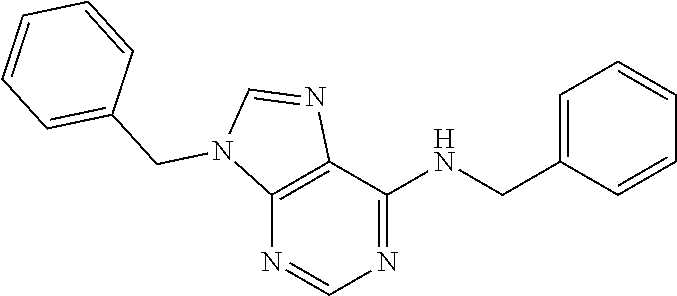
C00746
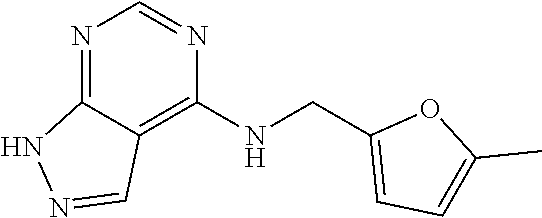
C00747
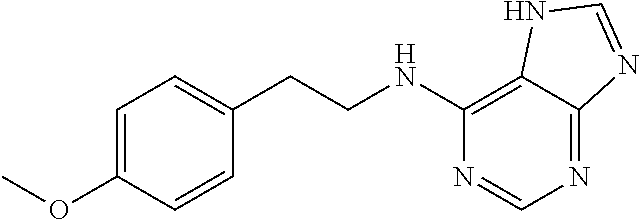
C00748
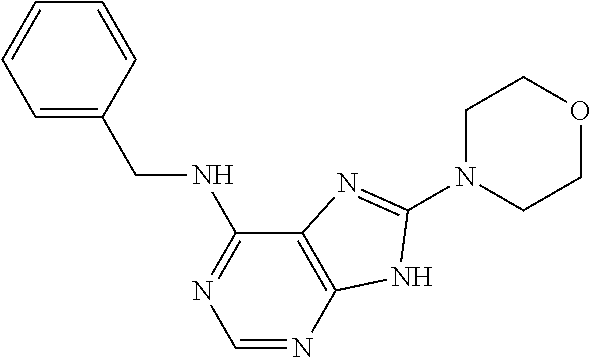
C00749

C00750
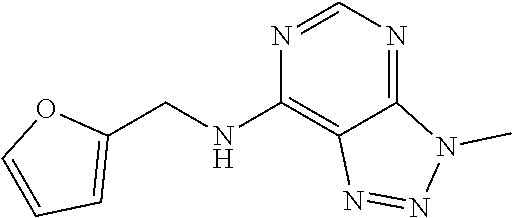
C00751
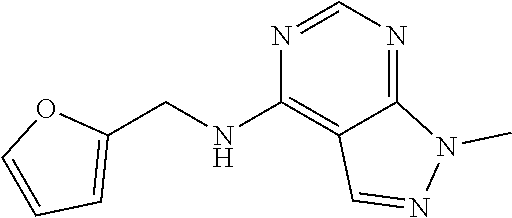
C00752

C00753
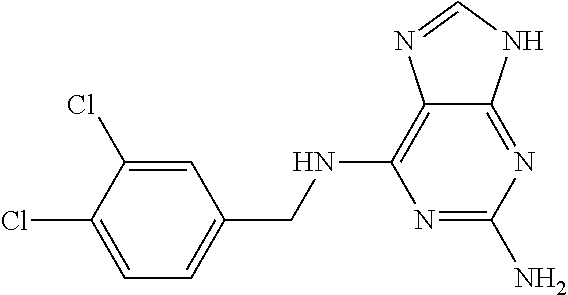
C00754

C00755

C00756

C00757

C00758
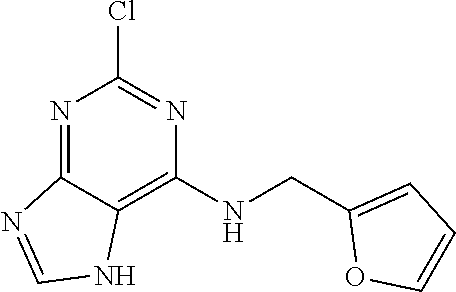
C00759

C00760
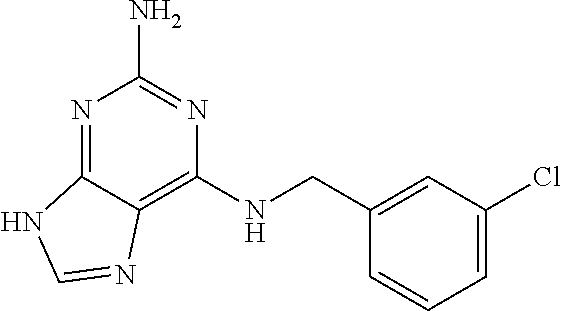
C00761

C00762
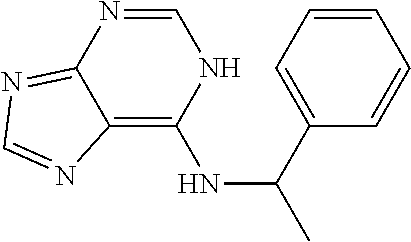
C00763
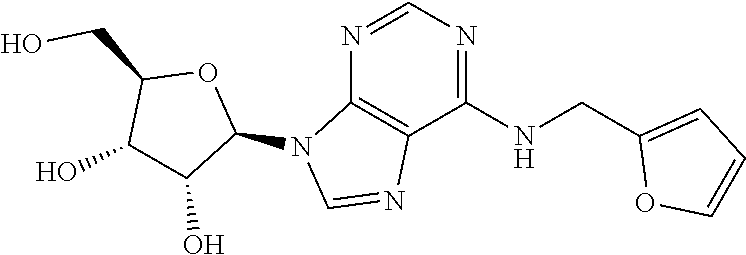
C00764
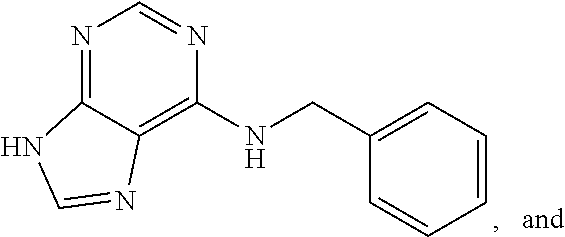
C00765

C00766

C00767
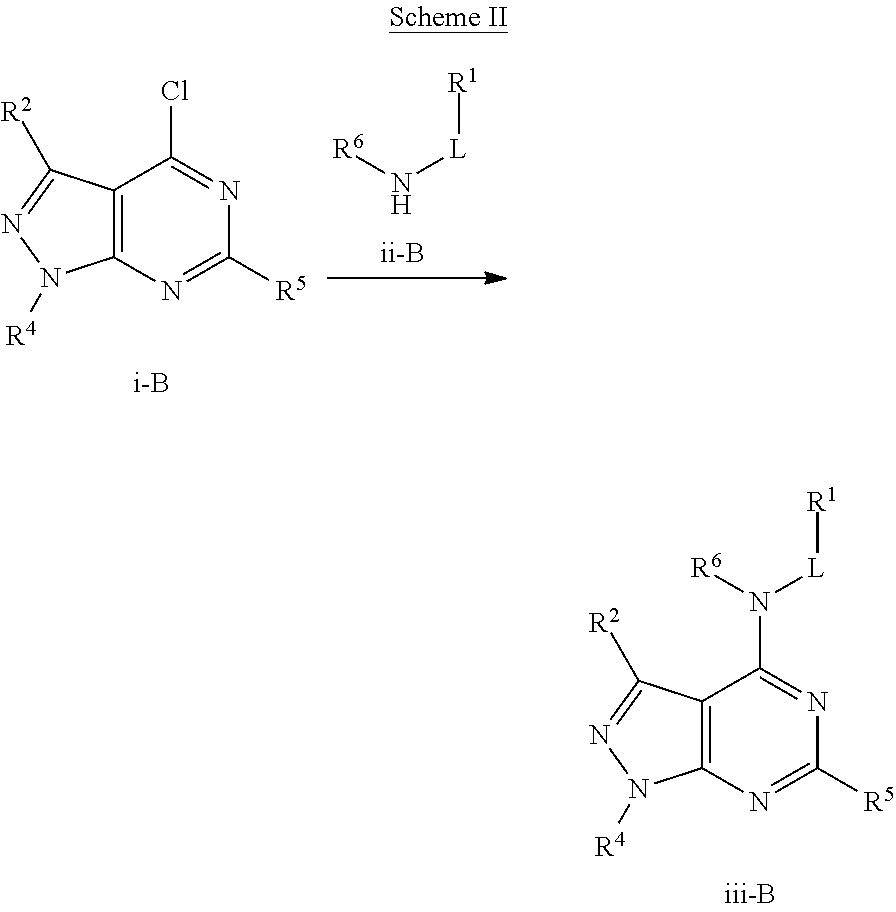
C00768
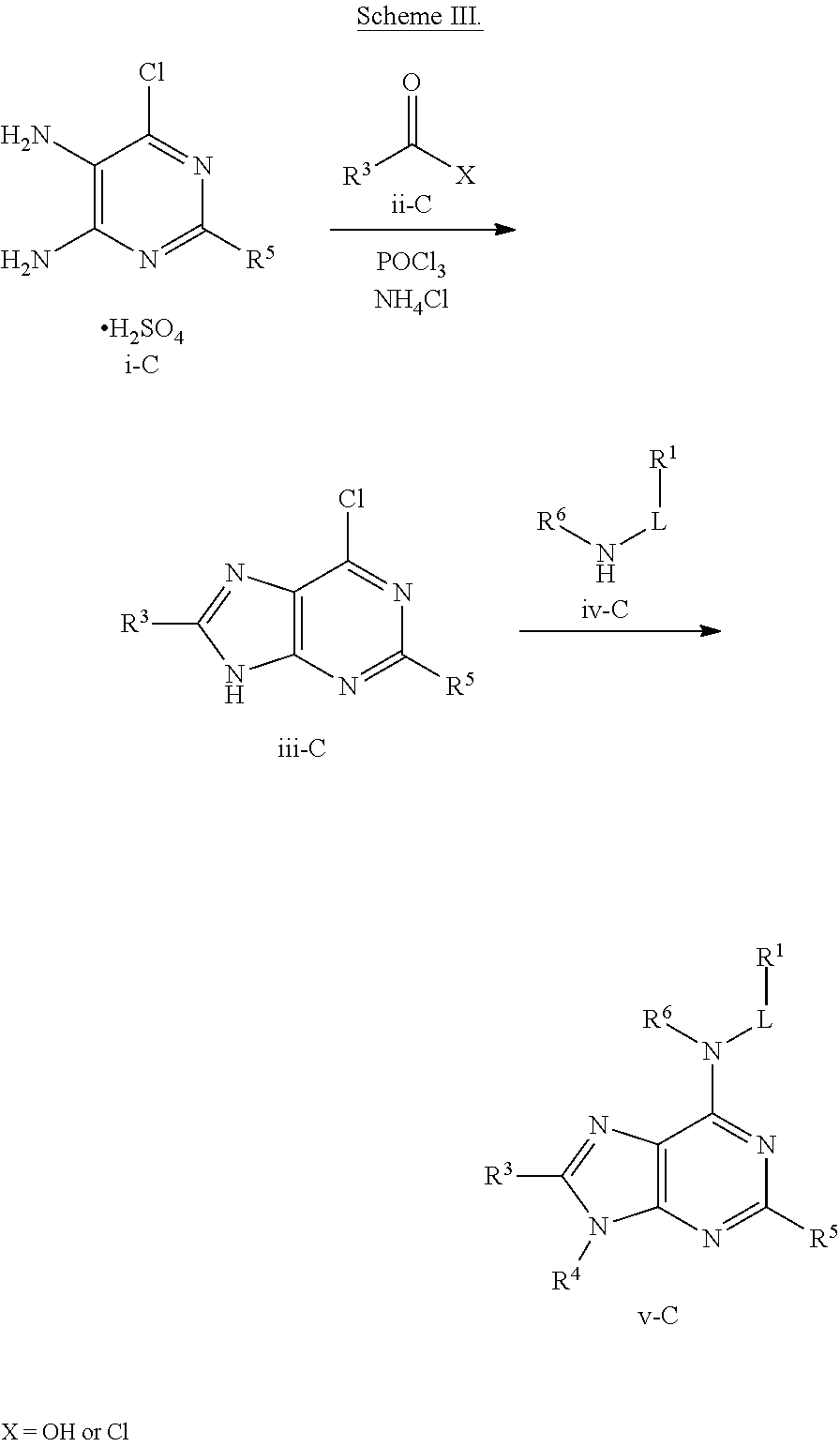
C00769
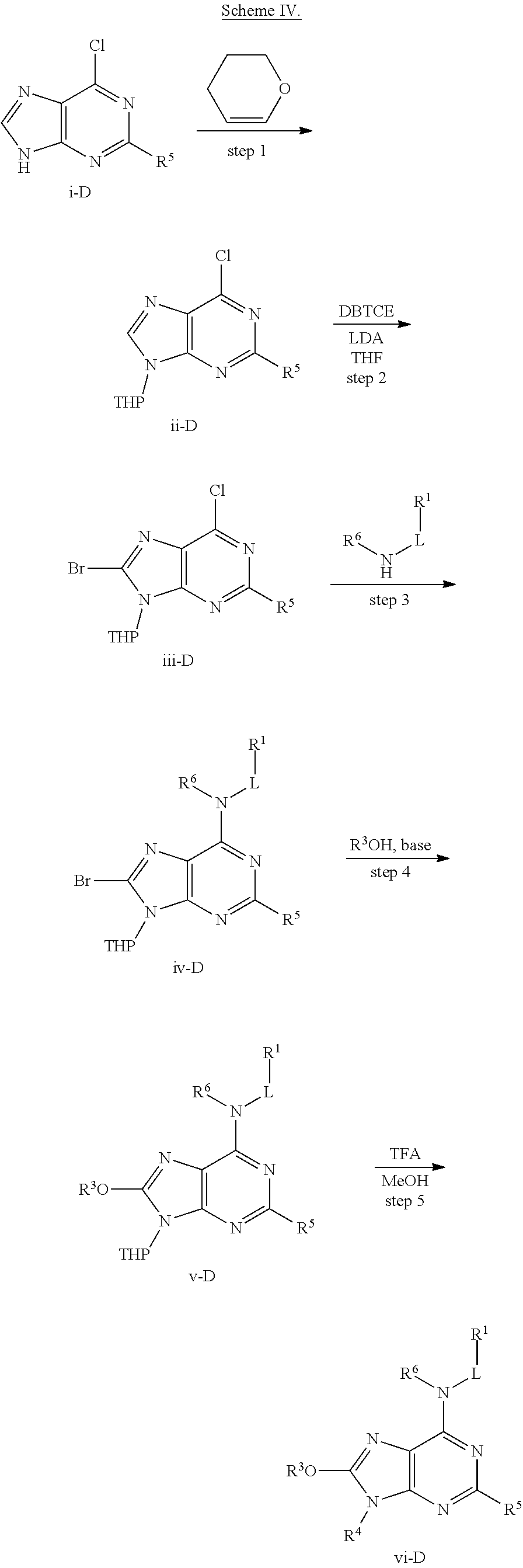
C00770
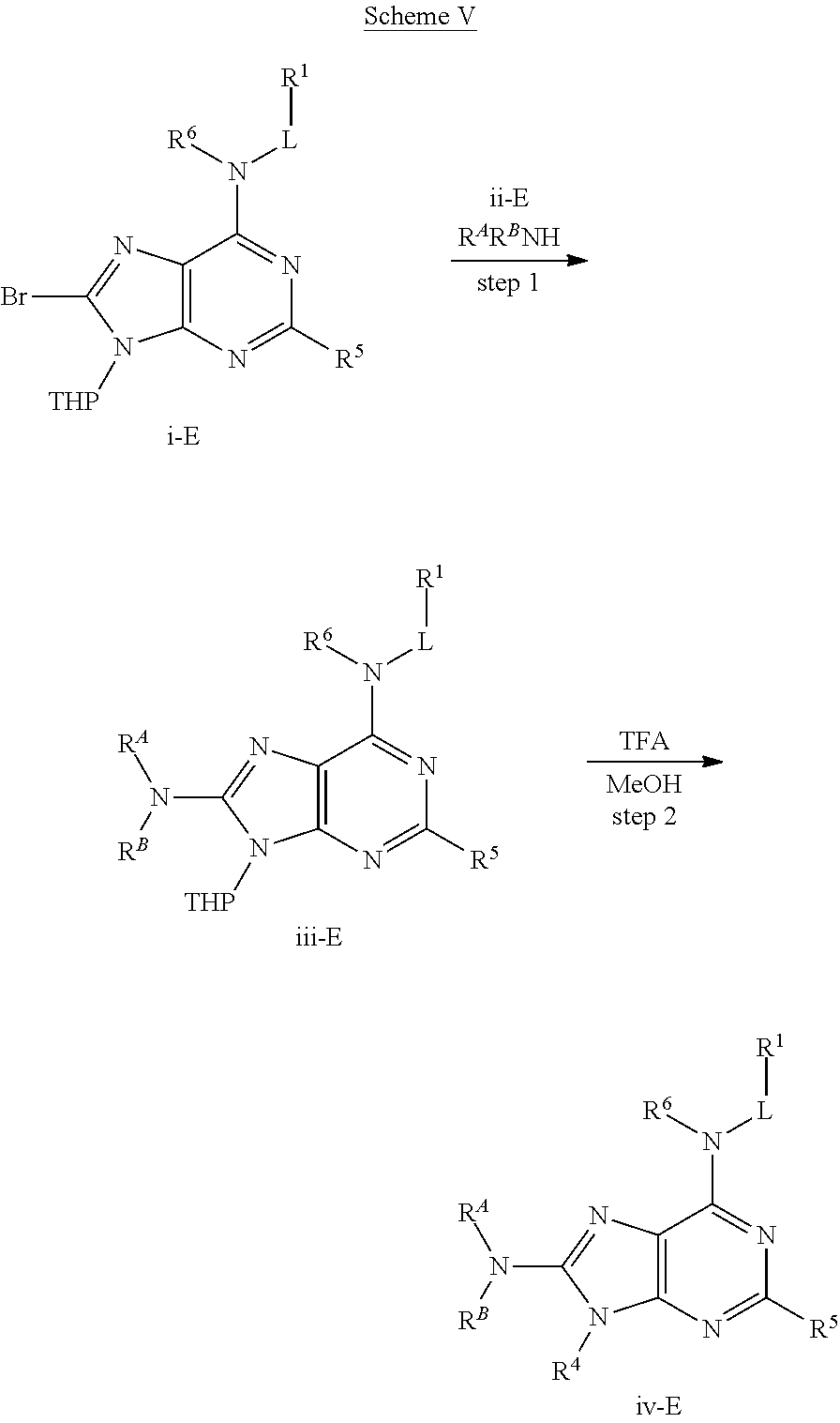
C00771

C00772
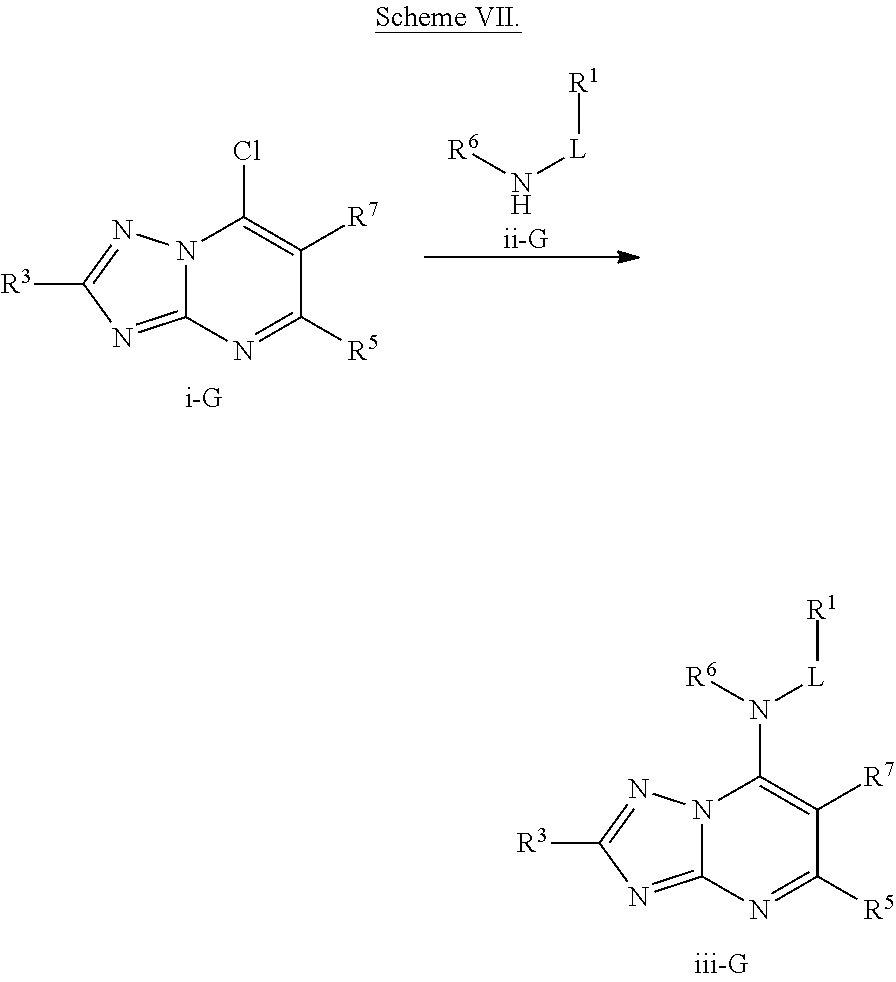
C00773

C00774

C00775
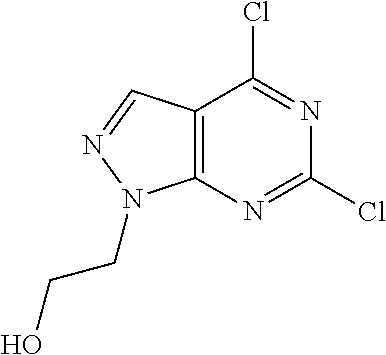
C00776
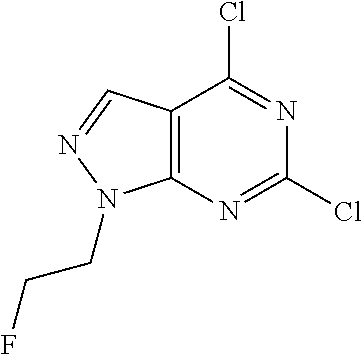
C00777

C00778

C00779
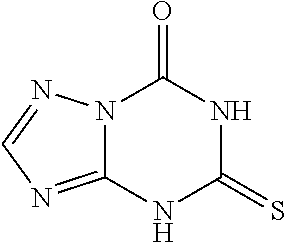
C00780
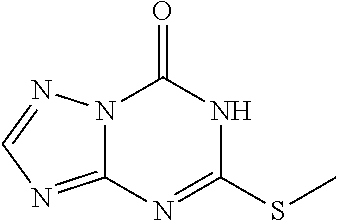
C00781
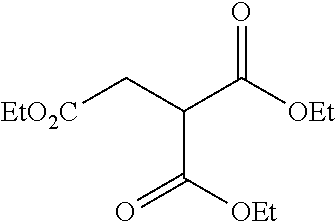
C00782
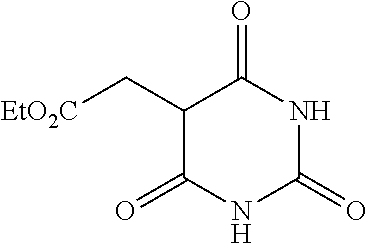
C00783

C00784

C00785
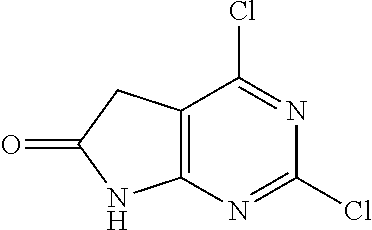
C00786
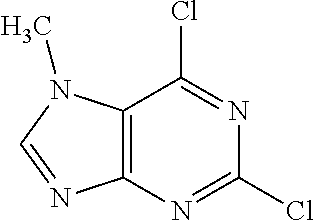
C00787

C00788
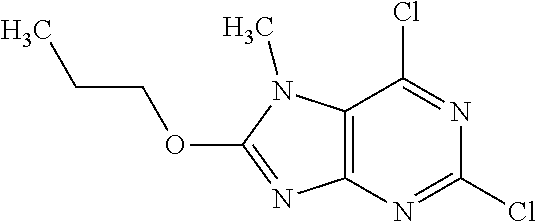
C00789
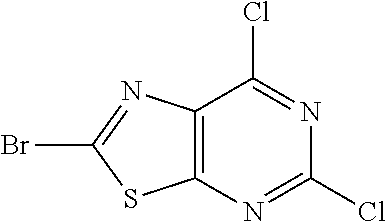
C00790
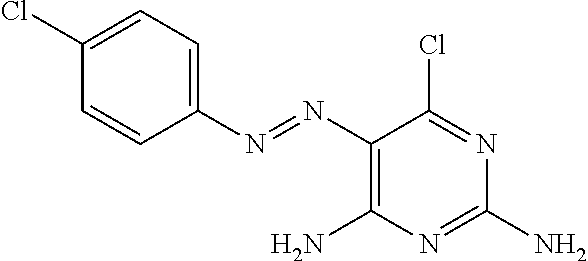
C00791
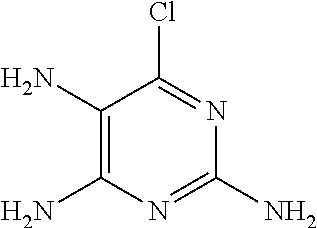
C00792
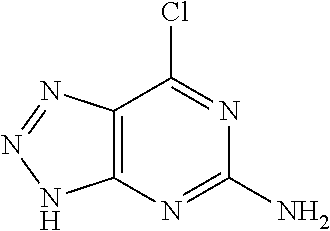
C00793

C00794
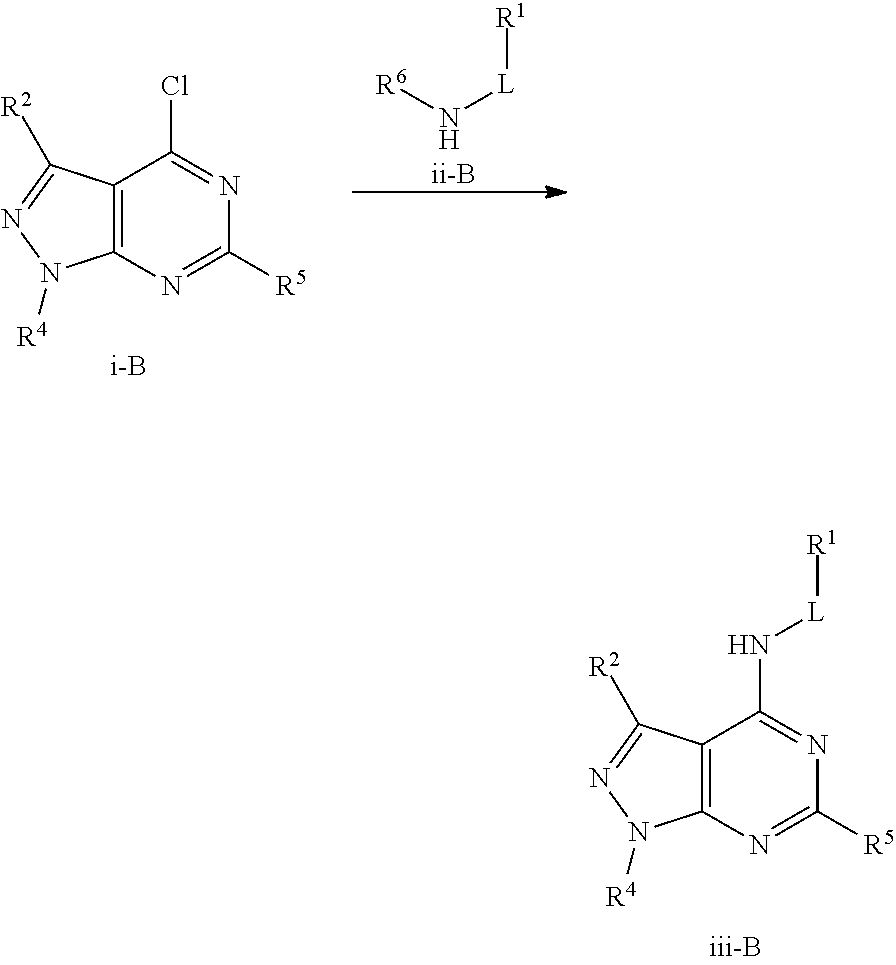
C00795
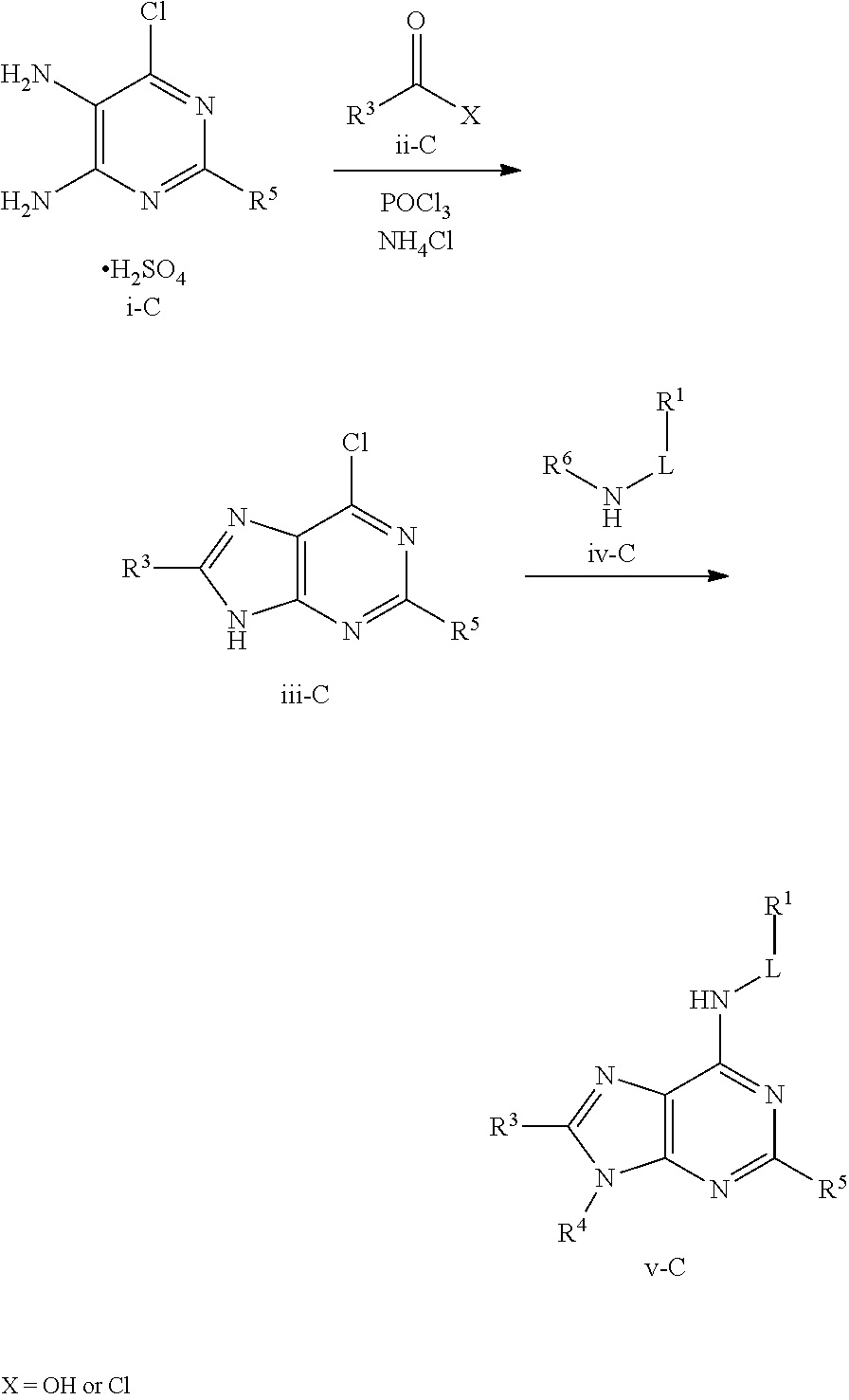
C00796
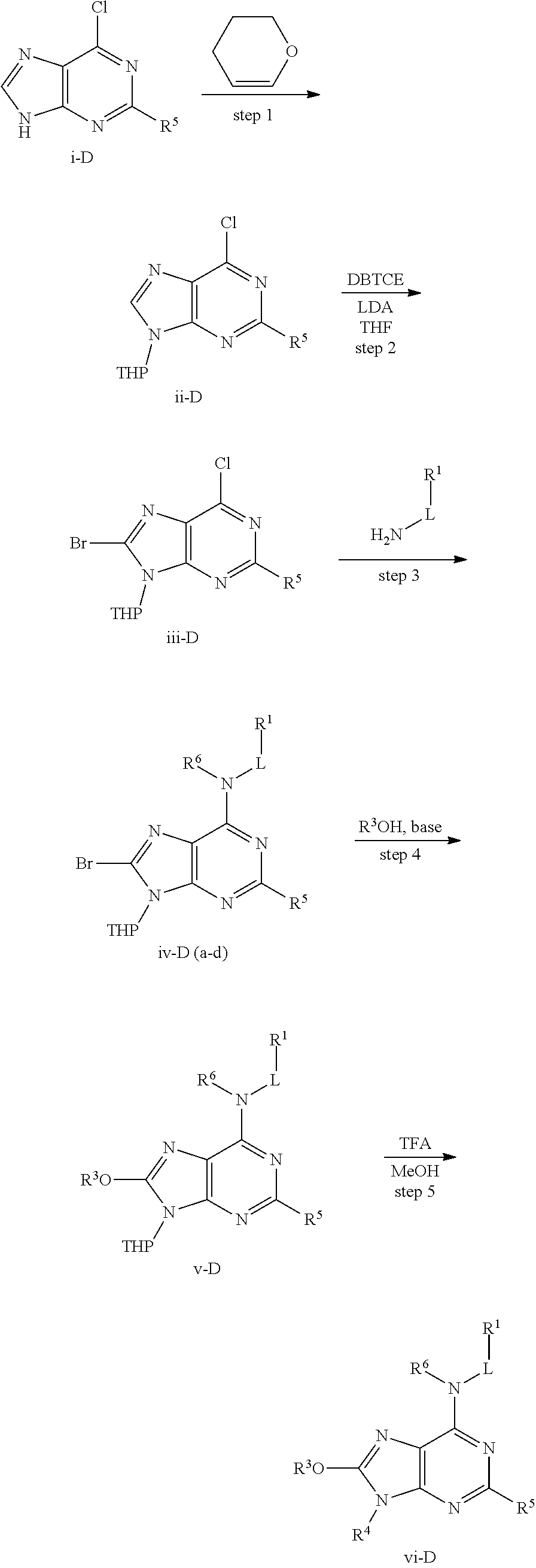
C00797
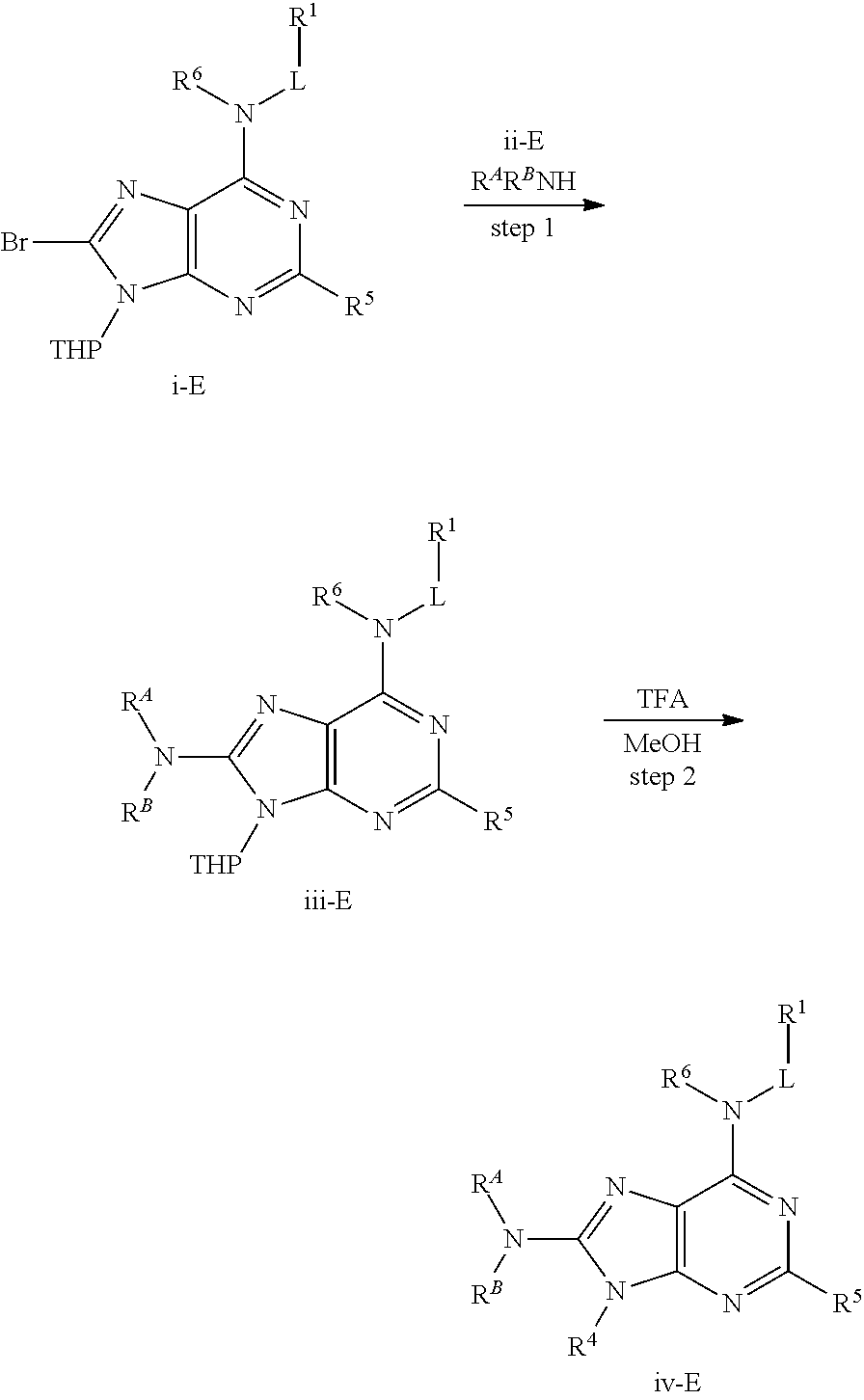
C00798
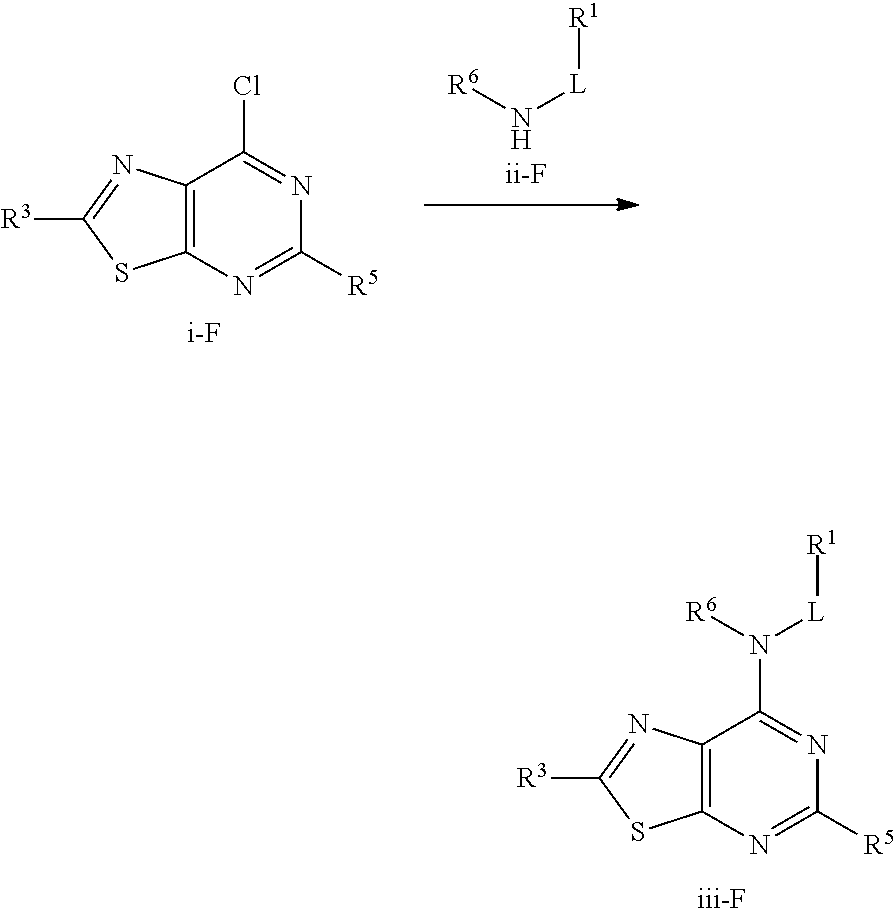
C00799
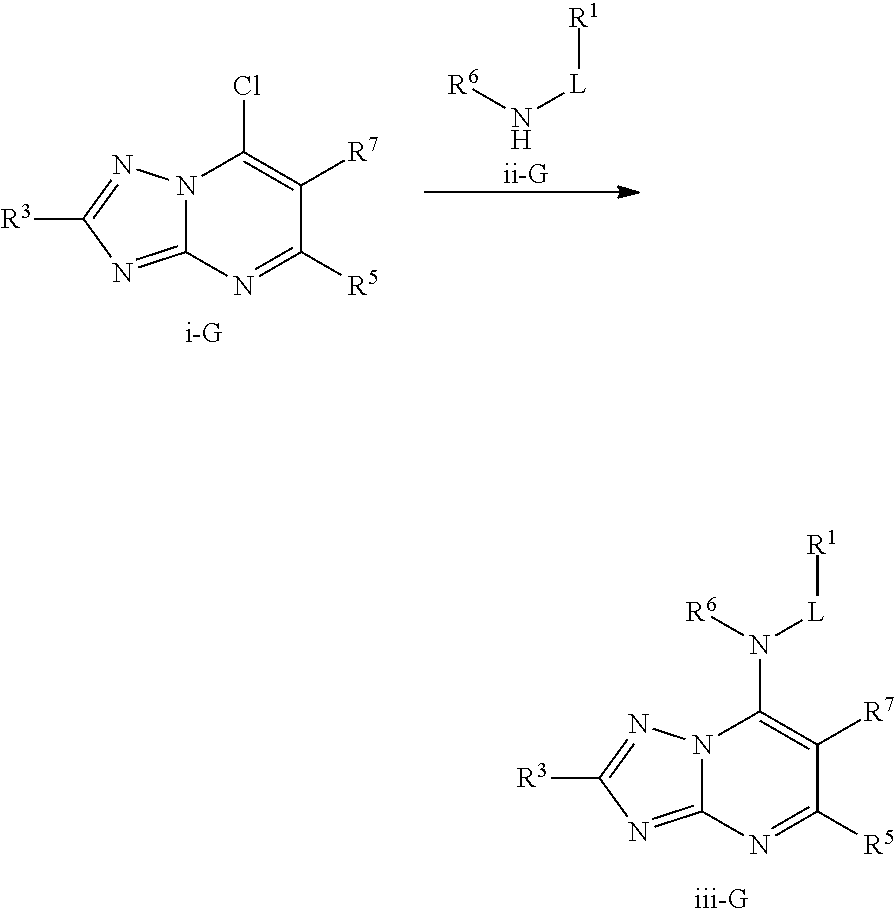
C00800
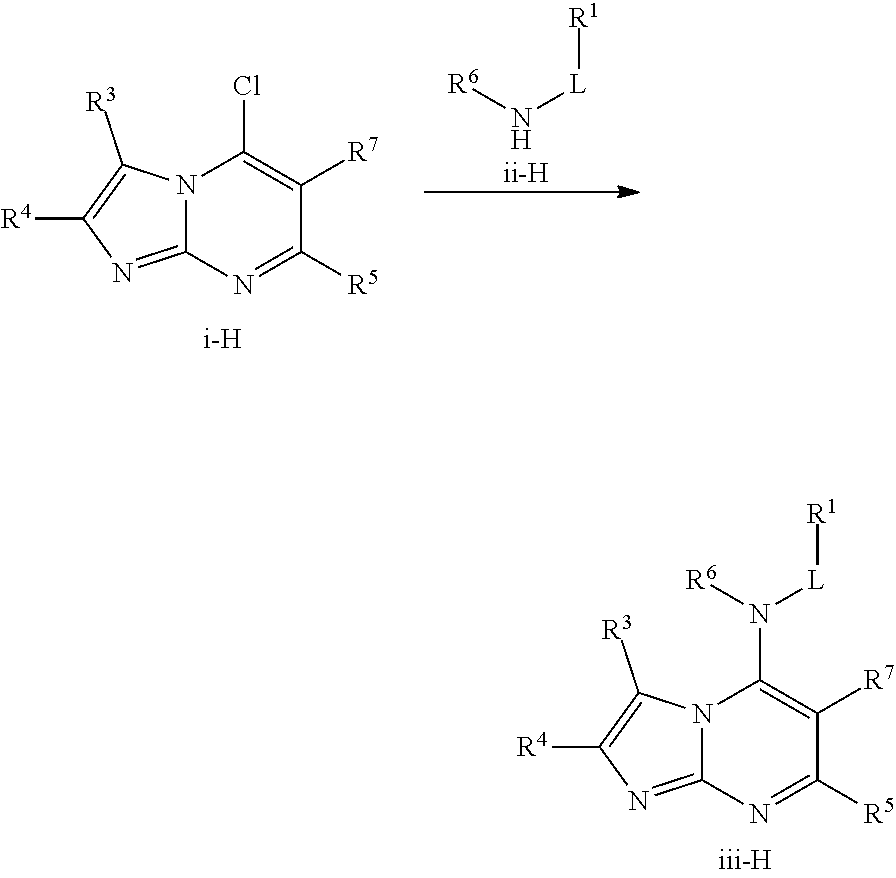
C00801

C00802
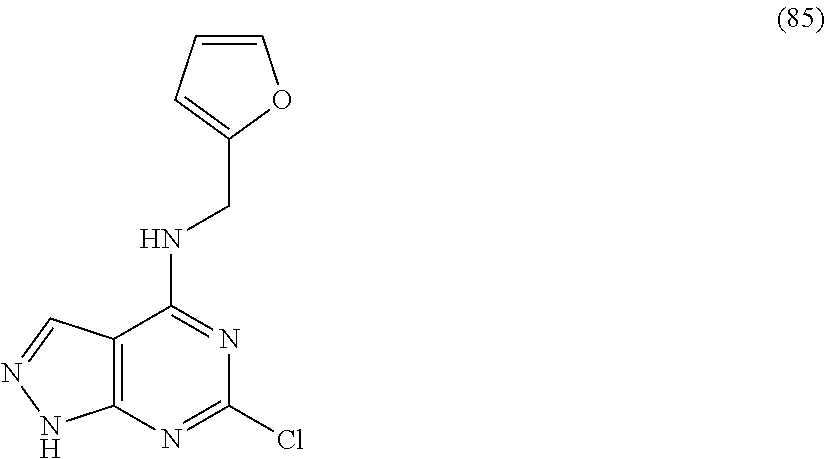
C00803
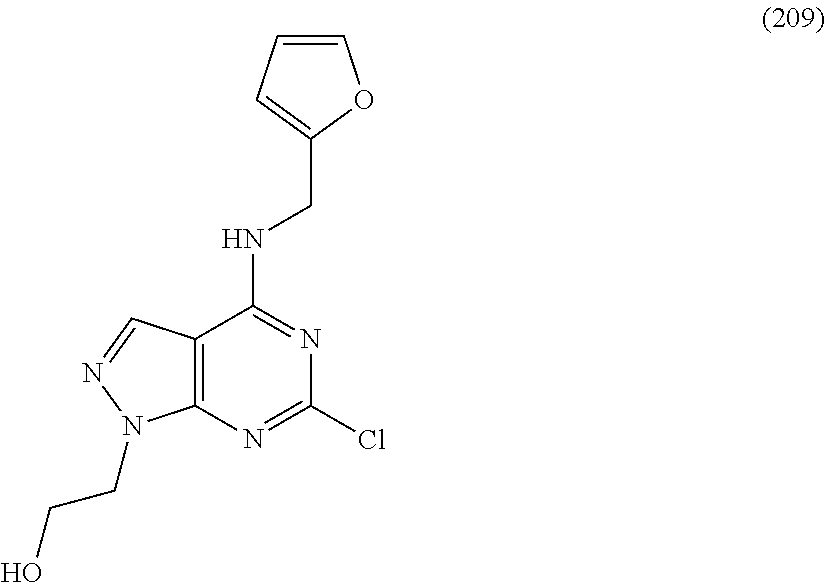
C00804
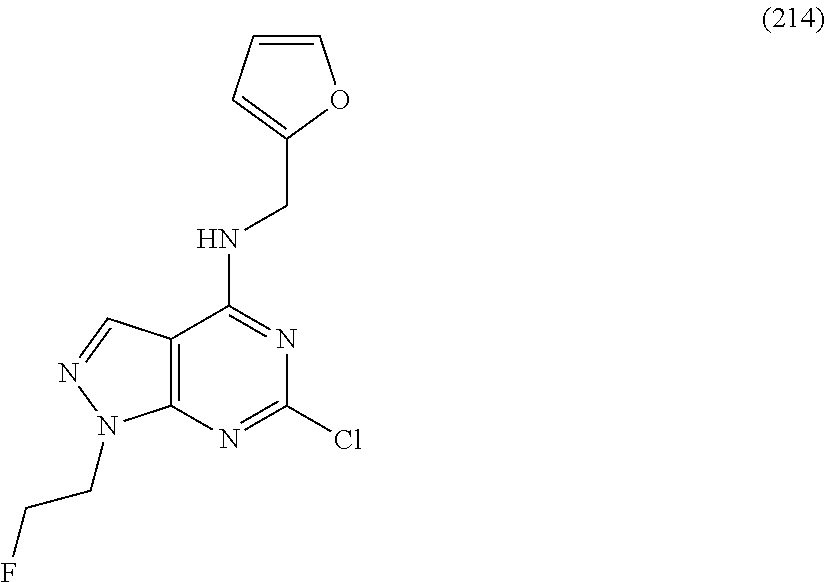
C00805
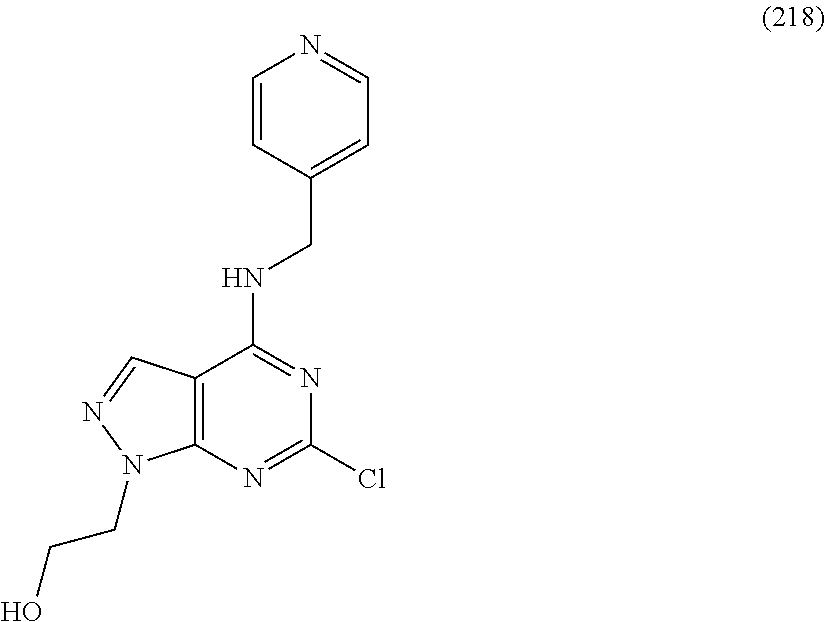
C00806

C00807
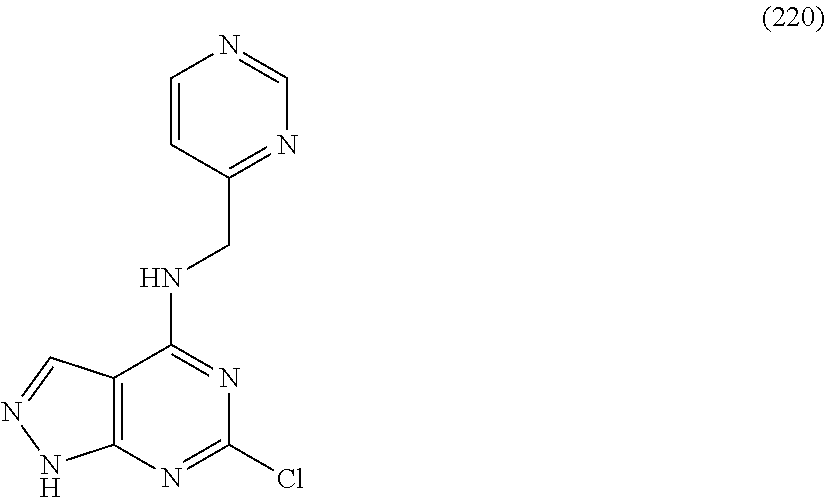
C00808

C00809
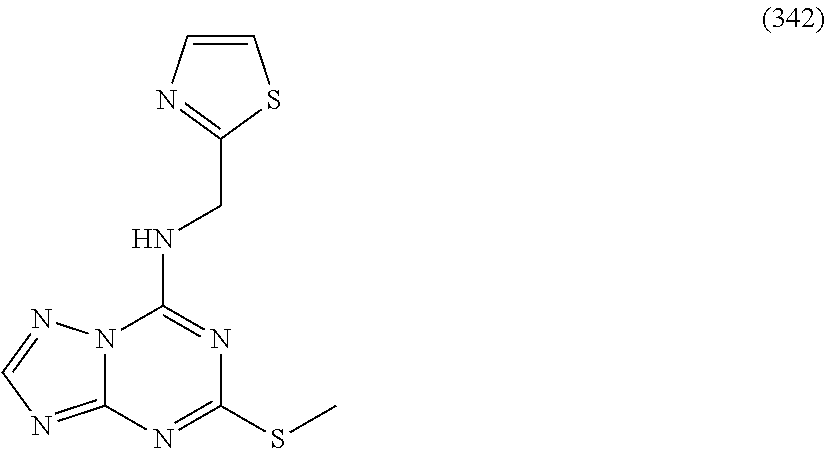
C00810
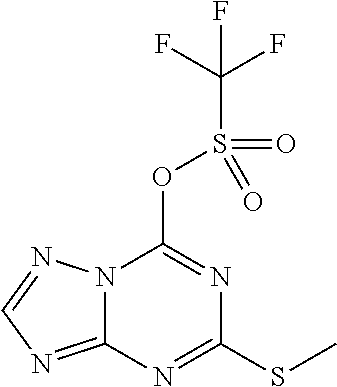
C00811
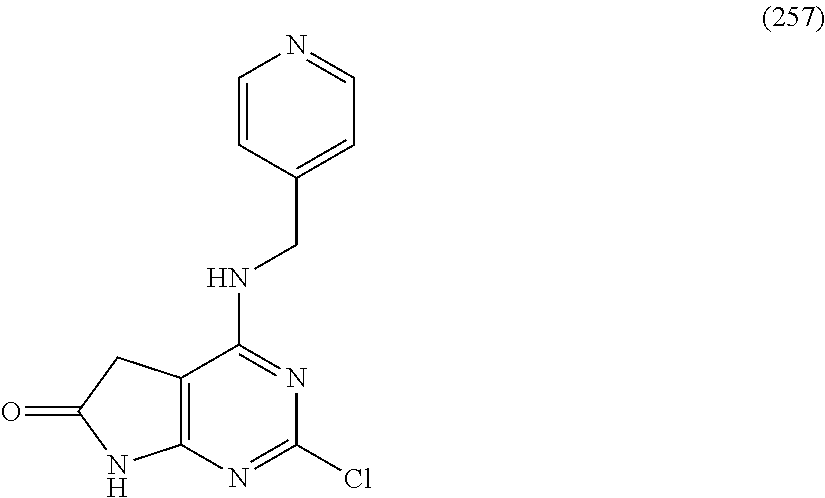
C00812
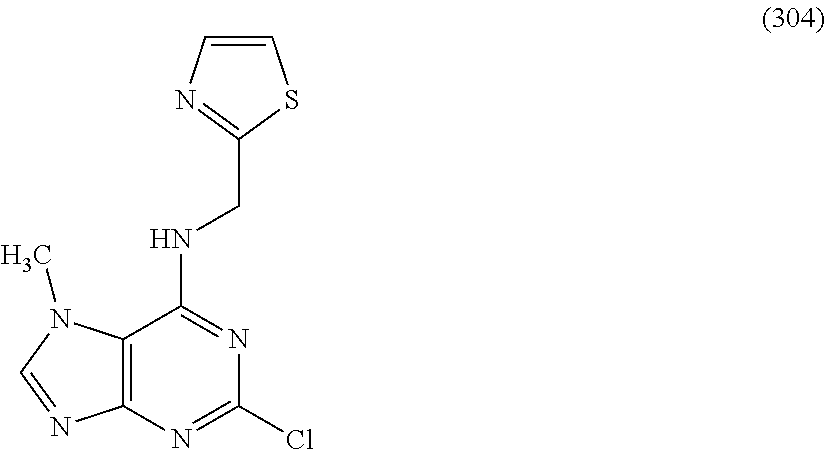
C00813
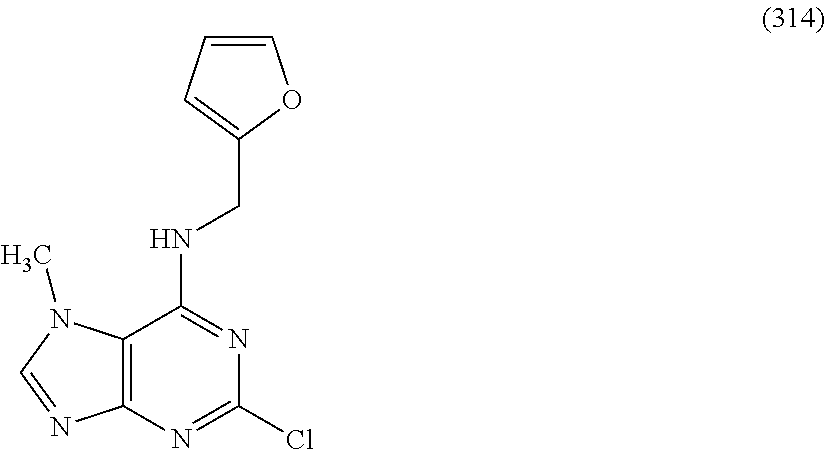
C00814

C00815
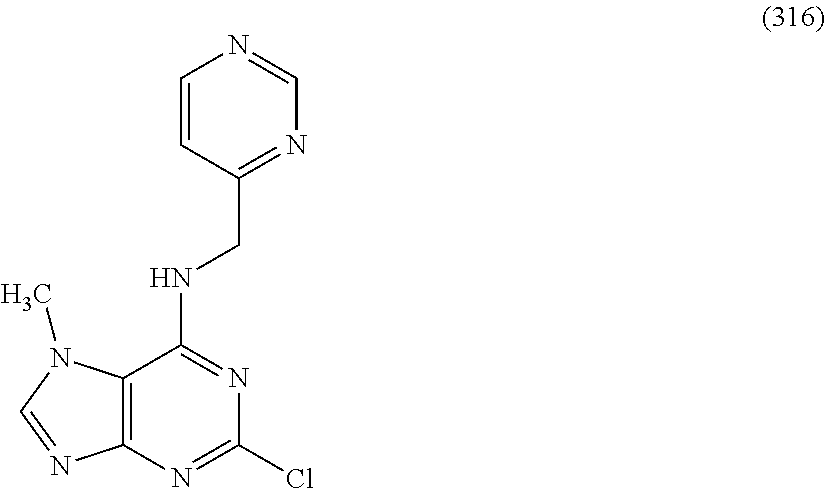
C00816
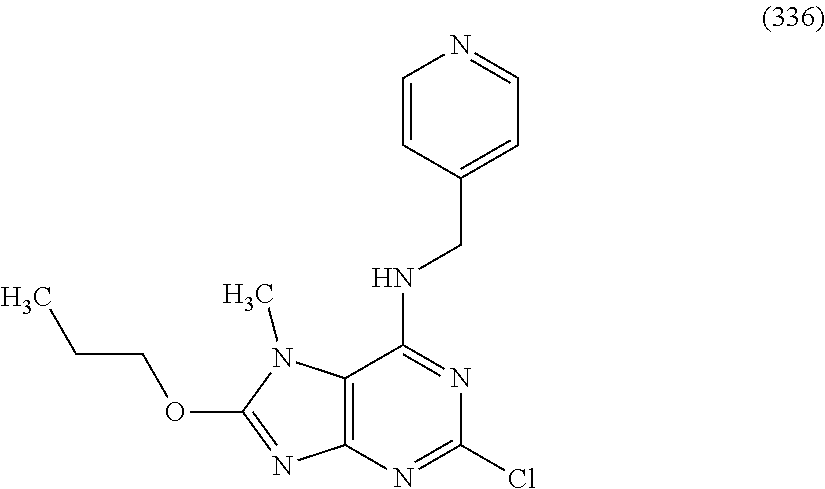
C00817
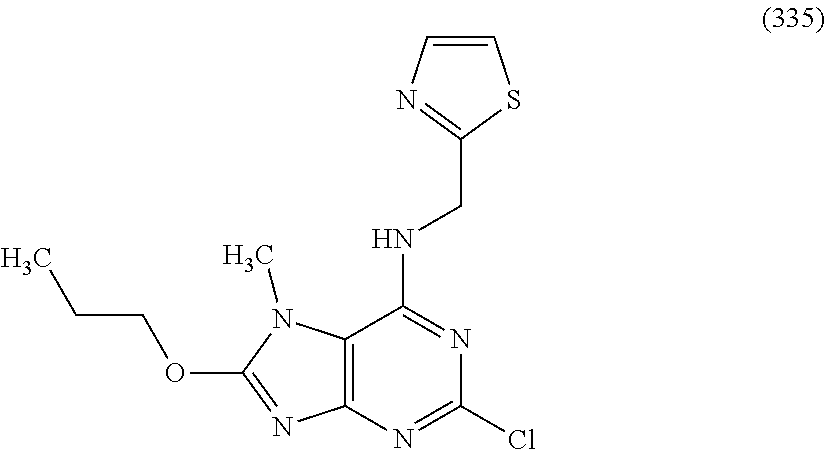
C00818
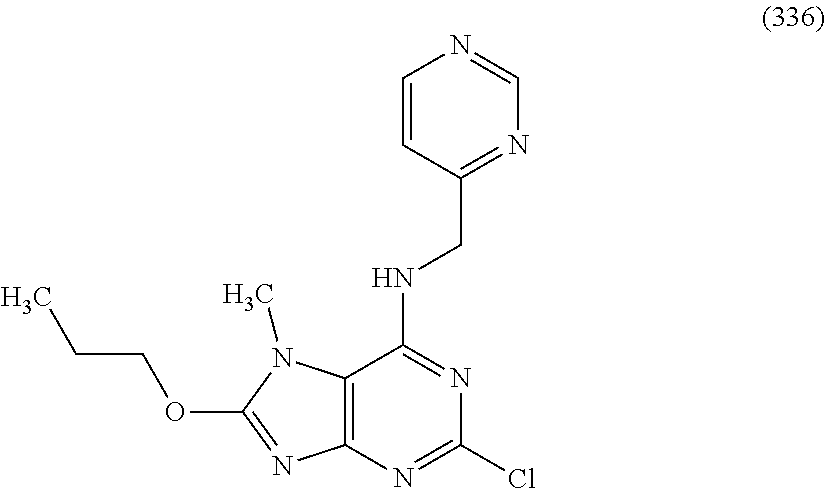
C00819
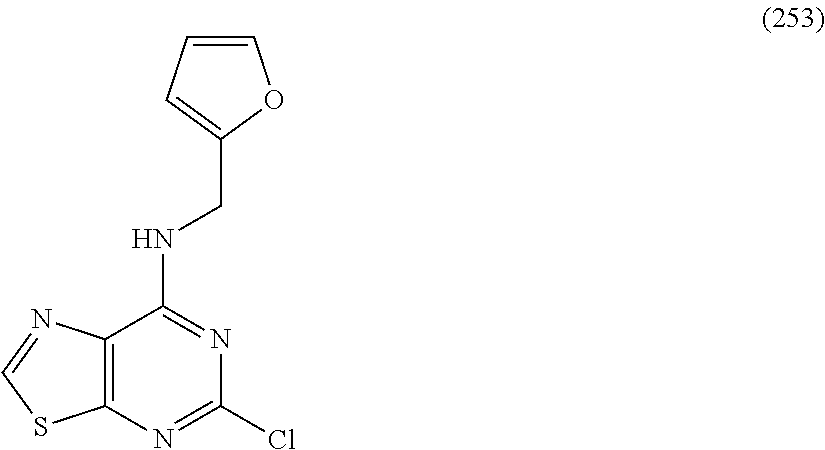
C00820
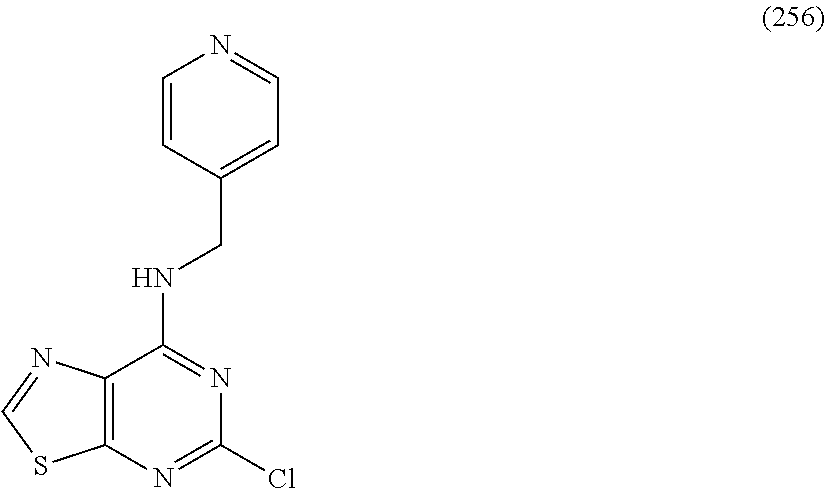
C00821
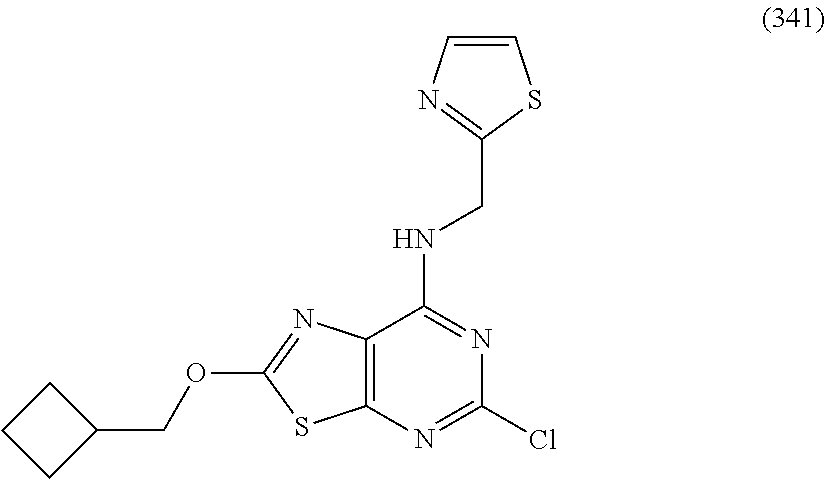
C00822

C00823
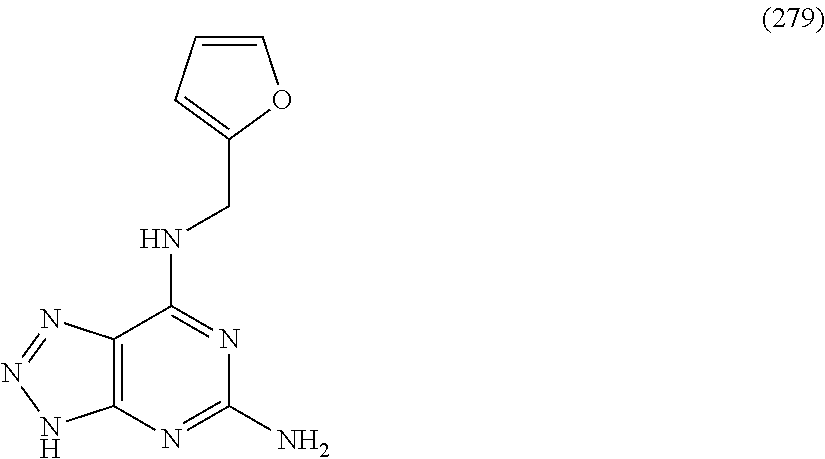
C00824
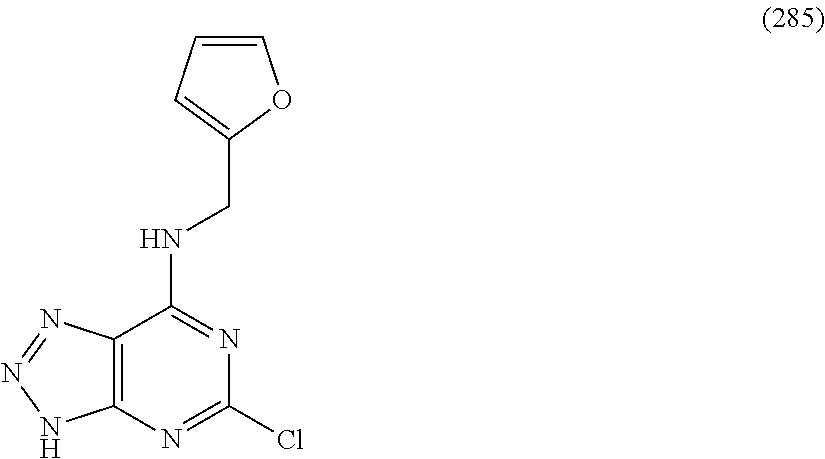
C00825

C00826

C00827

C00828

C00829
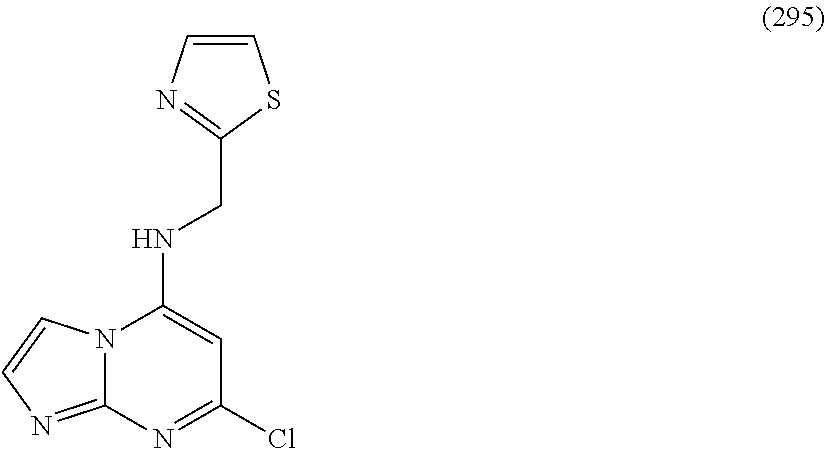
C00830
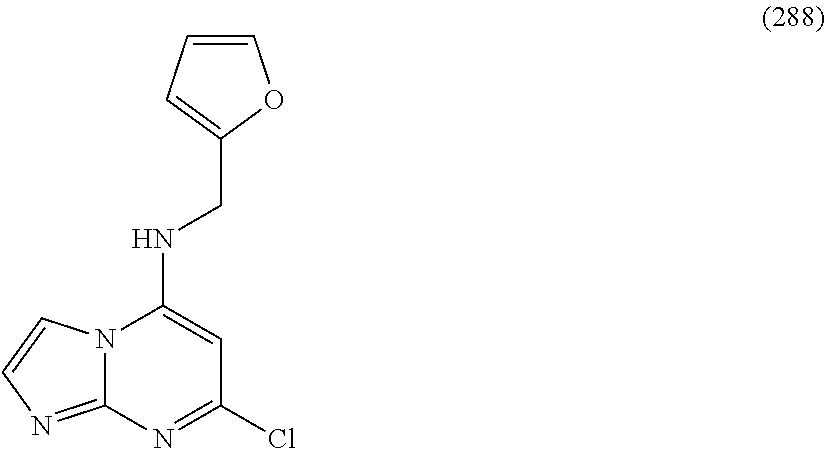
C00831

C00832
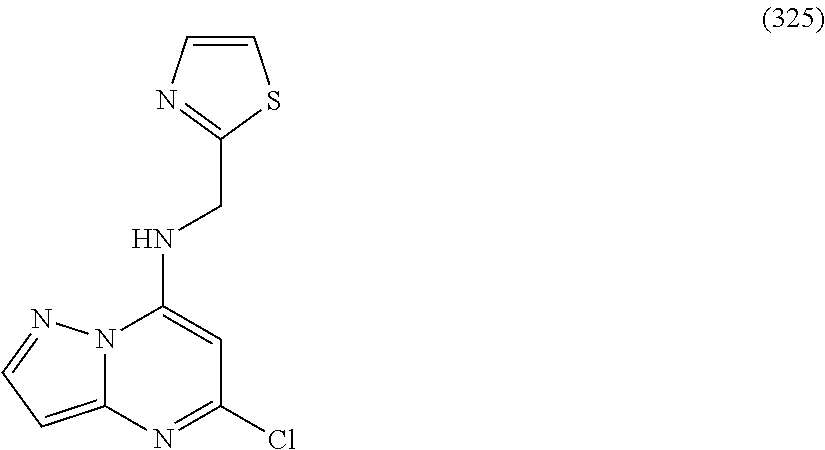
C00833
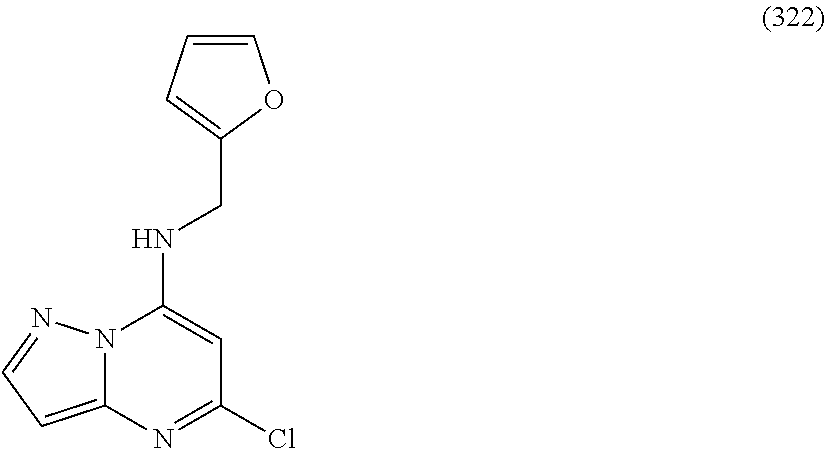
C00834
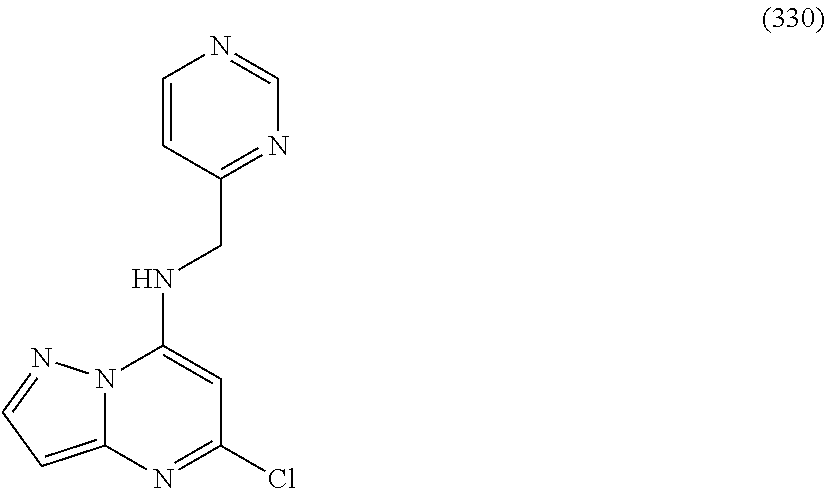
C00835

C00836
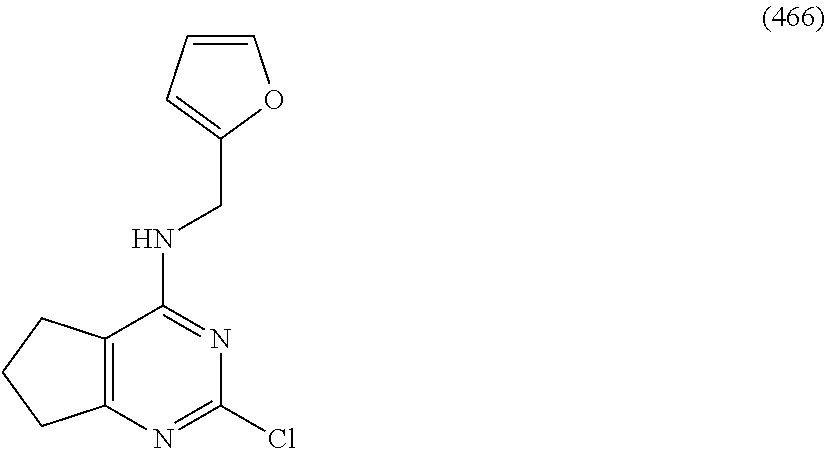
C00837

C00838

C00839

C00840

C00841
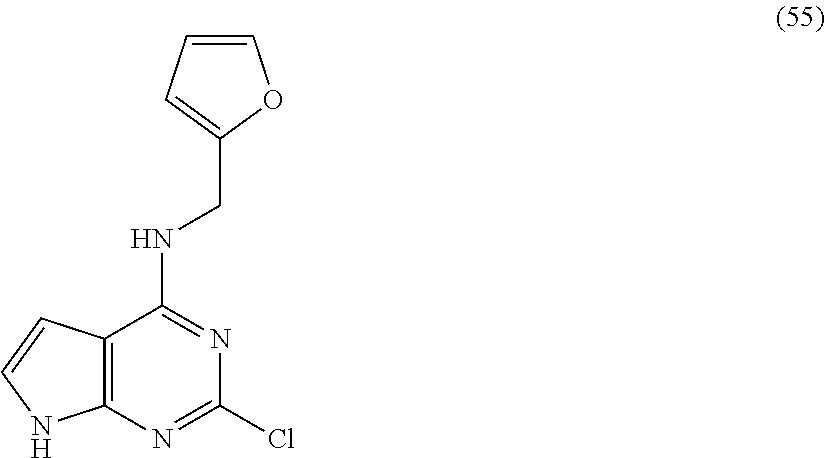
C00842
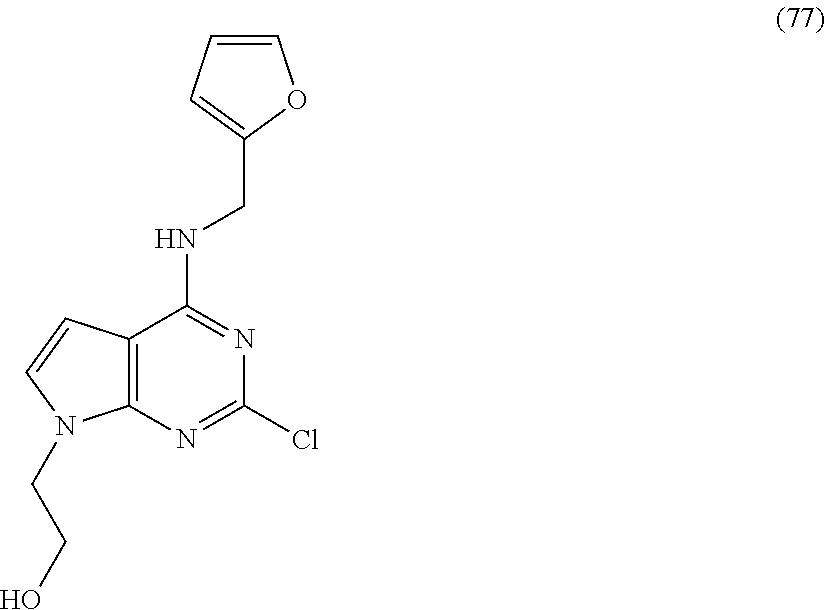
C00843
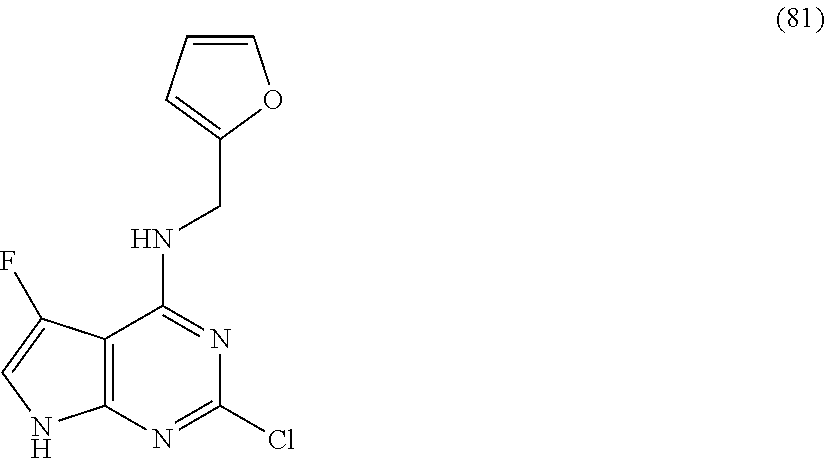
C00844

C00845
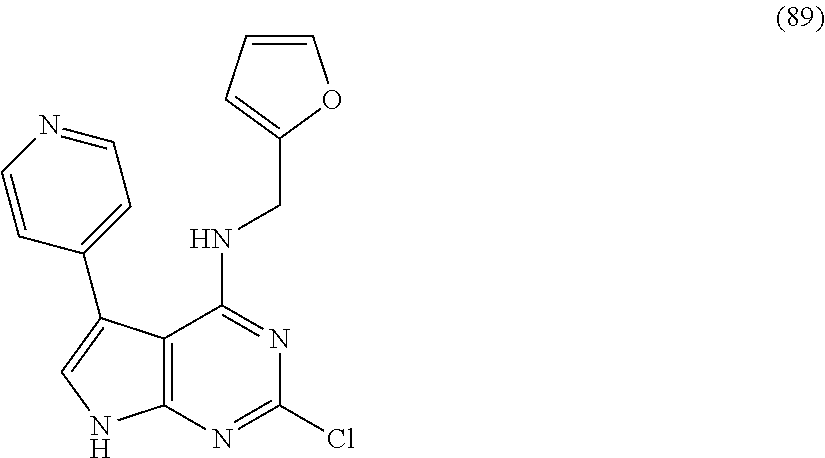
C00846

C00847
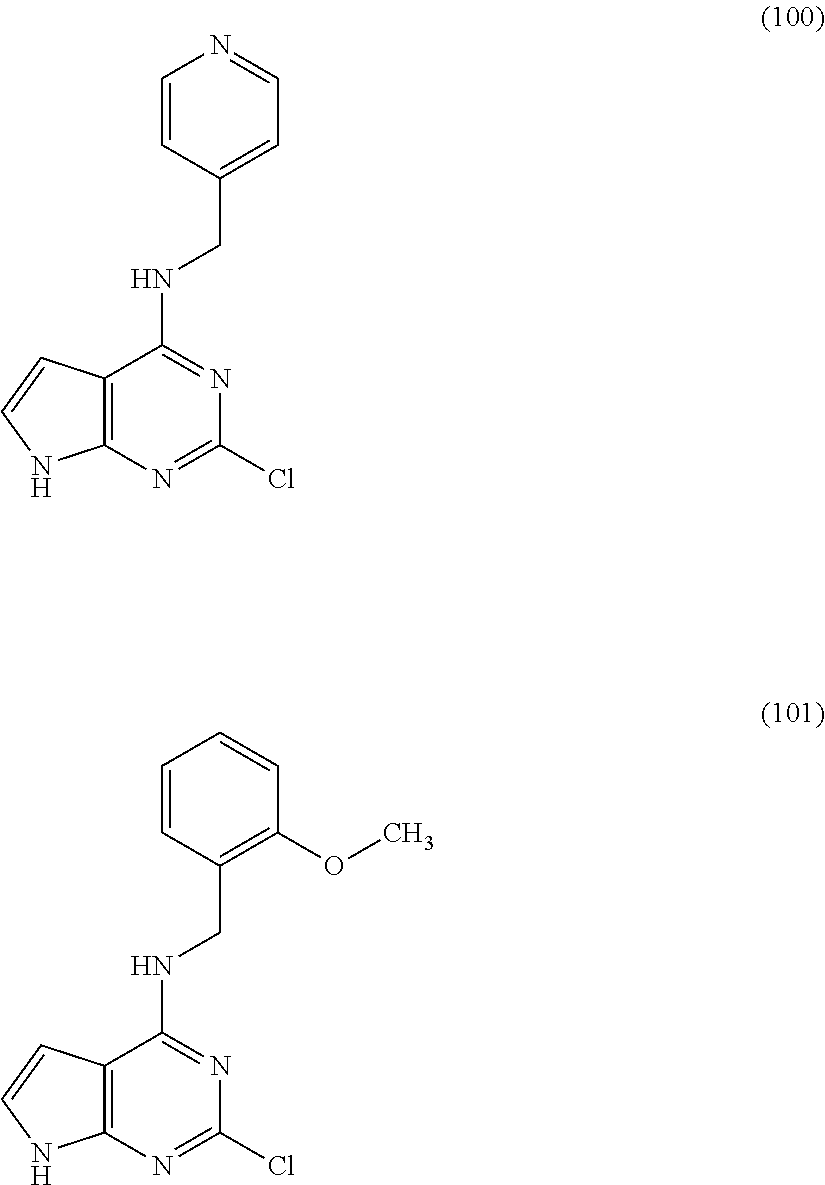
C00848
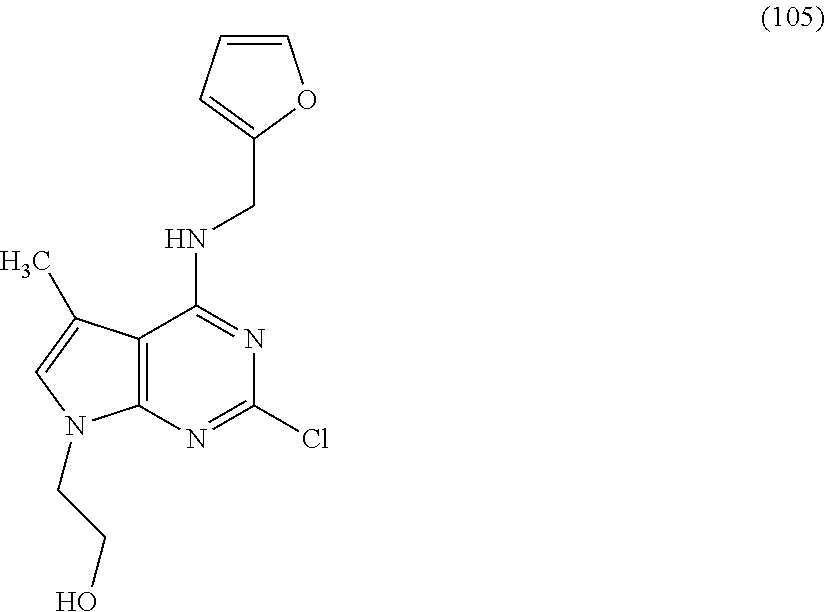
C00849
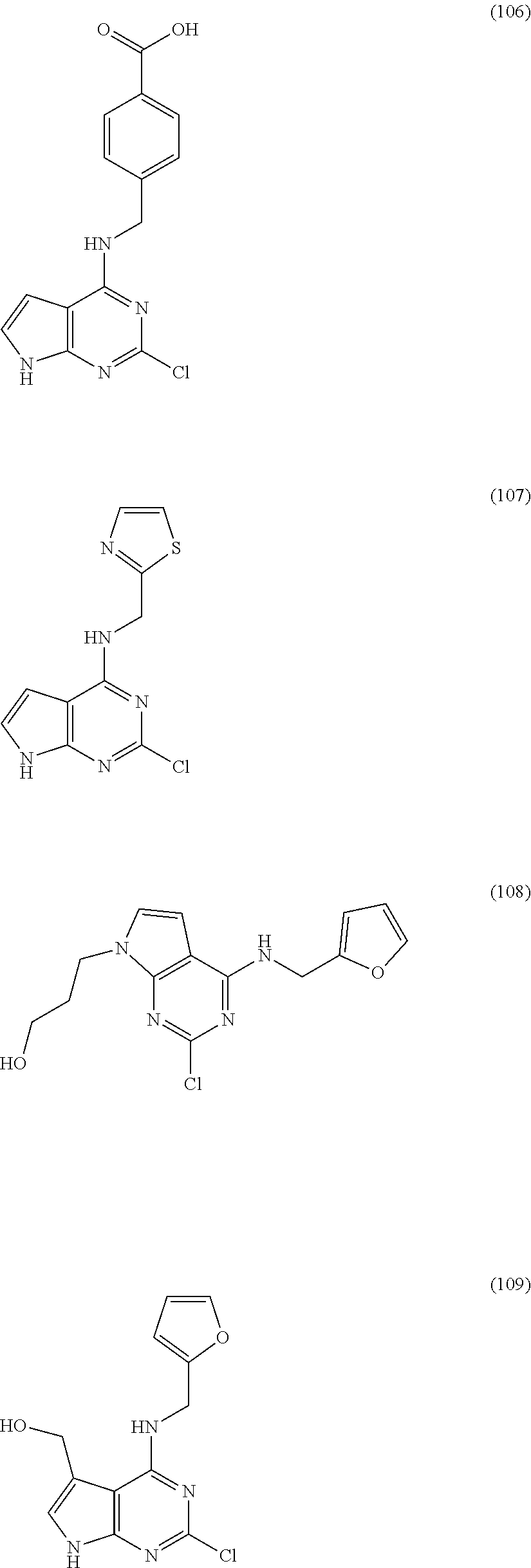
C00850
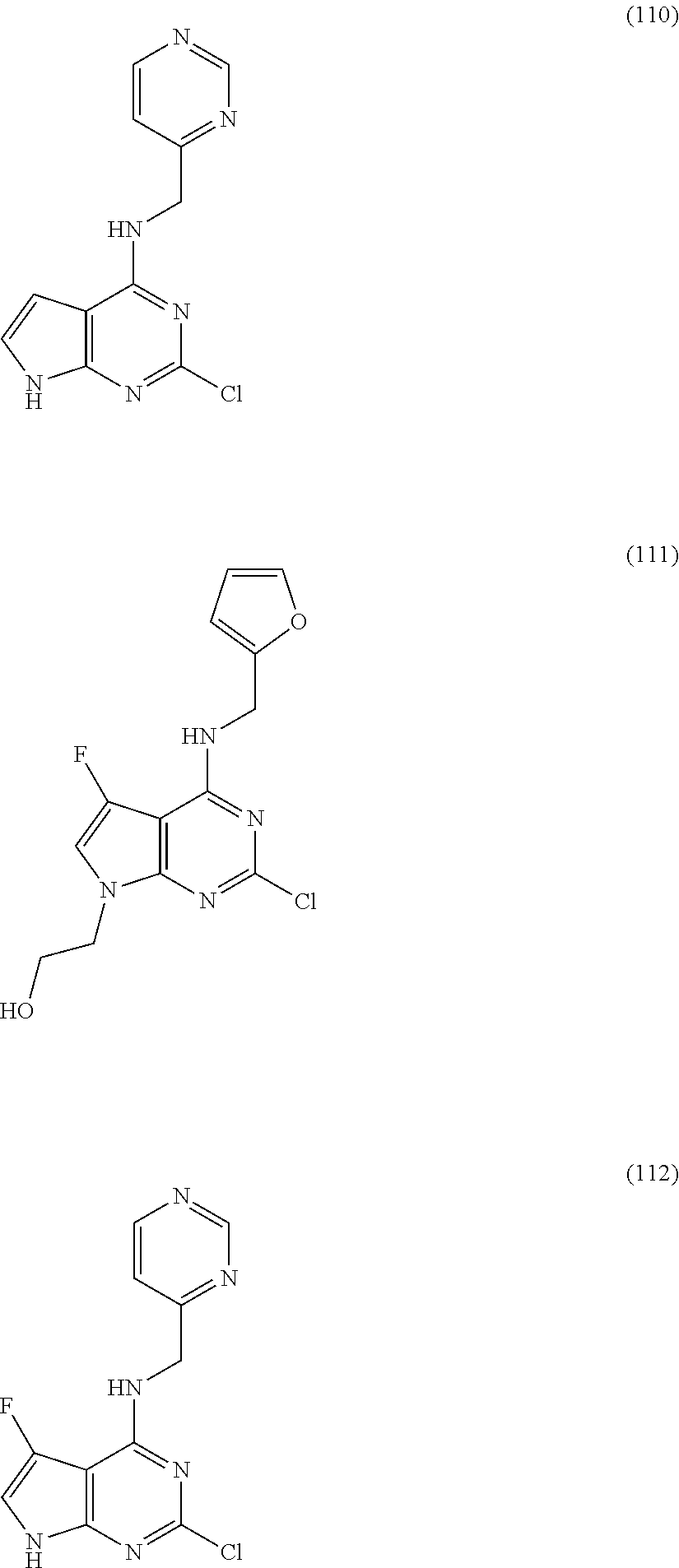
C00851

C00852

C00853

C00854

C00855
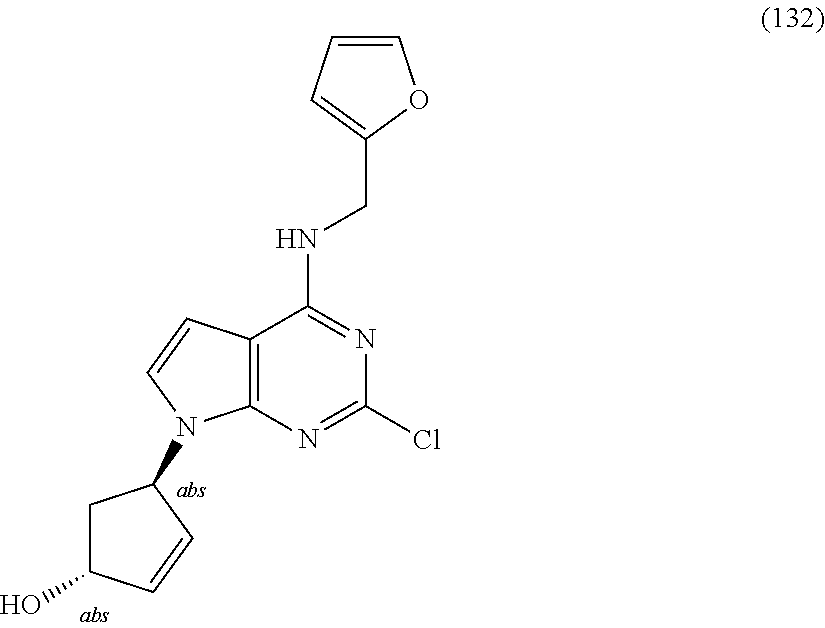
C00856

C00857

C00858
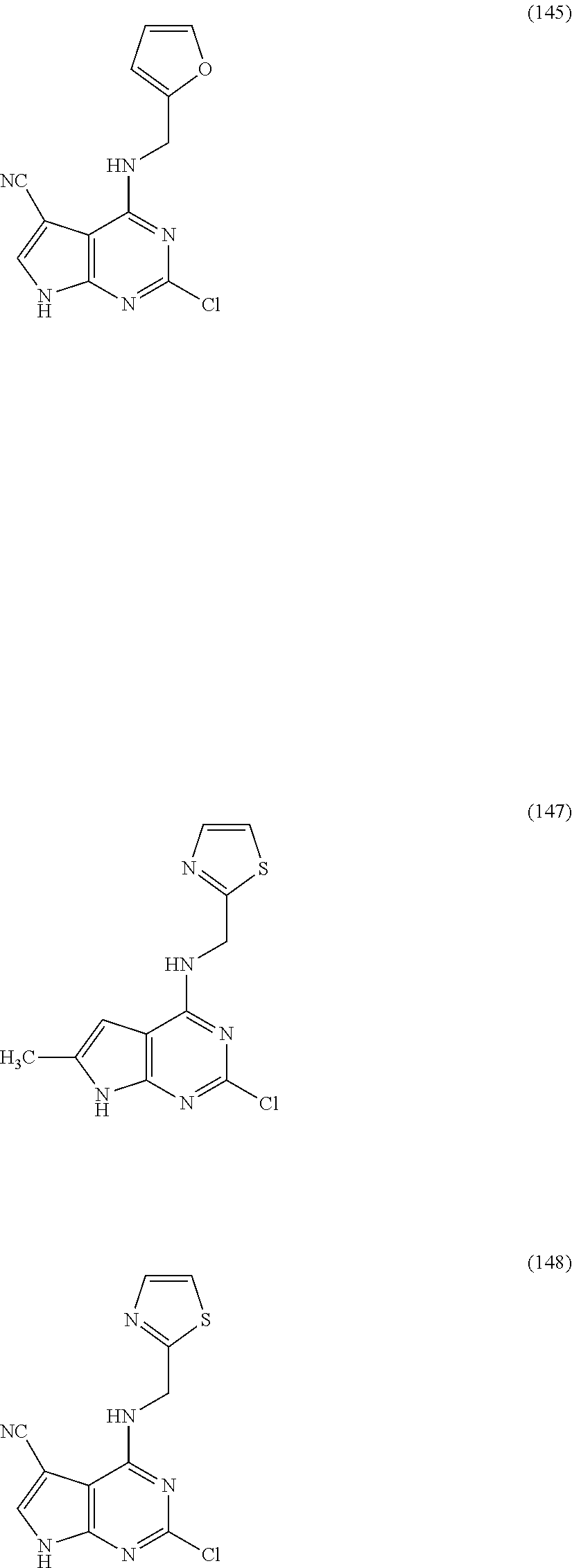
C00859

C00860
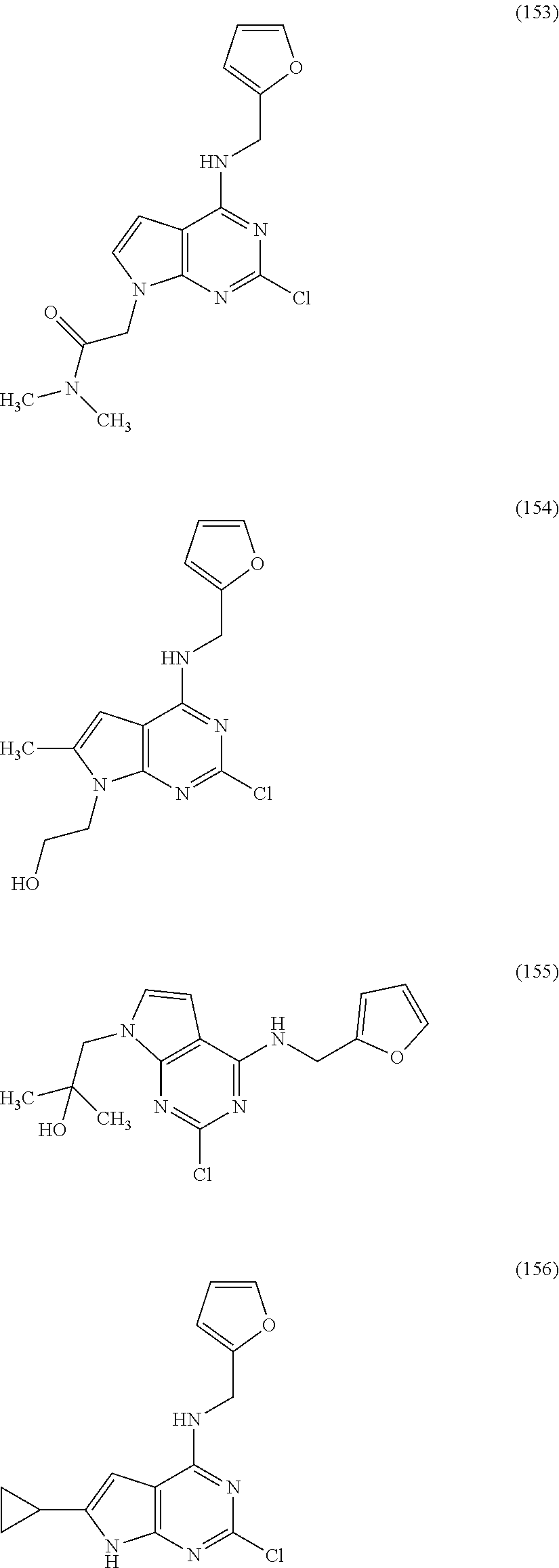
C00861

C00862

C00863

C00864
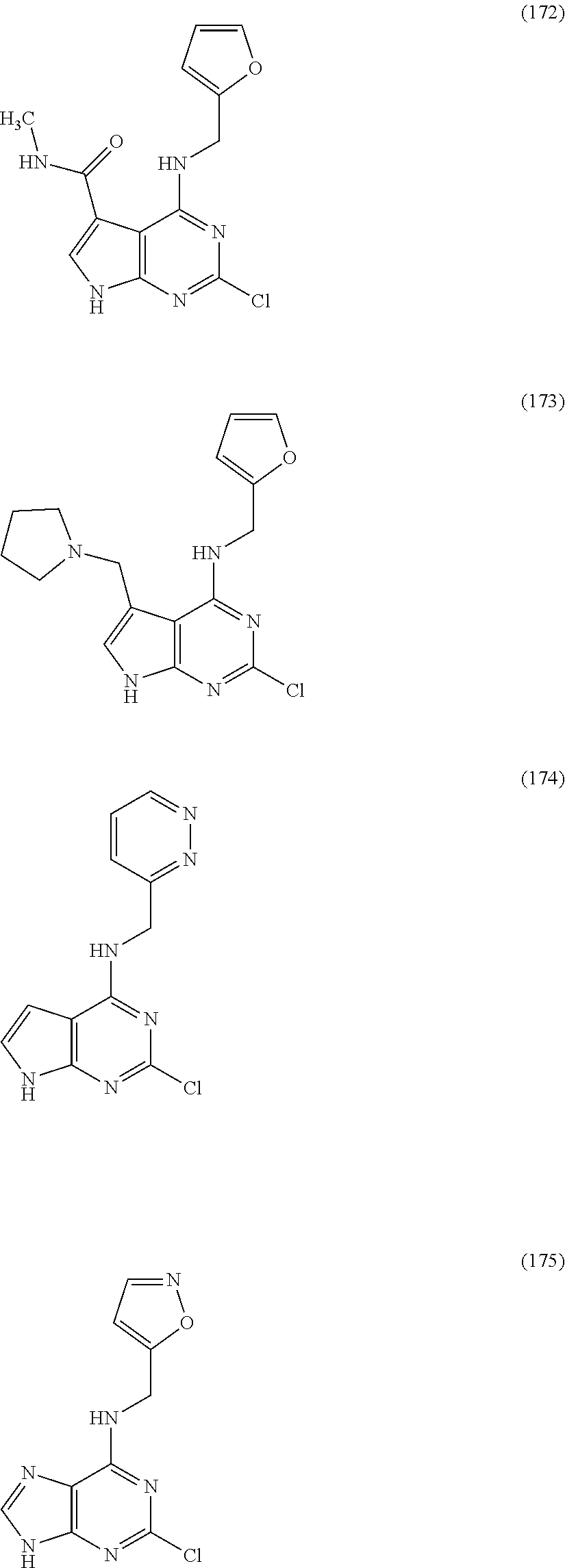
C00865

C00866
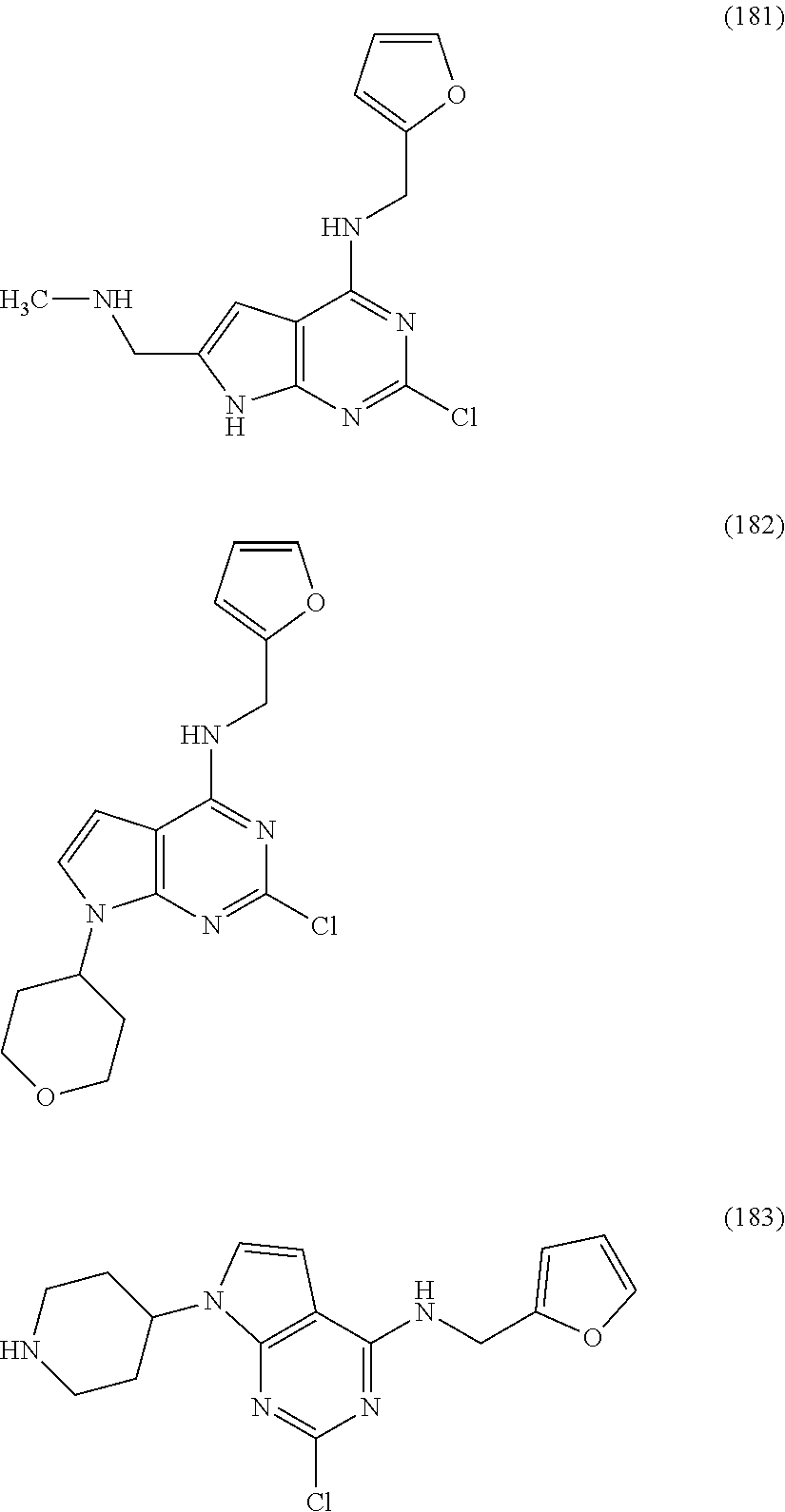
C00867

C00868

C00869

C00870
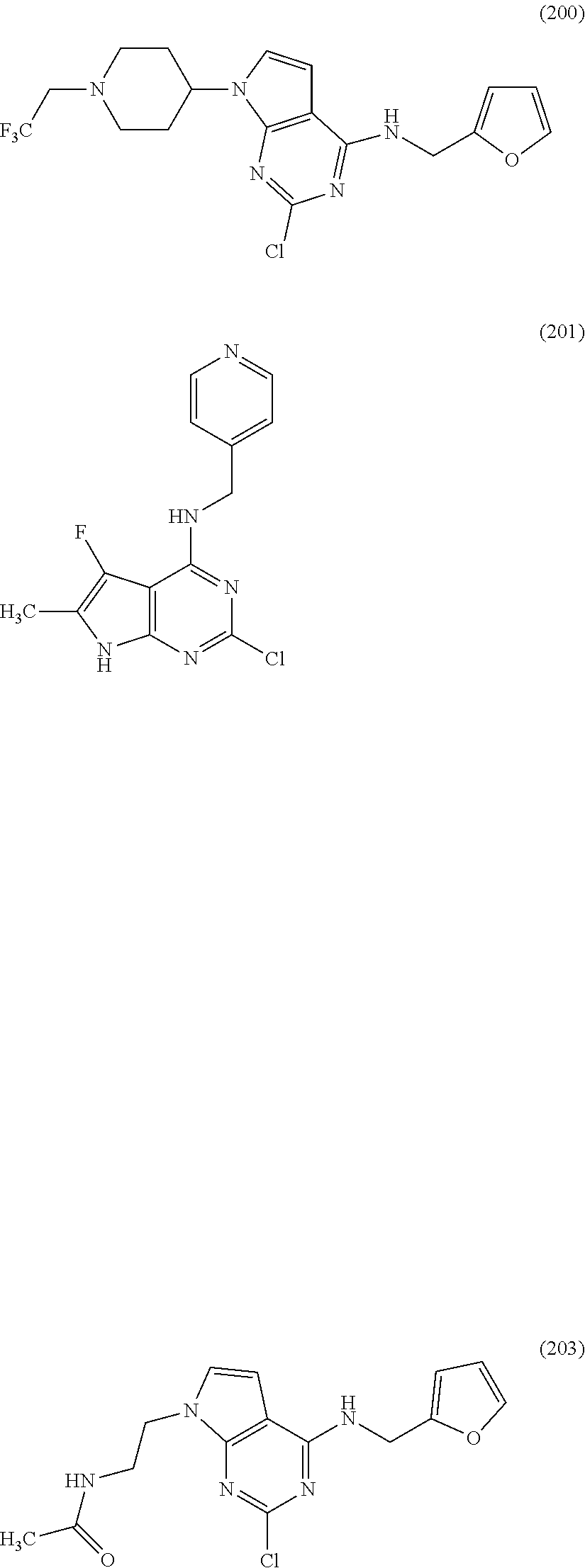
C00871

C00872
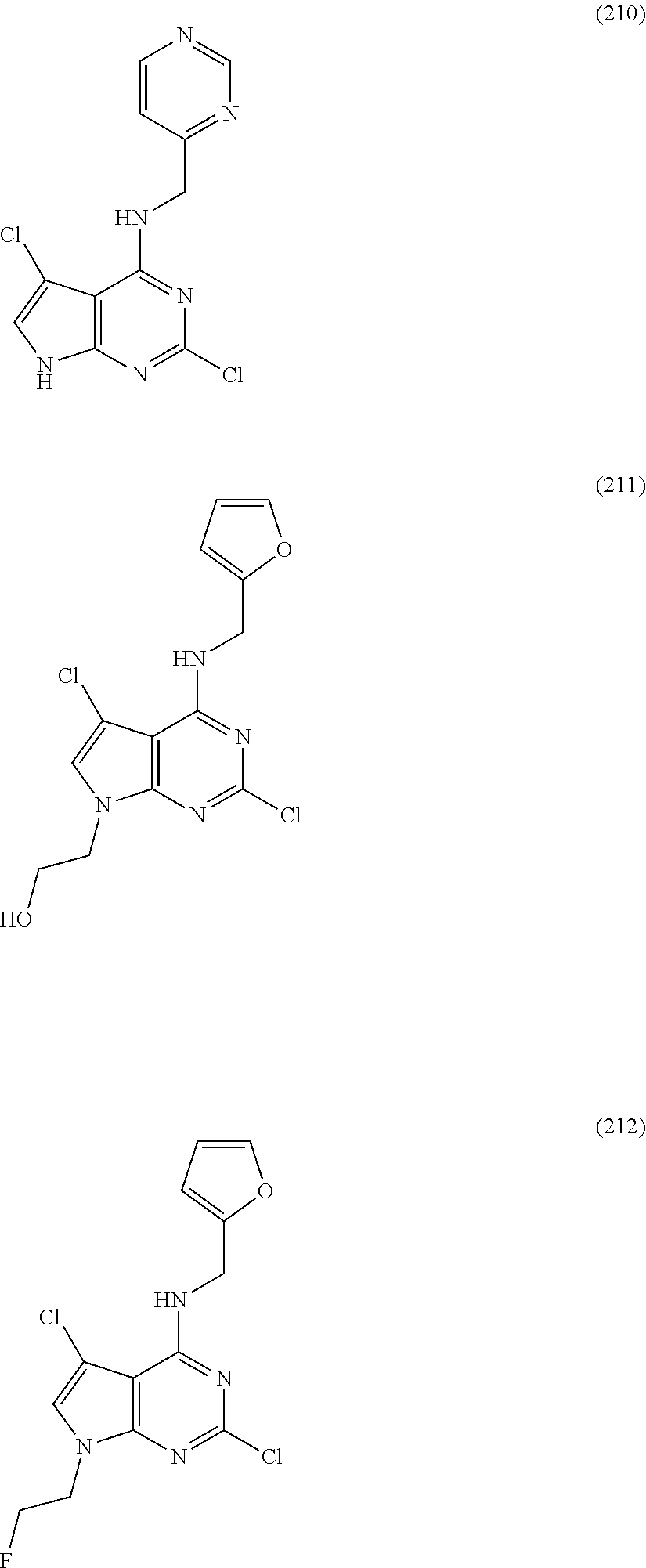
C00873

C00874

C00875
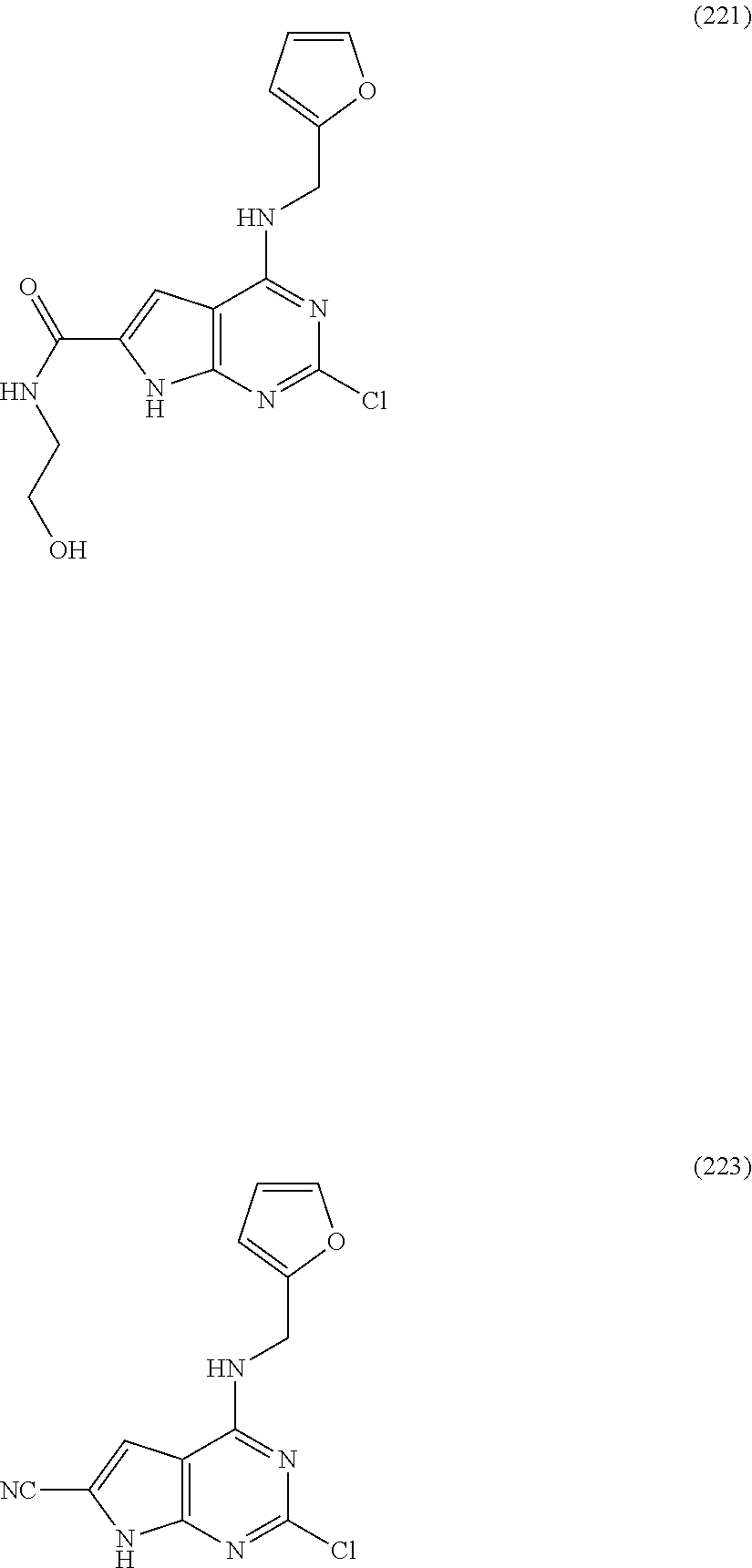
C00876

C00877
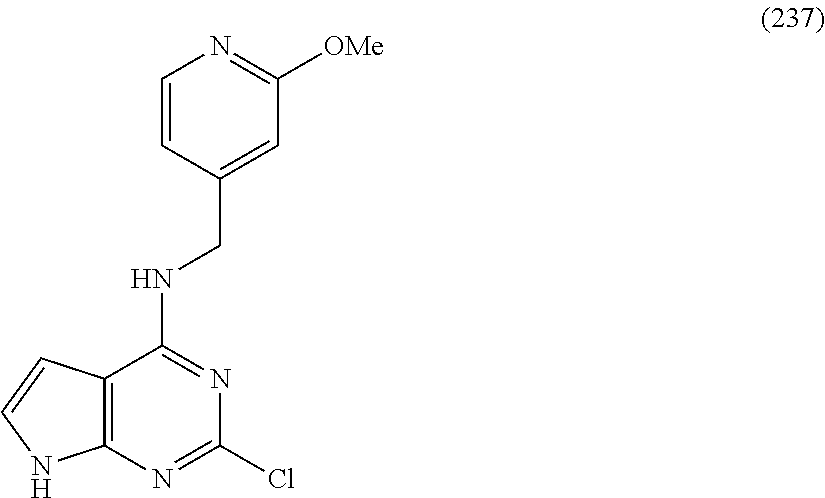
C00878

C00879
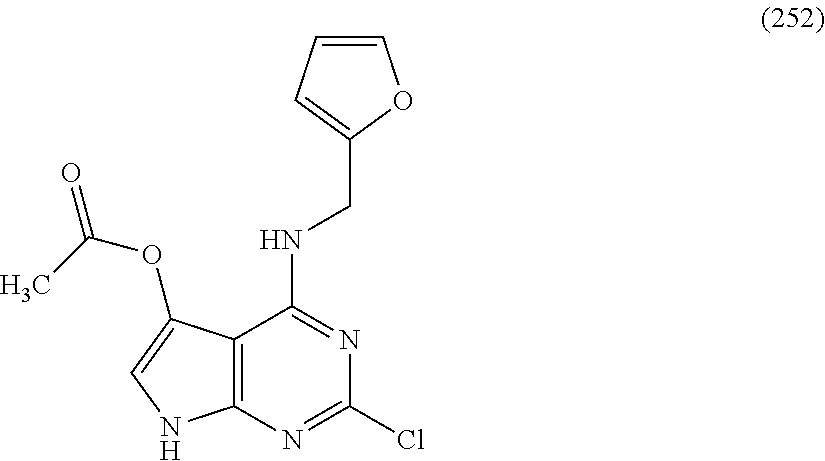
C00880
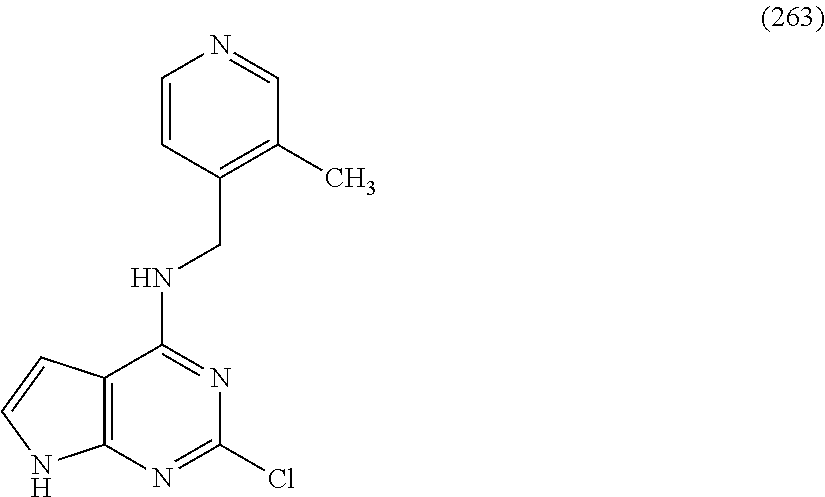
C00881

C00882
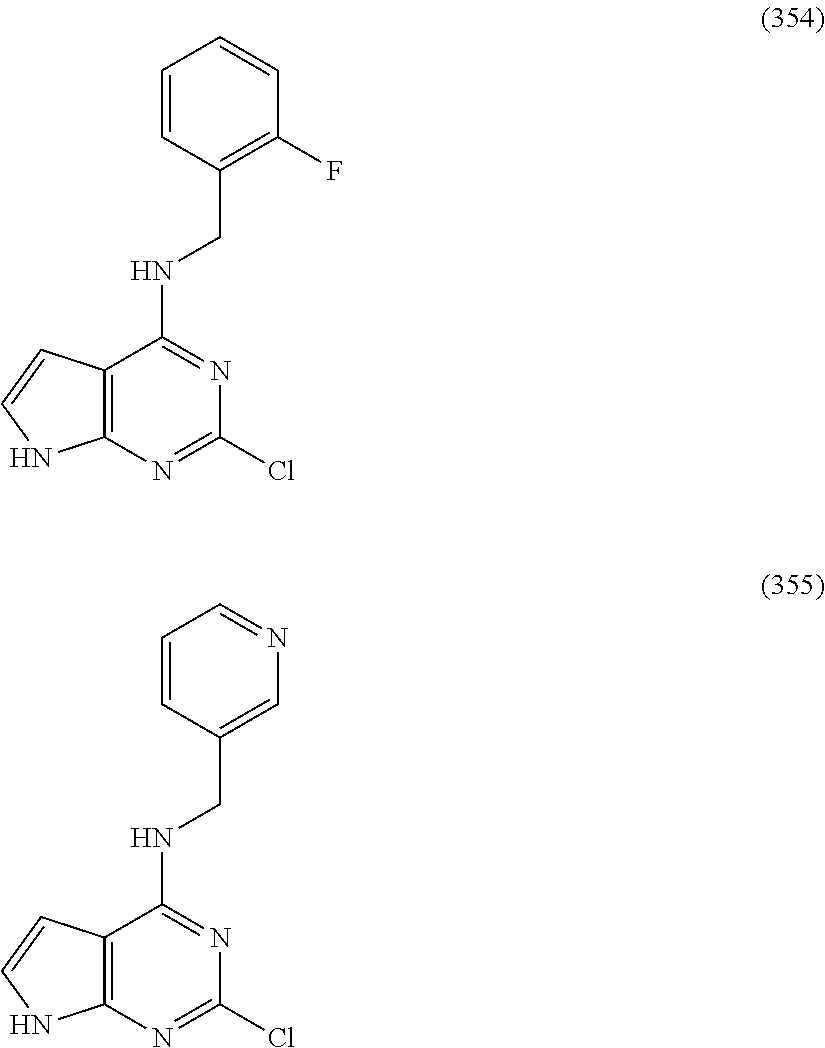
C00883
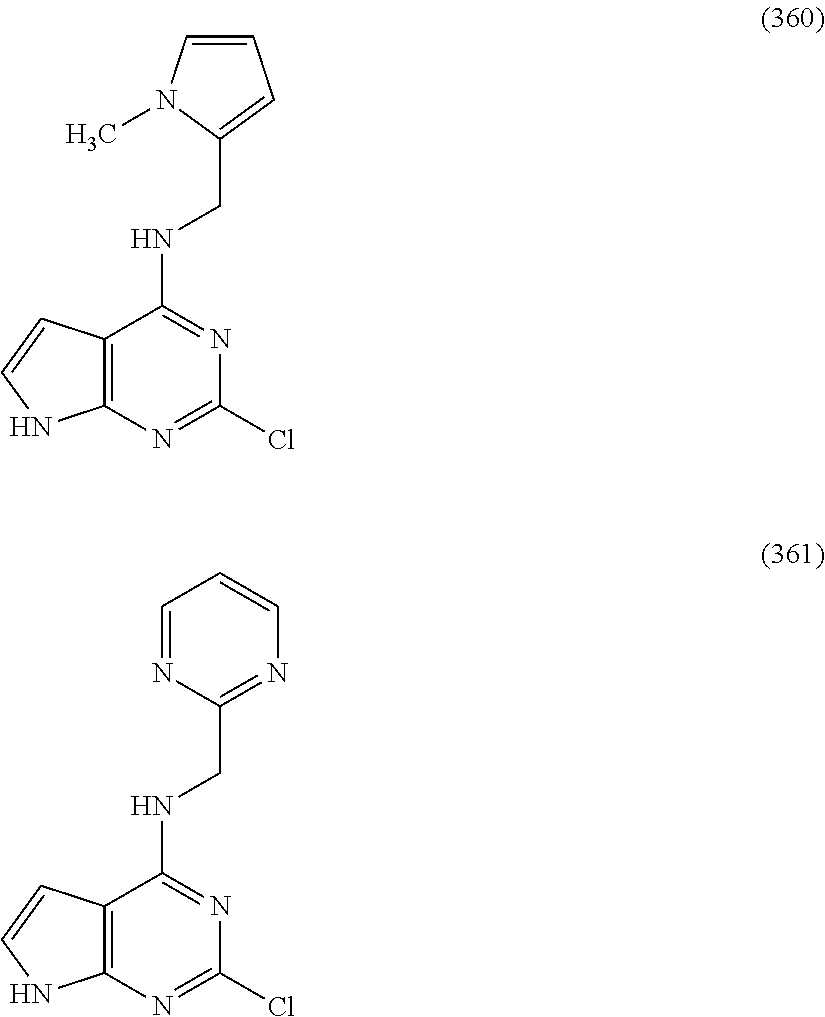
C00884

C00885
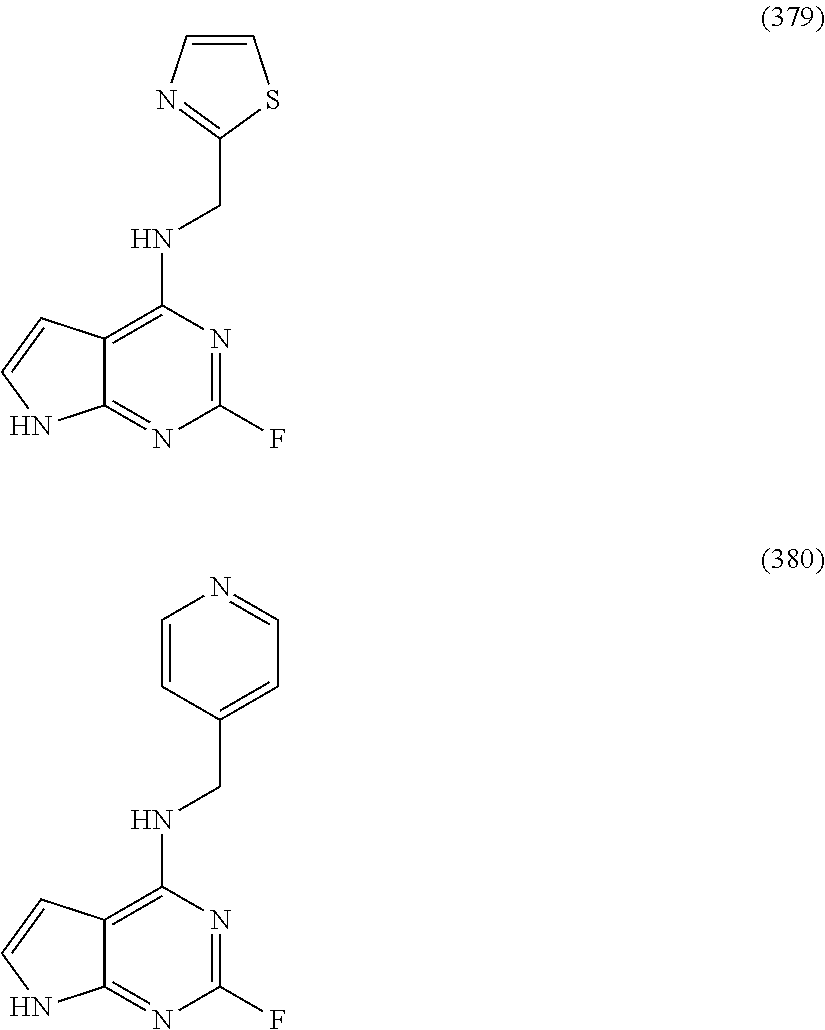
C00886

C00887
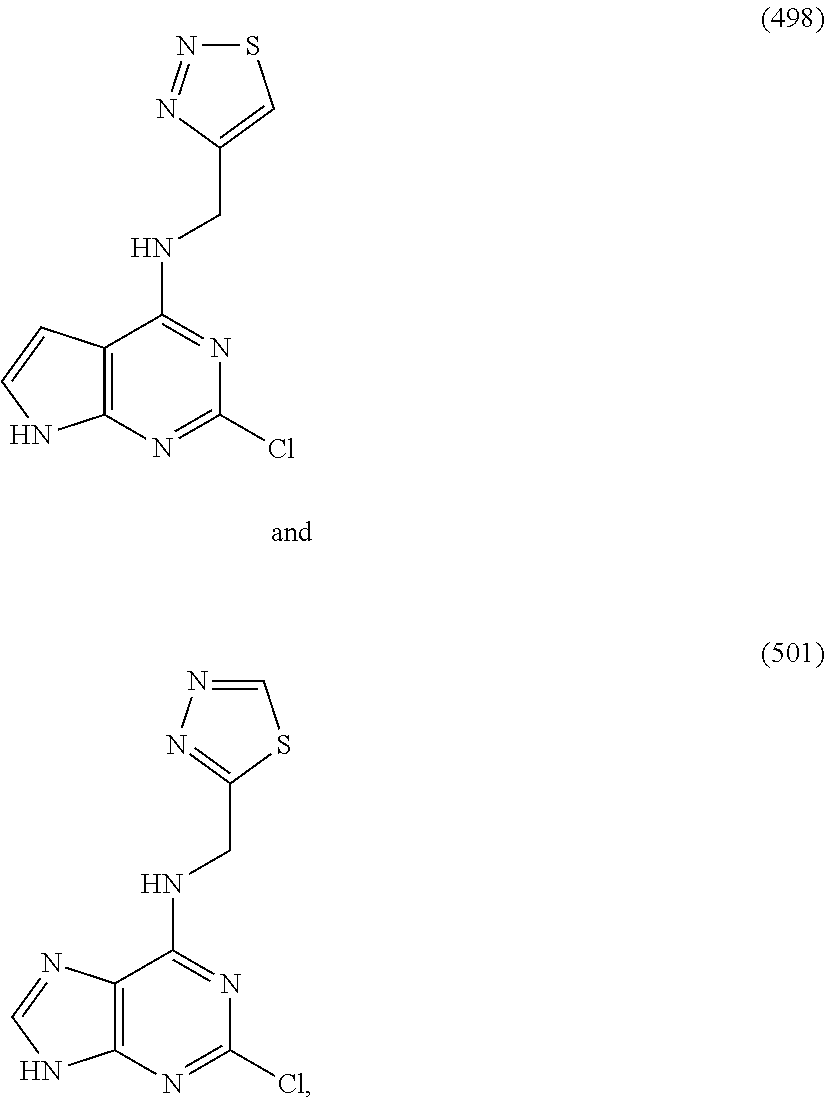
D00001

D00002

D00003

D00004
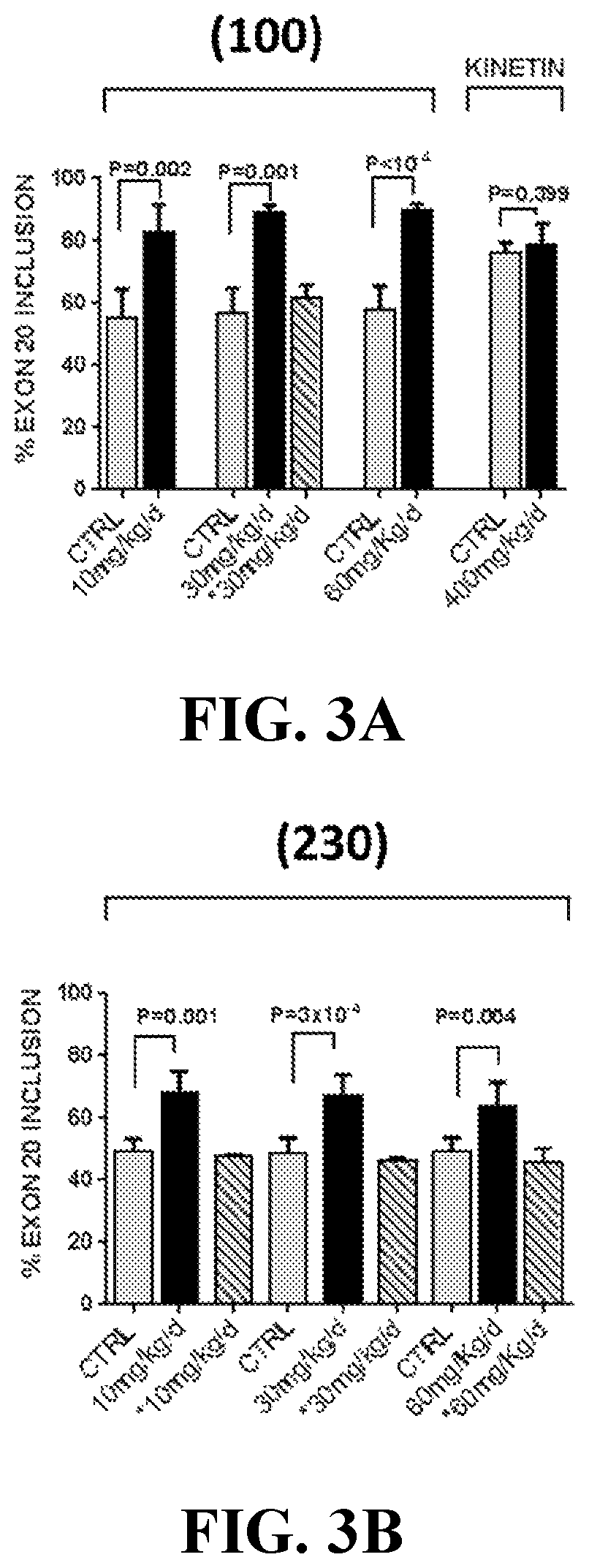
D00005
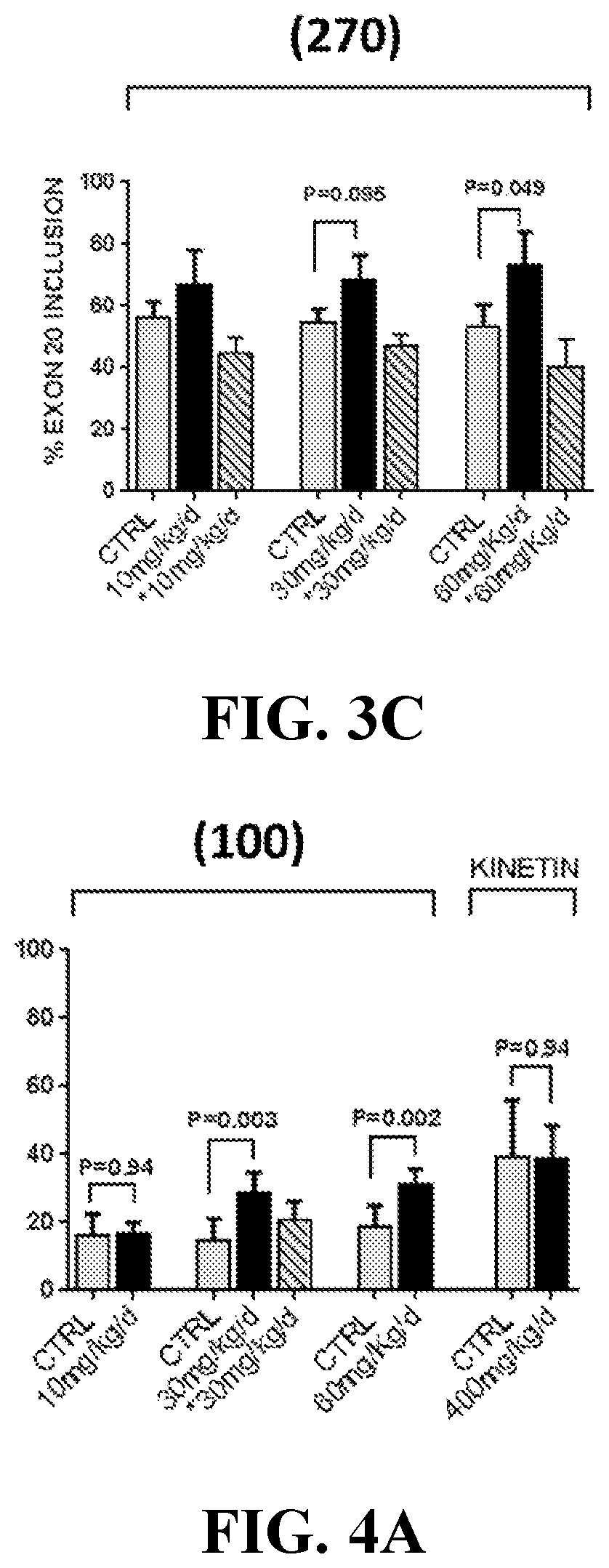
D00006
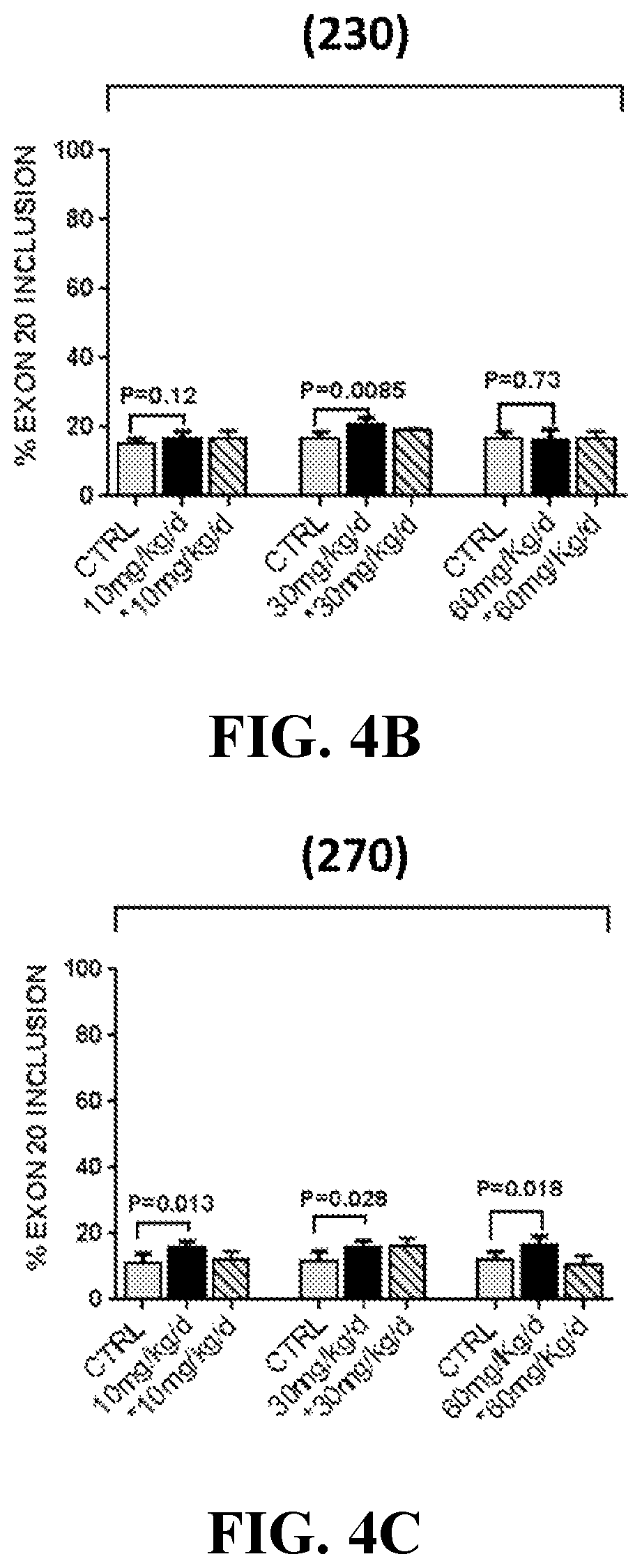
D00007

D00008
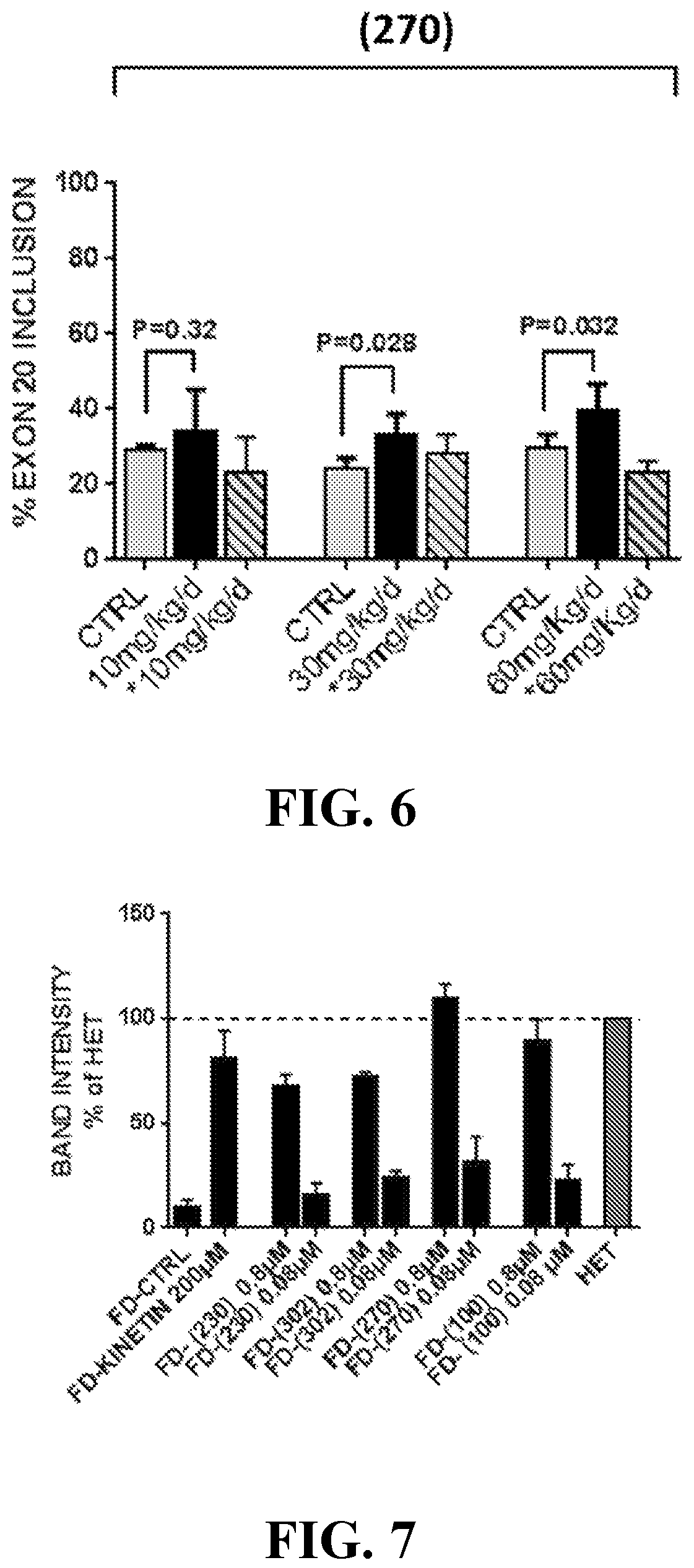
S00001
XML
uspto.report is an independent third-party trademark research tool that is not affiliated, endorsed, or sponsored by the United States Patent and Trademark Office (USPTO) or any other governmental organization. The information provided by uspto.report is based on publicly available data at the time of writing and is intended for informational purposes only.
While we strive to provide accurate and up-to-date information, we do not guarantee the accuracy, completeness, reliability, or suitability of the information displayed on this site. The use of this site is at your own risk. Any reliance you place on such information is therefore strictly at your own risk.
All official trademark data, including owner information, should be verified by visiting the official USPTO website at www.uspto.gov. This site is not intended to replace professional legal advice and should not be used as a substitute for consulting with a legal professional who is knowledgeable about trademark law.